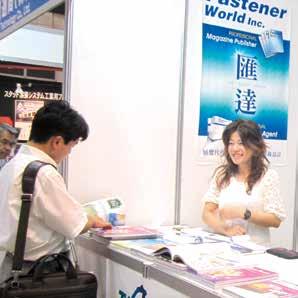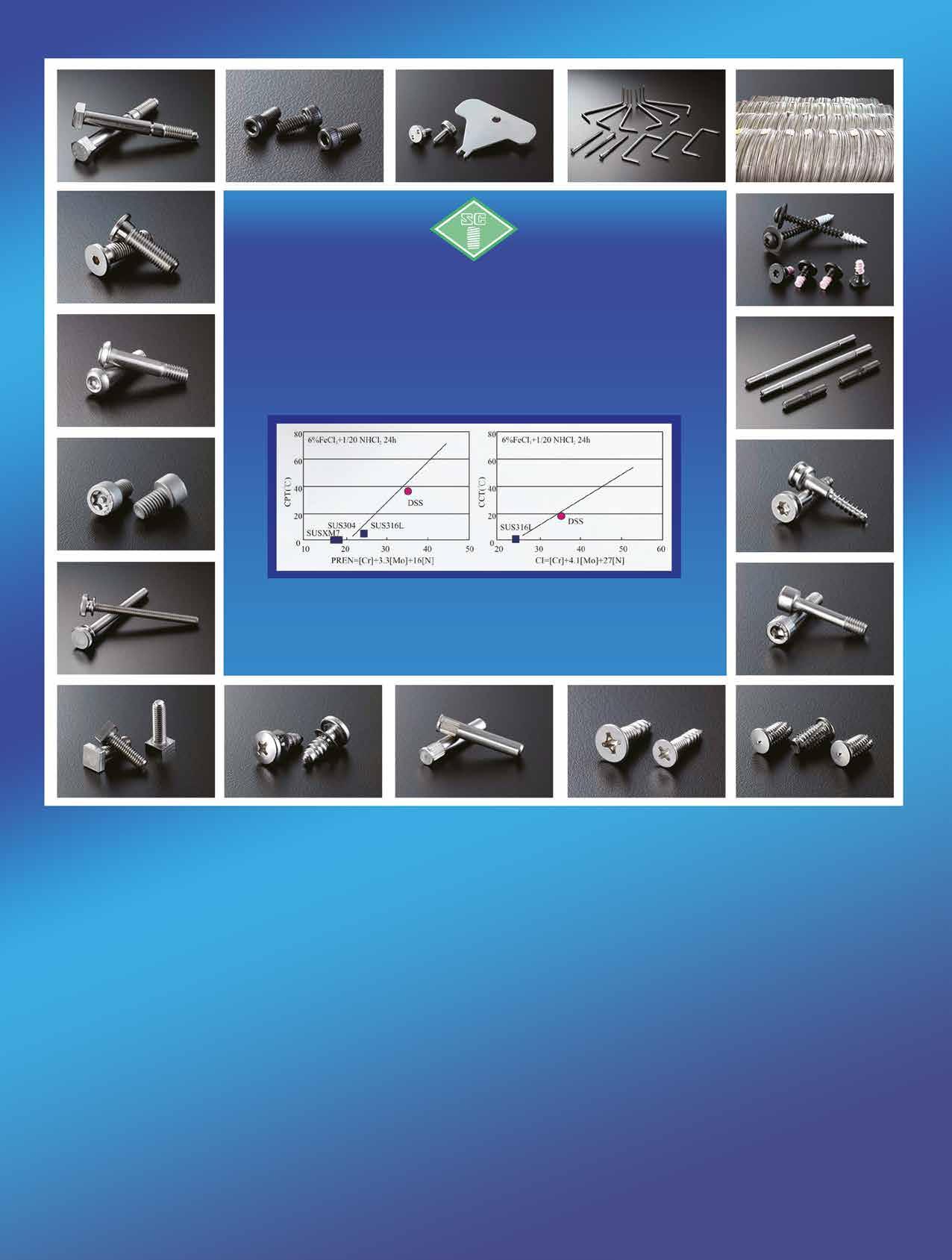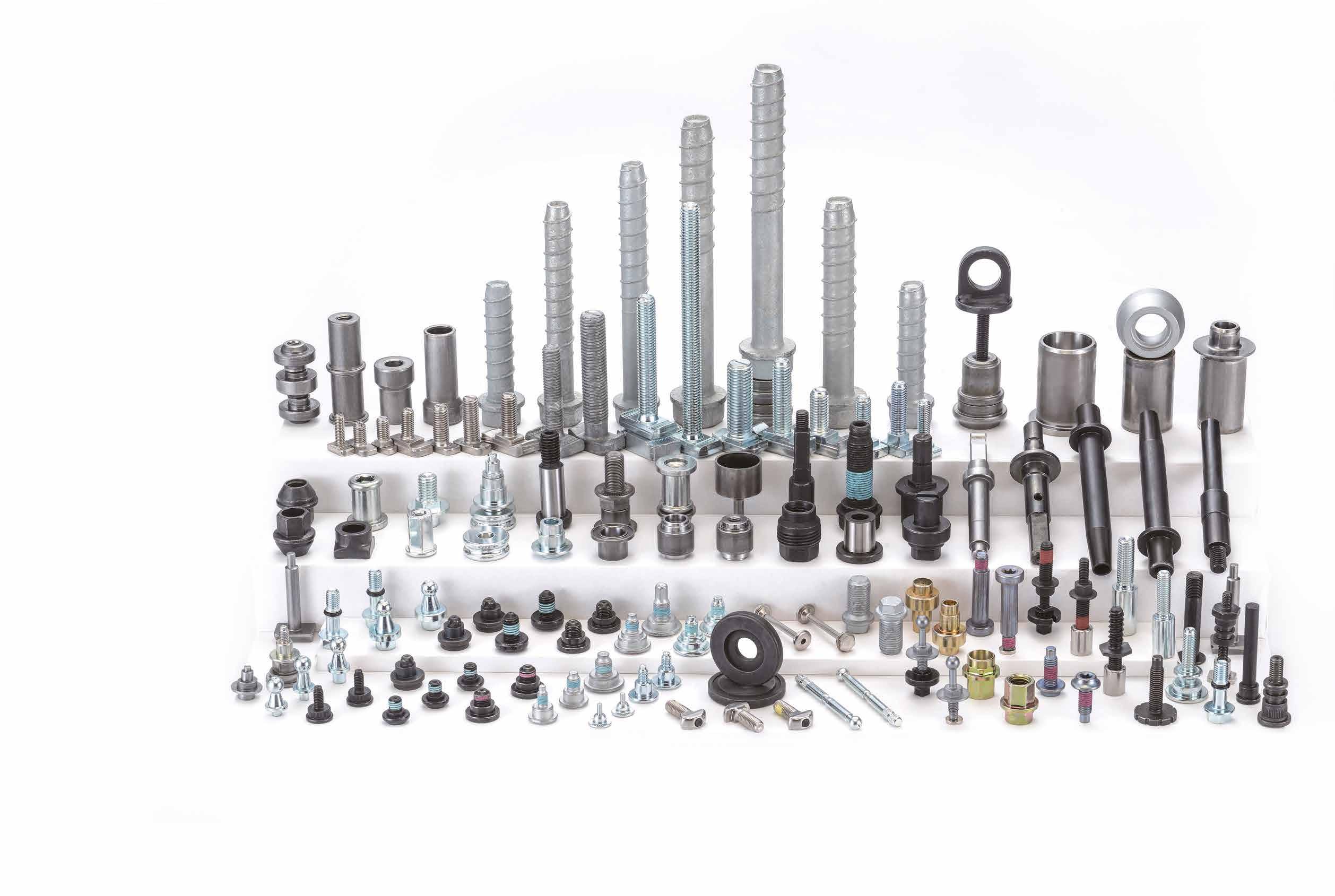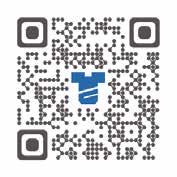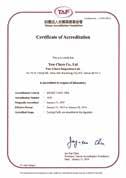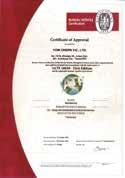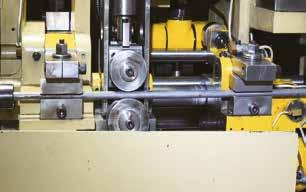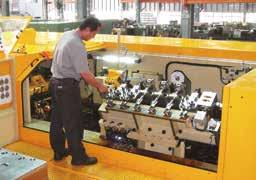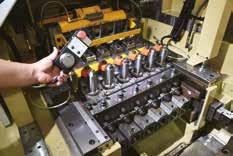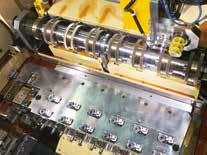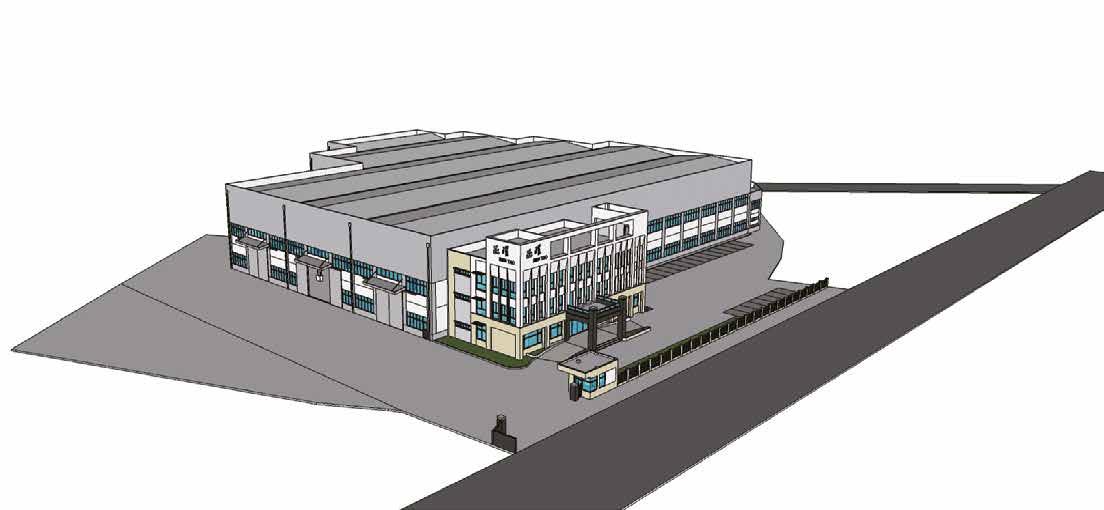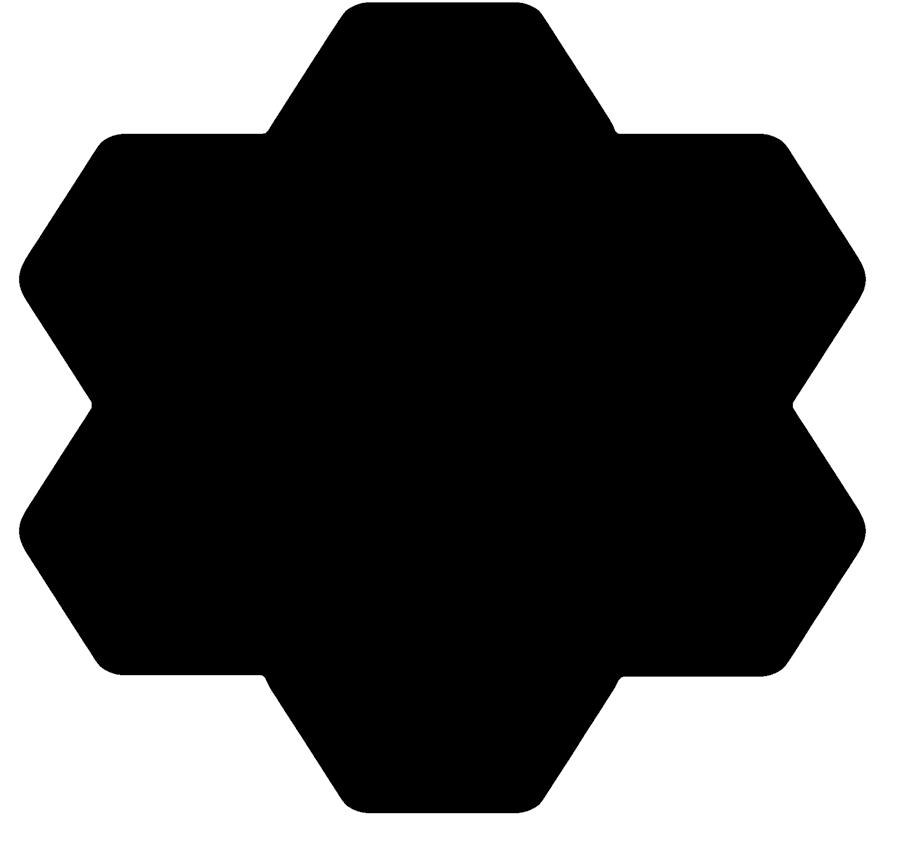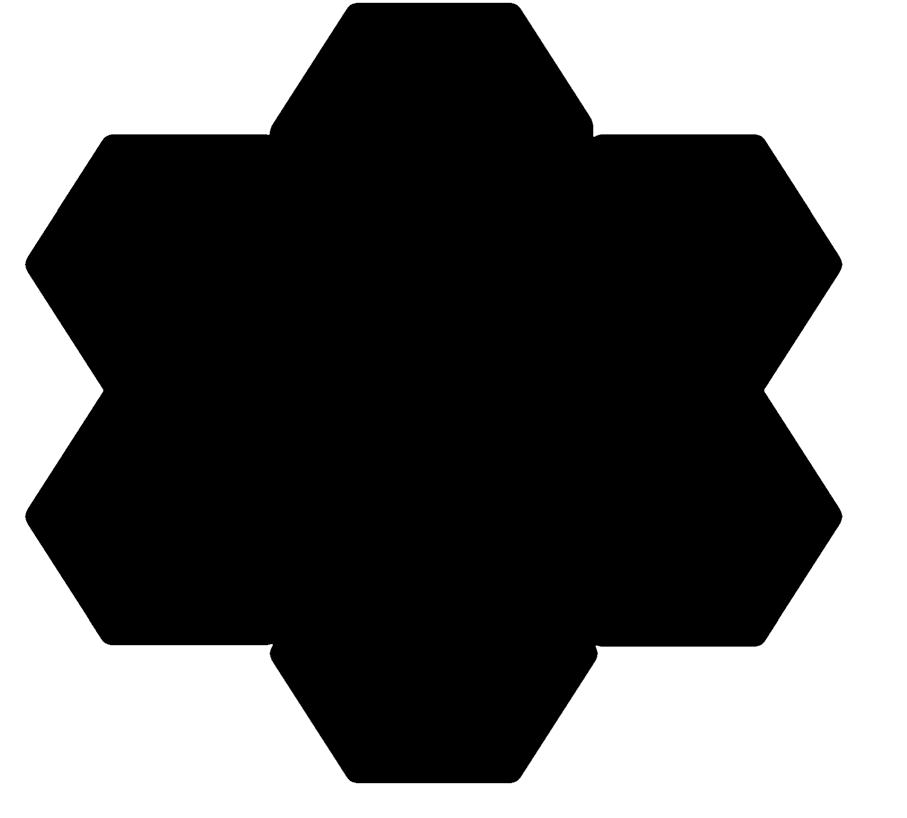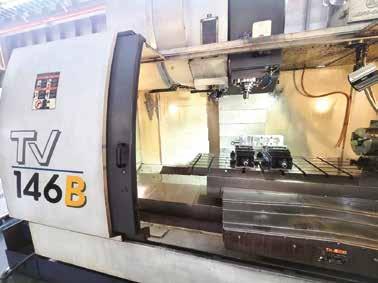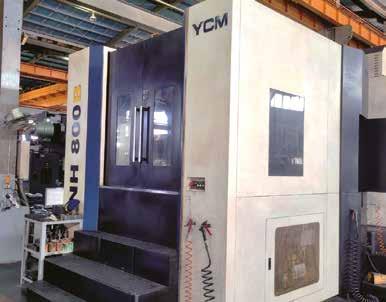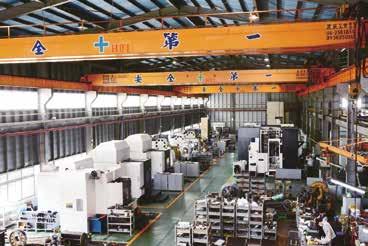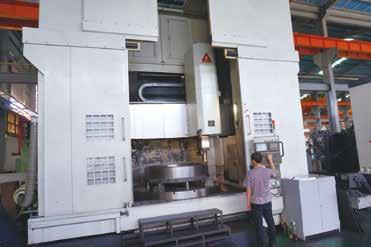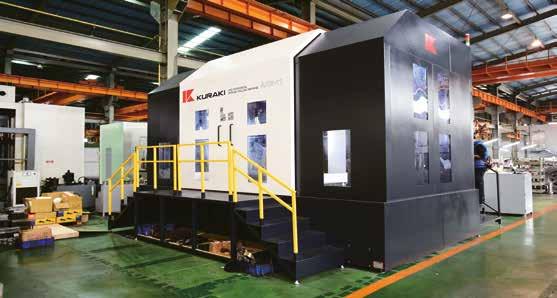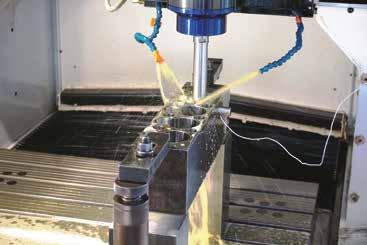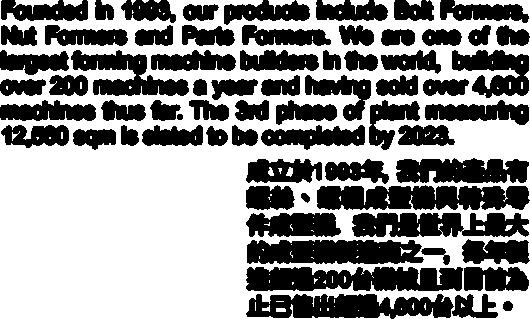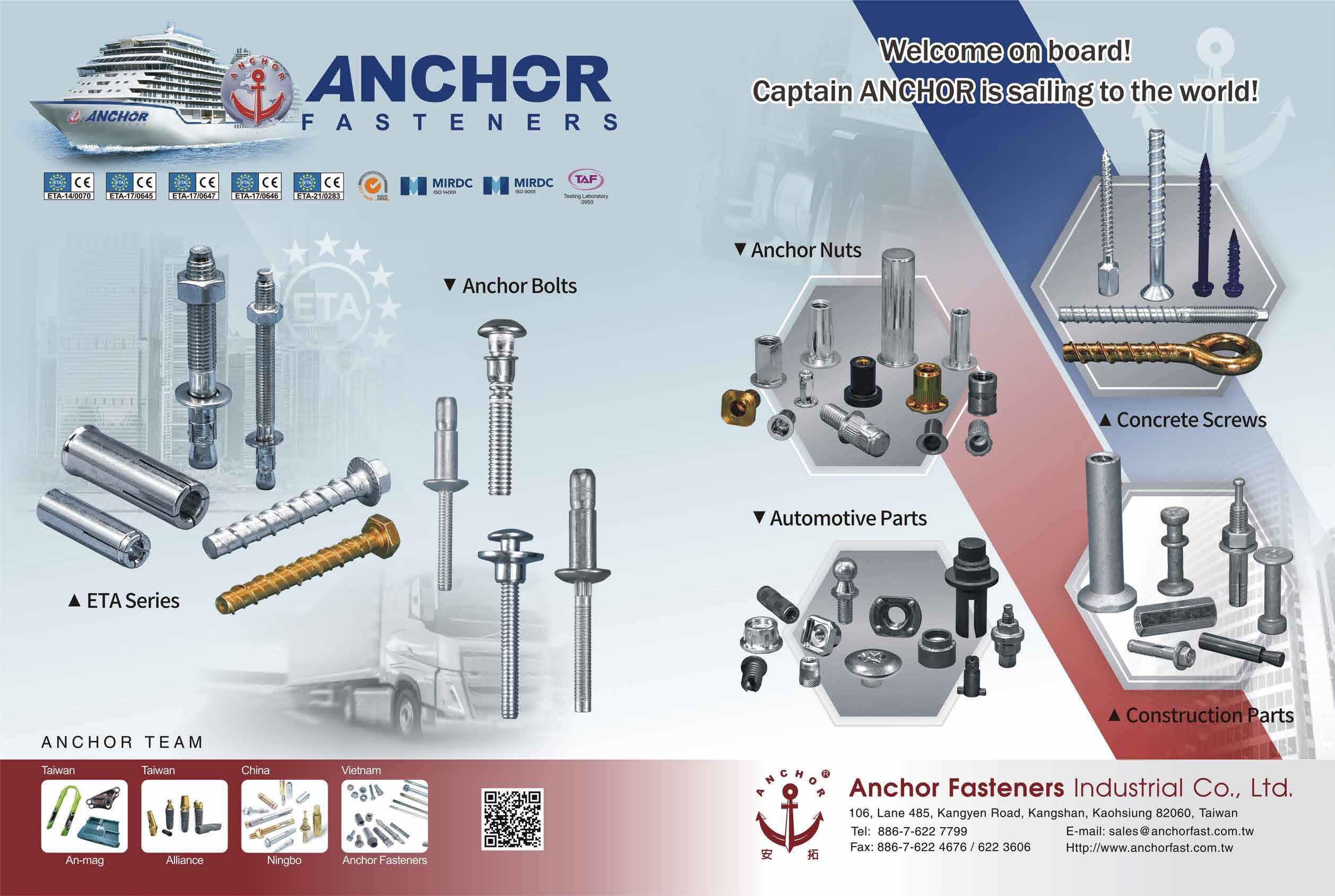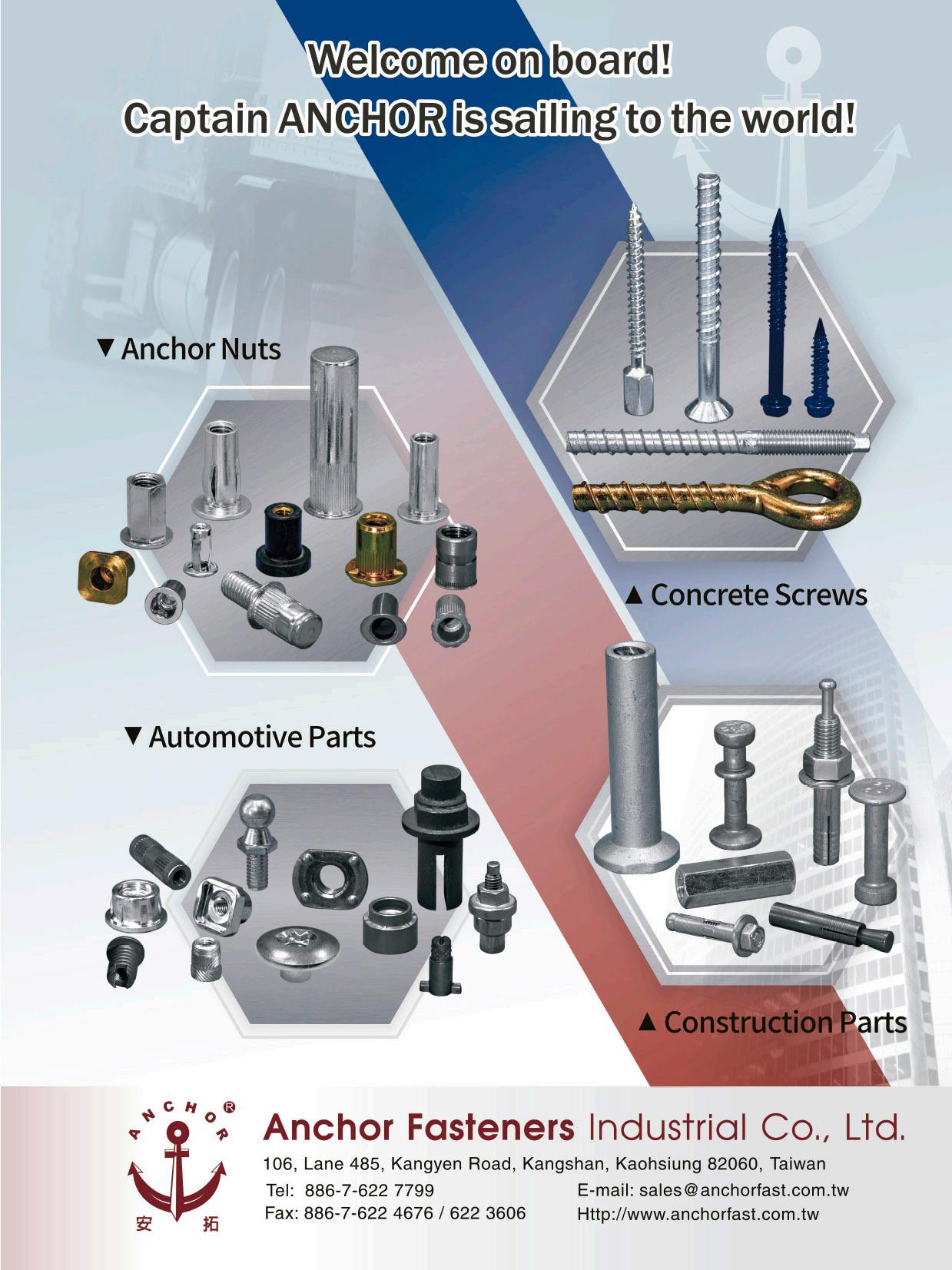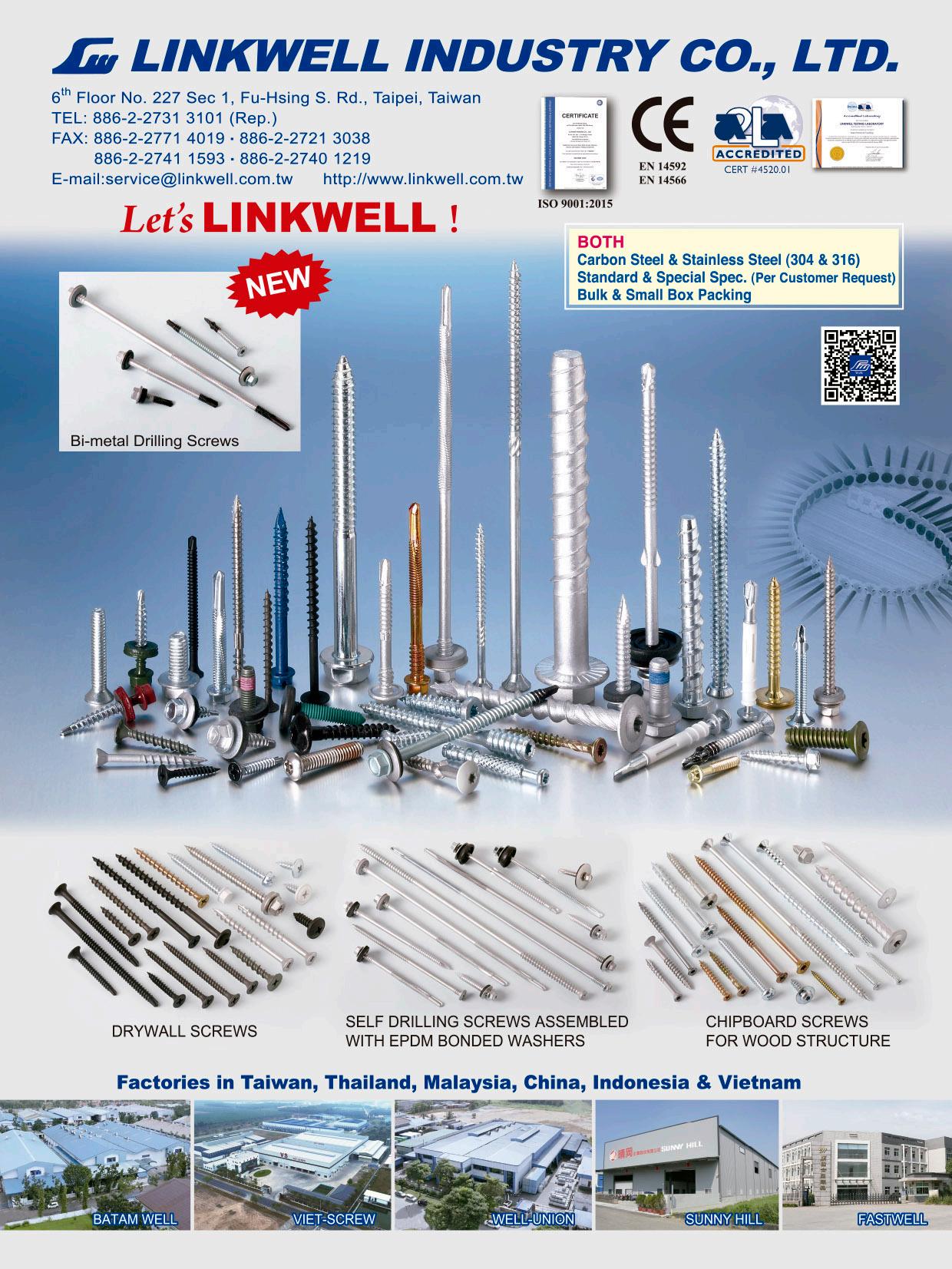










































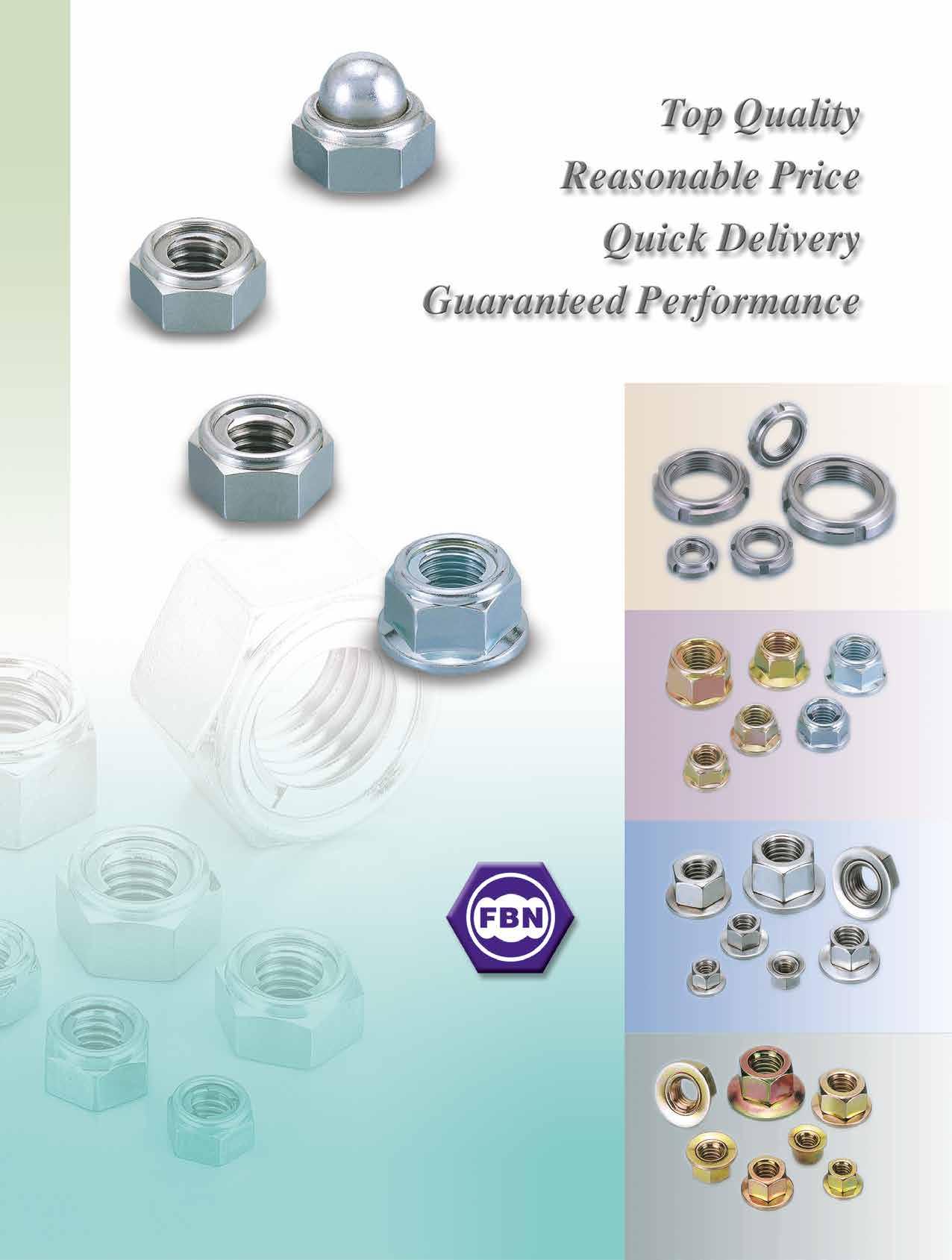

































































































































































































Continuing from my special interview with SUNCO Industries in September 2022, I touched on their big move to provide full English support for customers worldwide. A part of that achievement is their “3Q-Net”, an online all-in-one catalog system, a.k.a platform, dubbed as the game-changer to sweep the world. So what is 3Q-Net? If that is what you’re thinking, I have an exclusive scoop for global customers seeking all sorts of top quality fasteners straight from Japan and available for nextday delivery.
SUNCO Industries is known for 3 mascot penguins they put into their logo and ads. The penguins are symbolized into the alphabet “Q”, and hence “3Q” to denote Quality, Quick and Quest. “3Q-Net” is a catalog platform covering 1 million fastener items. It means they have every Japan-made fastener types— a feature exclusive to Sunco Industries only— and they support from inquiry to product search, inventory check, reference price, drawing and 360° rotatable photo display, and order placement in USD or JPY. It’s an ultimate genuine one-stop purchase source.
“For those of you struggling with finding which fastener fits your specific need, we’ve made the search extremely easy, which is the gamechanging part of our platform. We put our experience and know-how into it. If you want business expansion or if you are not well versed in fasteners (JIS, Metric, branded products), you’ve come to the right place,” said the company. 3Q-Net provides on-demand supply, stable routes and service. “If you want to sell your products to Japanese companies or want to expand business with special Japanese-branded fasteners. This is for you.” They are evolving 3Q-Net by adding credit card and Paypal support for utmost purchase convenience.
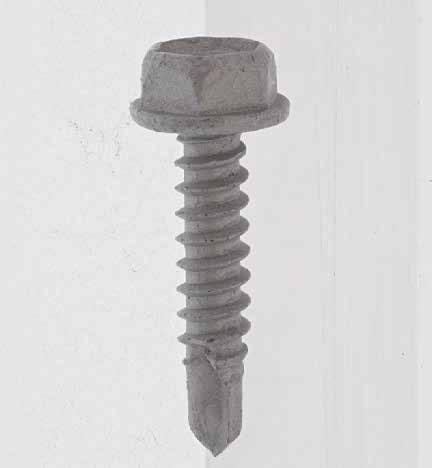

This is a product co-developed between SUNCO Industries and a Japanese manufacturer. You can drive it in with a common Phillips bit and it doesn’t require specialized tools. It delivers amazing corrosion resistance (through 2000 hours of salt spray test). The special cutting blade at the tip cuts SUS steel plates up to t=3.0 like a breeze without having to drill a hole beneath.
“We’re pretty confident that we will have increased inquires from the U.S. and Europe, but there are still someone out there not knowing us. We strive to be globally known as the Japanese top fastener distributor. Located in eastern Osaka with the most fastener production in Japan, we’re proud of our image processing technology that allows for precise and high-speed shipping from stock. We gained know-how in export from our logistics centers and trade regulations, so we’re building a problem-free purchase system for the world.”
SUNCO Industries is envisioning an increase in market demand throughout 2023 because supply chain restructuring is now the topic of the world. With depreciating JPY against USD, they suggest that purchase in USD now gets the best deal. A starter kit containing catalogs is offered for free for those making an inquiry.
Contact: Mr. Tomokazu Takada Email: tradeinfo@sunco.co.jp
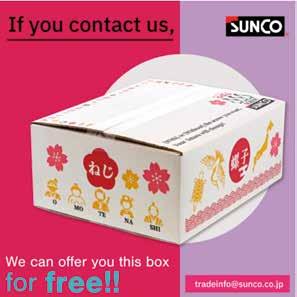
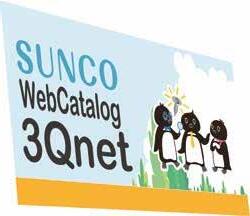



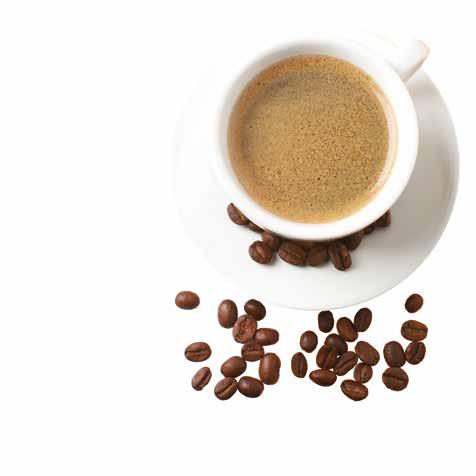
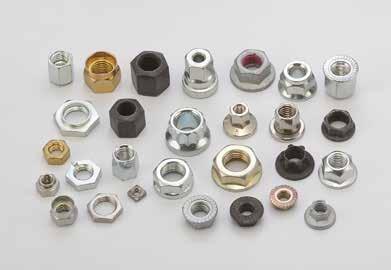
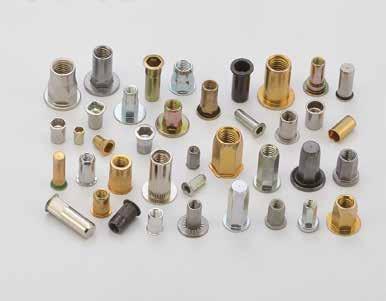
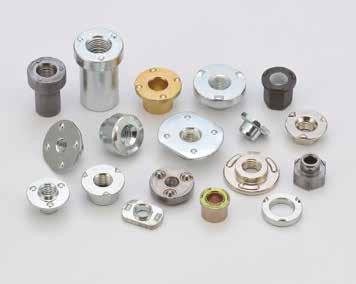
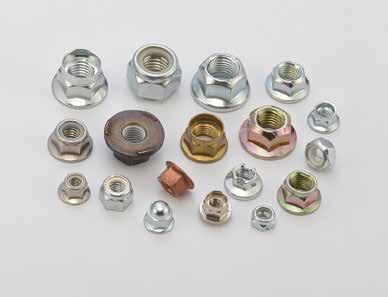
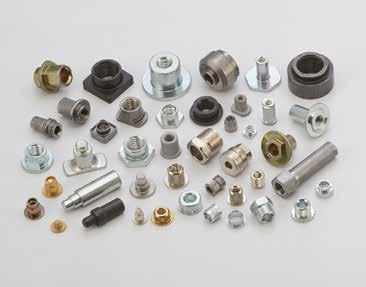
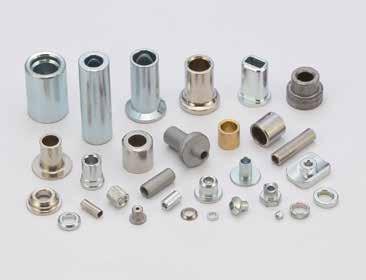



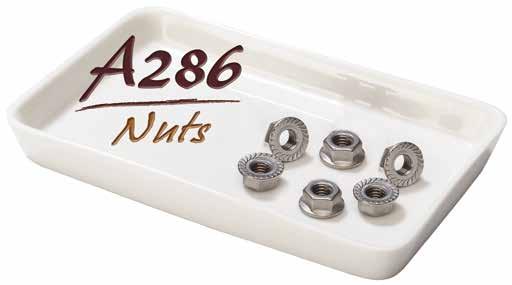


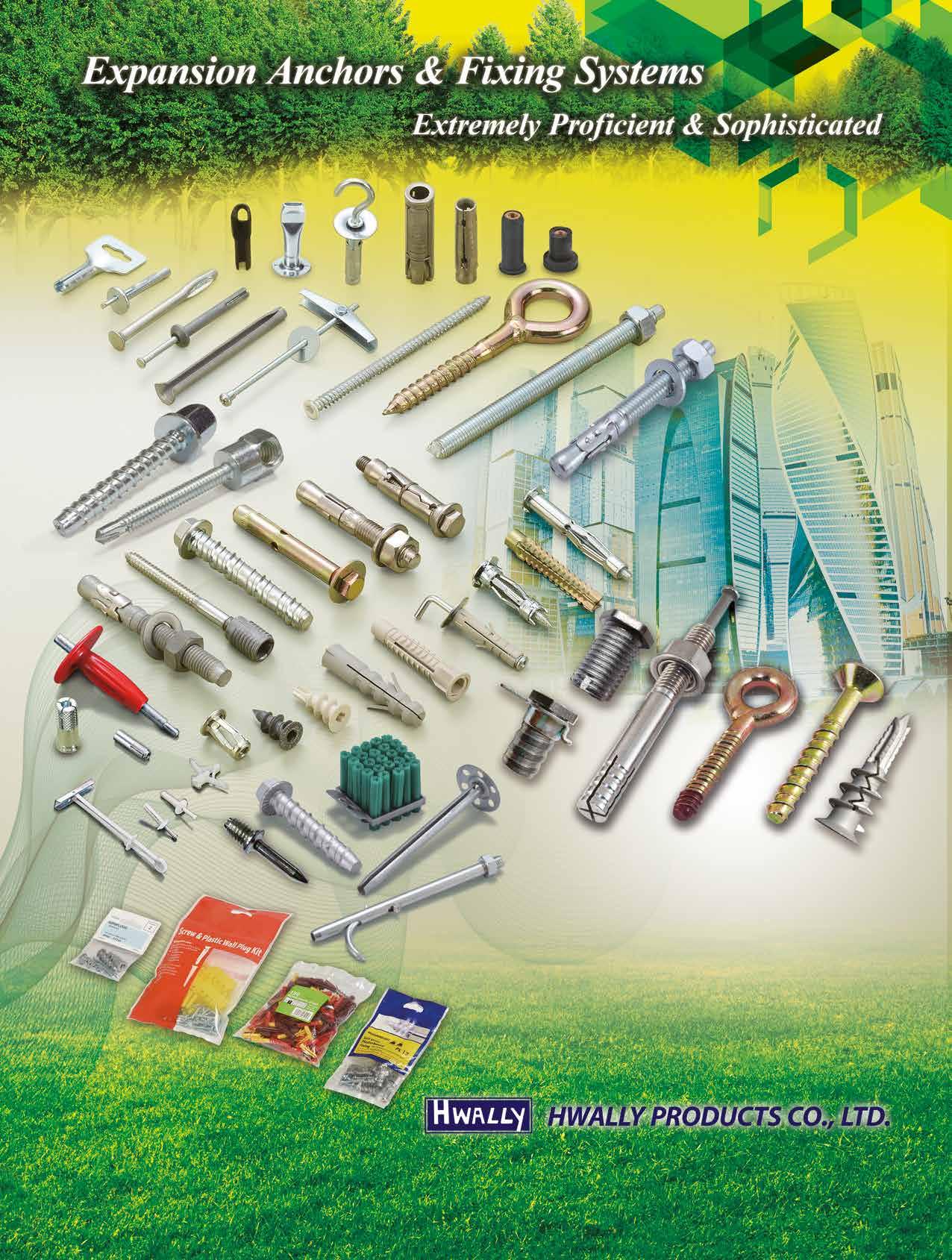


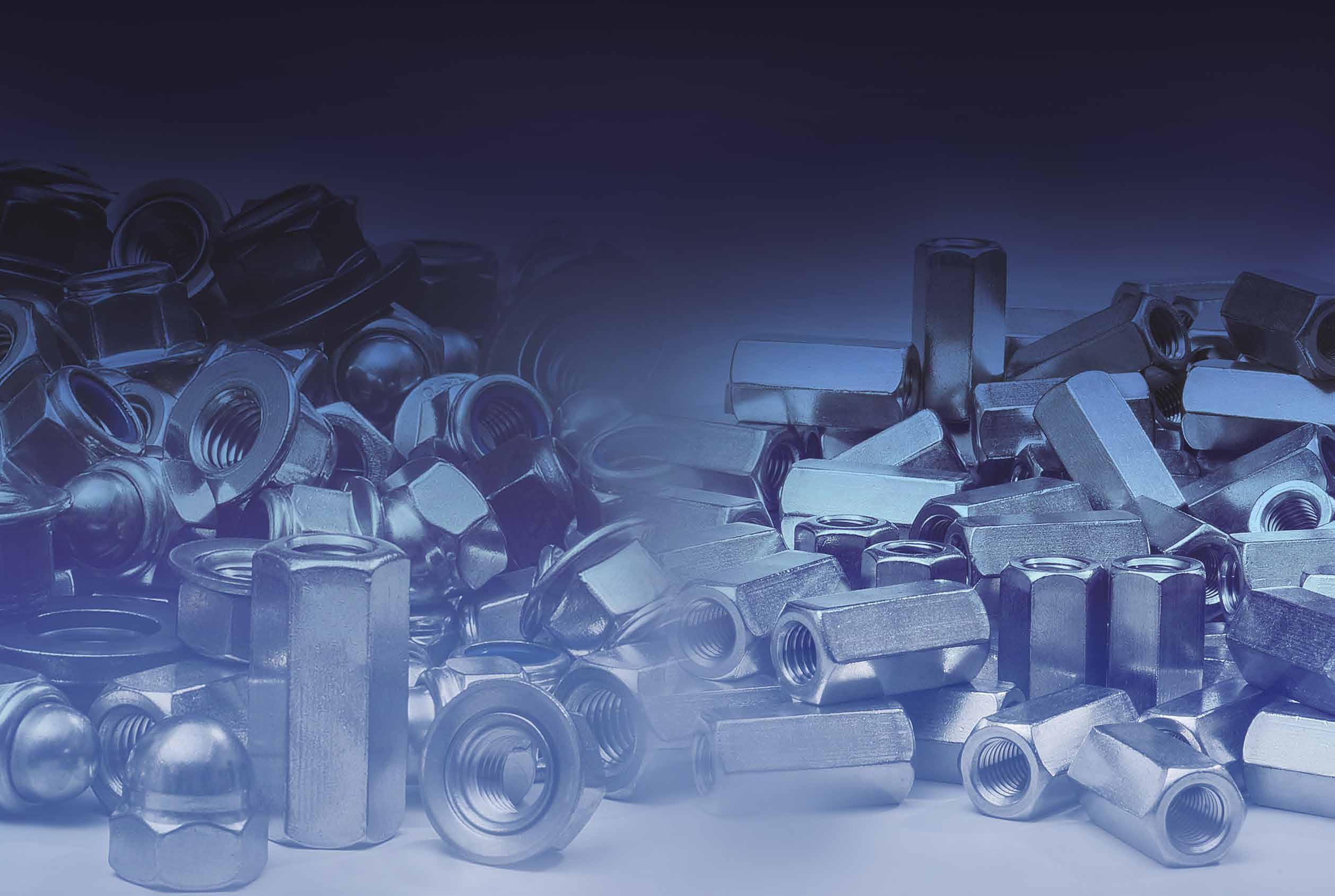

























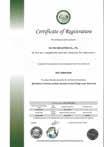
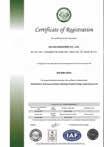
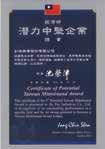




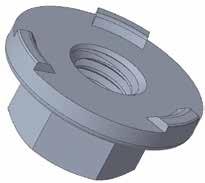

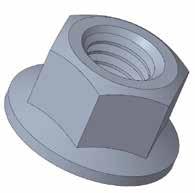


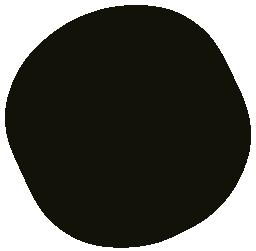
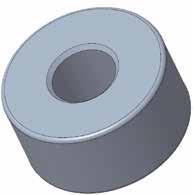
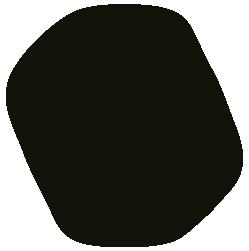
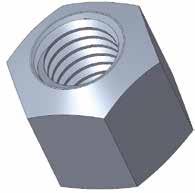
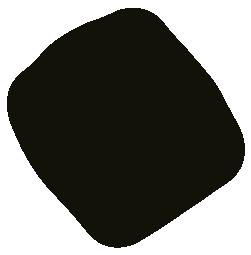
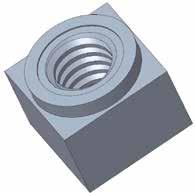
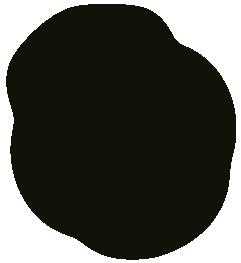
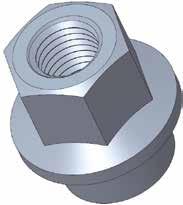
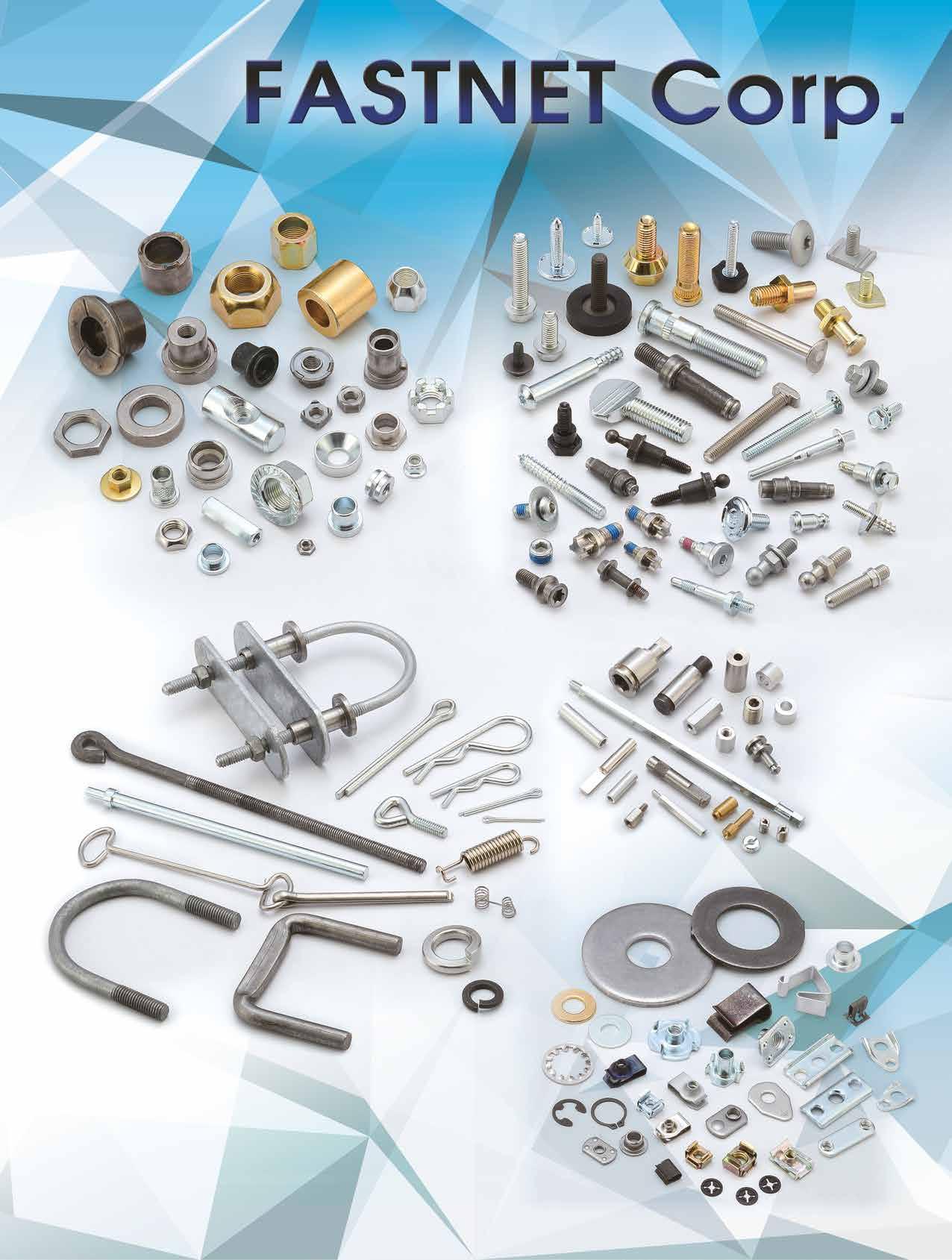
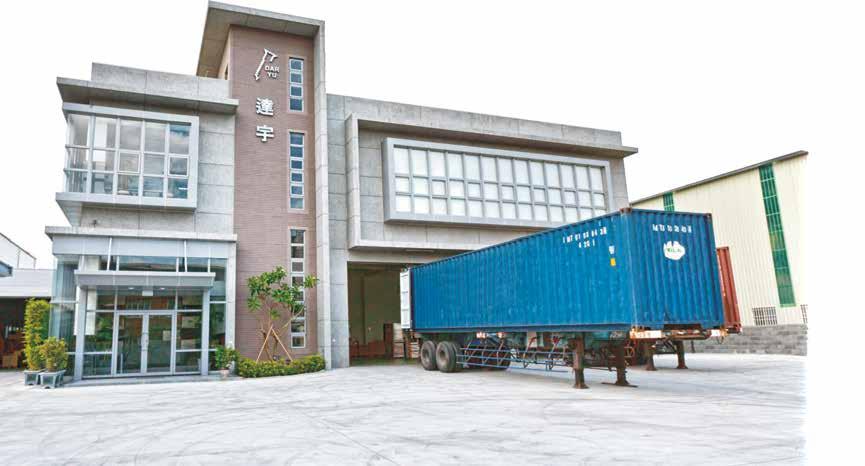
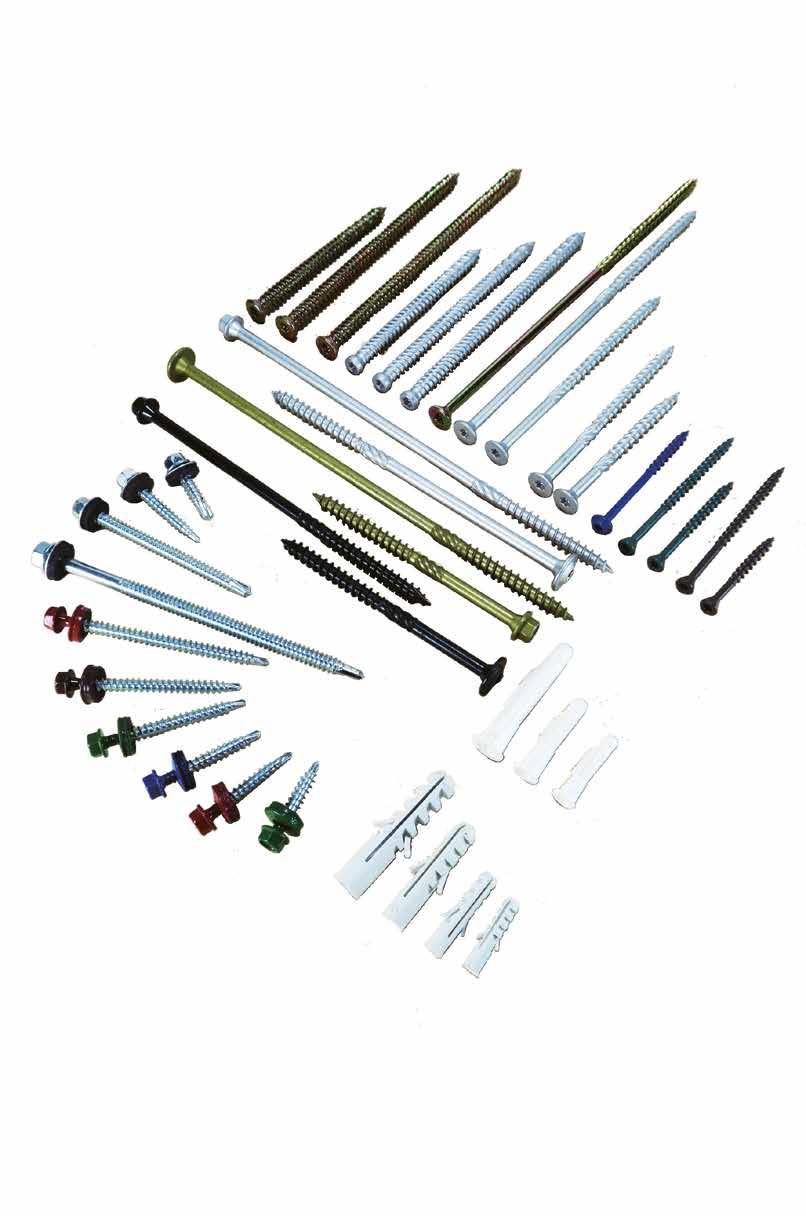
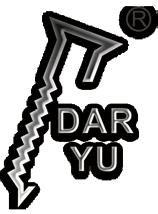



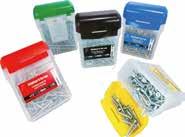

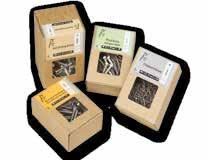
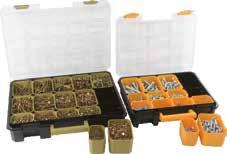


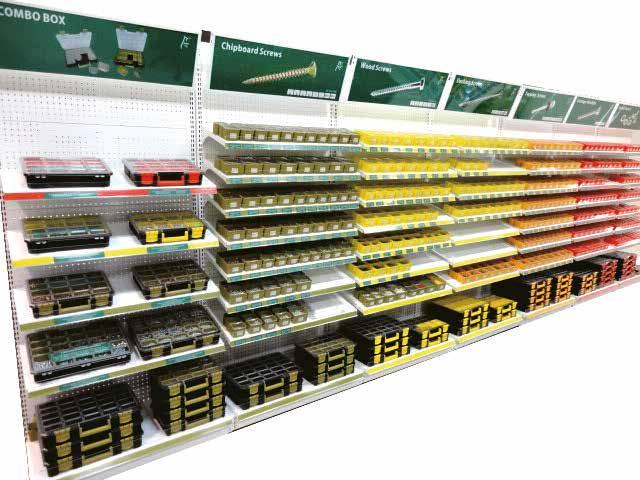




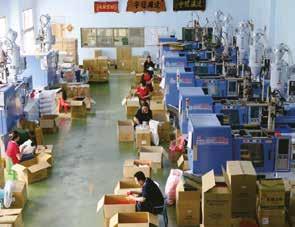
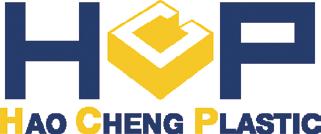

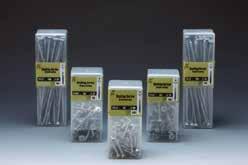
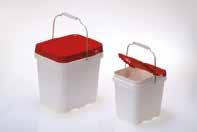
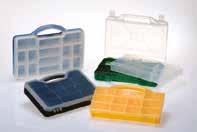
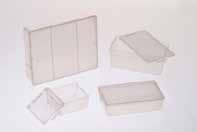
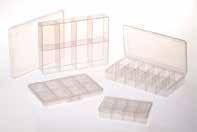
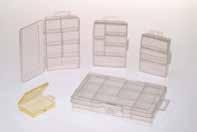
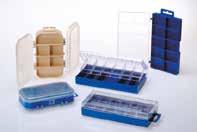

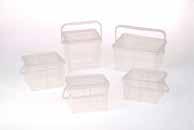
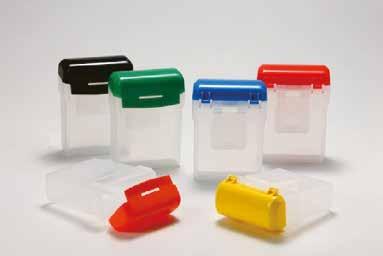
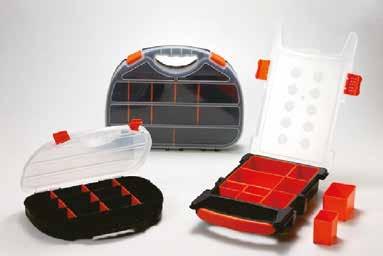
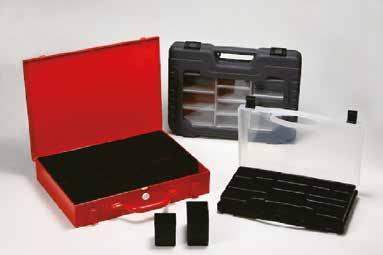

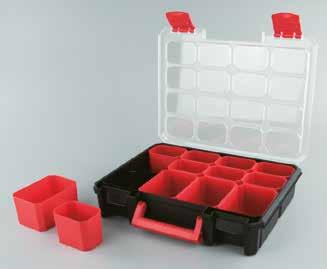
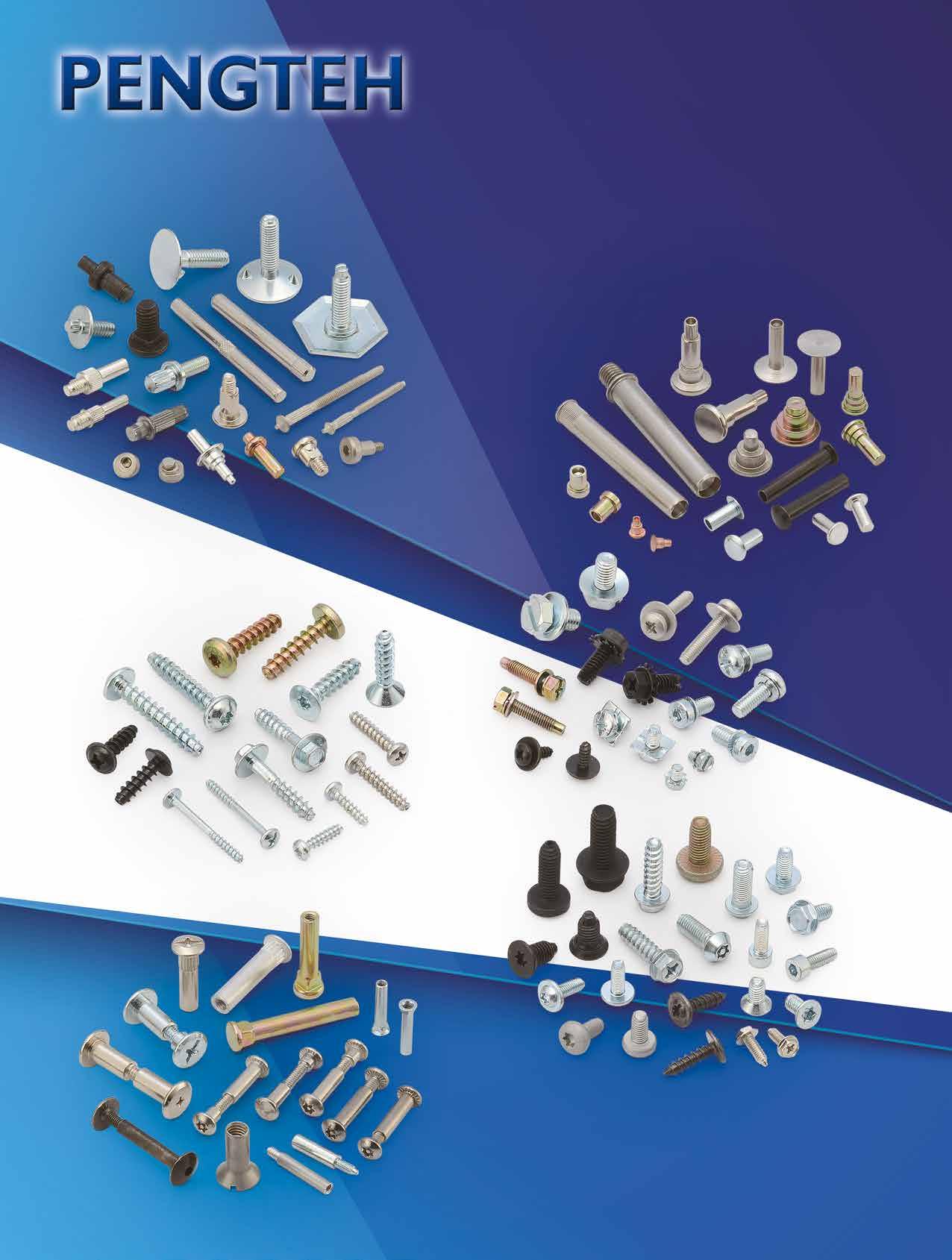
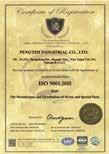
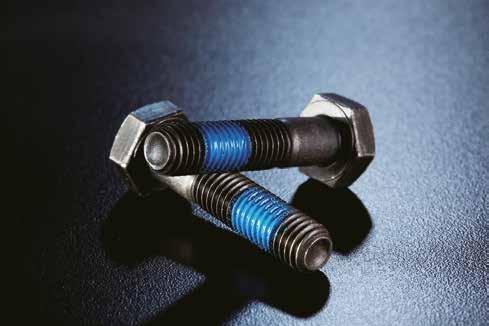
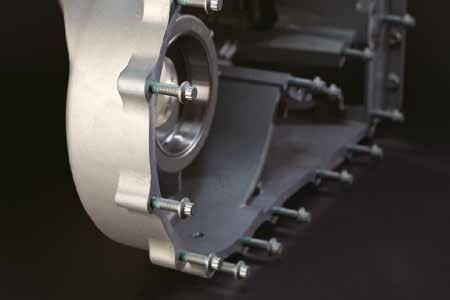
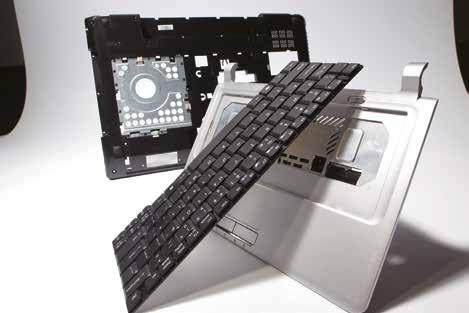

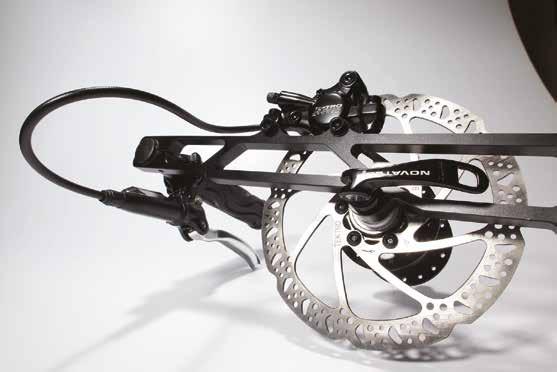
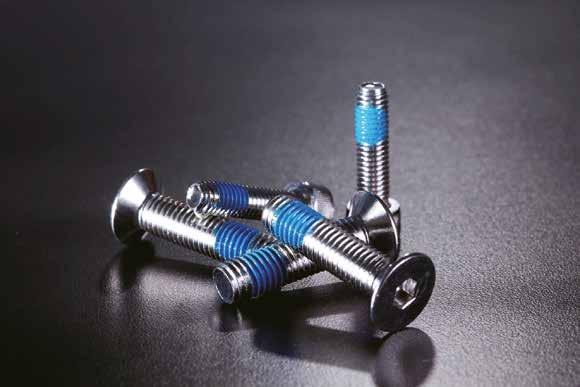


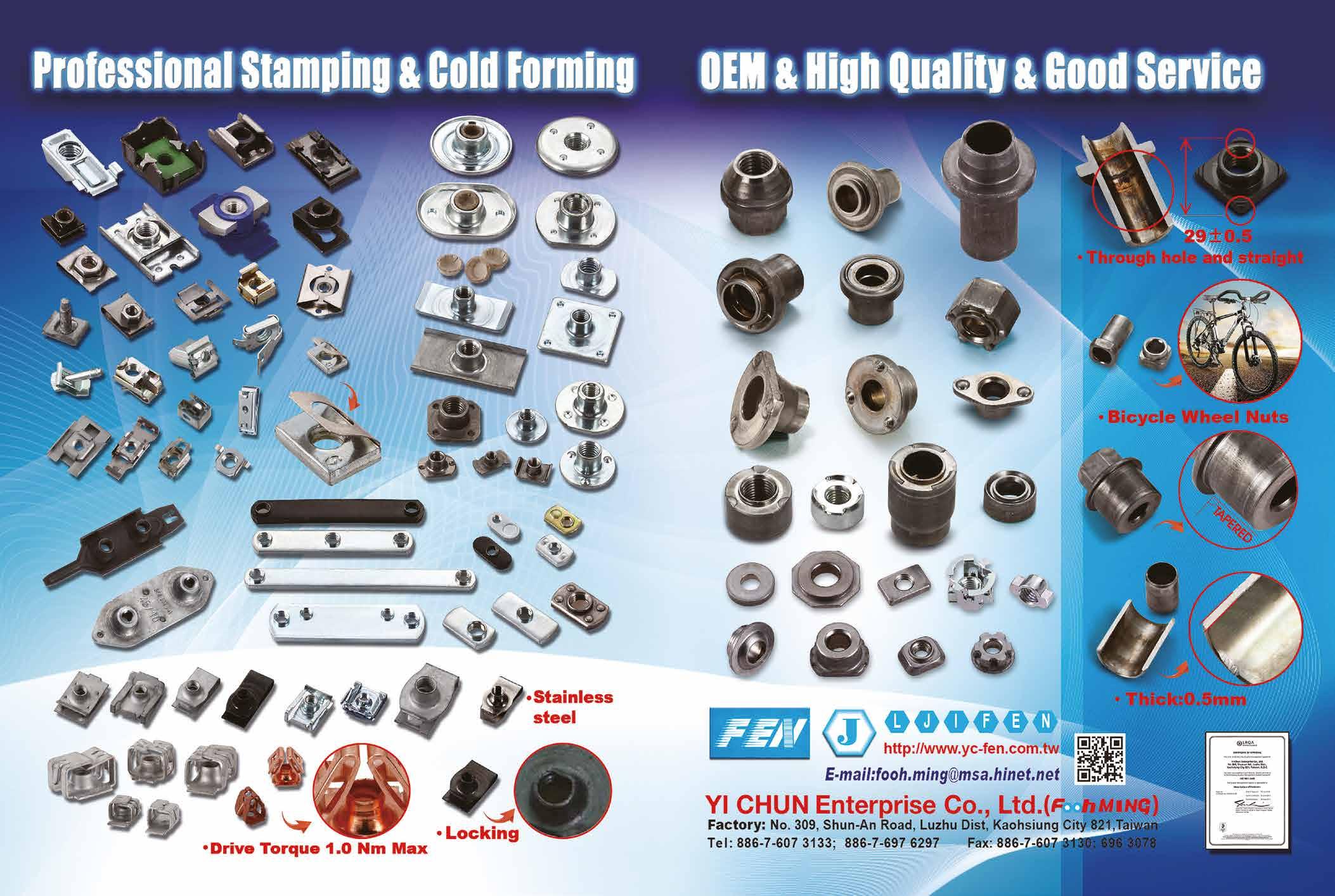
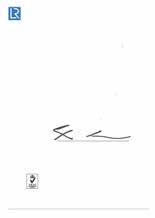

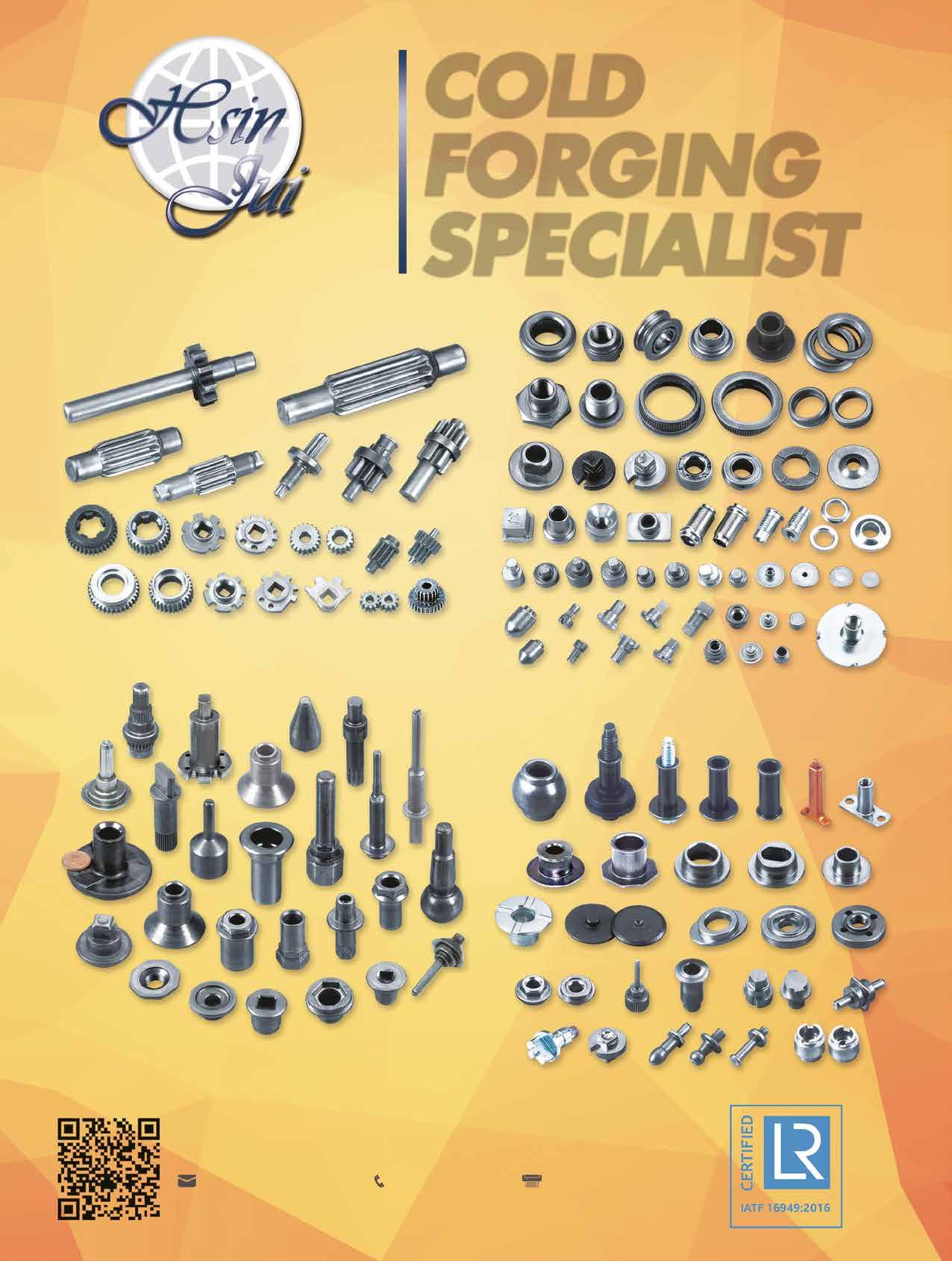

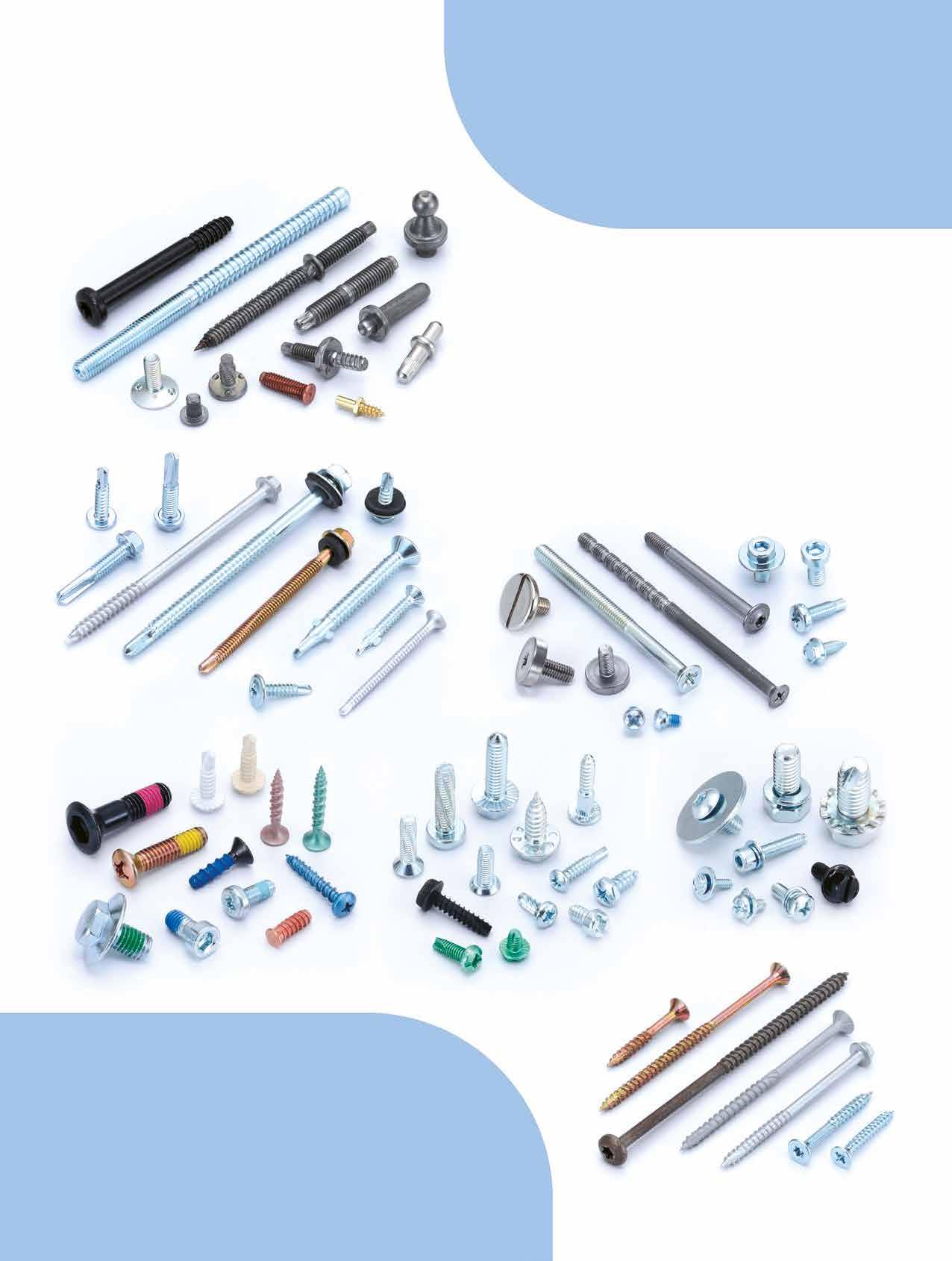

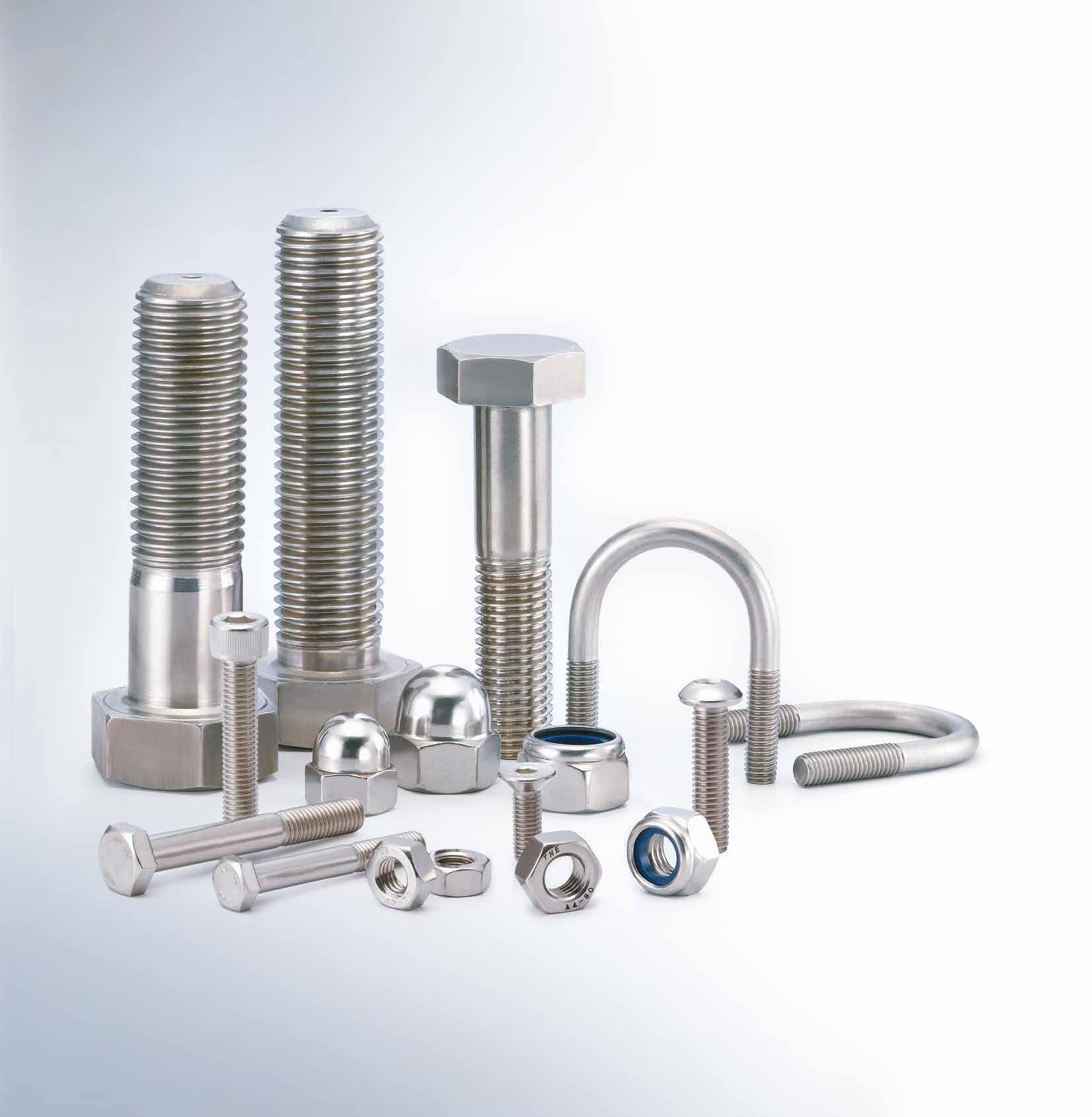

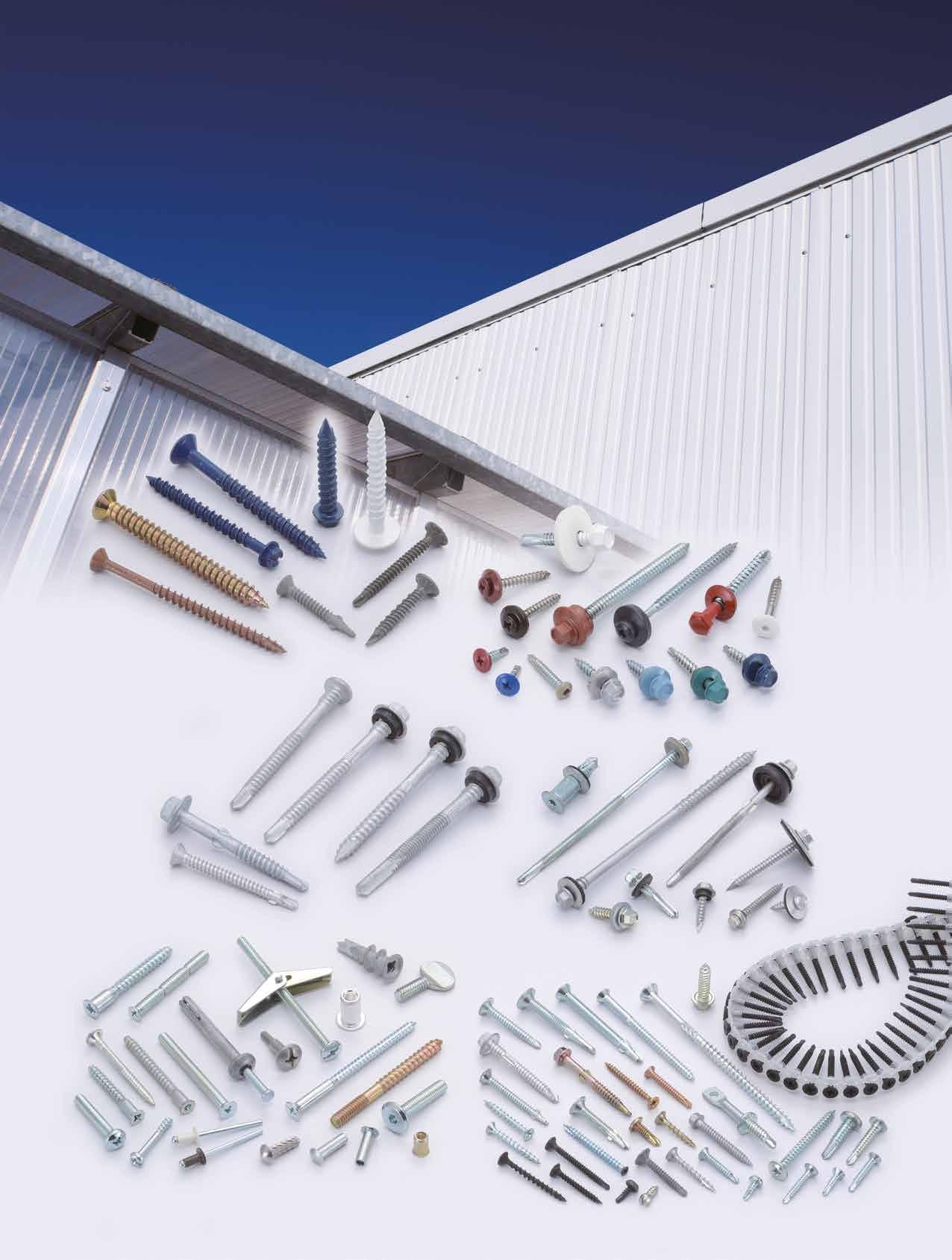
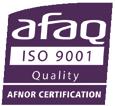
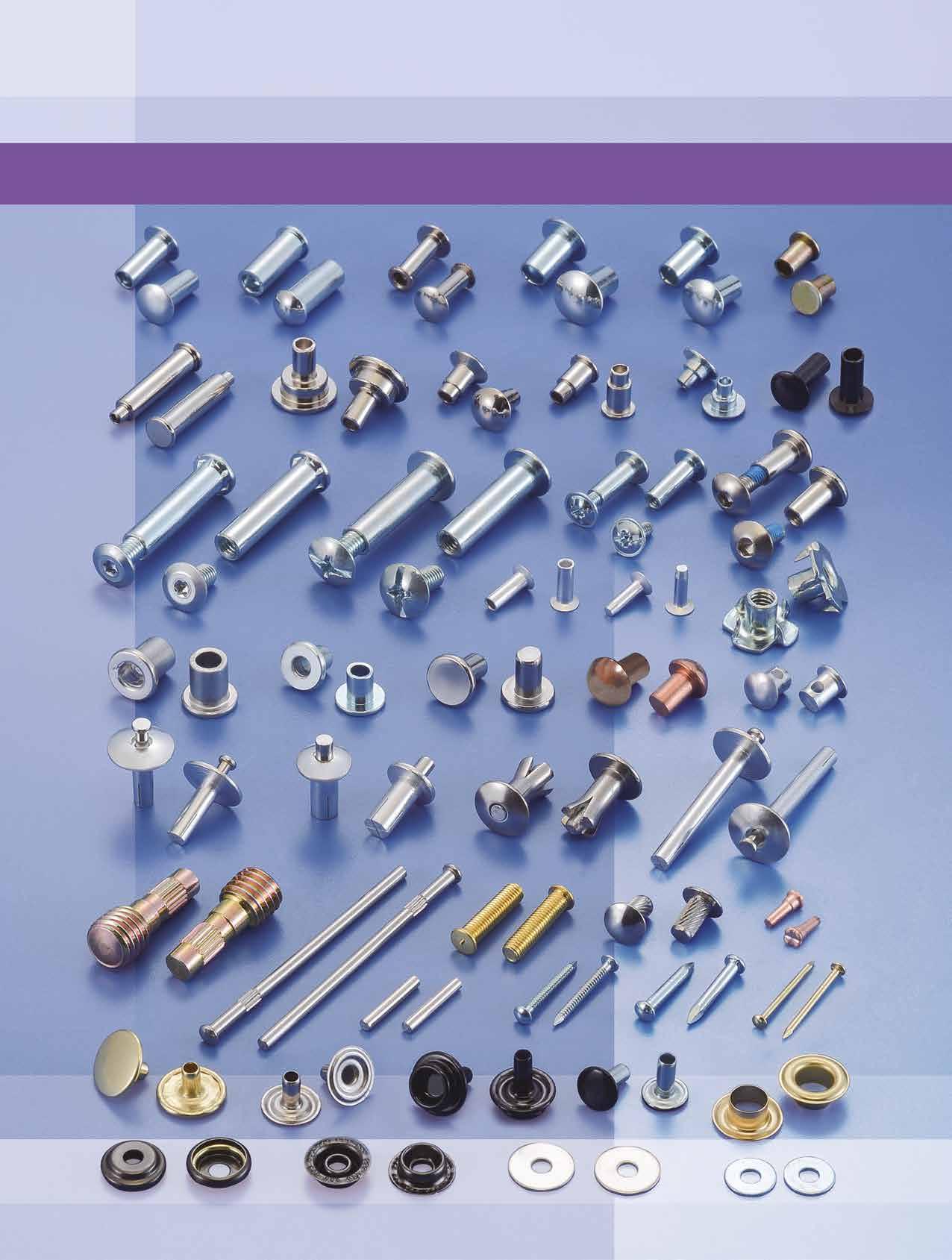

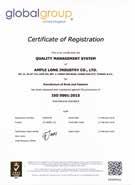

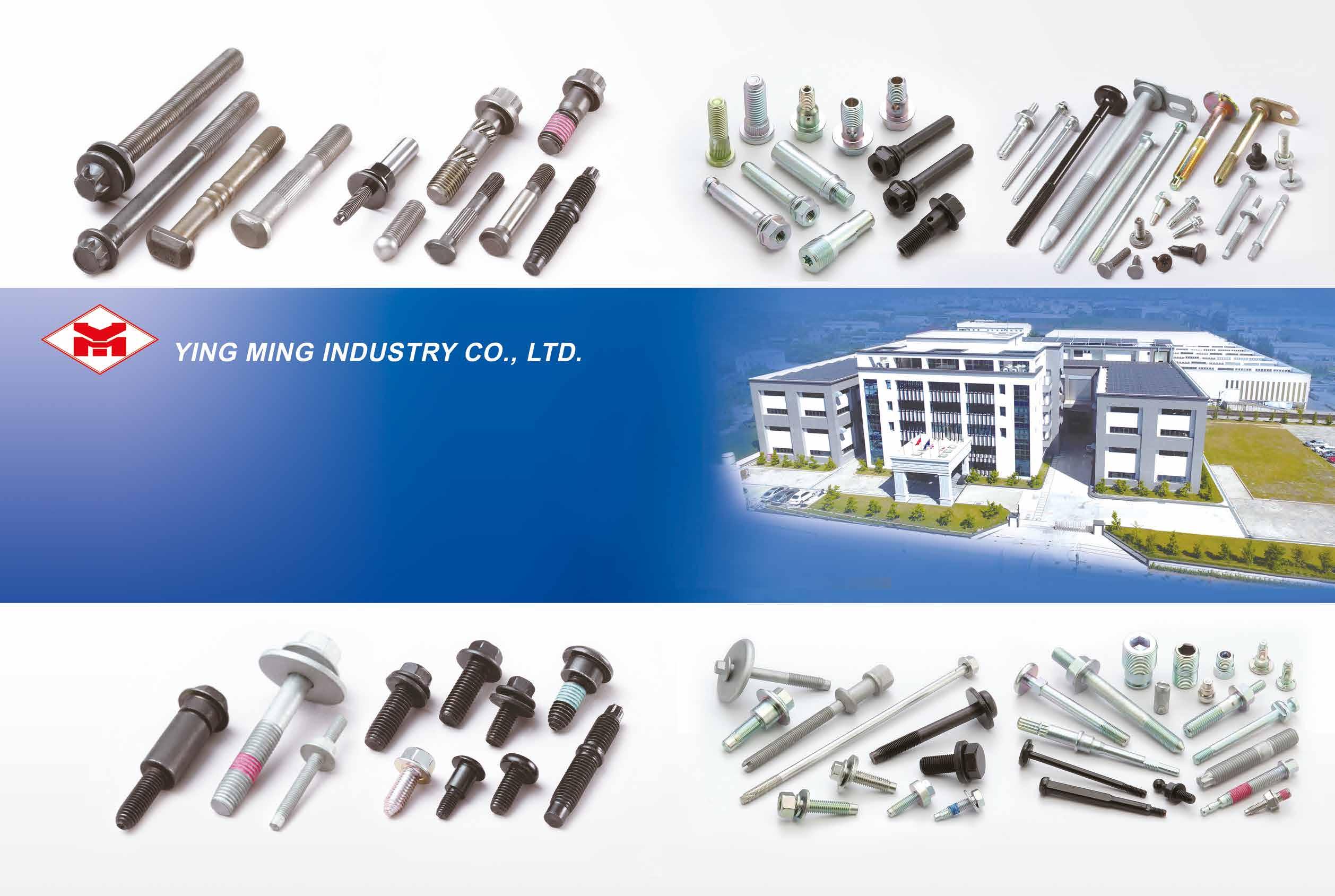
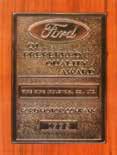
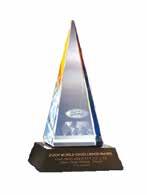






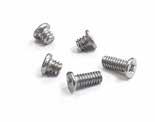
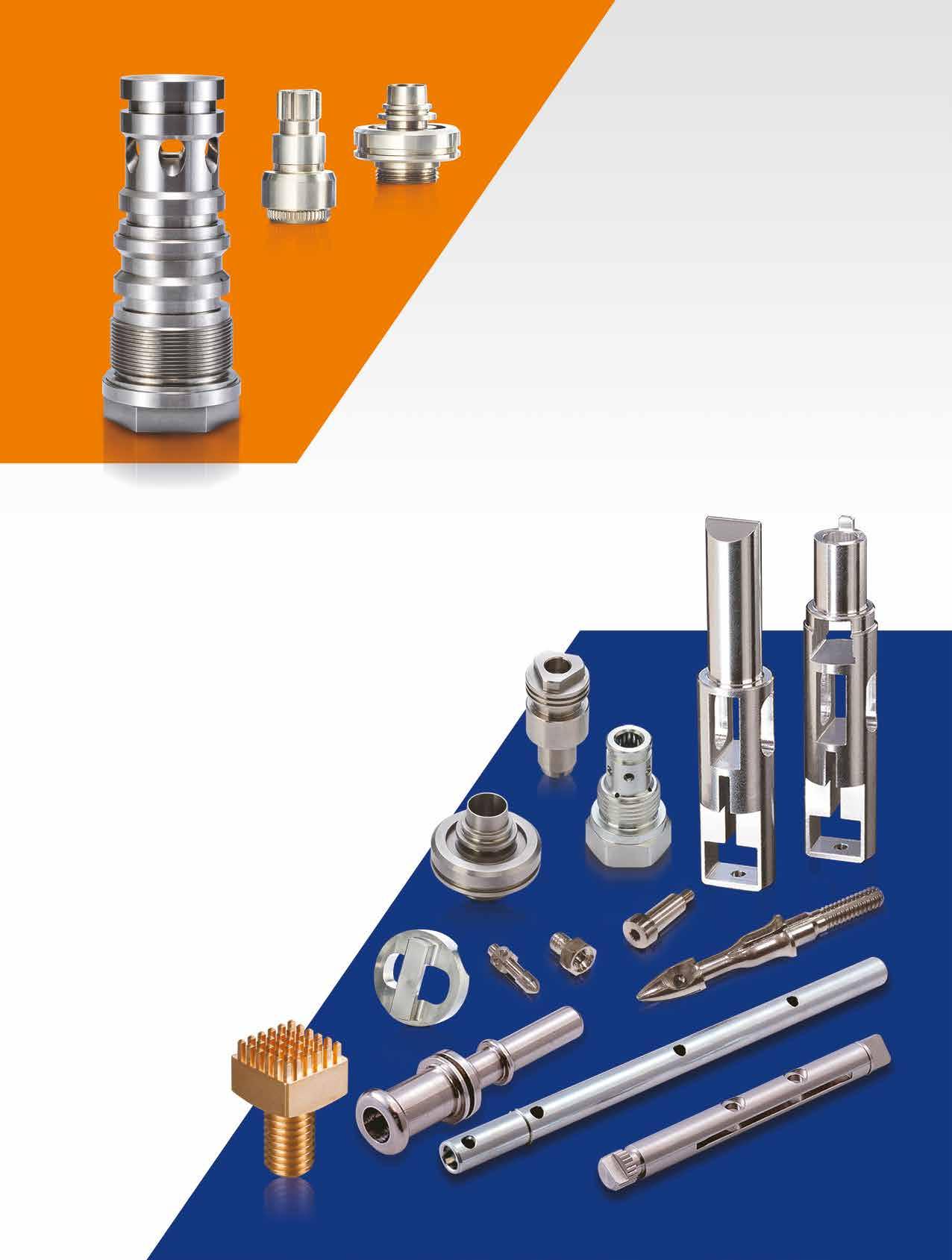
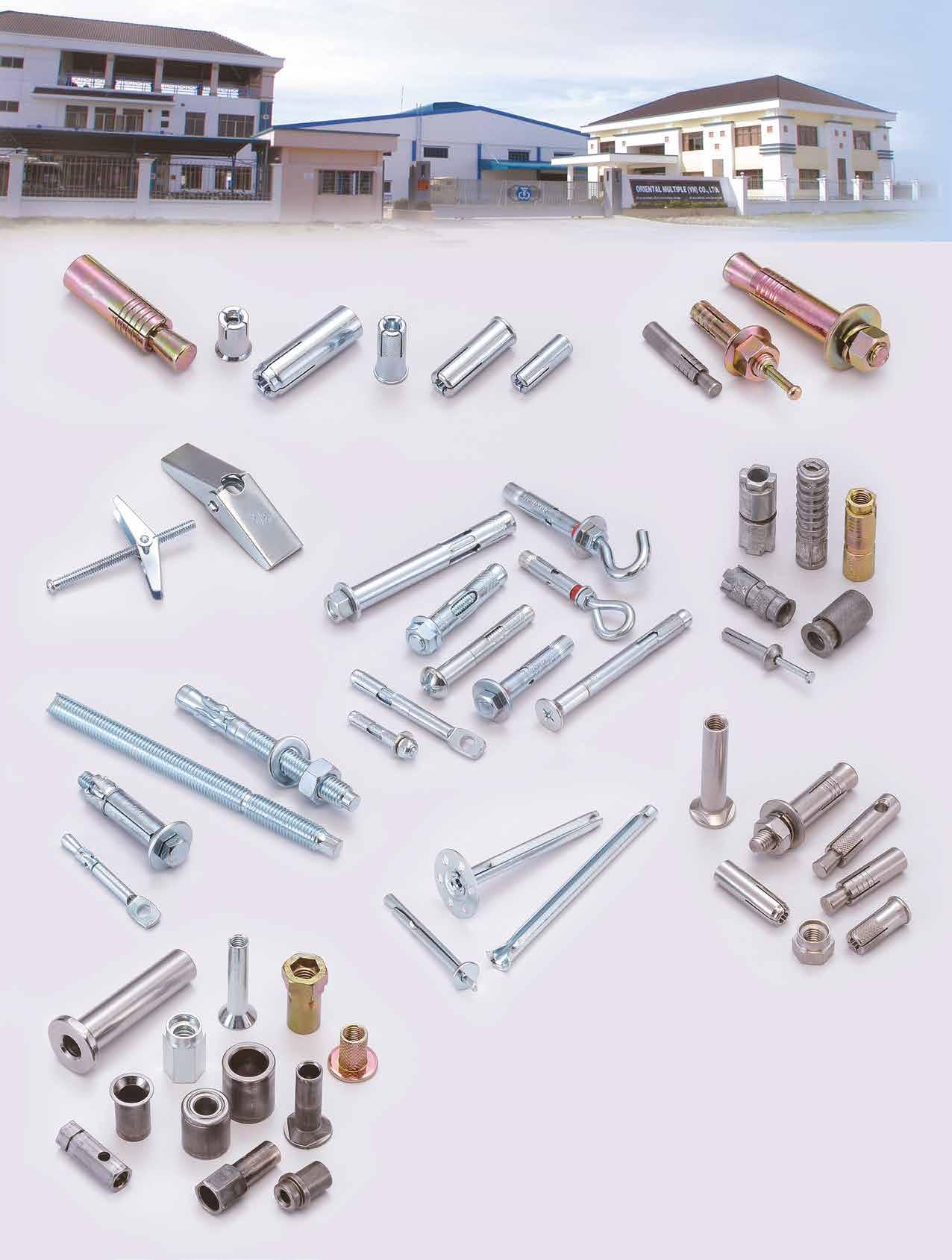

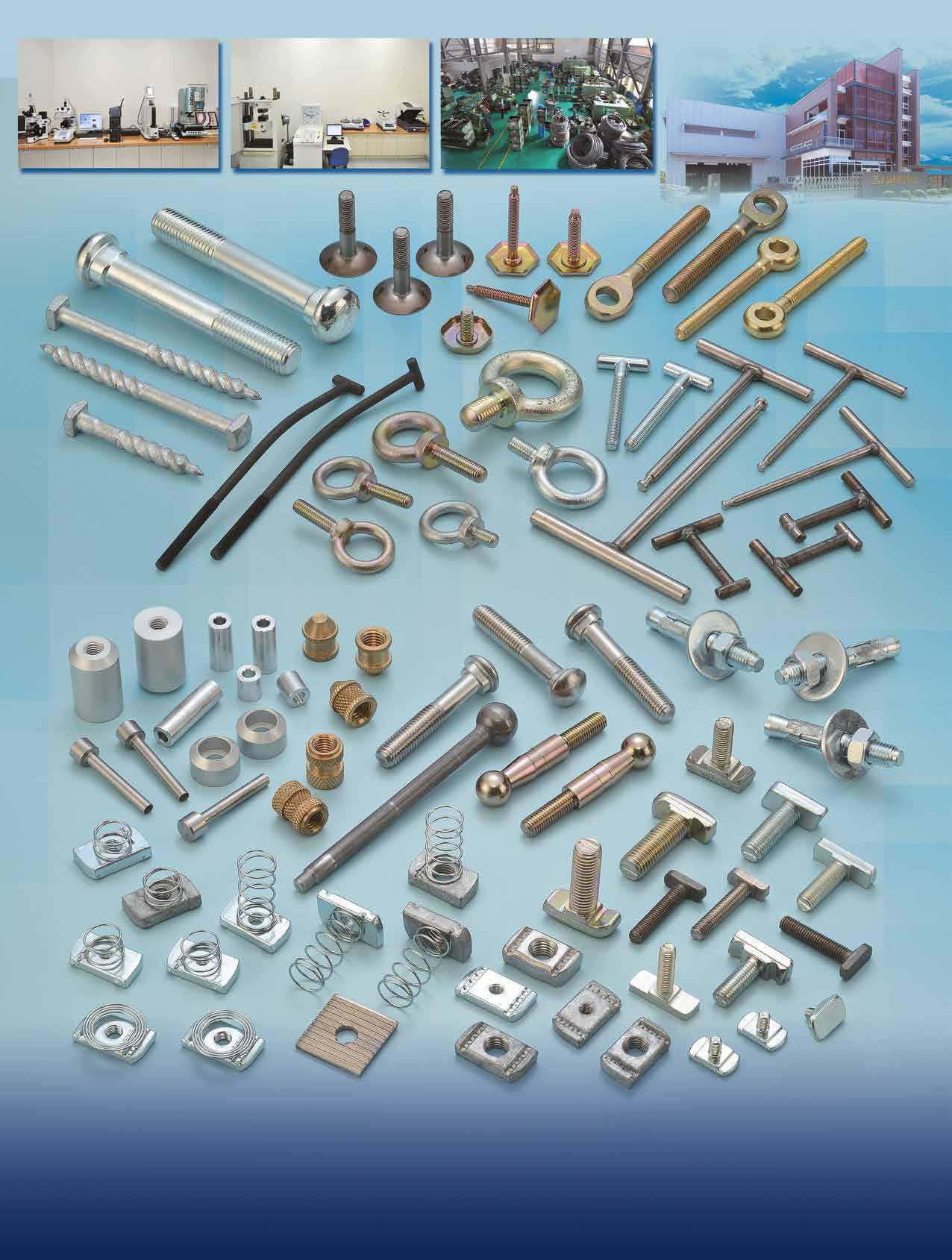








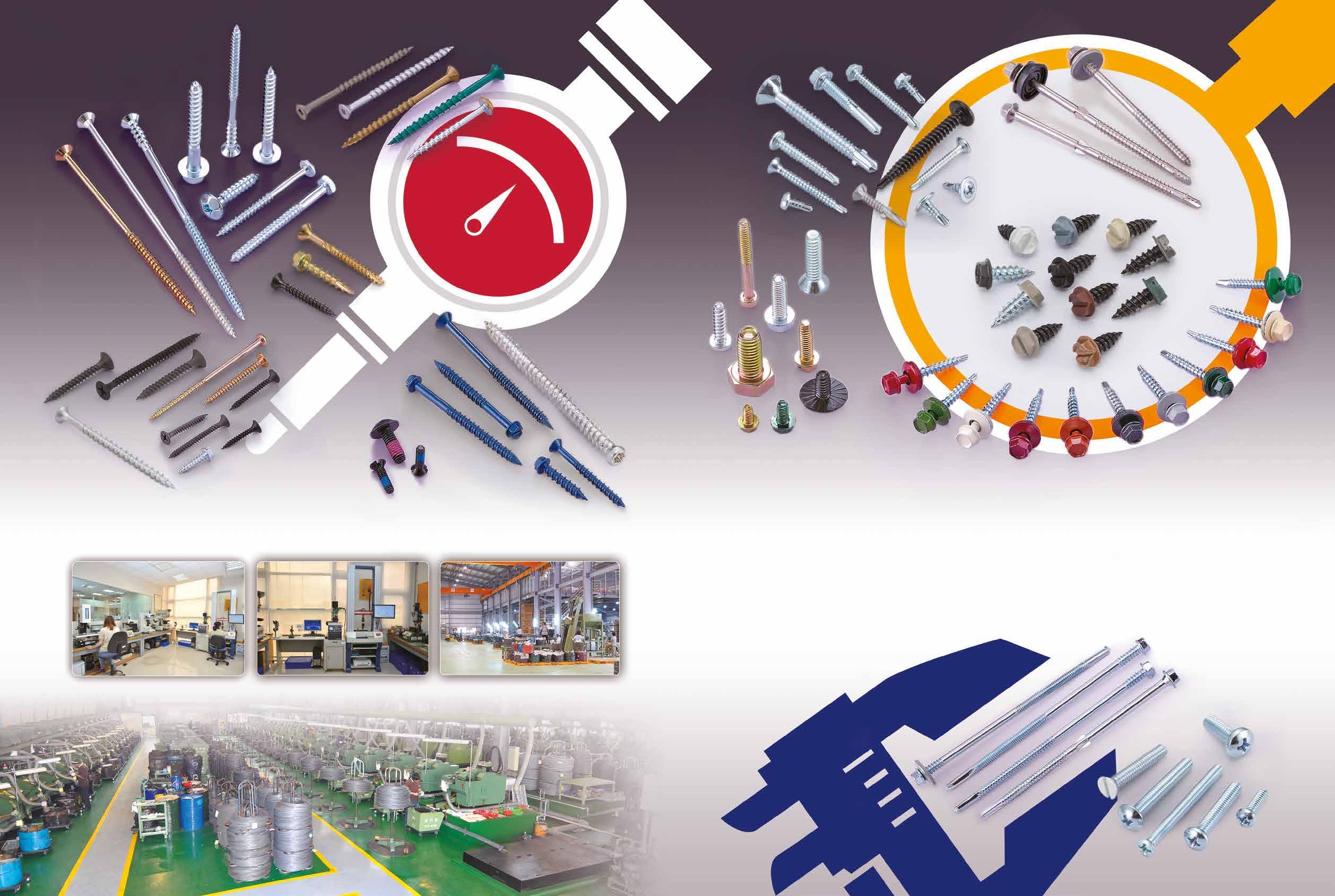
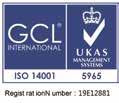


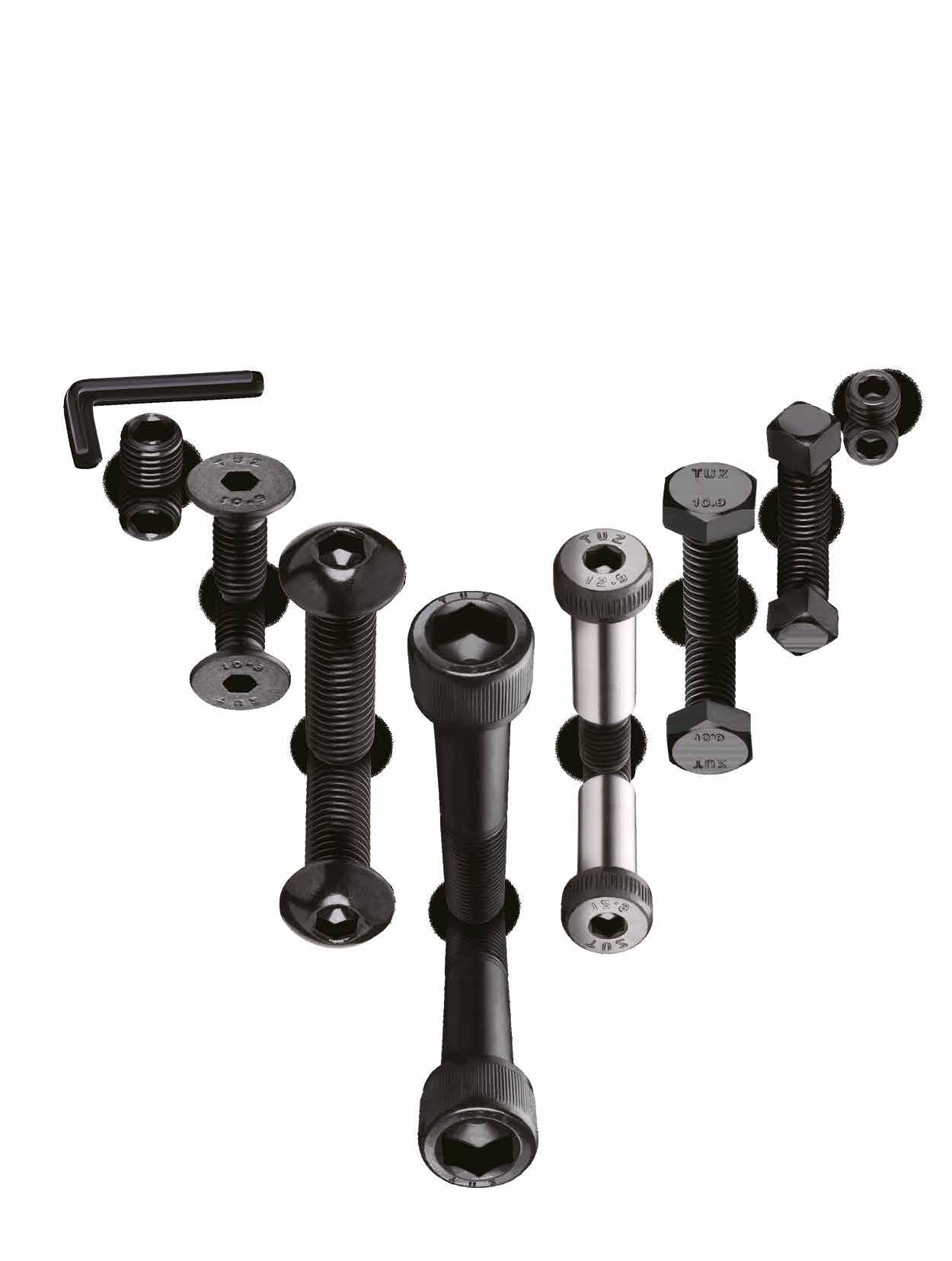




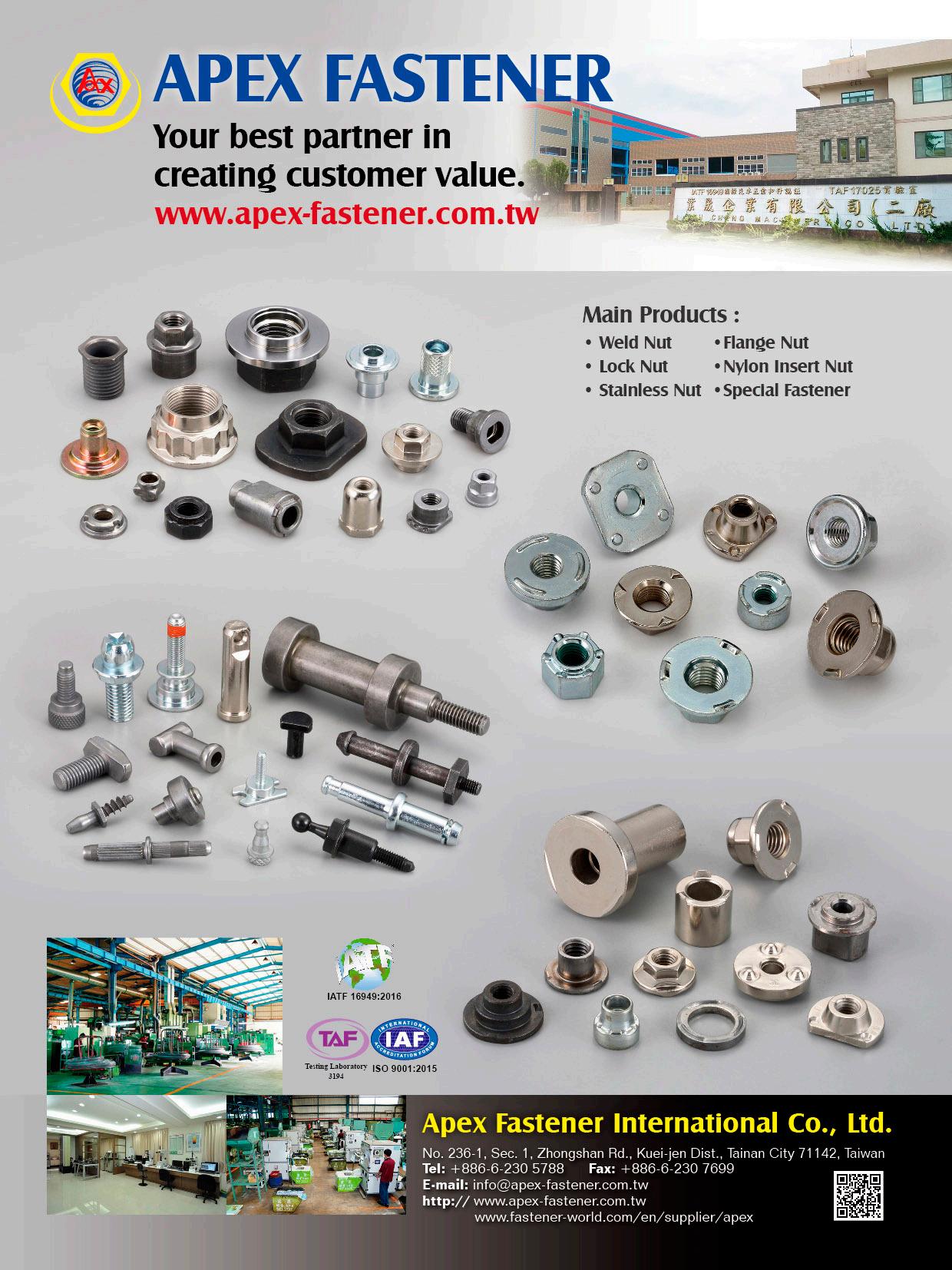
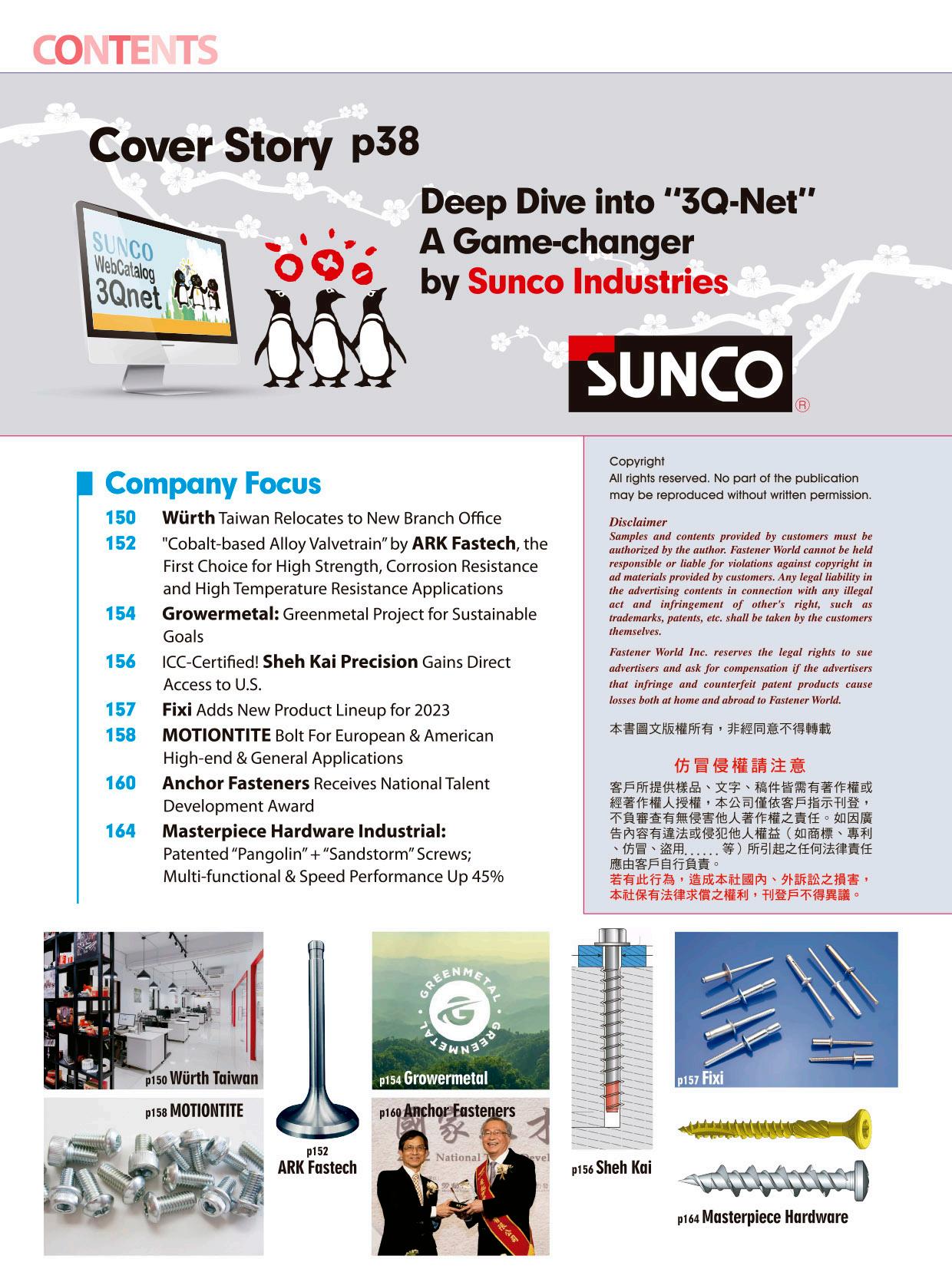
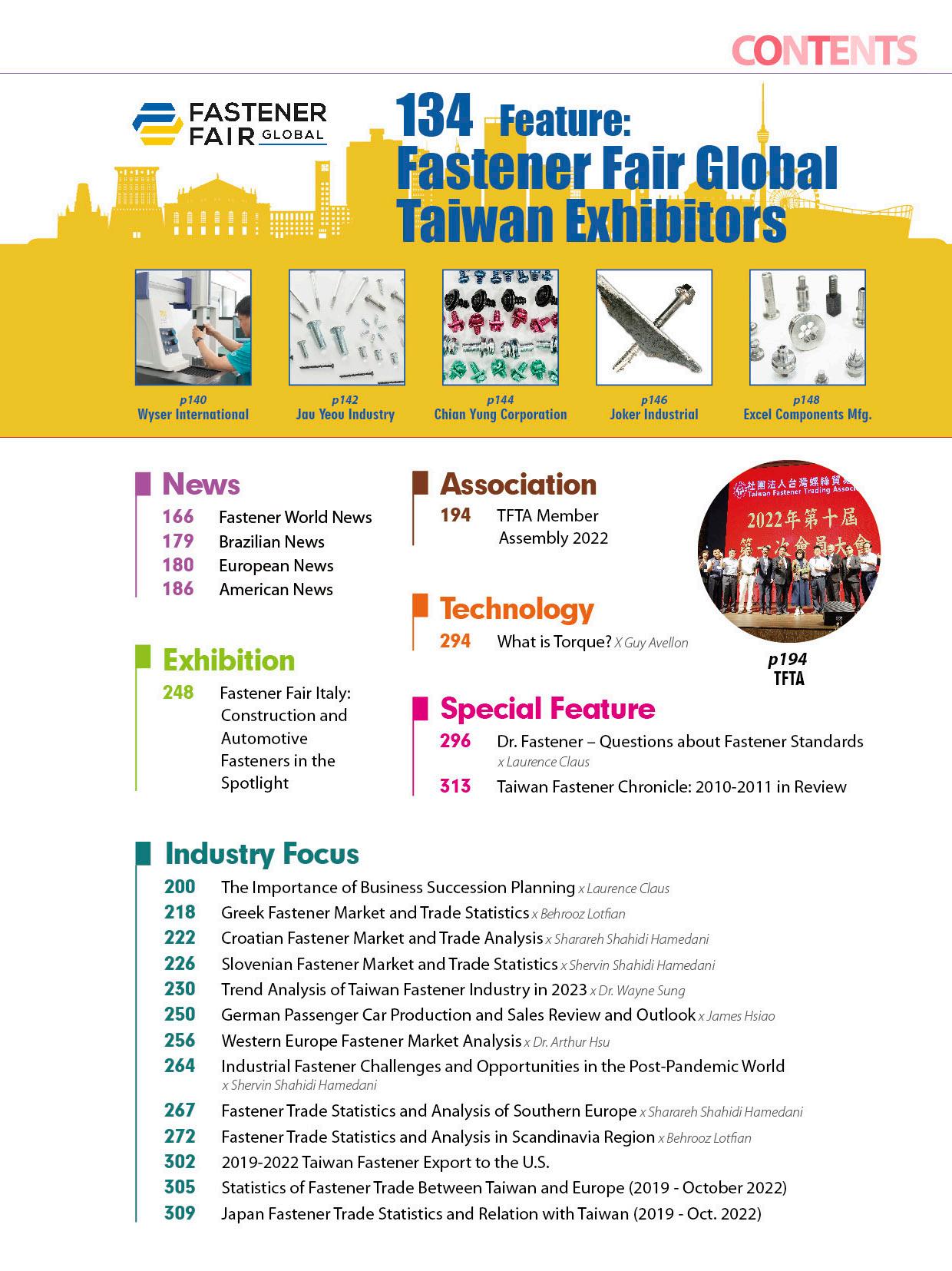

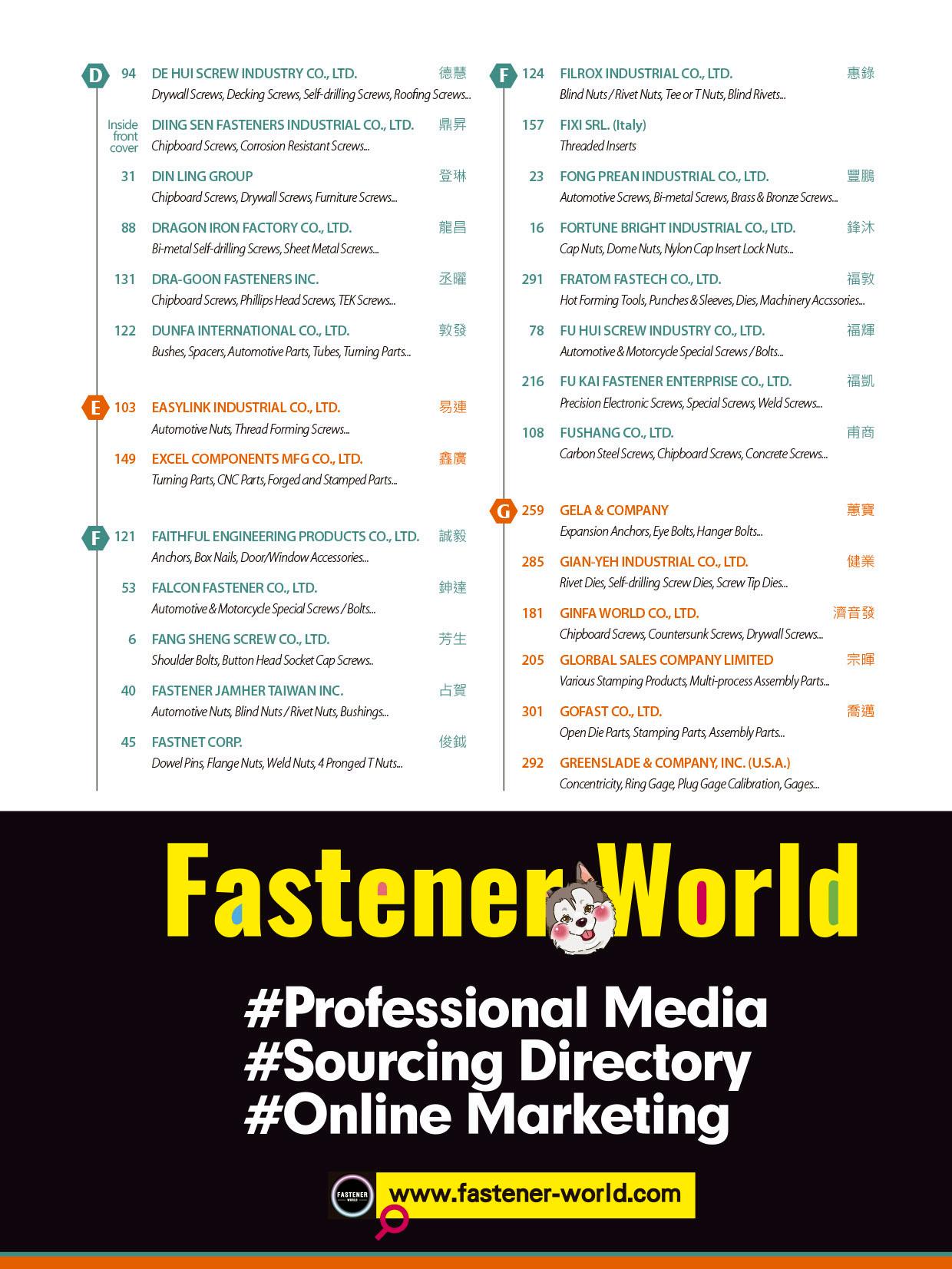
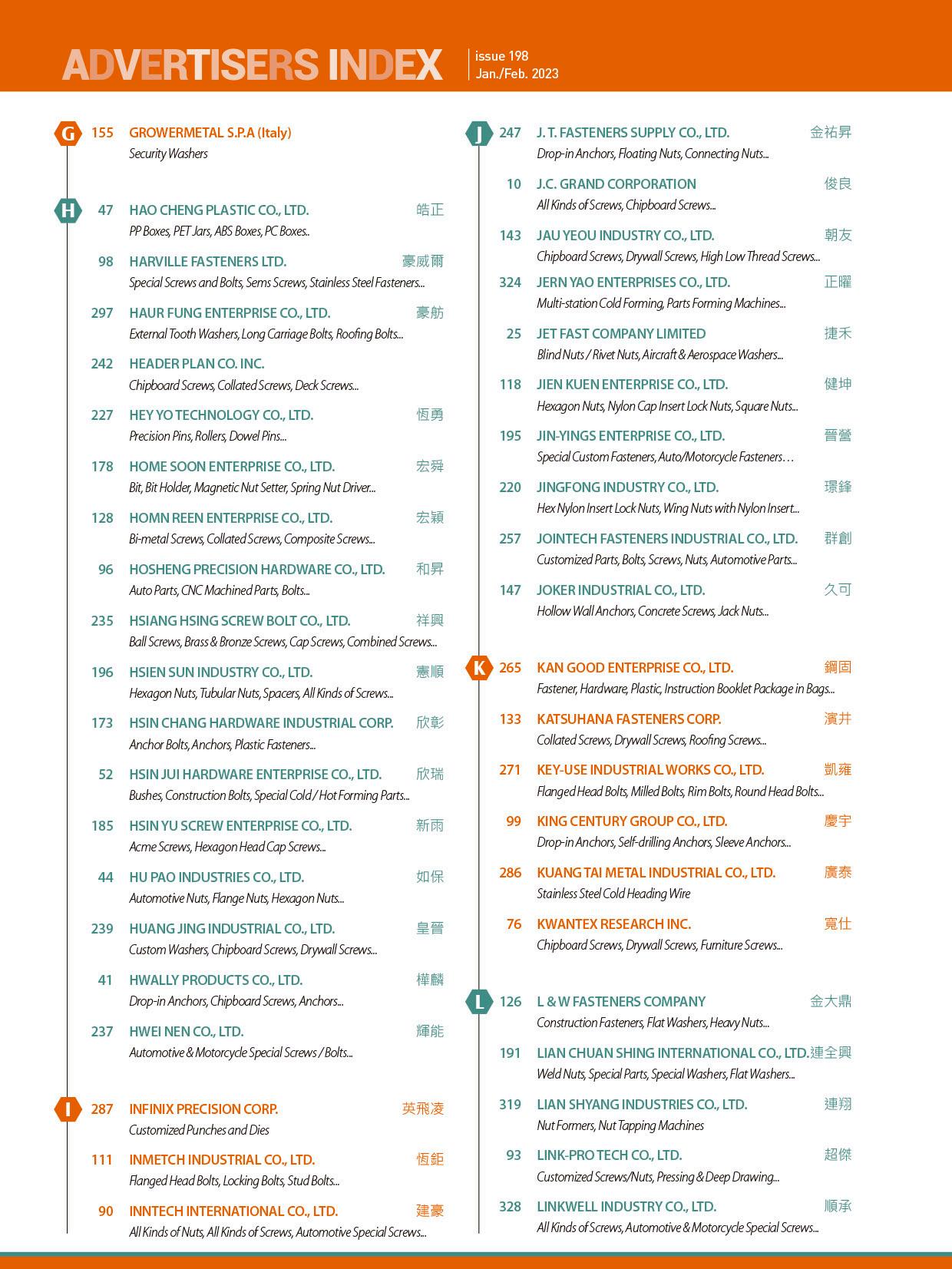
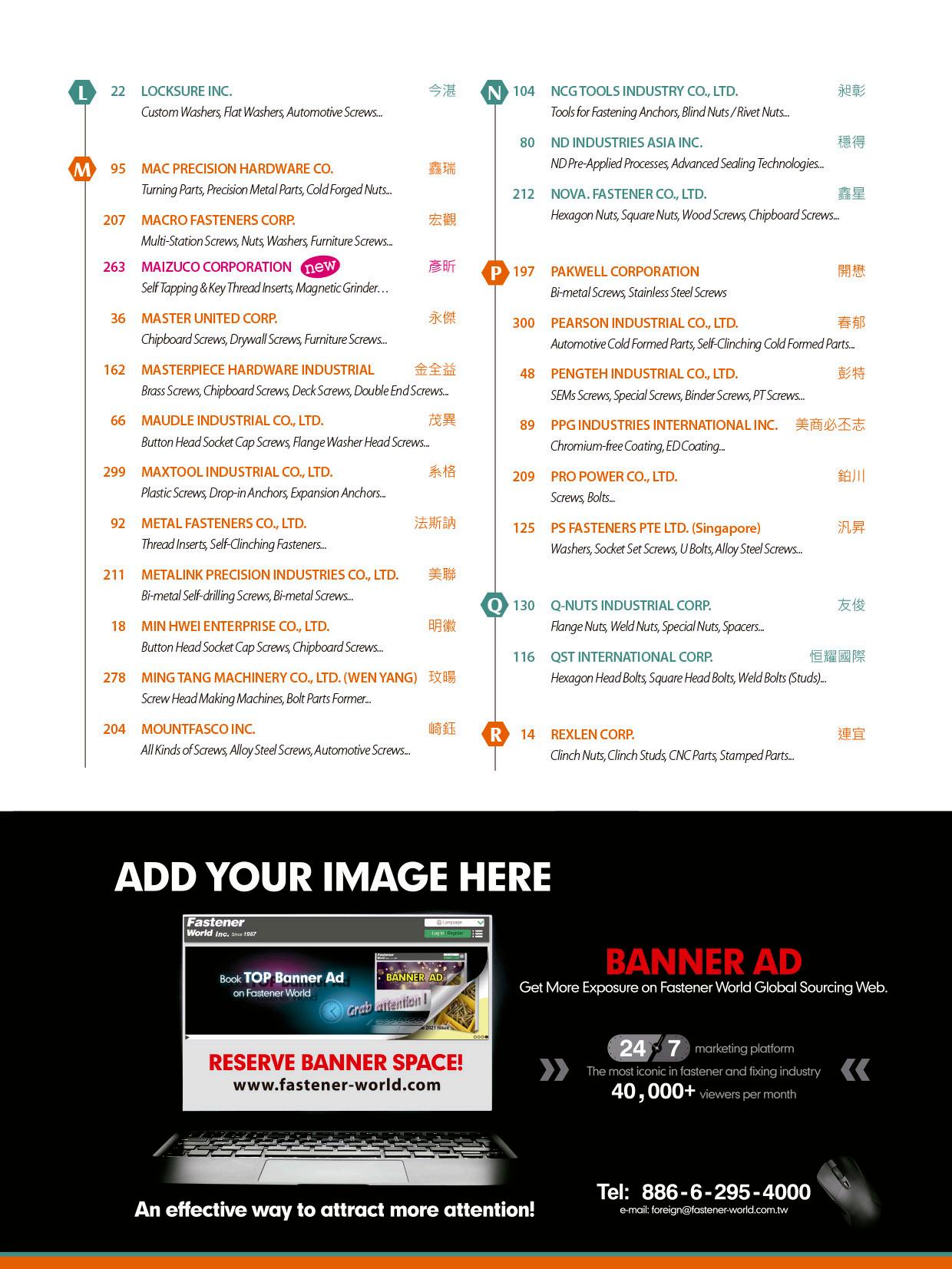

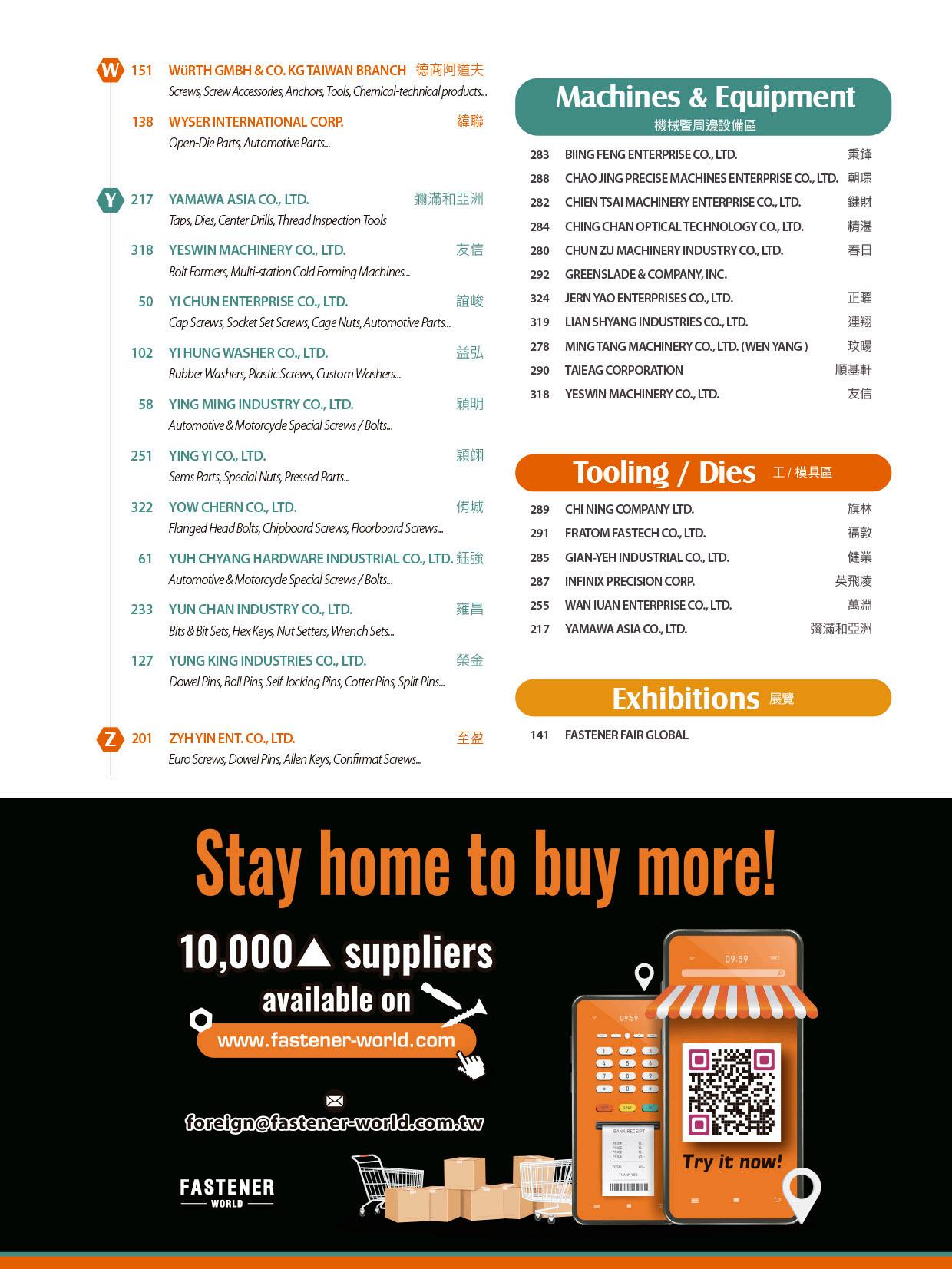
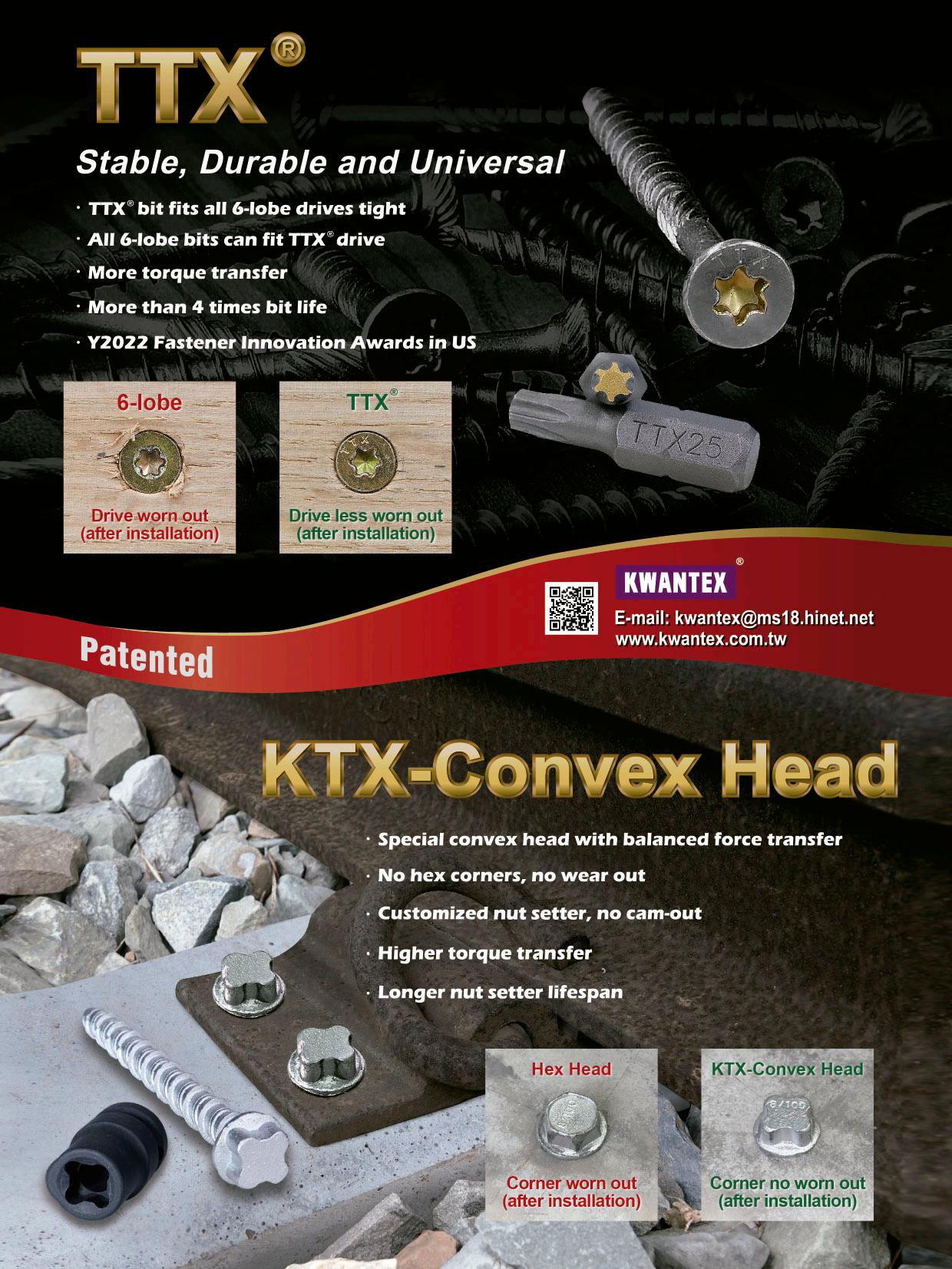


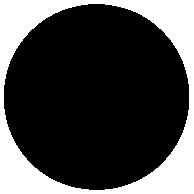




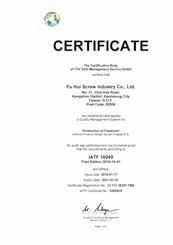
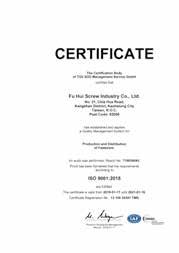
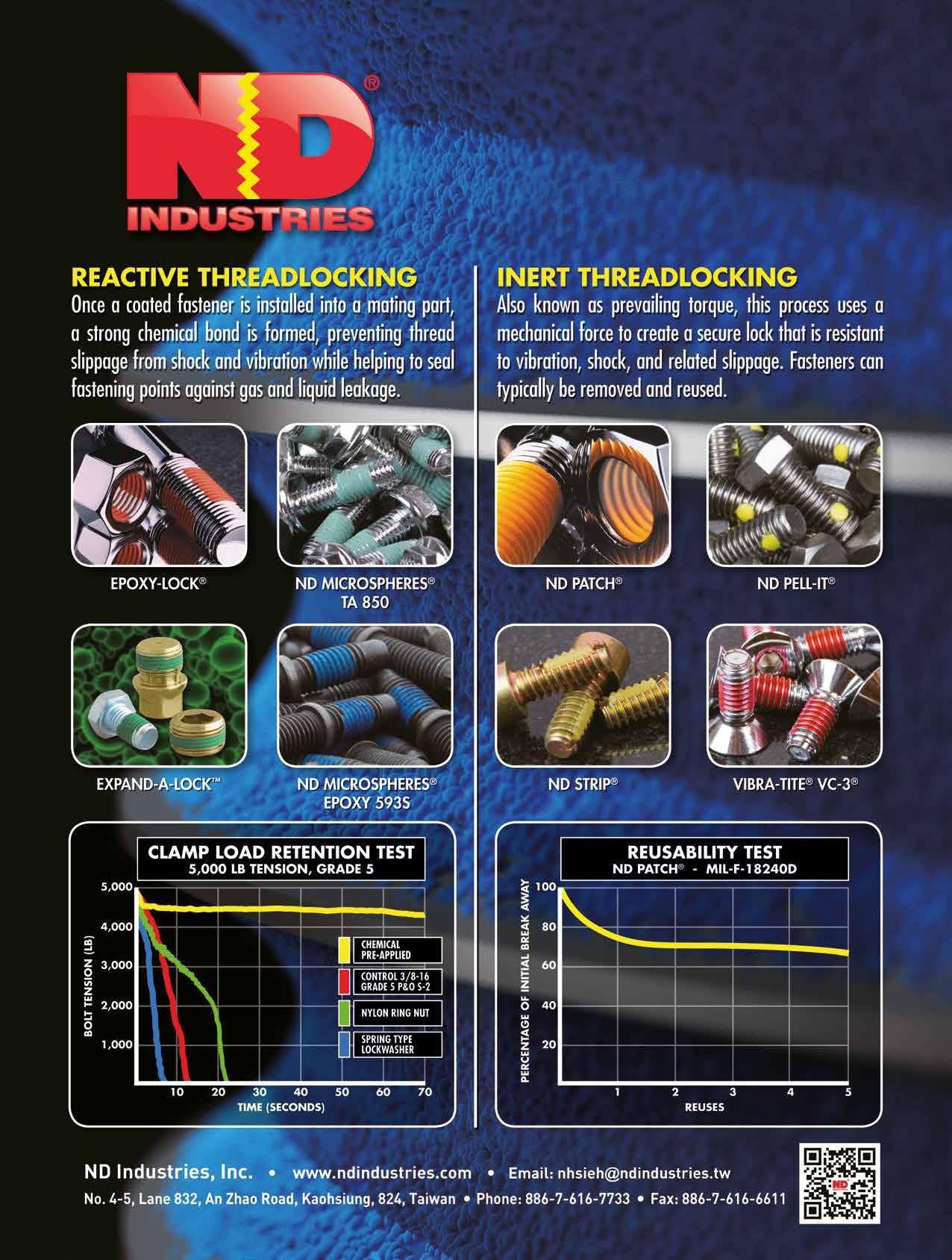


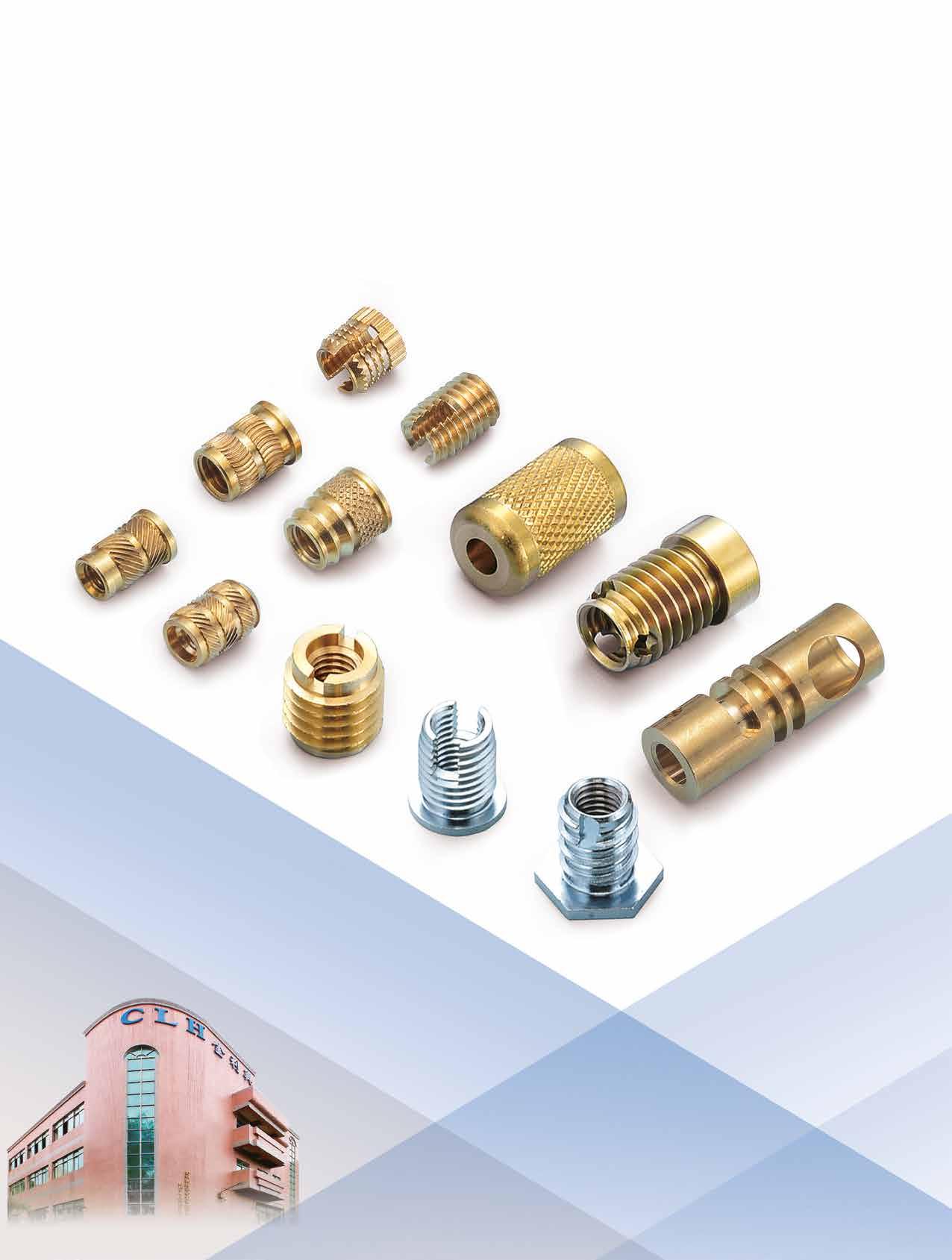
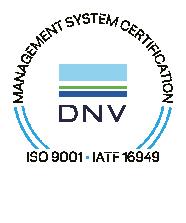









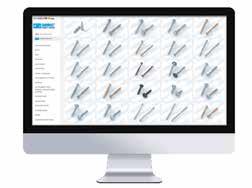

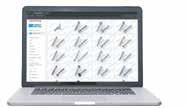
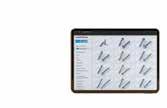

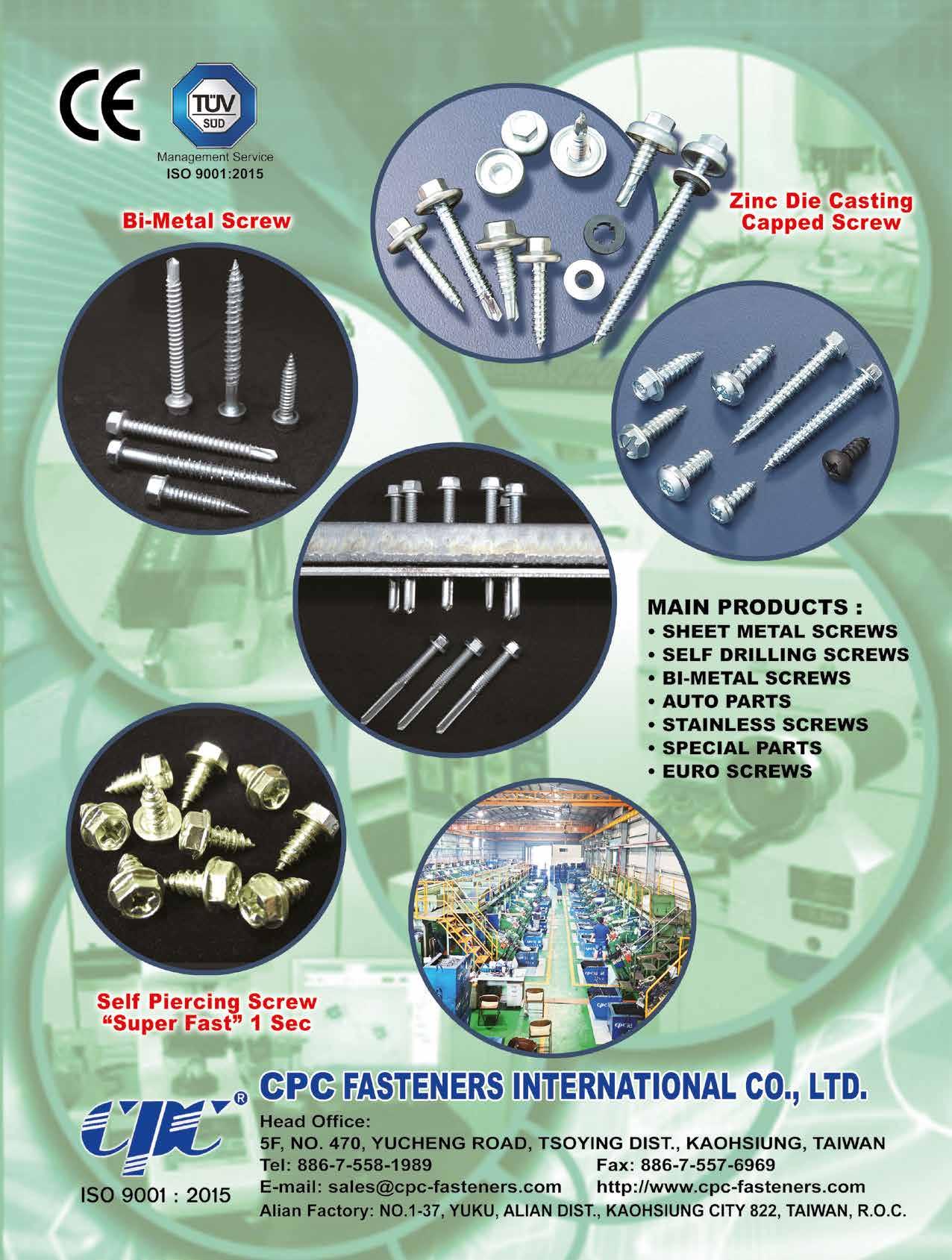
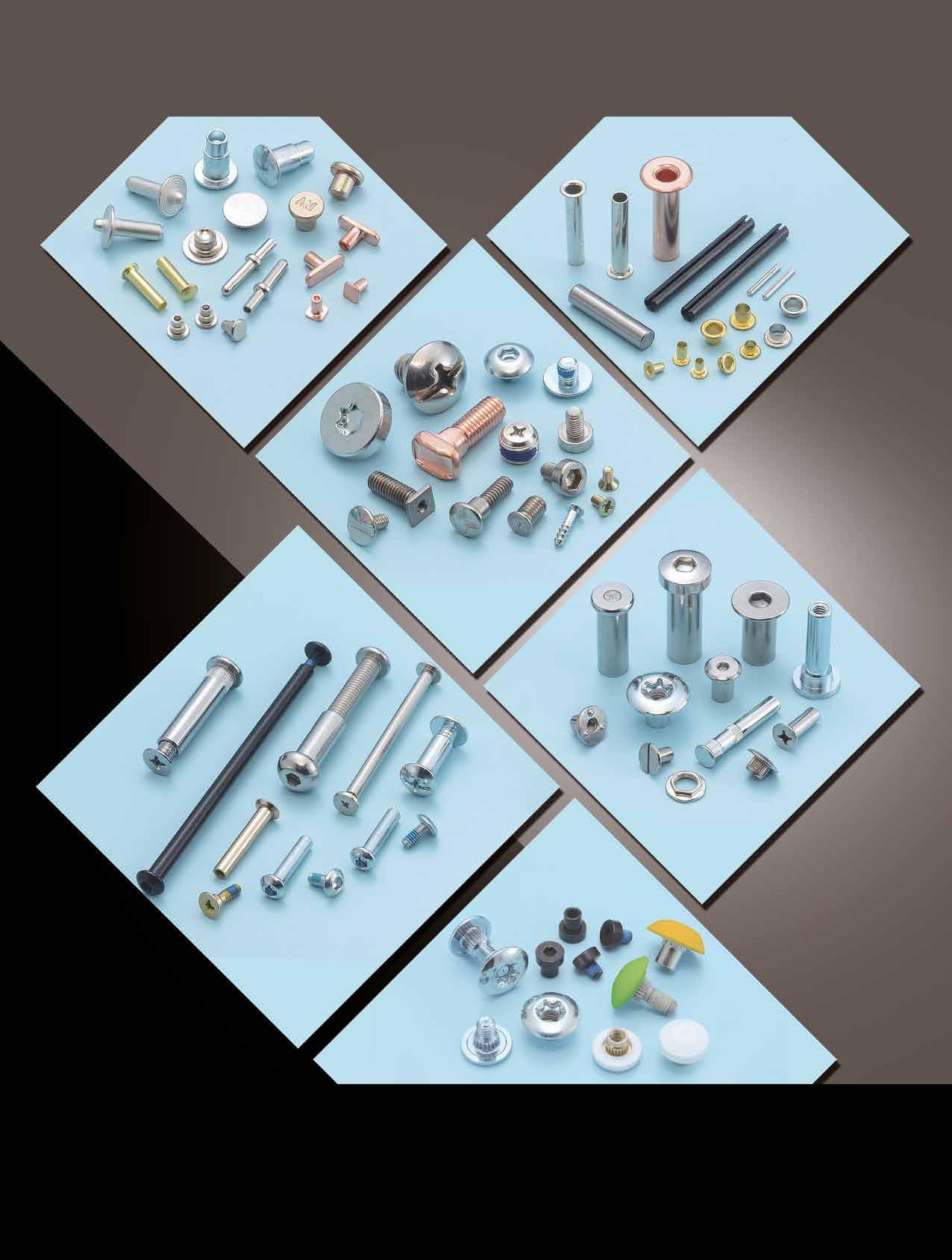








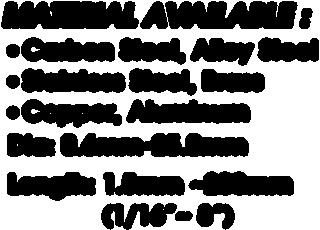

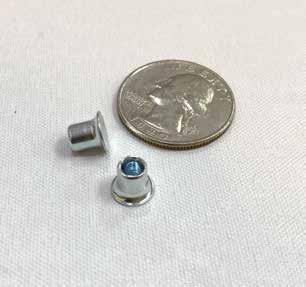

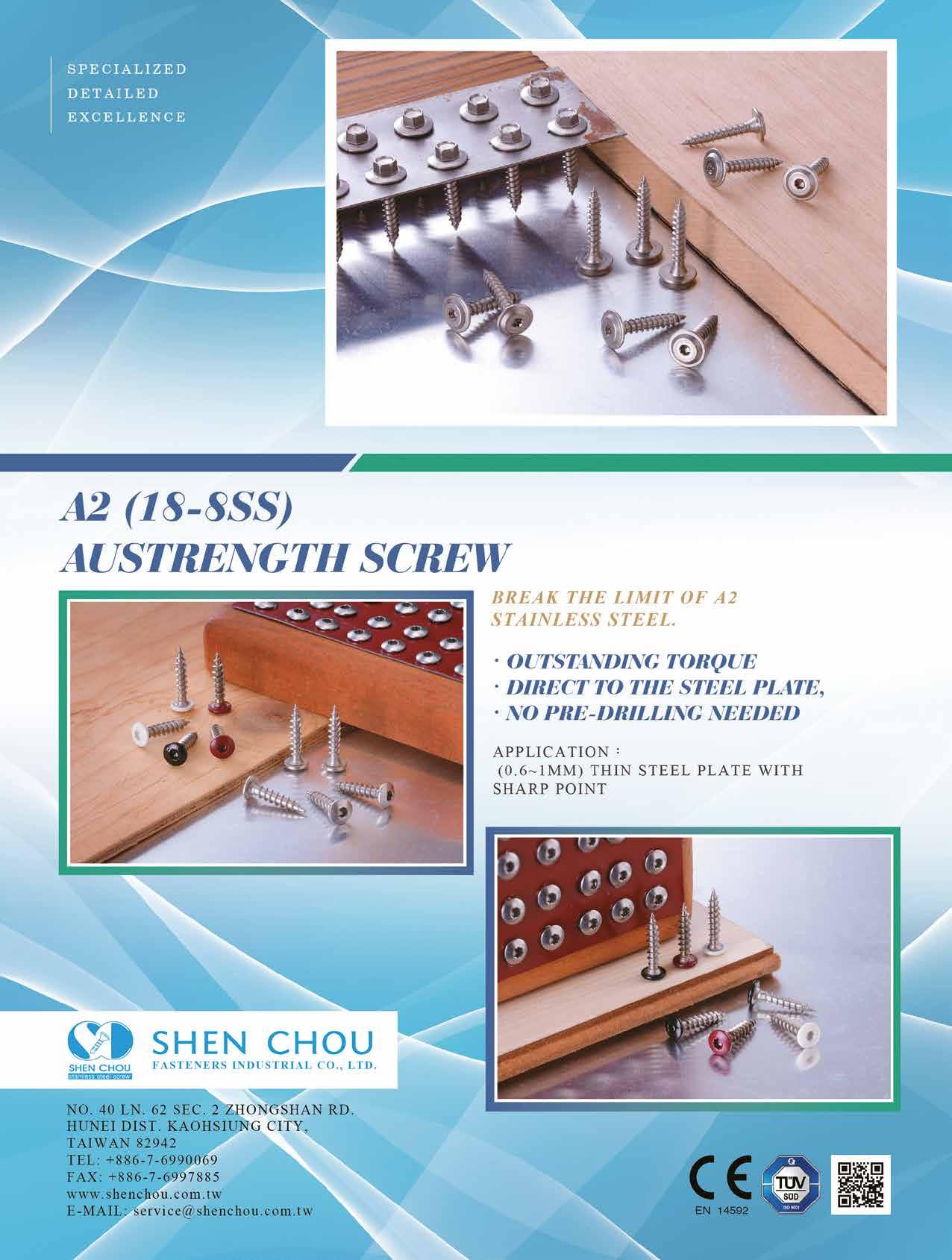
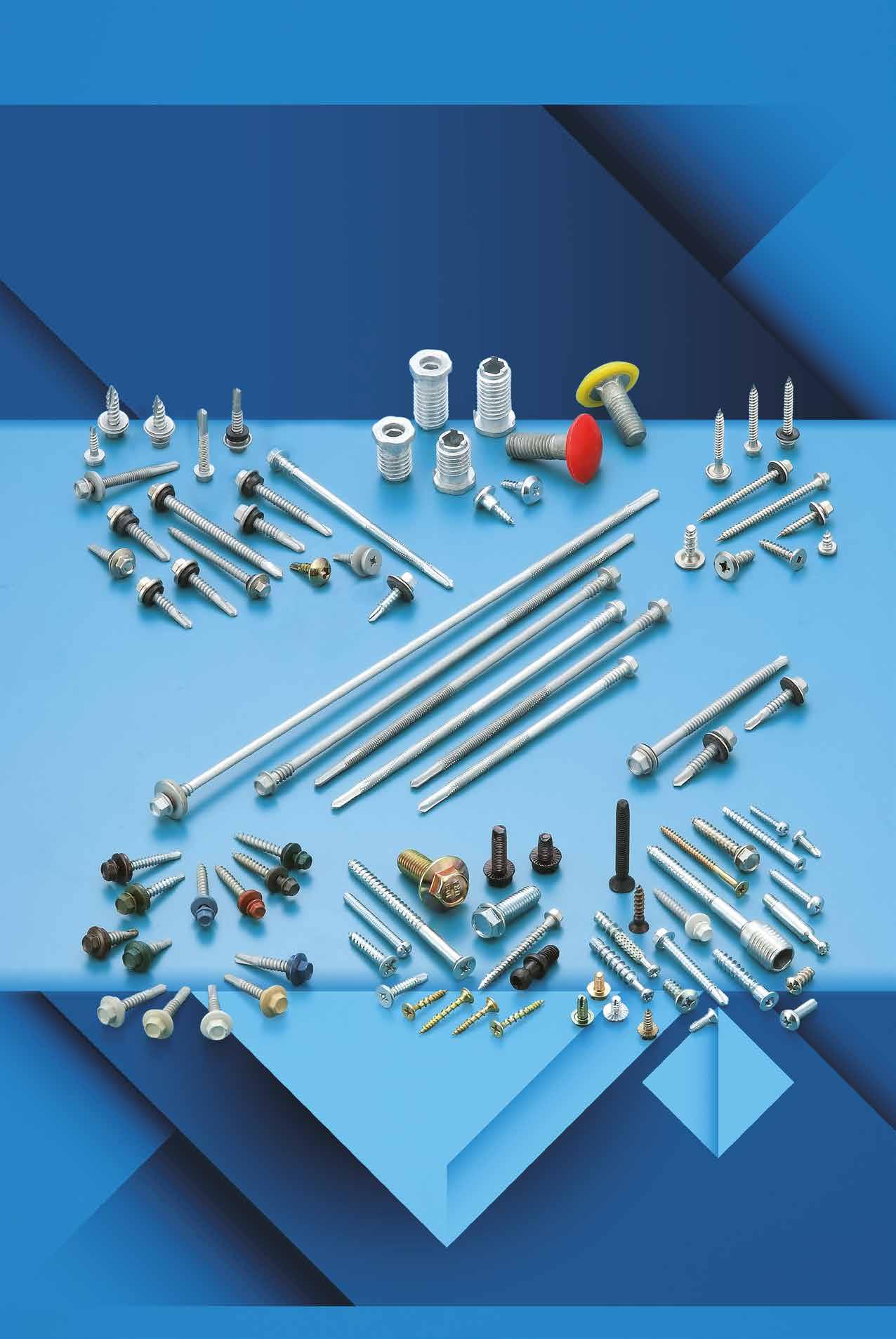


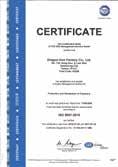

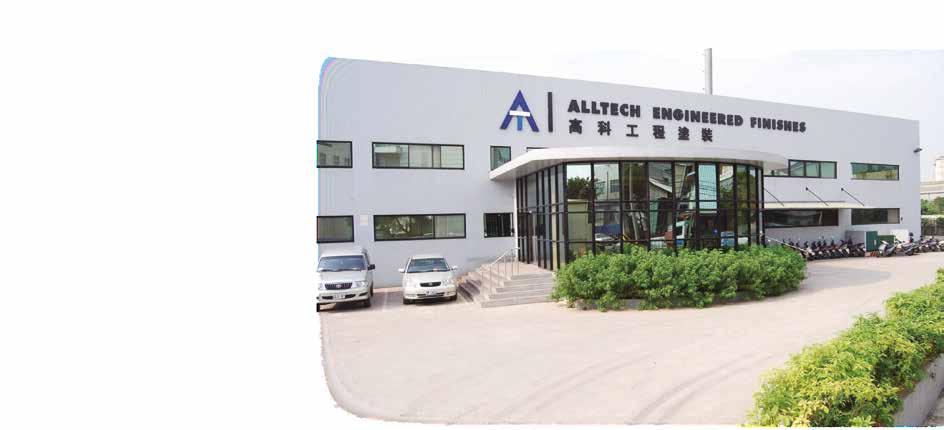
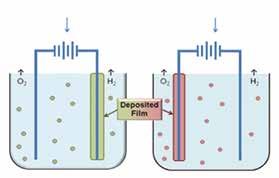
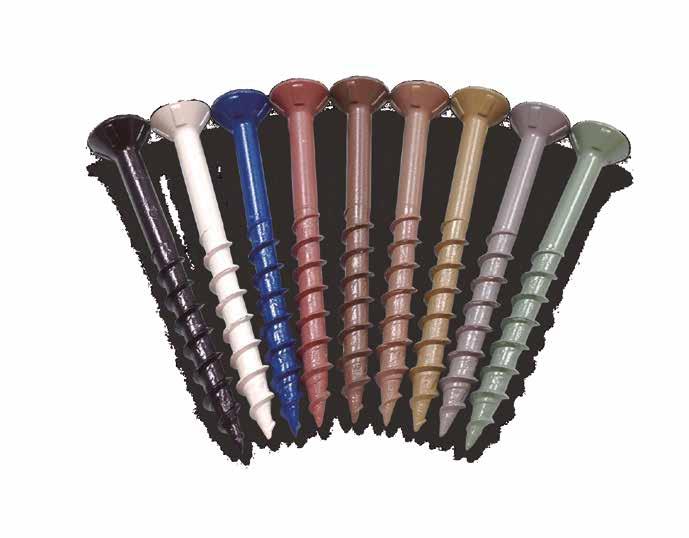
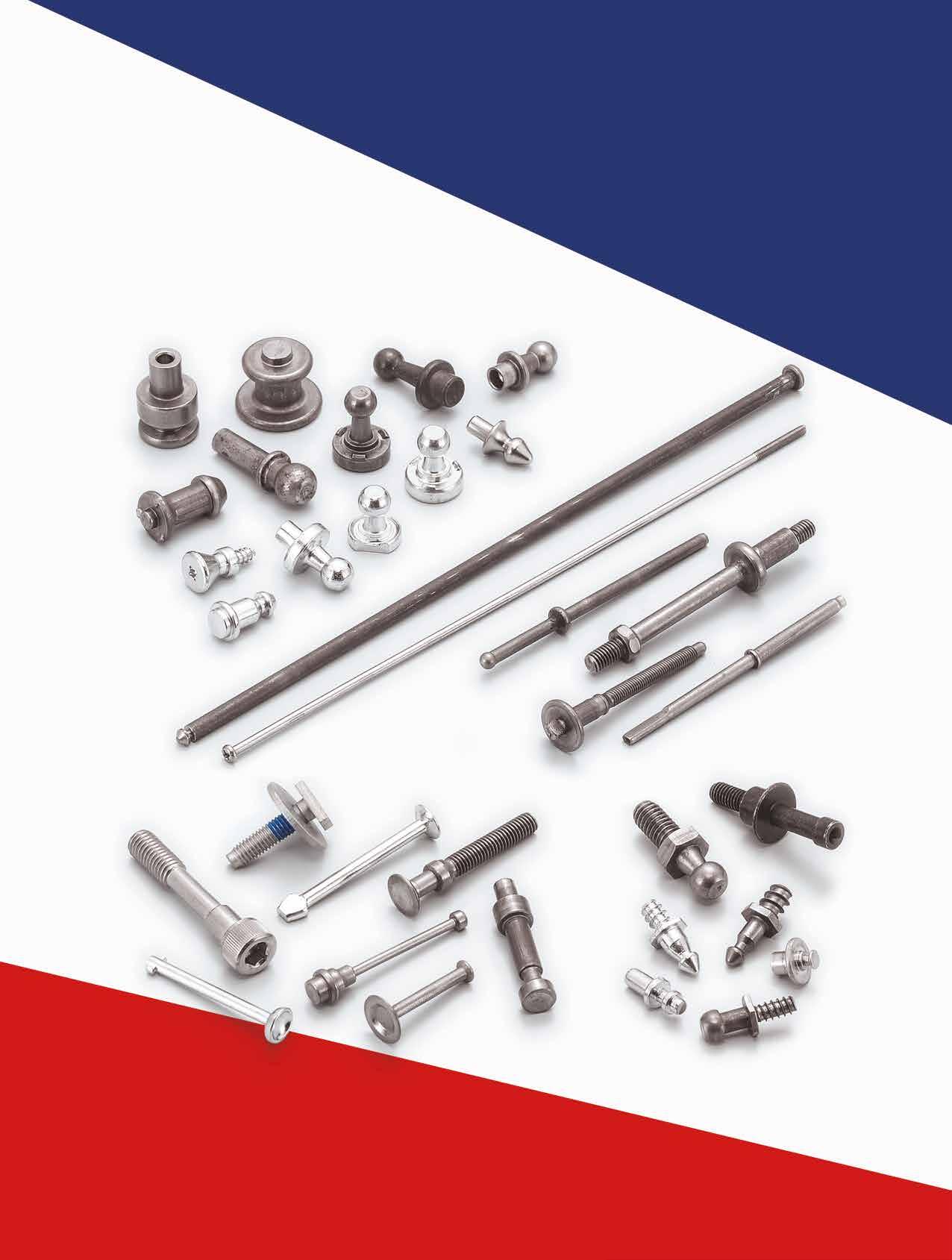



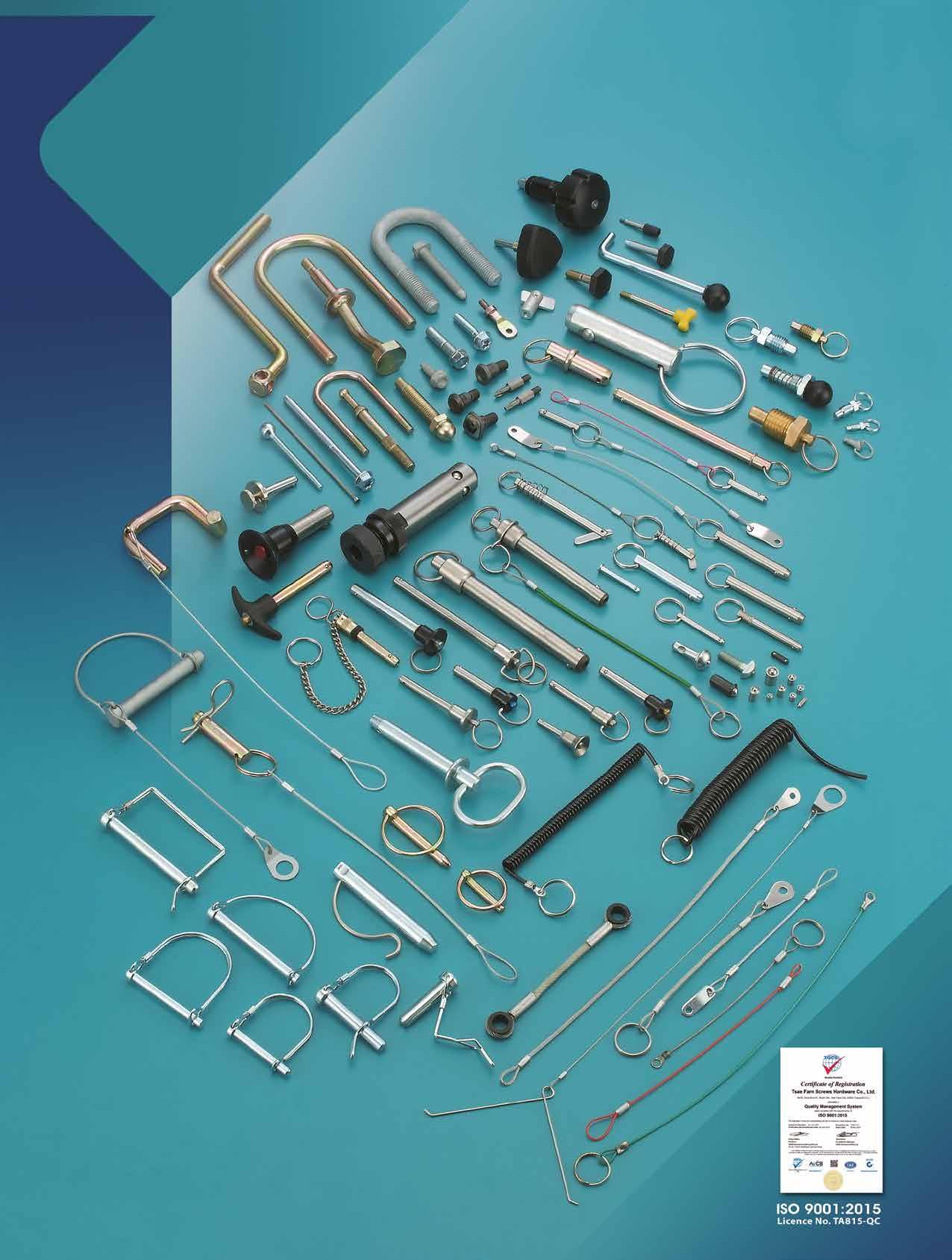


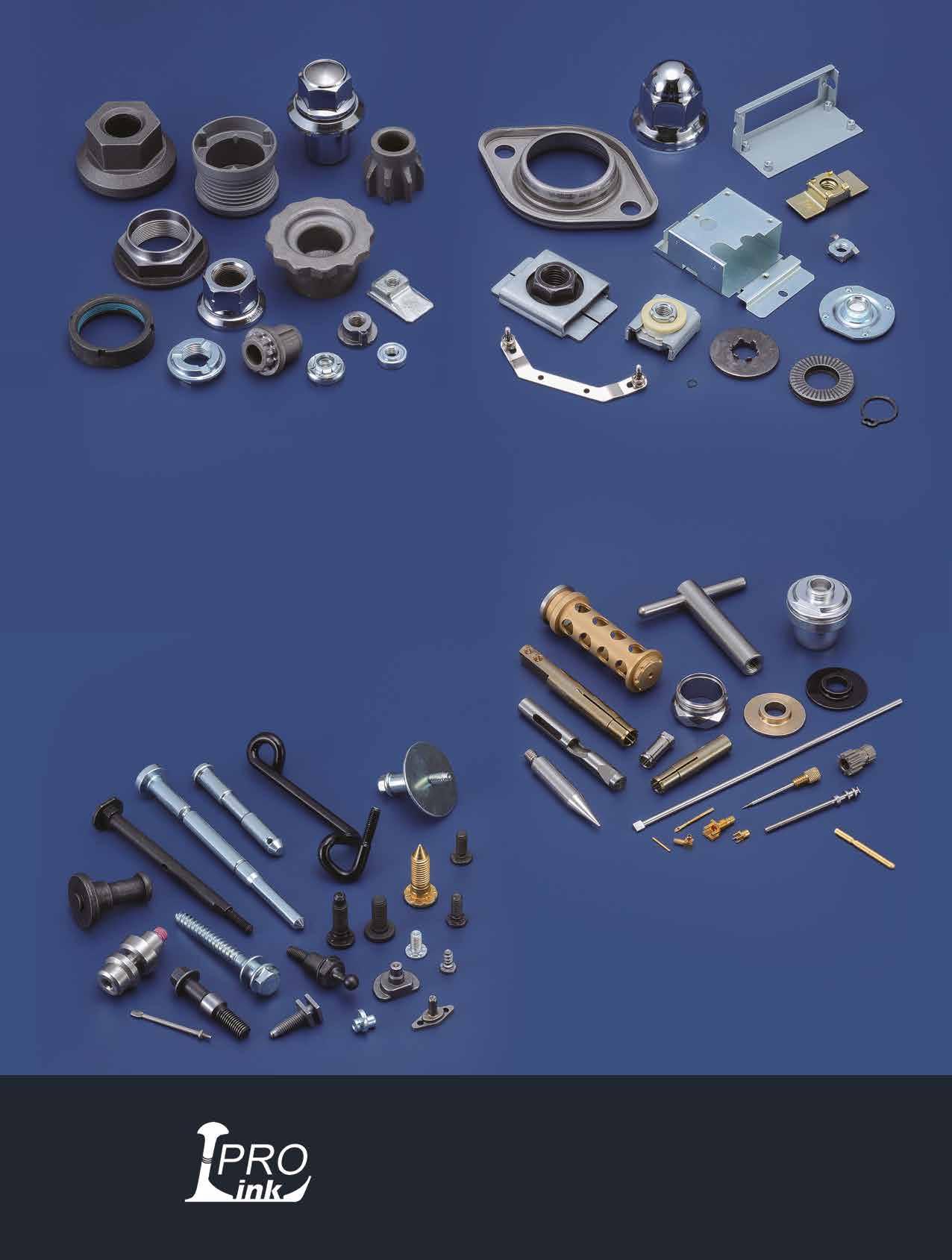
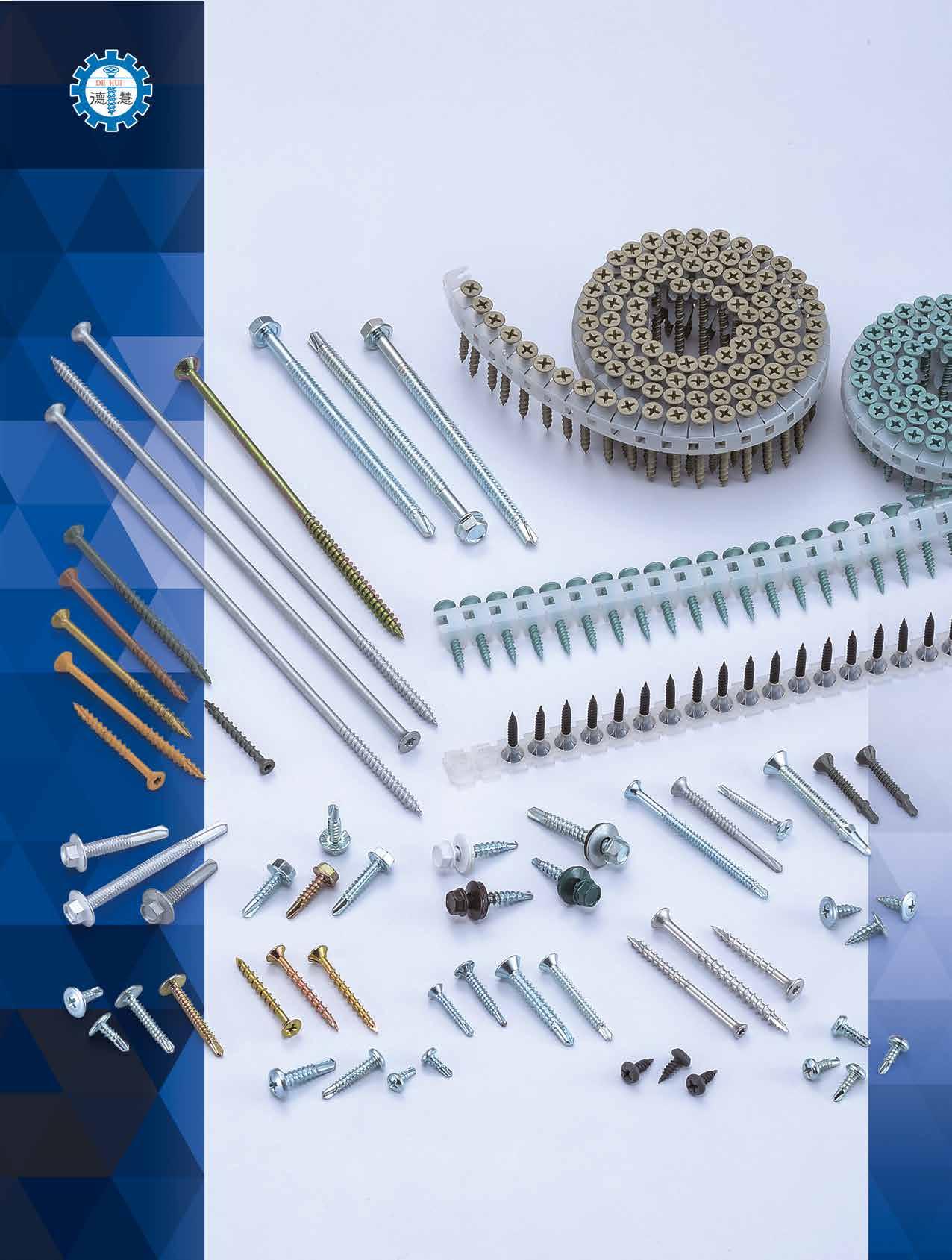




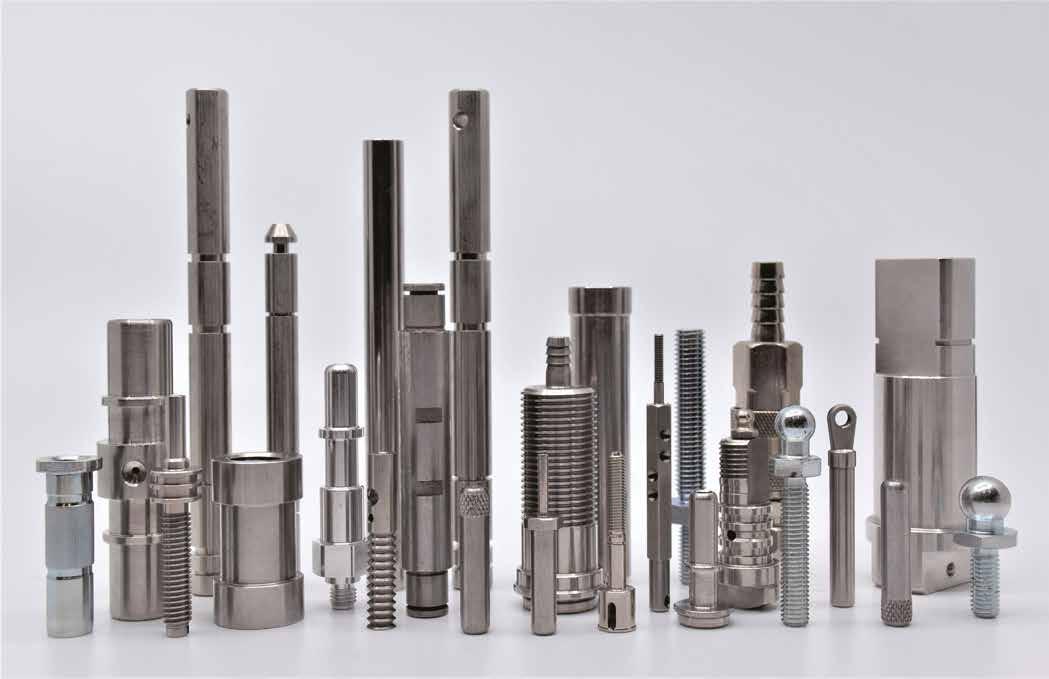


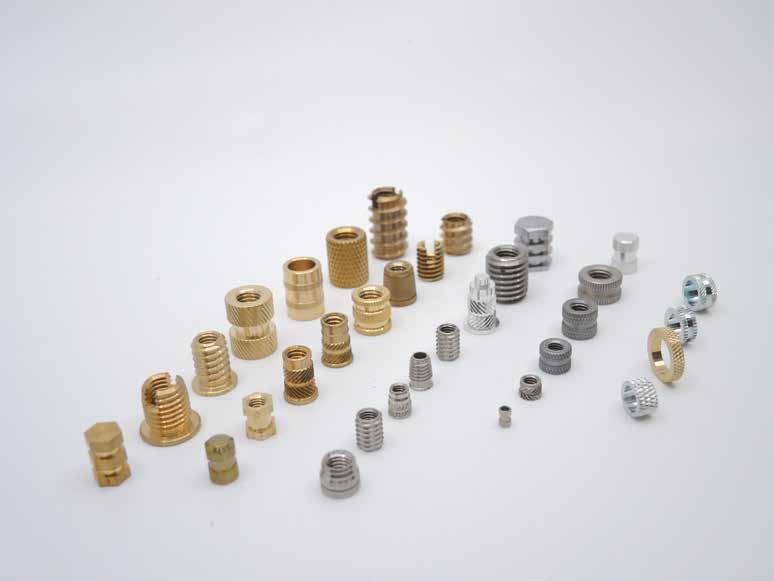

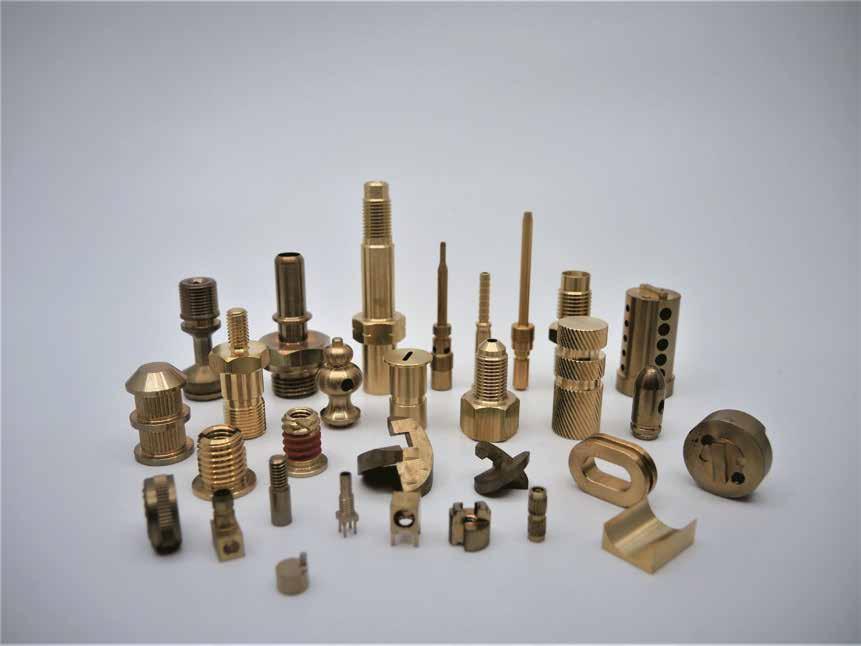
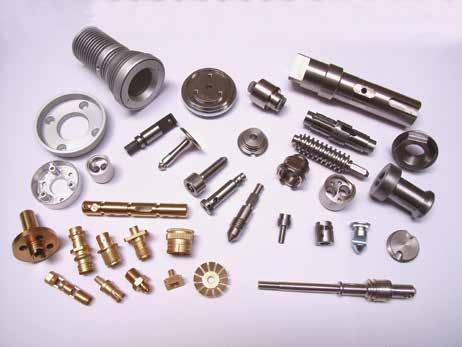
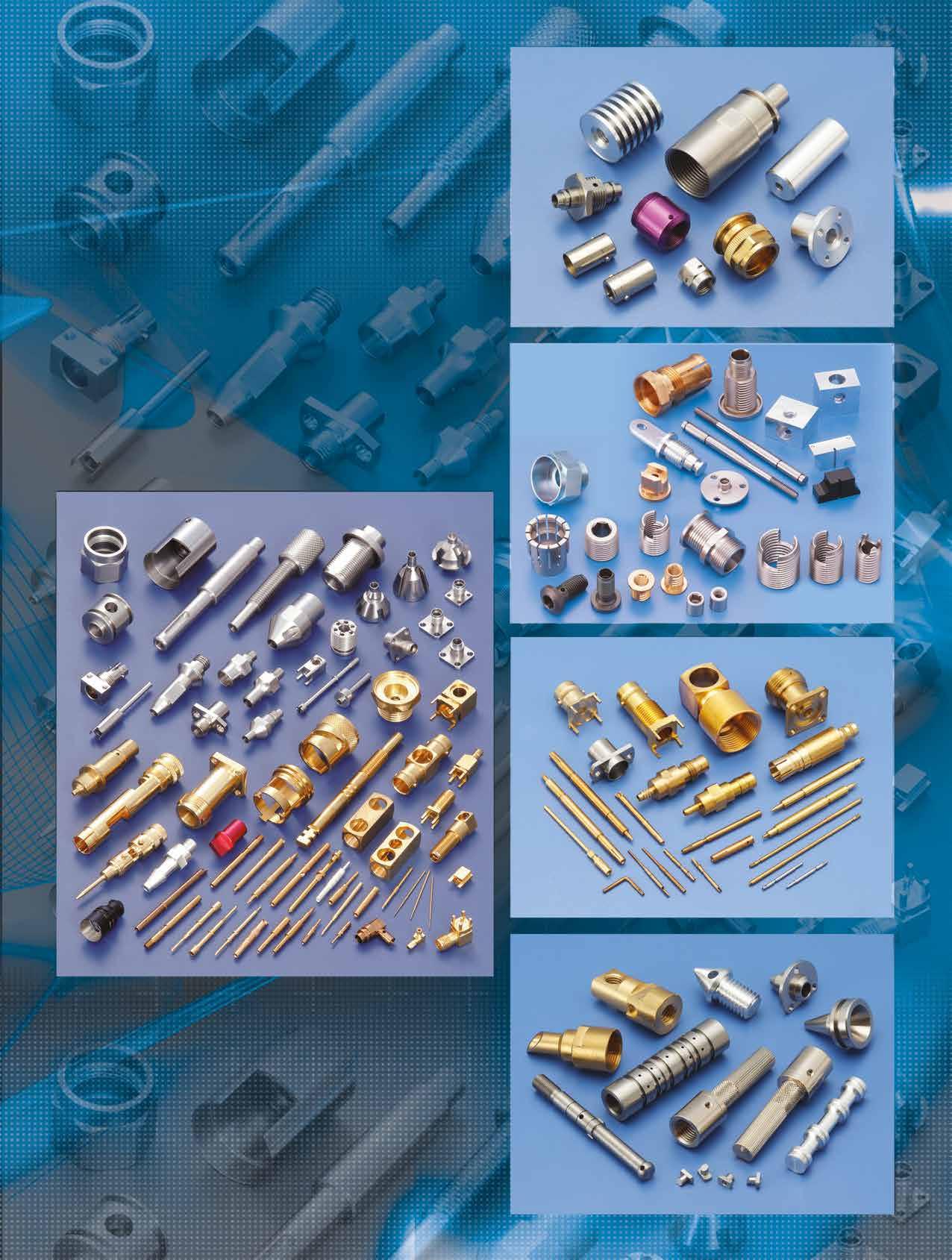

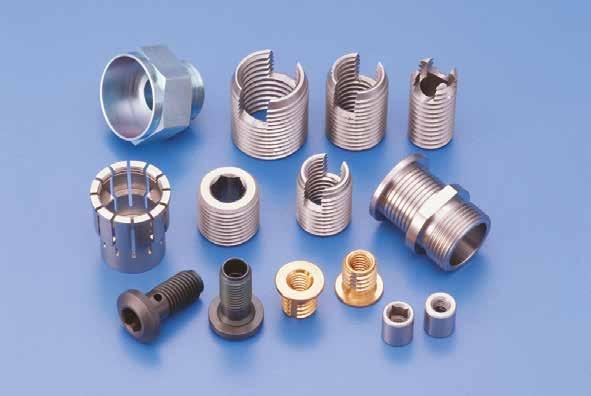

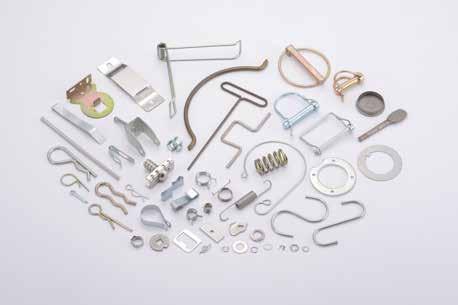

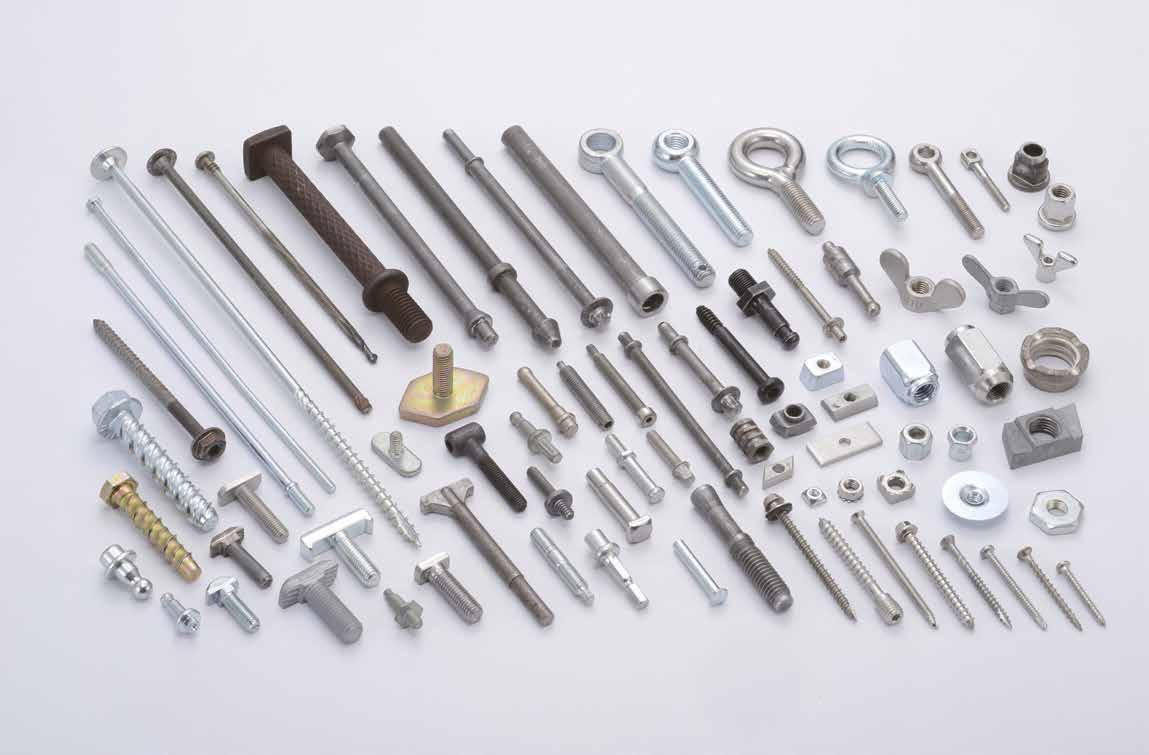
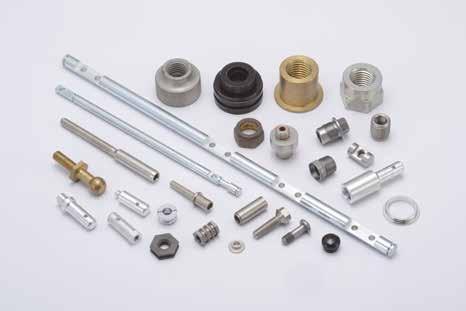
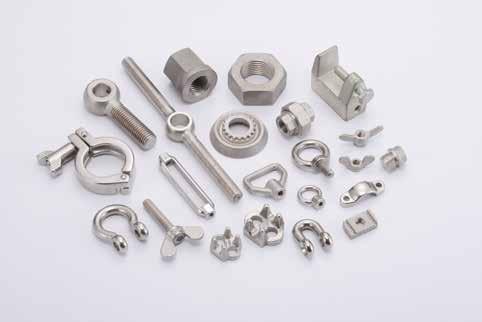





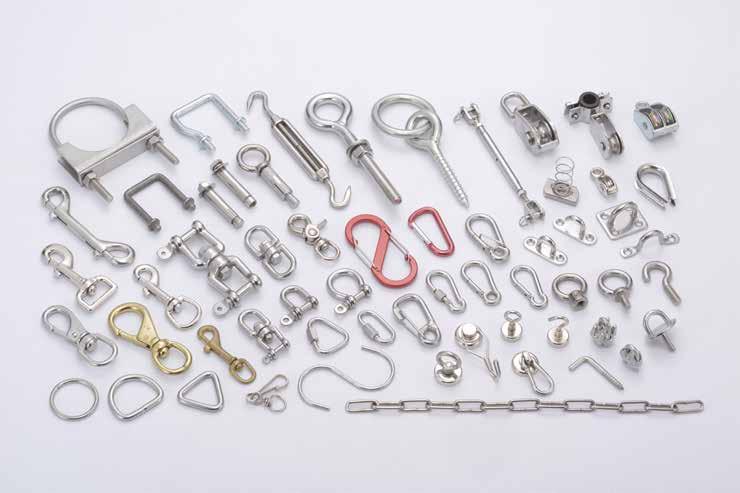
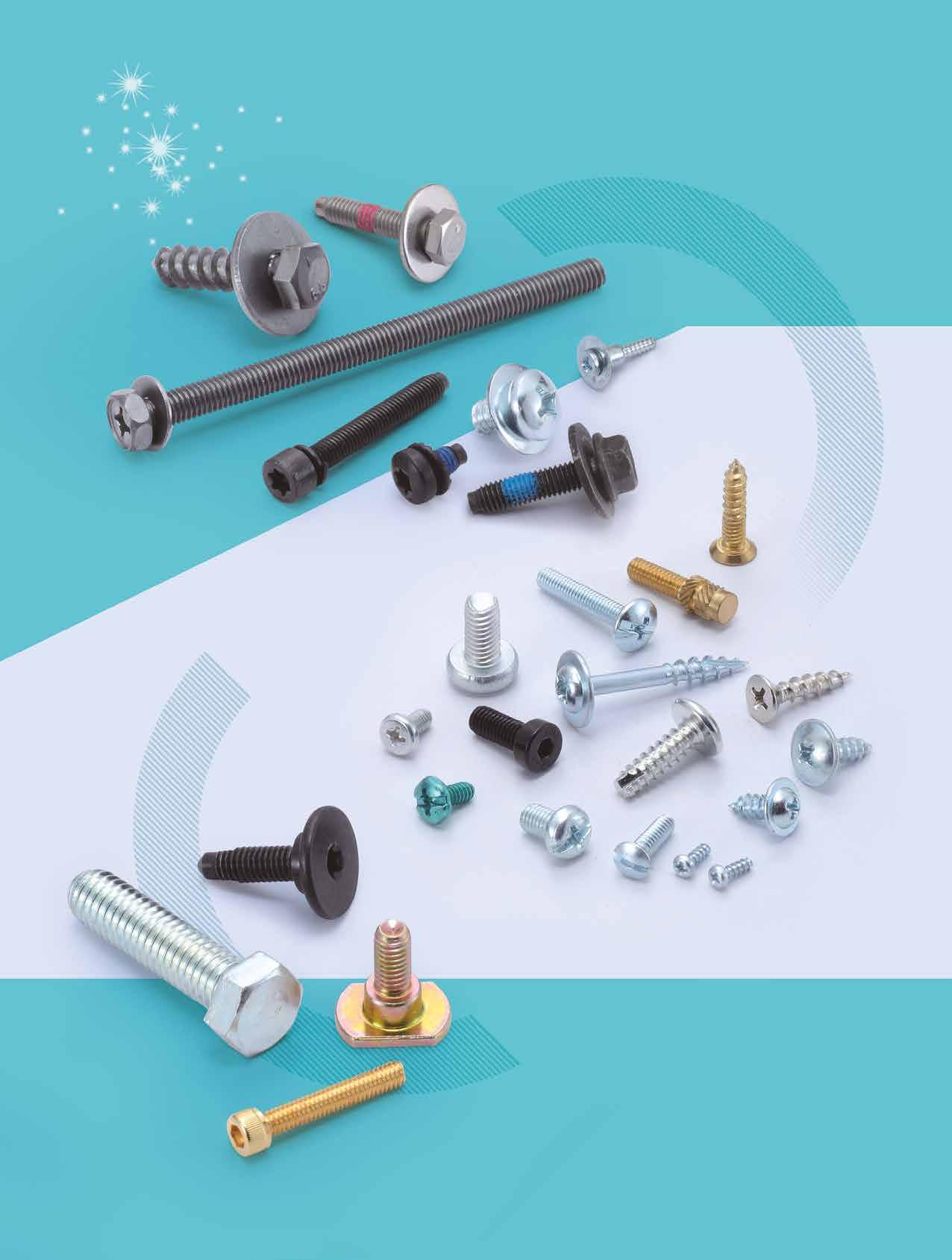

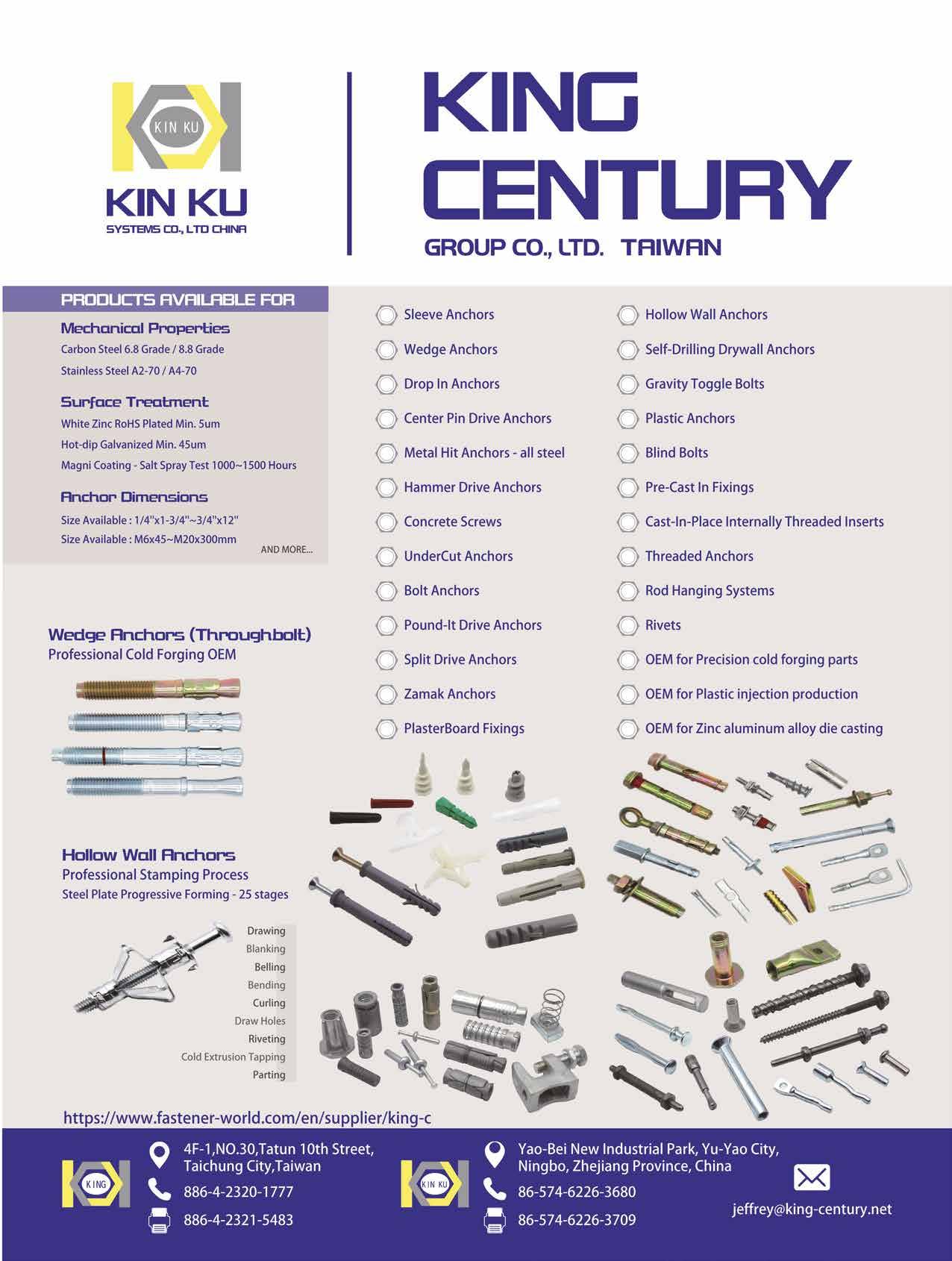





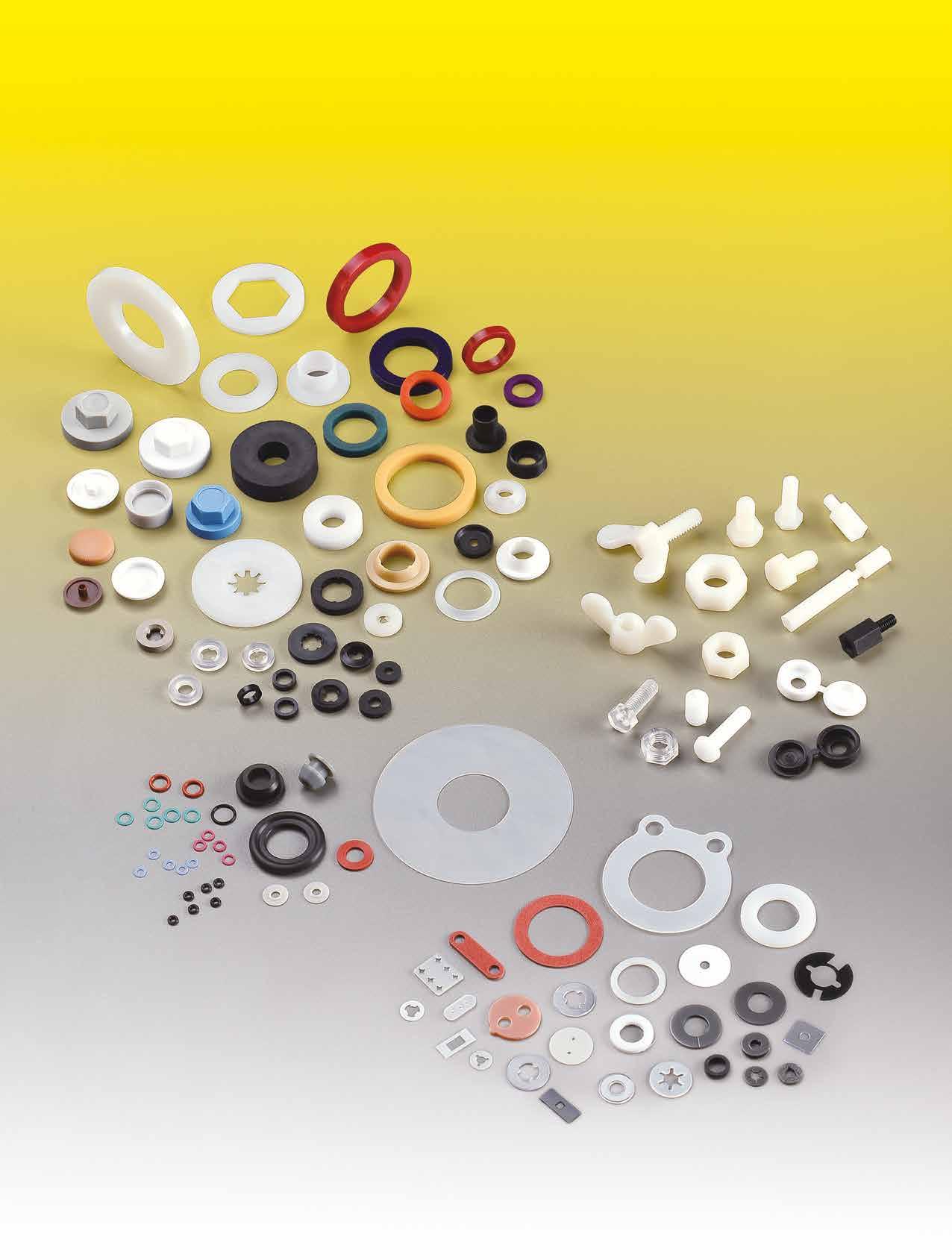
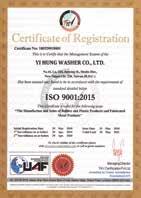

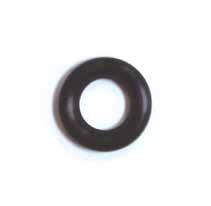
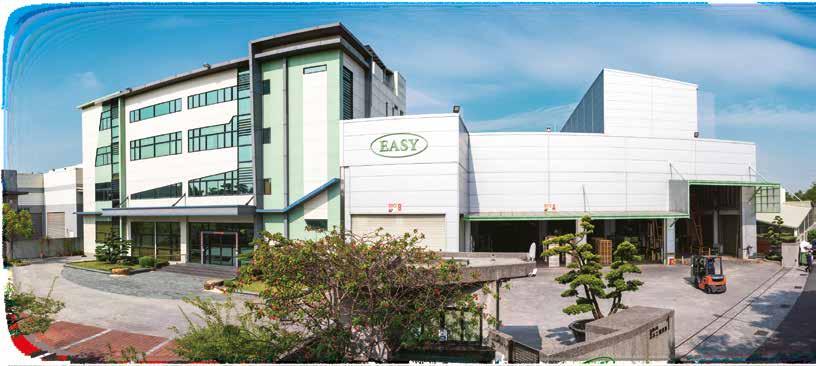







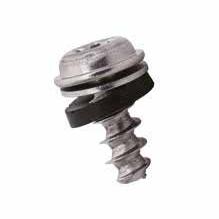
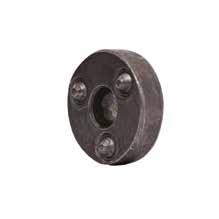
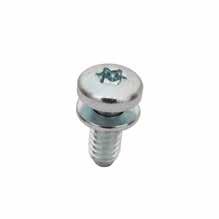

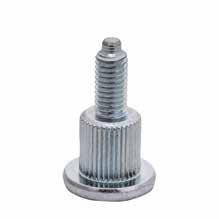
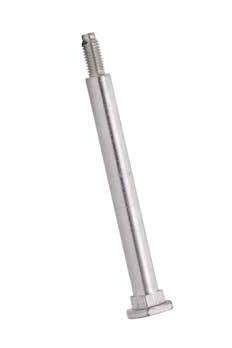
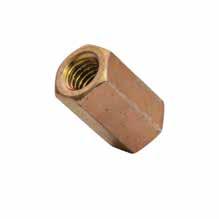

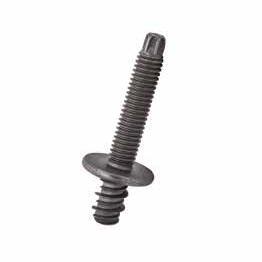
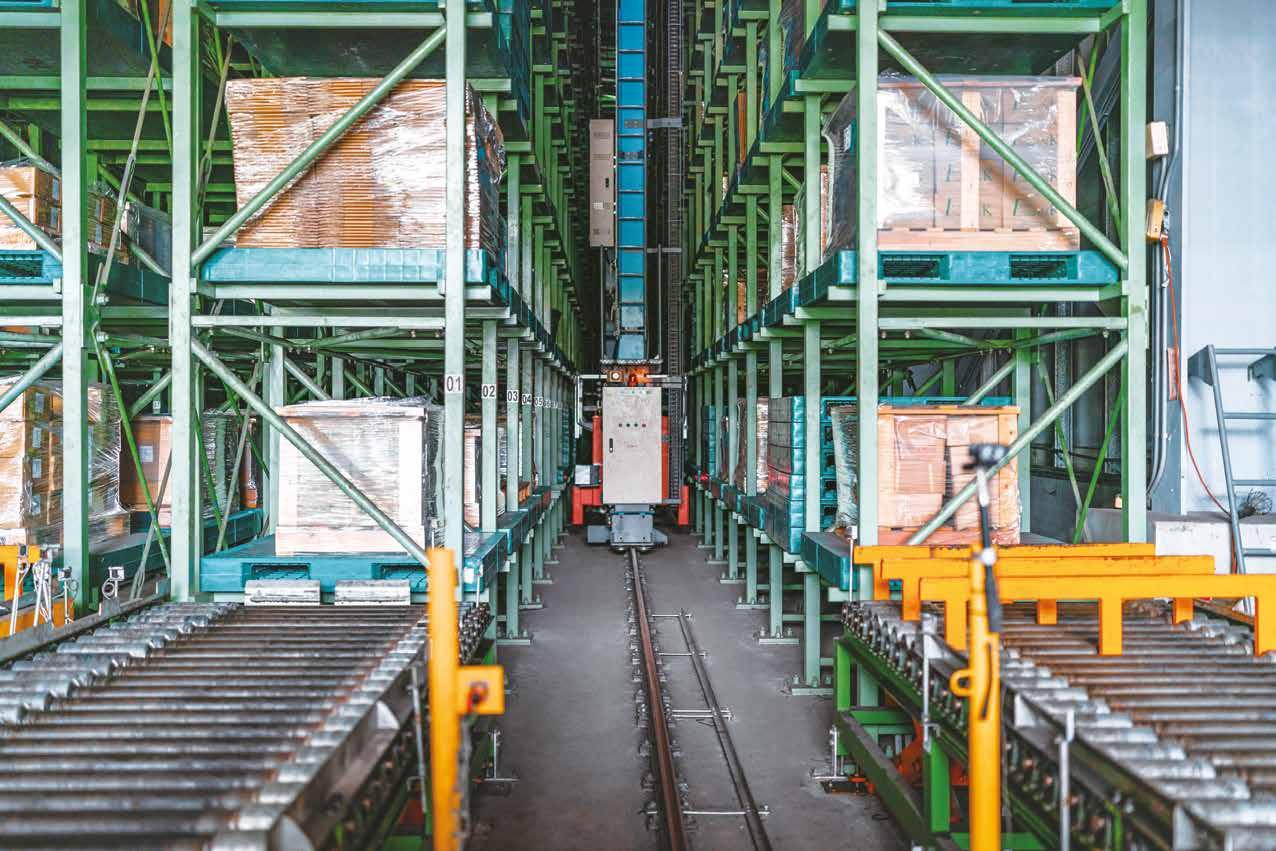
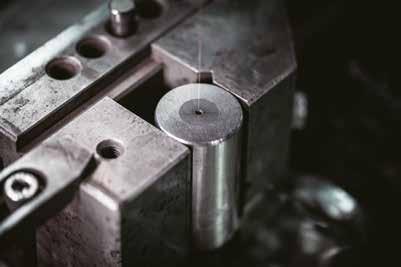
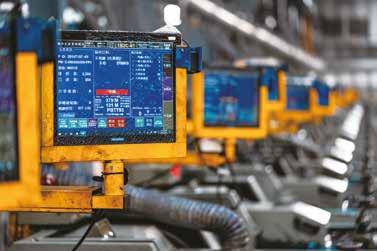
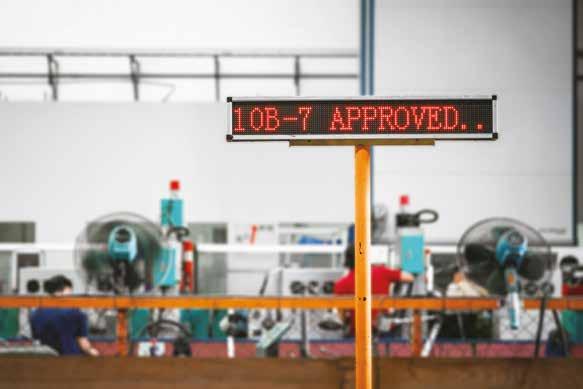
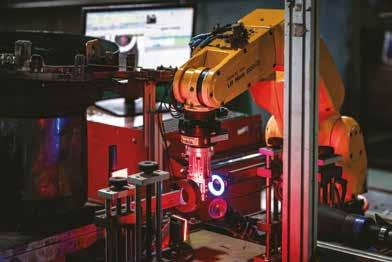










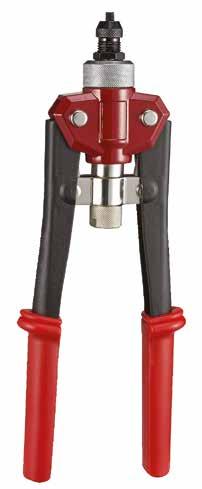








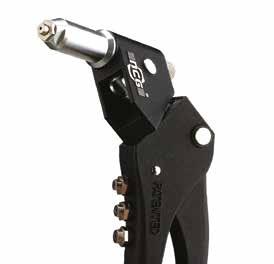
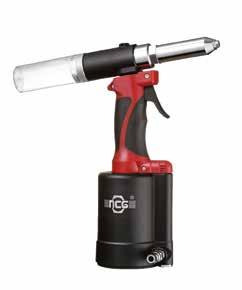

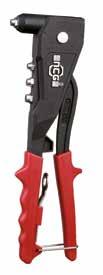
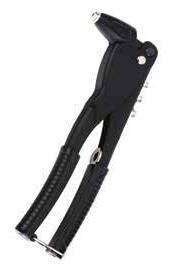
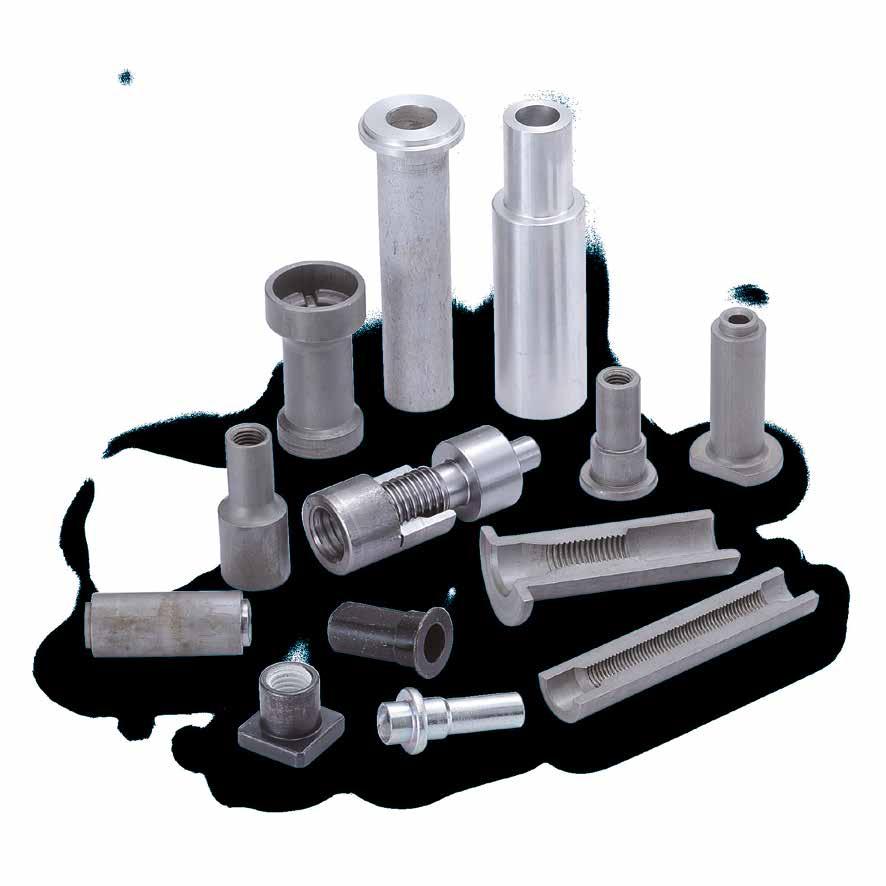
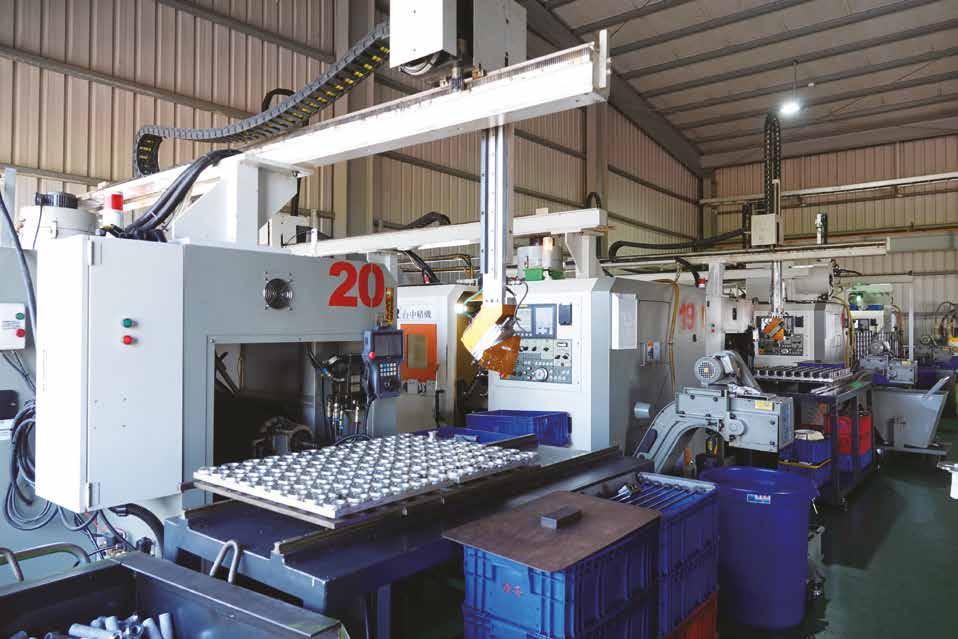

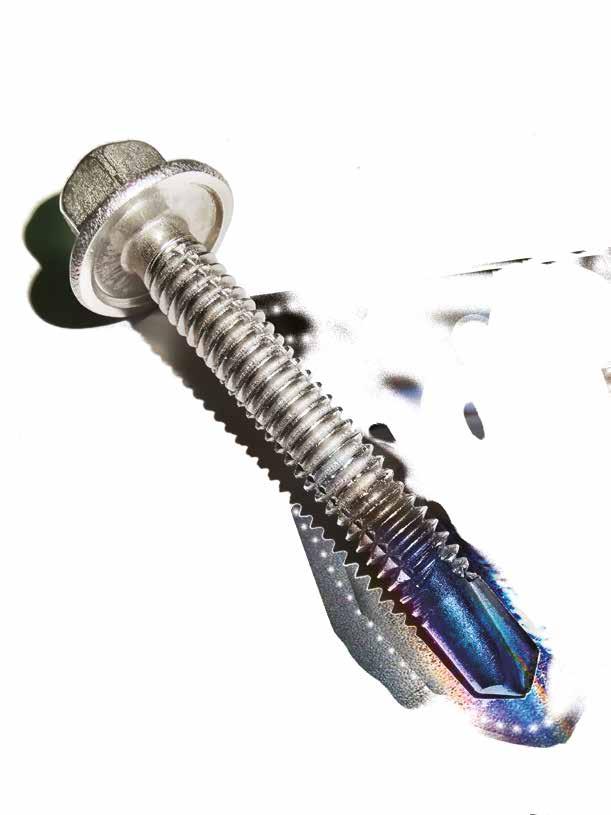




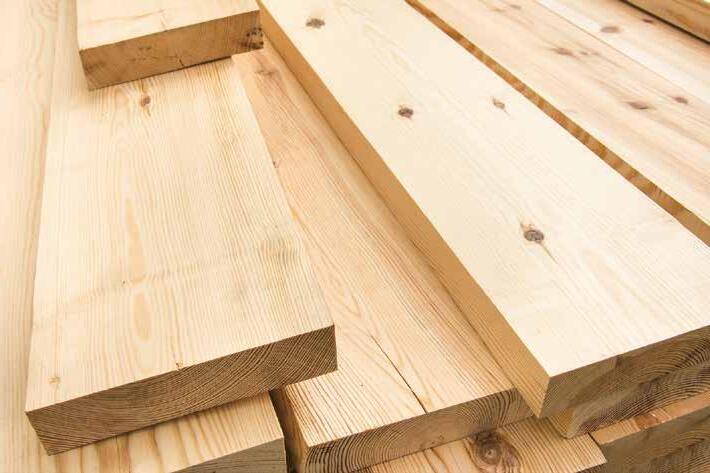
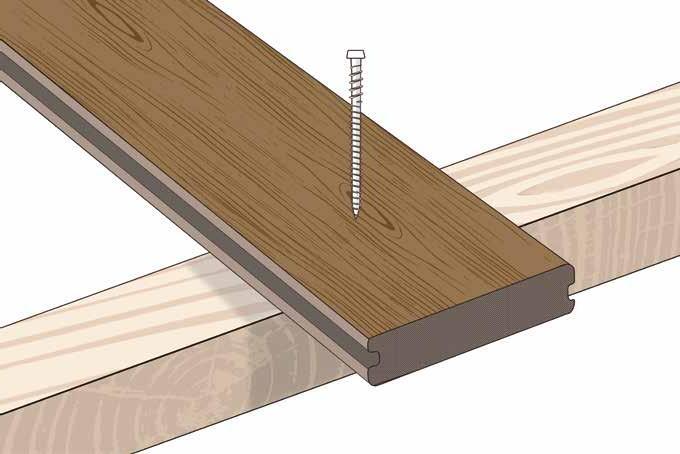
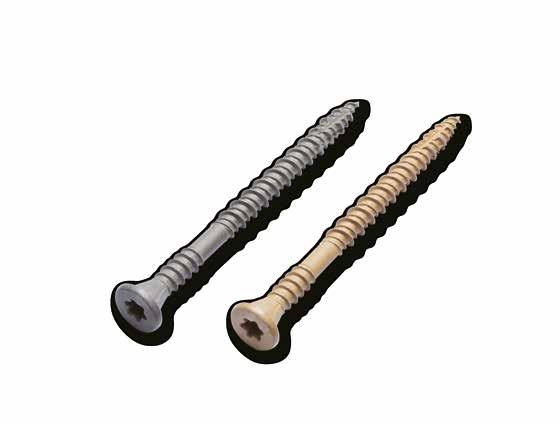
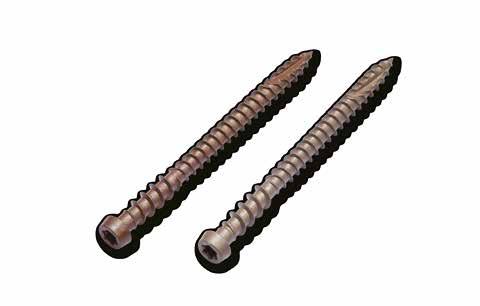

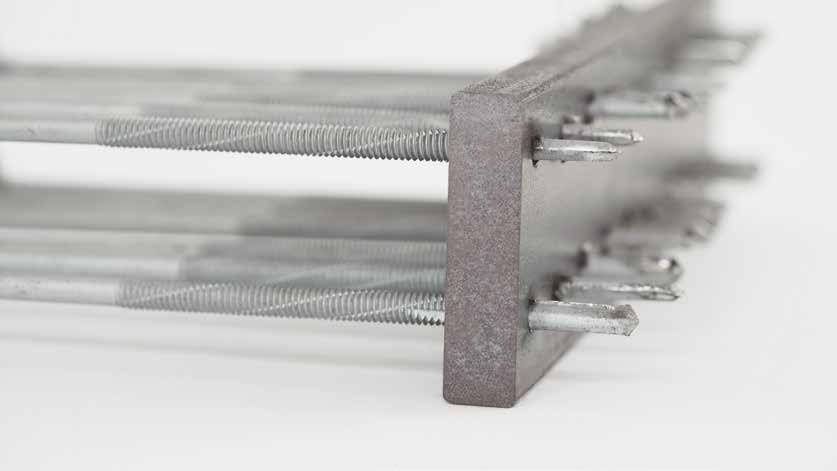
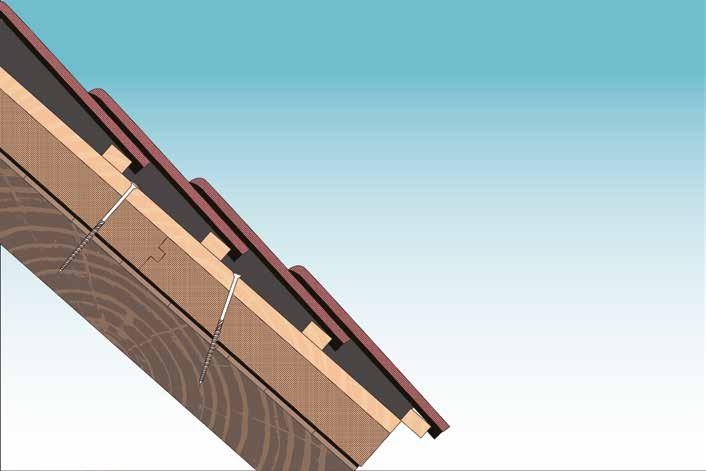
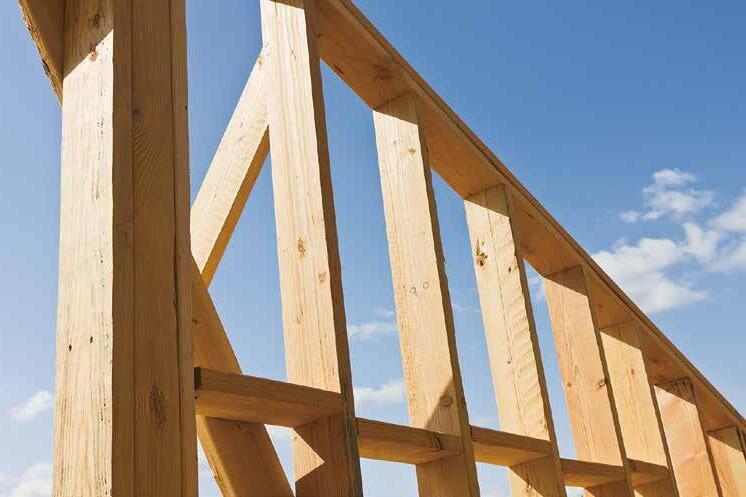
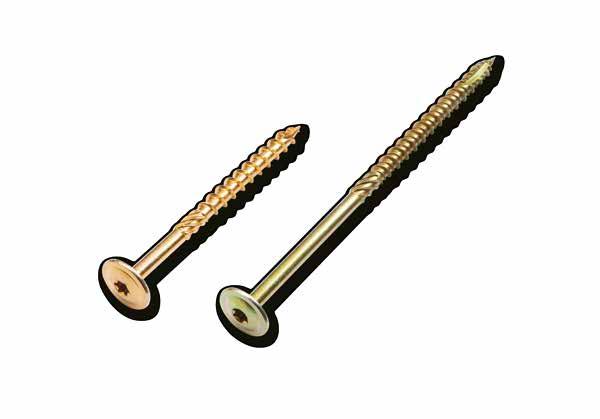
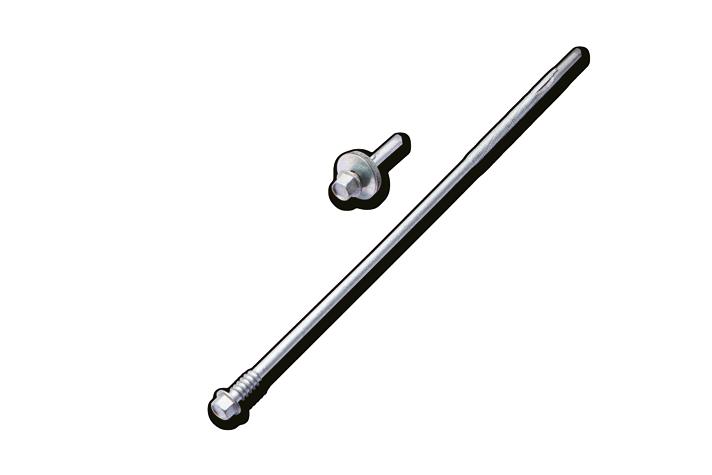
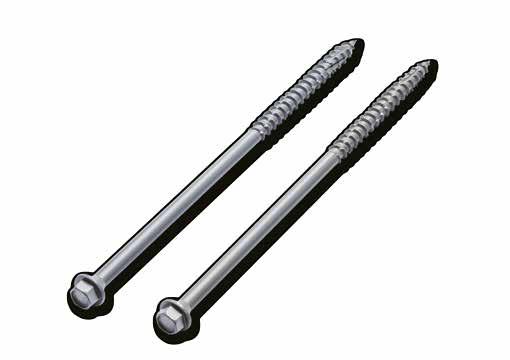


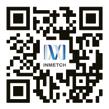

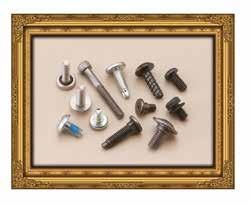

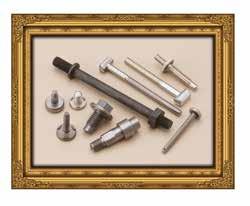

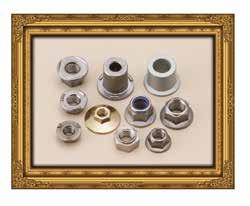

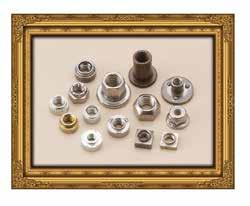
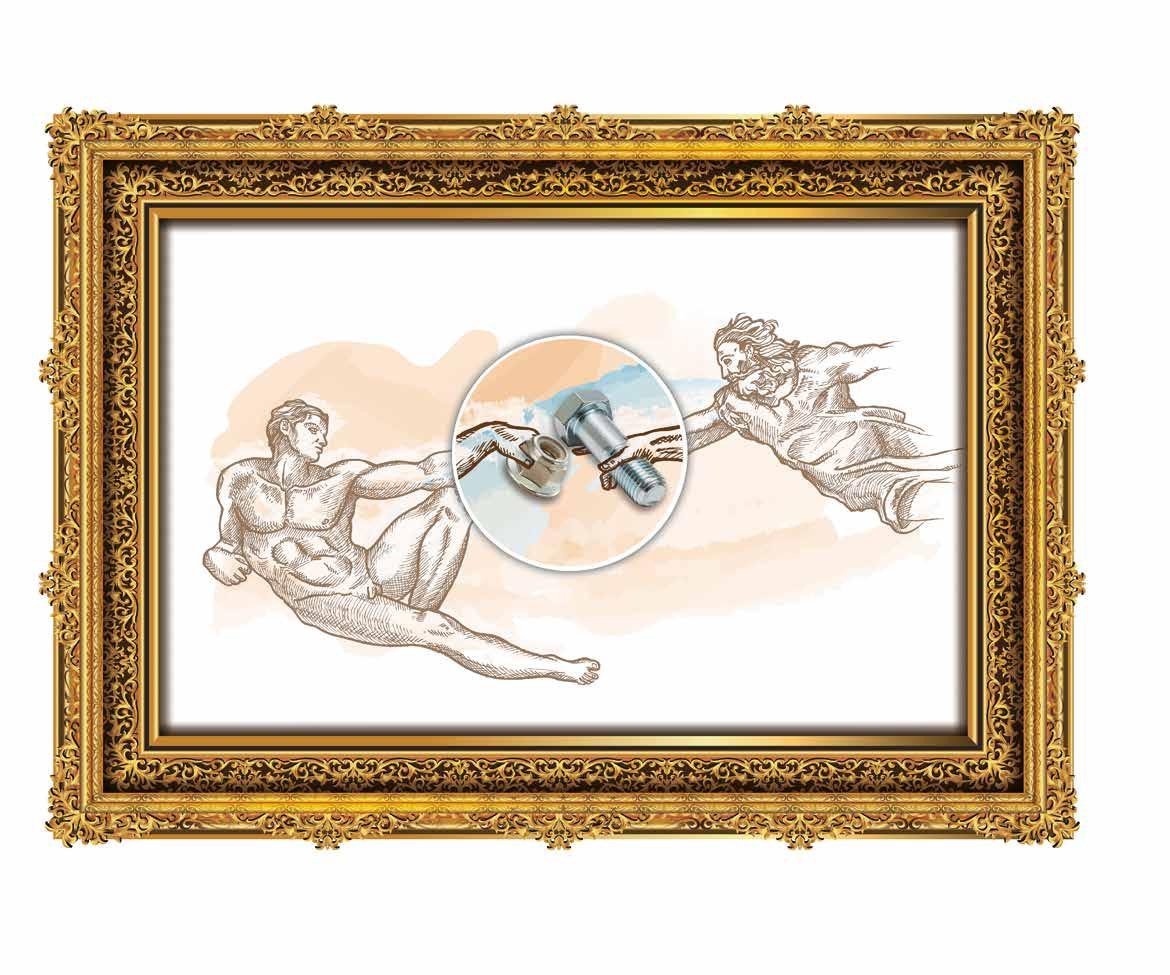


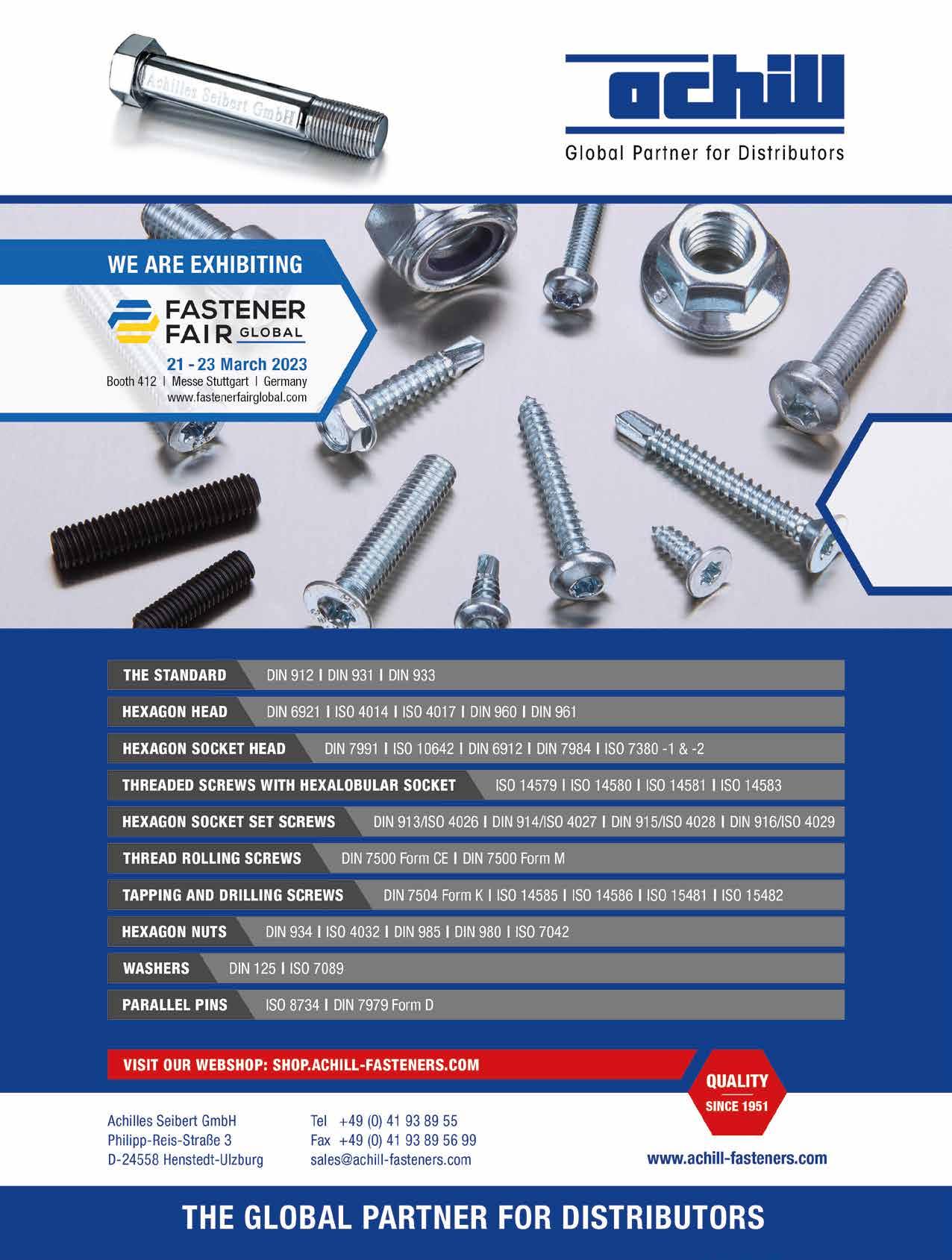
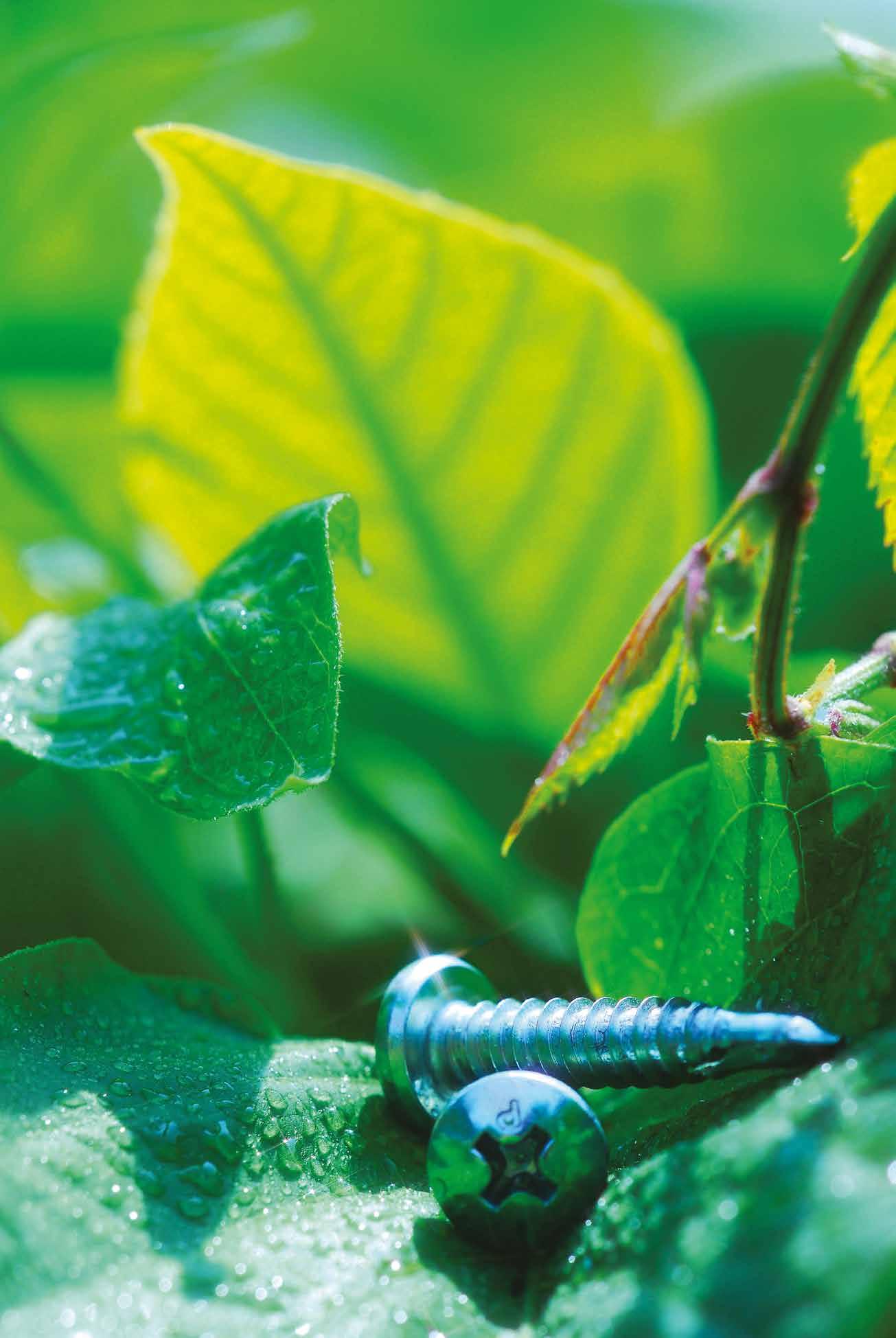






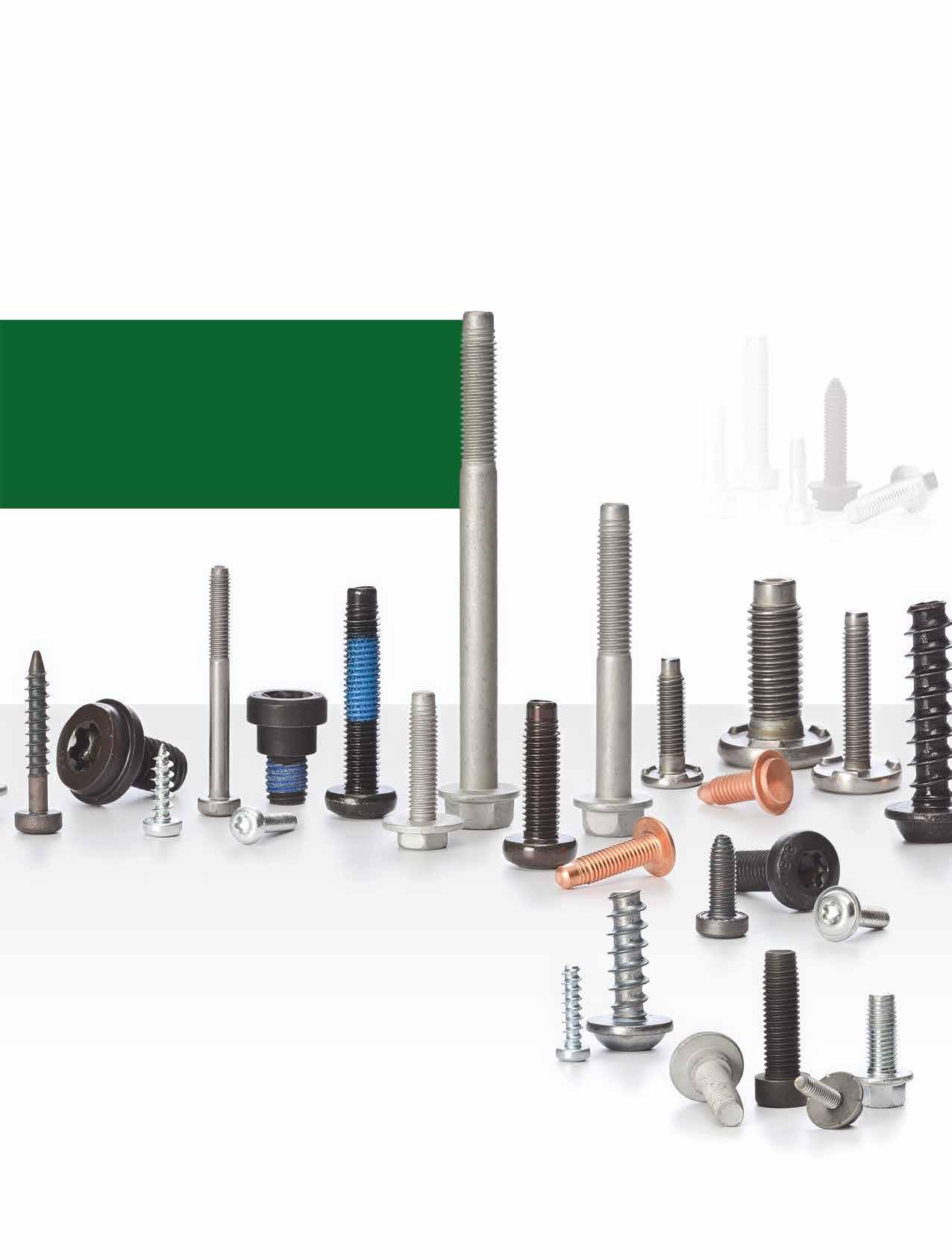

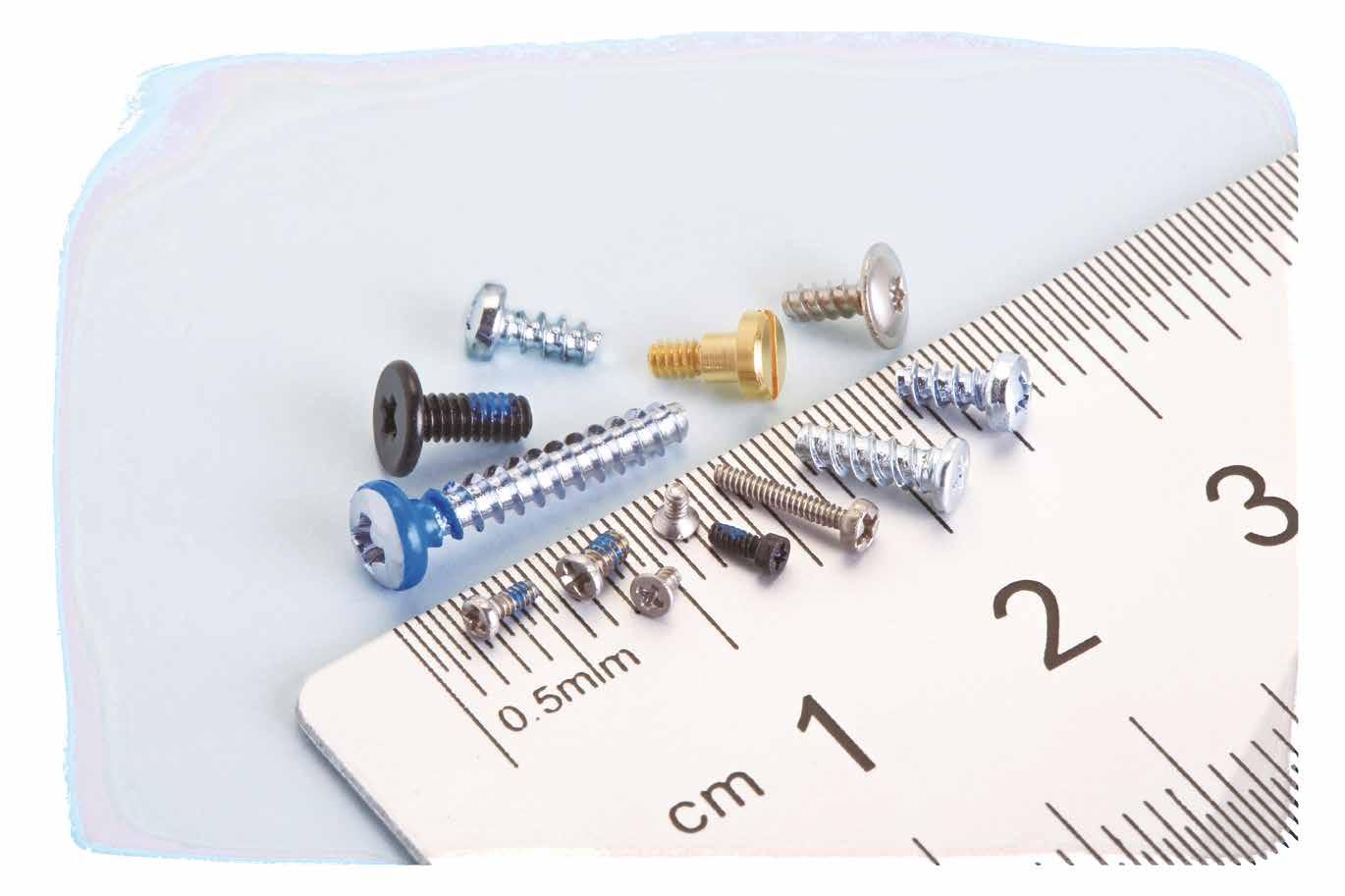



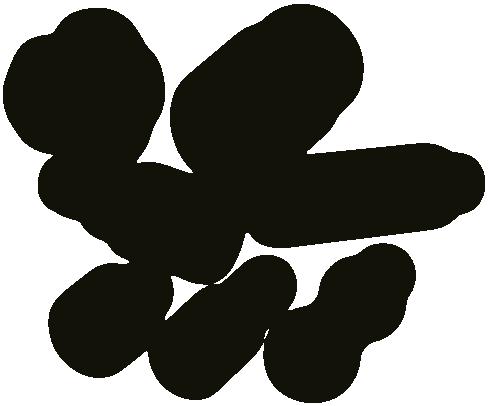

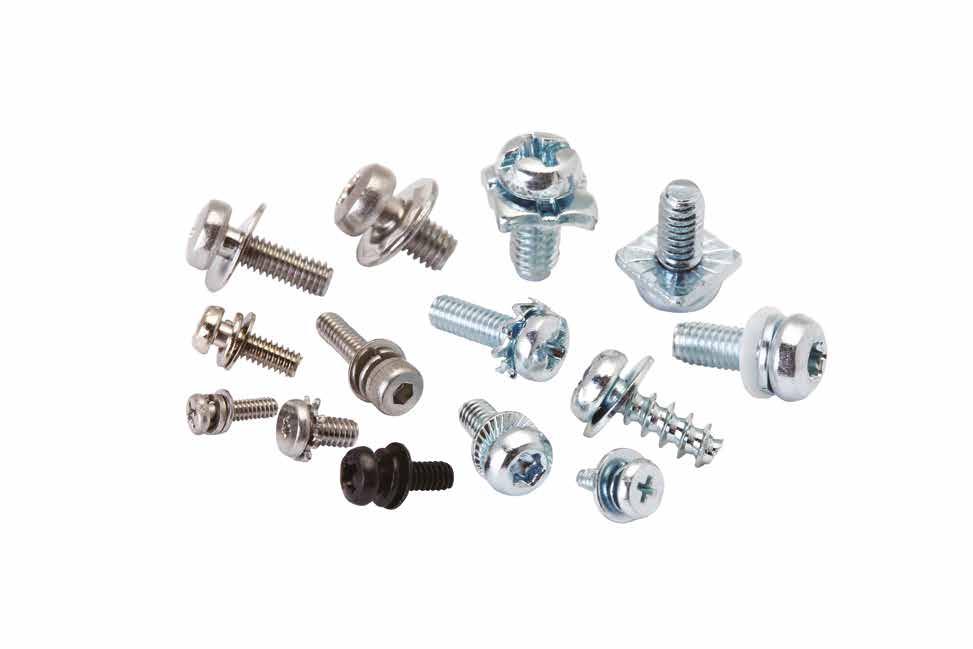

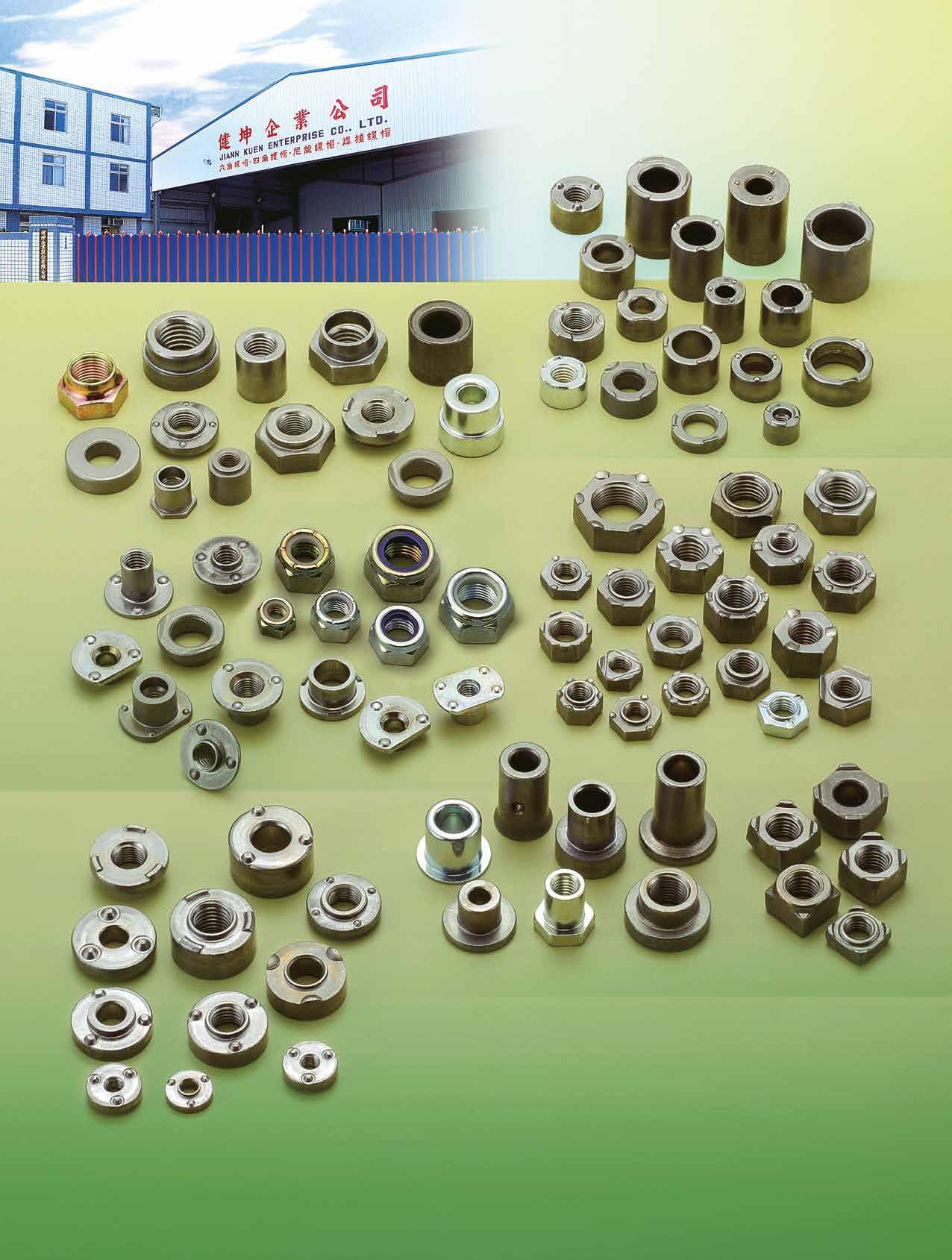


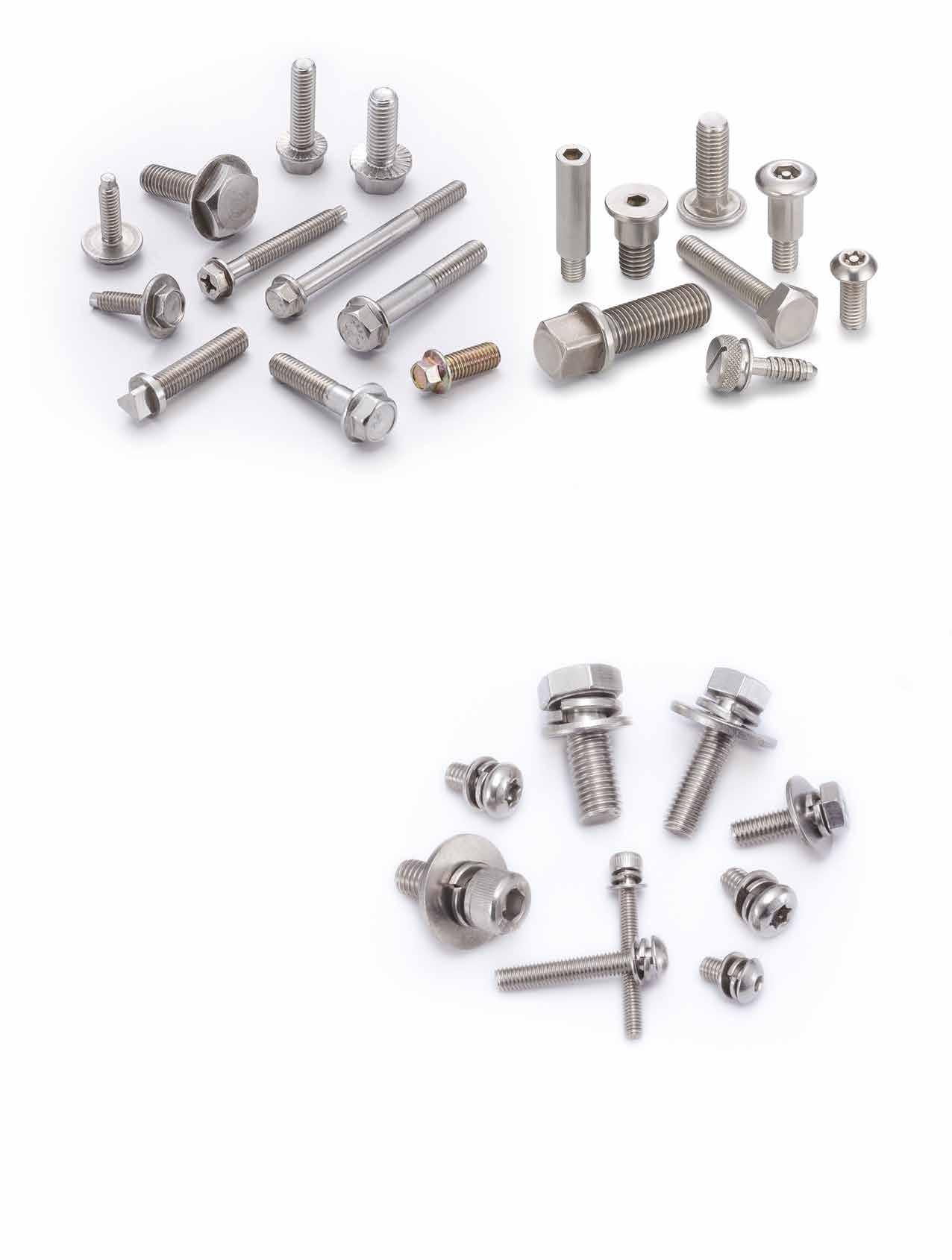
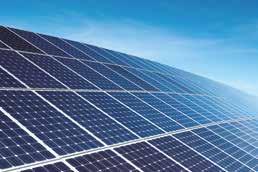
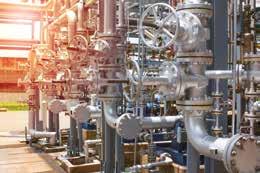
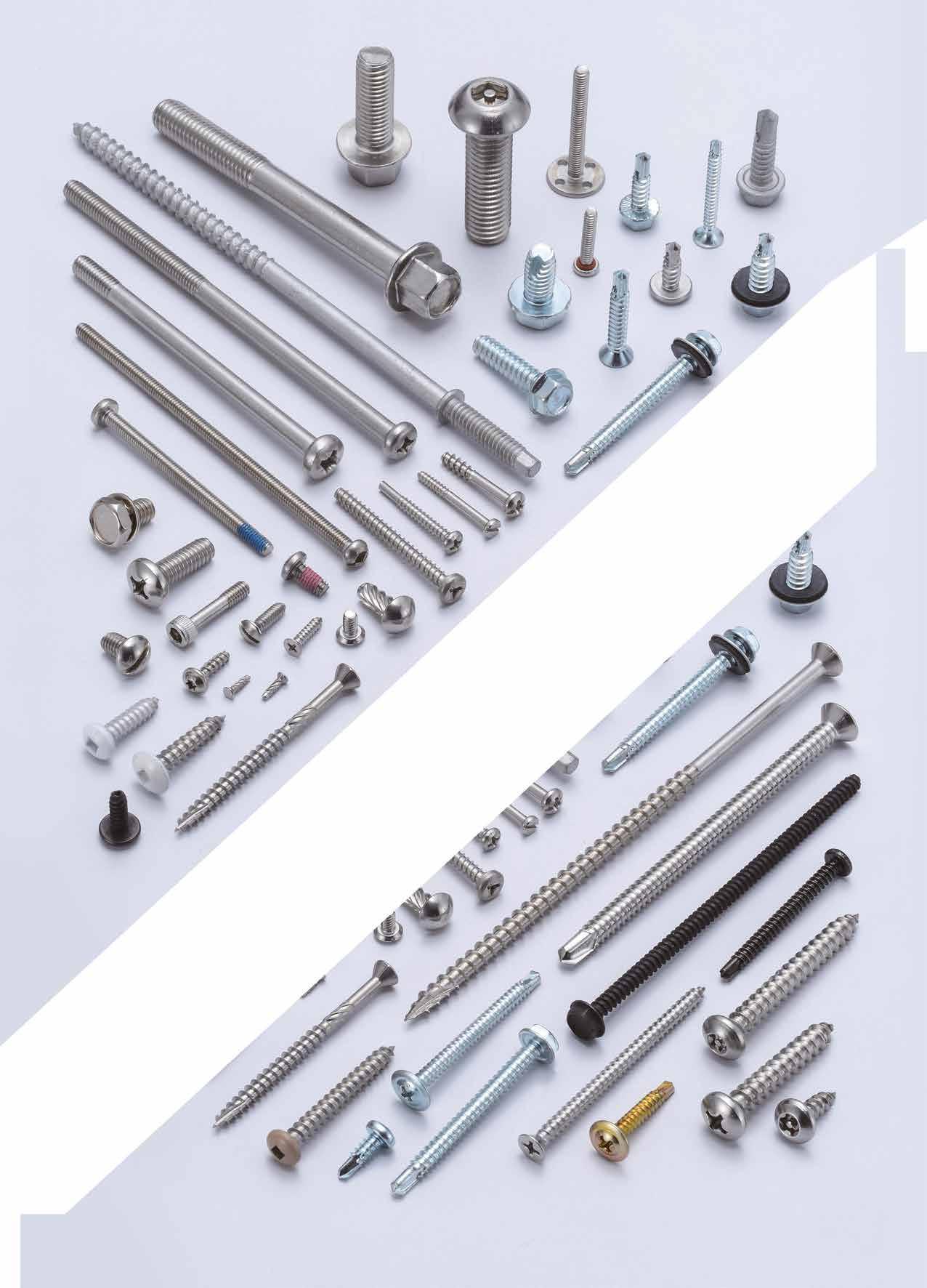



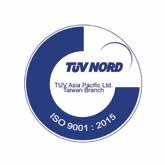
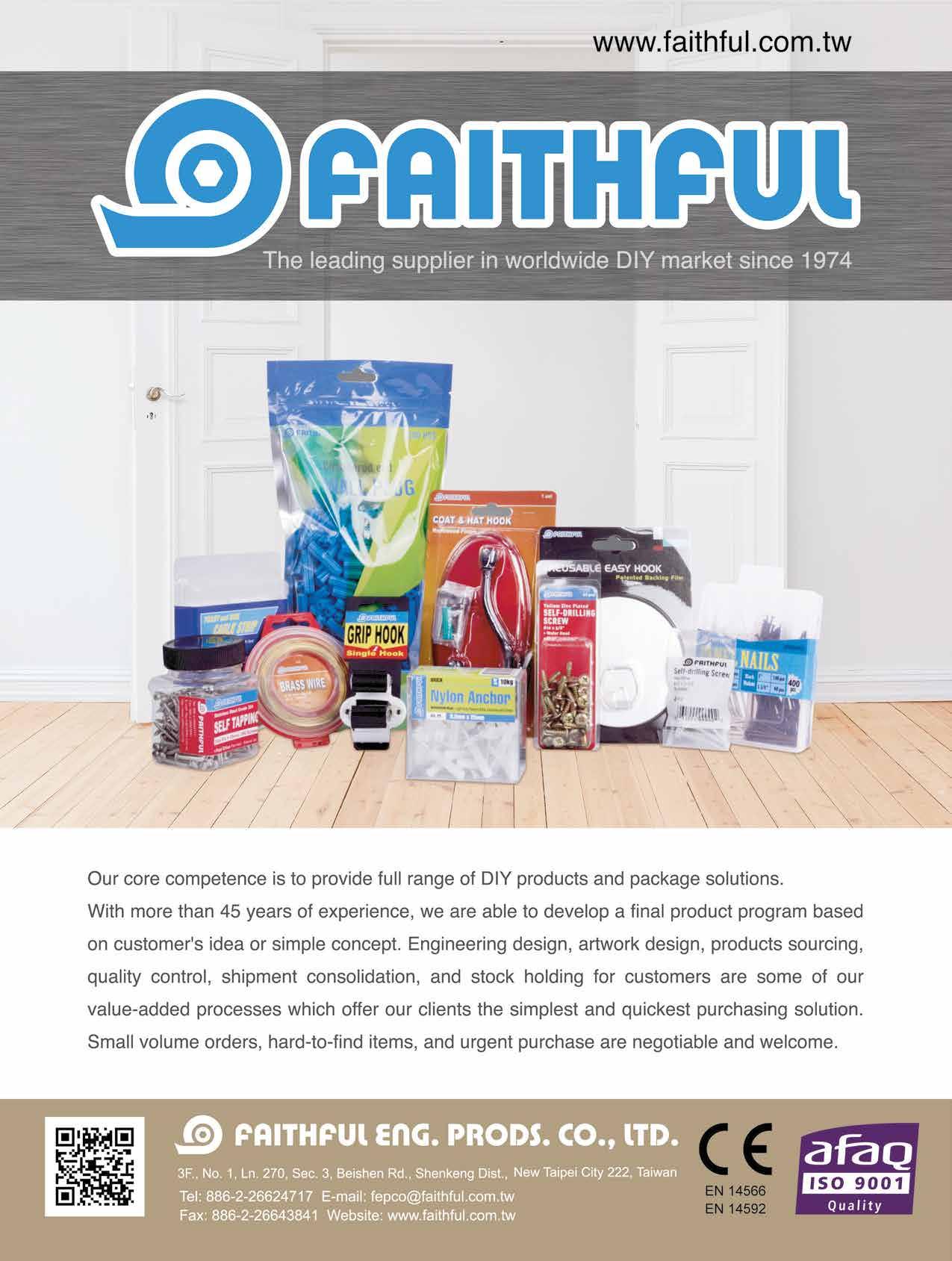
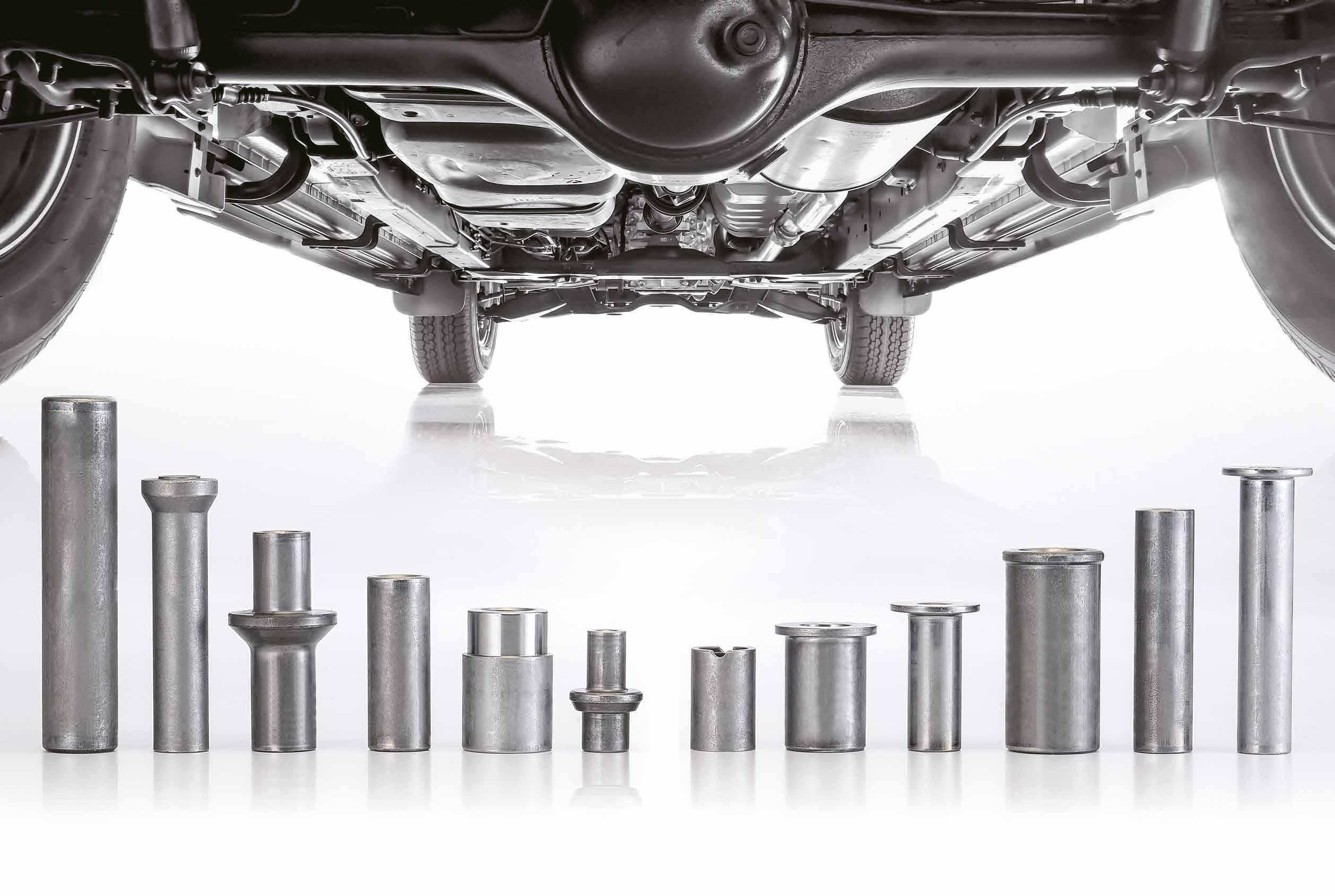

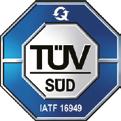
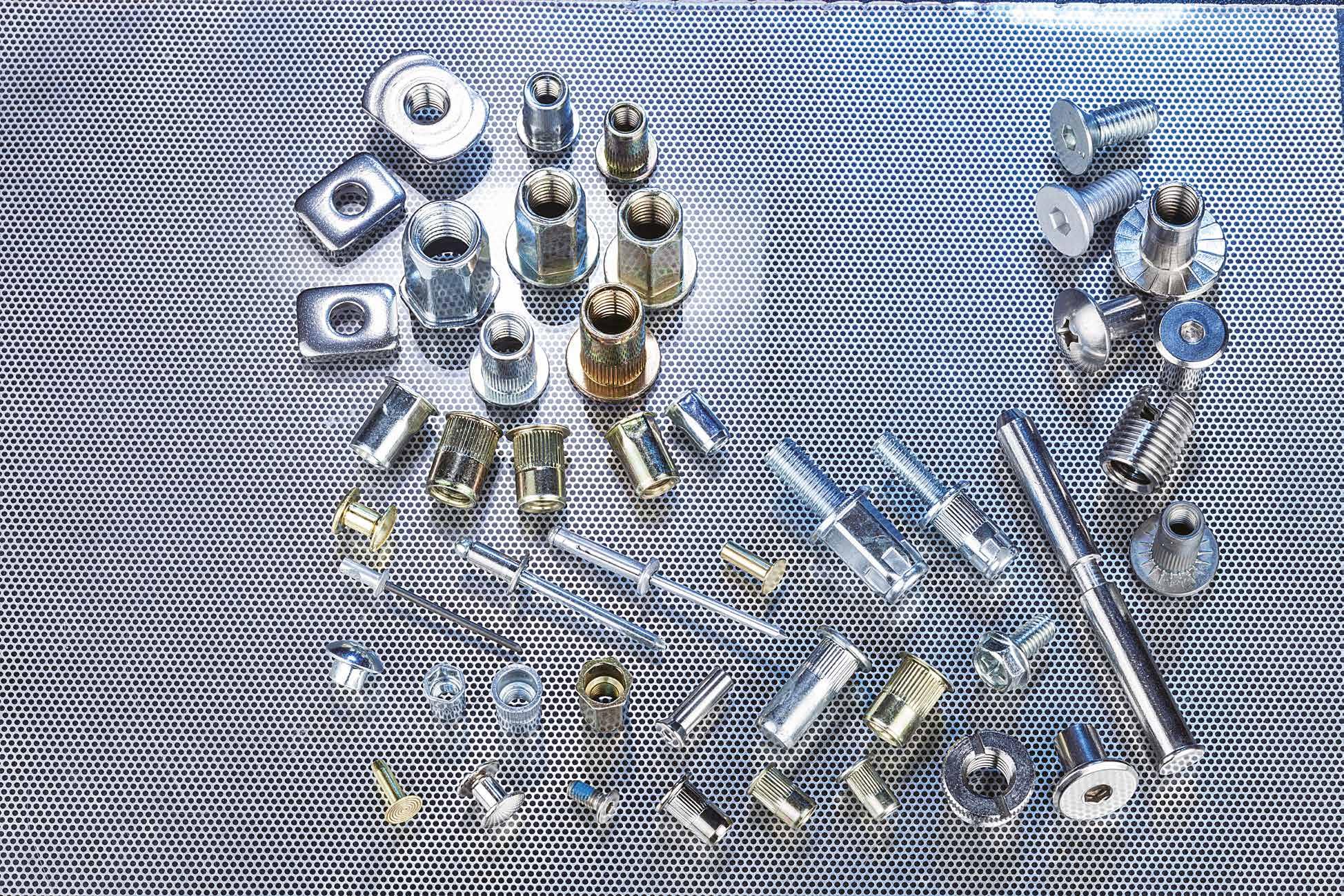

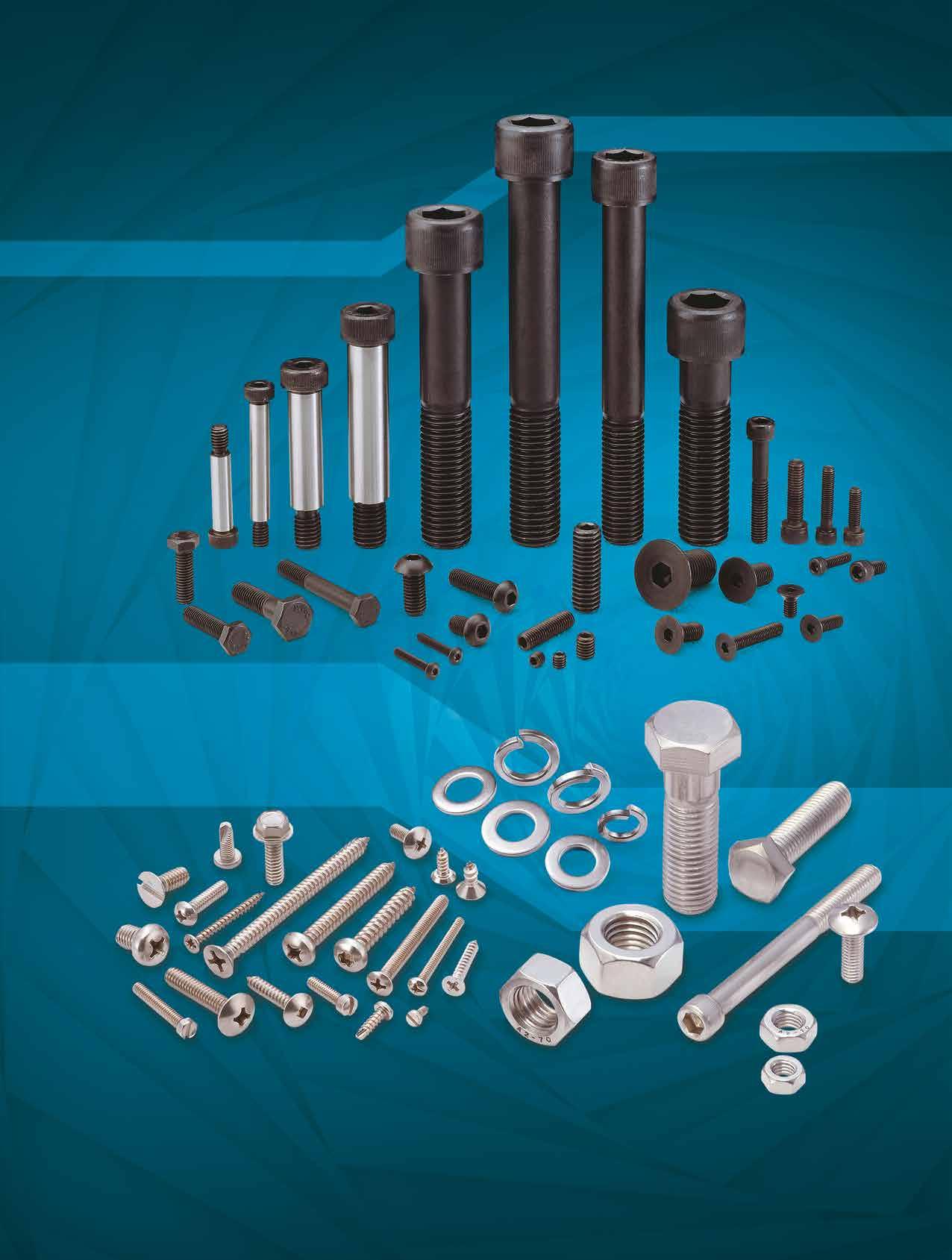




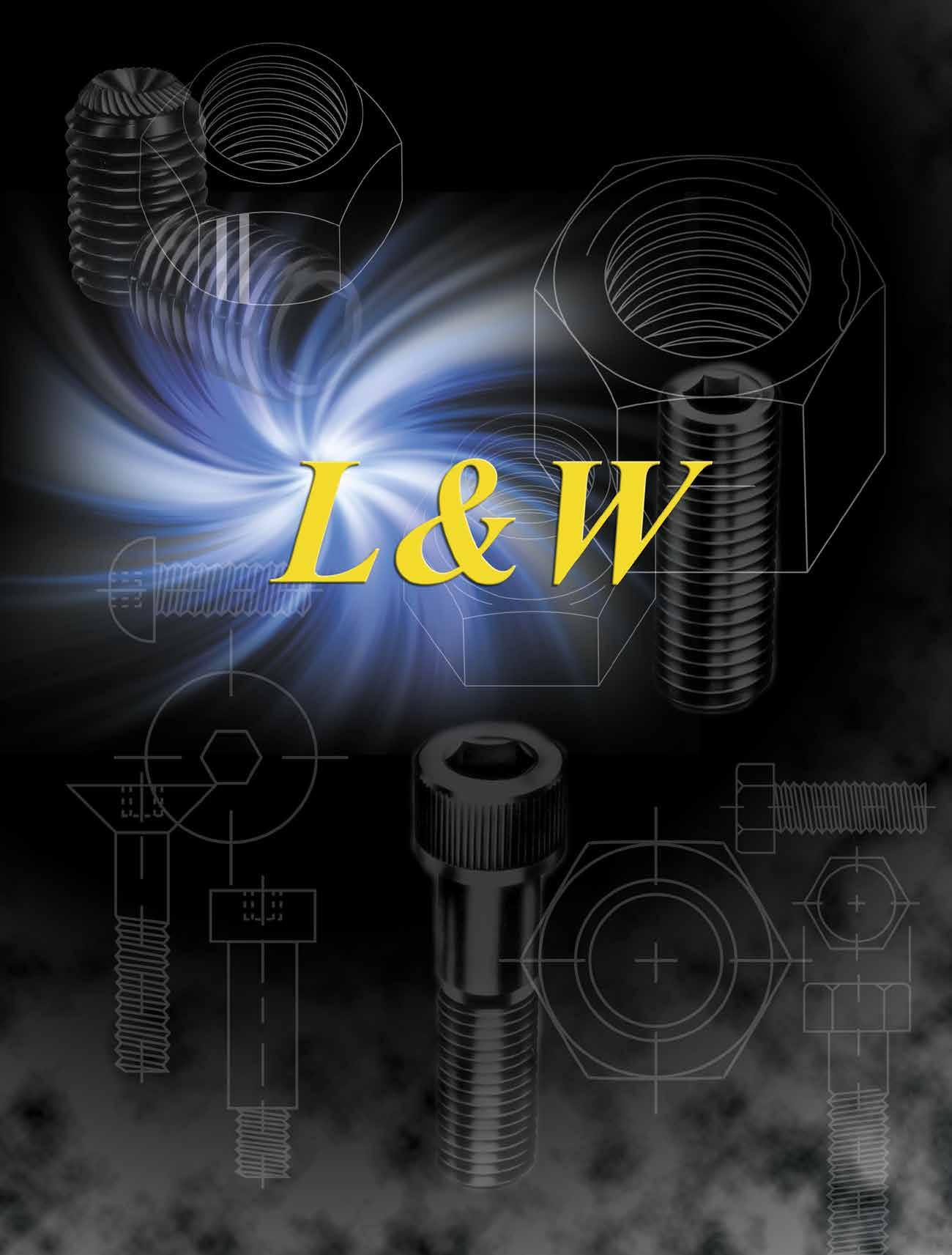

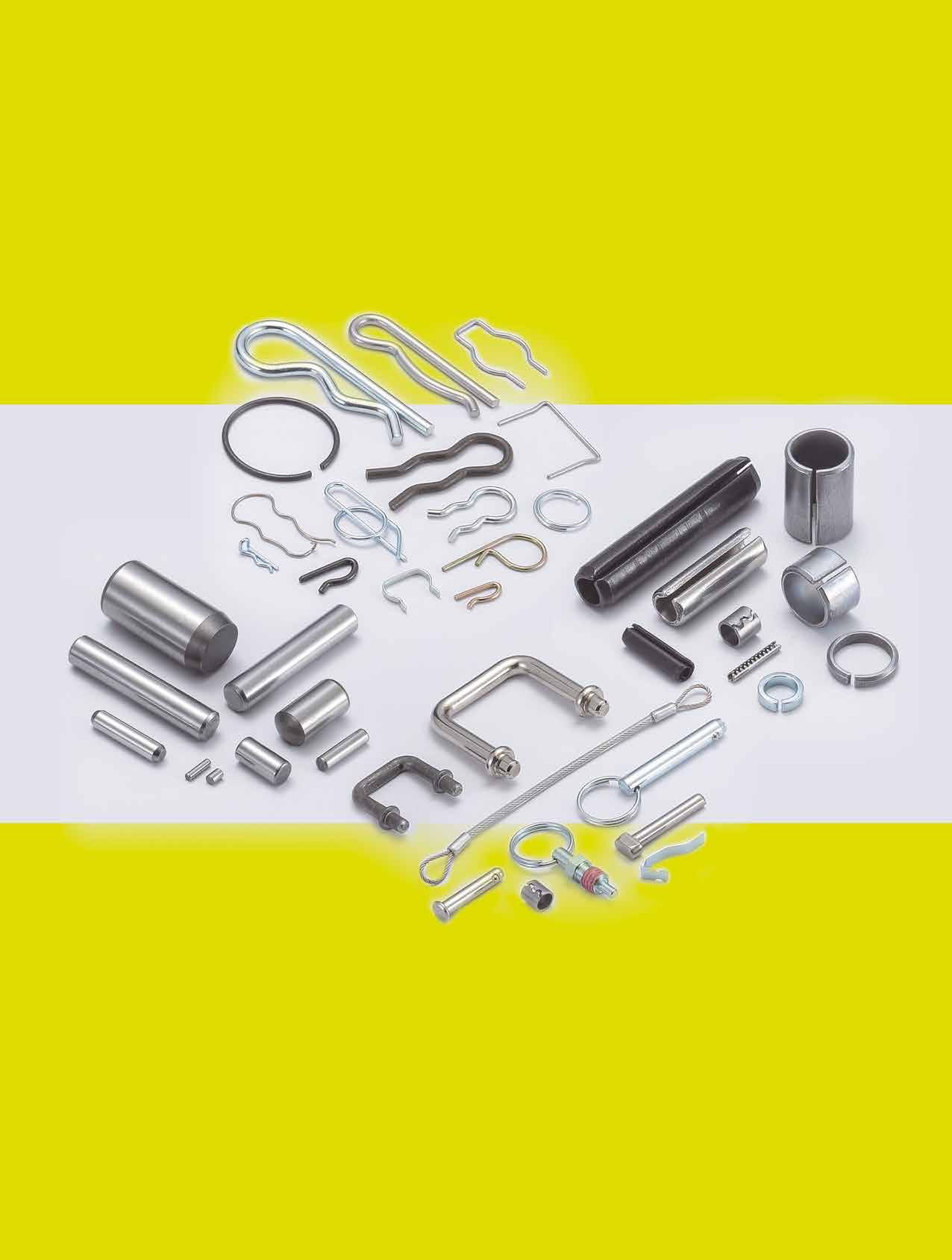
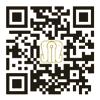
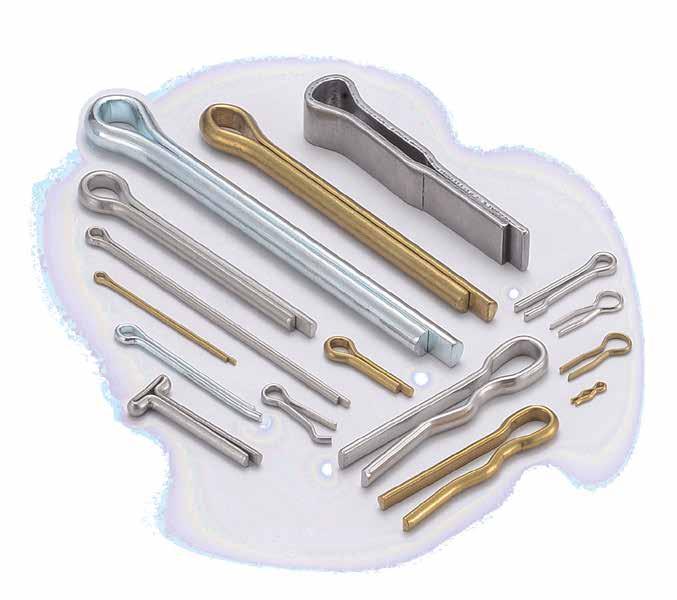
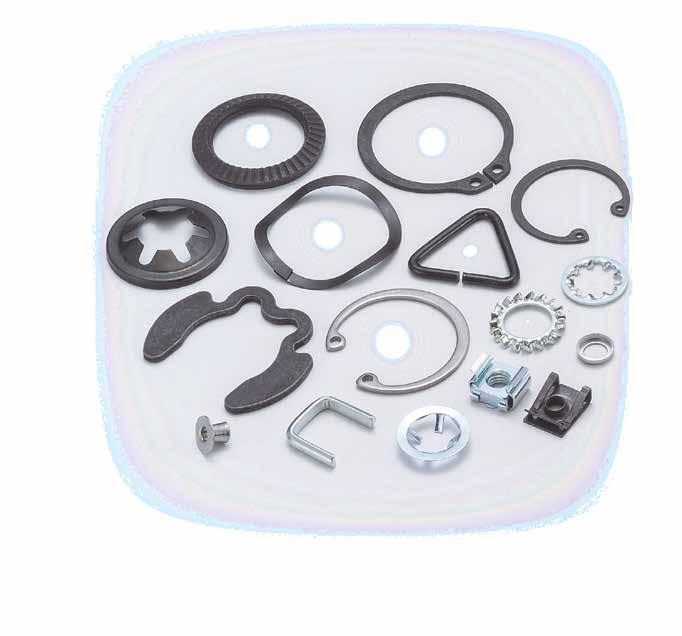



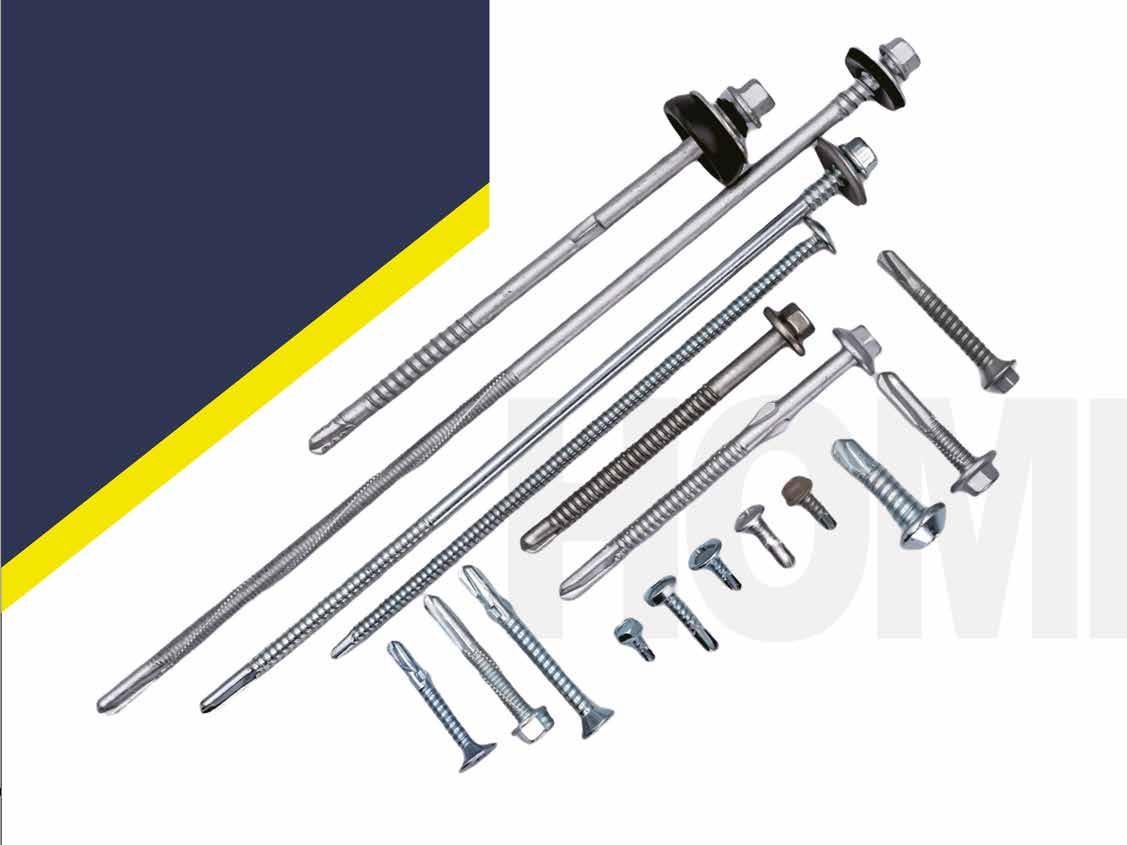
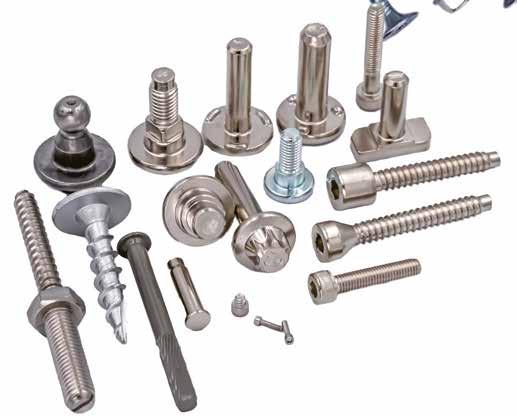
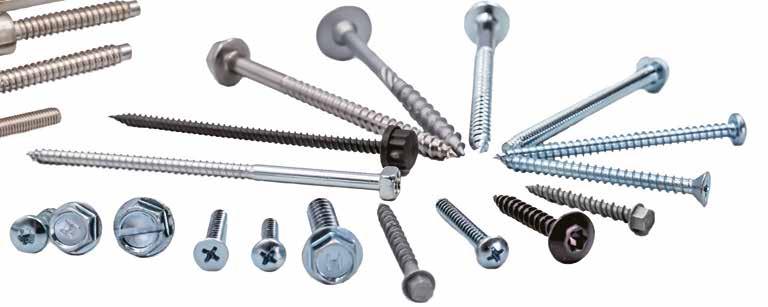
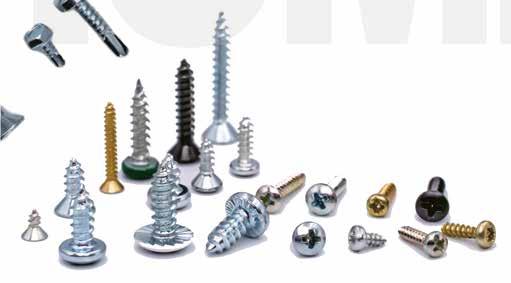


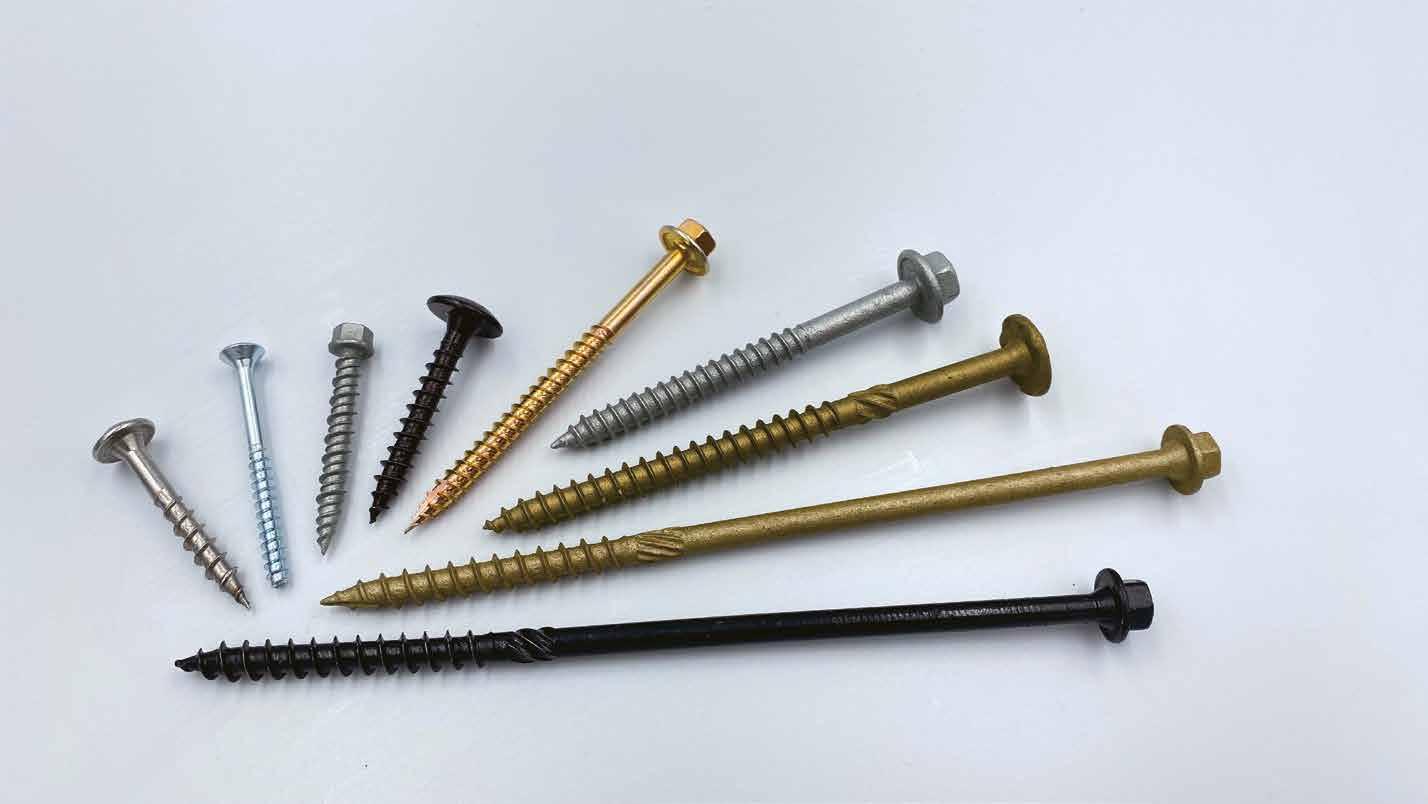
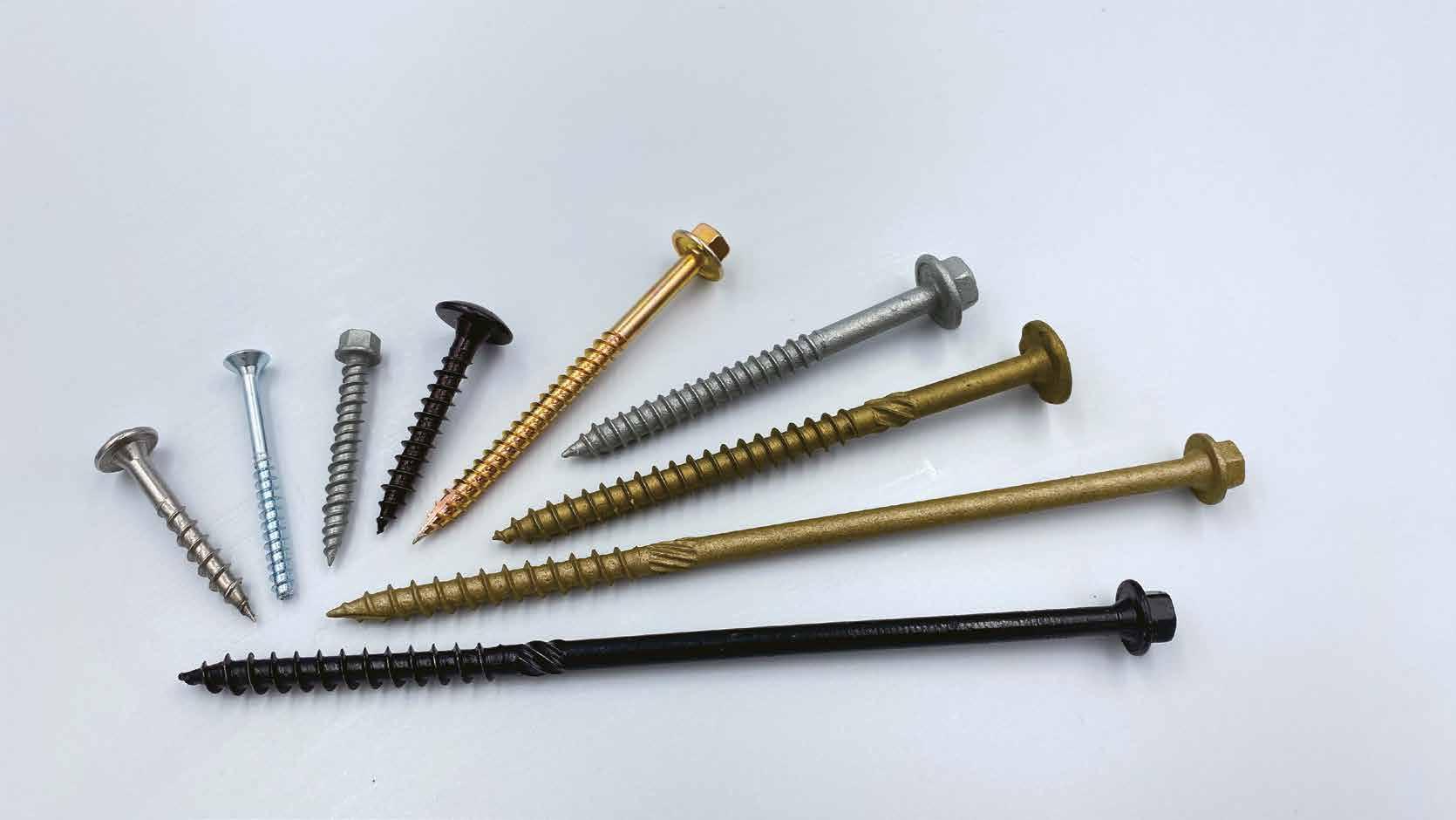


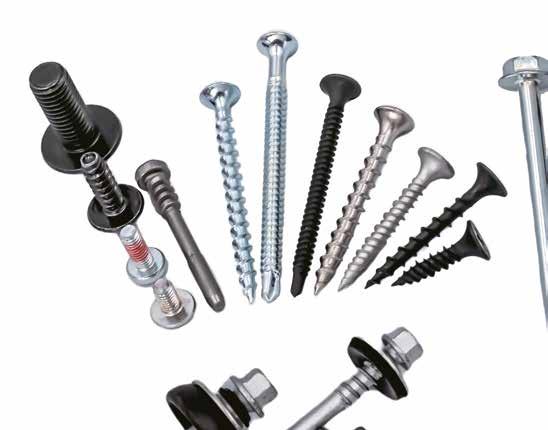
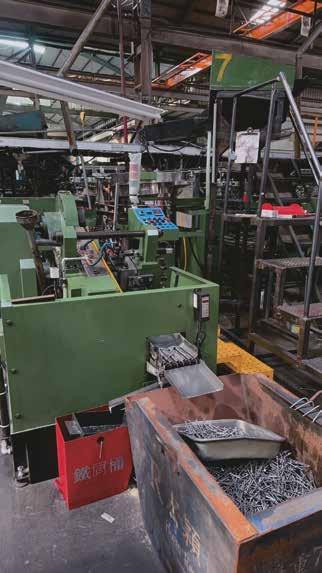
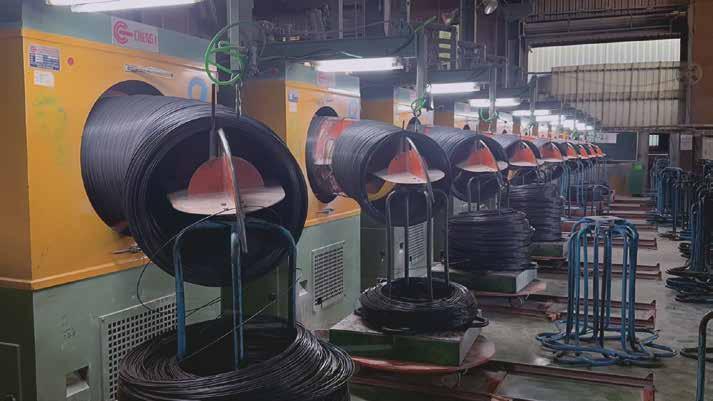


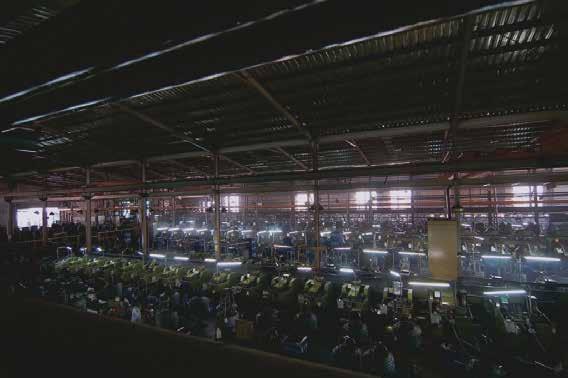


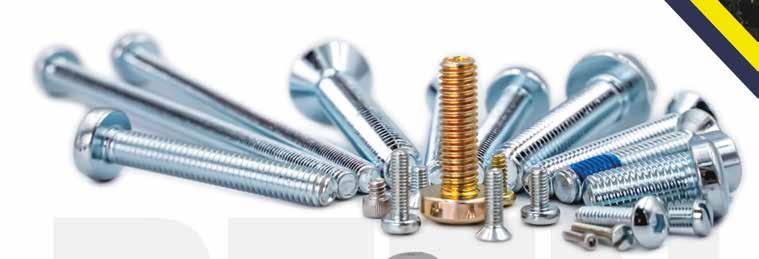
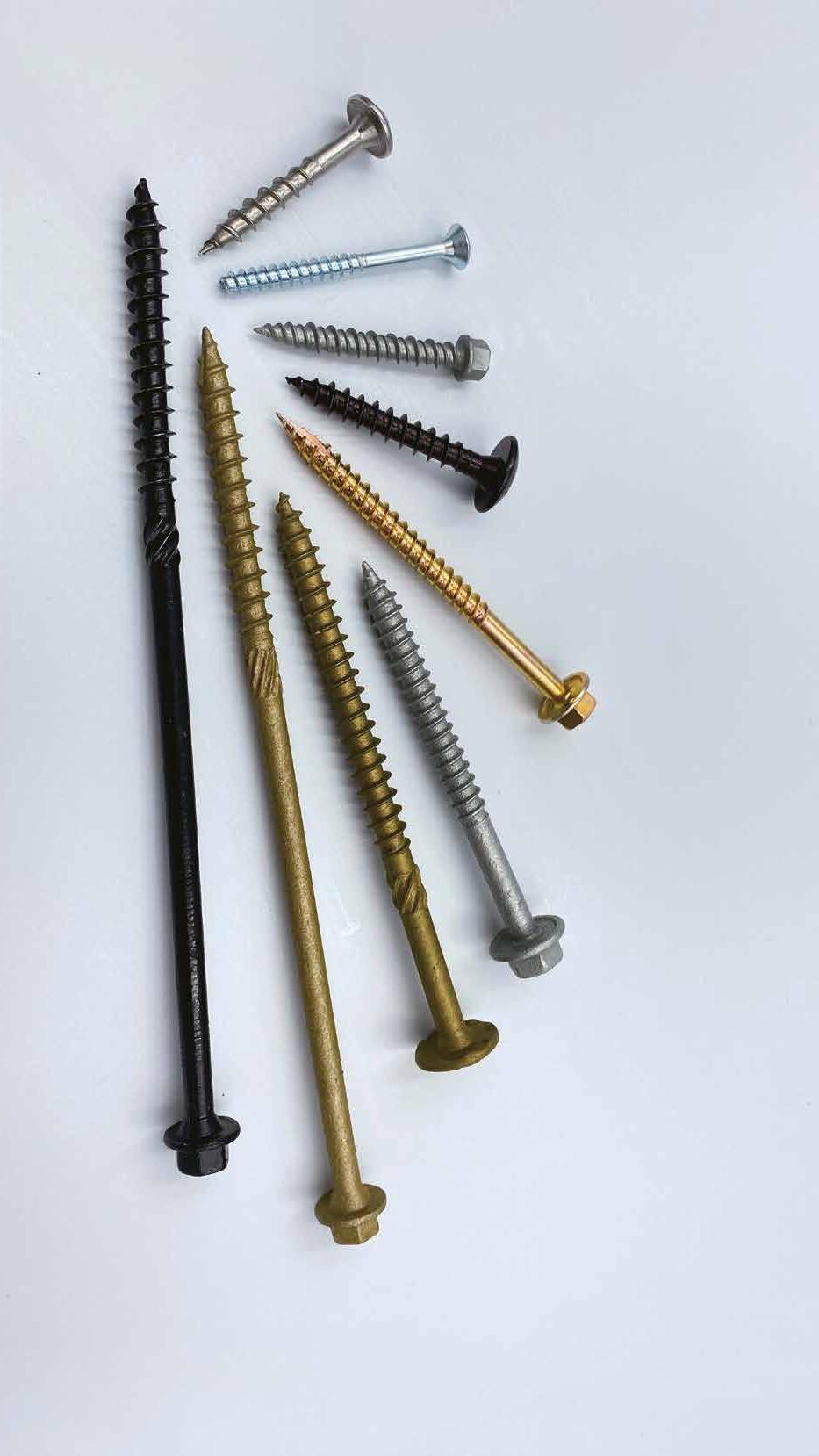




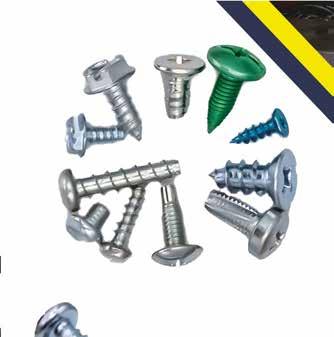
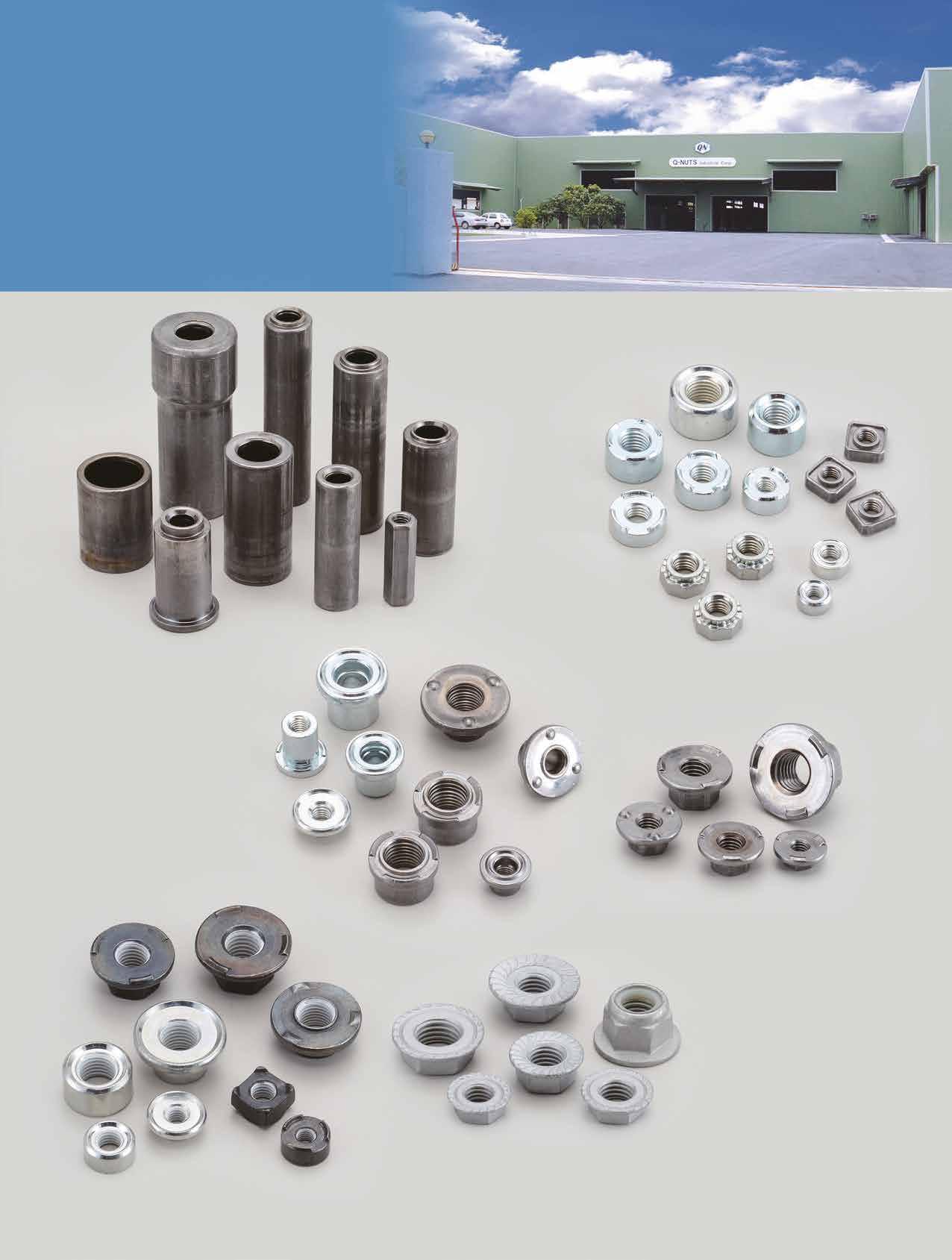

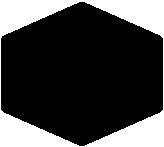





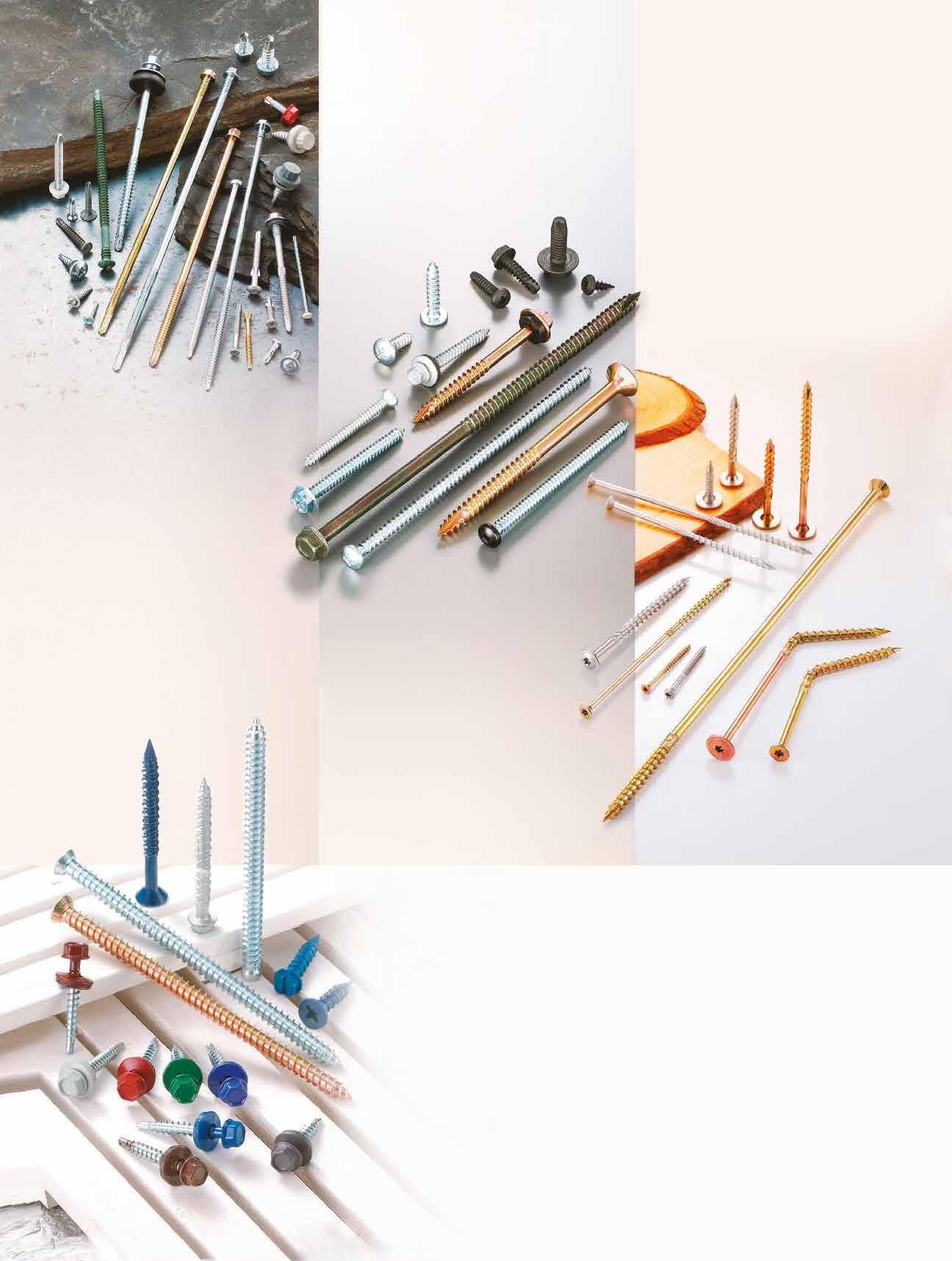
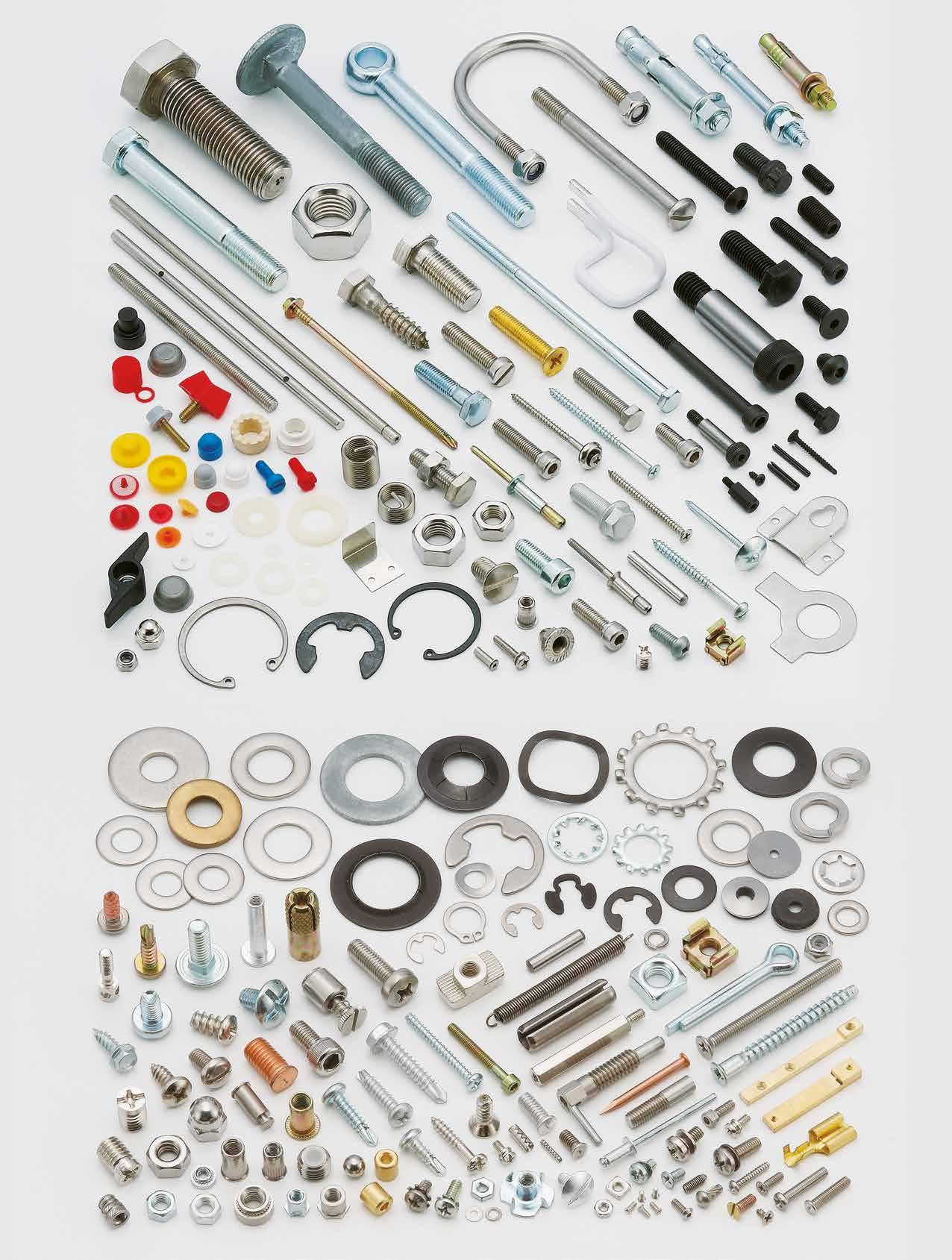





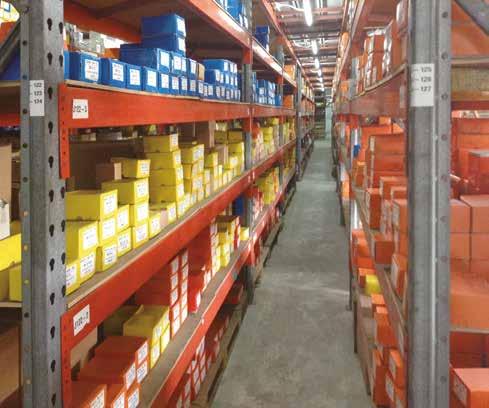


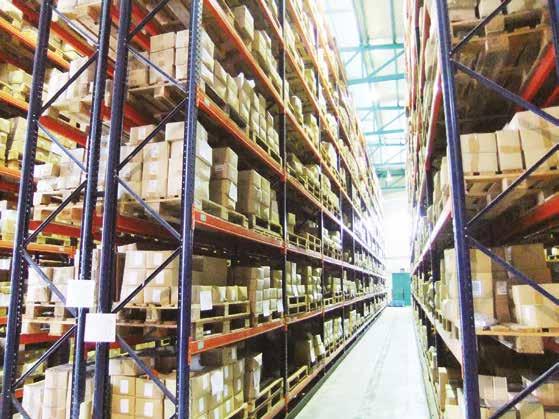
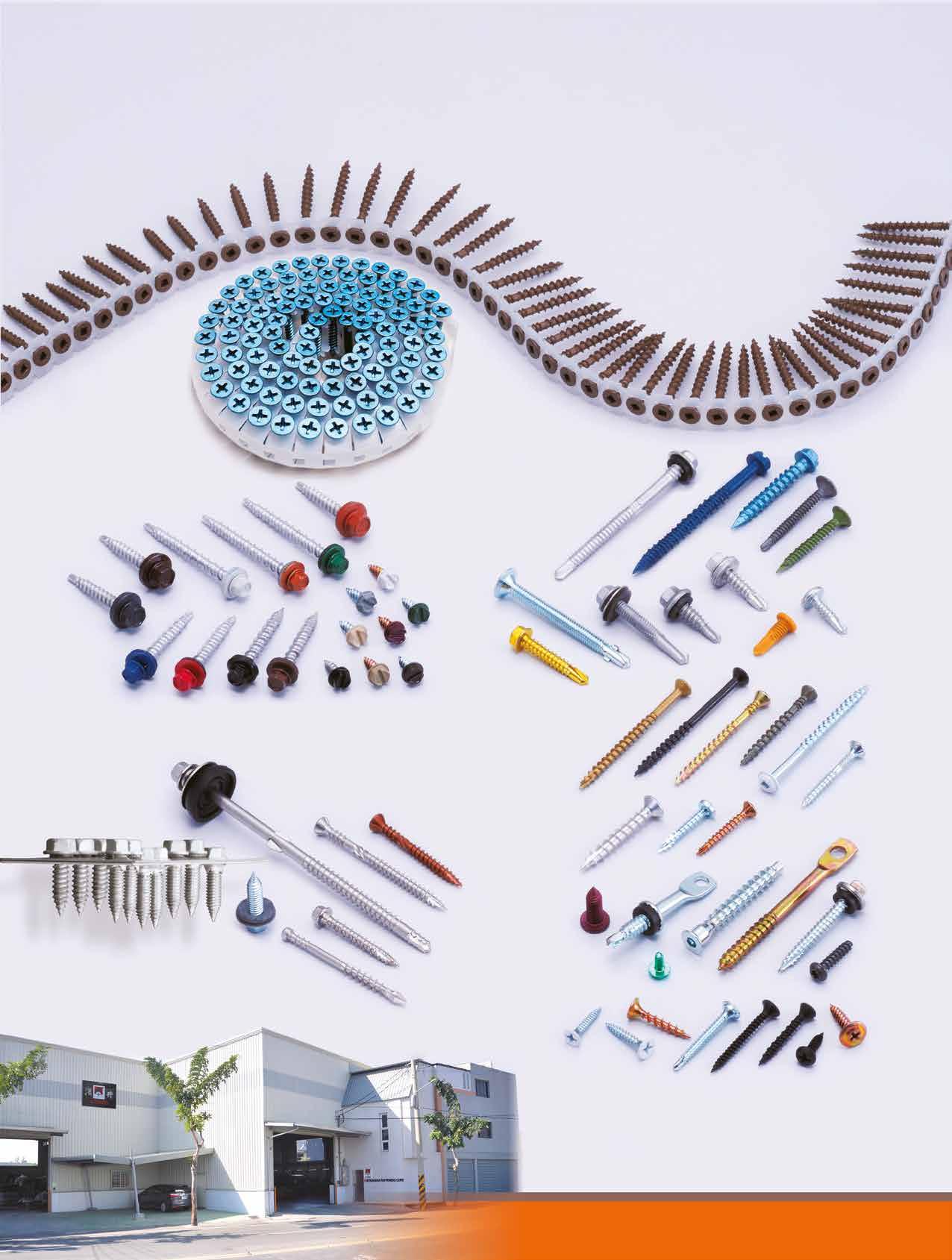

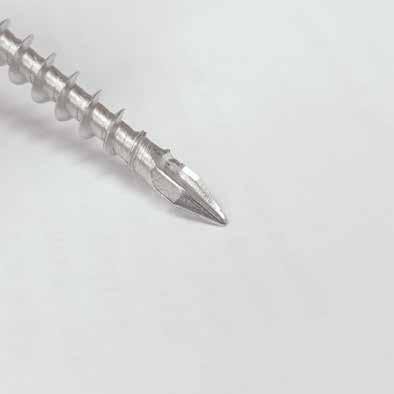



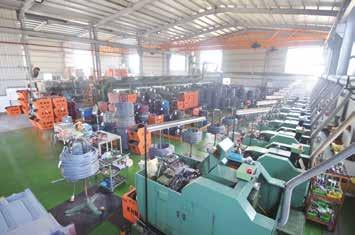
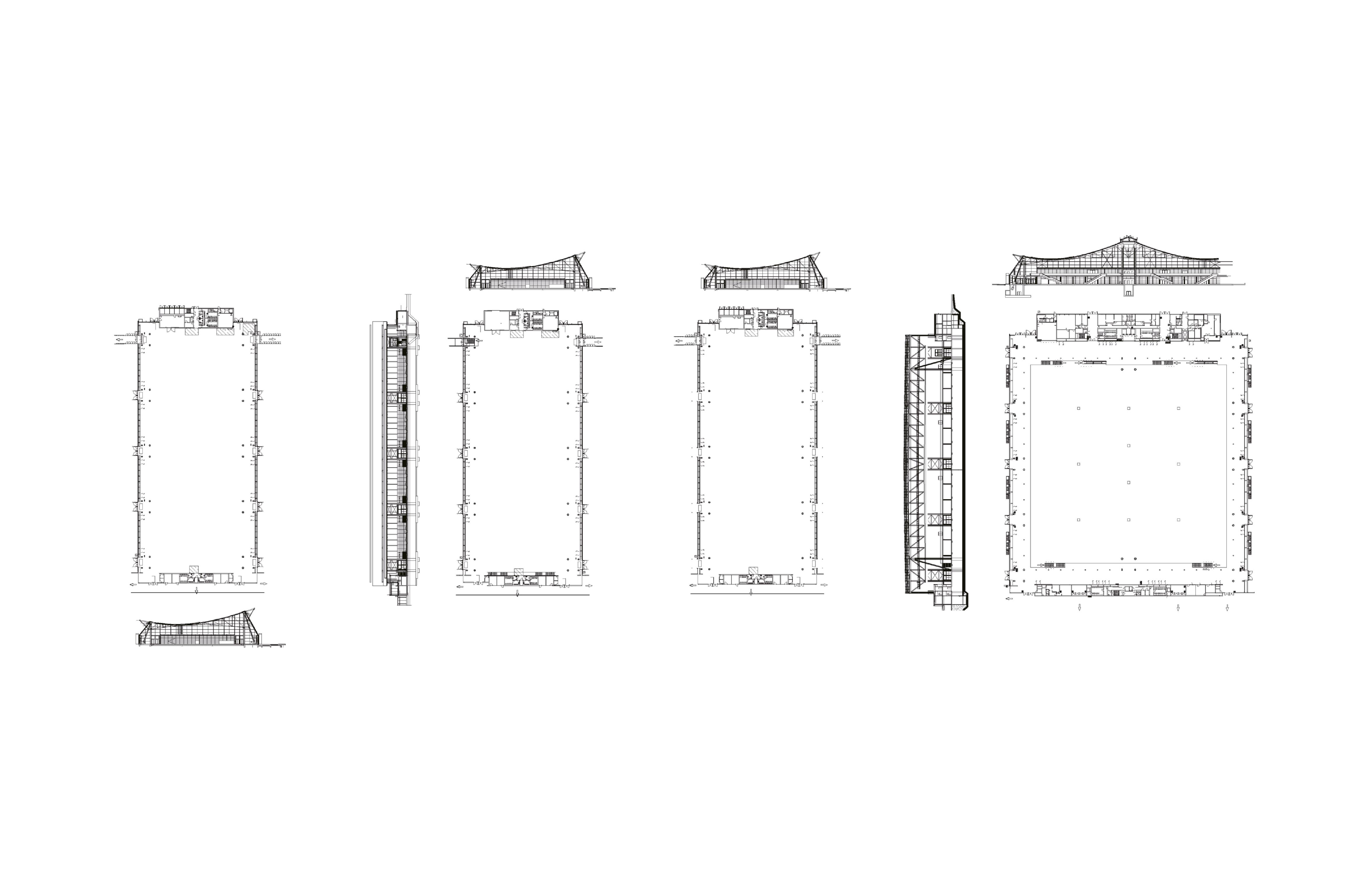
2945 BOLTUN CORPORATION
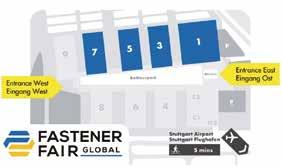
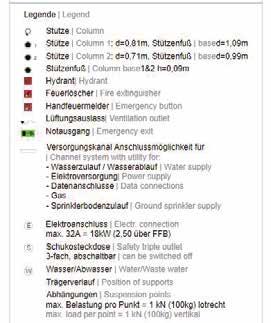
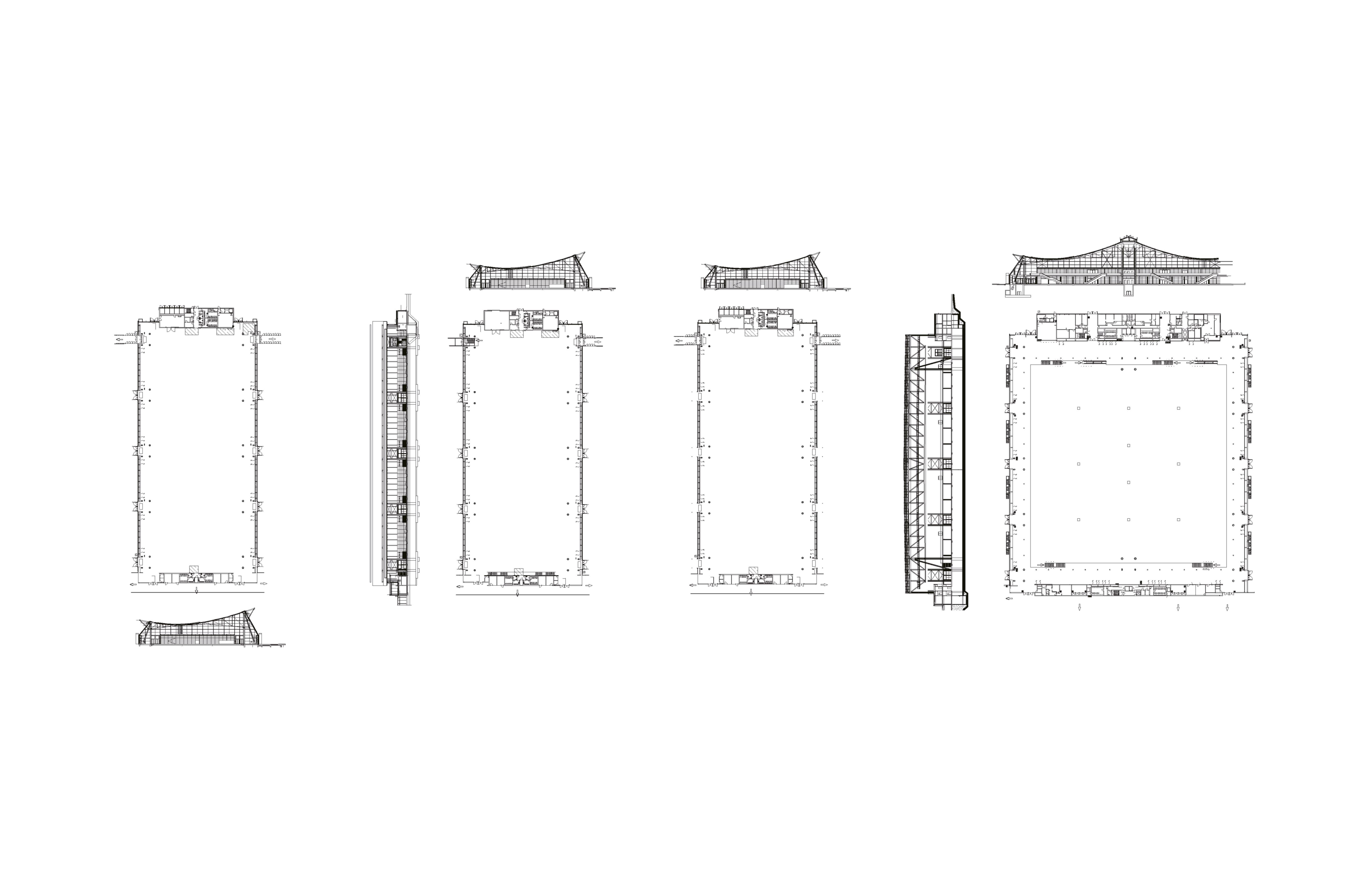
2948 SEN CHANG INDUSTRIAL CO., LTD.
2949 ALEX SCREW INDUSTRIAL CO., LTD.
2950 SAN YUNG
HALL 9
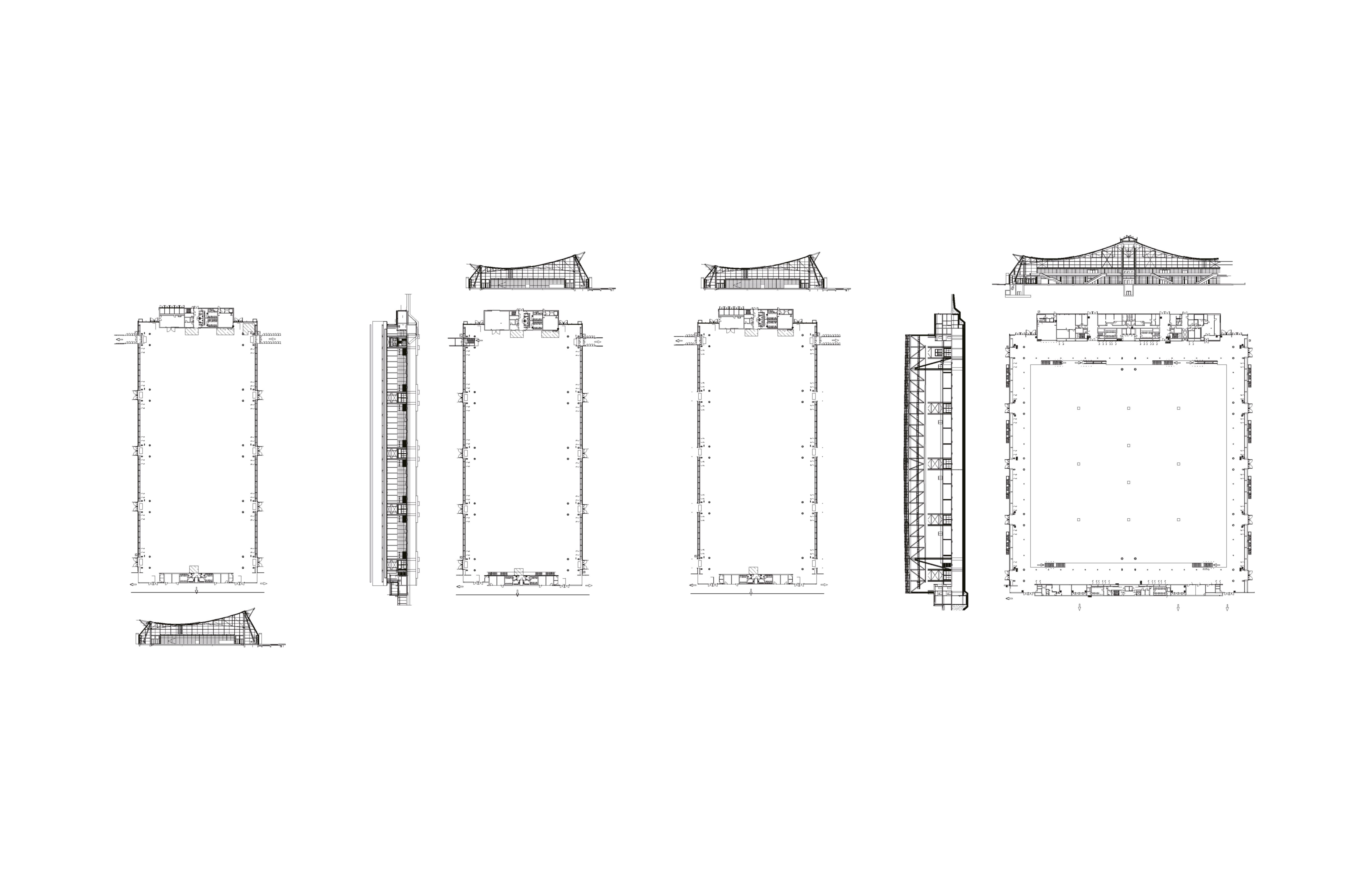

Only Taiwanese exhibitors exhibiting through Taiwan’s exclusive agent Fastener World are listed.
為了方便統計準確,上述台灣扣件展團名單以 有向本展台灣總代理商匯達公司報名為準。
Fastener Fair Global 2023, the 9th International Exhibition for the Fastener and Fixing Industry, takes place from 21 – 23 March 2023 in halls 1, 3, 5 and 7 at Messe Stuttgart Exhibition Centre in Germany. The event is a meeting place for leading international organisations in the fastener and fixing sector and an opportunity for exchanging competencies and views on current technological developments.
Exhibitors at Fastener Fair Global present products and services from the following sectors:

• Fastener manufacturing technology
• Industrial fasteners and fixings
• Construction fixings
• Assembly and installation systems
• Storage, distribution, factory equipment
• Information, communication and services
Fastener Fair Global provides an excellent platform to establish new contacts and build successful business relationships between suppliers, manufacturers, distributors, engineers and other industry professionals from various production and manufacturing sectors looking for fastening technologies.
Some 835 companies have confirmed their participation at Fastener Fair Global 2023, covering 22,000 sqm of the exhibition ground. International firms from 42 countries are participating in the show, representing SMEs and large multinational enterprises mainly from Germany, Italy, China, Taiwan, India, Turkey, Netherlands, the UK, Spain and France.
Ahead of the event, Liljana Goszdziewski, Portfolio Director for the European Fastener Fairs, comments: "After four years since the last edition, it is rewarding and exciting to be able to welcome the international fastener and fixing industry at Fastener Fair Global 2023. The high turnout of exhibiting companies confirmed at the event reflects how keen the sector is to get together face-to-face and participate in the show to allow plenty of business networking activities and enable new sales and learning opportunities in a fast-growing market."
Fastener Fair Global provides a marketplace with a unique showcase and networking platform in one of the world's leading industrial economies. The global industrial fasteners market size was valued at USD 88.43 billion in 2021 and is predicted to expand at a compound annual growth rate (CAGR) of 4.5% from 2022 to 2030. The market is expected to be driven by population growth, high investment in the construction sector, and rising demand for industrial fasteners in the automotive and aerospace sectors. Moreover, the industrial machinery segment is set to expand at a CAGR of 5.0% from 2022 to 2030. The rapid growth of heavy machine-driven industries, including textiles, food and beverage, and chemicals, is expected to propel the demand for industrial machinery, thus driving the need for industrial fasteners over the forecast period.
Exhibitors will be aiming their products and services at many industries, including:
• Construction
• Automotive
• Aerospace
• Marine
• Electronic and Electrical Goods
• General Engineering - light/heavy
• HVAC / Air Conditioning / Services
• Energy and Power Generation
• Communication Technology
• Metal Products
• Furniture Manufacturing
• Sanitary Ware and Plumbing
• Installation
Over 12,000 senior managers, engineers and buyers visited the last edition of Fastener Fair Global. The mix of visitors to the show represented the diversity of markets served by the fastener and fixing industry. Most visitors were producers, wholesalers or distributors, playing a vital role in the supply chain to resellers and the manufacturing sector.
The vast majority of visitors at Fastener Fair Global achieved their business goals by attending the event, with 91% of visitors claiming to be highly satisfied with the show. As a result, 3 in 5 visitors would recommend Fastener Fair Global to their colleagues and business partners.
Fastener Fair Global belongs to the highly successful worldwide series of Fastener Fair exhibitions for the fastener and fixings industry. These include the portfolio flagship event, Fastener Fair Global, as well as Fastener Fair Italy, Fastener Fair India, Fastener Fair Mexico and Fastener Fair USA.
For more information on Fastener Fair Global 2023, visit https://www.fastenerfairglobal.com/

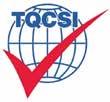
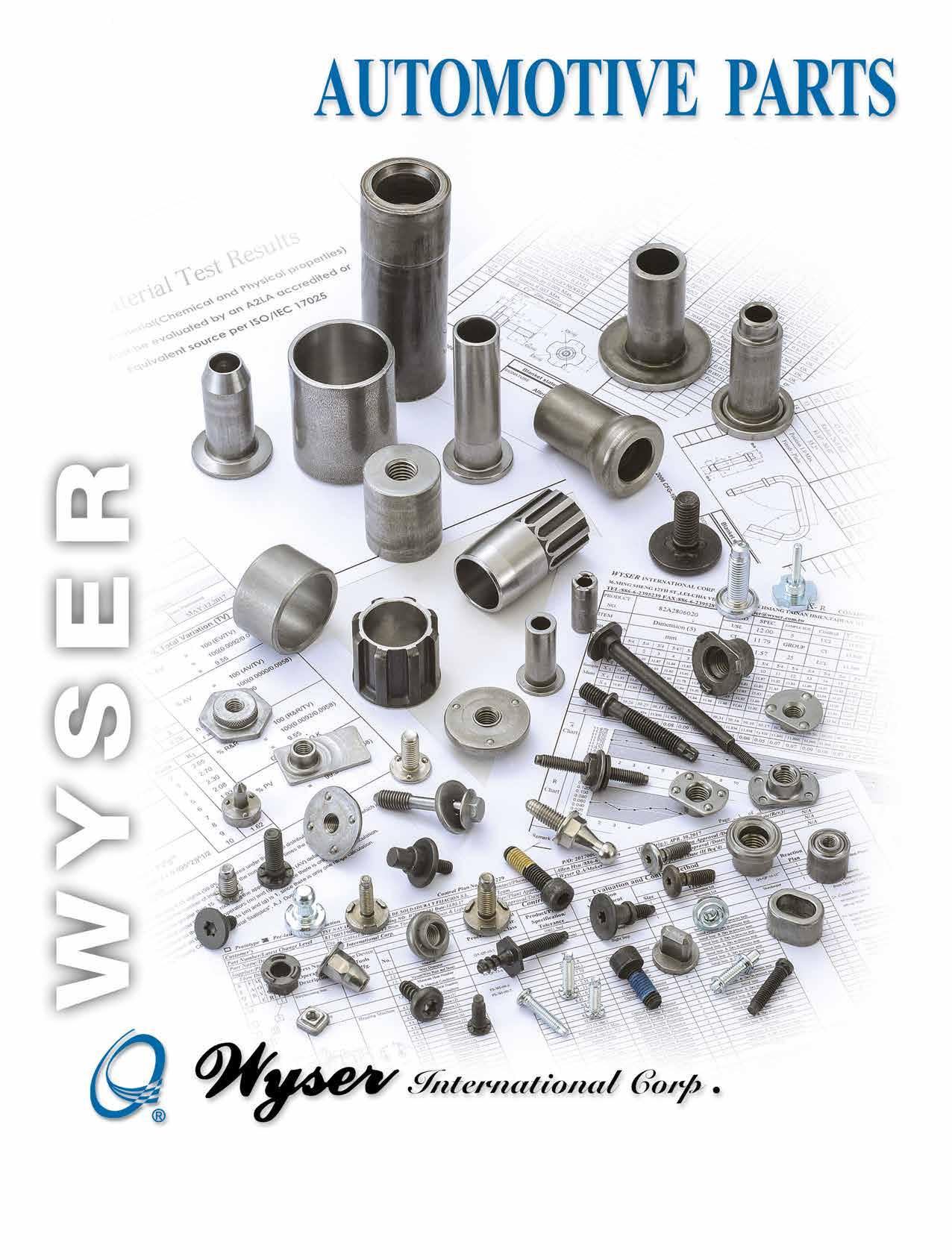

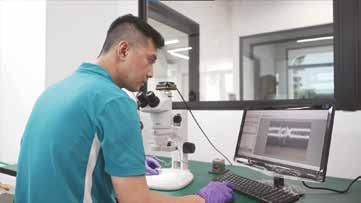
Wyser is a specialized exporter and trader of automotive fasteners and OEM special fasteners. They had just announced relocating to the new headquarters in Rende District of Tainan City, Taiwan in 2021. Fastener World's camera had revealed the headquarters’ modern white and Japanese-style interior design with solar panels on the rooftop. Soon, Wyser will kick-start an overseas sales campaign in spring 2023 in the European market for opportunities brought by Fastener Fair Global in Stuttgart.
Hall 5, No 3109
“We mostly sell to North America and Europe. Europe represents 35% of our revenues, so this shows how much we care about the European market. We will be showcasing customized products including screws, bolts, nuts, punched parts, cast parts, machined parts, wire forms, tubings and spacers that we supply to automakers and other OEM industrial markets,” said President Thomas Kan.
The great thing about this reputable fastener trader in southern Taiwan is that their products are developed and tailored to clients’ demand. “We look forward to working with specialized distributors, and we are glad to help them know about our products and distribute them to various industries,” said Thomas. Anyone who would like to purchase high quality fasteners from Wyser are welcome to find new possibilities. “The reason that we attend this show is to have a look around of the local market and visit old friends. We don’t have a set target. We just want to promote our service and Europe will see us and quality products proudly manufactured in Taiwan,” explained Thomas.
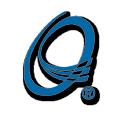
EU has been updating quality regulations and adding complicated requirements. To cope with it, Wyser has automated optical sorting equipment coupled with manual inspection to check final products. There is the addition of QC unit and equipment, including coordinate measuring machines, salt spray testers, roughness/flatness/hardness testers, torsional strength testers, plating thickness testers, gages and optical comparators. Layers of check ensures meeting requests made by European clients. “We have a complete lineup of inspection equipment, 10 specialized product quality engineers and inspection personnel. We have very good reputation in quality,” said Thomas. Wyser has had support from loyal clients for the past 30 years. Even in the global recession last year, Thomas still made sales growth. Over 90% of orders coming from high-end American and European markets proves Wyser’s service are trusted overseas.
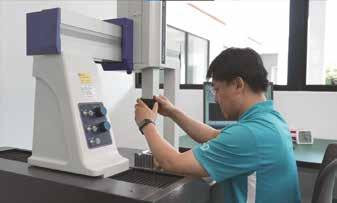
Wyser is anticipated for European and other overseas customers to visit Wyser’s new headquarters after the show. In 2022 Wyser worked on the new headquarters announcement report and produced a promotional video with Fastener World to present the headquarters to the world. The new work environment not only brings comfort for employees but also gives clients a fresh look.
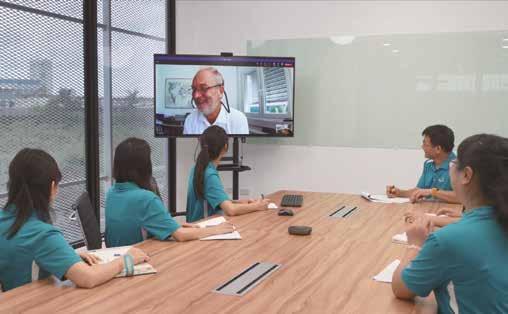
Thomas has overcome countless challenges in developing products for clients. Customizing products gives him a lot to tackle, but what he knows for sure is that a hard path like this is less traveled. He’s been cautious about the war, inflation, chip shortage and energy crisis. He uses his strength in customizing to increase market reach and product line. “We hope to meet those who know what we can do. We will take on more challenging products, develop the products with our clients and enjoy achievements with them,” said Thomas.
Contact: President Thomas Kan Email: wyser@wyser.com.tw
by Dean Tseng, Fastener World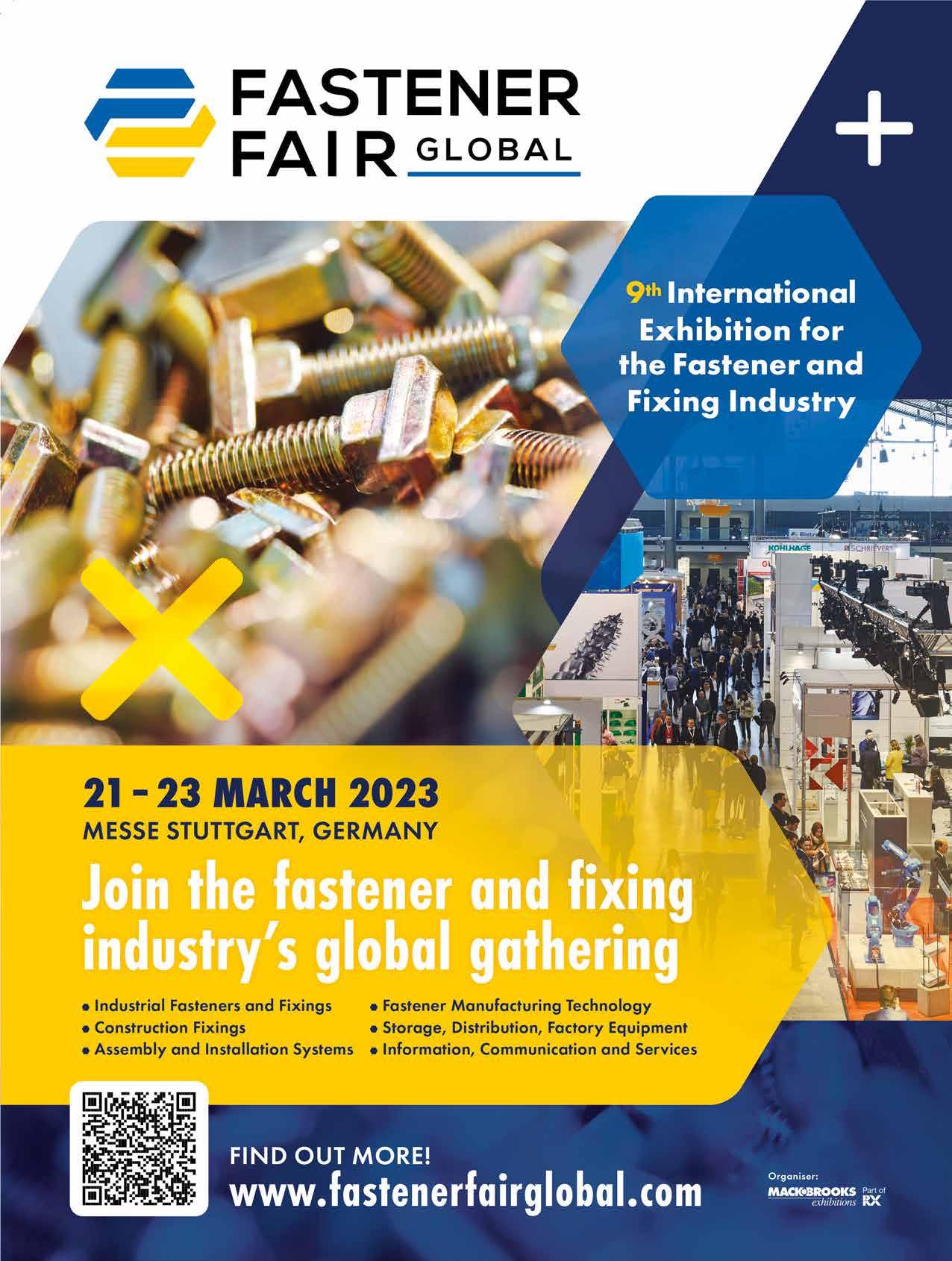
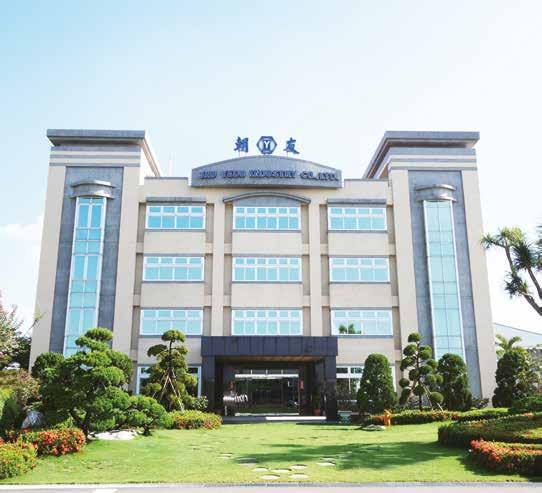
A major manufacturer of low carbon steel small screws, Jau Yeou has also been listed among the top ten screw companies in Taiwan for several times. The revenue in 2021 grew 20.5% to NT$3.3 billion, of which Europe already accounts for 60%. With this growth momentum and the reopening of the market, they are expanding sales in Europe in 2023, and their critical stop is Fastener Fair Global (Stuttgart). This is the largest fastener exhibition they have participated in since the travel restrictions in 2020. They want to discover new potential customers in Europe with stable quality and delivery, as well as product customization services.

They will exhibit construction and automotive fasteners at the Stuttgart show. In addition to promoting long screws and drywall screws, they will also include welding screws. At least 15 types have been developed and mass-produced. Due to mastering the forming technology of solder joints (rings), they have good quality. Furthermore, they revealed to Fastener World that their composite screws are being developed and prototypes have been successfully made. They also purchased many machines to meet the demand for collated screws. In automotive fasteners, the main focus is on interior parts and welding screws. "Most of our interior parts are small screws, such as thread forming screws, tapping screws, and trilobular thread screws, which are in line with our construction parts expertise in which we have experience for more than 40 years. The source of materials is Taiwan CSC, and the quality is stable,” said the company.

The company has always been adhering to the principle of "Doing it right the first time, ensuring quality and improving efficiency", responding to the requirements of European industrial, automotive and high-end industries. They have technical personnel education and training, and through double supervision to meet customer needs.
According to Jau Yeou, since the fourth quarter of 2021, clients’ demand for the products of their subsidiary JYR Aviation Components has increased, bringing a turnover in 2022 up 105% from 2021, and has recovered up to 90% of the 2019 level. At present, it seems that the demand of international aerospace industry continues to grow. Due to global supply chain issues, as well as labor shortages, lack of production capacity, and loss of technical personnel, major international manufacturers such as Boeing and Airbus predict that the problem will not be alleviated until the second quarter of 2023. The war between Russia and Ukraine has caused soaring prices of raw materials and prolonged lead time. Although it has affected the aerospace industry, the prospect is still promising.
After the shipping congestion in 2020 and the subsequent overwhelming orders, Jau Yeou has experienced tight production capacity and inventory. In order to increase customer satisfaction and ensure stable delivery, they will expand their capacity and warehouse space in the future. The top two markets of Jau Yeou are Europe and America. Since Europe will start the carbon footprint audit process in 2023, and the United States will start the same process as soon as 2024, Jau Yeou is working with the government to obtain relevant certification as soon as possible in accordance with the needs of customers.
They observed Poland and Italy shows that the momentum of the fastener industry's recovery after the Pandemic should not be underestimated. In addition to the developed Western European market, the post-Brexit UK, Eastern Europe with rapid industrial development and countries that have experienced post-war conflicts are all potential markets.
Contact: Ms. Emmi Lin Email: emmi@mail.jauyeou.com
by Dean Tseng, Fastener World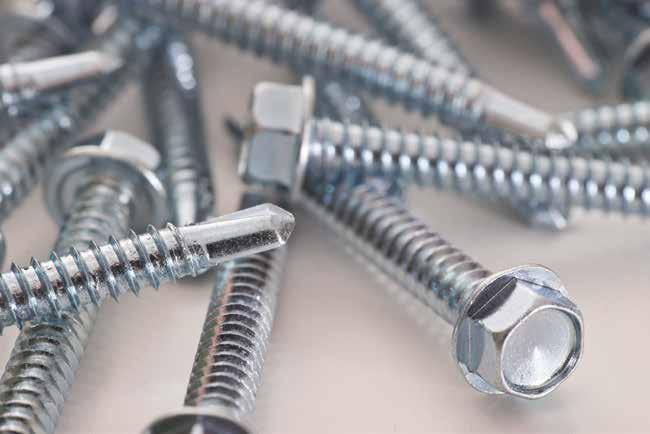
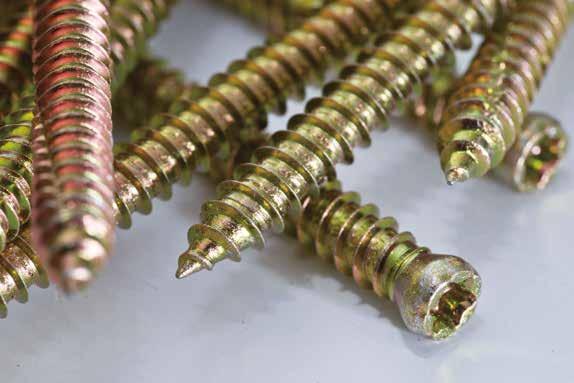
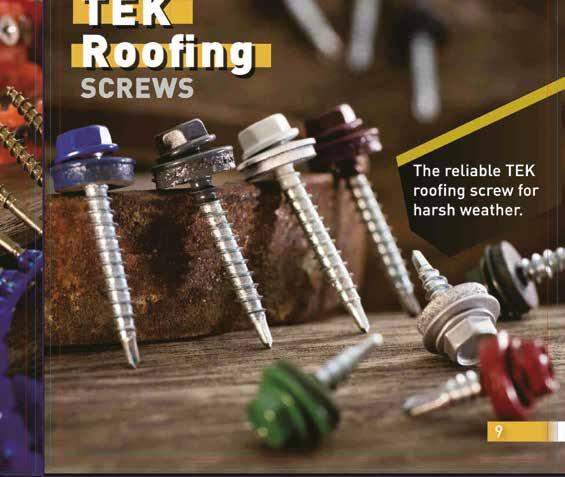
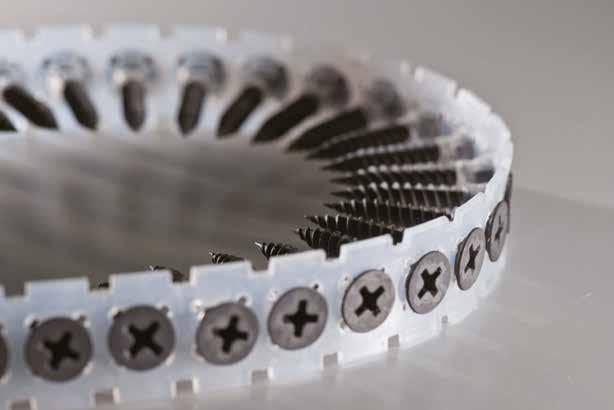
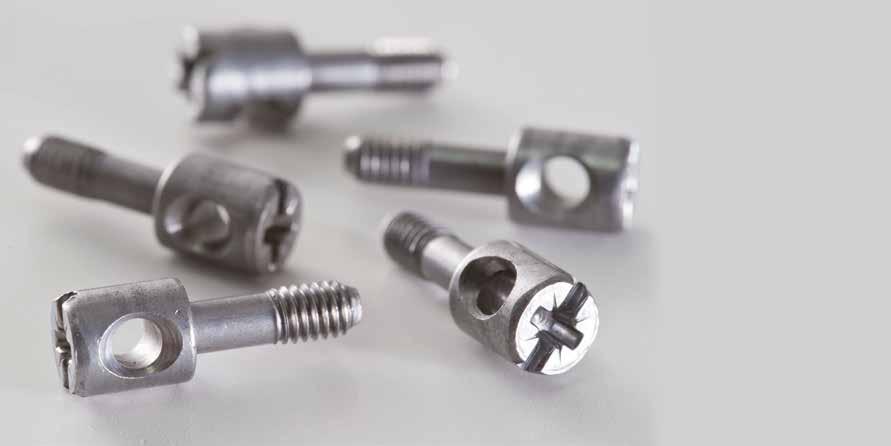

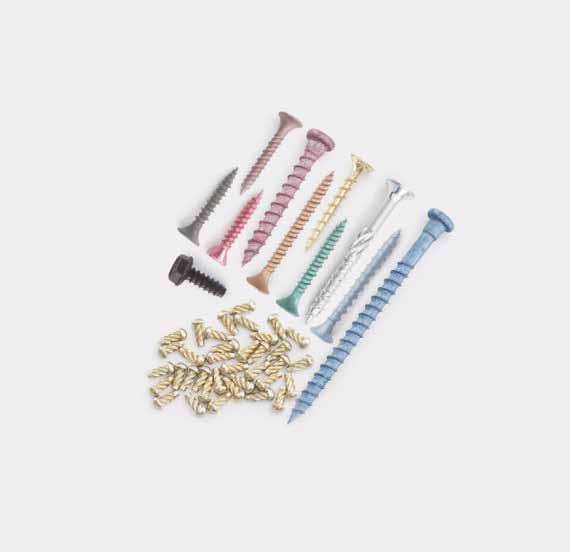
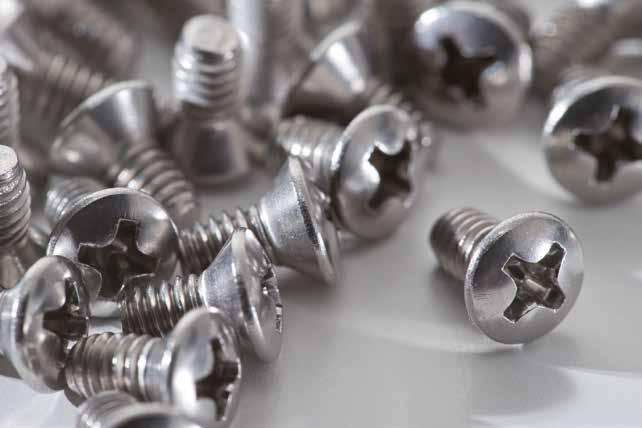
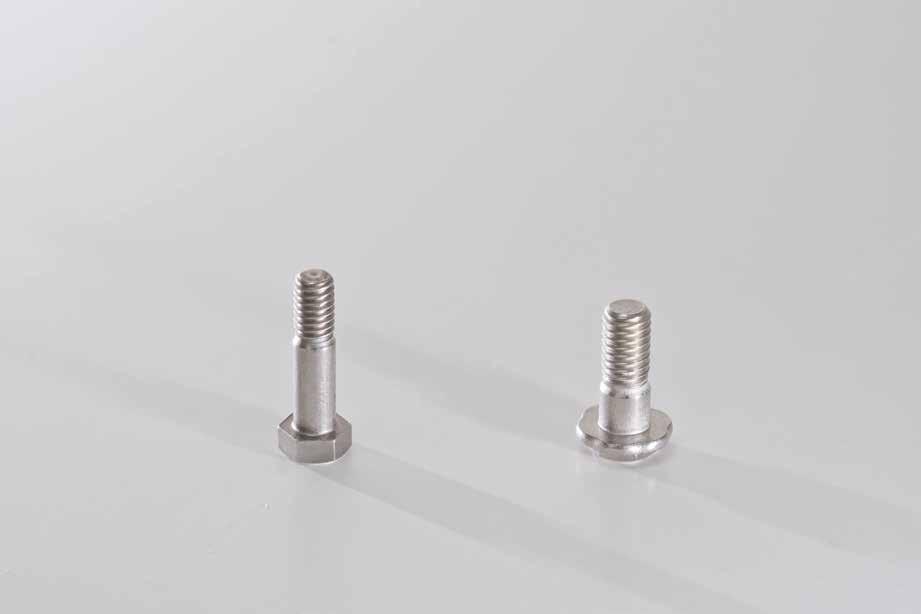
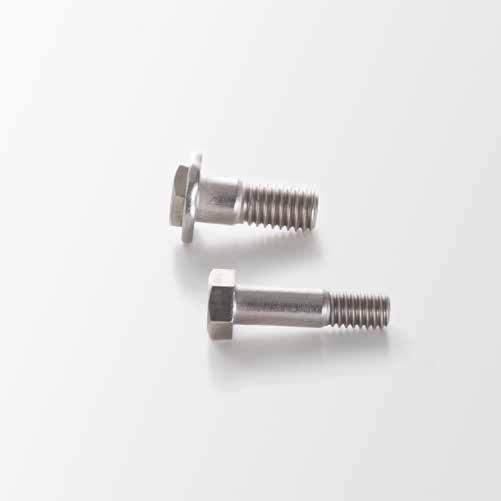
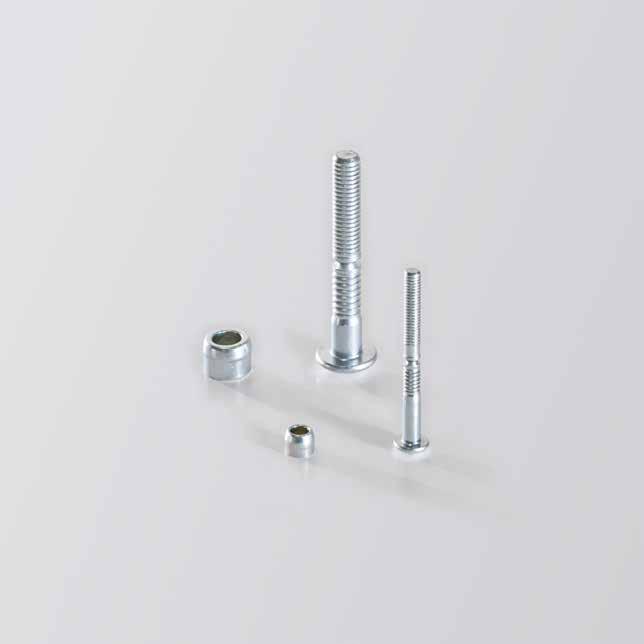
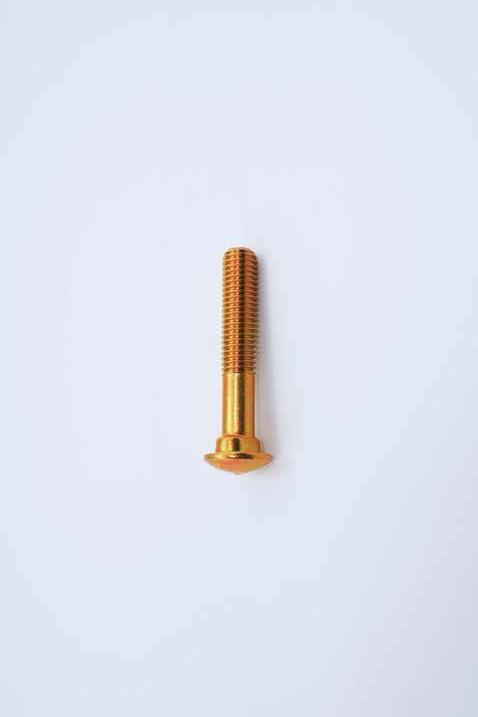
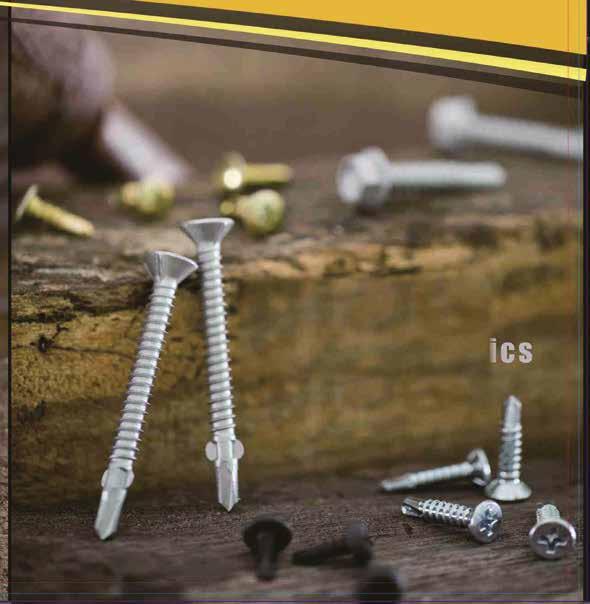


Hall 5, No 3048
Chian Yung Corporation specializes in manufacturing SEMS screws in carbon steel/stainless steel/copper/aluminum in sizes of #0-1/2" (M1.4-M12) and lengths of 1/8"-4" (3mm-108mm), as well as SEMS screws with electroplating, coating and related post-production processes. With its products mainly exported to European and U.S. markets, Chian Yung’s nearly 5,000 sq. m plant in Benjhou Industrial Park in Gangshan, Kaohsiung, is fully equipped with automated production lines and quality control equipment to meet the needs of customers from all over the world. It is ready to exhibit its high quality products and services at Fastener Fair Global in Stuttgart, Germany again in 2023.
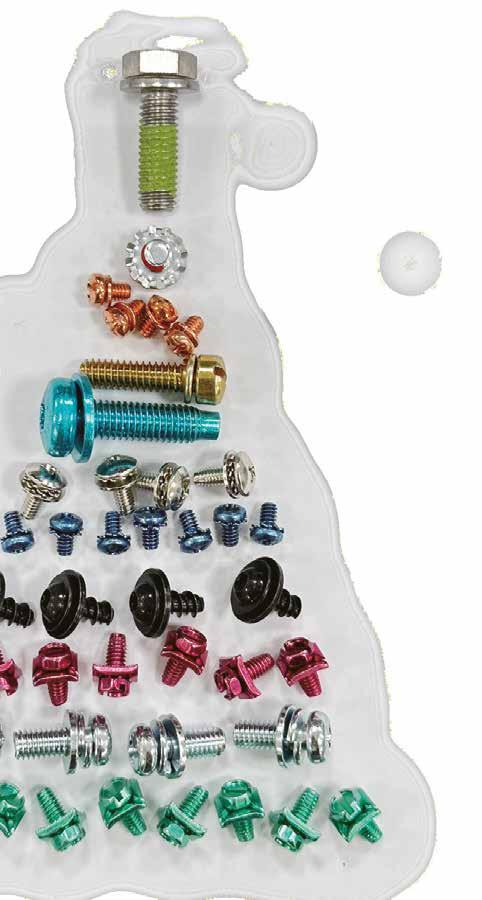
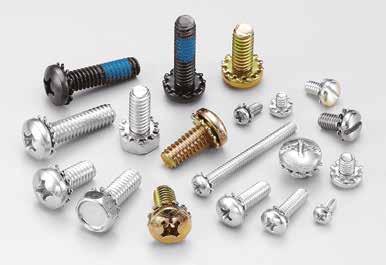
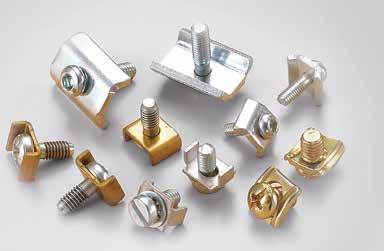
In many applications, fasteners need to be combined with different washers to achieve perfect locking performance, so it takes more time to assemble the fasteners than to assemble them alone. It is also needed to consider whether the stock of washers is sufficient or not, which will indirectly increase unnecessary time and labor costs. SEMS screws from Chian Yung can solve these problems at once, allowing users to experience the advantages and characteristics different from other ordinary screws.
“We'd like to make more customers understand SEMS screws. The most important feature of SEMS screws is that it saves time in assembly and eliminates the need to spend extra time assembling screws and washers. This means that users no longer have to purchase screws and washers separately, and do not have to think about the quantity and stock of both,” said Chian Yung.
The SEMS screws provided by Chian Yung are highly convenient to use and efficient to apply, and have won the favor and trust of its customers. About 70% of its production capacity is for the European and American markets (40% for America and 30% for Europe).
Established in 1987, Chian Yung has been serving customers worldwide for more than 30 years. It has not only sufficient production experience, but also knows the characteristics of screws and washers very well. Its stringent production capability and quality management enabled it to obtain the ISO 9001:2000 certification in 2000 and the IATF 16949 certification in 2015.
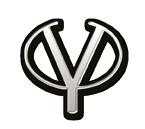
“For meeting the requirements of the IATF 16949 certification, the whole factory has been implementing strict quality control. In addition to increasing the number of our quality inspection instruments, the quality of quality control personnel is also a very important part of the process,” said Chian Yung.
Chian Yung’s products are widely used in the automotive, electronics, computer and electrical fields, and can be customized to meet the different needs of its customers. Its stable quality and on-time delivery make customers worry-free.
“We are pragmatic in dealing with our customers, just like screws, which are small in size, but as long as they are of good quality and strong enough, they can play an indispensable role. In response to the increasing demand of the automotive industry in the future, we are looking forward to developing more customers for automotive fasteners and parts, and we welcome domestic & foreign traders or manufacturers to cooperate with us to develop the market,” said Chian Yung.
by Gang Hao Chang, Vice Editor-in-Chief of Fastener WorldContact: Billy Chiu/ Judy Chang
Email: sales@chianyungco.com.tw
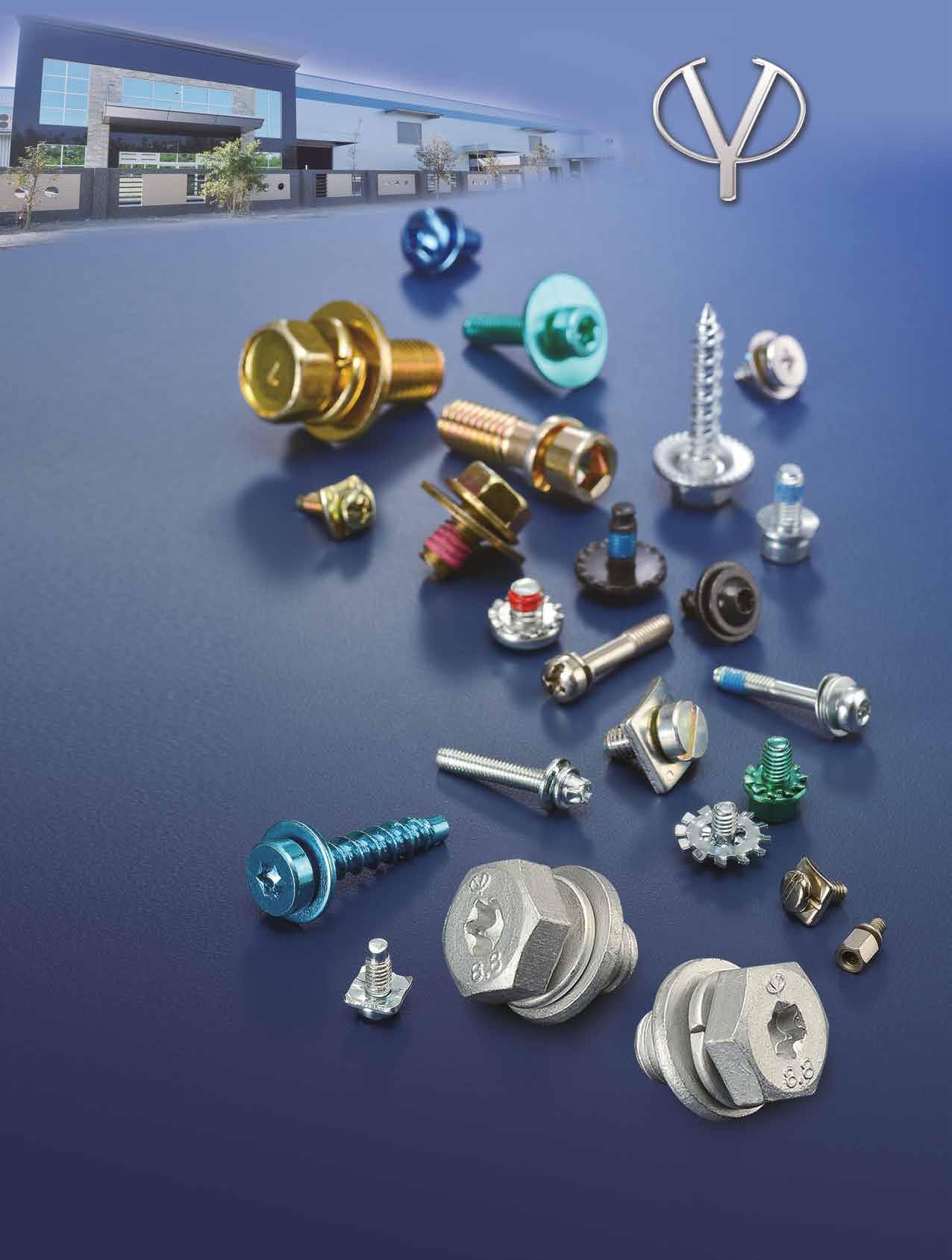








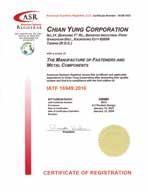


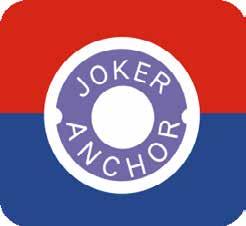








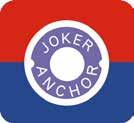

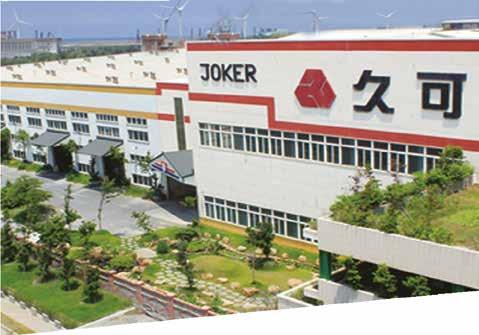
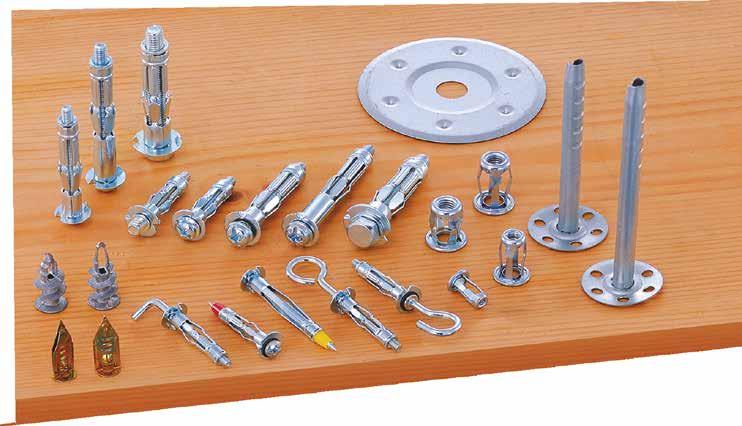

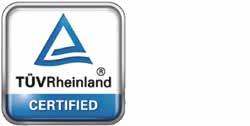
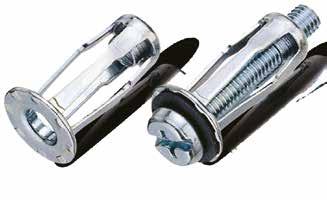

If European automakers and related companies are looking for a reliable source of purchase, Taiwan-based Excel Components Mfg. is one of the top choices. Established in 1978, this precision machining specialist has a long history of nearly 45 years of sales to more than 50 countries. In addition to their long experience in the industrial field, they have made many investments and structural improvements in the automotive field. The final result is that they have obtained many international certificates, including IATF 16949:2016 preferred by the automotive supply chain that they acquired 2021, as well as RoHS and REACH certificates for European environmental requirements, and the ISO 9001:2015 certificate. They are qualified for the APQP (Advance Product Quality Planning) standard and can provide PPAP and IMDS. This suffices to say they continuously update their production processes to meet the stringent European quality as well as environmental and cleanliness requirements. European companies can take them as a must-visit sourcing target.
In 2023, they will be back at Fastener Fair Global. This time, they will showcase customized non-standard parts, because customized production is their strength. Through the aforementioned APQP standard process, they can provide customers with product design and development services that meet the high-quality requirements of Europe and provide evaluation, feedback, and corrective mechanisms, together with the development of new products that customers really need. The company said their products can be used in a variety of industries, such as machinery, automotive, electronics, telecommunications, drones, etc. Customized products can be produced according to customer designs.
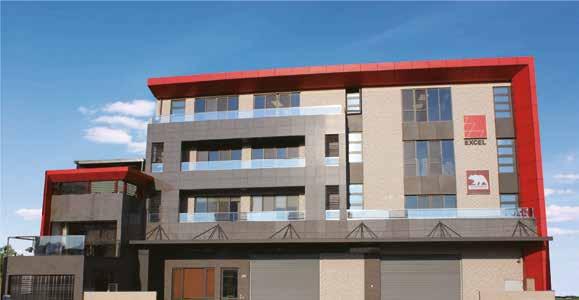
In particular, the company pointed out that they have CNC turning and milling machines for all kinds of plating and heat treatment, providing deep hole drilling, surface machining, long workpiece machining, and complete inspection equipment with optical sorting machines for final inspection to achieve higher quality. They use graphic measuring equipment from Keyence, telecentric visual measuring instruments, salt spraying machines, hardness/roughness testing machines, gauges, 2.5D projectors, coating thickness machines, etc. to check the products for European customers.
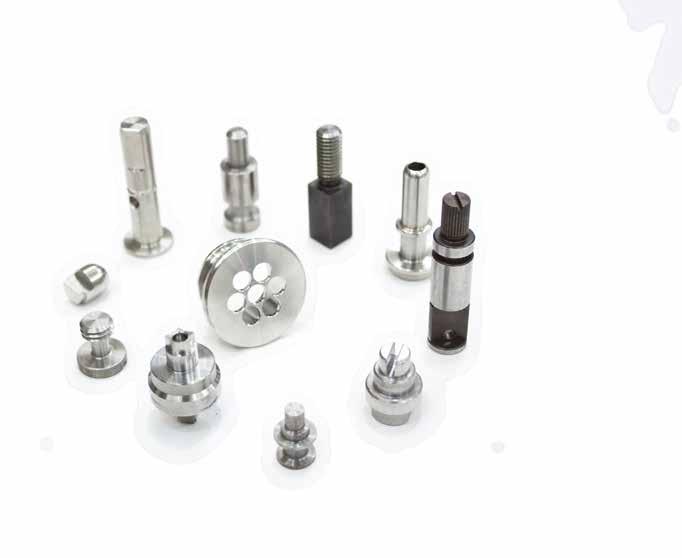
They said they have their own factory to reduce the cost to the lowest and provide competitive prices, along with strict control and complete inspection equipment, to provide customers with the best quality and diversified products, including automotive fasteners, cotter pins, tire studs, bleeder screws, and other non-fastener automotive parts, which can meet the needs of the European automotive supply chain from a single source.
They are a 100% export company, of which 30% are sold to the US, 30% to Sweden, 20% to Germany, and 20% to other countries. You will notice that they sell up to 50% of their products to Europe. By exhibiting at Fastener Fair Global, they say they are looking forward to adding new customers and developing a customer base in different industries. At this show, European customers can take advantage of the opportunity to explore business opportunities with them.
Looking to the future, the company says that diversifying their customer base across industries is their focus and goal and that they look forward to producing a wide range of products. In 2023, when the global market opens, they will have new business opportunities in Europe to look forward to.
Contact: Sales Manager Daisy Su Email: sales02@excelcomponents.com.tw
by Dean Tseng, Fastener World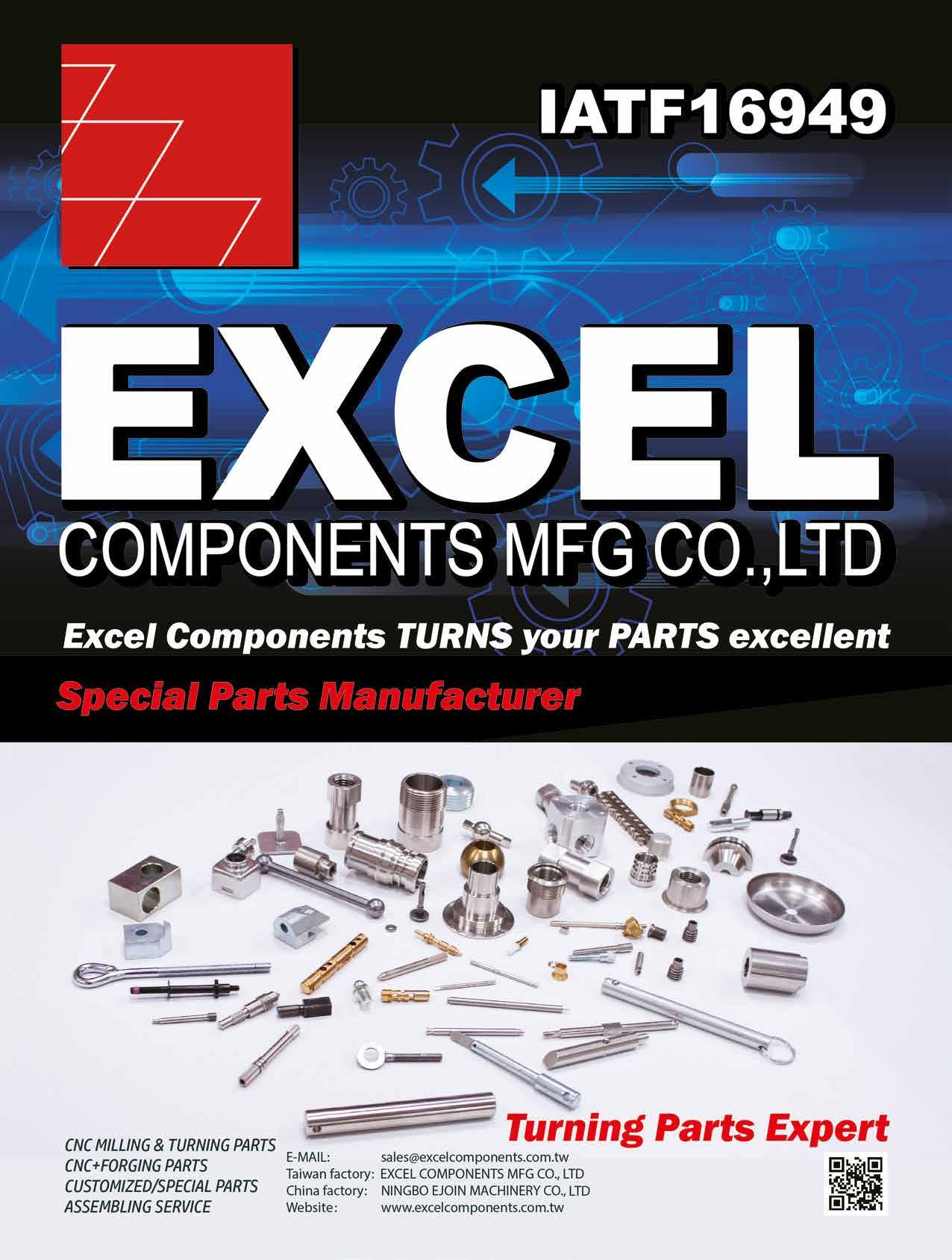
The world’s leading Adolf Würth GmbH & Co. KG having more than 400 companies serving the markets in over 80 countries and focusing on providing trading of assembly and fastening materials has recently further strengthened its localized service capability in Taiwan with the relocation to a new branch office in Kaohsiung.

This new branch office is located in Zuoying Dist. of Kaohsiung, which is not far away from its previous operation and is quite close to the domestic supply chains and customers that it has been in collaboration with for years. This modern office neatly refurbished with the Würth Group’s iconic color and elements fully demonstrates the Group’s professional, skilled, and well-organized corporate image. With a main office area for staff to process routine tasks (e.g., quality testing, suppliers development, purchasing, product management, and R&D), the new office is also equipped with a multifunctional meeting room, 2 smaller rooms for group discussion, an area with advanced quality control instruments, and an open social space offering coffee machines and mini bars for everyone to refresh themselves anytime.

“Our target is to set up an open, light, and innovative workplace, where people can discuss and get ideas. Different from other traditional offices in Taiwan, this office combined with Asian and European elements in-between is also installed with some eye-catching stuff, such as height adjustable work tables and higher chest tables with enough space to make our staff feel comfortable, help them create ideas and perform well, and most importantly, like to work here,” said Andreas Dierolf, Managing Director of Adolf Würth GmbH & Co. KG Taiwan Branch Office.
With a more spacious area, this office is positioned as a hub for sourcing in Taiwan with the function of sample testing and suppliers auditing, and is a brainstorming and innovation center for people to create new ideas.



“Taiwan is one of our main sourcing countries, so we need more space to test samples, create ideas, speed up innovation cycles to facilitate more customer-specific service. This office also makes it easier for our vendors to participate in ideas creating process or discuss projects directly with us, so they can understand customers’ expectations, needs, or requirements immediately. This is a space where people can chat here as a whole team,” added Andreas.
Würth reporting the record-high 17,078 million EUR sales result in 2021 buys all types of fasteners from Taiwan and also sells fasteners, anchors, concrete screws, material treatments, drills, hand tools, hand operated machines, chemicals for maintenance, lubricants, motor oil, adhesives, etc. worldwide. With around 34,000 sales reps worldwide, Würth also regularly sends its Taiwanese employees to German HQ for training in order to ensure service and quality consistent with the Group’s highest standards. This is why the service Würth offers can always win the trust of customers.

“Taiwanese suppliers are one of the best all over Asia, in terms of service, quality and innovations,” said Andreas. With the well-trained staff and the relocation this time, Würth can further optimize its service capability in Taiwan and enhance the real-time connection and collaboration with local Taiwanese supply chains.
by Gang Hao Chang, Vice Editor-in-Chief of Fastener World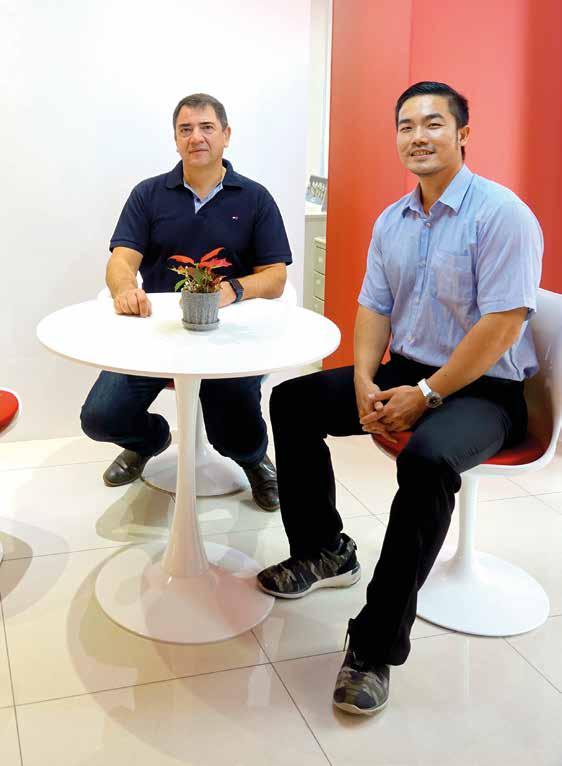 ↗ Andreas Dierolf, MD of Würth Taiwan Branch Office (left) and Gang Hao Chang, Vice Editor-in-Chief of Fastener World (right)
↗ Andreas Dierolf, MD of Würth Taiwan Branch Office (left) and Gang Hao Chang, Vice Editor-in-Chief of Fastener World (right)

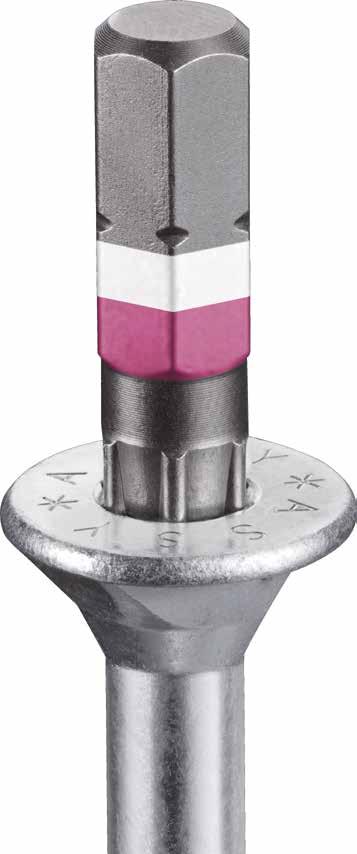

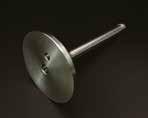
“This is actually a product originally developed for a Swedish customer for use in the military field, and was originally produced from other materials. But after our technical team understood its strength, friction and anti-corrosion requirements, we suggested using cobalt-based alloy, which is more wearresistant, to produce the product, and we use 100% material and processing technology from Taiwan. The hardness of cobalt-based alloy reaches HRC33-43 at room temperature, and the Average Cavitation-Erosion property is more than 15 times of general 304, which makes this material more difficult to be machined by general turning tools. However, we have successfully found a way to use various tools and drills to complete the machining process after research and discussion with our collaborators. The actual test report data also shows that our new cobalt-based alloy can last for more than 100 hours compared to the general 304 stainless steel products that reach the wear level in 7 hours. In addition, it has excellent resistance to jamming/scuffing/abrasion/ erosion/impact/high heat/oxidation/corrosion, and the material itself does not deteriorate under high temperature conditions,” according to Managing Director Jerry Huang.
ARK Fastech Corp. recently cooperated with an experienced associate partner to develop a product made of innovative material - cobalt-based alloy, which has strong corrosion resistance, high temperature resistance and performance strength performance. ARK Fastech is also the only fastener manufacturer in Taiwan that has successfully developed finished parts using this innovative material.
Managing Director Huang, who has many years of technical background in quality control, used to be the head of quality supply chain in Asia Pacific for a major European fastener distributor, and is very familiar with the operation of the supply chain, and has strong technical support in product development, which enables ARK Fastech, which was established only 6 years ago, to quickly meet different product requirements of customers. Inheriting the experience of major European and U.S. manufacturers, ARK Fastech focuses on high-end products for automotive applications and plays the role of a relay hub for European and U.S. customers' supply chain purchases in the Asia-Pacific region, assisting customers in product development and integration to ultimately meet their expectations.
Cobalt-based alloy valvetrains are suitable for top-level supply chain applications such as aerospace, petrochemical, energy, wind turbine and optoelectronics. Because of its high corrosion resistance (more than 30 years on average), high temperature resistance (working temp. up to 8-900 degrees Celsius) and high wear resistance, it is not easy to produce fatigue fracture and has a higher service life compared with carbon steel/stainless steel products, eliminating the trouble of frequent maintenance and repair when the products failed in the past and reducing management labor and other costs, while retaining the excellent characteristics of carbon steel hardness and stainless steel corrosion resistance.
ARK Fastech contact: Managing Director Jerry Huang
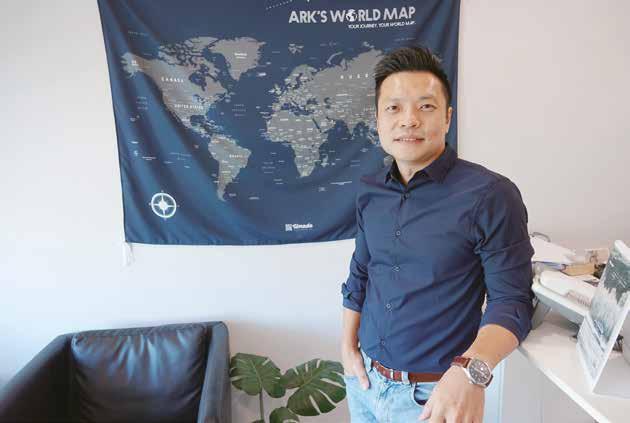
Email: jerry.huang@arkfastener.com
“In addition to new products, our product portfolio also includes automotive and custom products. ARK Fastech's role is not only to help customers find products, but also to provide product solutions (e.g. material/heat treatment/ plating advice, mold development multiple ways of packaging or supply chain integration, etc.). One example is our recent development of fasteners for roof rails that can solve load and stress breakage problems once and for all for our customer. Not only in Taiwan, but also in Singapore we have an agent, and in China and other places, we have collaborative factories to provide supply chain management support,” said Mr. Huang.
ARK Fastech is good at communicating with customers from the technical and cultural aspects, and dealing with different product needs according to customers. With the strong supply chain and technical support in Taiwan, ARK Fastech is dedicated to playing a reliable bridge between customers and the supply chain to create a co-prosperous supply chain environment," said Mr. Huang.
by Gang-Hao Chang, Vice Editor-in-Chief of Fastener World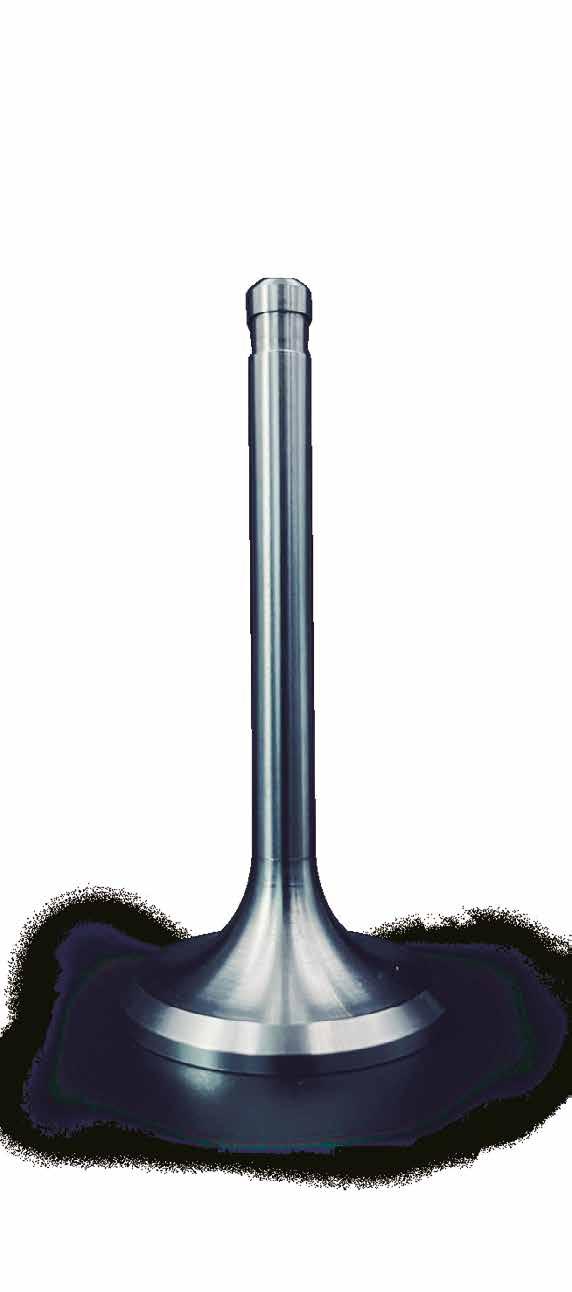
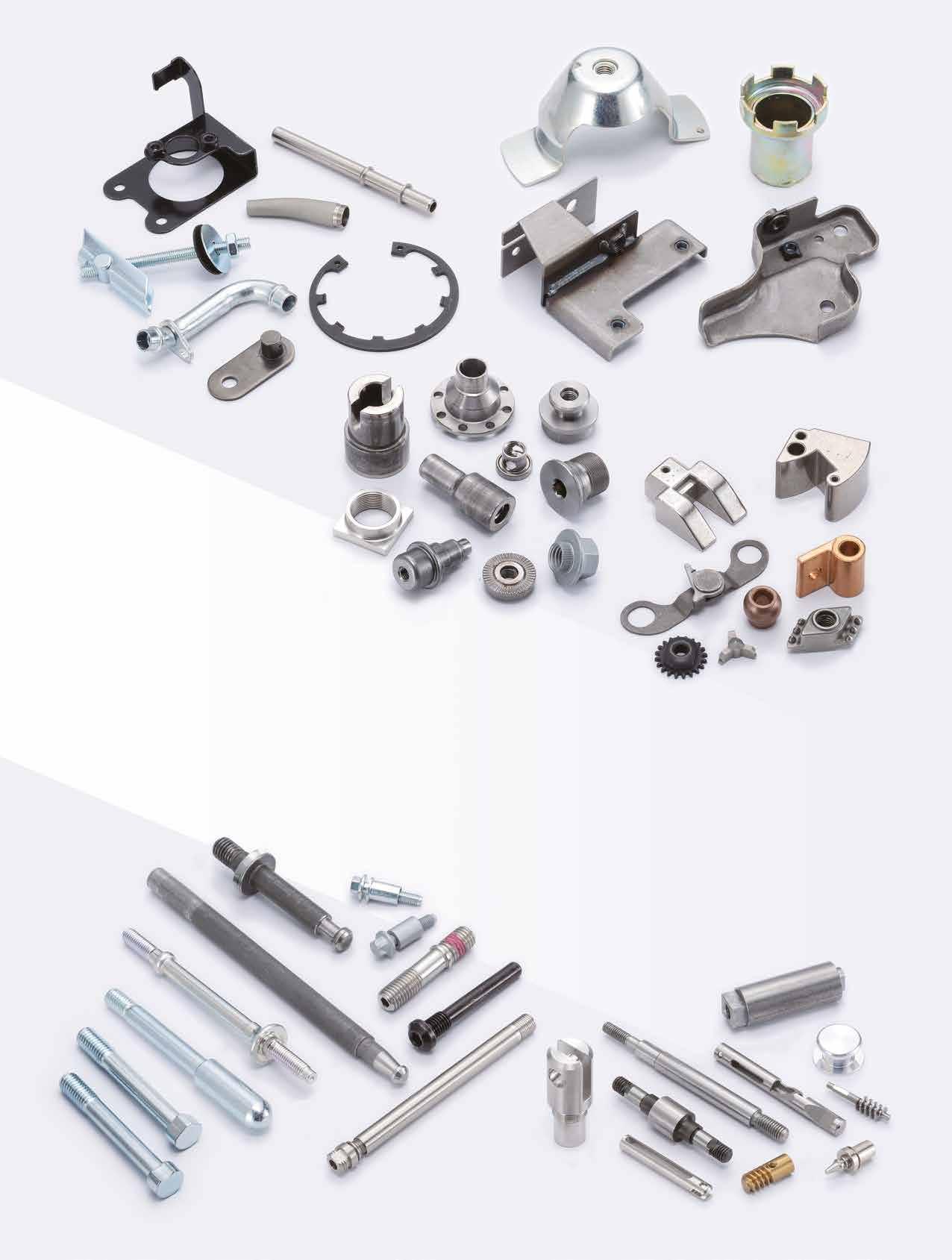


Contact: Claudia Müller, Marketing
Email: claudia.muller@growermetal.com
Durable fastening solutions, investments in research, renewable energy and a responsible Environmental Management System: Greenmetal Project is Growermetal’s response to achieve ambitious sustainable development goals.
Since January 2016, 193 countries have been called to adopt new measures in order to achieve the Sustainable Development Goals (SDGs) by 2030. Today, halfway to the deadline, enterprises have faced a complex, challenging picture, with consequences on many aspects of their production and management.
A situation that involves Growermetal, an Italian safety washer manufacturer that during the last three years invested resources to rethink its productive model, setting a new phase of its business.
Actually, an ecological approach is not new to its history. In 2006 Growermetal obtained the certification UNI EN ISO 14001 for the Environmental Management System (EMS) and, four years later, it installed a photovoltaic plant on the headquarter roofs, in order to produce part of the electric energy on its own.
One of the strengths of the Italian fastener manufacturer lies in its wide portfolio of products, with a variety of safety washers and parts according to customers drawings, that covers the needs of a large number of sectors: from automotive and railway to aerospace, from energy production to electro mechanics, including different industrial applications.
In particular, the challenges of this period include the rapid evolutions in the automotive and transport fields, which led Growermetal to expand its range with new technologies.
Among the latest products introduced, there are high thickness and precision flat washers, special shaped blanked and bended parts, metallic parts with glued or moulded inserts and the technology of Grower SpheraTech®, an innovative preassembled set of a spherical top washer and a conical seat washer. Innovations that will be displayed by Growermetal at the booth 2208 in hall 3 of the Fastener Fair Global 2023 in Stuttgart (Germany) that will take place from 21st to 23rd March 2023.
The company’s answer to future expectations is the Greenmetal Project: a program created to align its conduct
to sustainable short-term and long-term goals. Among the objectives, there is the achievement of Carbon Neutrality by 2050, as set by the 2015 EU Green Deal for Carbon Neutrality, but also the purpose to optimize Growermetal’s environmental profile, to enhance the energy efficiency and to boost a circular economy.
In synergy with the internal code of ethics and the Policy for Quality, Environment and Safety, the Greenmetal Project provides guidelines for a strategic sustainable development, focusing on four aspects: suppliers, raw materials, processes and resources.

With regard to the supply chain, Growermetal puts great attention in the selection of its partners that must guarantee the full compliance to the Italian and international environmental protection regulations, in line with the manufacturer’s sustainable management goals.
This aspect goes hand-in-hand with the selection of low-impact materials and treatments, where the research of advanced resources merges with the need to reduce the ecological footprint of the supply chain. In addition, Growermetal works to create durable solutions, making the customer’s investment profitable and sustainable over time. To offer this benefit, effective coatings are essential, as they enhance the characteristics of the washer design, create long-lasting fastening systems and protect the pieces from corrosion whilst maintaining their performance in the most challenging conditions.
Talking about process, a large part of Growermetal’s investments has been addressed in improving the performance of the Environmental Management System, through interventions aimed at equipping the production departments, the quality control division and the R&D laboratory with cutting-edge and low-impact technologies.
Finally, resource optimization covers different aspects of the manufacturing process, ranging from energy efficiency to the replacement of dangerous chemicals with more eco-friendly products. Among the main key intervention, Growermetal includes the recycling and reuse of oil and water, the reduction of CO2 emissions through greater energy efficiency, the increment of electricity production from alternative energy sources, the heat recovery to warm the company’s departments, the reduction and responsible disposal of waste and the recovery of every liter of water through the industrial rainwater harvesting system.
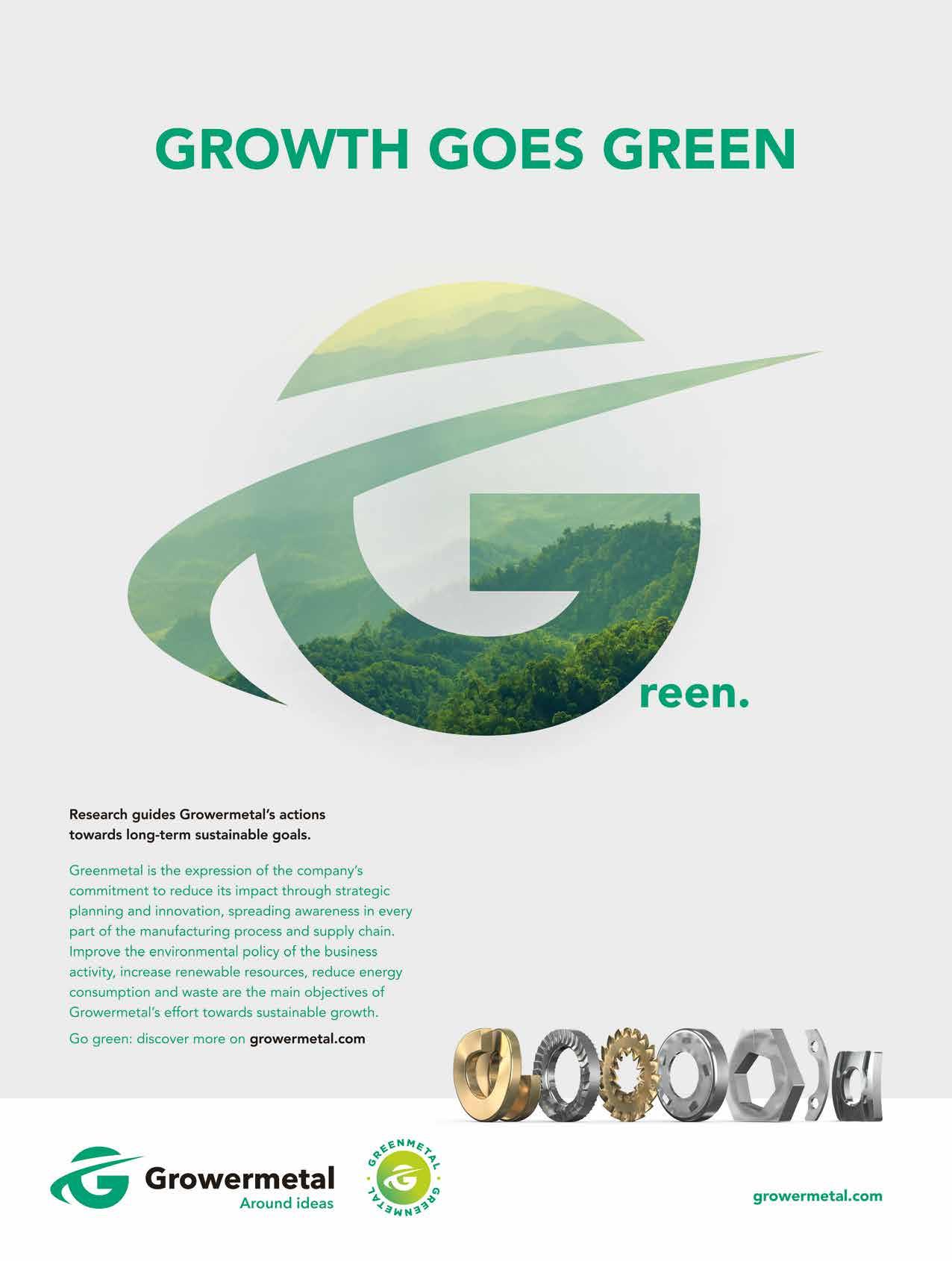
Sheh Kai Precision is one of the top professional manufacturers of bi-metal screws and anchors in Taiwan. Unlike conventional ones, bi-metal fasteners come with high technical requirements. “Heterogeneous metal bonding” and “local high frequency heat treatment” are two of the critical manufacturing technologies from this company, and years of R&D has earned them trust by the industry. Their Threaded Carbon Steel Anchors and Bi-metal Threaded Stainless Steel Anchors utilize those cutting-edge technologies. That was where they started from when tapping into construction threaded anchors development.
They invested NTD 21.8 million to develop the U.S. market. After two years of trials and evaluation, they got certified to ICC in November 2022. They design and manufacture critical automated equipment required in the production process in order to level up manufacturing technology and reduce production cost. ICC is the ticket into the high-end U.S. infrastructure market. Having this certificate means they are able to provide the market with highly safe products and increase their price competitiveness.
Building structures, large infrastructure projects, traffic engineering, tunnels and bridges need various threaded anchors used in concrete. To get a suited ICC certificate, it is required to test embedding depth in high strength and low strength concrete that will or will not crack. Another requirement is to pass 22 tests covering dimension measurement, installation torque, material tensile strength, hardness, hydrogen embrittlement, salt spray, tensile strength limit, shear resistance, sensitivity, margin load, dynamic load, and earthquake simulation. Their products that are ICCcertified include carbon steel hex washer head bolts and eye bolts. These products feature double heat treatment, additional harness at the tip, easy installation, increased resilience against hydrogen embrittlement.

Their threaded anchors are suited for applications ranging from shallow to deep embedding. These anchors can tap threads within pre-drilled holes on concrete of various strengths to provide direct fastening with high tensile strength, high fastening performance and stability. Installation is easy and 100% faster than conventional types. Other features include reusability that allows for adjusting fastening parts by backing out and driving in, as well as no pre-applied expansion force to suit concrete with cracks, and applying fastening closer to the brim of concrete blocks. Furthermore, the stainless steel bi-metal threaded anchors can resist corrosion outdoors for up to 50 years.
Sheh Kai Precision is at the forefront of global environmental protection. They have set 2022 as the base year for greenhouse gas (GHG) inventory which will be completed in 2023, and will finish verification by 2024. They are lifting solar power generation, reducing energy consumption in the manufacturing process, and ask collaborators to perform GHG inventory and provide data. “Our products are mostly sold overseas. The carbon tax from CBAM 2.0 will be imposed in 2027, so we have listed energy conservation, carbon reduction, carbon neutrality and green power as our critical tasks. Also, we have acquired ISO 9001. We do routined check of our manufacturing process. We make sure our products pass dimension checks and tests and then move on to the next step to check quality. We have equipment to test torsion, shear and pull-out which the product will have to go through to head on to packaging and shipping,” said Sheh Kai Precision.
Bi-metal fasteners have the advantage of conserving energy and reducing carbon emission and are in high demand still increasing. Plus, green power generation is being supported by many countries. Solar power generation in particular requires shorter construction time so it will become the leading industry in green power. Fasteners that are used for the setup are indispensable, and therefore, bi-metal self-tapping screw sales have grown obviously. Sheh Kai Precision is looking forward to seeing what this may lead to.
Sheh Kai's contact: Manager Barry Tsai Email:printf@shehkai.com.tw
/// by Dean Tseng, Fastener World
Supplying Italian high quality threaded inserts, blind rivets, clinching fasteners, welding studs, self-tapping threaded inserts, wire inserts, brass and stainless steel inserts and studs, Fixi is dedicated to fasteners for sheet metals, plastics and solid components.
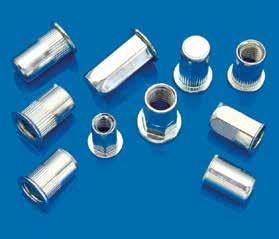
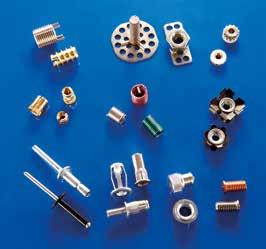
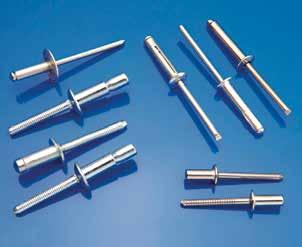
Kicking off 2023, Fixi is sharing with Fastener World Magazine readers a recently introduced new complete line of presses for self-clinching fasteners. The presses are available in different models in terms of power, automated feeding system and other optional accessories. Fixi customers will not only find a complete range of self-clinching fasteners, but will also have the option of choosing the press that best suits their installation needs. Furthermore, Fixi has recently added new products to the range: inserts for marble and for composite materials increasingly used in the automotive industry. They count on completing their catalogue dedicated to these new items and increasing stock in their warehouse in the short term.
Then in March 2023 at Fastener Fair Global in Stuttgart, Fixi will highlight the new inserts for marble and composite materials among various fasteners in its range. They exhibit at many fairs, even up to eight in one year. Since 2022 they have already been planning and organizing their participation in 2023 trade shows. For the upcoming sheet metal working fairs, Fixi will definitely present the new presses in all available models and sizes. Another important milestone is the Fixi Lab, a product testing laboratory, and among many inspection instruments purchased throughout the years, Fixi now also has Fischer scope instruments designed to measure coating thickness.



Overviewing the market, Fixi found their situation in Europe has turned out to be much better than expected. Turnover breakdown shows there has been an increase in orders and volumes, regardless of the war in Europe and the price increase which could have caused a downturn in sales. That shall give them the best shot at scoring great records as the future unfolds!
Contact: Maurizio Mora

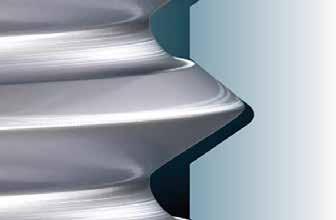
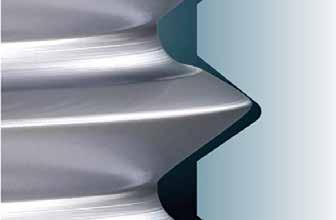 by Dean Tseng, Fastener World
by Dean Tseng, Fastener World

Contact: President Kou Matsubayashi
Email: info@artscrew.co.jp
In our last interview with Art Screw president Mr. Kou Matsubayashi last September, he revealed his game-changing combo-technology with MOTIONTITE. It is an all-in-one solution to resolve loosening, rupture and galling in one shot. You see, it isn’t just one function. It is multi-functional. All you need to do is to drive it in with torque, and the threads work and tighten like using a spring.
It is a fantastic feature attracting the eyes of top Japanese corporations who now increase purchase from him, which triggered his thought that MOTIONTITE could also work for overseas customers, so he thought to sell overseas. It came to him that Europe and the U.S. seek eco-friendly fasteners that are free from using adhesives. These regions, like Japan, are the heartlands of automakers, so he is kicking off marketing there for starters in 2023.
It is a well-known fact that Europe and the U.S. are stringent about quality and yield. “I’ve been running my plant and threading automotive bolts for over 30 years in Japan. As far as quality and yield, Japan is more picky. MOTIONTITE has been used on motorcycle engines, wind turbine blade bolts, satellites, medical devices, even semiconductor manufacturing devices and more, so it speaks for itself. I’d like for European manufacturers to test it out if they wish so,” said Kou. MOTIONTITE isn’t limited to high-end application only, it is open for use by general industrial customers as well.
He is seeking overseas partners to manufacture and sell MOTIONTITE in their local markets. By them using the thread rolling dies and ring gages directly from Kou, MOTIONTITE can be manufactured anywhere on the globe. “It wouldn’t be cost-effective to manufacture the bolts in Japan first and then export them, but manufacturing the bolts at customers’ locations makes it possible to provide the safest and the best-performing anti-loosening products, so I’m welcoming European and American bolt makers to manufacture and sell MOTIONTITE,” said Kou.

Kou is working on a hex socket set screw and tapping screw with brandnew thread shapes. Before that, he could be starting sales of size-reduced bolts which are a combination of Grade 13.9 KSDN4 material and a newlydeveloped thread shape which doesn’t loosen at all in Junker vibration tests. Given the high axial force and loosening resistance, customers can change from M14 to M12 or from M12 to M10 bolts. The bolts can be electroplated and therefore can be used in various applications. They can be made smaller or in less volume to be lightweight, “so I recommend using them to fasten EV battery packs,” said Kou.
Last but not least, Kou has launched an English website for Art Screw. “I’ve packed the website with abundant information for your reference. Drop your request from my homepage or contact through my email if you have any questions,” he said. Web visitors will find test data, technical diagrams and demonstration videos there.


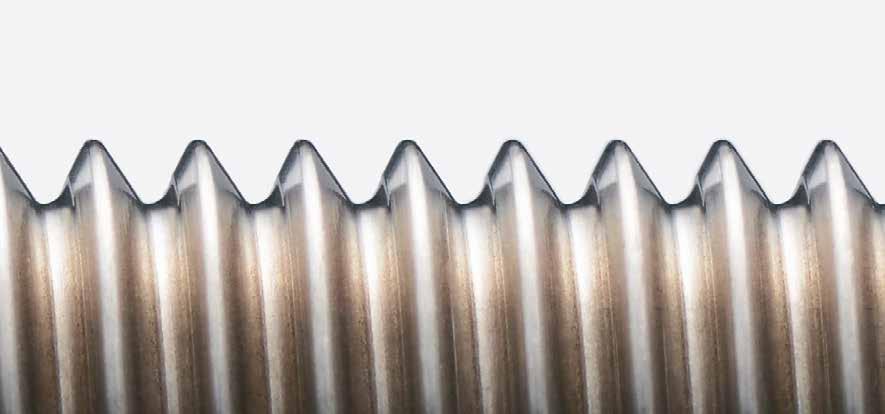







The 2022 National Talent Development Awards (NTDA) were presented to 15 outstanding companies at a ceremony held recently. Anchor Fasteners Industrial Co., Ltd., a leading Taiwanese manufacturer of anchors, rivet nuts and auto parts, was among the honorees of the NTDA (Outstanding Case Category). General Manager Hector Chu on behalf of the company received the award and the company is also the only fastener company in Taiwan receiving the award this year. NTDA established in 2015 is for highlighting the importance of talent development and training quality through the selection of top-performing organizations, and emphasizes the link between the performance of talent development, in anticipation of setting a benchmark and encouraging others to follow suit.
Unlike other fastener counterparts, Anchor Fasteners has been actively investing in talent development and training programs since 2008, and after years of implementation, it has gradually shown remarkable results, thus enabling it to stand out from 126 competitors this year.
"Anchor Fasteners keeps the management spirit of the TTQS Bronze Medal (a Talent Development Quality Management System) and applies it to internal education & training, with a special emphasis on the selection and retention of talents. We also make good use of the resources of the HR Development Center of the Workforce Development Agency
of Ministry of Labor (Kaohsiung-Pingtung-Penghu-Taitung Regional Branch) (e.g., in-plant counseling, function enhancement courses for management personnel, HR training courses, career counseling & development, function maps and workflow improvement courses) to enhance talent training. Unlike other big companies, we do not have sufficient capital, resources, and equipment, but we are able to find more external resources for talent development through these means. Anchor Fasteners also reduces costs by applying for subsidies such as the Youth Employment Flagship Program, Employment Incentive Grants, Secure Hiring Program, Workplace Learning and Re-Adaptation Program, and the Redesign and Recharging of Middle and Senior Positions Program, and creates unlimited possibilities for innovation and change through the transfer of experience. Anchor Fasteners’ transformation and development experience has even been selected into a junior high school textbook of social science, making it become a successful example of HR development to influence the development of upstream and downstream industry,” said Ms. Serlin Chen, Anchor Fasteners Personnel Section Chief.
"Receiving this award, which is the highest honor for HR development in Taiwan, is a recognition of Anchor Fasteners’ longstanding commitment to talent development, and it also promotes a sense of honor and centripetal force among the company's staff, which will also help to expand business and enhance service value in the future. We will also continue to think about how to break through innovation to improve personnel training, as through education and training, not only can the professional skills and management capabilities of our personnel be improved, but also help employees gain a sense of achievement and self-realization, and the company's efficiency and profitability can also be improved,” said Hector Chu, General Manager of Anchor Fasteners.
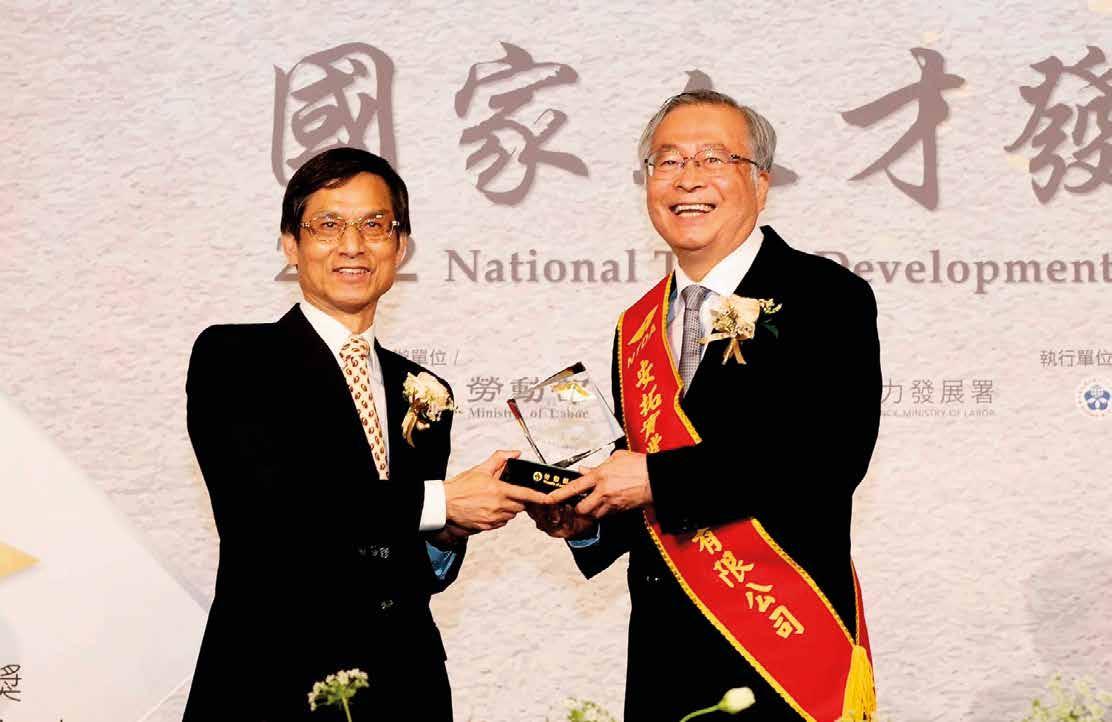




Most of Anchor Fasteners’ middle and senior executives have 5-6 years of TPM training. By passing on the concept of knowhow and establishing benchmark books or SOPs through the mentorship system, they can avoid the problem of inappropriate transfer of experience and technology from senior technicians. On the other hand, they also plan customized courses for different departments' functional attributes and operational needs.


"Talent training can also shape the corporate culture. By working on small details, employees themselves are the problem finders and solvers,” Chu added.

In order to attract and retain more talents, Anchor Fasteners will also focus on the integration of talents and systems, especially in ISO 45001 occupational safety and health education and carbon emissions, to create a work environment and a sustainable business future that emphasizes environmental and labor safety and health. On the other hand, it will continue to strengthen professional training, upgrade machinery and equipment, and digital transformation in order to cultivate employees' motivation and professional skills, so that they can see the future and are willing to work together with the company. Chu emphasized, "Education and training are the core elements of a company's competitiveness, and the resources provided by the government are an excellent way
companies to make good use to achieve this goal.”
by Gang Hao Chang, Vice Editor-in-Chief of Fastener World
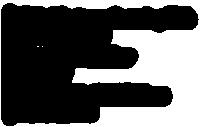
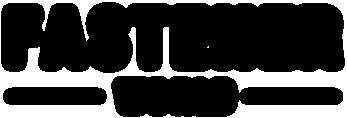
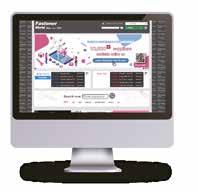

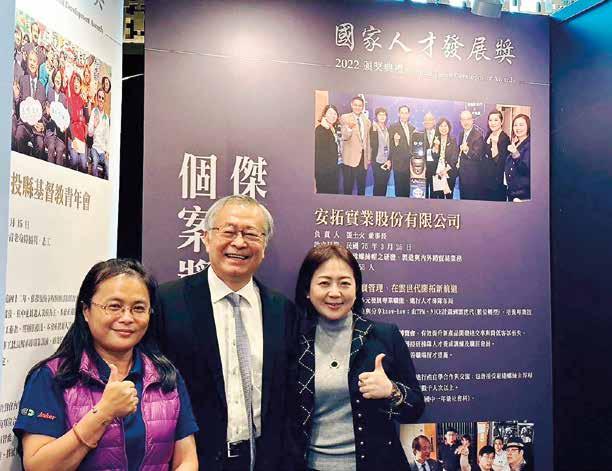
for
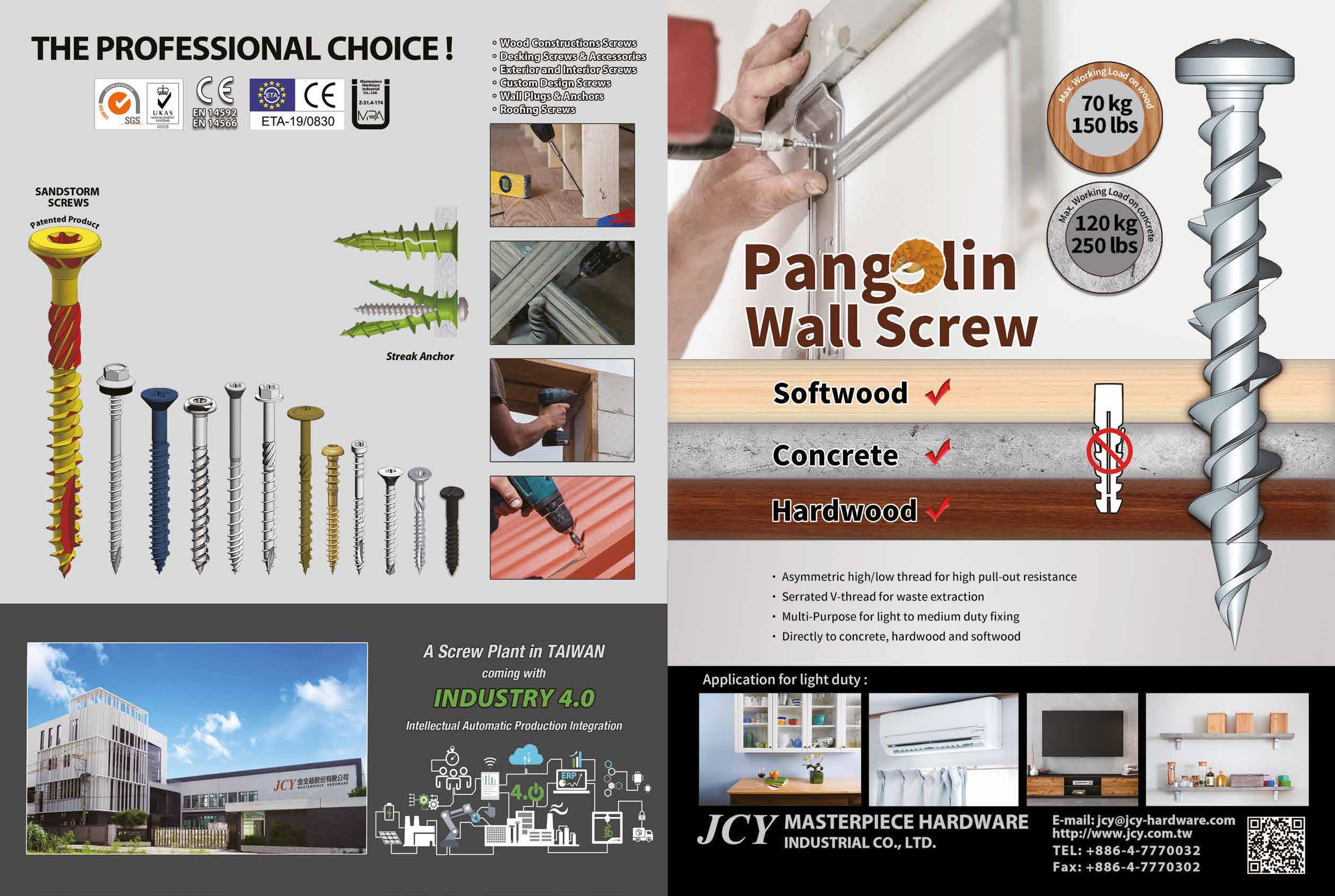

With high quality and reasonable price, Masterpiece Hardware Industrial supplies self-tapping screws, self-drilling screws, concrete screws, drywall screws, wood screws, expansion screws and drives 20% sales growth every year. The key to their success is that their president takes pleasure in product development and comes up with game-changing screw designs that define their irreplaceability. They have launched two patented products. Read on as Fastener World gives you an insider’s look at these products’ design.
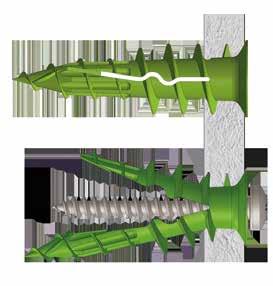

The company’s naming of featured products is ingenious and always intriguing. This screw is named for pangolins' characteristic of being great at digging holes in the earth, and its threaded section has the apparent high threads with three grooves and a scale-like appearance, which is much similar to the features of pangolins' appearance. It is an all-round screw, mainly for multi-purpose use, and can be used on cement (work load 120kg, 250lbs), bricks, soft and hardwood (work load 70kg, 150lbs), and plasterboards. Just remember that it is a fit-for-all screw like a pangolin that can go in and out smoothly, freely and with agile.

Sandstorm Screw has a special design, including the underhead pocket, the slanted spirals on the shank, and the grooves on the threaded portion. There is even a large area of cut-out surface which gives Sandstorm Screw an aggressive look. The company explained that the grooves on high-low threads and the jagged design allow to effectively cut wood fibers when fastening the wood. As the screw pushes into the wood, the wood fibers break into powder-like matters. You can see during the fastening, wood powder is ejected out along the grooves and the screw drills through the wood with a rapid process, just like a raging scene of sandstorm comes. So it is named for its state of use. Used on various wood structures, it saves 45% of fastening time and reduces resistance by 20% Just remember that sandstorm screws can be fast, efficient, labor-saving, and finishes fastening perfectly
The self-drilling threads on the front of the Streak Anchor can drill into plasterboards quickly, and the resulting debris is discharged through the striped grooves on the shaft. When a screw drives into the Streak Anchor and reaches the pre-determined fastening result, Streak Anchor will crack along the lightning-shaped gap and support the back of the plasterboard. Consumers can tell that the anchor has transformed and completed its mission by the sound of a crack. In addition to the crack and stripe design, the fastening action is as fast as lightning, and the sound upon finishing installation is as loud as a thunder to remind consumers, so Streak Anchor is named to be intriguing and for its useful performance. (“Streak” denotes lightning and stripes.) The extra 20% work load (range: 25~35kg, 60~80lbs) makes it safer for consumers to use.
In response to Industry 4.0, the company is steadily advancing the upgrade through AI, smart manufacturing and automation. In addition to the continuous integration of data with ERP and other software and hardware, they have also set up electronic signage at the workplace, linked up information from each workstation and now provide real-time alert through the warning system on the equipment, so that operators can quickly troubleshoot abnormalities and review their own work progress and efficiency.
They have taken into consideration environmental protection and carbon reduction measures when designing the smart factory, including the recycling of lubricating oil and recycling of oil and gas to reduce pollution and waste in the manufacturing process. Not only because of the needs of customers, but also because of the fact that we are all part of the Earth. As an enterprise, Masterpiece Hardware Industrial has the obligation to follow international environment protection standards in their business operation, and seek improvement for most suitable carbon reduction solutions. In addition to continuously observing their carbon emissions, they have set up a task force to collect information and formulate response plans.
Utilizing patents and smart manufacturing, they break from the shackles of conventions in the fastener market and provide customers with cutting-edge and modern products!
by Dean Tseng, Fastener World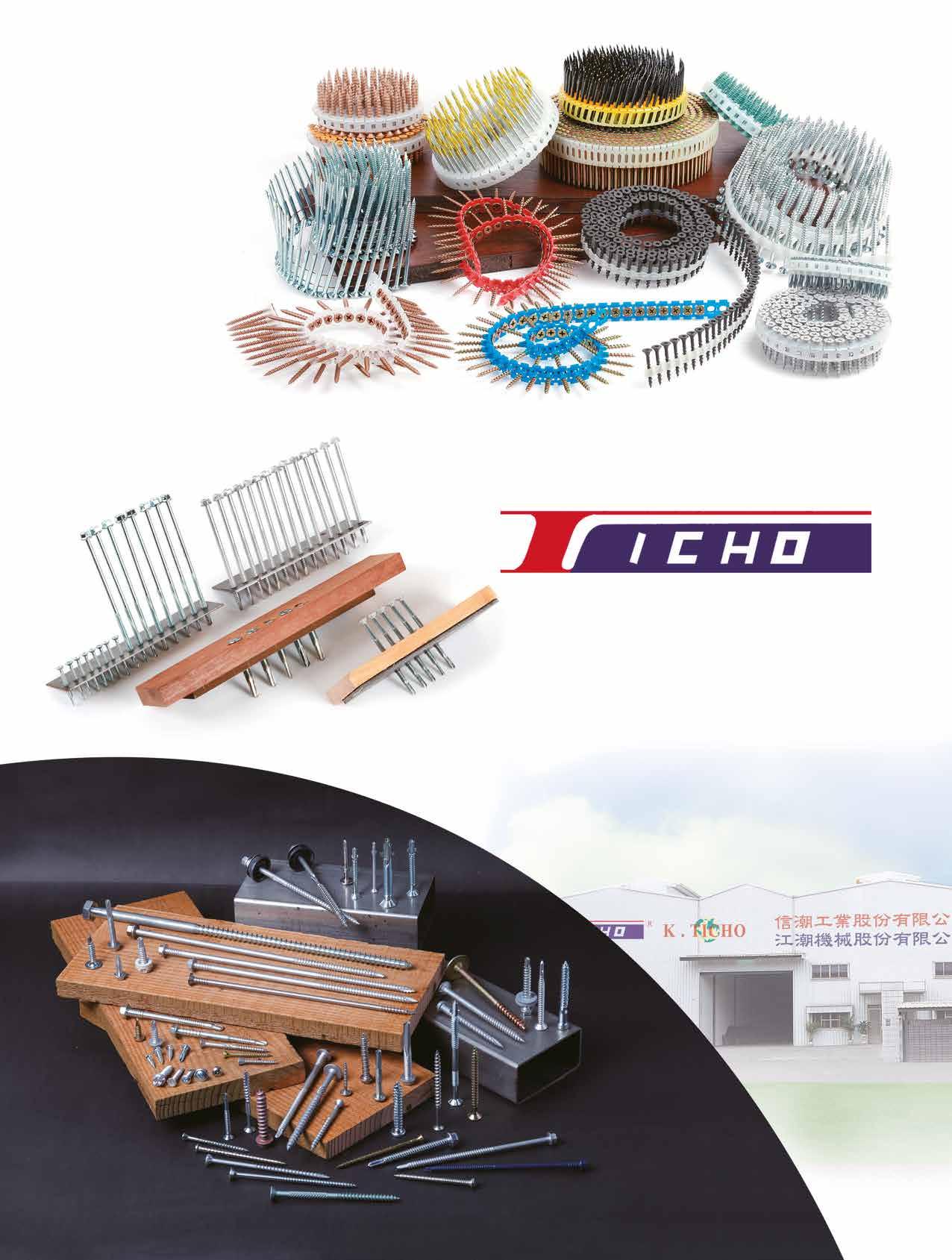
On December 6, 2022, the Annual General Meeting of the Hong Kong Screw & Fastener Council was held at HKPC Building (78 Tat Chee Avenue, Kowloon, Hong Kong) with virtual streaming online, having more than 70 participants in total. Chairman Tsui Ping Fai expressed his gratitude to the members for their support and reviewed the activities held in the past year, including the General Meeting, Firmware Market Project Sharing Session, Technical Forum and Association Exchange, etc. He also forecasted that a study tour to Japan will be held in April 2023, hoping to bring new technical information to member companies and create more development opportunities for members.
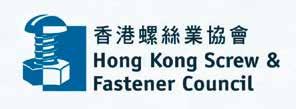
A seminar on "Application of Hybrid Sol - Gel Coating Technology to Enhance Corrosion and Wear Resistance of Fasteners" was also held to explain the technical theory of two common methods to mitigate corrosion and provide reliable and durable protection to metal substrates. At the end of the meeting, HKSFC Founding Chairman Tsui Ping Kwong, Lifetime Honorary President of Shenzhen Fastener Industry Association Weng Kejian, and Honourable Chairman Qiu Yong, exchanged views with the members on the activities, technical exchange and future development, and made an outlook for next year, hoping to continue to develop and grow with the joint efforts of everyone.
After overnight negotiations, EU countries and European Parliament representatives reached an agreement on Dec. 13, 2022, to impose a tax on CO2 emissions from imported steel and cement and other polluting goods, extending the scope of application from upstream products such as steel, aluminum and cement to downstream products such as screws and bolts. The new mechanism is scheduled to be implemented on a trial basis from October 1, 2023.
The agreement, called the Carbon Border Adjustment Mechanism (CBAM), is a new creation of the European Union in light of the global trend of carbon reduction, and was proposed by the Executive Committee in July 2021. Since EU has set strict carbon reduction requirements for local industries with high carbon dioxide emissions and in order to prevent enterprises increasing costs due to carbon reduction from ending up with uncompetitive prices against imported products, CBAM was created, requiring purchase of carbon reduction certificates for foreign high carbon emission products entering the EU market.

The speed of EV revolution could go beyond our expectation. A starup EV brand from the Netherlands rolled out the first solar energy car Lightyear 0. Production began from November 30, 2022. Unlike general EV cars that have to be pulled over to recharge, Lightyear 0 can recharge on the go under the sun. Even if the battery runs out, it can go ahead running on solar energy. With solar power, it can go 11,000 kilometers on flat grounds each year.
Lightyear 0 is manufactured at Valmet Automotive Group's plant in Finland. The current estimated capacity is 946 units. It uses 60 kWh batteries and runs 625 kilometers with a full recharge.
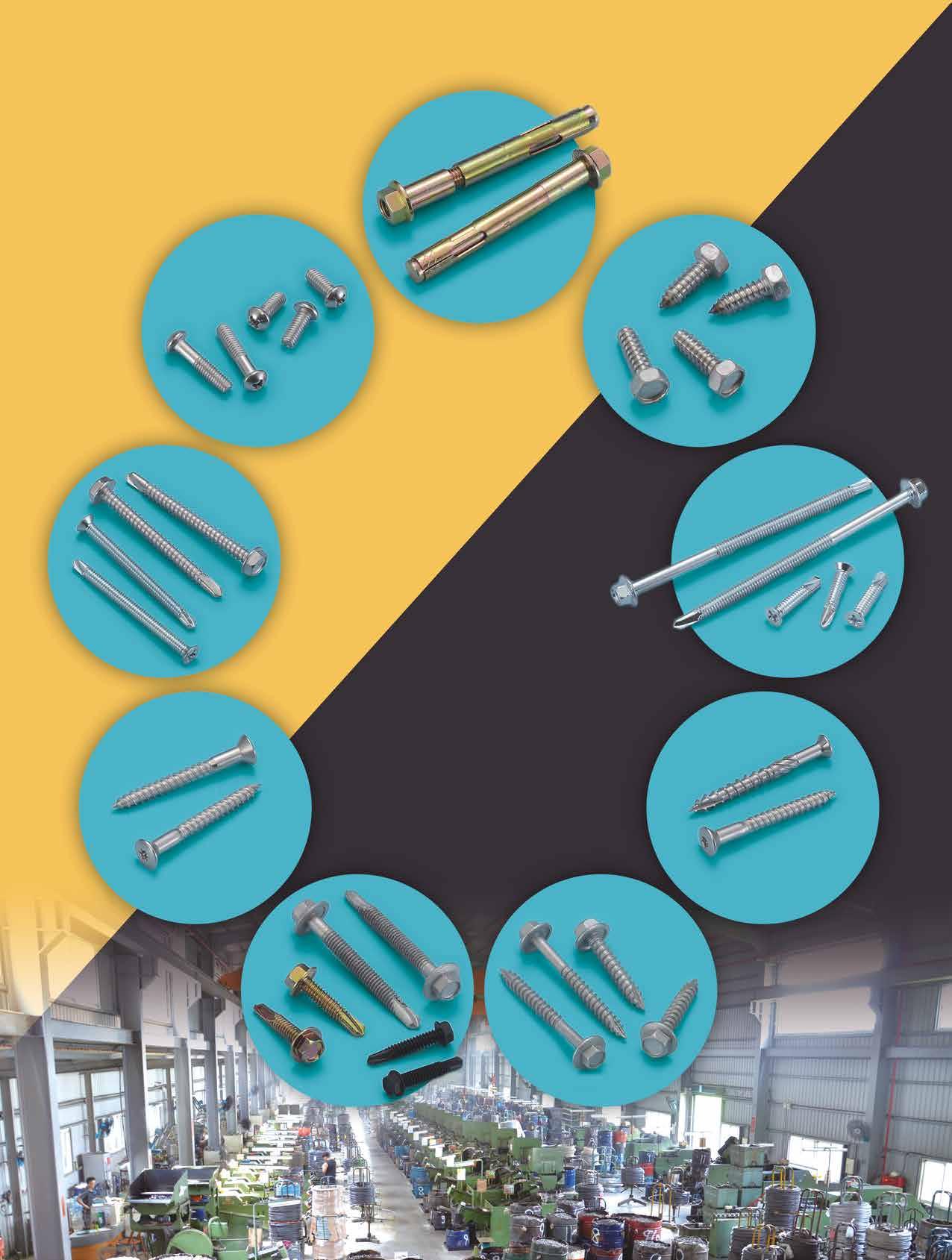






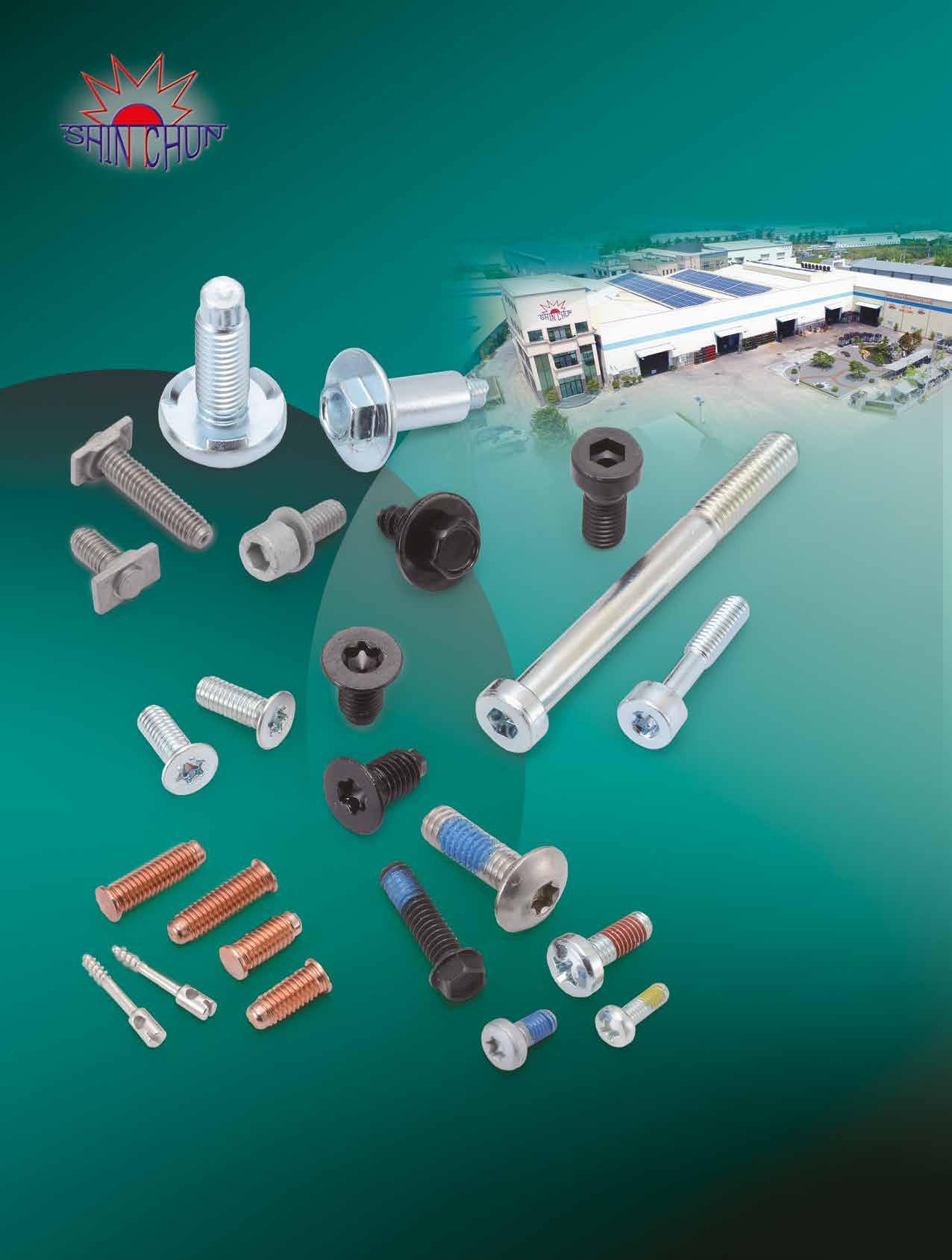
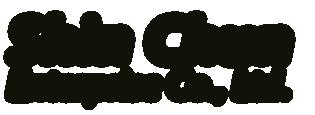




Taiwan’s China Steel Corp. has recently announced its latest price adjustments for steel products. The price of wire rod (including low carbon, medium-to-high carbon, cold forged, and low alloy) that is most relevant to fastener manufacturers will be reduced by NT$1,500 (about US$48.7) per metric ton. However, the price of automotive materials will be increased by NT$500 (about US$16.23) per metric ton. The average price adjustment margin for all steel products will be -0.83%.
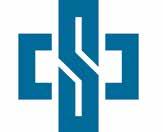
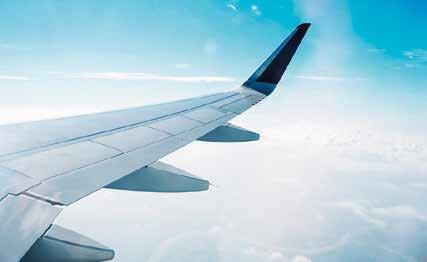
Benefiting from the reopening of the border, zero carbon emission and new infrastructure projects in China and the U.S., the demand for fasteners for aerospace, new energy vehicles, solar energy and rail transportation has increased, which makes NAFCO, Boltun and Tong Ming relatively optimistic about the outlook for 2023. On the development of fasteners in the aerospace industry, NAFCO pointed out that the demand for new machines continues to grow. For instance, Boeing forecasts that the aerospace market will return to pre-epidemic levels in 2023~2024, and will maintain growth momentum in the coming years.
Although its revenue share of electric vehicles is still relatively low, Boltun said that the electric vehicle market is booming, and that the sales volume of existing customers is gradually enlarging. The proportion of conventional car manufacturers developing electric vehicles continues to increase, and new electric vehicle brands continue to join the market.
Although Tong Ming, a stainless steel fastener manufacturer with its main market in China, was facing China's lockdown in the first half of 2022, it is expected that the shipment volume will exceed 130,000 tons and continue to reach a new high under the support of China's infrastructure construction and the company's high market share. Tong Ming continues to be optimistic that the demand for fasteners for rail transportation, solar energy and electric vehicles in China will remain strong, especially under the energy crisis, and expects explosive growth for solar energy fasteners in the next 2~3 years. The company believes shipments in 2023 are expected to be better than in 2022, reaching a new record high.
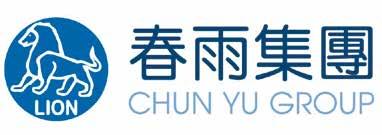
Chun Yu said it is looking to end inventory adjustment in Q1 2023. Its corporate performance could stabilize in Q2 2023 and there could be a mild recovery. There is a chance for Taiwanese fastener market to recover in the second half of 2023. According to Chun Yu's analysis, its output in Taiwan peaked at 12,000 to 13,000 tons while the normal threshold is about 9,000 tons. It reached 8,000 tons from the end of Q3 to Q4 2022 and could return to 10,000 tons per month in 2023.
In terms of China, Chun Yu said the lockdown could soften in the future despite sporadic reoccurrence of COVID, that it couldn't go worse. In good times, outbound delivery can reach 6,000 to 8,000 tons. Currently it is 4,000 to 5,000 tons and could return to 6,000 tons in 2023. Chun Yu has high hopes for Indonesia because the country is breaking records in GDP with a robust local demand. Indonesia is a material producing country and is less subject to inflation. Currently Chun Yu sells 2,000-2,500 tons of products per month there. Chun Yu holds positive outlook toward Europe given the AD tariff on China's fasteners which is thought to favor Taiwanese fastener industry. Chun Yu is actively expanding its market share in the U.S. with steady increases.
In order to fulfil global manufacturing, reinforce int’l market expansion, and satisfy further business reach in Europe and America, Taiwan-headquartered Sheh Fung Screws, replicating its digital and automated transformation experience in Taiwan, will establish its Group’s first overseas manufacturing operation in T ỉ nh Bình Thu ậ n (Vietnam). It will invest NT$ 0.7 bn in establishing the phase-1 plant, which is expected to launch a trial run after Q4 2023 and will officially begin mass production by Q1 2024 at the earliest. Hosted by Sheh Fung’s president Terry Tu and general manager Kent Chen as well as witnessed by prominent guests and local officials, the ground-breaking ceremony was held on December 1st, 2022.
“Based on our sizable production and step-by-step advancement in automation, we’re able to achieve the most efficient utilization of capacity and human resources at our new Vietnam plant. And, with factors like EU-Vietnam FTA and EU’s antidumping taxes against certain Chinese fasteners,
many int’l leading brands have continuously adopted a more diversified sourcing strategy,” according to Sheh Fung’s general manager Kent Chen.
The new plant is planned to be completed through 2 phases of construction. The phase-1 plant will be used to manufacture medium-to-short sizes of tapping, drilling and coated screws. The monthly capacity is estimated to be up to 800 tons (around NT$ 670 million). In the future Sheh Fung will also make proper adjustment between the order intake of its plants in Vietnam and Taiwan in order to maximize the investment efficacy.
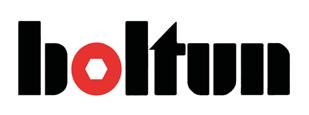
Boltun supplies automotive fasteners and components for ODM companies. Among its automotive fasteners, 70% are used on conventional cars and 30% on EVs. Given that the conventional car has reached a fully grown state, Boltun has shifted toward the EV industry in recent years. To cope with EV orders and expand capacity, Boltun Sales VP said the company plans to build a 160,100 square meters plant in Guiren District of Tainan City, Taiwan. The company aimed at a budget of NTD 1.7 billion for this investment, but it switched from purchase to land rental which in turn translates to NTD 871 million. The VP said land purchase is a huge expenditure, but that by switching to rental, Boltun can increase more capacity and flexibility in using the budget. The company sees EVs as the drive for growth in 2023, so it has to adjust capacity.
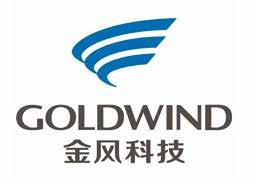
Tianrun, a wholly owned subsidiary of Goldwind, signed a cooperation framework agreement with Fengqing County Government in Yunnan. The two parties will make full use of Fengqing's wind energy resources to establish a long-term strategic partnership in decentralized wind power development, in order to achieve resource sharing and mutual benefit.
It is worth noting that on September 5, 2022, Goldwind also officially signed an Investment Cooperation Agreement with Yunnan Yunxian Government for the Yunxian Flange Fastener Plant Project. Fengqing has location advantages, huge market potential and a favorable business environment, and the development prospect of decentralized wind power projects is promising. Both sides hope to continuously broaden the collaboration and enrich the results.

General Inspection, LLC recently added a new high/low thread measuring algorithm to its VisionLab. The 3D fastener gauging system has the most comprehensive thread measurement capabilities, including all pertinent system-22 requirements, lobular shaped threads and now a specific algorithm for high/low threads. Greg Nygaard said, “by popular demand, we’ve added a tool to our VisionLab system to make measuring high/low threads as simple as a press of a button”. The VisionLab allows manufacturers and distributors to measure all critical part features including high/low threads in less than 5 seconds.
In addition to threads, the VisionLab measures all profile features, including GD&T characteristics. An optional “end view” inspection measures and detects defects on both ends of parts including features such as: recesses, inner/outer diameters, through holes and counterbores. Optional surface control is used to detect visual detects, such as bad plating, thread patch presence/quality, as well as, measuring knurl width, gap and height. Optional upper tooling and bit kit are available for uneven parts or parts with a recess drive.
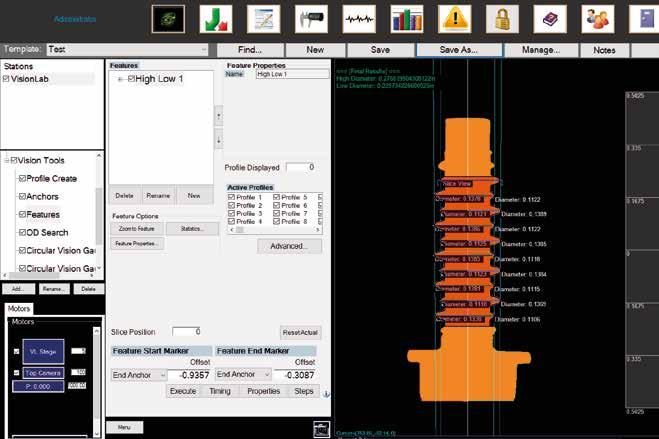
For time savings, traceability and removing error, the VisionLab creates customized, thorough reports
packages.

TR Fastenings Hungary Kft, part of the Trifast plc Group, is celebrating the opening of its new purpose-built facility in Budapest, building on years of rising demand in the region. Located in the southern suburb of Szigetszentmiklós, Budapest, TR Fastenings Hungary Kft is a fastener and Cat. C supplier to international OEM’s and their subcontractors not just in Hungary but in the seven countries that border them. The new 3,500 sq. metres modern facility has 9.5 metres eaves in the warehouse and is a high-capacity distribution facility that is ready to support TR’s future European growth strategy.
TR Hungary was first established in 2000 and has grown considerably in that time, quickly outgrowing two previous locations. Its rapid growth has been a real success story for TR and the region alike. It has come about through rising demand from large multinational household brands, many of which TR supplies to elsewhere in the world. Hungary has historically been a lower cost production region but with a highly skilled available workforce, making it ideal for this kind of strategic investment. Hungary has a central location in Europe with seven countries on its border, which is perfect for distribution hubs.
The TR Hungary team is fully supported by the Group encompassing Sourcing, Technical and Design, Commercial, Financial, HR and Marketing support.
According to the company's strategic development plan, Ronnie Precision Machinery announced to set up a wholly-owned subsidiary.

The company's main business is (Ronnie. Co., Ltd.) for JPY13 million, manufacturing and sales of precision metal parts such as precision fasteners, connectors and structural parts, mainly providing precision metal parts to customers in downstream applications such as 3C, automotive, communications and power equipment.
In recent years, China's major projects such as West-to-East Gas Transmission, South-to-North Water Transfer, High Speed Railway and Westto-East Electricity Transmission have been fully rolled out, and the local automobile, machinery, home appliance, shipbuilding and transportation industries have continued to grow. The strong demand for production and construction will drive significant growth in the fastening industry.
NORMA Group has won a new major order for joining solutions in electric vehicles. From July 2023 until 2030, NORMA Group will equip several of the customer’s battery-electric premium models with hose connectors, hose adapters and quick connectors. The order has a total volume of around EUR 34.6 million. CEO Dr. Michael Schneider: “In our strategic business unit ‘Mobility and New Energy’, we consistently focus on the requirements of our customers. With our experience as a development partner and our certified production standards, we are very well positioned to support our customers in their technological transition towards emission-free mobility.”
NORMA Group’s connection products are installed in cooling water lines and are used to cool various units in the vehicle, including the battery. The hose connectors and quick connectors have been part of NORMA Group’s portfolio for many years. Development engineers at NORMA Group specially adapted them for this order in cooperation with the customer.
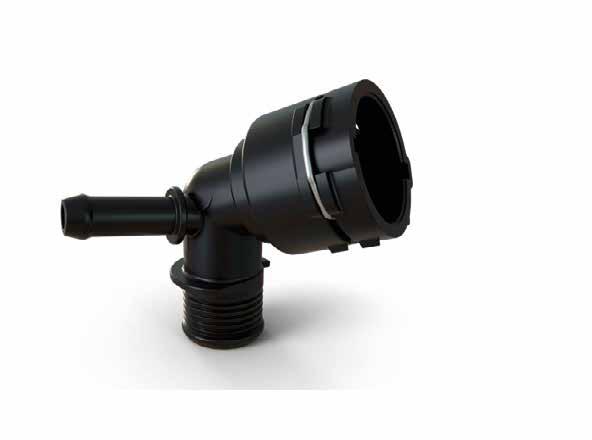
The joining products are manufactured at NORMA Group’s plants in Maintal, Germany, and in Pilica, Poland. Some of the parts include a temperature sensor in order to ensure optimal operating temperature. In order to meet the increased demand, NORMA Group is investing in injection molding production at the Maintal site, in new assembly machines for quick connectors and in training employees.
The Board of Directors of Howmet Aerospace declared a dividend of 93.75 cents per share on the outstanding US $3.75 Cumulative Preferred Stock (“Class A Stock”) of the Company, to be paid on January 1, 2023 to the holders of record of the Class A Stock at the close of business on December 9, 2022.
Howmet Aerospace Inc., headquartered in Pittsburgh, Pennsylvania, is a leading global provider of advanced engineered solutions for the aerospace and transportation industries. The Company’s primary businesses focus on jet engine components, aerospace fastening systems, and airframe structural components necessary for missioncritical performance and efficiency in aerospace and defense applications, as well as forged aluminum wheels for commercial transportation. With nearly 1,150 granted and pending patents, the Company’s differentiated technologies enable lighter, more fuel-efficient aircraft and commercial trucks to operate with a lower carbon footprint.
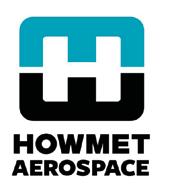
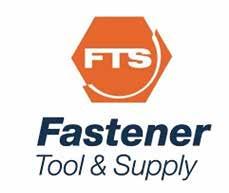
Fastener Tool & Supply, Inc. — a nationwide leader in fastener distribution – is proud to announce the launch of their brandnew website. The foundation of Fastener Tool & Supply’s business has been rooted in their commitment to operational excellence and customer service since 1977. Additionally, their focus on innovation, quality, and continuous improvement has helped grow their reach across North America. Now, their website is also centered around these fundamental principles.
The focus of the redesigned website is to put the user in control, adding useful elements and features that improve functionality, accessibility, and user experience. This investment reinforces Fastener Tool & Supply’s promise to deliver high-tech, user-friendly solutions to help streamline processes and boost efficiency.
Fastener Tool & Supply, Inc. is a trusted distributor of fasteners and related products and services. Headquartered in greater Cleveland, Ohio, they offer over 150,000 fasteners and supply chain solutions that help improve quality and boost productivity. These advanced technologies have propelled them into many cutting-edge industries, such as aerospace, alternative energy, automotive, industrial commercial, construction, high performance, military, and power generation.
San Shing Fastech said that the automotive fastener demand is not obviously recovering in the U.S. and Europe, and it expects that the market demand will continue adjustment at least until the first half of 2023. Its performance from Q4 2022 to Q1 2023 is expected to level with Q3 2022. Despite an ease on lack of automotive chips, the demand has not obviously come back due to inflation, interest rate hike, the RussiaUkraine war and European energy crisis. New car sales in the U.S. and Europe in 2022 are still declining.
Accroding to previous experiences, the sluggish market will take at least until the first half of 2023 to improve. Therefore, San Shing Fastech's business operation will remain relatively flat until Q1 2023, and for Q2 it will require monitoring how fast the market will recover. Its fastener products including screws, nuts and washers take up 85% of its product line, with the rest being dies, machines and wire rods. It sells 37.66% of all fastener products to Europe, 36.76% to the U.S., 16.84% to Taiwan, 8.74% to Asia and other regions.
San Shing Fastech continues to strengthen its manufacturing technology and improve the efficiency. By collaborating with Taiwanbased MIRDC on "San Shing Fastech Innovation Center", San Shing Fastech will develop new fastener manufacturing equipment, improve fastener surface treatments and improve inspection services.
BBI-Montreal has moved from a 90,000 sqft facility into a 154,000 sqft building and BBI-Toronto has doubled its warehouse space to 164,000 sqft facility enhancing just-in-time deliveries into Canada. Brighton-Best is currently located in 31 locations in 6 countries and supplies over 7,000 distributors throughout the world.

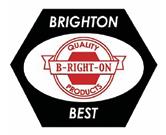
In August 2022, Fukui Byora established a logistics center in Shiga Prefecture to provide just-in-time delivery to the Tokai and Kansai regions. The company will capture the demand for EV parts, which is expected to expand significantly. The company will build a new plant located in Katayamazu in summer 2023 as a production base for EVs and high voltage battery parts. They will respond to new demand in the automotive field by utilizing its specialty in cold forging technology.

SUMEEKO announced on November/16/2022 that it is to acquire the other 49% shares of Max Mothes GmbH (MMG), a subsidiary of CS Beteiligungs GmbH, for 6.24 million euros in cash. The process is expected to be completed in July 2023 and after that MMG will be fully owned by SUMEEKO. Through an adjustment period of 2.5 years, MMG is back on track with profits gained in 2022 thanks to orders from European carmakers. Previously, SUMEEKO acquired 51% shares of MMG (a Tier 1 supplier for German automakers) for 6.5 million euros, which was completed in July 2018. By fully acquiring MMG shares, SUMEEKO can tap into the supply chains of Ford, Benz, BMA, Volkswagen, Bosch and Siemens.

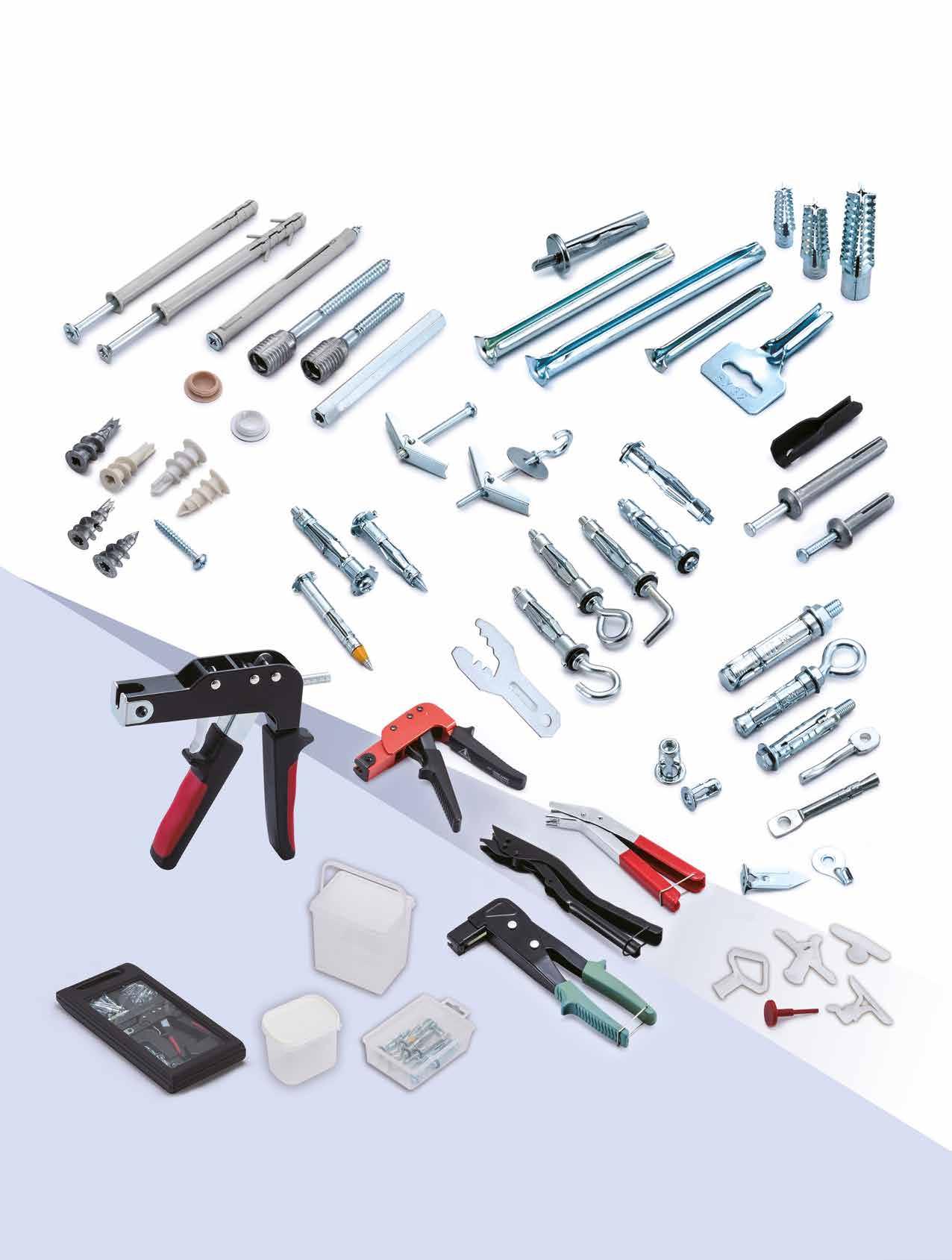
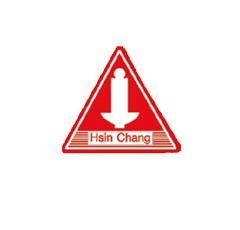
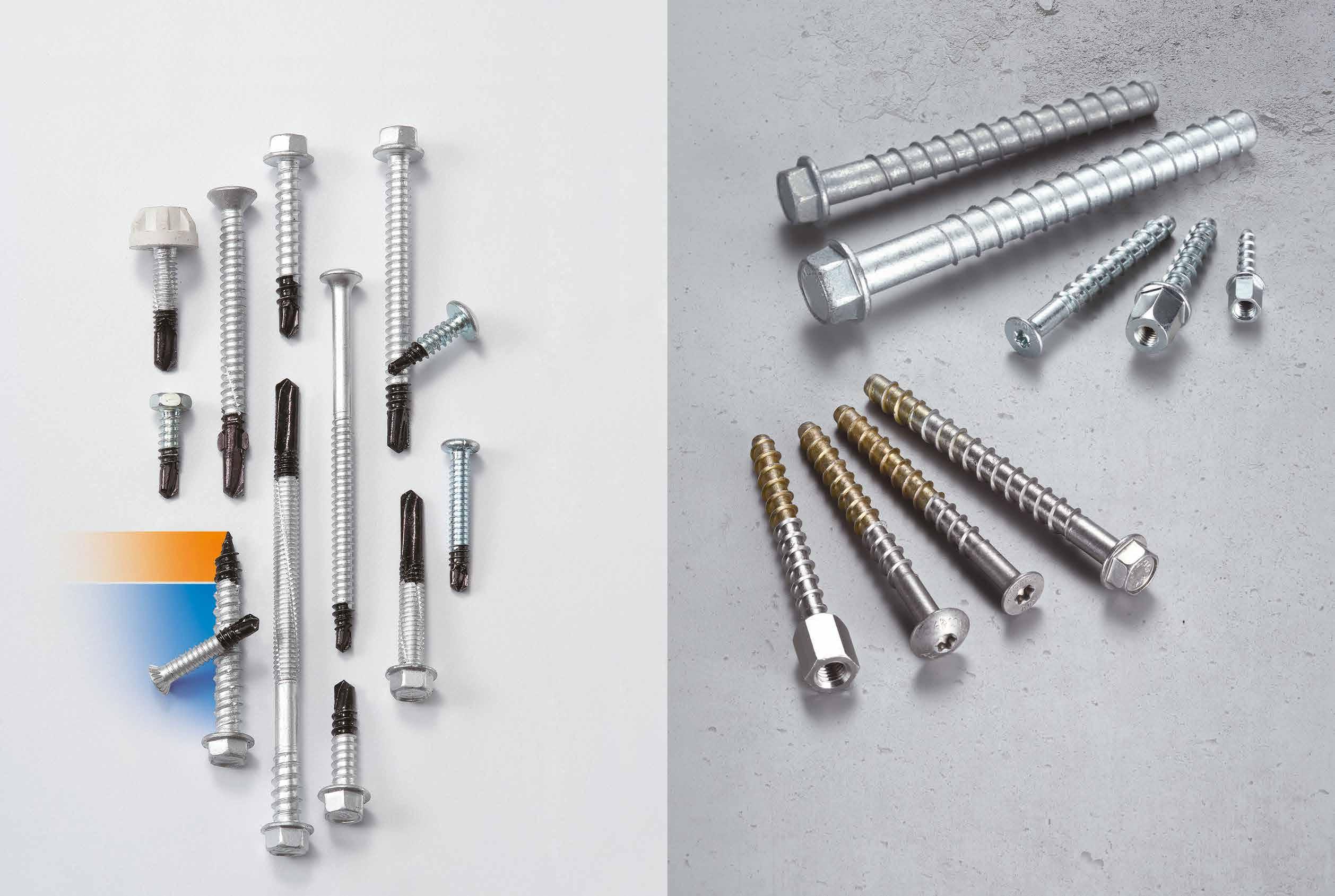






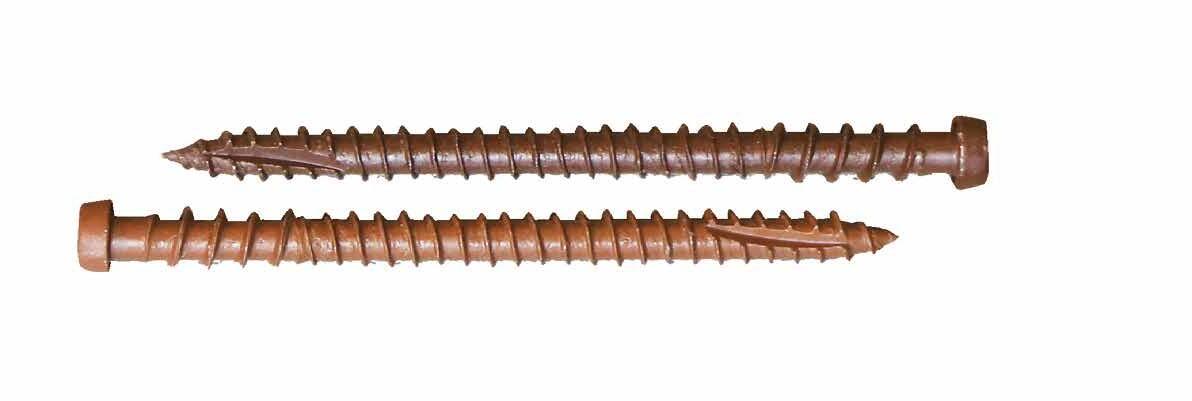


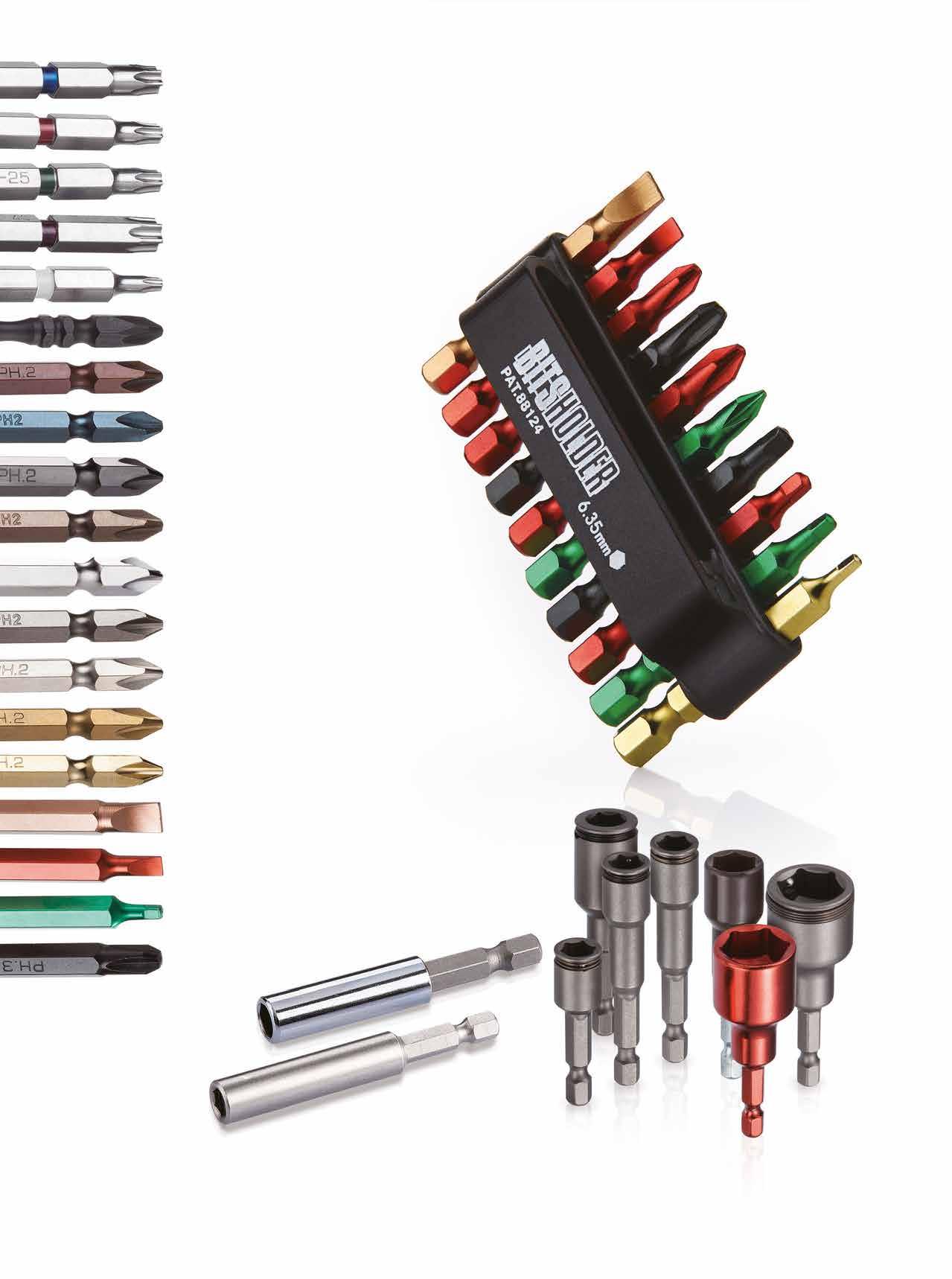
Just three months after the death of Anderson Luiz Biason, another loss occurred with Max Del’s CEO. This time it was Américo Maximiliano Biason, Anderson’s father. A fastener manufacturer and founder, "seu Américo" (his nick name) passed away at the age of 83, on November 29, 2022, in Mauá Town, SP. Max Del has been his industrial plant and headquarters since 1977.
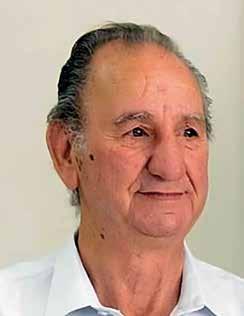

The Brazilian subsidiary from Böllhoff Group started production of high-resistance pressable nuts that meet the demands from the automotive, agricultural and electric energy sectors.
Specialized in fastening technology and assembly systems, Böllhoff Brazil informed of the new local production of KAPTI NUT®. The new line allows fixing pre-drilled thin metal sheets, resulting in the creation of a threaded fastening element for the application of a third component. The clamping system is specially designed to suit multiple drilling of strip and thin sheet metal, and can be applied to materials such as steel, aluminum, and stainless steel.
"The investment in that production line aims to benefit the local and export market, with faster service, competitive prices and the offer of products manufactured with the global quality standard of the Böllhoff Group", highlights the CEO of the Brazil unit, Flavio Silva. "These are highly resistant and pressable nuts, which can be applied via a mechanical process or also through automation possibilities that add more practicality and increase the productivity of our customers".
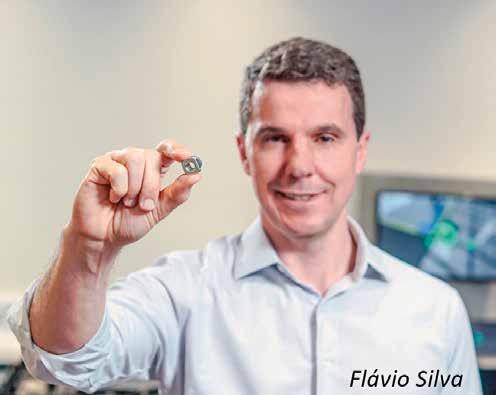
Brazil is one of the key markets for the Group. Currently, the local unit has sold an average of more than 620 million pcs of fasteners per year, with around 30% exported to France, Germany, USA, Italy, Poland, Mexico, Japan, Argentina, Chile, and Colombia. Other industries served by the company with Brazilian production are construction, aerospace, machinery, and equipment.

After opening a new office in China, the fastener manufacturer giant in Latin America expanded its activities and advanced in the Asian market.
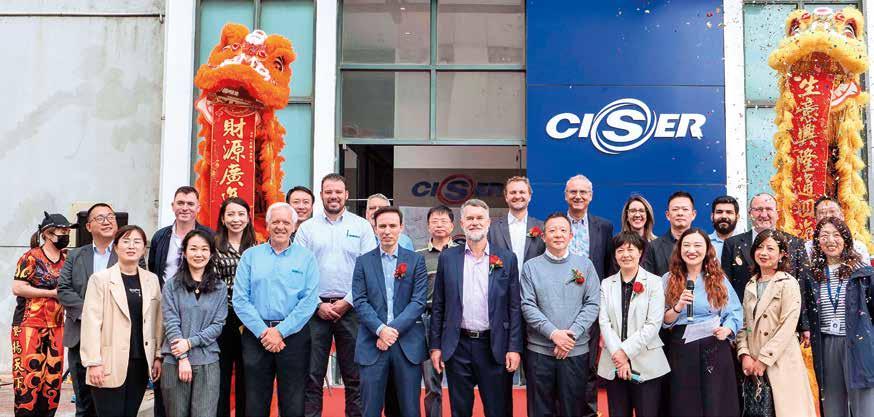
As part of its strategic market expansion, Cia Industrial H. Carlos Schneider (Ciser), the Brazilian Fastener Manufacturer leader, announced some actions to mark its position as a relevant supplier in the Asia-Pacific region.
October 2021, Ciser inaugurated a new and modern office in Changzhou City, Jiangsu Province, China. In addition to Henry Osvald, president of BraCham (the Brazilian Companies in China for Industry, Commerce and Technology Association), and Susan Zou, a Chinese government representative, the event was attended by some executives who are Ciser’s major customers, such as WEG, Marcopolo, Progeral and Karl Mayer. On the occasion, the new company was presented as Ciser Fasteners Jiangsu Ltda.
by Sergio Milatias, Editor (milatias@revistadoparafuso.com.br) Revista do Parafuso (The Fastener Brazil Magazine) ww w.revistadoparafuso.com“We want to expand our share in the Asian market, not just in China, and to get the Ciser name across Asia and the Pacific region," said Renato Fiore, Sales Director.

In the first eight months of 2022, the Hilti Group increased sales by 6.1% to CHF 410 billion. The operating result declined by 36% due to global supply chain disruptions such as the Russian invasion in Ukraine, negative currency effects, as well as significant investments into building up the software business. In addition, the results are impacted by strong negative base effects that will level out until year end.
In local currencies sales increased by 9.1% with the strongest contribution coming from the Americas (+15.8%). Europe (+7.5%), Asia/Pacific (+6.7%) and the eastern Europe / Middle East / Africa region (+3.0%) made disproportionally low contributions to the overall growth over the first eight months of the year.
“2022 is an exceptionally demanding year for Hilti due to the challenging external environment as well as a strongly backloaded year in Europe triggered by the launch of our new battery platform Nuron in September. We are making massive efforts to limit our margin decline caused by the tremendous cost increases in our supply chain while staying in the course with strong strategic investments, especially into our software business. With a successful launch of Nuron we expect our results to improve until year end to above 10 percent growth in local currencies and a profit decline to below 15%. This corresponds to our pre-Corona 2019 profit level before software investments,” says Christoph Loos, CEO at Hilti Group.
Going forward, the Hilti Group expects a diminishing growth dynamic in the global construction market owing to continued cost inflation, growing uncertainties around the energy supply, political tensions and rising interest rates.
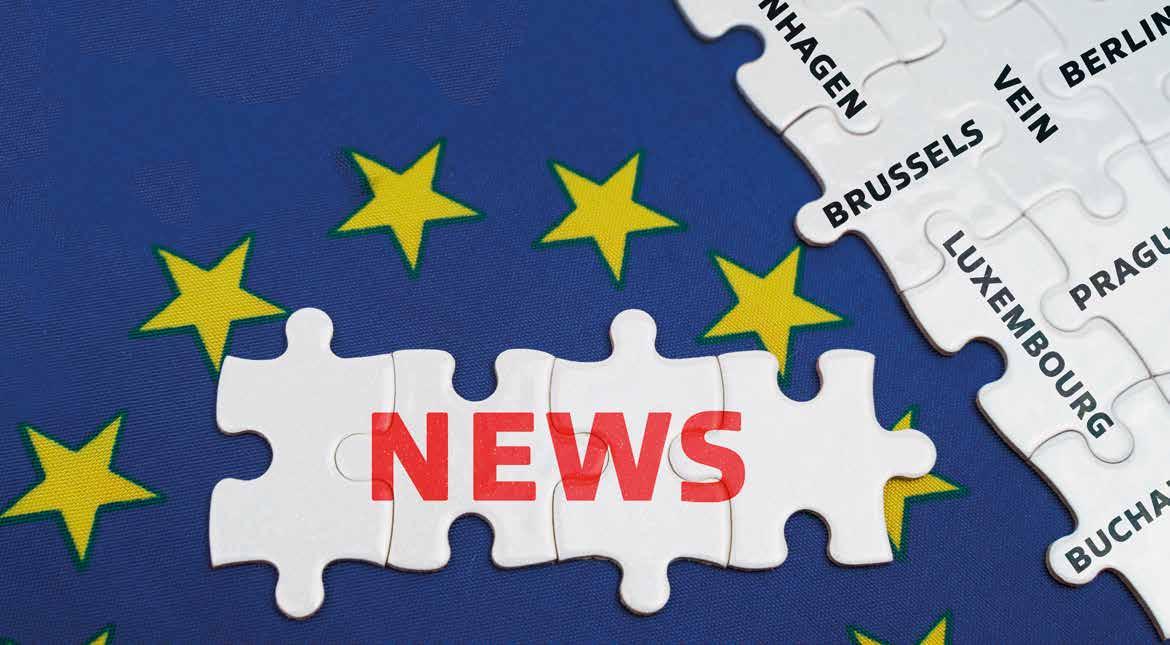
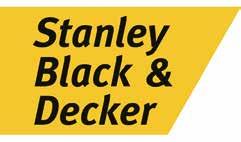
Third quarter 2022 revenues for Stanley Black & Decker reached US$4.1 billion (€4.13 billion), up 9% versus 2021 led by acquisitions in outdoor power equipment, strong industrial growth and price realisation.
Donald Allan, Jr, Stanley Black & Decker's president and CEO, commented: "We made tangible progress in transforming our business during the third quarter 2022 as we improved customer fill rates, deployed a new organisational structure, implemented cost controls and actively reduced our inventories. While the macroeconomic environment remains challenging, notably consumer and European demand weakness, as well as cost inflation, there were relative bright spots with continued strength in professional construction and industrial customer demand, as well as incremental progress unlocking global supply chain constraints."
He continued: "Today we are a more focused company, centred around our market leadership positions in Tools & Outdoor and Industrial, and built upon the strength of our people and culture. Our new organisational structure is largely in-place and we are accelerating our supply chain transformation to better serve our customers and improve efficiency. We are also continuing to invest in our iconic brands and are launching new advances in innovation, including the expansion of our DEWALT POWERSTACK battery technology and DEWALT FLEXVOLT System. Overall, we remain confident that our strategy and priorities position the company for strong, sustainable long-term growth, cashflow generation, profitability and shareholder return."
Corbin Walburger, Interim CFO at Stanley Black & Decker, added: "We have substantially completed our initiatives focused on streamlining the organisation and are taking additional measures to adjust our cost base and inventory levels over the next 6 to 9 months. While the impact of planned production curtailments temporarily increases our manufacturing costs and weighs on margins, we are improving inventory turns and prioritising cash generation to position the Company for gross margin expansion and balance sheet strength in 2023 and beyond."

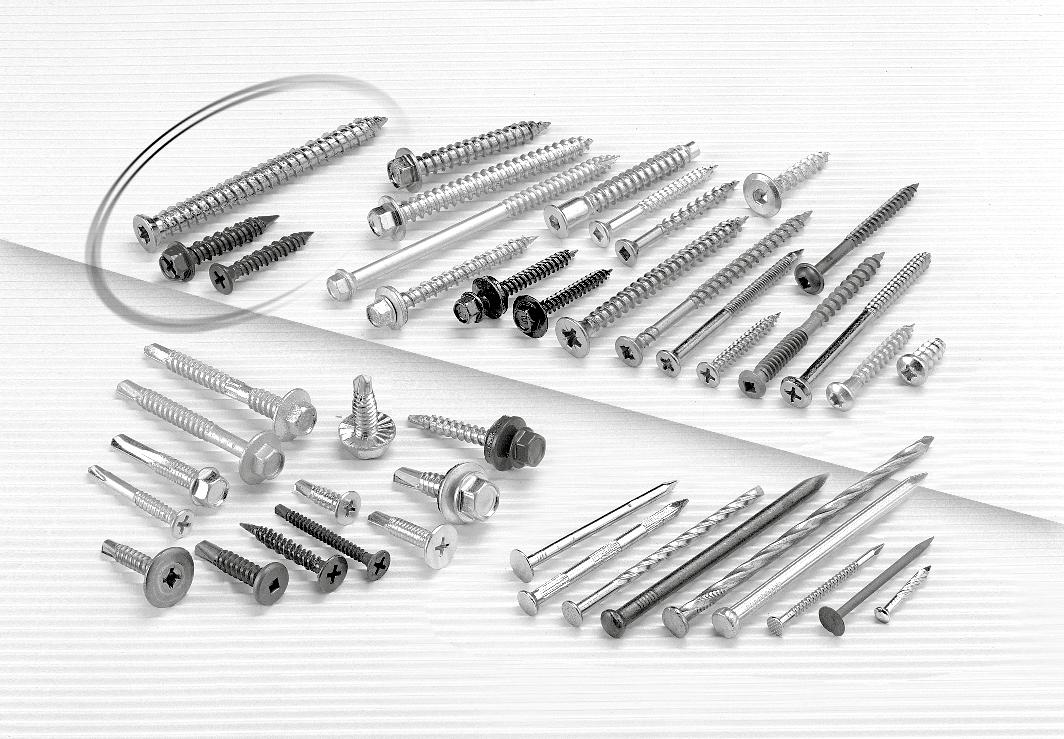
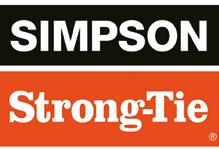
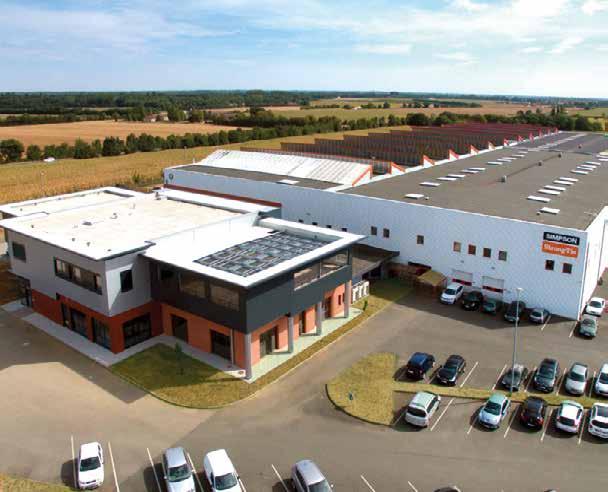
Simpson Strong-Tie has announced that following its recent acquisition of ETANCO Group, a leading designer and manufacturer of fixing and fastening solutions for the construction market, and parent company of Friulsider SpA, that both ETANCO and Friulsider are now fully operational following the purchase. Simpson Strong-Tie confirmed that the Friulsider administration will not undergo any transformative interventions and the management teams of both companies are working together to outline the most effective strategy for the future, whilst guaranteeing operational continuity to protect the level of service to customers, in the meantime.
Michael Andersen, vice-president of European Operations for Simpson Strong-Tie, said: “Our goal is to combine the companies in a way that takes advantage of our respective strengths in the marketplace. Both Friulsider SpA and Simpson Strong-Tie customers can expect the same level of high-quality products and service as they have received in the past.”
Both companies, according to Simpson Strong-Tie, share ‘very similar DNA’, having built their strengths through high-quality products and excellent customer service. Friulsider CEO, Claudio Peleson, said of the acquisition that “ensuring a fast and effective integration without market disruption’ is the priority.” Adding: “Our entire supply chain, from production to the end customer, will greatly benefit from this acquisition, which will strengthen our presence on the Italian market, expanding our product range and making it even more competitive.”
These views were echoed by Karen Colonias, CEO at Simpson Strong-Tie, who concluded by saying: “We believe its [ETANCO] extensive and complementary product offering will strengthen our overall product portfolio in Europe, enabling us to deliver even more value to our customers,” with the two companies consolidating their competitive strengths by optimising their offerings in a global approach.
Bossard Group again achieved strong growth in the third quarter 2022, benefiting from the solid order books of its customers and broad-based growth initiatives. The Group’s sales grew by 16.9% to CHF 291.6 million (€294 million). All three of Bossard Group’s market regions posted double-digit growth rates in local currency. In addition to the positive economic environment, especially in America and Asia, the Group also benefited from its consistently high delivery capability and the further strengthening of its market position.

In Europe, Bossard recorded growth of 7.9% to CHF 151.3 million (in local currency: +16.4%). Adjusted for acquisitions, growth in local currency was 8.4%. In spite of geopolitical tensions and the resulting challenges, demand remained consistently high. Among other things, newly won customer projects in the electromobility sector helped to sustain positive demand. In an environment marked by significantly rising costs, Bossard’s Smart Factory services drew even more attention from customers.
Sales in America increased by 38% to CHF 82.1 million (in local currency: +31.1%). The positive business development was driven by the dynamic economic environment evident in all business units. Continued diversification of the customer base was especially notable in the electromobility sector, with healthy orders for passenger and commercial vehicles.
In Asia, the Group recorded growth of 16.9% to CHF 58.2 million (in local currency: +18.8%). The numerous growth initiatives launched in recent years are starting to pay off and result in expanded customer relationships, especially in the focus industries of electromobility and robotics. Despite repeated lockdowns in China, Bossard maintained satisfactory growth thanks to consistently high delivery capabilities.
Bufab Group has reported solid third quarter 2022 results with net sales increasing by 49% to SEK 2.122 billion (€194.3 million) compared to 2021. This continues the Group’s healthy growth with net sales for the first nine months of the year also increasing by 49% to SEK 6.358 billion, when compared to 2021.

Erik Lundén, president and CEO at Bufab Group, commented: “This was my first quarter as CEO of Bufab and I am pleased to report that the third quarter of 2022 was yet another strong quarter despite challenging market conditions. We reported a continued healthy growth, a stable gross margin and a strong result. However, given the geopolitical and macroeconomic situation, the uncertainty regarding the upcoming year has increased.”
“The growth was largely driven by acquisitions completed in 2021, but we also noted a continued good organic growth of 9%. The underlying demand was relatively stable, and the organic growth was mainly a result of price increases and captured market shares. In particular, Segments West and UK/North America showed a strong organic growth for the quarter.”
Due to a stable gross margin and a lower share of operating expenses, both Bufab Group’s operating profit and the operating margin increased significantly. “Overall, the operating profit increased by 66% and the operating margin amounted to 12.8%. All segments contributed to the strong development, especially, Segments West and UK/North America,” explained Erik.
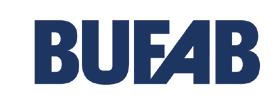
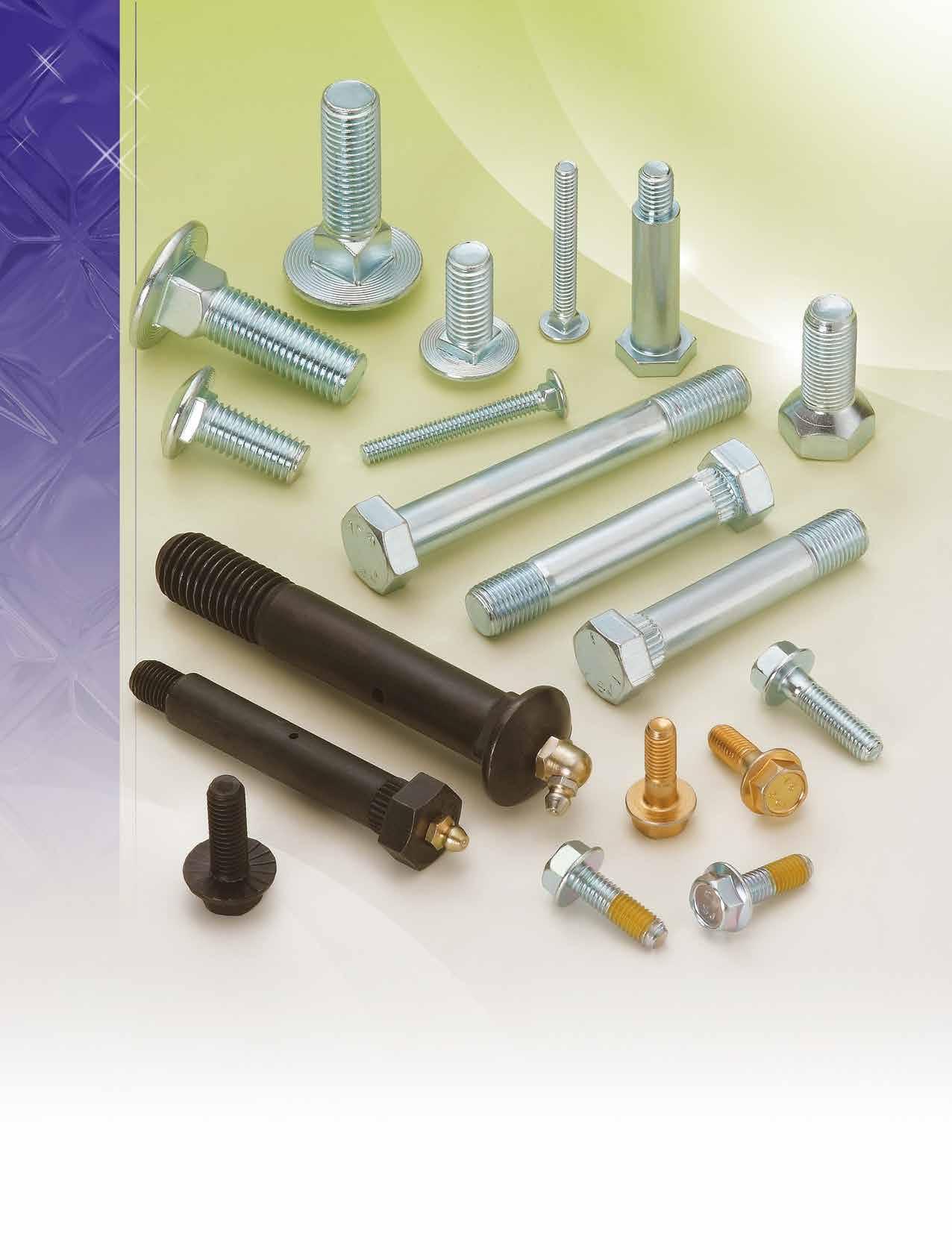



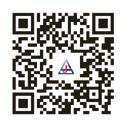

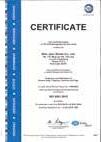

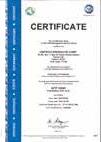
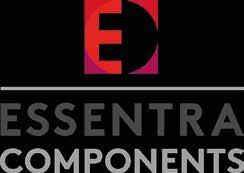
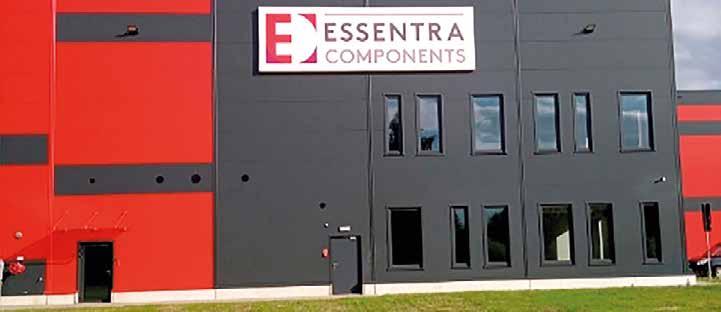
Essentra Components has opened a new European distribution hub in Łódź , , Poland, to enhance service and lay the foundations for future growth. The new location is part of an ongoing investment by Essentra Components to enhance its European distribution footprint by merging its legacy Łódź warehouse and Bratislava warehouse into a purpose-built hub. With the new hub, products previously held across multiple locations will now be centralised, enabling Essentra Components to distribute complete orders from a single source, improving service through improved lead times and reducing carbon footprint.
The new facility sits on a 9,300m 2 footprint, built to Essentra’s design, including a new office complex and a warehouse facility servicing 20,000 product lines. The new hub will initially serve five countries as part of a soft launch, with further countries being added in due course. It is estimated that the 26-strong logistics team will process over 1,000 shipments per day.
Rob Baker, global supply chain director at Essentra Components, said the new site will further strengthen customer relationships and give scope for future growth: “Moving our facility into a new, purpose-built location in Łódź means that we can capitalise on the great experience and ethos of our current Łódź team, whilst maintaining access to key freight links that Łódź provides, including the rail network.”
He adds: “In addition, with a larger office footprint, our Customer teams will have new, modern facilities to enhance our hassle-free service allowing room to grow as we continue to expand market presence. The team are looking forward to cutting the ribbon and opening their new hub.”

Adhesives can be a clever alternative to traditional fastening methods, depending on the application. fischer offers many product solutions that offer safety, flexibility and multifunctionality including its Flex MS, Express MS and Multi MS adhesives – part of its range of hybrid sealants and adhesives. fischer’s new Flex MS sealant can absorb particularly high component movements. Further advantages include bubble-free curing, its particularly safe hold on moist subsurfaces as well as its weather, ageing and UV resistance. Typical applications include movement and connection joints as well as sealings on facades and floors as per EN 15651 part 1 and part 4. Flex MS is available in white and grey.
The Express MS adhesive is another new addition to the range. Its quick setting time provides a solid adhesive connection after just 20 minutes. It is ideal for thin joints and is available in white. Its applications include fastening electrical installations, cable ducts, skirting boards, panels, cladding, insulation material, brackets, timber constructions, tiles and stone as well as bonding applications on stairs, vehicles and wall cladding.
fischer’s sealant and adhesive Multi MS can be used for a particularly versatile range of applications, including joints, skirting boards, tiles and stress-equalising adhesion of various materials and mirrors. It can also be used for indoor and outdoor facade, plumbing and floor joints as confirmed by the CE marking in accordance with DIN EN 15651. Multi MS is available in white, grey and black as well as in an 80ml tube for simple manual dispensing without tools.

The High Tack MS adhesive completes fischer’s hybrid range. It provides the highest initial adhesion in fischer’s range, eliminating the need for additional prefixation of attachment parts during conventional fastening applications. High Tack MS is ideal for gluing insulation panels, substructures made of wood and metal as well as skirting boards, panels and cladding. Another advantage is its applicability on sensitive subsurfaces such as natural stone or mirror coatings.
Superbolt®, the original inventor and standard-bearer for multi-jackbolt tensioning, has introduced the Superbolt® NXT – a revolutionary bolt tensioner that is up to 30% faster to install than existing solutions. Safely reducing the installation and maintenance time of tightening large bolts has long been at the core of Superbolt® technologies. With

manager for Nord-Lock Group. The key improvement has been reducing the number of jackbolts required to tighten the bolt, as a small decrease in jackbolts can deliver a large decrease in the tightening time. To achieve this, design engineers had to rethink this critical component.
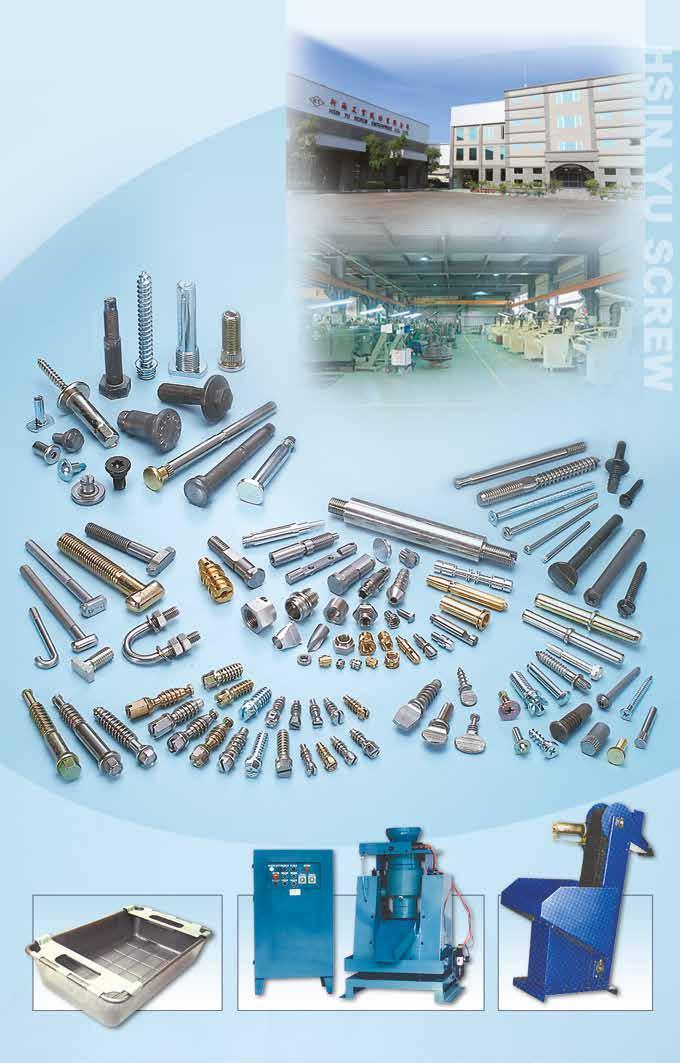
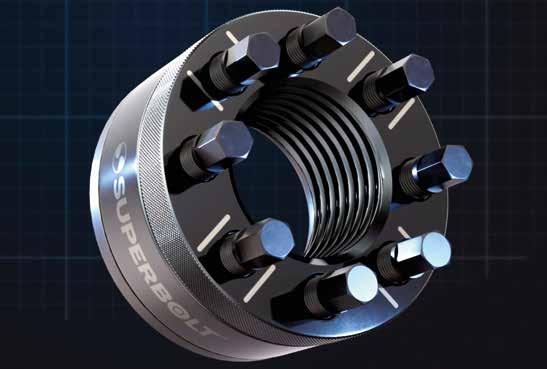
“We worked with some of the best steel mills and heat treatment partners in the world to get the right materials and processes to increase the strength of our jackbolts. Now, we can offer the customer an equivalent preload with less jackbolts, so it’s faster and easier to install with less torque,” says Max Bastiaansen, R&D project manager for Nord-Lock Group. “Take two products side-by-side, and you will see a visible difference between Superbolt® NXT and a competitive multi-jackbolt tensioner – it might have two, four or six fewer jackbolts,” adds Sébastien Bruyas.

Superbolt ® NXT also features a black oxidised coating for corrosion protection, laser markings to guide installation, as well as an anti-slip knurling grip layer. It is instantly recognisable in comparison to the grey tensioners available on the market until today. “To design something that just looks good, it’s a bit limited, but we’ve added features that bring a great benefit to the user. Superbolt NXT is easy to recognise, but it’s even easier to use,” says Sébastien Bruyas.
Superbolt® NXT, a brand new multi-jackbolt tensioner, Nord-Lock Group is taking those capabilities to the next level. Everything has been designed with user simplicity, safety and speed at the forefront. A typical M76 multi-jackbolt tensioner can have up to twelve individual jackbolts, whereas the M76 Superbolt® NXT achieves the same secure preload with just eight.
Nord-Lock points out that this, plus a new knurling grip layer to support with handling during installation and removal, and a host of other user-friendly features elevates Superbolt® NXT to the ‘easiest to use’ bolt tensioner in the world. “It started with a strategic initiative to improve the customer experience when using a Superbolt multi-jackbolt tensioner,” says Sébastien Bruyas, strategic sales
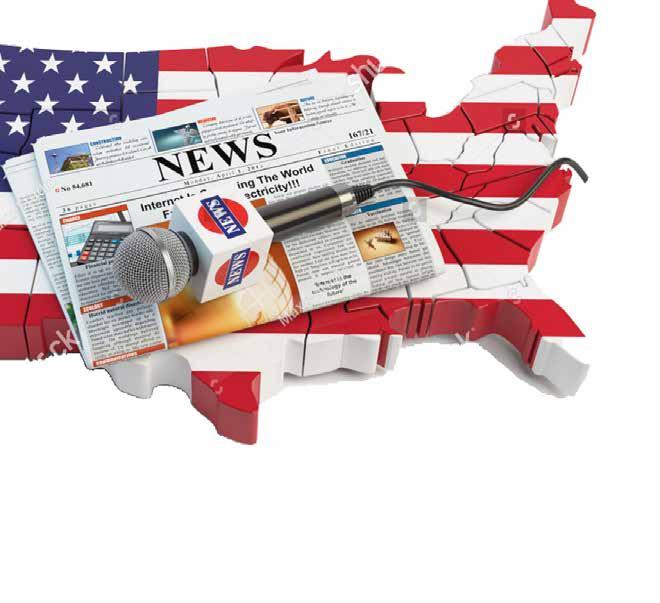

“Educate” your employees rather than “train” them, the president of the Specialty Tools & Fasteners Distributors Association urged members in his 2022 State of the Industry address. "Many of you that have known me for any length of time know, one of my pet peeves is the word 'training'!" Allan Guthrie of DXP Enterprises, said. “I believe our industry over uses the word.” “What are we trying to do when we “train” someone? Are we presenting them with the performance specifications of a tool, with the hope that they can increase sales? Teach them the nuances of a business process so they can perform their job more efficiently?” Guthrie asked. Why don’t we “educate” them?
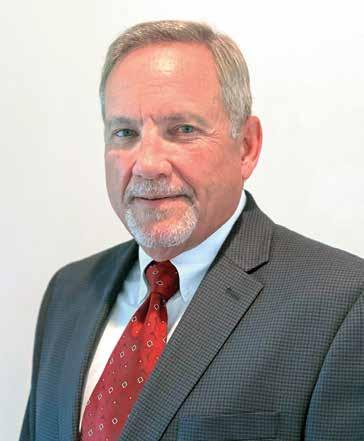
The difference between “training” and “education” is the “why?” Guthrie said. “Why does it matter, why are we doing it this way, why does it impact the customer?” “If we can explain why the performance specifications of the tool matters and how that could benefit the customer that would probably increase sales,” Guthrie explained. “But, just knowing the torque specs of a drill without knowing why it matters will get you nowhere.” “Typically, folks will seek out their supervisor or team leader and ask for direction because we trained them just to follow the process and not to think. “Now if we would have educated them, explained why each step of the process was important and what effect it has on the next, we would have empowered them to make an educated decision,” Guthrie told STAFDA’s 46th convention.
Guthrie said 2022 words replacing pandemic, social distancing, masks and shut-downs are: Supply chain disruption, raw material shortages, high fuel prices, surcharges, rising interest rates, inflation and inventory shortages. “I think COVID taught us all to become better planners, we’re identifying what our customer’s critical needs are ensuring we have sufficient safety stock, even researching alternate items that could be used as replacements if the need arises,” Guthrie observed. Especially in the past year, open and honest communication between suppliers and distributors has made it “easier for us to inform our customers, look at other options and stay ahead of potential stock-out situations.” Guthrie said that comes when suppliers “share the good news (we have it in stock) and the bad (we don’t have a clue when we’ll get it).”
Another 2022 issue has been price increases. “These increases are coming from raw material providers to the manufacturers, manufacturers to distribution, and distribution to the end users! We all are trying to keep our pricing updated, keep our customers informed, and not lose any money in the process,” Guthrie said. “I believe the pandemic has sharpened our business processes, made us better communicators, and if you stayed on top of your orders, brought us all closer to our customers.”
In high school Guthrie attended a vocational school with a focus on architectural drafting. Though accepted in college to study engineering, Guthrie instead found multiple job offers. “Well, being the lazy 17-yearold kid that I was I decided to make money instead of spending it. I chose Worthington Pump; where I could roll out of bed and be at work in under 30 minutes in lieu of driving over an hour each way in traffic to the other two opportunities.” “I soon found out, many of the opportunities for advancement were contingent on having that piece of paper that I had passed on,” Guthrie recalled. “So, with a chip on my shoulder and someone always chirping in my ear that I couldn’t do a job because I didn’t have a degree, I set out to prove them all wrong.”
Starting as draftsman trainee, Guthrie advanced to draftsman, and within five years was running the commercial engineering department. Via night school he got an associate’s degree in business administration. He jumped on getting one of the first two computers that our company bought and he tore it apart, “to see what makes this thing ‘tick’?” From there, Guthrie created an engineering systems department and moved away from punch cards to create databases to house metadata on engineering drawings, better known as product data management. He sought to learn the entire business. “I did everything from taking inventories, purchasing, marketing, writing bill of materials and shop orders, to doing every nasty job in the shop. People saw my desire and passion to learn and they gave me a chance.”
He rose in product data management and was asked to teach at two company plants in Europe in 2000. “I had finally proved the naysayers wrong; I could do it and by the middle of the year 2000, I was promoted to IT Manager over four manufacturing facilities and 10 distribution centers in North America.” His employer, Centaur, was acquired by DXP Enterprises and “I was kept on as paid consultant for 30 days and asked to find work elsewhere…but it’s 2008, there were no jobs to be had,” Guthrie recalled. “At the end of my consulting gig, they decided to hire me as an operations manager for the industrial supplies group, and I started all over again.” After two years there was an organizational change and Guthrie moved to director of strategic sourcing.
So why tell this story? “I’m a strong believer that hard work and perseverance pays off in the long run, something I learned watching my Dad rise from a laborer back the 60’s to becoming the best of the best in his industry,” Guthrie recalled. “Starting his own business in the early 70’s and successfully running it for more than 30 years against all odds.” “This is something I try to instill in everyone I mentor: Always be available for every opportunity that presents itself no matter if you think it’s relevant or not,” Guthrie finds. “It will separate you from those around you and you’ll get a chance to advance at a much faster rate than those who don’t.” “Constantly look for peers, supervisors, managers or industry leaders that are willing to ‘show you the ropes’,” Guthrie advised. “The beauty of our industry is there are plenty of folks out there that are more than willing to help if they see passion in your eyes.”
Local distributors can beat the B2B giants with “personalization,” Bob DeStefano told the Specialty Tools & Fasteners Distributors 2022 convention. “Massive B2B e-commerce sellers rely on algorithm-driven recommendations and analysis to personalize the customer experience,” DeStefano said. Distributor advantages include relationships with suppliers, knowledge of the market and applications and understanding how to overcome logistical problems. A distributor website needs “B2C comfort with B2B strength,” DeStefano said. That includes customer-focused design, education, intuitive navigation, rich content, targeted promotions, streamlined checkout and pre-sales support.
DeStefano started his Internet career in 1994 with Dean Witter when the question was “What is this Internet Thing?” He led the launch of Dean Witter’s first websites. He left to start SVM Solutions in 1995.

Internet buying is 83% higher than pre-Covid, DeStefano said. “The alternative to Internet is downsizing or closing.”
DeStefano finds two myths about distributor Internet sales. Myth #1 is that a distributor’s stand-alone e-commerce website will maximize sales on its own. DeStefano said sales reps often still need to assist in product selection, handle complex quote requests and payment options. And the purchasing process may involve multiple individuals such as end-users, plant managers and purchasing agents. Myth #2 is that a regional distributor’s e-commerce website will make the company a national player. DeStefano advised finding “new customers within your territory and niche.” Marketing and salespeople should seek to get existing customers to buy more often and a wider range of products. Seek out customers who haven’t purchased in past 12 months, DeStefano added. Go to “hybrid sales,” with includes digital, in-person and inside sales.
1. “Sell the way your customer wants to buy,” DeStefano said. Sales reps need to know how to sell whichever way serves the customer. “Train field reps to sell virtually,” he added.
2. Encourage and incentivize new Key Performance Indicators, including how fast you respond to customer inquiries.
3. Focus on building a strong culture team. Foster knowledge sharing about successful sales approaches with regular team-building events to “strengthen personal bonds.”
4. Invest in tools to help remote selling and sales team collaboration. He mentioned CRM and Slack as tools.
5. Assign salespeople to e-commerce customers. “Pay them a commission to grow e-commerce sales,” DeStefano advised.
6. Sales reps need to know what is expected of them, what their incentives are and “the consequences of willful neglect or non-compliance,” DeStefano said.
• Websites must give product information, including name, photos, coding and description. “You’re also in the business of knowledge” and distributors need to be the “Go-to-resource for business-building ideas,” DeStefano said. He suggests 350+ word educational posts that can start with FAQs your salespeople hear from customers. Your website needs to be “keyword rich” with what customers are searching for. Videos need only be three to 10 minutes in length. Be aware of audio quality and make sure your video is copyrighted. Content is critical and can be the “1-2 punch,” DeStefano said. Distributors can differentiate with educational and “rich product information.”
• “Make it easy for customers to buy the way they want,” DeStefano emphasized. Attract new customers from search engines. He noted that 80% of B2B customers find suppliers instead of sellers finding the buyers. Google is the #1 search engine. Try pay-perclick marketing. “You buy your way in,” DeStefano pointed out. “Run a results-focused paid search campaign,” he said. Social media, such as LinkedIn, is being increasingly used in B2B, DeStefano noted. “Measure marketing and sales results by ‘profitable’ sales,” DeStefano emphasized.
Steve Yastrow recalled a salesperson pushing to get in to meet with him. Upon meeting Yastrow noted after three minutes the salesperson had done all the talking and then Yastrow looked at the clock. “He went on for eight more minutes,” Yastrow said at a Specialty Tools & Fasteners Distributors Association session during its 2022 convention. “Sales pitches don’t work.” You want input more than to give output. “Listen more than talk,” Yastrow said. Meeting with a potential customer should be “more about them than you.” Train yourself to talk less, he advised. “If you are curious and pay close attention you will learn what’s important to them and what factors will encourage them to commit to you,” Yastrow said.
What does the customer need? Made in America? Sustainable? “Listen,” the one-time marketing VP for Hyatt Hotels and later for Sunterra Resorts, said. “What are the higher-level reasons that would motivate a customer to become committed to you and your company?” Remember that “people spend money on what is important to them,” Yastrow pointed out. Listen to find out what is important. They may tell you what they aren’t telling your competitor. Yastrow advised salespeople to “Ditch the Pitch” and “influence through improvisation. Wing it,” Yastrow said.
• Sales presentations should be conversations, Yastrow said. And the customer should “always” do the majority of the talking. “Say less to notice more. When you are talking you can’t notice.” “Curiosity is my superpower,” the author of Ditch the Pitch said. The goal is to learn about the potential customer. Pay attention when talking with a customer. “We think we can multi-task. We can’t,” Yastrow said. “When you are talking you can’t notice your customer. Customers know if you are paying attention.” “Be quiet. Be Heard,” Yastrow advised.
• Obey the one paragraph rule. “How do you explain a complicated topic to a customer, never speaking more than one paragraph at a time?” Don’t rush your story. Give information at a pace the customer can accept.” “A shared story will emerge if you proceed at a pace that is right for your customer.” Avoid bombarding
the customer with information. “Don’t load the slingshot,” he summarized the approach. Leave things in your pocket and create callbacks.

• “Go with the flow. “A conversation only moves forward when both participants agree with it.” Create conversation momentum so customer never wants to get out of the conversation. Practice saying, “Yes, and … ” Ask questions to create ‘yeses.’ “A customer will never disagree with their own information,” cited as a reason to listen. Learning about your customer also has to be continuing, he added.
• In talking about referrals, realize that the customer isn’t referring your company, they are referring their experience with your company. “Who does your customer care about – you or themselves?” Yastrow asked.
Fastenal Co. reached US$1 billion in eCommerce revenue within a calendar year, hitting the milestone two full months before 2022 ended. Launched more than 20 years ago, eCommerce historically represented a small share of the overall business until five years ago, when the industrial bellwether announced a strategy that positioned eCommerce as a critical component of the company’s “high-tech, high-touch service model.”
“While many retailers and distributors were racing to move their offline business online in pursuit of a lower cost to serve, Fastenal took a very different approach – using its eCommerce platform to identify opportunities to migrate customer spend from a transactional (and, for the customer, higher-cost) online environment to a more strategic and efficient environment anchored by the company’s Onsite and FMI (Fastenal Managed Inventory) programs.”
This focus has accelerated Fastenal’s eCommerce revenue growth, going from US$245 million (5.5% of total company sales) in 2017 to US$1 billion (17.4% of total company year-to-date sales) in October 2022.
Kirk Talmontas is VP of eCommerce for Fastenal. “We don’t often think of eCommerce as our primary go-to-market strategy, but it’s become a vital part of our ‘digital footprint’ – the technology we provide to streamline and illuminate the supply chain,” stated CEO Dan Florness. “Thanks to the hard work of the entire Blue Team, we’re taking eCommerce in new directions in our industry and finding new ways to create value for our customers.”
The achievement comes amid Fastenal’s success with its FAST Solutions program, surpassing 100,000 active FMI Technology devices within customer sites and 1,000 Onsite partnership programs. In the third quarter of 2022, Fastenal reported fastener sales rose 18.2% to US$614.5 million (34.1% of overall sales), including a 15.1% increase in fastener sales during September. Overall Q3 sales increased

16% to US$1.8 billion. Fastenal estimated adverse weather that impacted the southeastern U.S. reduced its quarterly growth by 10 to 30 basis points. Sales during the first nine months of 2022 climbed 18% to US$5.3 billion, with operating income up 22.3% to US$1.12 billion and net income rising 21.3% to US$841.4 million.
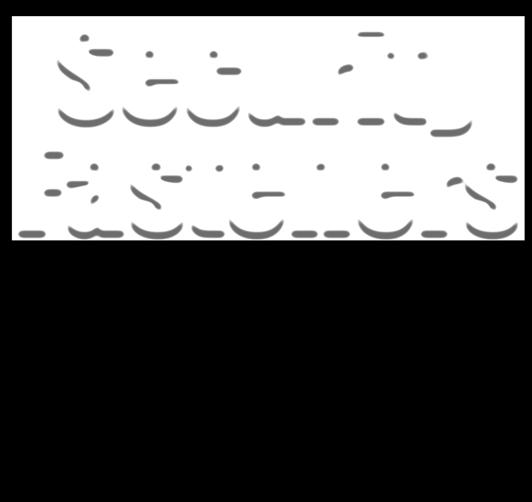
The October seasonally adjusted Fastener Distributor Index (FDI) declined further vs. the previous month, coming in at 44.3 (September was 47.6).

“This represents another contractionary reading, indicating market conditions continued to deteriorate,” wrote R.W. Baird analyst David Manthey (CFA) with Quinn Fredrickson (CFA). Demand commentary again skewed pessimistic, with comments ranging from “slight slowing” to “noticeable declines,” and very few positive comments about demand. On the positive side, stainless steel pricing seems to be stabilizing and many respondents noted improvement in supplier lead times and overseas transit times.
Looking ahead, the Forward Looking Index registered a sub50 index value, reading 42.4, suggesting further declines in the FDI could be likely. Overall, similar to the overall macro backdrop and the industrial economy specifically, fastener market demand conditions continue to soften.
The seasonally adjusted October FDI (44.3) registered a second consecutive month of contractionary readings as demand softened further and sentiment continued to deteriorate according to respondents. This is the third time in four months that the index was sub-50 following a 25 month streak of expansion. Sales and supplier delivery indexes were weaker m/m, offsetting improvement registered in employment and customer inventory levels. Just 14% of respondents saw sales above seasonal expectations, while 54% indicated sales were worse. Pricing was mostly stable vs. last month, as respondents indicated commodity prices (in particular stainless steel) have stabilized. Overall, we believe October saw fairly broad- based softening among respondents.
While October was soft, respondents anticipate further weakening in November. The FLI registered just a 42.2 reading, which was both contractionary (<50) and at an accelerating rate (decreased m/m).
"Relative to last month, higher respondent and customer inventory levels m/m is read as a bearish sign for future demand as it could indicate customer de-stocking ahead."
The six-month outlook was mostly unchanged, with just 11% of respondents anticipating activity levels will be higher six months from now vs. today (September was 9%). Conversely, 46% expect lower activity levels (September was 43%) vs. an average of just ~13% over the past two years.
"We view this as an indicator that many respondents anticipate a recession occurring in 2023. Lastly, 43% expect similar trends. Key outlook themes from participants included improving supplier lead times/overseas transit times, customer de-stocking, slowing demand, and general macroeconomic angst."
The FDI employment index came in at 53.6 for October, improving from 47.8 last month. The majority of participants indicated they were at levels of employment that are seasonally normal/appropriate (64%), while 21% said employment levels were too high and 14% said they were too low. The October jobs report similarly painted a slightly better-than-expected job picture. 261,000 jobs were added vs. economist expectations for +195,000.
Forward-looking commentary again skewed more bearish as recession fears continue to build. General economic fears are beginning to translate into reduced customer orders and careful monitoring of cost: “Commercial customers are scaling back, anticipating slowing from their customers. Aerospace is still growing from the slowdown that COVID created, however, they seem to be watching their cost more closely.”
Another respondent said, “Slight slowing from customers, feeling like everyone is a little hesitant and fearful of an economic slowdown.” Inventory de-stocking is also playing a role in lower demand: “The expected drop in sales is finally here and probably will be for the next 4-6 months until inventory levels out.”
Supply chains seem to be freeing up for the first time since the onset of the pandemic.
“Some lead times getting better. Also finding transit times from overseas are getting better into the west coast!” Echoing this, one respondent said, “Supplier lead times are still longer than pre-COVID but coming down.”
Stainless steel costs seem more stable now than any time in recent memory. Automotive is down from earlier in the year but apparently there is still enough pent-up demand. Most other industrial sectors are noticeably down and regularly scheduled shipments are slowing.”
Fastenal’s 13.6% overall October daily sales growth was above our 11.1% estimate and days-adjusted normal seasonality. Fastener sales grew by 12.2% y/y – moderating vs. 15.1% last month. Additionally for FAST, safety was +14.7% and other non-fasteners were +14.1%.
Looking ahead to November, we model overall daily sales +8.6% y/y, which is in line with normal seasonality. In 2023, we model slightly weaker-than-seasonally-normal sales as we assume underlying demand conditions continue to soften exiting 2022 before outright recession begins in 2023.
The FDI is a monthly survey of North American fastener distributors conducted by the FCH Sourcing Network, the National Fastener Distributors Association and Baird.

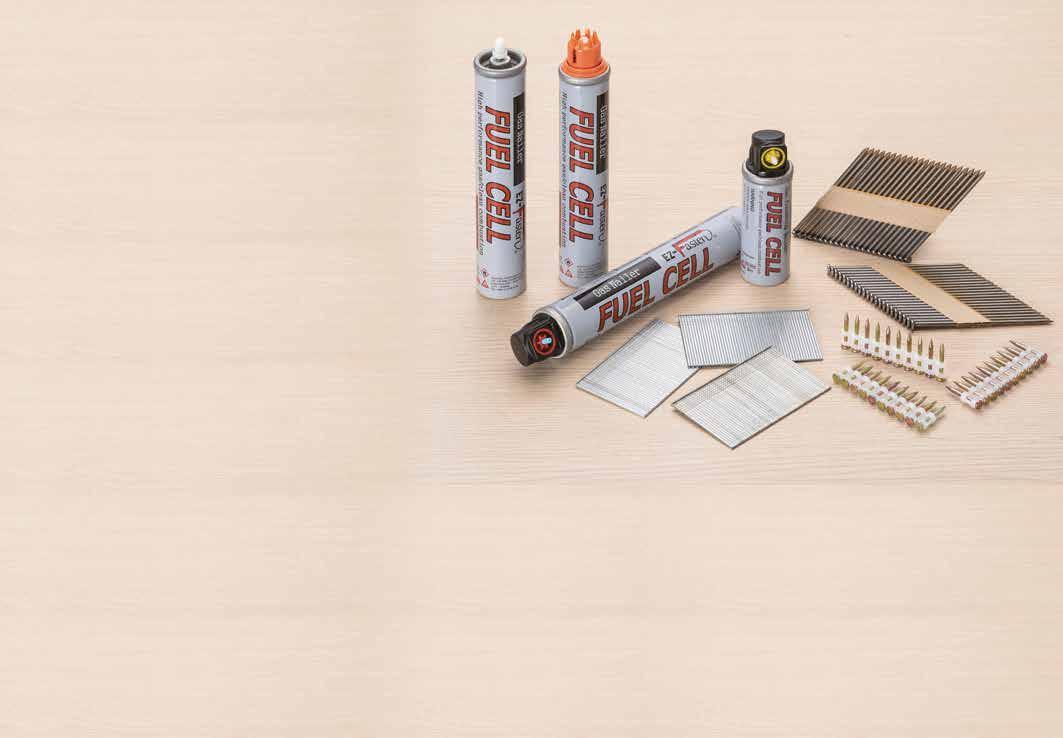


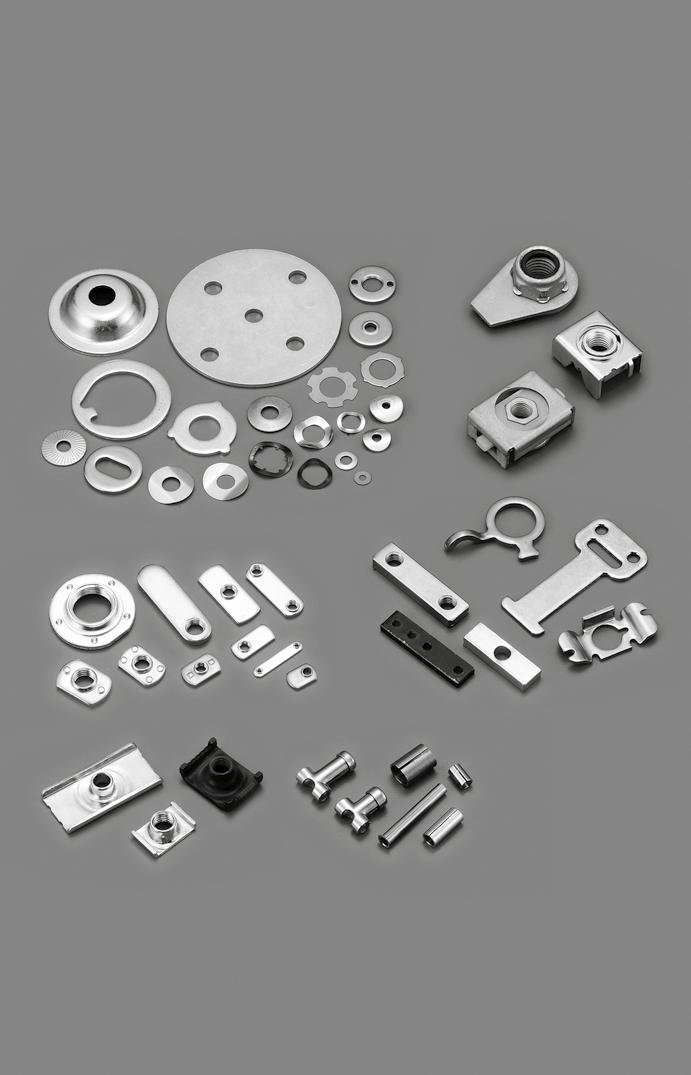
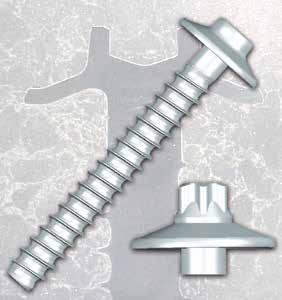
Semblex Corporation, Elmhurst, IL, USA, has expanded its solution-focused product offering to now include the EJOT SpringHead® from EJOT SE & Co. KG. The new licensing agreement was signed in Berchtesgaden, Germany, at EJOT’s 2022 Licensing Meeting. The EJOT SpringHead is a specialty screw head configuration with an integrated spring element allowing for improved clamp load retention under dynamic and thermal stress.



AFC Industries, Fairfield, OH, USA (acquired by Bertram Capital in 2021), has acquired Erie, PA, USA-based Champion Bolt. Established in 1986, Champion specializes in custom-solutions and services for OEM assembly environments. AFC CEO, Kevin Godin, said, “Champion Bolt has demonstrated a long-term commitment to providing excellent service to customers and deepens several unique capabilities for the AFC platform. We are happy to welcome them to the AFC family.” Champion President, Dave Ott, added, “Being part of the AFC group brings several resources that will unlock additional opportunities for us with both new and existing customers. We spoke with several potential buyers and are confident the AFC culture and strategy will be the best fit for our team and our customers.” AFC Industries is a dynamic organization dedicated to providing supply chain management solutions for fasteners, tooling and assembly components to original equipment manufacturers, assembly plants and other users of these products.
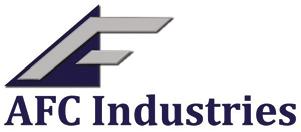

Stanley Black & Decker reported Engineered Fastening organic revenue grew 15% in the third quarter of 2022, with growth in the aerospace, automotive and general industrial markets. Consolidated Q3 sales rose 9% to US$4.1 billion, driven by strategic outdoor power equipment acquisitions (+16%) and price realization (+8%), partially offset by lower volume (-10%), currency (-4%) and divestitures (-1%).

Gross margin for the quarter was 24.7%. Adjusted gross margin was down 760 basis points from prior year, as price realization was more than offset by commodity inflation, higher supply chain costs including the impact of planned production curtailments, and lower volume. During the first nine months of 2022, Stanley Black & Decker sales increased 14.7% to US$12.96 billion, while profit margin dropped to 8.8%.
Pivot Point Inc., a producer of nonthreaded fastener solutions, has completed a 30,000 ft 2 expansion to its manufacturing facilities in Hustisford, WI, USA. This will bring the total manufacturing campus to nearly 100,000 ft 2 . Bayland Buildings of Green Bay, WI, USA, was the general contractor and erected a steel frame building that allows for a greater clear span of the interior space, thus optimizing work and traffic flow for manufacturing. Says owner Sol Leitzk, “We’ve invested heavily in equipment, especially automation so that we can have the best value proposition in quality, pricing and lead times. This has resulted in robust, steady growth—we’re practically bursting at the seams. This factory expansion will allow us to continue to add equipment and continue to grow without constraint.” Pivot Point products include Clevis Pins, Cotter Pins, Quick Release Pins and Devices, Locking Pins and Wire-Rope Lanyards as well as several unique and highly popular proprietary items, including the SLIC Pin™, which is a pin and cotter all in one.

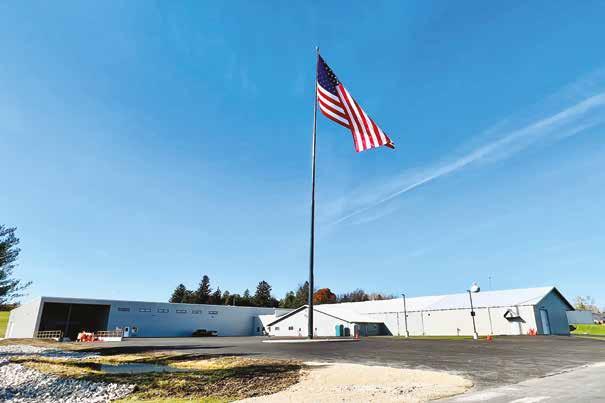
Endries International, Inc., Brillion, WI, USA, has acquired Alliance Nut & Bolt, LLC, which operates facilities in Salina, KS, USA and Okarche, OK, USA. Founded in 1978 by Leon Oshman and Kevin Oshman, Alliance has been committed to providing the marketplace with an unparalleled level of customer service. Alliance Nut & Bolt’s major fulfillment offerings include vendor managed inventory, dock-to-dock managed inventory and kitting solutions. Rick Ambrosier, a 20-year veteran with the company will continue in a leadership position as Branch Manager. Kevin Oshman will remain with the company during a transition period. “In Alliance we are welcoming a team that took the lead from their founders regarding the high level of customer service they expect to deliver. In addition, Endries is excited to expand our footprint in the heartland of the United States and have the opportunity to meet the needs of the customers in the region,” said Steve Endries, Chairman of Endries International. Endries is a leading distributor of fasteners and Class-C parts serving industrial Original Equipment Manufacturers and the Industrial marketplace worldwide.

The Bossard Group, Zug, Switzerland, is significantly expanding its market presence in Canada as a supplier of high-quality fastening solutions. It has acquired the Canadian distribution business from PennEngineering® in Danboro, PA, USA, an innovative manufacturer of fastening solutions. PENN Engineered Fasteners Corporation (PEF), based in Concord, Ontario, Canada, was founded in 1970 and was acquired by PennEngineering in 2017. The company supplies industrial segments such as automotive, energy, agriculture and appliances with innovative fastening solutions, and generates annual sales of around US$25 million with 30 employees. Bossard and PennEngineering maintain a successful, long-term collaboration, which covers a total of 22 countries in North America, Europe and Asia. Bossard, with its global focus on creating value for its customers through engineering services and innovative logistic solutions, is convinced that it will be able to unlock additional growth in this strategic market located in the industrial epicenter of Canada. Both parties agreed not to disclose the purchase price.
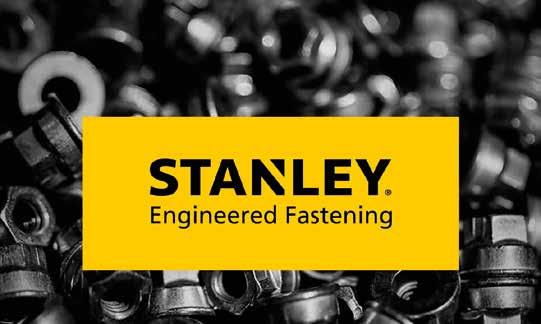

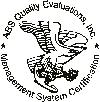
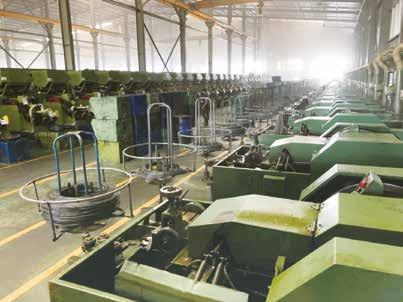

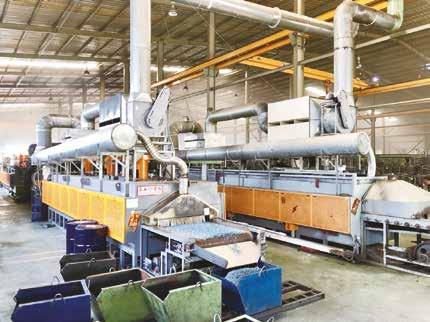
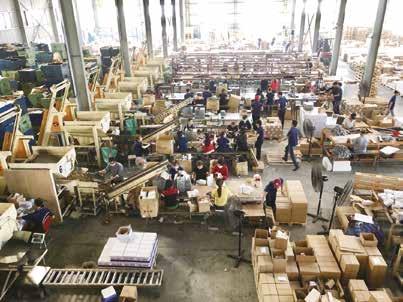

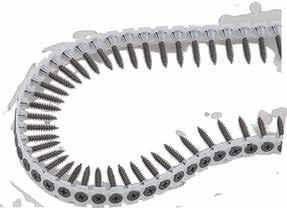


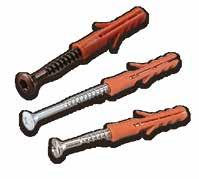

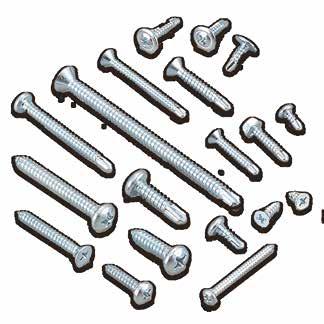

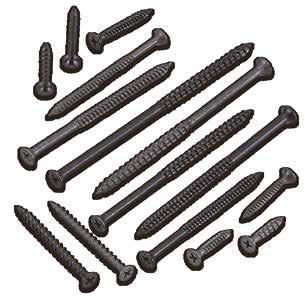
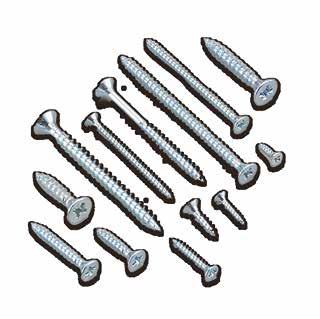



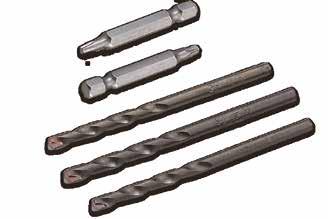
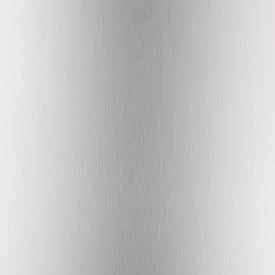
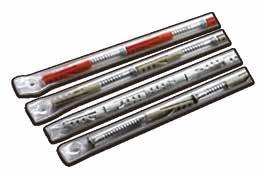



















































TFTA arranged many events in the second half of 2022 including training sessions and a night gala for Midautumn Festival. Following up at the end of 2022 was the annual member assembly at Queena Plaza Hotel in Tainan on December 2 that had a lot of members in attendance who couldn’t wait to have the best time at this event.
TFTA chairman Josh Chen said in his opening remark that the association attended many exhibitions in 2022, including Taiwan International Tools & Hardware Expo, iMT Taiwan, and International Fastener Expo (IFE). Since he took office he has been striving to bring up visibility for TFTA and expand business opportunities for members. What’s particularly noteworthy is that TFTA was on a TV interview titled “Discover New Taiwan Step By Step” by Era TV. The show interviewed Chairman Chen as well as previous TFTA chairmen and presidents, who introduced TFTA's development, achievements and visions to the public. “We hope to expand our reach via TV and call for more interested parties and talents of the next generation to join this big family and fight for Taiwan fastener industry.”
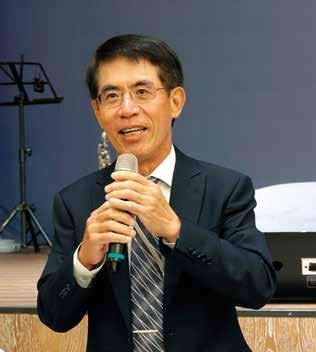
Chen said it is anticipated that Taiwan International Fastener Show is very much likely to open in May 2023. “We will hold a welcome night gala at InterContinental Kaohsiung a day before the show. TFTA will have the industry’s first catwalk combining fashion and elements of fasteners. I welcome all of you from across the world to come here and enjoy this event.”
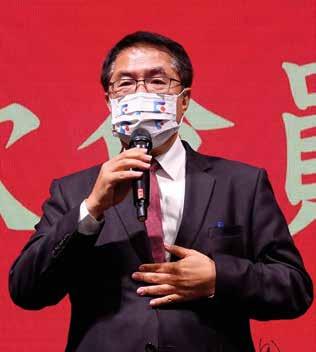
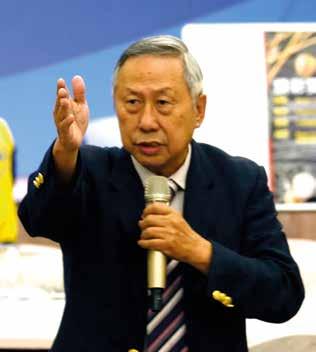
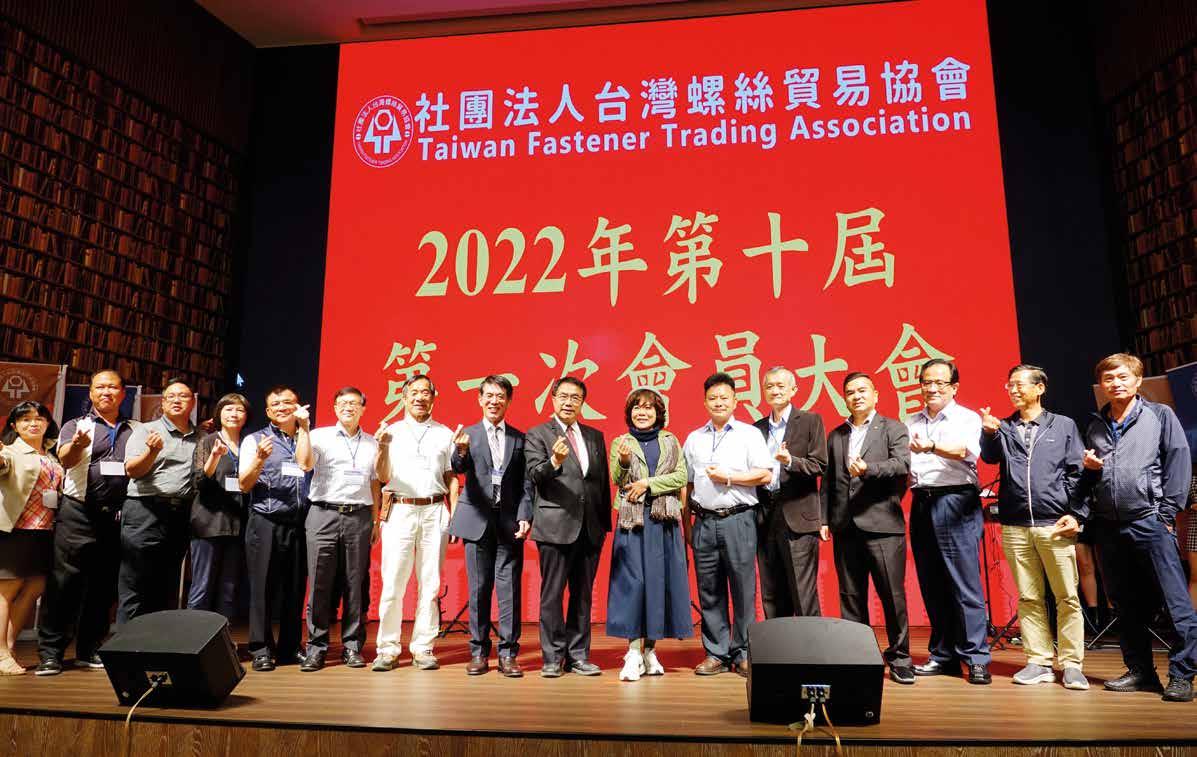
During the assembly, Tainan City Mayor Huang was also there to speak to the members. Huang said Taiwan is a very competitive fastener exporting country, and that fasteners are the crucial factor for industrial progression. He expressed the will to continue supporting and pushing for the development of the fastener industry. Mayor Huang discussed industry roadmap and had a meal with with Chairman Chen and TFTA directors and supervisors.
Furthermore, Chen arranged for life mentor Cong-Zheng Zhuang to talk about the winning business running philosophy in the 21st century. Zhuang has had over 10 thousand talks across the world. He taught the members to use positive thoughts to develop individual potentials and lead themselves to a successful business and life. Zhuang was humorous and brought laughter across the audience who couldn’t have enough of what he offered.
Up to 2022, TFTA has had a total of 290 members, with 13 new entrants. Chen said the next focuses of TFTA are green energy, carbon reduction, digital transformation and business matchmaking. He expects the association to grow bigger and bring Taiwan fastener industry to a new height.




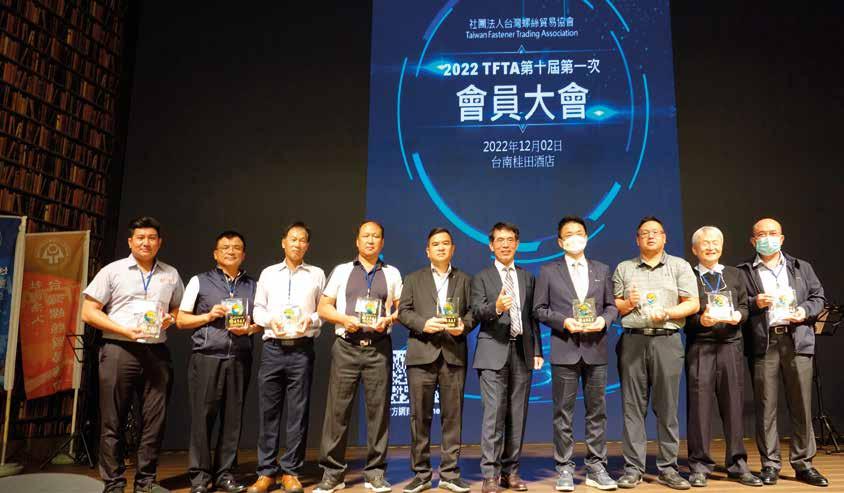
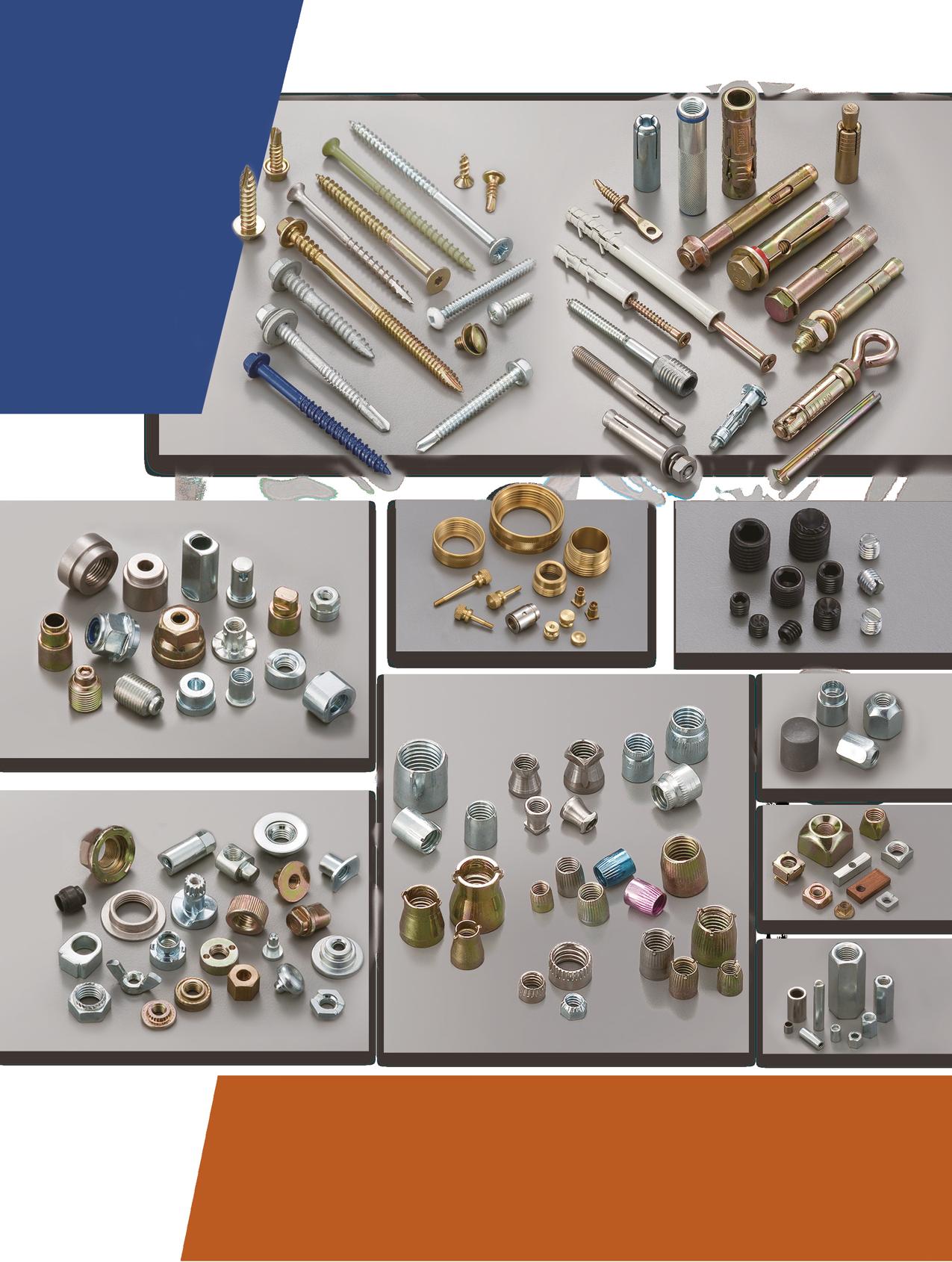


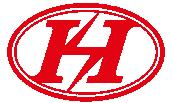


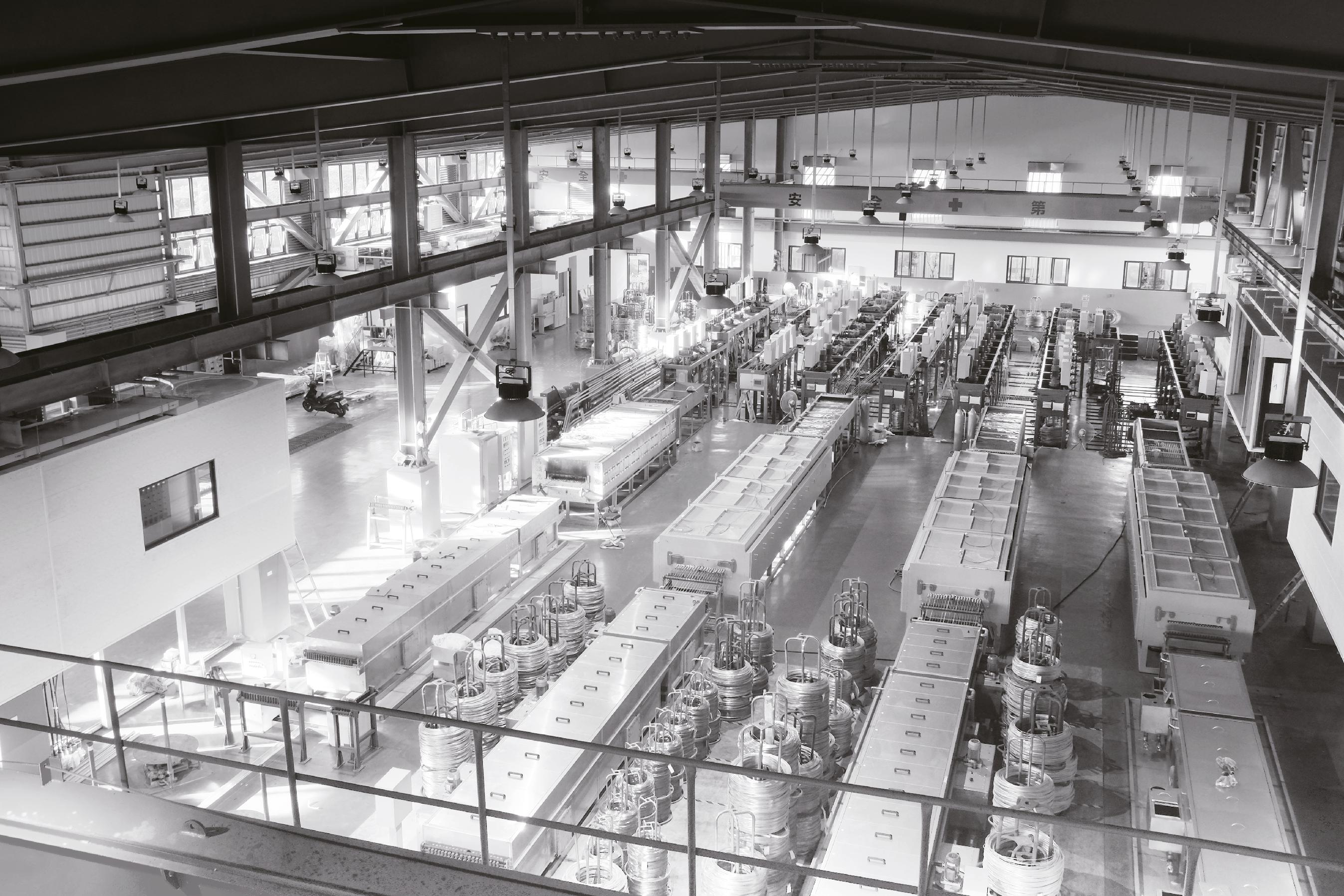


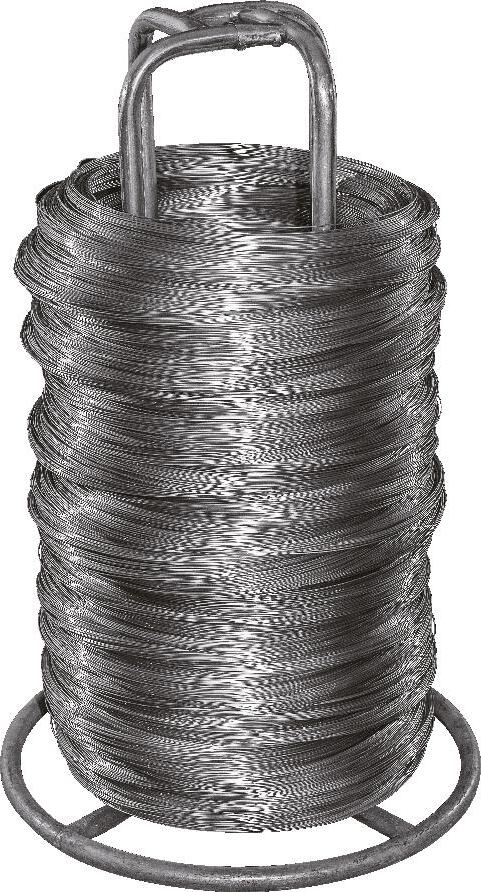

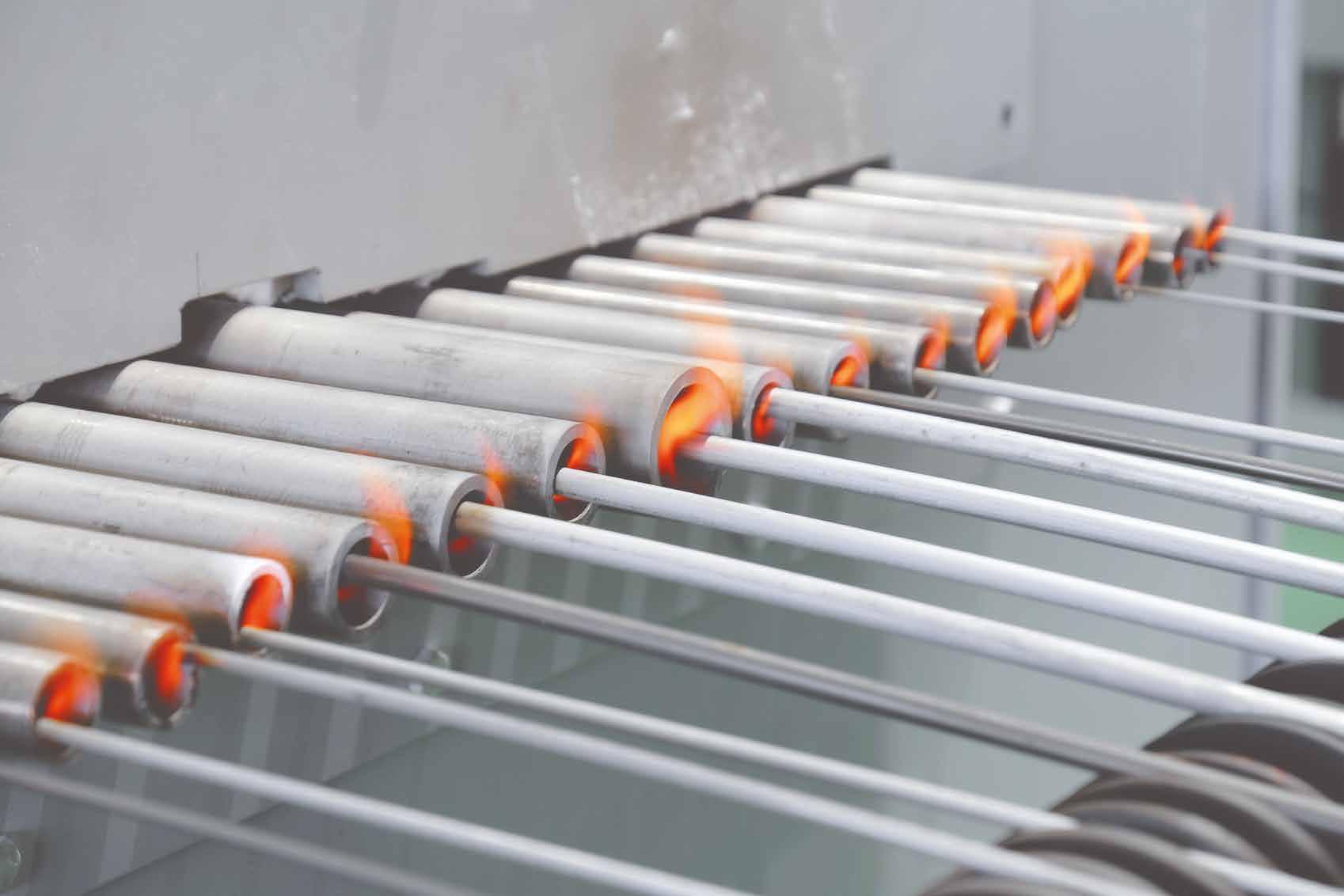
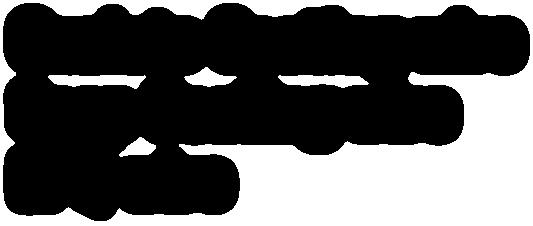
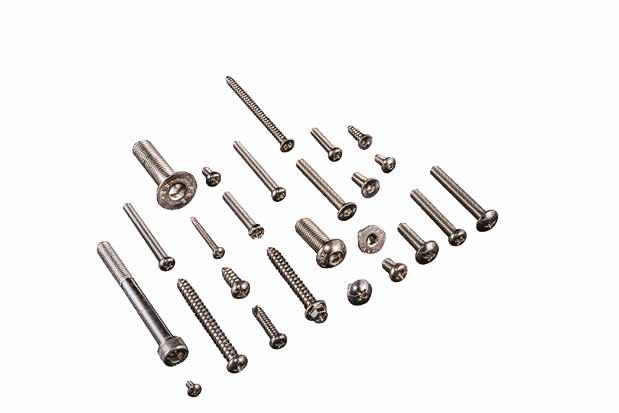
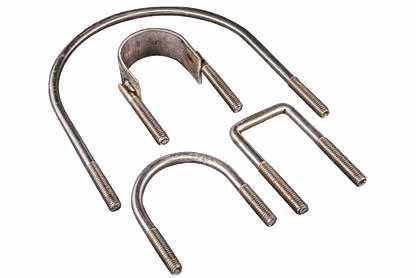

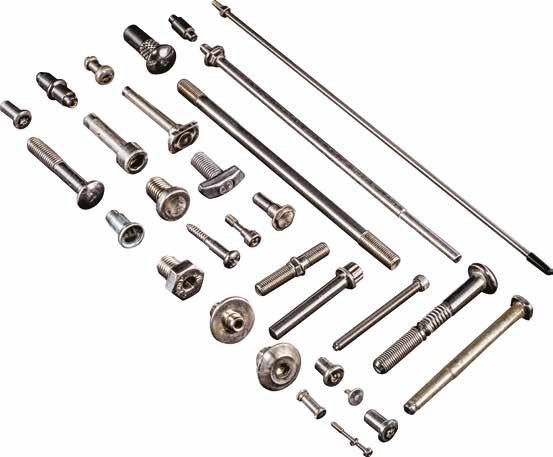
A number of years ago I watched as a good friend of mine went through an agonizing fight to keep the family business from going under. My friend’s father had started a very specialized, niche construction business years before. He was a simple, hard-working man without any college education or formal business training. Even though he was not your stereotypical corner office CEO, he was a very talented expert in his field and was able to leverage that knowledge and expertise into a thriving business. When his daughter, my friend, joined him in the business, she immediately filled the gaps where he was weak, taking on a role that was part CFO and part office manager. She was not, however, involved much in the day-to-day construction operations. That was left to her father and their Vice President of Operations.
Unfortunately my friend’s father became ill and unexpectedly passed away. In his absence “control” of the company plunged into a turf war between herself and the Vice President of Operations. Matters continued to sour and eventually the Vice President would leave the business taking many of their more valued customers with him.
Sadly, this story is not even remotely uncommon. Businesses routinely flounder when the leader or leaders decide to retire, unexpectedly become ill, or die. In fact, studies have revealed a sobering statistic that only about 30% of businesses survive to the second generation, 12% to the third generation, and an amazingly rare 3% into the fourth generation or beyond.
The lesson this should teach business owners is that they should be planning for business succession. How will they go about facilitating the next chapter in the business life in a manner that fits their goals and desires, maximizes their value in the business, and preserves the business for the benefit of its other employees and customers? Remarkably only about 25% of businesses actually have a Business Succession Plan. This article will take a brief look at this process and why it’s important.
A Business Succession Plan is a formal plan that helps guide the business through a change in ownership. This plan should be created by the owner or owners and perhaps a few key executive leaders. Although every plan is going to be uniquely fit to the business, they will generally include several universal parts:
A timeline – A timeline identifying what and when major milestones to allow for successful transfer of ownership must be achieved.
Potential successors- The plan should include all individuals or parties that are logical or desired successors. This might include co-owners, family members, key employees, outside entities, and even competitors.
Methods- The plan should identify critical documents and operating procedures which describe and control the essence of the way the business runs. The plan should include an evaluation of these items to determine areas that need work or improvement.
Valuation- It is essential that the plan include some form of accurate valuation. It is common for business owners to have either an inaccurate or unrealistic understanding of the business’ valuation. When the business does change ownership, having an inaccurate understanding of the valuation can result in crushed expectations and unpleasant surprises. It is especially important to understand the value so that proper tax planning can be accomplished prior to the sale.
Succession funding- If the departing owner desires that the business go to a partner, family member, or trusted employee, the question of how the purchase will be funded is of vital importance.
Even before a Business Succession Plan is developed, it is wise to assemble a Strategic Plan. A Strategic Plan is used by businesses to identify actions that should occur somewhere in the following three to seven years to achieve the goals and mission of the business. Having a well thought out, documented, and implemented Strategic Plan will greatly assist the owners in thinking through and assembling a Business Succession Plan.

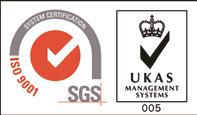

As my friend quickly discovered after her father’s death, life would have been much simpler and less stressful if her father had prepared for the time that he would exit the business. He could have identified how the vacuum left by his absence should be filled. He could have prepared and equipped his daughter to take his place or made expectations clear about the transition of leadership roles that would best benefit the long-term health of the business. Therefore, a Business Succession Plan is all about having a design in-place to prepare for both the planned or unexpected exit of the business owner or owners.
A Business Succession Plan should be created well in advance, at least five years and more, if possible, before the owner anticipates exiting. Time is essential because some of the actions that the plan might have, such as developing a leader to take-over or getting the business “ready” for a sale may take years to accomplish.
Although all businesses should have some form of succession planning, it is especially important under the following circumstances:
• When the business is especially complex (How will the business continue to operate after the leader has exited?)
• When the business has multiple employees (Who will step into the void of the exiting owner?)
• When the business has repeat and ongoing contracts and business activity (It is critically important that during a transition time, especially one that results from an unexpected exit of the owner, that customers are still properly serviced and supported.)
• When the owner has a successor in mind
When a business has multiple owners, it is often the desire for the remaining partner or partners to retain ownership and control of the business. This is usually accomplished with a Buy/Sell Agreement between the partners. Since it is rare for the co-owner or co-owners to have cash-on-hand to fund a buyout, these arrangements are often funded with life insurance taken out by each partner on the other.
Many family businesses wish to keep the business in the family as a means of assuring financial longevity within the family. In this case the owner must decide whether a child, spouse, or other family member is best suited for the task. In cases where only a single family member is interested or equipped to take over, this decision may be easy. However, in cases where multiple family members are in the business, these decisions are much more delicate. It will involve the leader to be thoughtful about who is best suited to take-over. This decision will need to be clearly communicated to the entire family and those not chosen for the leadership role should clearly understand how they will be compensated. The owner should probably establish Buy/Sell Agreements so that there is an understanding who and how ownership of non-involved family members may be transferred to those desiring to stay in the business. It is also very helpful if the exiting leader can put together a vision for the future leadership structure.
In businesses where there are no family successors available or interested in the business, the owner might have a trusted, key employee or employees to sell the business to. This sort of transition can be a positive one for the business since it is
highly likely that this key employee knows the business very well so that the ownership transition will be less disruptive than some of the other pathways. In this sort of transition, although the new owner may begin putting his or her mark on the company, it is much more likely that the culture and vision of the previous owner will remain intact for some time. For an owner that may still have some sort of interest or presence in the business, this is far more comfortable than when a third party with a completely different vision and culture takes over.
When selling a business to a key employee a Buy/Sell Agreement and Business Succession Plan need to be in-place. The plan should not only lay out the details of how ownership would transfer but also identify who the key employees might be and how they will be developed and mentored to prepare them for ownership. The most serious drawback of this transition option is that it is unlikely that the key employees have sufficient cash on-hand to purchase the business outright. This means that the buyer will either need to secure outside financing or the seller will need to be prepared to offer seller financing.
Many businesses are sold to outside parties such as an investor, competitor, or business looking to expand its capabilities. This option is likely the most onerous for those left in the business, as many rapid changes in culture and business practice may
ensue. However, for an owner or owner’s estate that is looking for a quick exit and break from the business, this may be the best option.
For owners that are considering this route two things are very important to accomplish prior to the sale. First, the owner should regularly and properly assess and calculate the value of the business. It is important to know what the business is really worth, not what one “thinks” it is worth. It is probable that an owner who has invested many years of their lives building up the business to consider the value quite subjectively. Therefore, it is important that objective experts such as a CPA or valuation specialist be part of this process. A number of years ago I had the opportunity to assess a fastener business that was for sale. The two aging owners wanted to sell the business and retire. Their primary market was aerospace fasteners and over the years they had overrun many orders and placed the surplus into inventory to be sold another day. Unfortunately, that “other day” had not come for most of the parts and over a thirty or forty year period the business had amassed a large amount of slow moving inventory. When the owners went to value their business they included the entire inventory for what they “believed” it was worth. However, most of this inventory will never be sold, as it is simply too old, and has little or no value. Unfortunately the owners had built up expectations regarding the value of this inventory and were, thus, pricing their business at an unrealistic value. If they ever sell their business they are very likely to be disappointed in what they will really receive for the sale.
This then leads to the second important detail one must consider if selling to an outside party; “prepare for the sale”. If one is considering selling to an outside party this route they should begin the process of preparing for a sale as much as five to ten years in advance of doing so. This may take significant resolve determination but is key to maximizing the value of the sale. Preparing for the sale might include getting key personnel in-place, getting the financials in order, and formalizing processes and procedures. A company that is stable and running well is far more attractive and likely to receive a premium price than one that appears to be in disorder. Once again, a number of years ago I had the opportunity to be part of an acquisition of a fastener manufacturer. When the patriarch of this company passed away, it was inherited by several aging family members who had no interest in running a fastener business. As such they quickly sought out a buyer and sold to a company I was working with. Unfortunately for them, although the business had some interesting proprietary knowledge that set them up as a notable niche player in the specialty fastener marketplace, they had used the business for years solely as a channel to distribute company earnings to certain family members. As a result, the financials and operations were a mess. The significantly depressed the sales price and the resulting sale was a bargain for the buyer.
This option only exists for companies where there are multiple owners. In this case, usually at the formation of

the company there is an Agreement made between the owners that when one of the partners dies or wishes to retire, the business will purchase their shares. In essence this increases the ownership position of the remaining partners. Much like several of these other options, however, the business may not have immediate, liquid resources to repurchase the exiting partners shares. For this reason, these agreements are often funded by the owners taking life insurance policies out on one another. In this way when the owner dies the business has sufficient funding to purchase the shares from the estate. These Agreements can be complicated and often have tax implications, so should be well thought out and prepared ahead of time.
No one is going to be around forever, which makes business succession an exceptionally important topic for business owners. To avoid problems when one wants to retire or unexpectedly dies, it is imperative to have a Business Succession Plan. In the same way that having an estate plan early in life is wise, it is never too early to begin to assemble a Business Succession Plan. The better one does this, the more likely that they will receive the most value for their share of the business when they exit. Therefore, don’t put off until tomorrow what sensibly should be started today.
Article by Laurence ClausCopyright owned by Fastener World
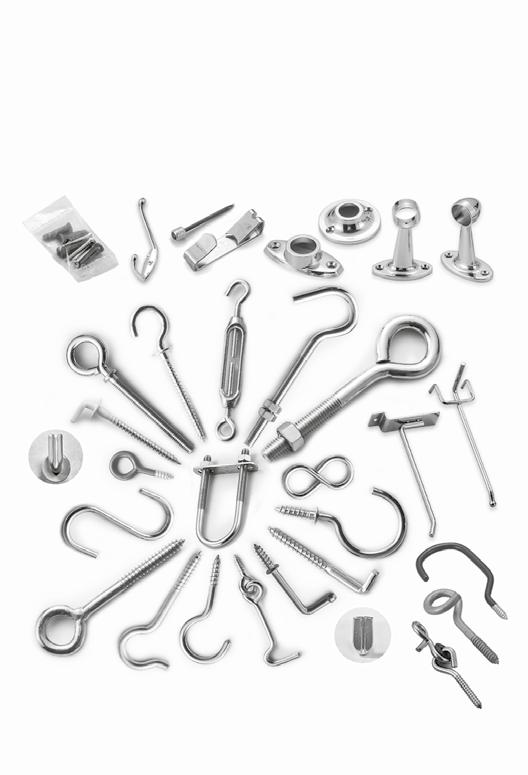
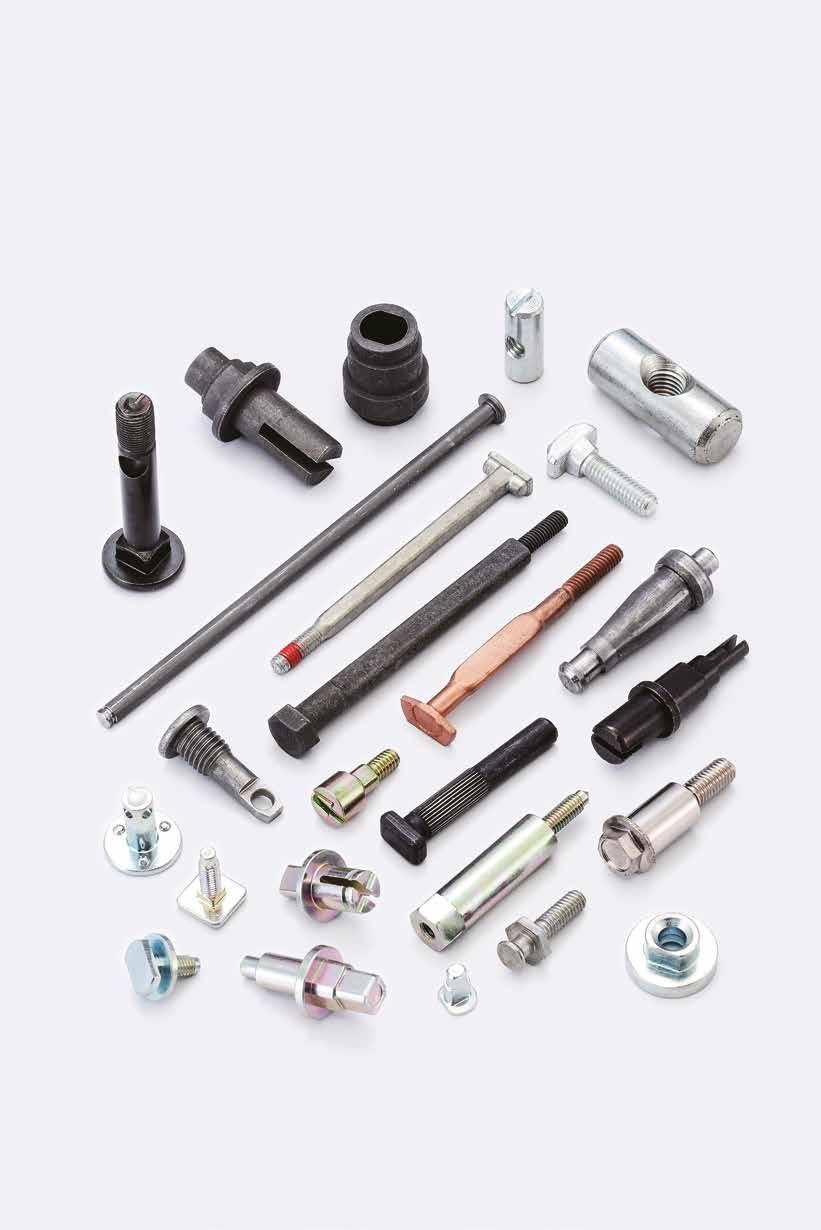

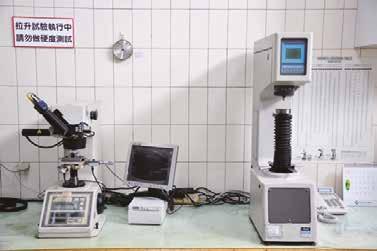
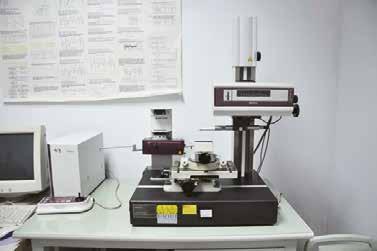
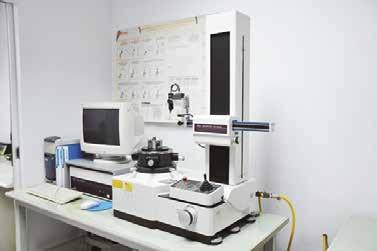
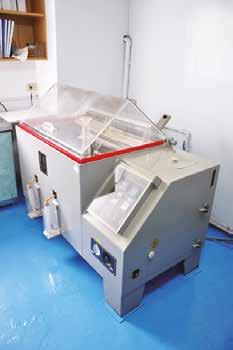
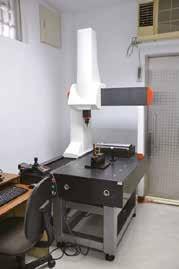
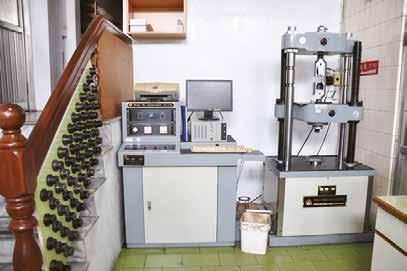

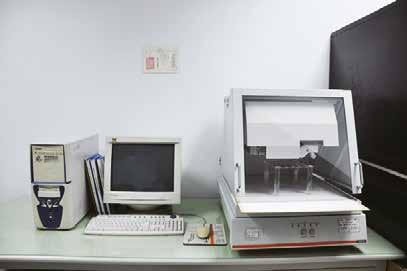













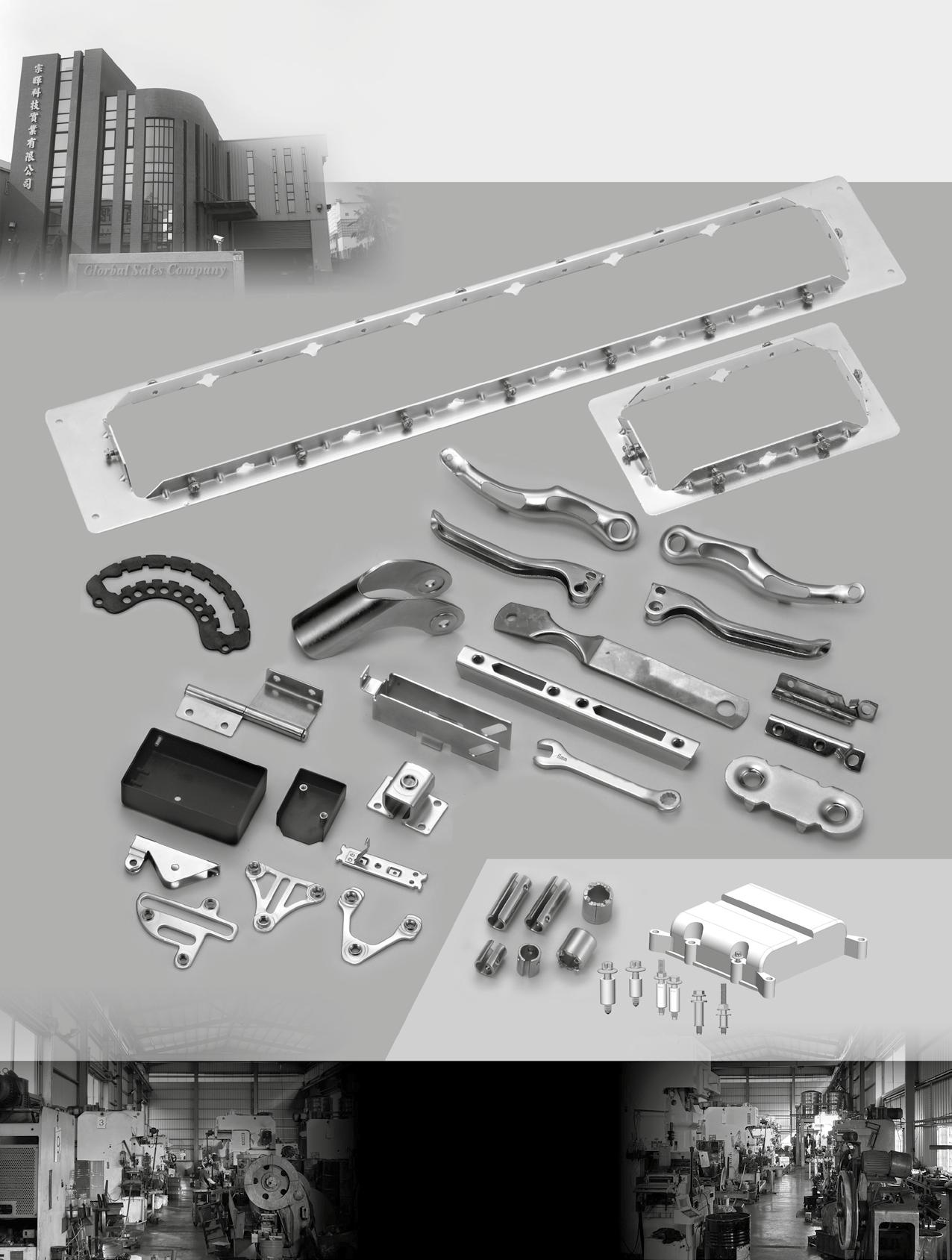








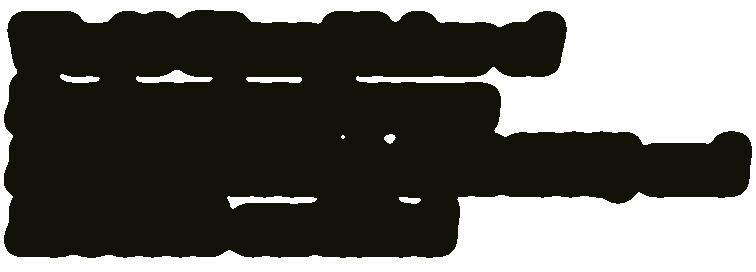



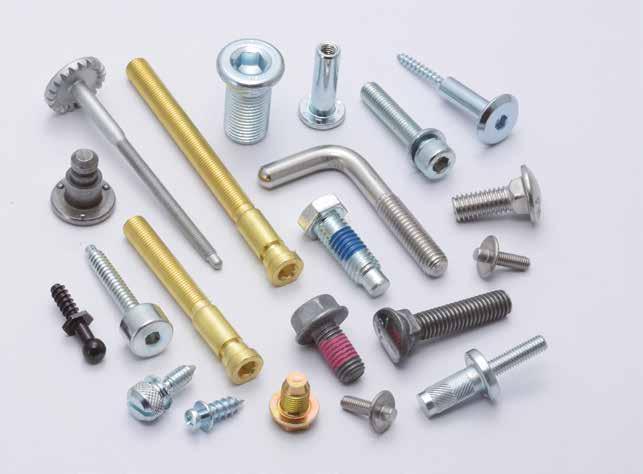
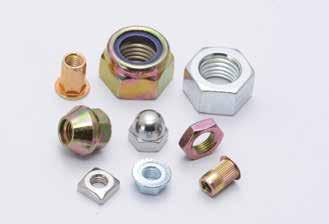


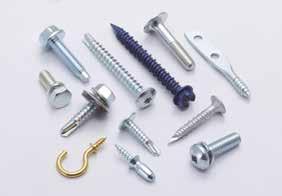
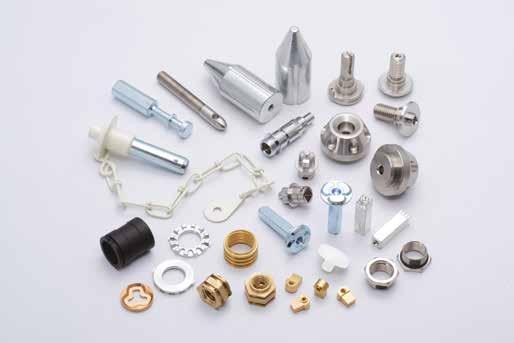
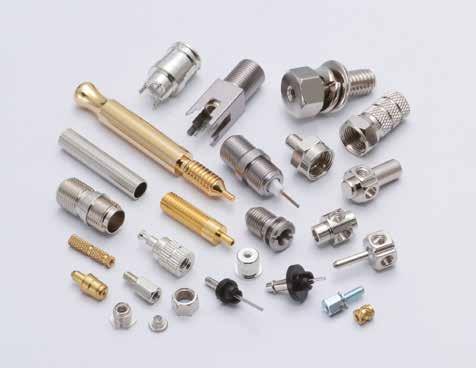
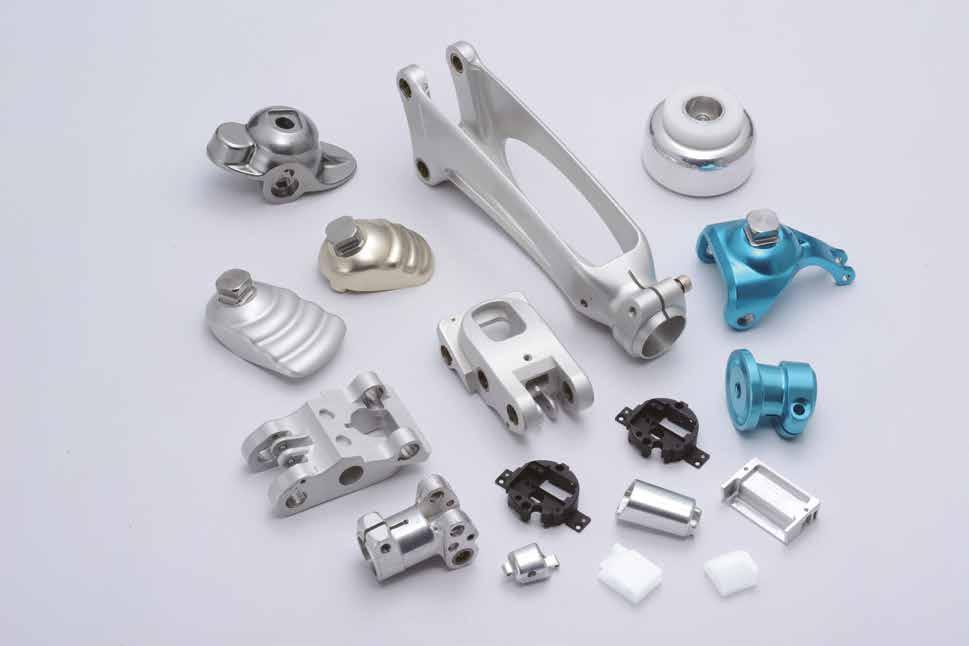
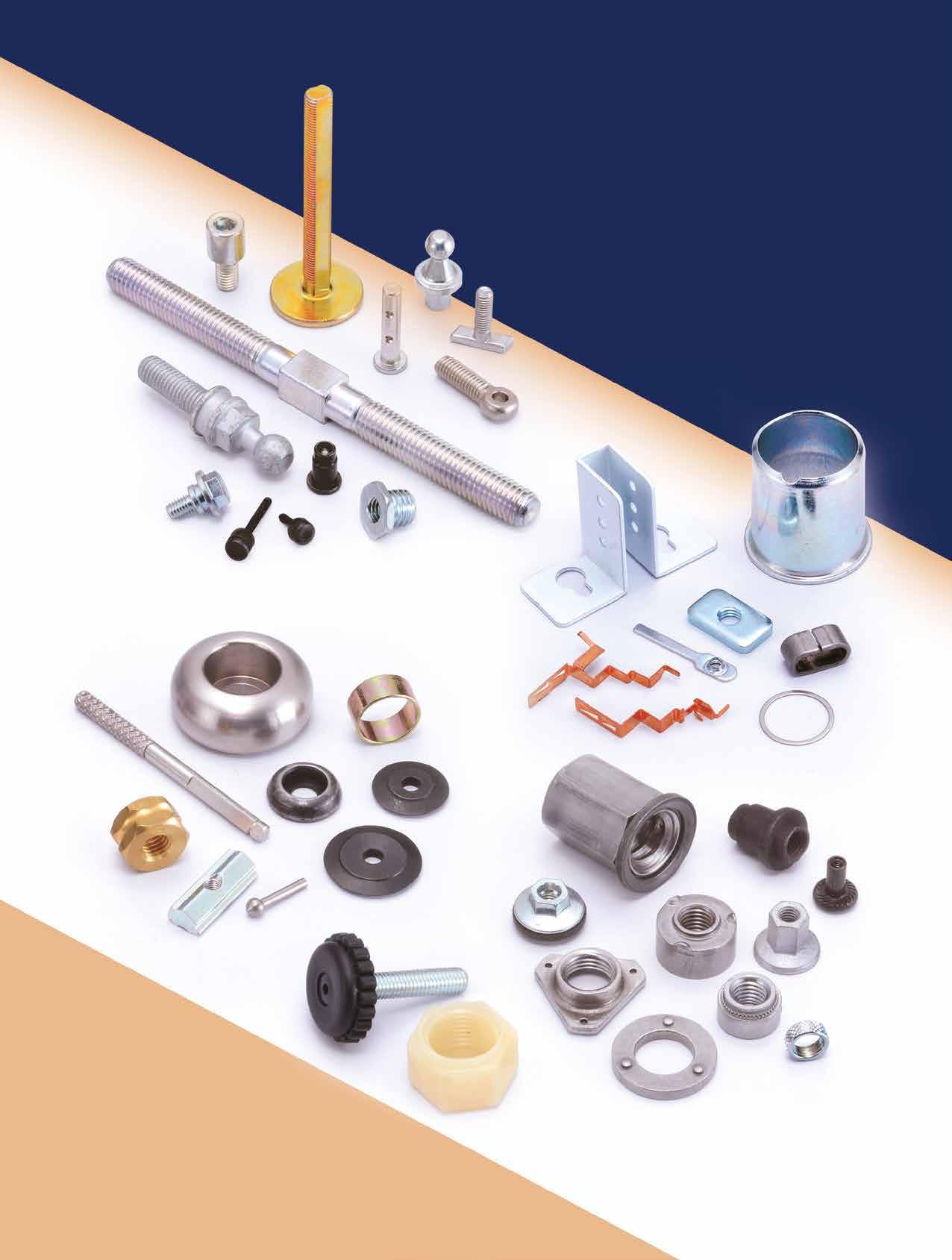


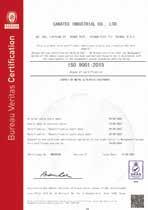



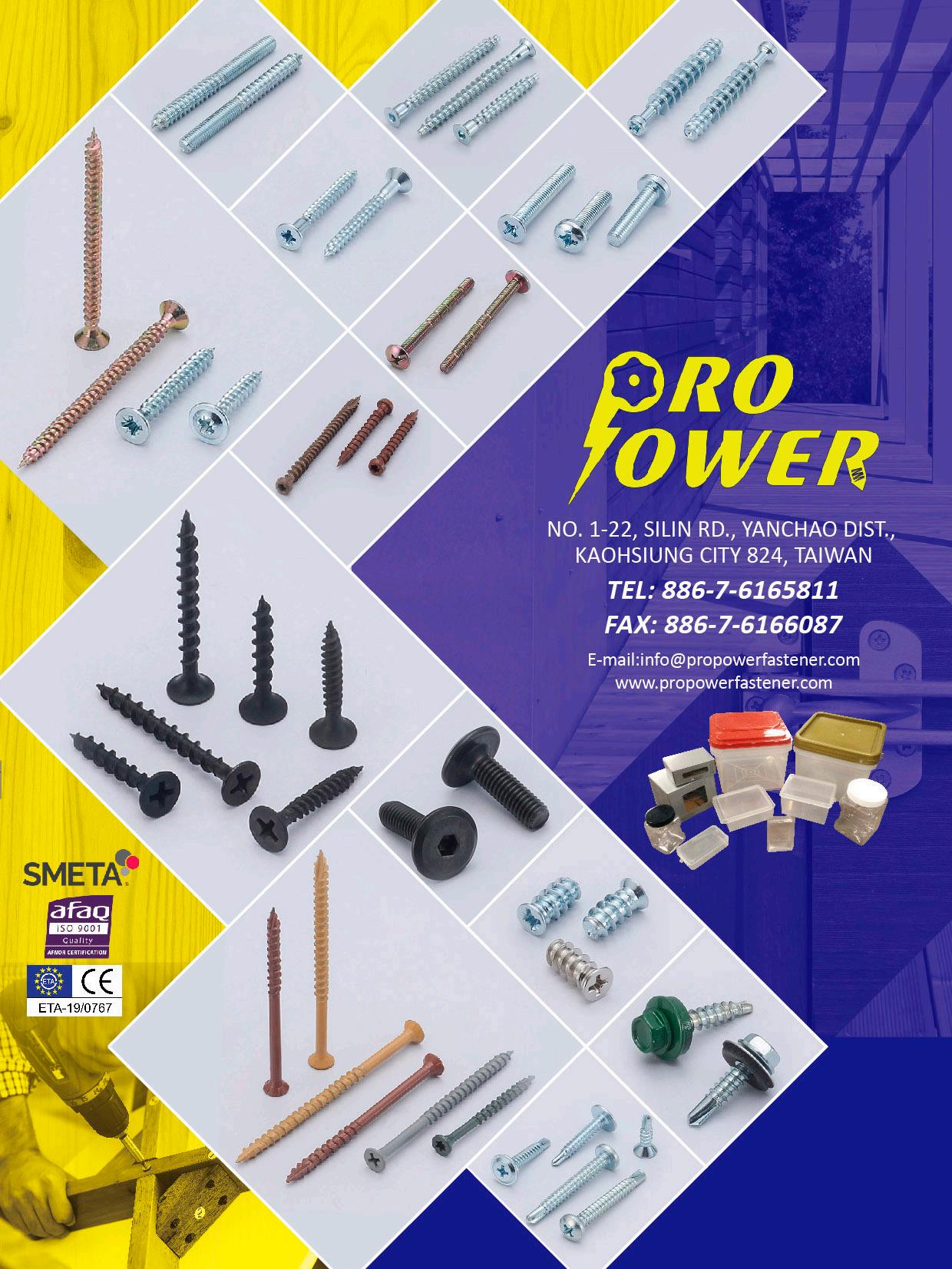
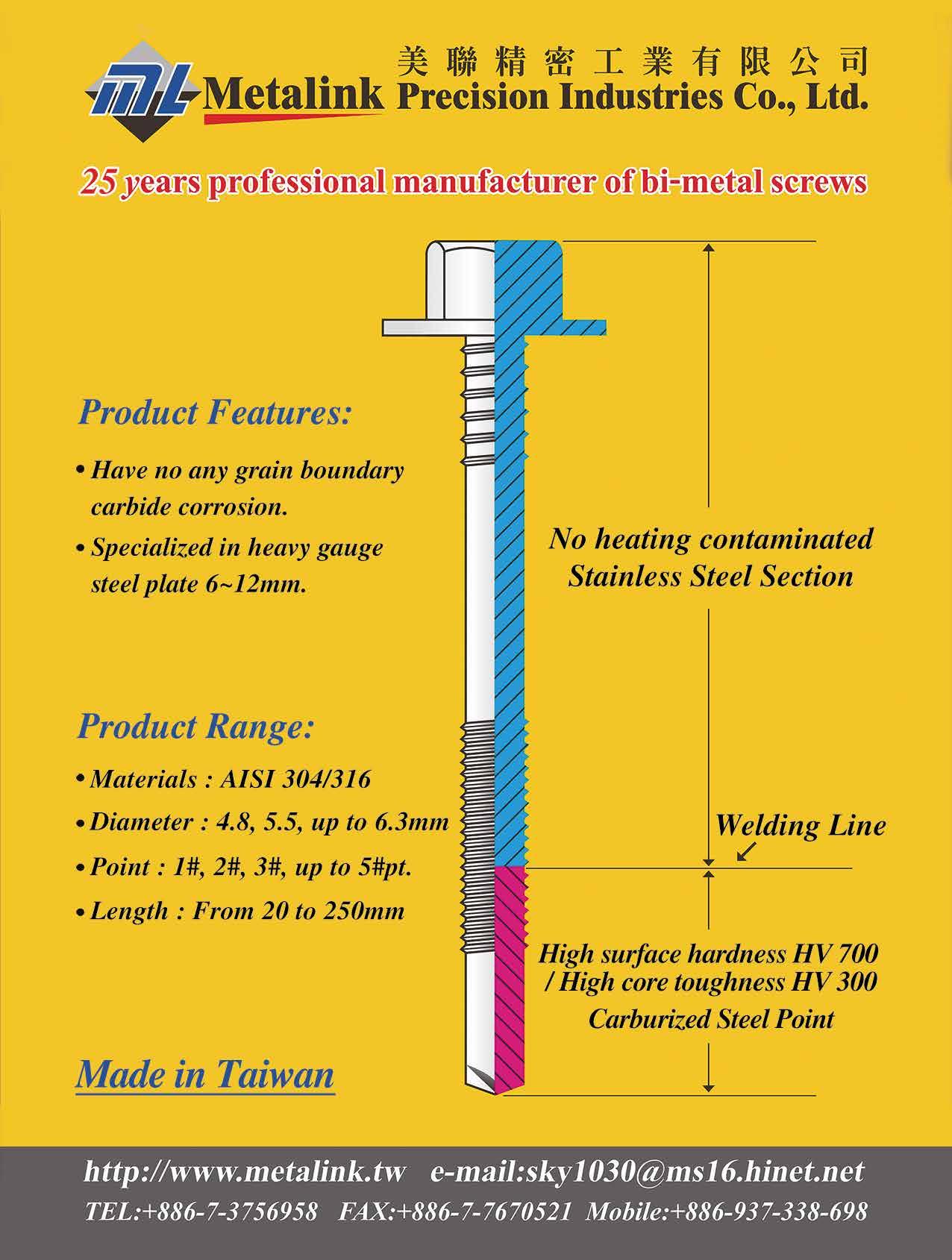
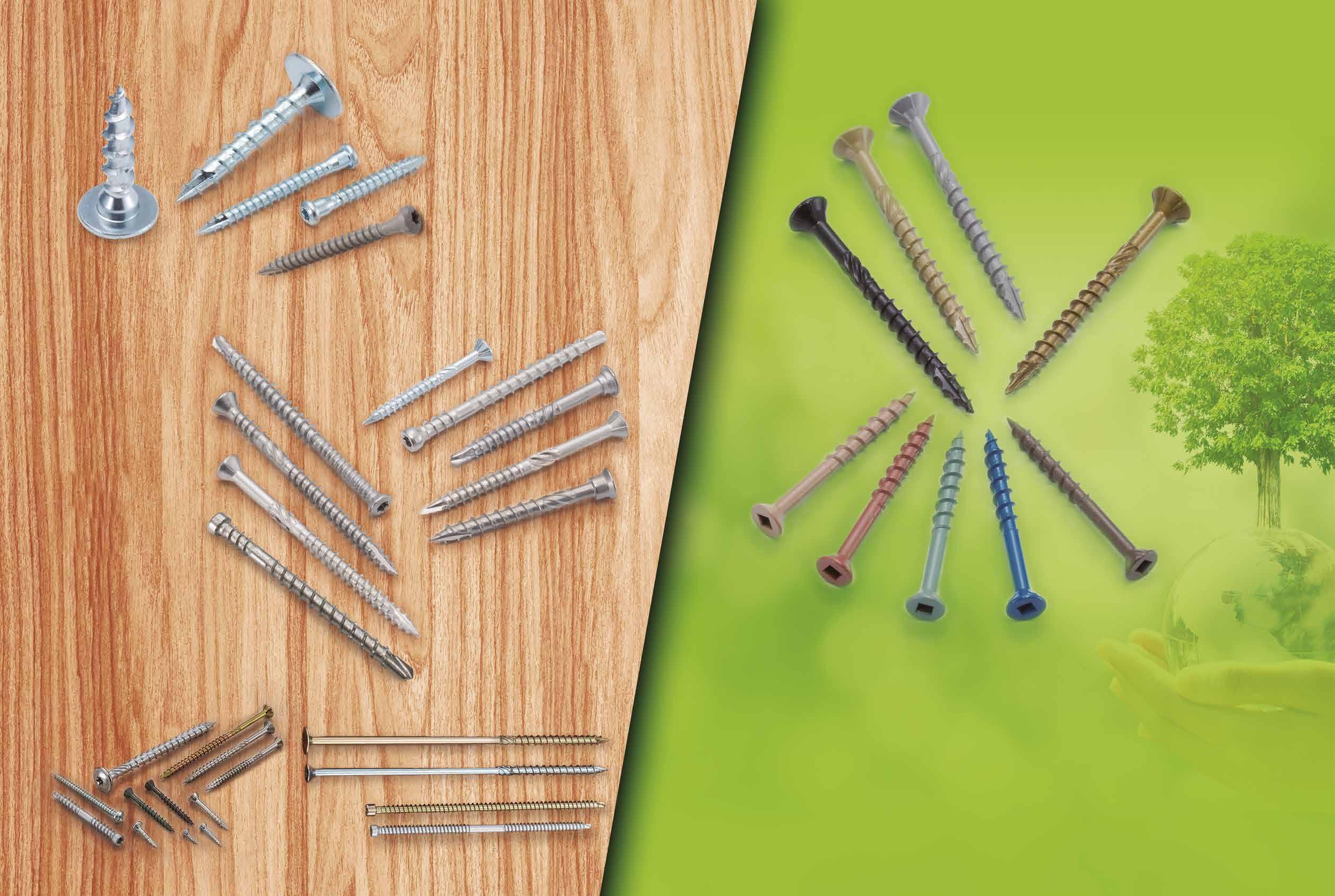
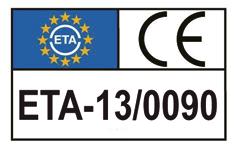




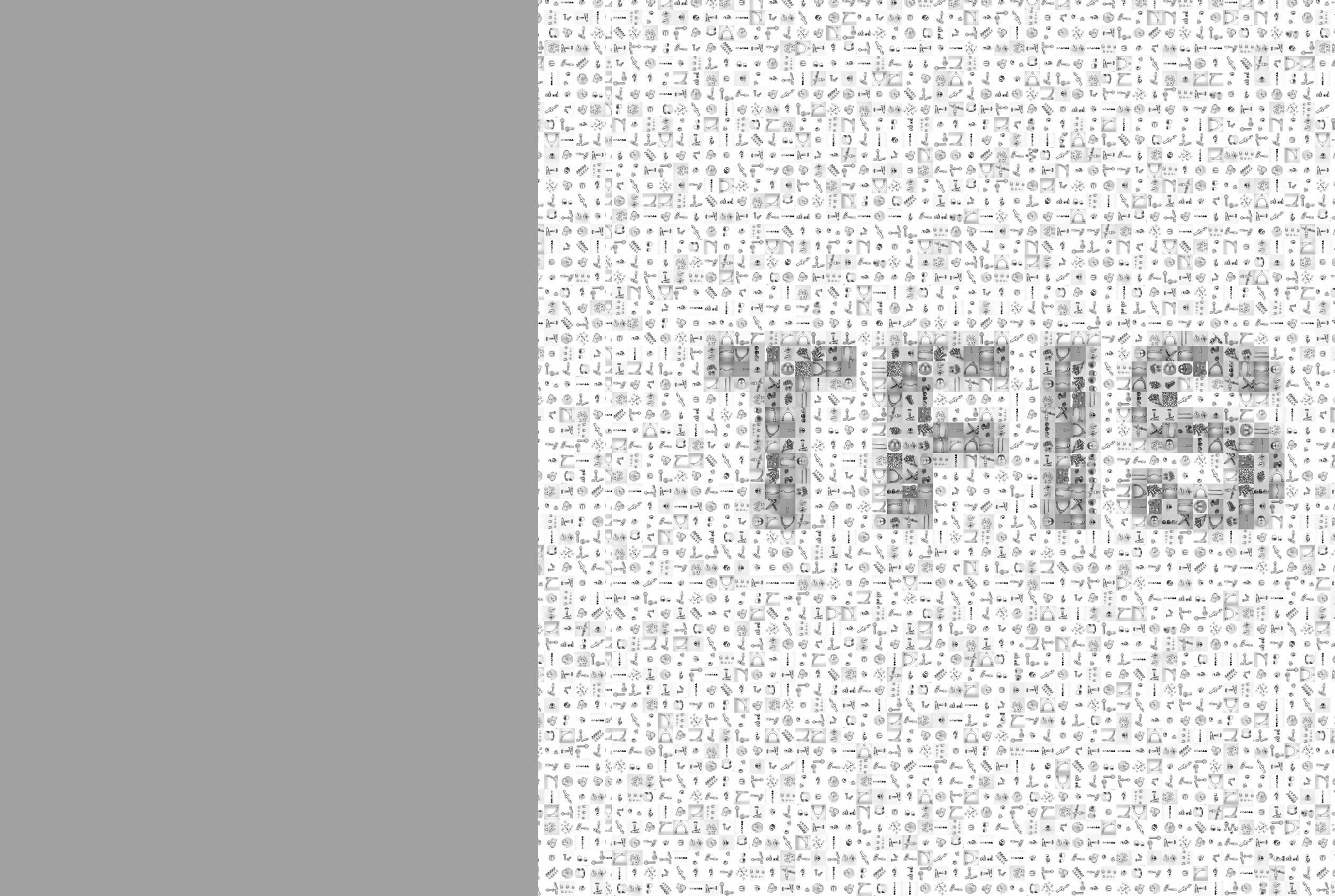








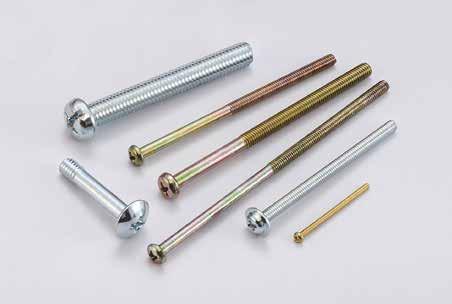

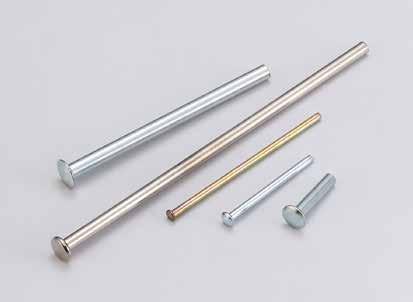

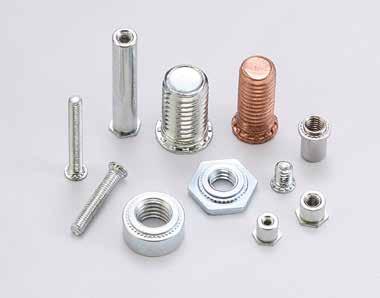

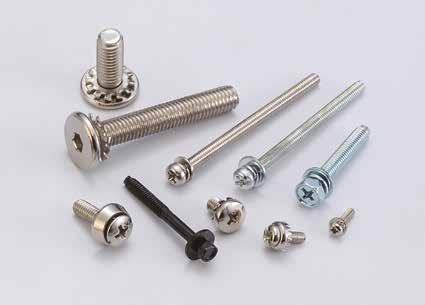
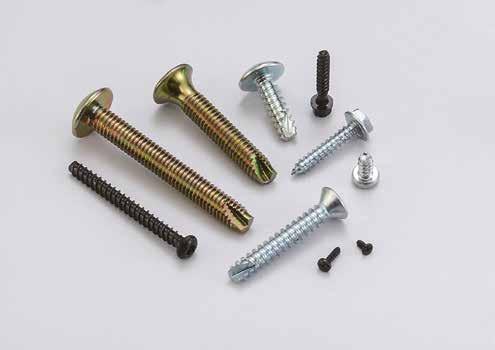

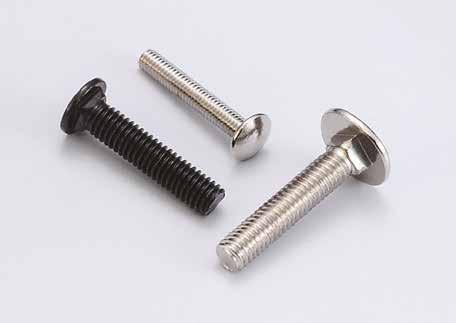
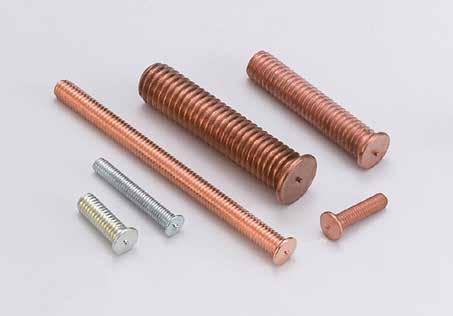
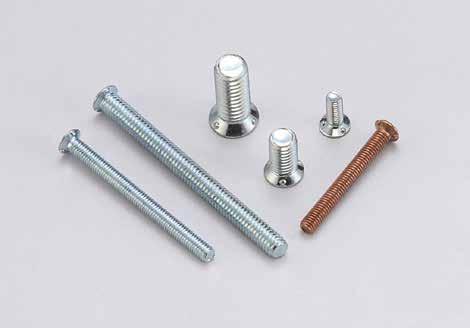













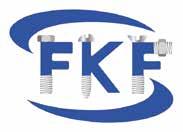
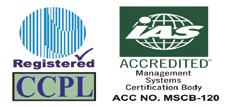
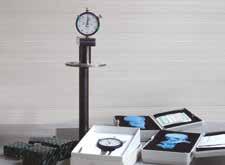

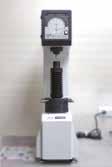

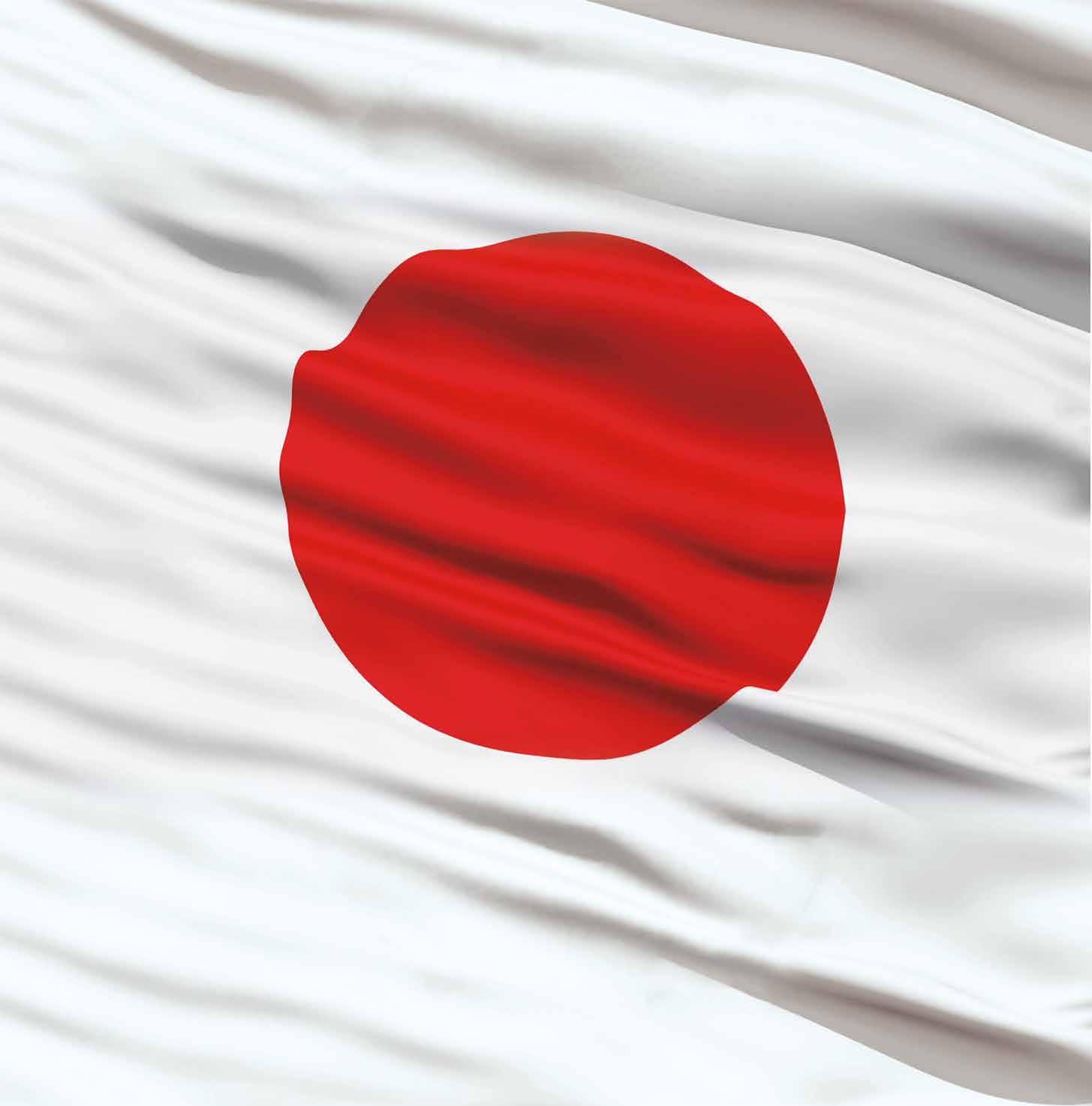
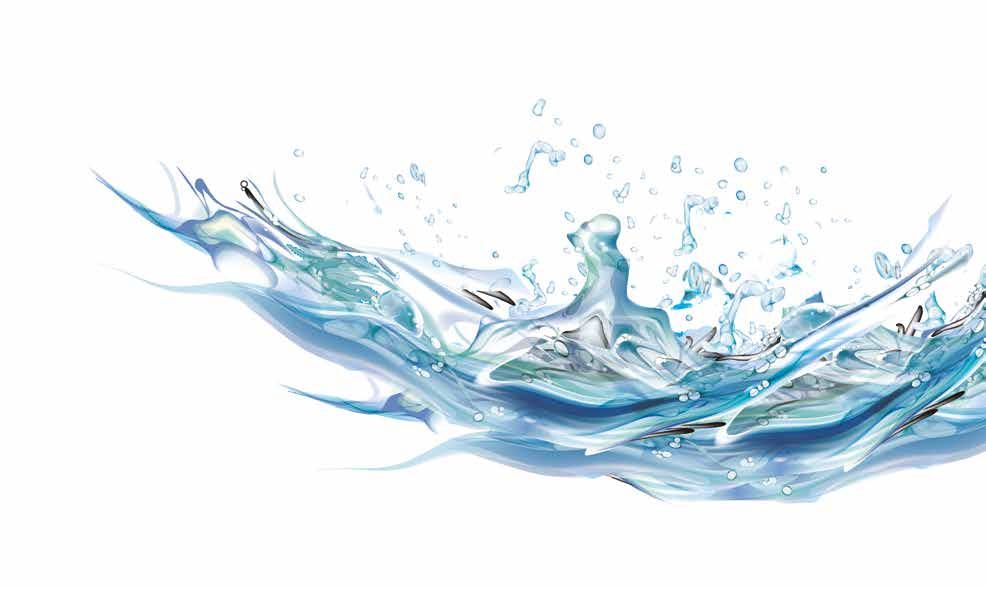
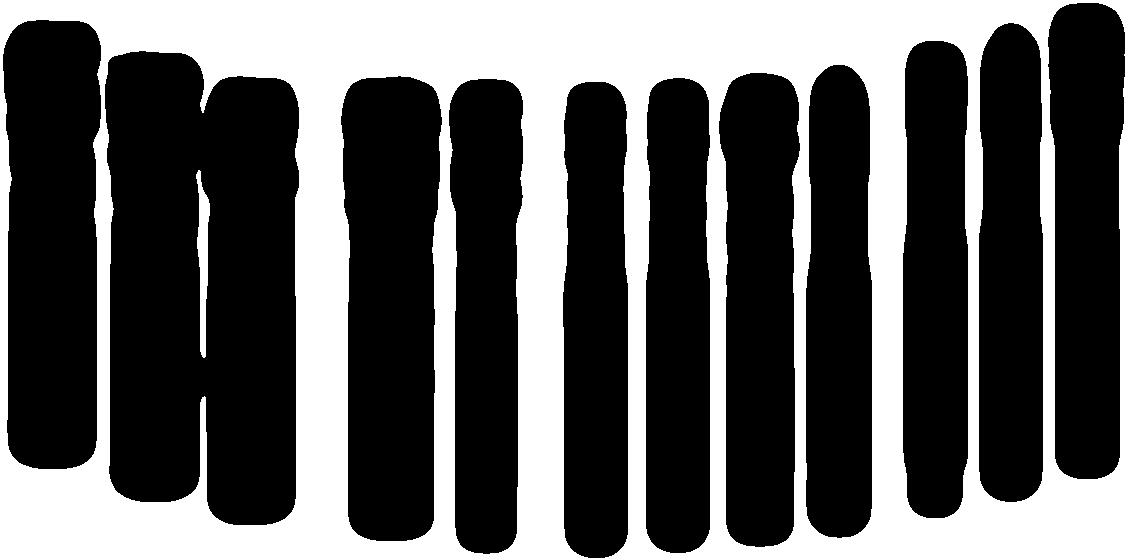
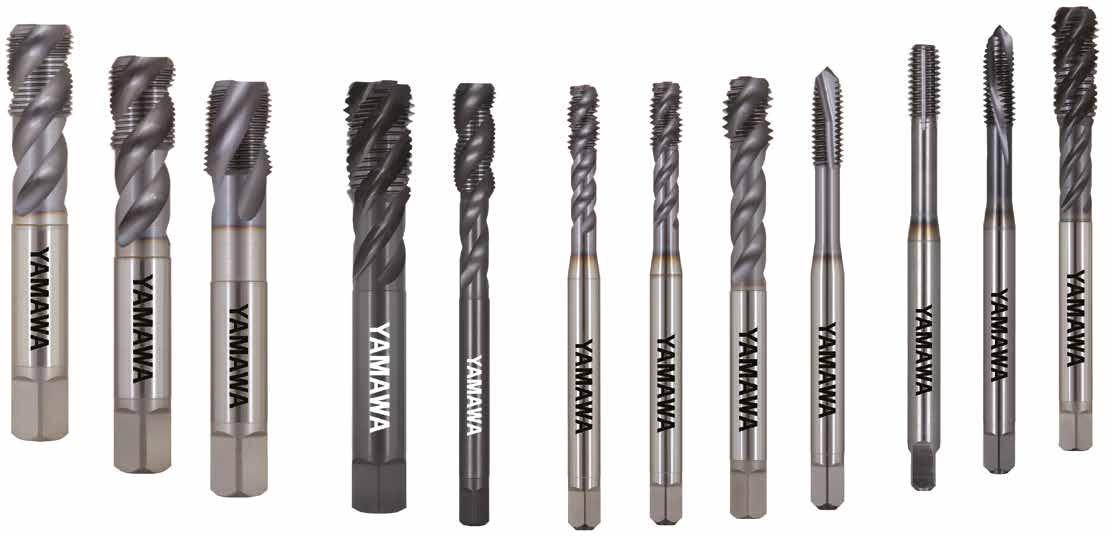







The population of Greece is 10.7 million. The GDP of Greece is USD 307.9 billion and its GDP per capita is USD 28,748. The GDP growth was -8.2% in 20211. Greek economic growth kept its momentum in the first quarter of 2022, with the real quarter-on-quarter GDP growing by 2.3%. Consumer spending was supported by positive developments in the labour market, and investment notably picked up. Net exports shrank, on the back of the slowdown in Greece’ s main trade partners as well as persisting global supply chain disruptions. Growth in the first quarter outperformed previous estimates, but the full impact of higher inflation and the resulting squeeze of real disposable incomes is expected to materialise later in the year. Overall, its real GDP is forecast to grow by 4.0% in 2022 and to slow down to 2.4% in 2023. Therefore Greek economy becomes the 77th freest in the 2022 and it is ranked 38th among 45 countries in the European region. It absorbs USD 3.6 billion foreign direct investment in 2022.2

The main industry that consumes a lot of fasteners is shipbuilding. Greece has a significant shipbuilding and ship maintenance industry. At present, approximately 90% of world commodities’ trade (in terms of capacity) is seaborne, while the global fleet increased by 67% during the last decade. Specifically, Greece ranks 1st globally in ownership of merchandise vessels, presenting a 28% increase in owned capacity in the last five years, while the average vessel’s size almost doubles, which indicates that Greek ship-owners mostly operate in high volume markets. Also, recent data show that Greek ship-owners are heavily investing in growing their fleets with new buildings, maintaining the average age of Greek-owned fleet’s lower than the global average.3
The table below shows that although the GDP of Greece decreased in 2021, the shipping industry was able to have a positive impact on the fastener industry. After the decrease in 2019, which was caused by the bad economic situation of Greece, there were pandemic problems in 2020. However, in 2021, we saw a 42% growth in the import of fasteners.
The story is different for 2022. The average monthly import was USD 4.95 million in 2021. The table below shows a comparison between each month of 2022 and the average import amount of 2021.
• Except for the 4th month of 2022, when the import was 4% lower than the average of 2021, the imports in other months were all higher than the average of 2021 by a large margin.
• The 70% increase of the 7th month of 2022 compared to the 6th month of 2022 was also significant.
• With these numbers, the import of fasteners is expected to reach USD 75 million in 2022.
The main exporter of fasteners to Greece is China, which had 24% of the market, and the value of its exports to Greece was USD 14.076 million in 2022. Germany is in the second place with a market share of 19% and an export value of USD 11.214 million in 2022. The third largest exporter of fasteners to Greece is Italy, with a 15% market share. Italians have exported USD 8.879 million fasteners to Greece in 2022.
The rest of the countries had a share of 42% of the Greek market and their export value was equal to USD24.943 million in 2022. Vietnam and Taiwan were two other major players respectively taking the second and third places in July 2022, which can continuously play a role as main players in the future. In terms of exported fasteners, the following table shows the situation of Greece in the world. Fastener
The export value of Greek fasteners was more than USD 5 million in 2021, which grew by 44% compared to 2020. Greece was also able to experience the export growth during the pandemic, and only in 2019, its exports decreased due to the bad economic situation. The first 7 months of 2022 showed two different sides. From January to April, Greece experienced a very high growth (more than 2 times) in exports, and from May to July, we saw a sharp decrease in exports in this country (See the following table).
In the 2 months (June and July of 2022), Greek exports were more than 15% lower than the average of 2021 (the export average was USD 422,170, monthly), which means that we will see low export growth in 2022 compared to the previous year.
5 countries bought 73% of Greek exported fasteners in 2021:
• Cyprus was in the first rank with an import equal to USD 1.807 million, which bought 36% of the total export of Greek fasteners.
• Bulgaria was in the second place with a purchase of USD 648 thousand and a purchase share of 13%.
• USA was in the third place with an import value of USD 544 thousand and a market share of 11%.
• Albania and France were also in the next ranks. Albania had a market share of 7% of the exported fastener from Greece, which was worth USD 377 thousand, and France had a 6% share of the purchase, with a purchase value of USD 303 thousand.
• The purchase value of USD 1.368 million, which was 27% of Greek exports, was shared by other countries.
Favourable economic conditions and prospects are expected to create an opportunity for a strong economic establishment and remove the inherited characteristics of a ten-year economic recession. The outlook of the Greek economy is expected to be positive in the coming years. Economic growth is expected to continue in 2022, albeit at lower rates, and its effect on the fastener industry will also be evident.
1. https://www.heritage.org/index/country/ greece#:~:text=Greece's%20economic%20 freedom%20score%20is,but%20above%20the%20 world%20average.

2. https://economy-finance.ec.europa.eu/economicsurveillance-eu-economies/greece/economicforecast-greece_en
3. https://home.kpmg/gr/en/home/insights/2022/02/ the-future-of-shipping.html
Article by Behrooz Lotfian Copyright owned by Fastener World
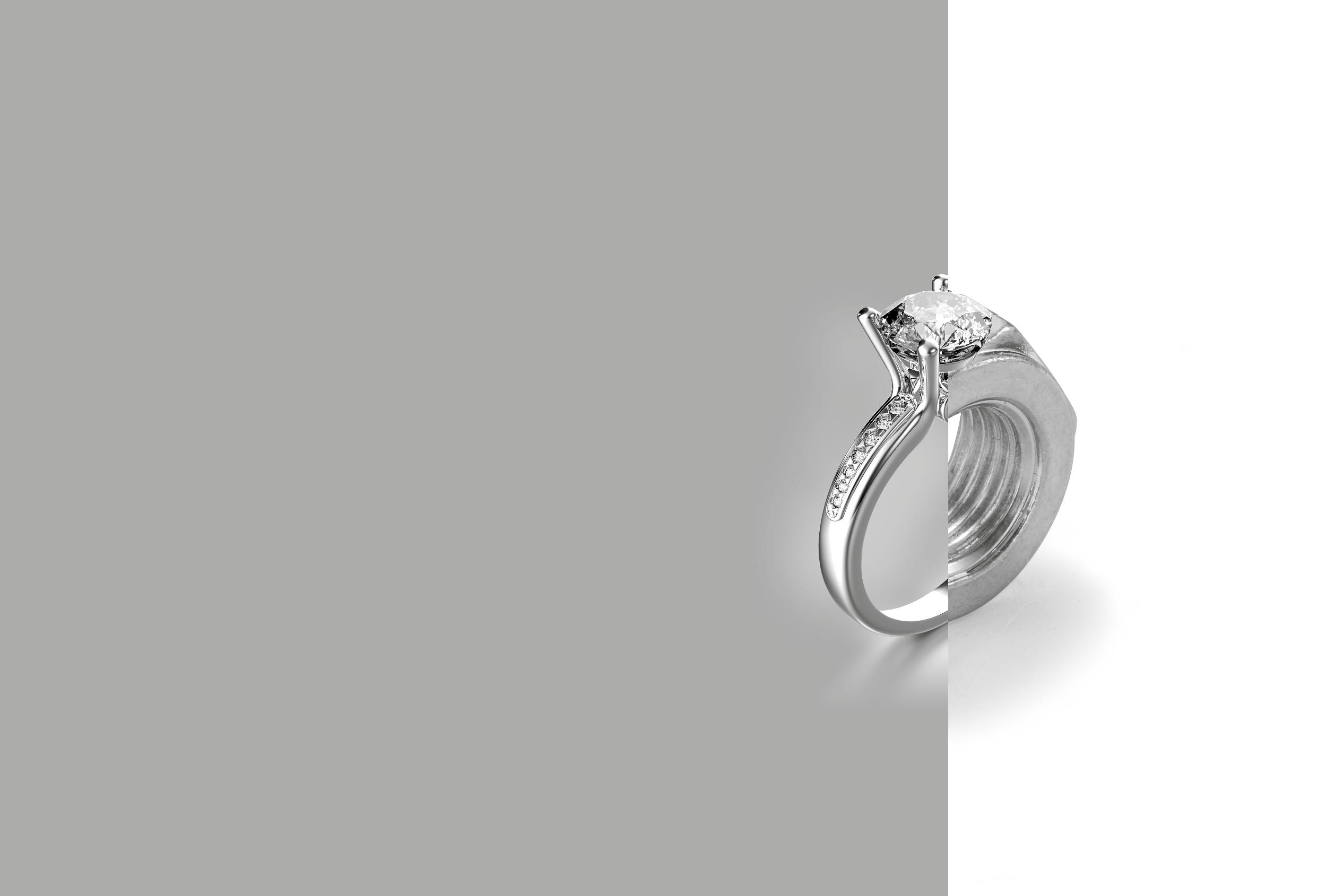


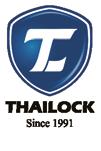

Croatia has a population of 4 million. The GDP of Croatia was USD 112.1 billion and its GDP increased by 10.2% in 2021. Croatia was ranked 27th among 45 countries in the European region. Croatia’s economic growth has rebounded from a severe downturn in 2020, and a five-year trend of expanding economic freedom has accelerated. Its real GDP is forecast to grow by 3.4% in 2022 and 2.9% in 2023. For 2022, it is mostly due to better-than-expected private consumption growth in the first quarter, which compensates for the deceleration towards the end of the year. The slower pace of growth at the end of 2022 is set to continue in 2023. In 2021 they could absorb USD 1.3 billion foreign direct investment. The manufacturing industries in Croatia include wood, food processing, shipbuilding, footwear and leather processing, textile production, automotive parts industries and among others. Presently, manufacturing in Croatia is largely based on food and beverage, which account for 24% of the total manufacturing revenue in the country.
Automotive Parts: Like the rest of Europe, automotive manufacturing plays a significant role in the economy. 11.2% of all manufacturing revenues in Croatia come from motor vehicle production. Croatia mostly produces automotive parts and software. Some of the most important sectors of this country are boilers, railway vehicles, high-performance electric cars, drivetrain, and batteries, unmanned and electric vehicles and rail transportation. It is not easy for Croatia to have a prominent economic role in its region because of the highly competitive and diversified industries of neighbours such as Italy and France. However, Croatia has made a lot of efforts to improve its manufacturing sector after the difficult and tumultuous moments of its history. Today, it is one of the most prosperous countries of the former Yugoslavia.
The total fastener import of Croatia in 2021 was USD 54.081 million, which increased by 12% compared to 2020.
“Automotive” is one of the main industries for fastener usages. In terms of BEVs, however, in Croatia, people's lack of trust in new technologies and electric transportation presents a problem, and education and awareness from users and potential buyers of electric vehicles is important. Also, residents are not sufficiently familiar with the advantages of BEVs, types of charging, expansion of the network of charging stations, and the range required for free movement throughout the territory of the Republic of Croatia. On the other hand, the number of users and buyers of passenger BEVs primarily depends on the purchase power of residents, considering the low purchasing power of the Croatian population, they concluded that low or no fuel costs can be an important factor in the transition from ICEVs. Croatia has shown a significant progress in accepting passenger BEVs, influenced by policy instruments for promoting BEV adoption in Croatia. In 2021, the number of charging stations with two vehicles per station was sufficient, while the spatial dispersion is problematic because road sections in Croatia have a minimal number of charging stations. In addition to existing measures, which include a larger number of charging stations and their proper deployment throughout Croatia, further requirements are better marketing, development of service networks and service workshops for electric vehicles, education of persons involved in the maintenance of BEVs, and development of technology for disposal and storage of electric batteries. More BEV services and parts would certainly positively impact customer attitudes.
Croatia’s number of registered vehicles: Passenger Cars data was reported at 1,746,285 units in 2020. This records an increase from the previous number of 1,724,900 units in 2019.
44,912 units of new cars were registered in 2021 and the quantity of newly registered cars until August 2022 were 28,005 units. As mentioned above, the country is not a friendly place for the development of electric vehicles at the moment, as almost 81% of all new cars sold are gasoline- or diesel-powered. Another 17.8% are PHEV and LPG vehicles. Thus, BEV accounts for slightly less than 1.5%.
39% of this market belonged to German manufacturers and their export value of fasteners to Croatia was equivalent to USD 21.136 million. Italy was on the second row with the export equal to USD 6.687 million, which shared 12% of the Croatian market. Austria was also following Italy with a small difference in value. Austria sold USD 6.677 million fasteners to Croatia, which shared 12% of the Croatian market.
In the first 6 months of 2022, Croatians imported USD 35 million fasteners, and if they continue this trend, they will reach USD70 million imports, which will be a 29% increase compared to 2021 (see the table below).
Croatia exported USD 48.087 million fasteners in 2021, which experienced a growth of 67% compared to 2020. This export happened in 2019 and 2020 when the producers of fasteners in Croatia faced a sharp decrease in exports.
The main markets for fasteners of Croatia were Germany and Italy. Germans bought 23% of Croatia's export, which was equal to USD 11.258 million, and Italians bought 22% of Croatian fasteners, which was equal to USD 10.598 million. It is expected that in 2022, the export of Croatian fasteners will reach USD 46 million, which will experience a 5% decrease compared to 2021.
The news in the Croatian fastener industry is focused on the fact that Croatian investors plan to invest up to USD 50 million in the production of this industry. The vision of this investment is to double the export of fasteners of the country. Fastener exports are expected to reach more than USD 60 million in 2023, with further investments expected to increase exports to €100 million per year in the long term.
Croatia wants to benefit from the decision of the European Commission to apply a definitive anti-dumping tariff of up to 86.5% on the import of steel fasteners from China.
by Sharareh Shahidi Hamedani Copyright owned by Fastener World

Slovenia’s robust post-pandemic recovery has been smashed strongly by headwinds from the war in Ukraine. In addition to that, higher energy prices in the global market and supply chain congestion are both affecting the county’s economy. However, the solid performance of labour market in Slovenia has led to a historically high employment rate and extensive labour shortages. As the labour crisis continues, it’s pushing businesses to increase employee pay. That, in turn, can affect inflation and slow down the economic growth. Looking further out, ageing population will lead to a smaller and older workforce, while the number of pensioners increases. Financing the fiscal costs of ageing population requires containing ageing-related spending increases in the pension, health and long-term care systems.
Based on the report recently issued by the Organisation for Economic Co-operation and Development, Slovenia’s GDP growth is projected to moderate to 4.6% in 2022 and 2.5% in 2023, to a certain extent reflecting the negative impact from the war in Ukraine. The key driver of economic growth, domestic demand, will still maintain its position. The labour market is projected to remain tight, with a historically low unemployment rate continuing to put pressure on labour fees, which is a major risk for every single industry in the market, more specifically labour intensive industries, and which could further raise inflation expectations and lead to a wage-price spiral.
The EU in general and the Western Balkans in specific are key trading partners for Slovenia. The country borders Austria, Croatia, Italy, and Hungary by land and Italy by sea. Exports are mostly to Germany (USD6.71 billion), Italy (USD3.53 billion), Switzerland (USD3.47 billion), Croatia (USD2.98 billion), and Austria (USD2.44 billion). Those figures are based on the data in 2020 to highlight the major destinations for Slovenian products. Among the EU Member States, the largest exporters to the Western Balkans are Germany and Italy followed by Slovenia. It means, Slovenia is known as one of the key exporters to the Western Balkans, although in terms of the value of exports the country is far behind Germany and Italy.
In terms of the imports, most of the countries named earlier remain in the list as main sources of products shipped to Slovenia. Apparently, China should be added into the list as well. In 2020, exports to Slovenia mostly were originated from Germany (USD5.4 billion), Switzerland (USD4.87 billion), Italy (USD3.9 billion), China (USD3.36 billion), and Austria (USD3.19 billion).
Slovenia exports mostly motor vehicles, furniture and household electrical equipment, pharmaceutical products and clothes, which could be interesting for fastener manufacturers and traders, as the first three (motor vehicles, furniture and household electrical equipment) require industrial fasteners in
their production. Similarly, motor vehicles, parts & accessories, and delivery trucks are on top of the import list of Slovenia.
Looking at the data in 2022, European Union (mainly Germany, Austria, Italy and France) is by far the largest trading partner of Slovenia, accounting for about 71% of exports and 79% of imports. Generally, Slovenia experiences a trade deficit. Within a year, only in June the country recorded a trade surplus. Slovenia registered a trade deficit of 79.71 EUR million in July of 2022.
In Slovenia, manufacturing is the most important sector of industrial production and accounts for 90 percent of its total output. The biggest segments within manufacturing are: fabricated metal products, except for machinery and equipment (12 percent of total production); electrical equipment (10 percent); motor vehicles, trailers and semi-trailers (7 percent); rubber and plastic products (7 percent); machinery and equipment (6 percent); food products (5 percent); and basic metals (5 percent).
Interestingly, those figures explain how manufacturing in Slovenia is extensively interrelated to industrial fasteners. Fasteners are directly used in manufacturing process of products like motor vehicles and electrical equipment. On the other hand, plastic, rubber and metals are suitable raw materials for producing fasteners. All in all, more than 90% of the manufactured products in Slovenia either utilize fasteners in their final products (e.g. in cars or trucks) or use raw materials such as metal or plastics in producing industrial fasteners.
The future of the global automotive fastener market looks promising with opportunities in the passenger car and light commercial vehicle segment. The global automotive fastener market is expected to reach an estimated USD 28.1 billion by 2027 and it is forecast to grow at a CAGR of 4.6% from 2021 to 2027. The major growth drivers for this market are increasing vehicle production and increasing migration of OEMs from standard fasteners to customized fasteners.
Astonishingly, not a single car is manufactured in Europe without at least one component being made in Slovenia, including the most prestigious brands. The Slovenian automotive industry makes up 20 percent of Slovenian total exports, and contributes 10 percent to the country’s GDP and one quarter of the best innovations according to national selections.
Slovenia’s automotive industry is a flexible network of highly specialized niche players. The industry includes everything from component suppliers to end-product manufacturers, including trailers, motorhomes, small cars, and even sport supercars. With several leading
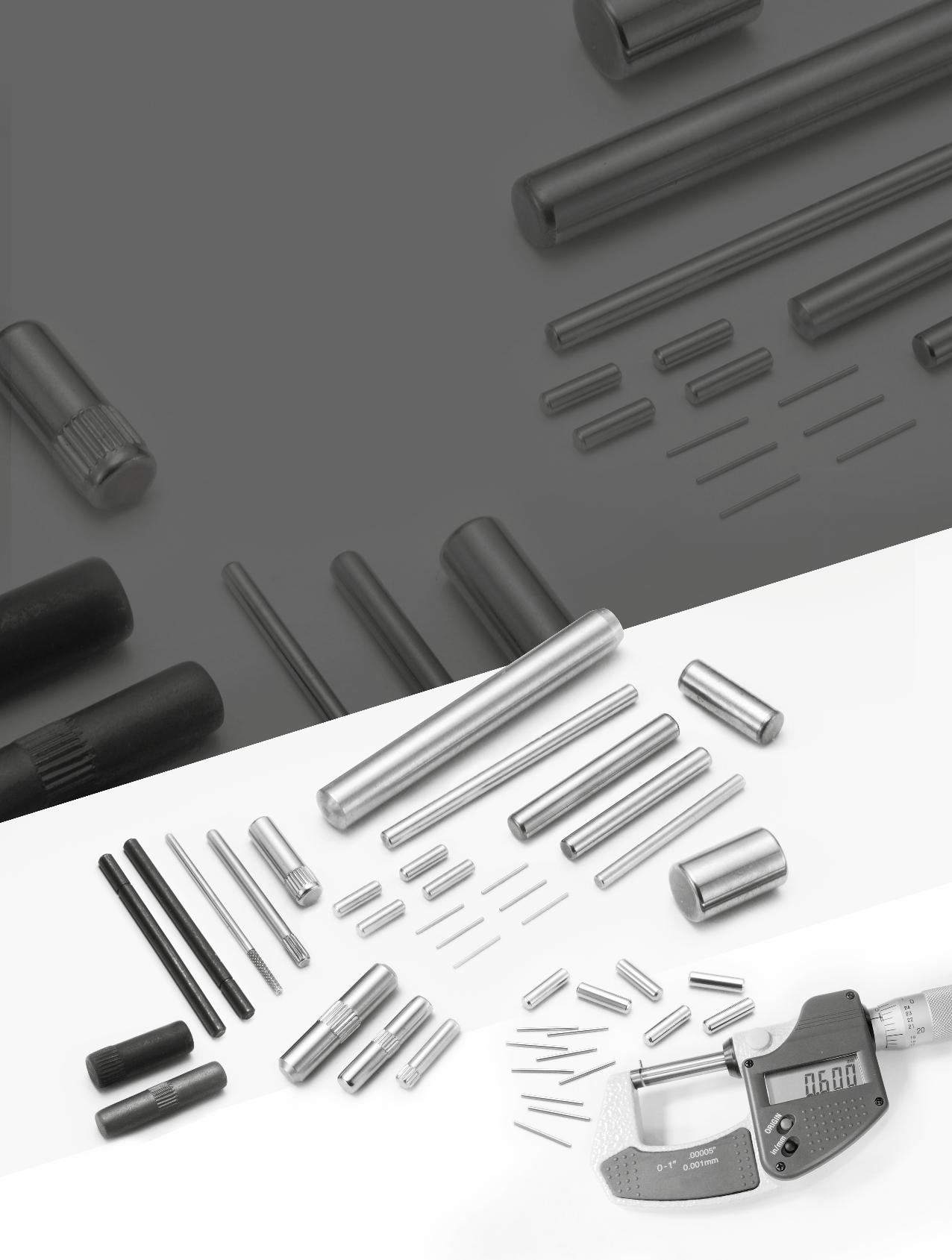

players in the market, the Slovenian automotive industry can provide sophisticated components and unique solutions.
Consequently, the market has created great opportunities for fastener manufacturers regardless of product types and materials. Either standard or specialized, there is a high demand for various types of fasteners. Fastener manufacturers and traders in the market mainly compete on the basis of product quality offered. Major players in this market focus on expanding their manufacturing facilities, R&D investments, infrastructural development, and leverage integration opportunities across the value chain. With these strategies automotive fastener companies cater to increasing demand, ensure competitive effectiveness, develop innovative products & technologies, reduce production costs, and expand their customer base.
In this section, we look into the value of imports and exports for major fastener products in Slovenia. Within the first quarter of 2022, Slovenia imported more than USD 41 million fasteners (i.e. screws, bolts, nuts, coach screws, screw hooks, rivets, cotters, cotter pins, washers, etc.) mainly from Germany, Austria, Italy and Serbia. This value reduced in the second quarter of 2022 to slightly lower than USD40 million (which is very close to the value of import in Q2 2021). Charts 1 and 2 show the value of imports since Q1 2021 from top exporters, as well as the value in total for each quarter.
The trend in fastener exports is very interesting. As illustrated in Chart 3, within a year, the trend for fastener exports is upward. Although the market has mainly faced with a deficit, in the second quarter of 2022 the fastener market (mainly screws, bolts, nuts, coach screws, screw hooks, rivets, cotters, cotter pins, washers, etc.) has recorded a very small trade surplus. This is because Slovenia imported about USD 39.9 million fasteners while exporting about USD 40.2 million during the same period.
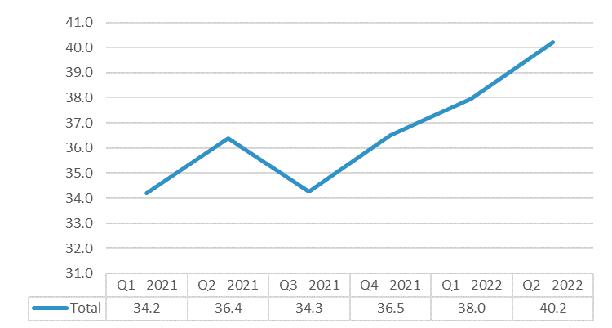
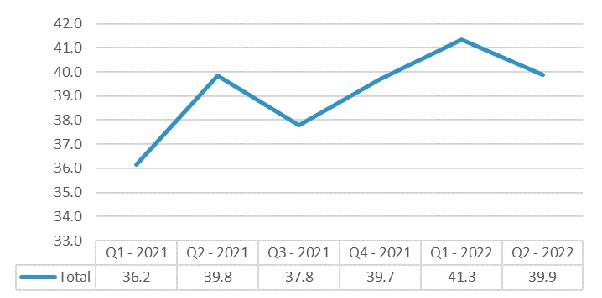
In terms of the market destinations, Chart 4 exhibits the top buyers of fasteners manufactured in Slovenia. As stated earlier, Germany has been listed on the top followed by Austria and Italy.

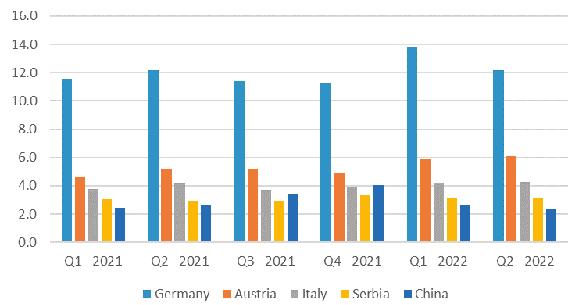
To wrap up, in Slovenia, the manufacturing industry (more specifically the automotive supply industry) is developing rapidly. The support and investment of the European Union is constantly increasing. However, there is not enough production to meet the requirements for the fastener sector yet. Therefore, Slovenia meets the need for fasteners and fixings mostly through imports, which means in this market great opportunities are waiting for fastener manufacturers and traders to expand their network through partnership or build their new manufacturing bases in this country.
Organisation for Economic Co-operation and Development, Slovenia Economic Snapshot 2022
Automotive Fastener Market: Trends, Opportunities and Competitive Analysis, by Lucintel
Slovenia Profile and Trade Statistics by The Observatory of Economic Complexity (OEC) & Trading Economics
ITC Trade Map, Trade statistics for international business development
Article by Shervin Shahidi HamedaniCopyright owned by Fastener World


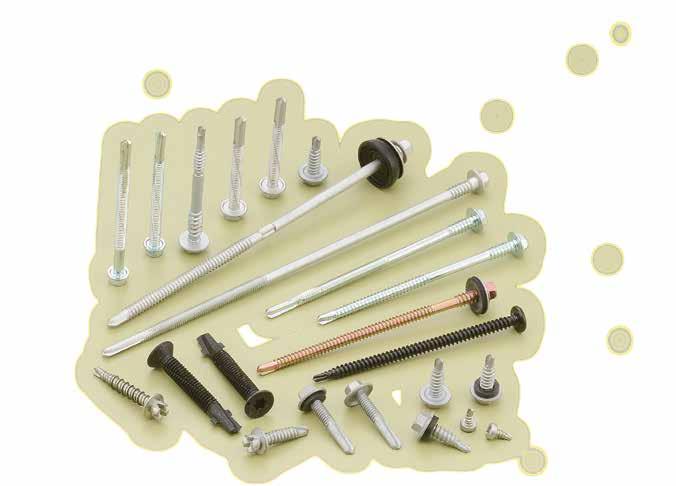

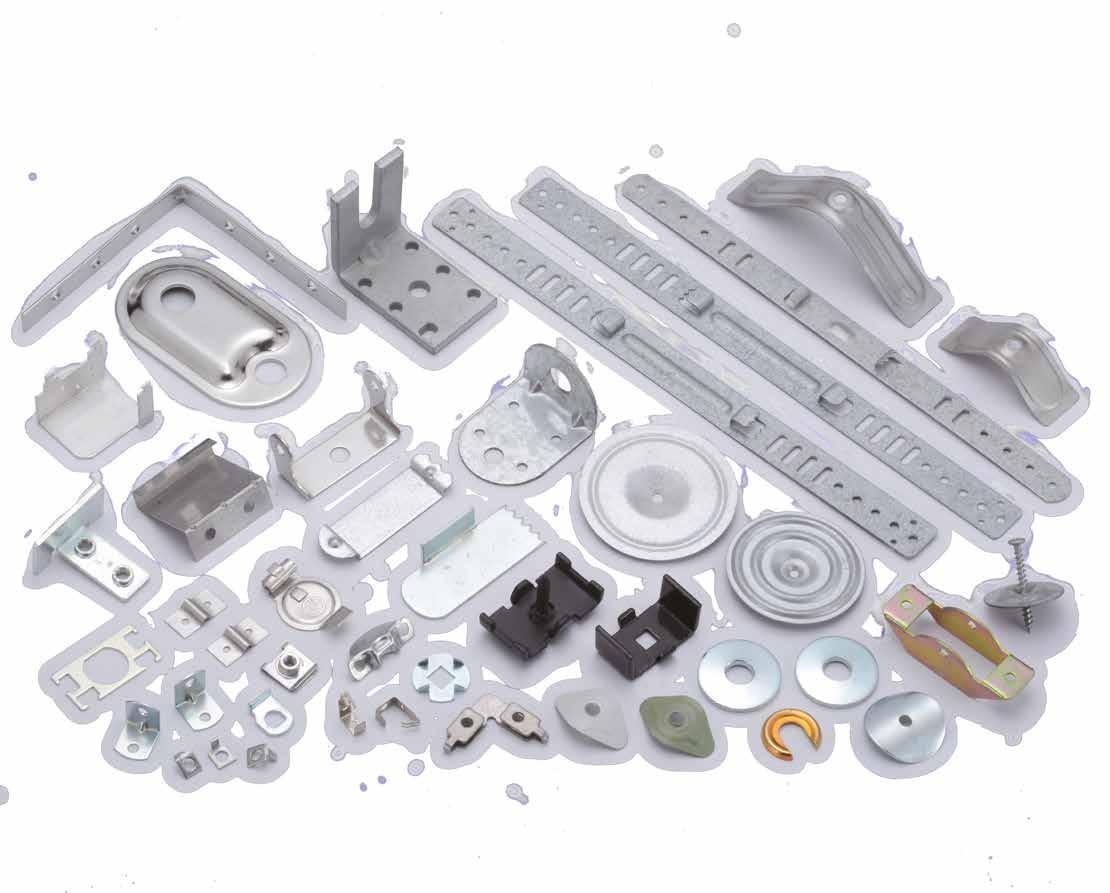


The Department of Statistics of Taiwan's Ministry of Economic Affairs has indicated that in 2022, Taiwan's export orders have been declining since July, with orders amounting to US$54.26 billion in July 2022, an annual decrease of 1.9%. In the second half of 2022, Taiwan's export performance was in a recession. Table 1 summarizes the events of 2022 and their impact on Taiwan.
Jan.
Feb.
1. RCEP came into force.
2. China's National Bureau of Statistics released data for 2021. The GDP growth was 8.1% a year, averaging 5.1% over two years, and slowed to 4% in the latest quarter.
1. Russia invaded Ukraine. The largest war in Europe since World War II.
2. US Biden administration announced severe economic sanctions against Russia.
3. The opening ceremony of the 2022 Winter Olympic Games was held at the National Stadium in Beijing, China.
1. Taiwan isn’t an RCEP member, so manufacturers exporting to Southeast Asia cannot enjoy favorable tariffs.
2. China's economic growth is slowing down.
1. Energy costs rose. Taiwan's electricity prices rose since July 1 and extra-high voltage electricity users faced an increase of 15%.
Mar.
1. Xi Jinping, General Secretary of the Communist Party of China (CPC), presided over a meeting of the Standing Committee of the Political Bureau of the CPC Central Committee, at which he called for a "dynamic clean-up" to curb the spread of the new epidemic as soon as possible.
2. Shanghai (China) implements regional and batch control, which is later expanded to a territory-wide static management.
1. More than 500 million new coronavirus cases and nearly 6.21 million deaths.
Apr.
1. Shanghai is the largest port in China, which has an impact on the import and export of some Taiwanese manufacturers.
2. Seriously affected the flow of goods in the supply chain worldwide.
1. The total infected population in the world (including the uncounted value) is estimated to be more than 1 billion people.
2. The overall immunity of the world is strengthened, and the impact of the new coronavirus is reduced. May.
1. Hong Kong postponed the 6th Chief Executive election, Li Ka-Chiu was elected as the Chief Executive with a record high vote share of over 99%.
1. China has tightened its control over Hong Kong after the "anti-China campaign".

1. Shanghai officially lifted the closure measures in response to the 2019 Coronavirus outbreak.
1. China's naval force is increased.
Jun.
2.Chairman of the Central Military Commission Xi Jinping signed an order releasing the "Military Non-War Action Plan" with immediate effect.
3. China's third aircraft carrier was launched at Jiangnan Shipyard and was named "Fujian Ship of the Chinese People's Liberation Army".
1. Sri Lanka officially becomes a bankrupt state.
2. The European Parliament approved the inclusion of nuclear energy and natural gas as environmentally sustainable green energy.
2. The eastern part of Taiwan will no longer be a safe area.
1. China's "One Belt, One Road" capital regulation is facing a test.
Jul.
3. U.S. inflation rate rose to a new high of 9.1%.
4. The U.S. passed the "Chip and Technology Act" to enhance its ability to compete with China for national power.
1. Speaker of the U.S. House of Representatives Nancy Pelosi visited Taiwan.
2. The Chinese People's Liberation Army (PLA) held a large-scale military exercise around Taiwan Island. The Chinese PLA held a large military exercise around Taiwan Island, and missiles flew over the island.
Aug.
3. China's General Administration of Customs banned the import of more than 100 Taiwanese food China’s Customs (GAC) banned the import of more than 100 Taiwanese food factories, and announced a moratorium on the export of citrus fruits, white mackerel and horse mackerel to Taiwan.
4. U.S. President Joe Biden signed the "Reducing Inflation Act of 2022".
1. India's first domestic aircraft carrier "Vikrant" was commissioned.
2. Russian President Vladimir Putin announced the launch of a partial military mobilization in Russia, mobilizing 300,000 citizens.
2. Inflation caused the U.S. Fed to adopt a rapid interest rate increase policy, and the cost of corporate capital increased significantly.
3. The economic war between China and the U.S. is heating up again.
1. Cross-strait relations are freezing rapidly, and military tensions are rising.
2. China's unilateral commercial sanctions against Taiwanese companies are expanding. Expanded implementation of commercial sanctions against Taiwan companies.
3. U.S. inflation is expected to slow down.
Sep.
3. Russia's Nord Stream gas pipeline project to Germany, Nord Stream 1 and Nord Stream 2, located in the Baltic Sea, exploded on the same day.
4. Queen Elizabeth II died.
Oct.
1. The First Plenary Session of the 20th CPC Central Committee elected a new member of the Political Bureau of the CPC Central Committee, and Xi Jinping was re-elected as General Secretary of the CPC Central Committee.
1. The world's population passed the 8 billion mark.
1. World military instability worsened.
2. European energy shortage, once again pushing up prices, weakening the purchasing power of the EU countries.
3. The UK's international influence decreases.
1. A new center of power was established in China and centralization of power became more centralized.
Nov.
2. Residents of Urumqi, Xinjiang, were extremely unhappy with the closure and fire for more than 100 days; the incident provoked a chain reaction among residents and quickly spread to the city.
3. The ruling Democratic Progressive Party set a record low number of votes since it first ran for office in 1989.
Dec.
1. In the third year of the "clearing" of the novel coronavirus, the "White Paper Movement" was launched throughout China, and the wave of demonstrations gradually spread, which is considered the largest Chinese assembly demonstration movement since the June 4 Incident in 1989.
1. The world's demographic dividend will help enhance commercial products demand.
2. The Chinese people are openly dissatisfied with the "Dynamic Zero" policy.
3. The people of Taiwan cast a vote of no confidence in the ruling DPP government.
1. The inconvenience caused by the long-term "zeroing out" has led to protests from the people and accelerated the departure or return of the Taiwanese businesses from China to Taiwan.
This article shows Taiwan’ s fastener export from January to October 2022. The total export value of steel screws, bolts, nuts, automotive screws, spiral hooks, rivets, pins, cotter pins, washers including spring washers and similar products falling within 7318 was US$5,247,514,000, and the total export weight was 1,380,425 metric tons. For relevant data, please refer to Table 2, which reveals Taiwan's fastener export from January to October 2022, and then compare the export value and weight of fasteners in 2022 with those in 2018, 2019, 2020, and 2021, as shown in Table 3, which reveals Taiwan's fastener export statistics from January to October 2018 to 2022. The data shows that both the export value and the quantity appeared a significant growth. Compared with 2021, the export value increased by 21.52%, and the export volume increased by 3.22%, showing that in 2022 the export performance of Taiwan's fasteners was still
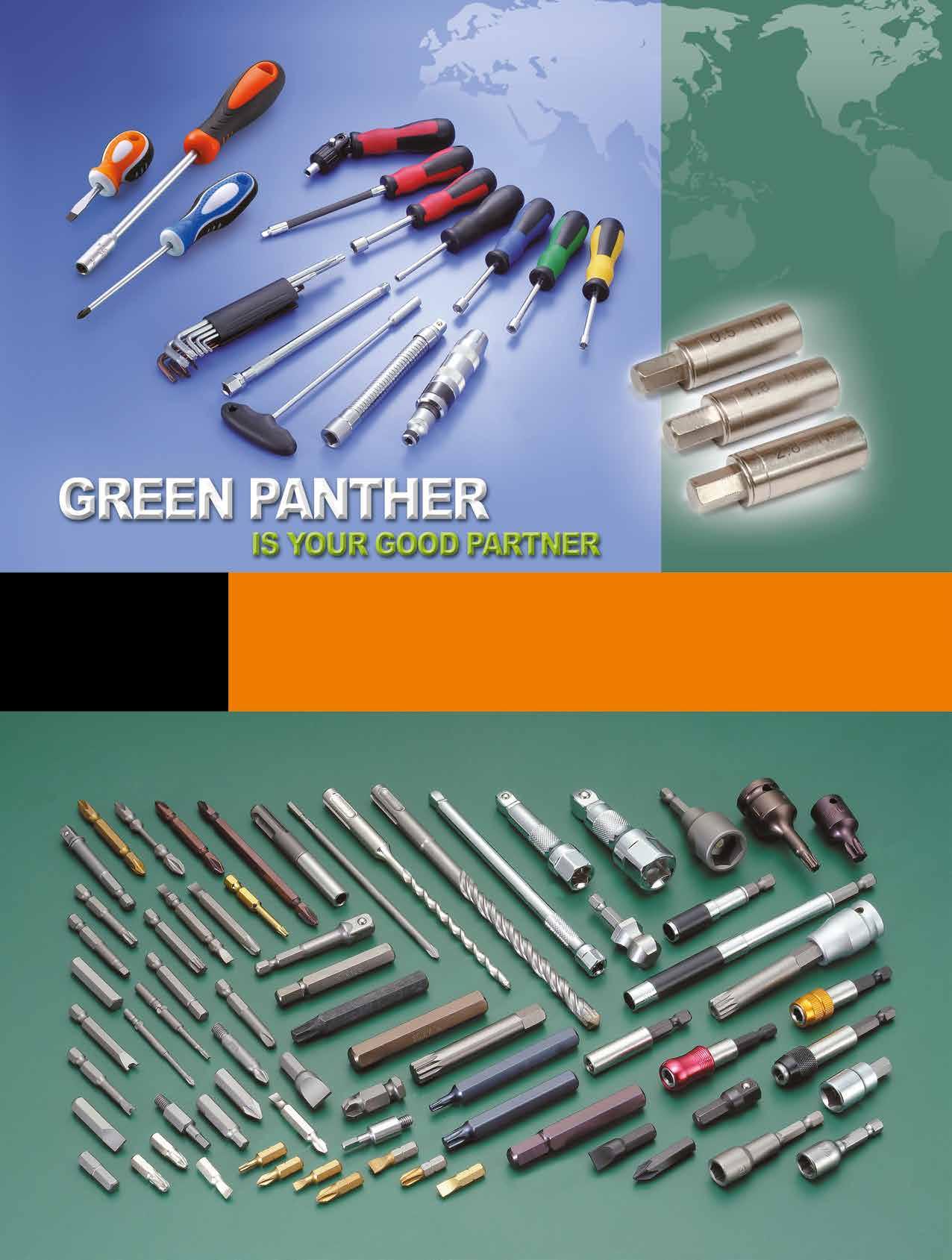
very prosperous. However, this data is different from the current market situation. The author also counted the export weight statistics from 2018 to October 2022, as shown in Table 4 It is very clear to see that before June 2022 Taiwan fastener industry was busy in digesting the orders accepted in 2021, so the export volume climbed high. However, since July, the demand in the United States, Europe and other markets declined, and the number of new orders decreased. Compared with 2021, the export weight began to reverse and decline. These data do reflect the current situation of Taiwan fastener market.
According to Table 3 showing Taiwan's fastener export, before the start of the USChina trade war in 2018 and 2019, the export of Taiwan fastener industry was declining year by
year regardless of the value or volume due to competition from mainland China. However, since the US President Trump imposed high tariffs on China, US orders were switched to Taiwan. "China-EU Investment Agreement" was also suspended because of China's human rights issues in Xinjiang and China's sanctions against Europeans. At the same time, the EU also imposed an arms embargo and multiple anti-dumping measures against China. Therefore, lots of fastener orders from the US and Europe were switched to Taiwan in 2021. It even took up to 8 months for Taiwanese fastener manufacturers from taking orders to delivery. After the war between Russia and Ukraine launched in 2022, the rapid demand increase caused severe inflation in the United States and Europe due to the rapid rise in energy prices. The rising prices restrained the purchasing power of consumers. The demand in the European and American markets has begun to tighten, and foreign orders for Taiwan's fasteners have also begun to decline. After digesting the backlog of orders, the export volume began to decline in July 2022.
From the above, we can clearly understand that the profits and losses of Taiwan fastener industry are inseparable from the international political, financial, and economic environments. In management science, IPEST is often used as an environmental analysis tool to explore the possible impact of the external environment on business operations from these five aspects. IPEST refers to five key factors: International, Politics, Economy, Socio-cultural, and Technology. International factors include international politics. Of course, the relationship between China and the United States has the greatest impact on Taiwan, and US dollars have the most influential power over the international exchange rates. Political factors include tax policies, labor laws, environmental regulations, trade restrictions, tariffs, and political stability. Economic factors include economic growth, interest rates, exchange rates and inflation rates. Social factors typically focus on health awareness, population growth rates, age structure, work attitudes and safety needs, as well as cultural perspectives. Technological factors focus on R&D activities, automation, technological incentives and the speed of technological development. In this article, the IPEST analysis of Taiwan fastener industry in 2023 is shown in Table 5
Based on Table 5. 2023 IPEST analysis table of Taiwan fastener industry, I then sorted out Table 6. showing external opportunities and threats of Taiwan fastener industry in 2023.

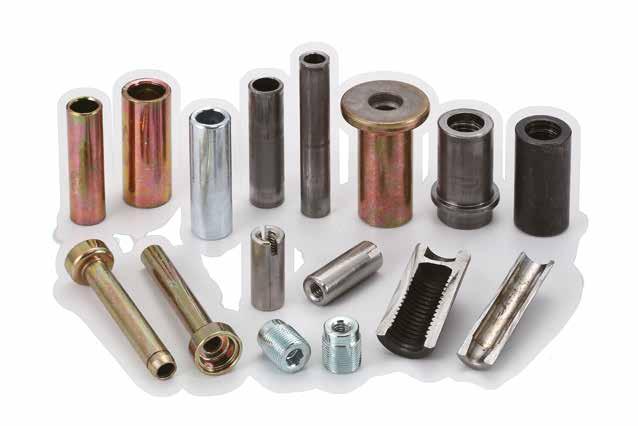


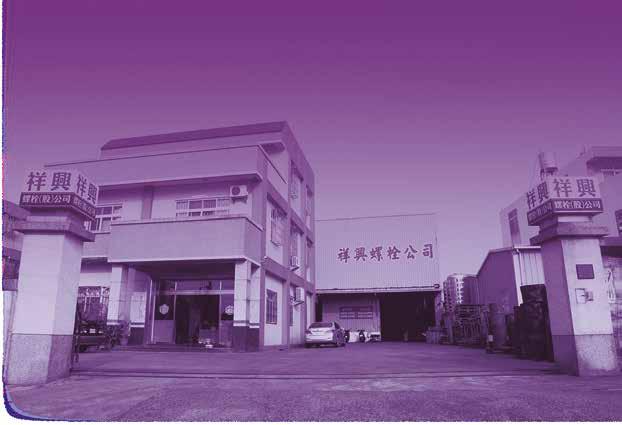




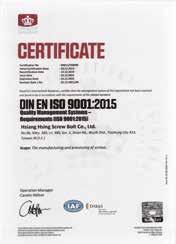
Negative Impact
1. The trade war between China and the United States continues to heat up, shifting orders from China to Taiwan.
2. The short-term political turmoil of China's "White Paper Movement" is favorable to transfer Chinese orders to Taiwan.
3. As Europe and the United States are de-sinicized, orders made to China were transferred to Taiwan.
1. It's hard for Taiwan to join the world's economic partnership agreements.
2. The distance between Taiwan and China is getting farther, and the risk of cross-strait military conflicts is increasing.
3. The war between Russia and Ukraine continues to affect the world’s economic recession.
4. Inflation affects international demand and reduces orders.
Positive Influence
Negative Impact
Positive Influence
Socio-cultural
Negative Impact
Positive Influence
Negative Impact
Positive Influence
Technology
Negative Impact
1. Action plan 3.0 for welcoming Taiwanese businessmen to invest in Taiwan. The National Development Fund will set aside NTD 210 billion, and Taiwan Government will pay the transaction fees.
2. The Energy Bureau of the Ministry of Economic Affairs promulgated the "Key Points for Power and Public Equipment Subsidy Operations (2021)" to update auxiliary equipment.
1. China's ban on the import of certain products from Taiwan.
2. Taiwan’s ruling party DPP lost the election in 2022, resulting in a political instability.
1. The depreciation of the New Taiwan Dollar is favorable to export.
2. Compared with Europe and the United States, the price increase in Taiwan is properly controlled.
1. Loan interest rates rise, increasing capital costs.
2. Electricity costs rise, increasing manufacturing costs.
1. The impact of Covid-19 on Taiwan has been greatly reduced.
2. The loosening of borders is favorable to the promotion of international trade.
1. It is difficult to find employees due to a declining birth rate, and wages are rising year by year.
2. The age of technical staff is relatively high.
1. Smart production technology is mature.
2. The technology of electric vehicles is mature, driving the demand for electric vehicle fasteners.
1. The machines of some manufacturers are old and have insufficient precision.
2. Insufficient R&D investment in Taiwan fastener industry.
Based on the above-mentioned IPEST, opportunity and threat analysis, I sorted out the trends of Taiwan fastener industry in 2023 into five parts:
If this war cannot end in the near future, it will continue to affect energy prices, inflation, interest rates, negative economic growth, and food shortages. When the main customers in Europe and the United States face the above-mentioned difficulties, the overall demand will decline. It is a negative factor for Taiwan fastener industry.
As the Central Banks of many countries raised interest rates to curb inflation under the dominance of the U.S., the world's major economies fell into a recession. The decline in purchasing power of consumers is a negative factor for Taiwan fastener industry.
When Taiwan fastener industry faced a power outage, most companies did not have temporary power generators for immediate use for their production equipment. The more Taiwanese investors return, the more electricity demand will be produced, and the increase in overall electricity consumption will be a negative factor for Taiwan fastener industry.
President Biden decided to extend the tariff increase on China, and the United States has not stopped the trade sanctions against China for five years. The effect of transferring orders from China is a positive factor for Taiwan fastener industry.
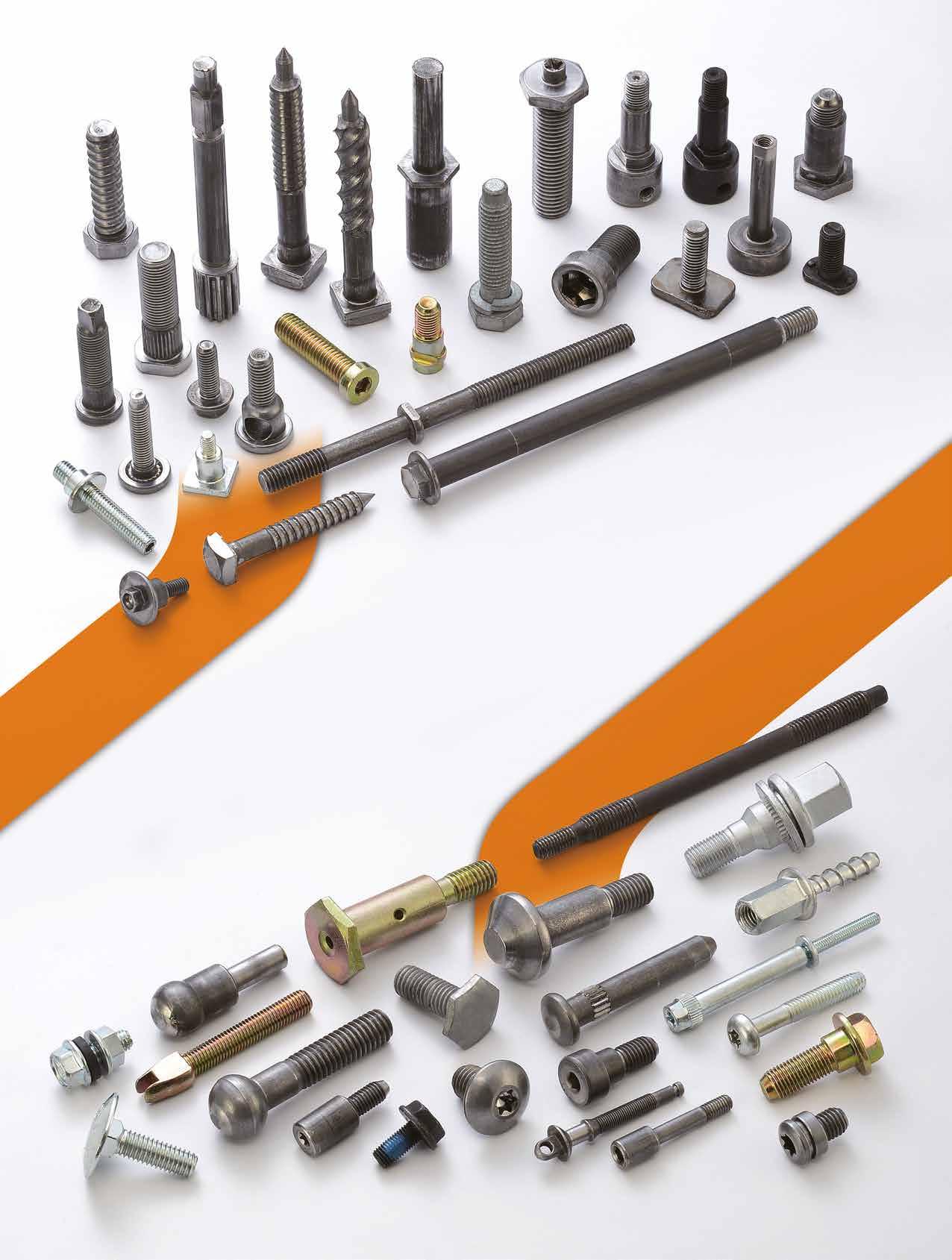
1. The economic war between China and the United States continues to heat up, shifting orders from China to Taiwan.
2. The short-term political turmoil of China's "White Paper Movement" is favorable to transfer orders from China to Taiwan.
3. De-Sinicization of Europe and the United States, causing transfer of orders from China to Taiwan.
4. The depreciation of New Taiwan dollar is favorable to export quotations.
5. Compared with Europe and the US, the price increase in Taiwan is properly controlled.
6. The impact of Covid-19 on Taiwan has been greatly reduced, and the loosening of borders is favorable to the promotion of international trade.
7. Intelligent production technology is mature.
8. The technology of electric vehicles is mature, driving the demand for electric vehicle fasteners.
9. The government promotes the "power and public equipment subsidy operation".
1. It's hard for Taiwan to join the world's economic partnership agreements.
2. The relationship between Taiwan and China is getting worse, and the risk of cross-strait military conflicts is increasing.
3. The war between Russia and Ukraine continues, and the short-term energy shortage problem cannot be improved.
4. Inflation affects international demand and reduces orders.
5. China's ban on the import of certain products from Taiwan.
6. Taiwan’s ruling party DPP lost the election in 2022, resulting in political instability..
7. Loan interest rates rise, increasing capital costs.
8. Electricity costs rise, increasing manufacturing costs.
9. It is difficult to find employees due to a declining birth rate, wages are rising year by year, and the age of technical workers is relatively high.
10. Some manufacturers' machines are old and have insufficient precision
11. Insufficient R&D investment in Taiwan fastener industry.
As geopolitical tension across Taiwan Strait heats up, China may take the opportunity to step up military operations against Taiwan. China's long-term "dynamic zeroing" policy has been protested in the "White Paper Movement" at the end of 2022. It is expected that China will reduce the intensity of epidemic control. It is expected that the impact of this movement will not be too long. However, during this period of time, it will accelerate the departure of Taiwanese businessmen and the transfer of orders from European and American customers, which is a positive factor for Taiwan fastener industry.
From Table 6 showing opportunities and threats of Taiwan fastener industry in 2023, it can be seen that Taiwan fastener industry will face a threat in 2023 greater than the opportunity. Since this article cannot assume the status of a single company, the countermeasures that Taiwan fastener industry can take to face the opportunities and threats in 2023 are summarized as follows:
1. Due to the de-sinification of Europe and the United States and the short-term political instability in China, orders from China will continue to be transferred out. Taiwanese fastener companies should actively send business personnel to visit customers abroad and participate in international exhibitions to quickly increase the number of orders transferred.
2. The Russia-Ukraine war continues, international energy will remain at a high level, and Taiwan’s electricity bills will continue to rise in the long run. Enterprises should not only focus on “energy saving and carbon reduction” as a work target, but also bring funds into a “low-carbon economic model.” It is also an option to purchase energy-saving equipment and technology, and apply for government subsidies.
3. Invest in R&D and innovation to strive for new fastener markets, such as the electric vehicle fastener market, etc.
4. Invest funds, replace old machines, improve product precision, improve overall quality and strengthen international competitiveness.
5. In response to rapid changes in international exchange rates, pay attention to the risk of capital allocation and account receivables.
Under the rapid interest rate hike in the United States in 2022, the domestic inflation in the United States has been effectively suppressed. In 2023, it is expected that there will be no more rapid interest rate rises, and a policy of slow interest rate rises will be adopted. However, high interest rates cannot be avoided. The era has come. With a large amount of capital withdrawn from circulation, corporate capital allocation and account receivables management will be issues that Taiwan fastener players must pay much attention to in 2023.
The external environment changes rapidly in the 21st century. The changes in 2019-2022 are like riding a roller coaster for Taiwanese companies. During this period, they have experienced epidemics, port closures, container shortages, inflation, rapid exchange rate changes, military tensions across Taiwan Strait and other events, despite the turbulent waves, everyone still gritted their teeth and survived. In the face of 2023, as long as Taiwan fastener industry can carefully analyze the impact of the internal and external environment on their company, integrate the company's internal advantages and disadvantages with external opportunities and threats, and find out countermeasures, I believe that 2023 will be a year full of hope and light.
by Dr. Wayne Sung Copyright owned by Fastener World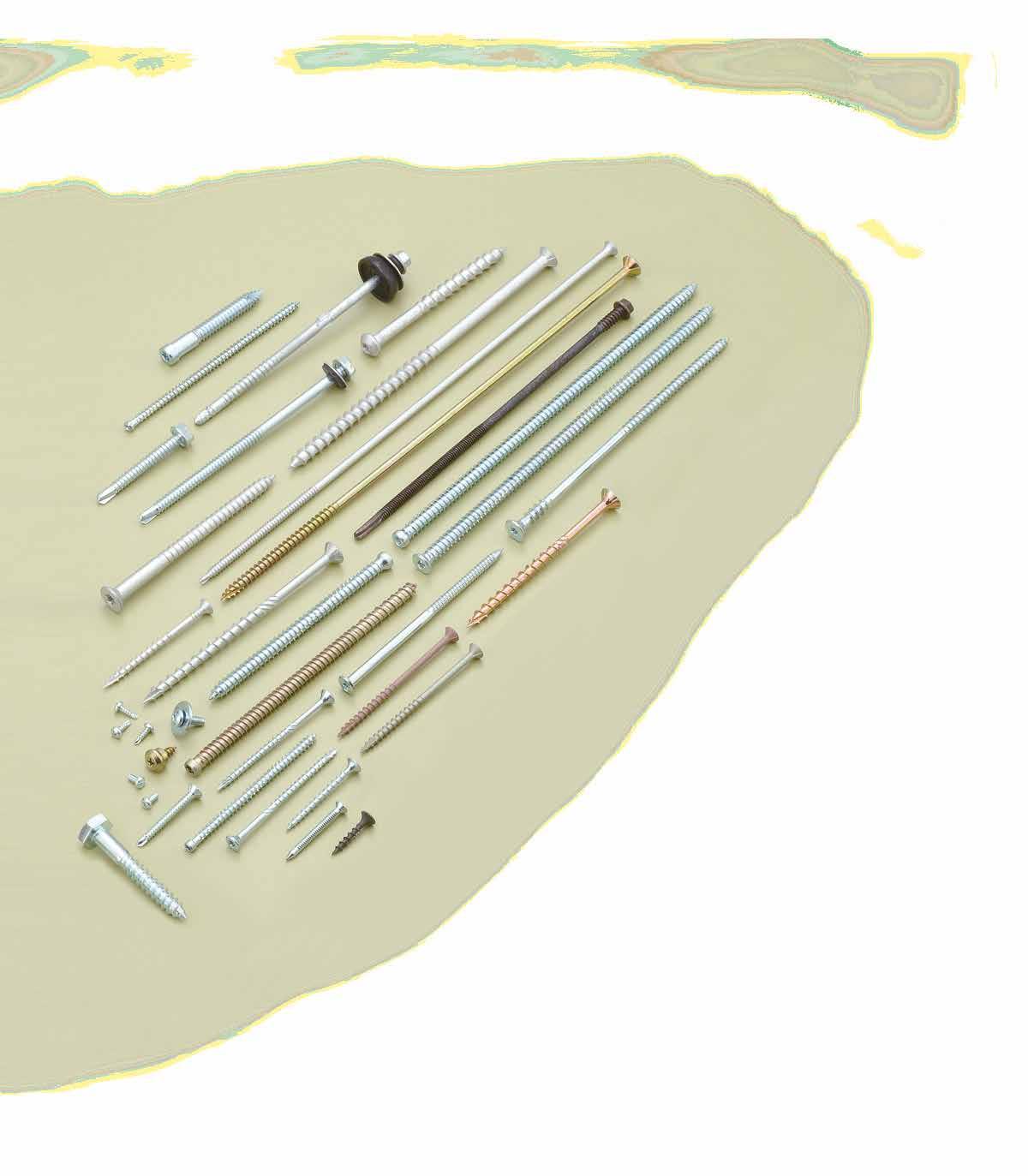
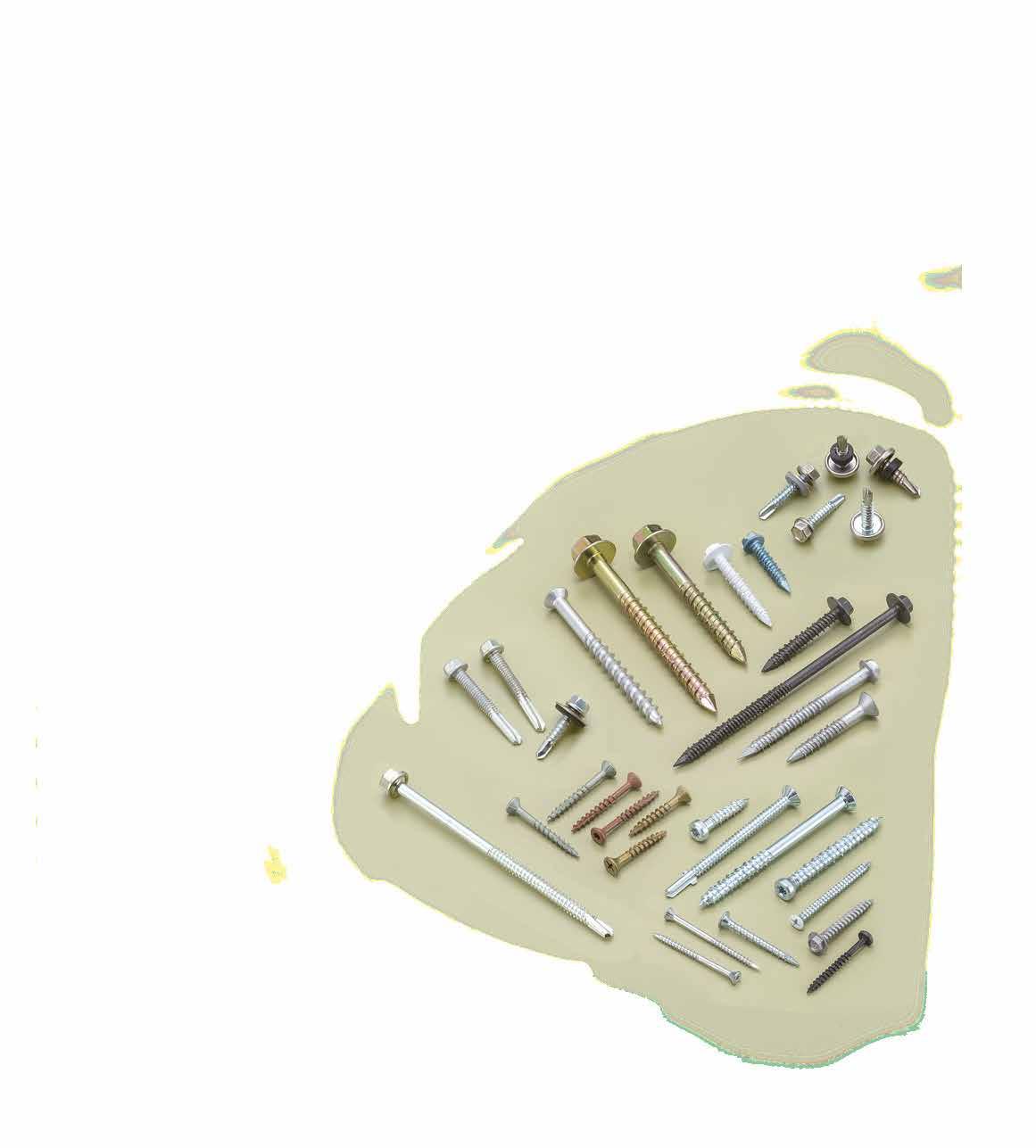


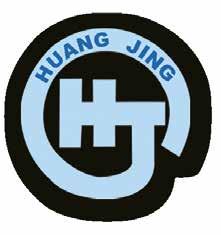

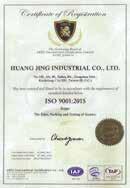

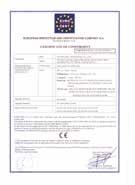

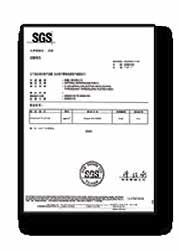
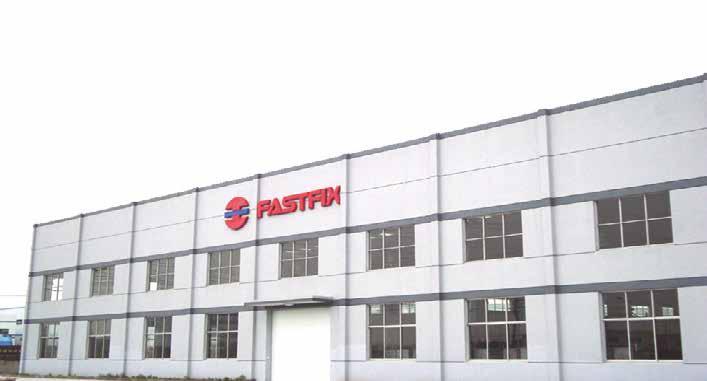

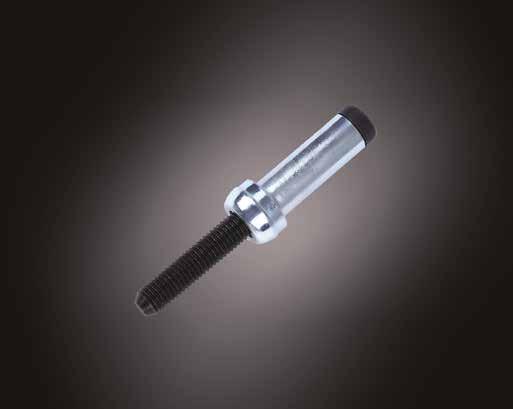
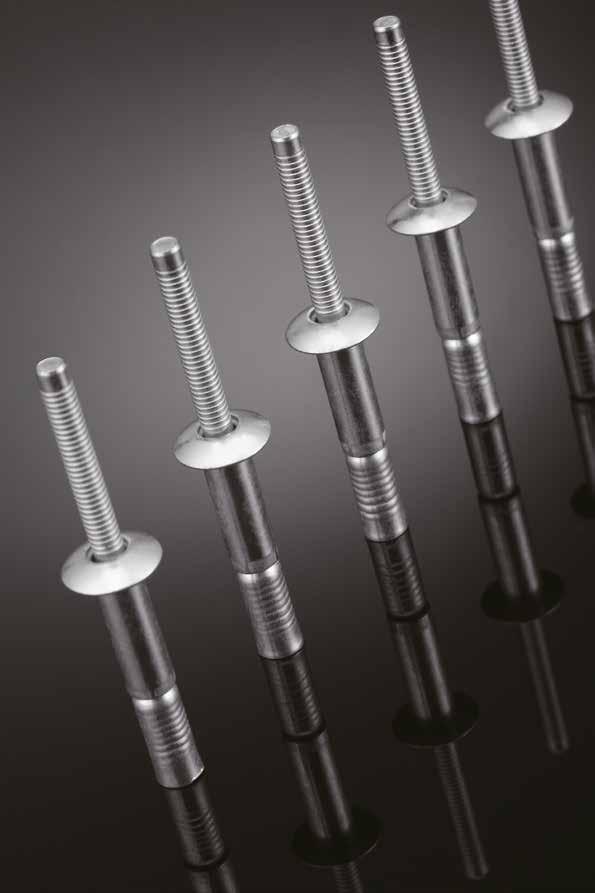


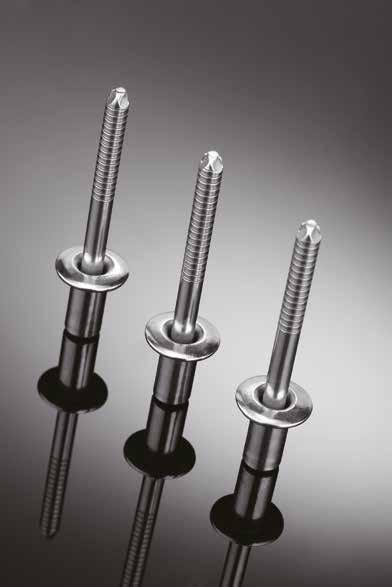
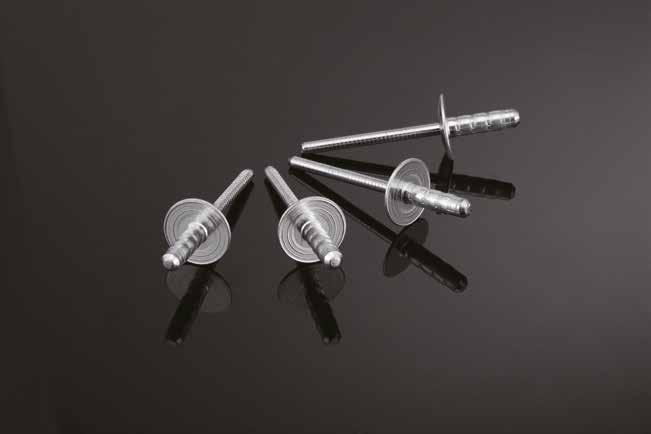
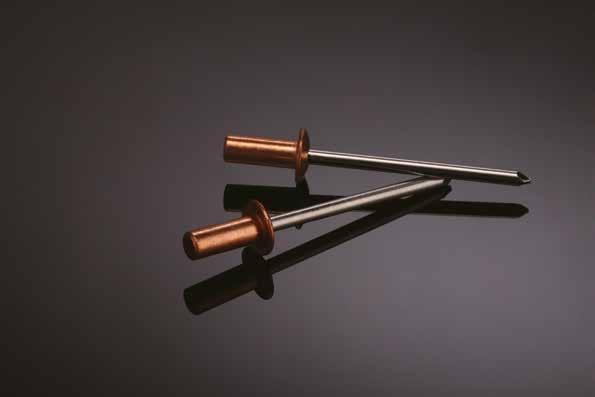
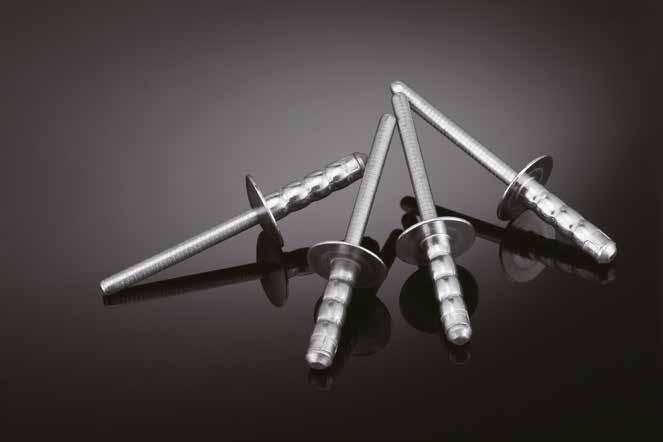
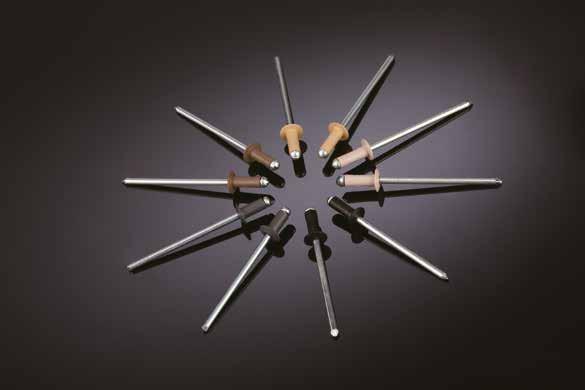
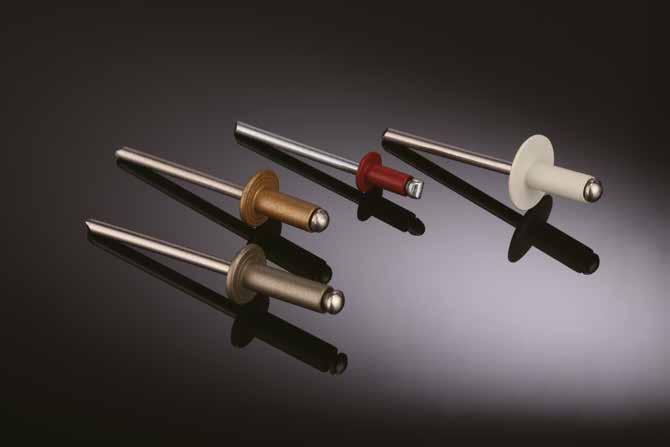
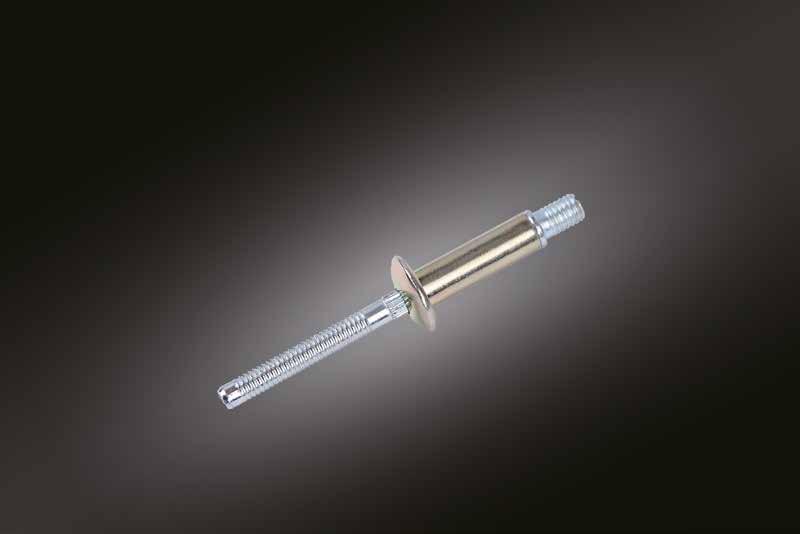
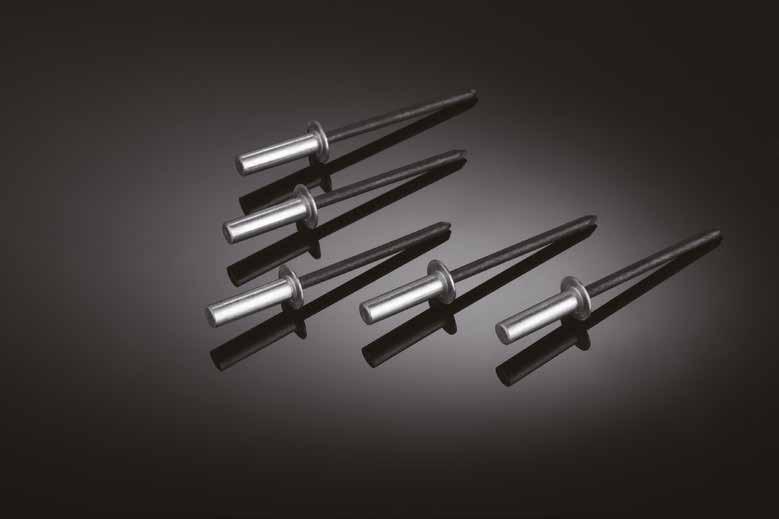
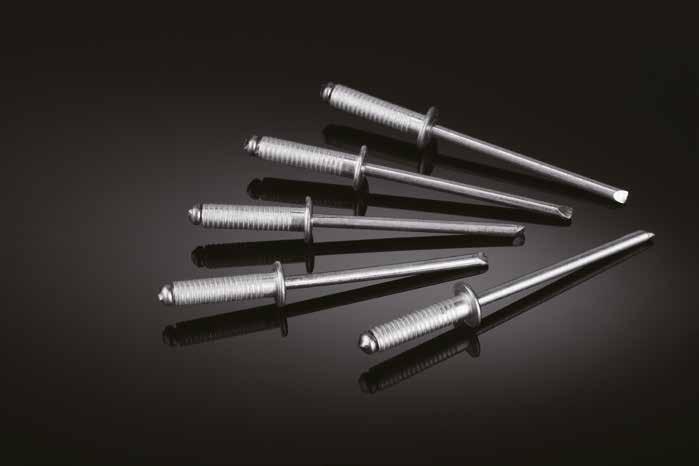
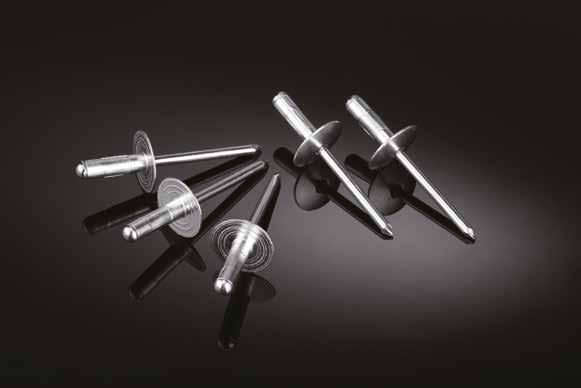
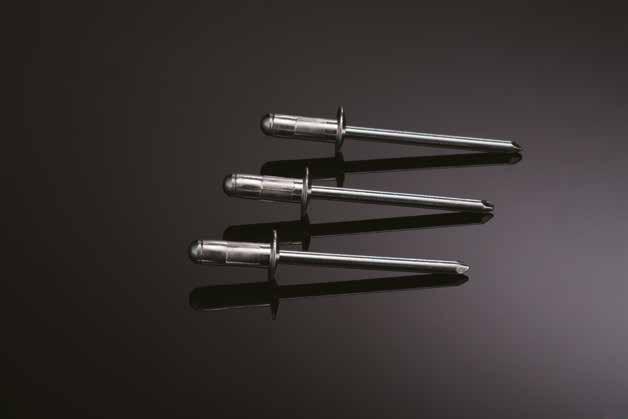
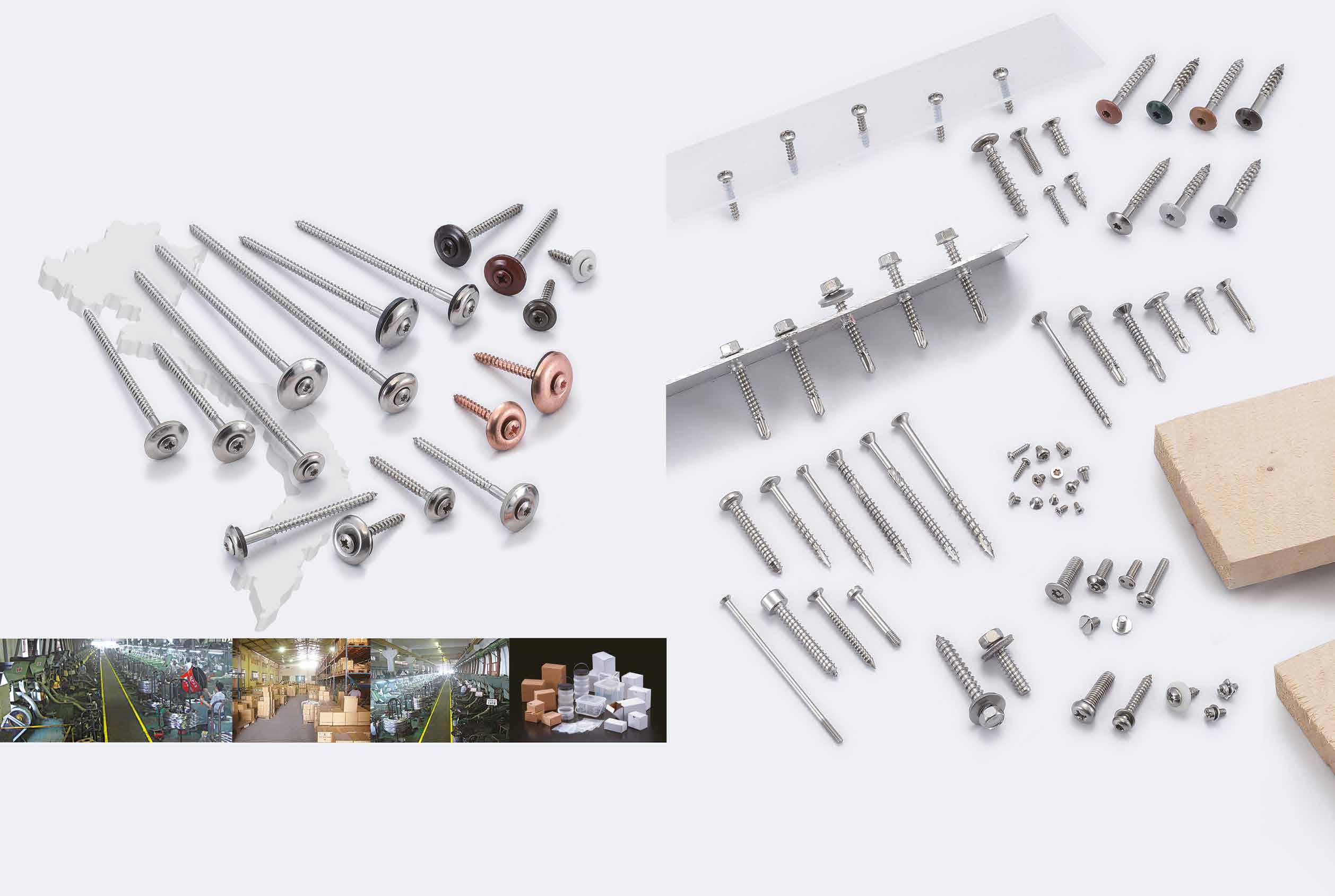


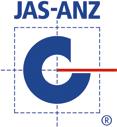

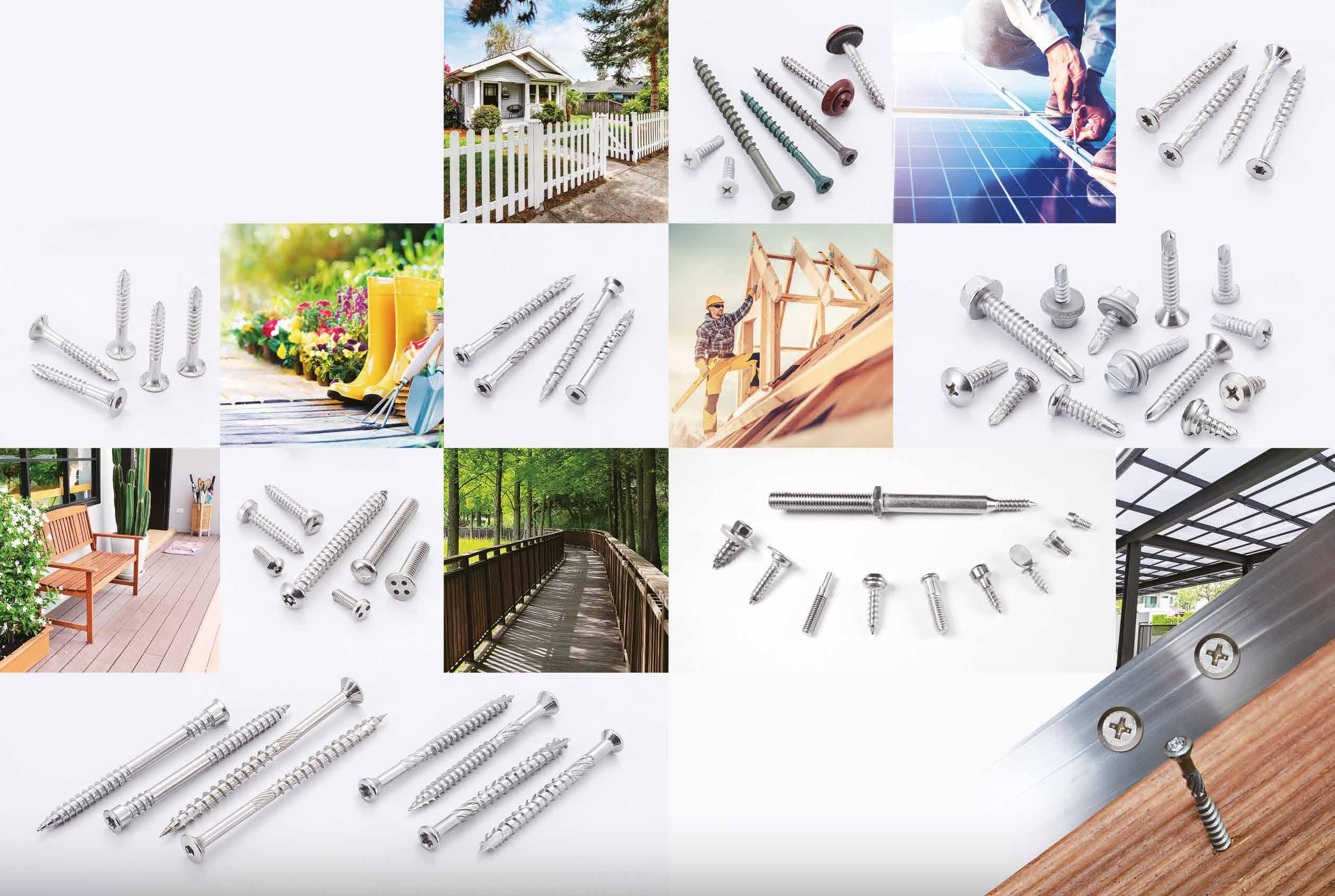



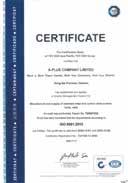

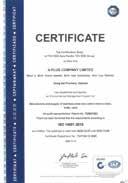
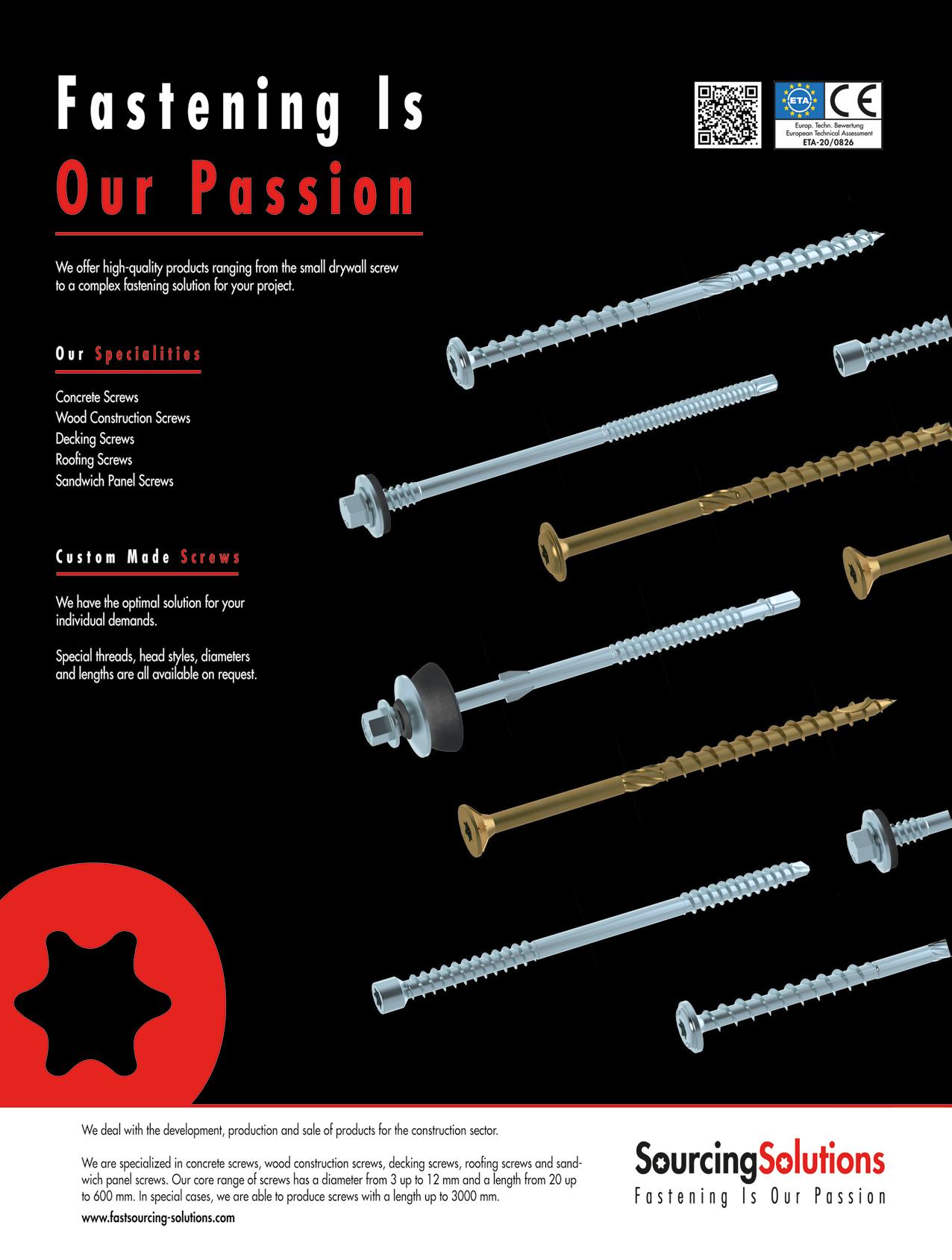

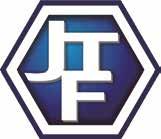



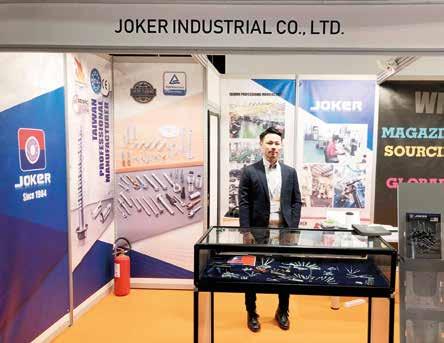



2022 was the third edition of Fastener Fair Italy which attracted exhibitors not just from Italy, but also from Germany, Turkey, Japan, Taiwan and China. A small regional show as it was, many benchmark Italian companies attended. It is fair to say this show was the right medium to observe the whole Italian fastener industry. Many exhibitors had attended this show before and appeared again. Taiwanese exhibitors not only included Fastener World Inc., but also included Joker Industrial, Fontec Screws, and Chite Enterprises. Chinese exhibitors included ZDI Supplies, Yuyao Alfirste, Foshan City Guangqingchang Metal, etc. Achilles Seibert, Ambrovit, Beneri, Fixi, and Growermetal were also present and attracted lots of visiting buyers who made inquiries.
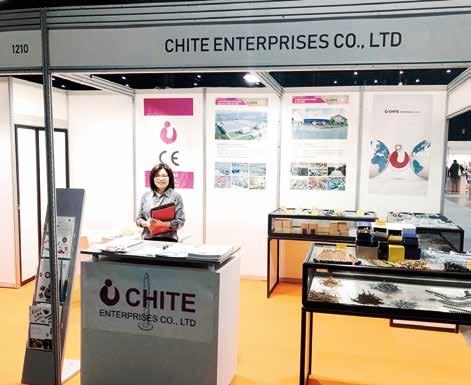
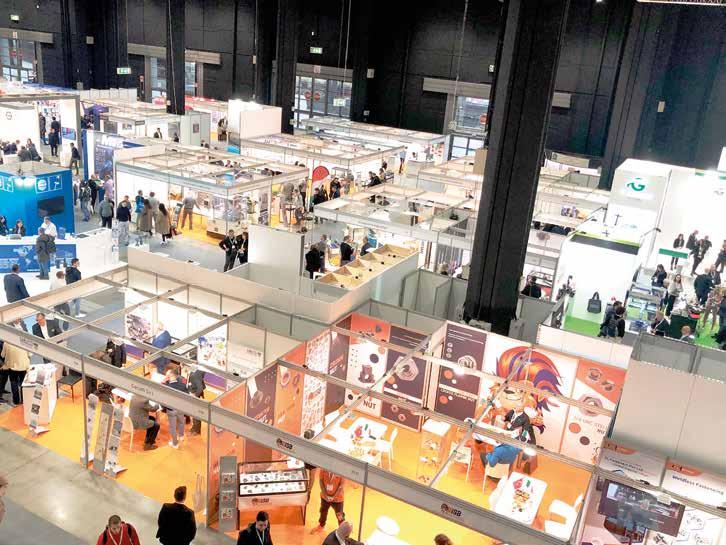
Fastener World's correspondent observed high foot traffic right after the door opened for the first day of the show. Our correspondent saw the inpour of visitors coming for our publications, and recommended them the advertisers in our publications, particularly the popular 2023 Suppliers Directory included in our November 2022 magazine. The directory contains various products listed by hundreds of companies. Quite a lot of visitors who got their directory on hands told us: “This is really handy.”
Through conversation with these visitors, the correspondent noticed construction and automotive products were highly sought-after in 2022. Especially companies certified to CE and other European certificates were the top choices for buyers to consider collaboration with. This show attracted local Italian buyers and those from Bulgaria, Turkey, Albania, Austria and other surrounding countries.
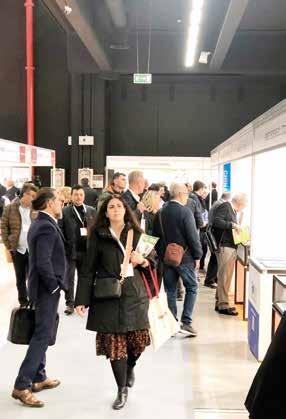
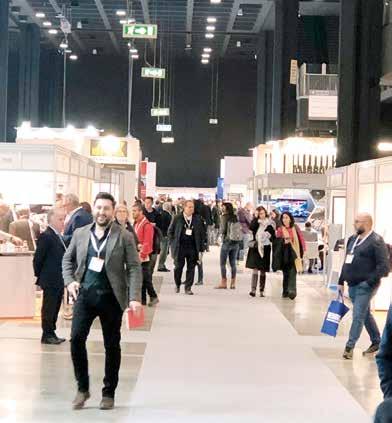
Besides that, the organizer arranged 10 sessions (presented in English or Italian) across the two-day (Nov. 30 – Dec. 1, 2022) show where benchmark companies and figures of the industry were invited to talk on wind power fasteners, electroplating/coating, construction fastener regulations and many more.
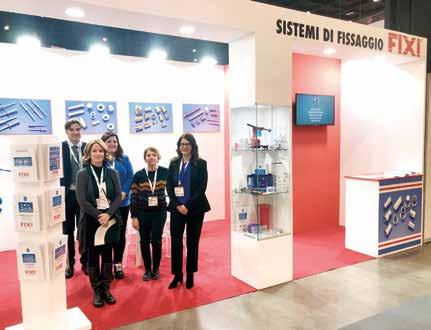
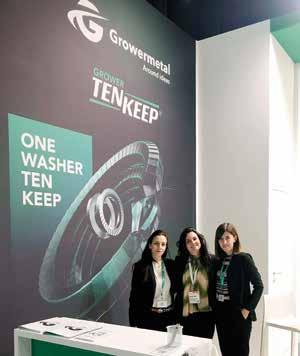
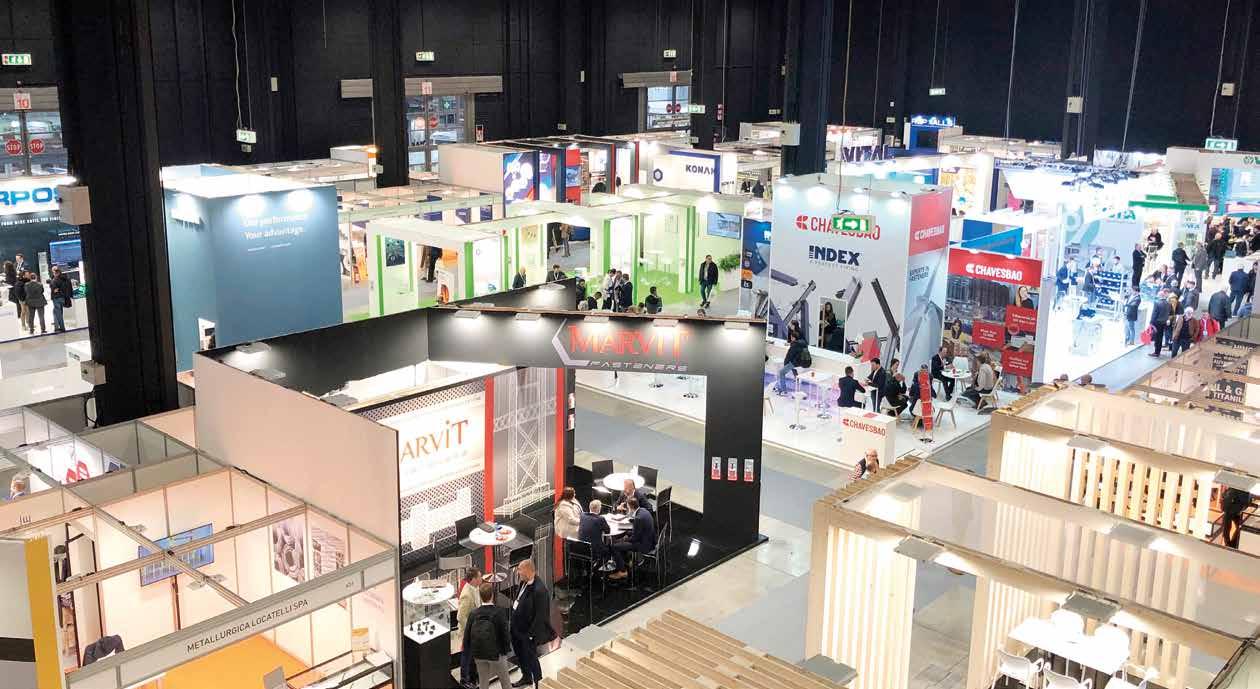
For more exhibition info, please visit www.fastener-world.com
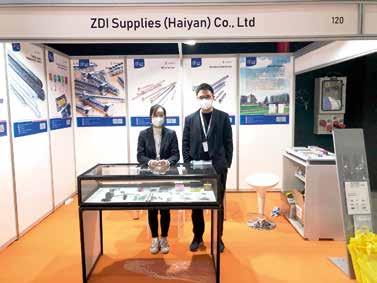

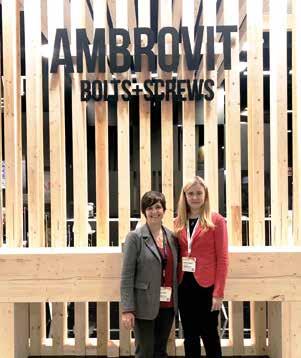
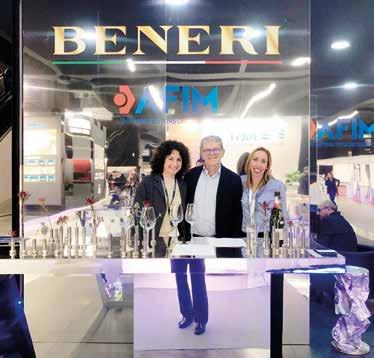
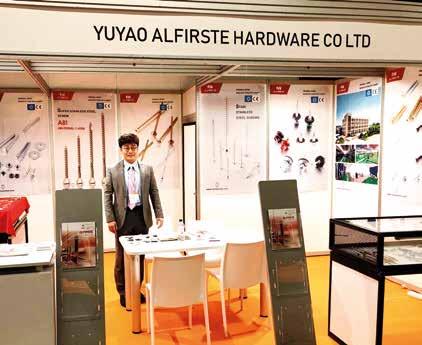




In 2021, 16.33 million units of cars were produced in major European countries, down 3.6% from the same period of 2020 and the European automotive industry continued to be affected by multiple factors such as the continuation of the epidemic and the lack of automotive chips, resulting in a stagnant supply of parts and components, which hindered the assembly and sales of complete vehicles and continued the recession in the second half of 2020. The main reason for the decrease in the number of automobile production was the slowdown of the production of Southern European countries, and the decline of 6.7% in Western European countries compared with the same period of the previous year. As observed from the major automobile producing countries, 8.013 million passenger
cars were produced in major Western European countries in 2021, including 3.096 million passenger cars in Germany (11.9% reduction), 1.662 million passenger cars in Spain (7.7% reduction), 918,000 passenger cars in France (1.1% reduction), 860,000 passenger cars in the United Kingdom (6.6% decline), and 442,000 passenger cars in Italy (2.2% reduction).
The European automotive industry is suffering from high inflation and supply chain problems. In June 2021, the sales of passenger cars fell to the lowest since 1996. Sales in some car manufacturers plummeted by nearly half. The data from the European Automobile Manufacturers Association (ACEA) show that the sales of passenger cars in Eurozone fell 17.1% to 1.07 million units in June, and in the same month, the sales of passenger cars in EU fell 15.4% to 886,000 units. The four major automotive markets in the European Union, including Spain, Italy, Germany and France, all showed a decline in the sales of passenger cars. In 2021, the sales of passenger cars in Germany fell by 18.1%, Italy by 15%, France by 14.2% and Spain by 7.8%.
According to the observation of automobile manufacturers, German VW was the hardest hit, with sales falling by nearly 25.2% year-on-year in June. Stellantis posted the biggest decline in the first half of the year, with sales falling by 21.1%. Volvo's sales fell 47.9% in June and 28.5% in the first half of the year. Jaguar sales fell 13.2% in June and fell 34.7% in the first half of the year. Hyundai increased by 11.5% to 470,000 units. Japanese Toyota decreased by 4.9% to 320,000 units, ranking sixth in the market share, Nissan decreased by 14.3%, Mazda decreased by 20.5%, and Honda increased by 11.7%. In addition to inflation and supply chain problems, the recovery of the epidemic in some countries, coupled with the shortage of chips, continues to plague the European automotive industry, and the sales of cars have fallen for 12 months consecutively.



Although car manufacturers such as VW and MercedesBenz have said that the semiconductor shortage is gradually easing, they need to slowly increase production, and they are also adjusting and increasing car prices in response to soaring raw material and energy costs. Market research firm, LMC Automotive, predicts that the automotive industry may not be able to overcome supply constraints in the short term. With the worsening economic outlook, demand for cars has weakened in recent months, and there are growing concerns that German factories may close due to energy shortages, dragging down the main supply chain. The manufacturers have chosen to increase prices and focus on selling higher-priced cars to make up for lost sales, a strategy that may be limited as inflation rises and consumers cut back on spending.
On the other hand, the German Automotive Industry Association (VDA) announced that the sales of global new cars of German automakers in the first half of 2022 would decrease by 13.7% in Europe, but increase by 3.7% to 1.02 million units in China and by 15.9% to 1.83 million units in India. Due to the strong demand and a good parts supply chain system, German automakers' sales in China and India are growing. Figure 1 shows the comparison of production and sales of passenger cars in major European countries.



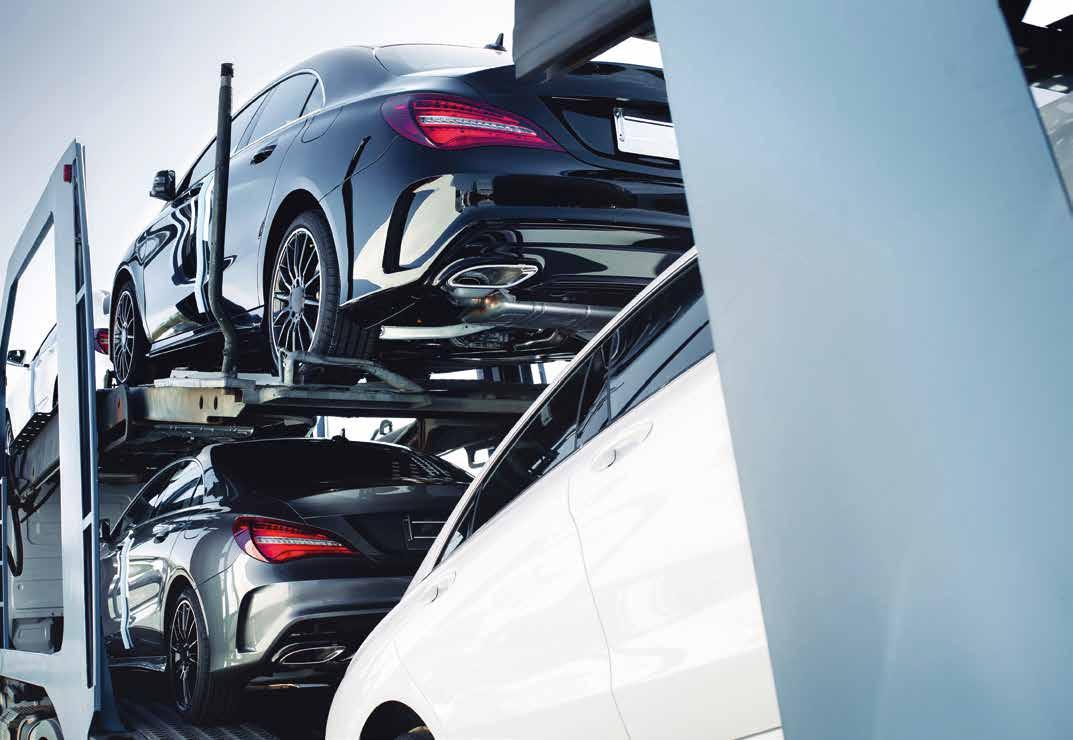
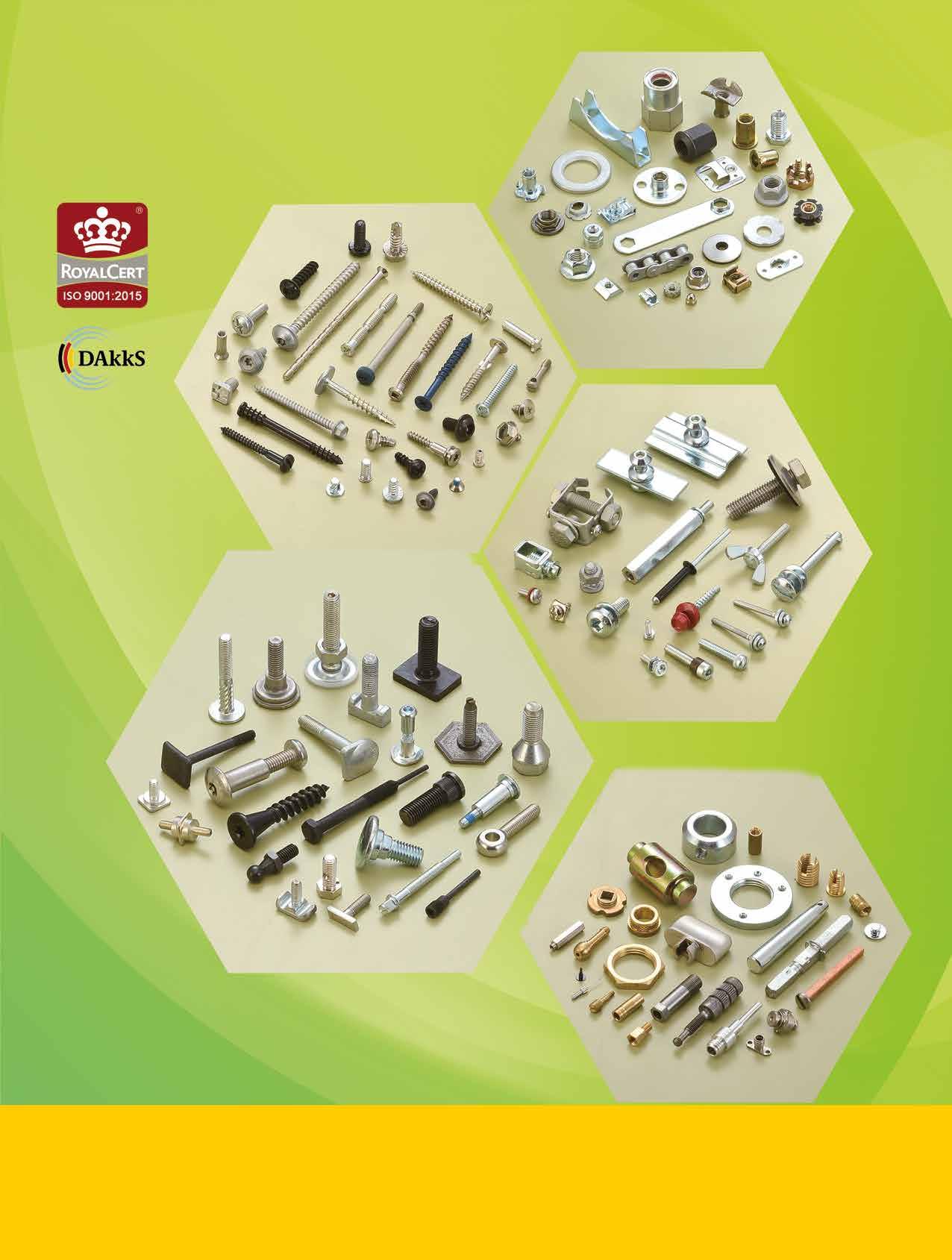





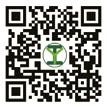

The sales of electric vehicles in Europe grew 31% in the first half of 2022. The European passenger car market continues to experience difficult times, as the latest figures released by JATO Dynamics show that the number of passenger car registrations fell by 14% compared to the same period in 2021, with 5.54 million units sold in 27 European countries. Avoiding further declines is largely dependent on the performance of sport utility vehicles (SUV) and electric vehicles, and the number of sport utility vehicles (SUV) fell only slightly by 4% over the same period, accounting for nearly 50% of the total number of registrations. Electric vehicles increased from 485,000 units in the first half of 2021 to more than 633,000 units in the first half of 2022, which increased 31%. Pure electric vehicles (BEVs) accounted for 11.4% of the total market, 4.0% higher than the market share a year ago.
The growth in BEV demand has not benefited all automakers. For example, Tesla, which had a significant lead in the market, continues to sell more registered vehicles, but its growth is lagging behind the overall market. The market share of Tesla declined from 13.8% in the first half of 2021 to 13.3% in the first half of 2022.
In addition to competition from other brands, the Model 3, which used to be the best-selling model, has also become a major influence in dividing up the Model 3 with the start of deliveries of the same brand, the Model Y, which is in fact the most-registered electric vehicle in Europe in the first half of 2022. The VW Group, with its multi-brand strength, is the top-ranked company in Europe in terms of overall sales of pure electric vehicles, but overall sales are down significantly. BMW, on the other hand, is the fastest-growing pure electric vehicle manufacturer, with a market share of 8.4% in 2022, up from 5.8% in the first half of 2021, with the iX, iX3 and i4 models launched earlier in the year receiving strong consumer response.
The Hyundai Group is also growing faster than other car manufacturers, thanks to the excellent results of the Hyundai Ioniq 5 and Kia EV6, as well as the steady sales of the Hyundai Kona and Kia Niro, which have established the Hyundai Group as an attractive and strong electric vehicle manufacturer. Stellantis also strengthened its position as the second largest BEV seller in Europe during this period, second only to VW Group in terms of overall sales, thanks to the outstanding performance of the Fiat 500e, and the third largest pure EV vendor in Europe in terms of number of registrations.
Europe is one of the world's major markets for vehicle electrification, data show that in July 2022 European electric vehicle sales fell 4.9% from a year earlier to 157,694 units, but on the positive side, the market share of electric vehicles is still relatively high, reaching 29.1%. Sales of pure EVs grew 19% yearover-year to around 91,000 units, accounting for 11.3% of the market, while sales of plug-in hybrid vehicles declined 25.1% year-over-year to around 66,000 units, accounting for 8.6% of the market.
In terms of sales volume, Germany, the U.K., Italy and Norway all saw a decline in EV sales in July 2022 compared to the same period in 2021, with Norway being the more electrified country, declining more than 30.3%, and Italy declined 23.1%, while France, Sweden and the Netherlands saw EV sales growth of 9.4%, 11% and 1.1%, respectively, compared to the same period a year earlier. In terms of sales volume, seven European countries saw significant declines in EV sales in July compared to June, with Norway declining the most (55.1%) and Germany declining the least (10.1%); France, the U.K. and Sweden declined 40.2%; and Italy and the Netherlands declined very similarly, both by more than 33%. In terms of market share, with the exception of France, Germany, the U.K., Sweden, Italy, Norway and the Netherlands all had lower EV market shares than in June. However, when compared to the same period in 2021, EV market share declined in the UK, Italy and Norway, but grew in Germany, France and Sweden. It is worth noting that Norway's share of the market saw a rare decline from 84.7% to 83.0%, but Sweden's EV market share increased significantly to 50.1% from 37.6% in the same period in 2021.
VW's data show that the volume of vehicle sales in the first half of 2022 fell by one-fifth compared to the same period in 2021, mainly due to a sharp decline in sales in Europe, but the sales of electric vehicle were boosted by the growth of the Chinese market. Total global sales fell 22.4 percent in the second quarter of 2022, with Central and Eastern Europe, including Russia, being the hardest hit with a 49.3 percent decline. Although VW's sales in Russia accounted for only about 2.1% of the total sales in 2021, the war between Russia and Ukraine has caused disruptions throughout the European automotive industry, and factors such as supply chain bottlenecks and inflation have also affected sales throughout Europe. VW suspended trade and production in Russia in March 2022, and has recently offered bonuses to Russian factory employees willing to leave before
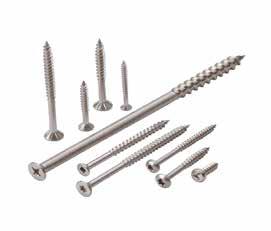
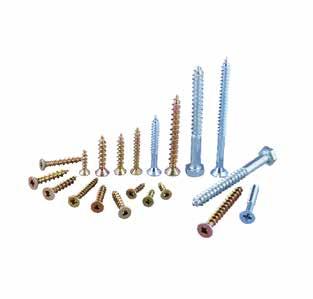

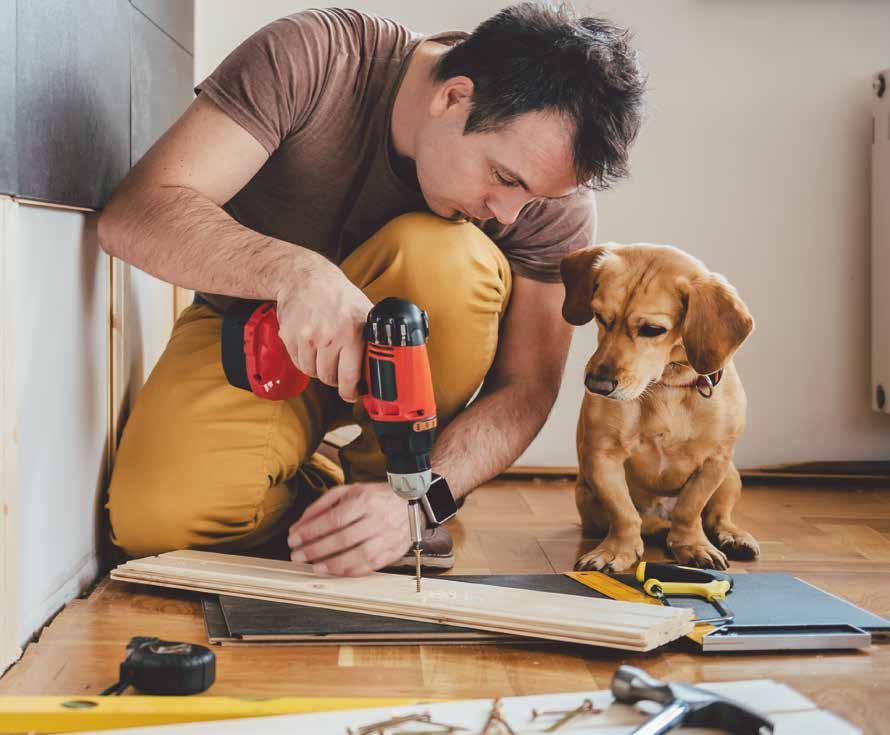
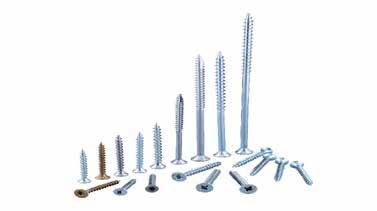

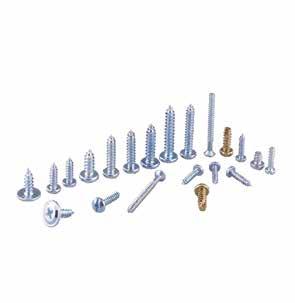




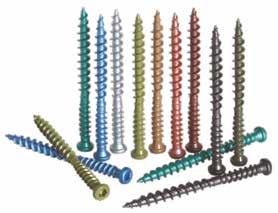
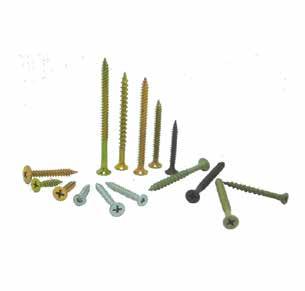
the end of the year. Sales in Western Europe fell 25.7 percent in the second quarter, while sales in China and North America declined at a smaller rate of 16-18 percent.
VW's pure electric vehicle sales of 217,000 units, or 5.6% of total vehicle sales, benefited from significant growth in China, where VW tripled its pure electric vehicle sales to 64,000 units annually in the first half of 2022. Despite this, VW's EV sales in China are still far behind Tesla's, with VW's sales in May 2022 about five times lower than Tesla's and even 10 times lower than those of Chinese EV maker BYD. The VW Group's ID.4 outsold all other electric vehicles worldwide by 67,000 units, followed by the 26,000-unit ID.3 and the 25,000-unit Audi e-tron.
The European Union has announced a goal of reducing CO2 emissions by 55% by 2030, and the Transport & Environment Agency (T&E), an organization under the European Environment Association (Europäischen Umweltverbände), says that 33 million electric vehicles will be needed to replace conventional vehicles in the EU by then, and in order to achieve the carbon neutrality target, even 44 million electric vehicles are needed. With 280 million vehicles in the EU, only 2.6% of them are powered by pure batteries, and there are not enough charging facilities for electric vehicles. It is estimated that the EU will need to bet 80 billion euros by 2030 to increase and popularize related infrastructure in response to the advent of the electric vehicle era.
Under the leadership of Chancellor Olaf Scholz, the new German government plans to inject 60 billion euros (67 billion U.S. dollars) into the climate fund through additional budgets to fund climate goals for the next four years. As part of its commitment to phase out coal-fired power generation by the end of 2030, Germany's new government wants enough renewable energy to supply 80% of its demand. The government has pledged to achieve zero carbon emissions by 2045, and to accelerate the economic transition to the electric vehicle industry.
According to a coalition agreement between the Social Democrats, the Greens and the Free Democrats, EV subsidies (€6,000-9,000 per vehicle) will continue until 2025, but the agreement does not specify whether the subsidies will be extended, and at the same time, it states that existing taxes on gasoline, heating oil, coal and natural gas consumption (which cushion the total cost of ownership of conventional engine vehicles) will not be increased. In October 2019, Germany adopted the 2030 Climate Action Program, which plans to have 10 million electric vehicles on the road and more than 1 million electric vehicle charging stations by 2030.
In 2021, Germany sold 1,084,000 electric vehicles, which is 1.3 times the sales volume in 2020, including 335,000 pure electric vehicles, accounting for 30.9% of electric vehicle sales. The top 5 vehicle manufacturers and models in terms of sales volume are Tesla model 3 (35,626 units), VW UP!
(30,797 units), VW ID.3 (26,693 units), Renault ZOE (24,746 units), Daimler Smart (17,413 units). The top 5 sales accounted for 40.3%. Figure 2 shows the percentage of sales by major manufacturers of pure electric vehicles in Germany in 2021.
Despite the breakthrough in electric vehicle sales and licensing in 2021, the total number of electric vehicles running in Germany every day is approximately 1.35 million (45% of which are pure electric vehicles and 55% of which are complex electric vehicles and plug-in complex electric vehicles), which is still a low percentage in Germany's 52.16 million vehicles, and there is considerable development potential and space. Thanks to the support of industrial policies and purchase subsidies, the market has great potential for future development.
Source: Marklines; Industrial Technology Research Institute (2022/12)
Others, 59 4%
Electric vehicles are not only the mainstream of the market in the future, but also lead the related industries into a new change. After the electrification of cars, is it a crisis or an opportunity? The electrification of automobiles has become an irreversible trend, and conventional vehicles are considered an outdated technology. As the power source of vehicles moves from fuel to electric power, it is not only the overall system architecture of the vehicle that is changing. Electric vehicles are an innovative industry that incorporates IT, and with that comes a diversification of manufacturing models, making the market for electric vehicles increasingly hot.
Compared to traditional internal combustion engine powered vehicles, which use traditional components such as engines and transmissions as the power system, the power source of electric vehicles is the power battery, electric motor and the importance of the so-called "three electric" drive, for the original responsible
for a number of automotive components industry, does it mean that the market will significantly weaken the demand, resulting in market shrinkage?



Looking at the structure of a traditional car to an electric vehicle, there are three key differences: the motor replaces the engine, the battery replaces the fuel tank, and the reduction gearbox replaces the transmission. In the past, an engine required 1,200 components. Replacing a conventional engine with an electric motor significantly reduces the number of components required to more than 100. The need for engine system components such as cylinder block, piston, crankshaft, exhaust valve and camshaft also changes. Since there is no need for an engine and intake/exhaust system, the transmission is also relatively simplified as a reduction mechanism.
This means that the traditional milling, drilling, enameling, threading, grinding, and other complex metal cutting processes (including various types of fasteners and locking parts) will change because fewer items need to be processed. In order to adapt to the various types of special machines, automated production lines, tools, fixtures, and jigs derived from this process, we adjust the design and application appropriately. The demand for automotive parts and components industry applications has changed.

Although the electrification of automobiles has eliminated key components such as engines and transmissions, other components have increased, including gearboxes (gear sets), aluminum alloy wheels (forged or cast), light alloy (aluminum alloy) body panels, three-electric systems such as power battery temperature management systems and brackets, power motor rotors and stators, aluminum alloy (drive) control boxes, and other related components. Taiwan automotive parts manufacturers have considerable manufacturing and sales performance and energy, and there are many hidden champions with great potential. Taiwan and Germany have formed a complementary relationship in the manufacturing and processing of components. On the surface, it seems that the popularity of electric vehicles will have an impact and pressure on the changes in the components industry; however, the so-called crisis is an opportunity. The electric vehicle industry will be full of challenges and opportunities in the future.
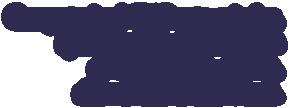 by James Hsiao
by James Hsiao
 Copyright owned by Fastener World
Copyright owned by Fastener World



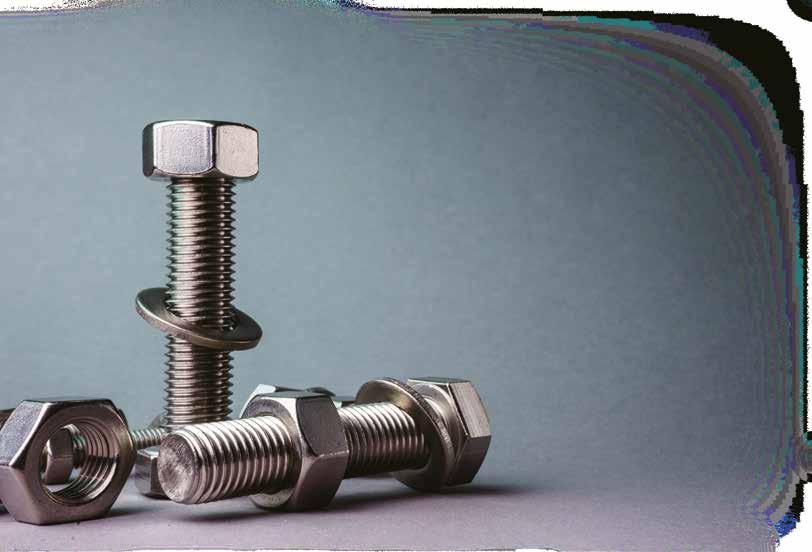
Since the establishment of the EU in 1993, European countries have broken down their national boundaries, and have divided their industries and cooperated with each other to become more competitive globally and economically. Even in the face of the global economic downturn and the rise of China's economy, W. Europe still holds a key position in the global economy with its high-quality human resources and industrial strength.
Compared to E. Europe, which is a new type of market after the collapse of communism, W. Europe is a region with a long history of convergence of advanced countries in the world, and has close economic and trade relations with many industries where Taiwan has advantages. In 2021, Taiwan's import from the eight major W. European countries (i.e., France, the Netherlands, Belgium, Luxembourg, Germany, UK, Switzerland, and Austria) was NT$913.60 billion, with a CAGR of 7.0% over the past six years, and exported NT$673.86 billion, with a CAGR of 5.2% over the past six years.
This article focuses on the above eight major countries in W. Europe, explores the current development of the fastener industry in W. Europe, and takes Germany and France with larger fastener import and export amounts as the analysis targets, and proposes suggestions and strategies for Taiwan fastener industry to expand into the W. European market.
The top three W. European countries importing fasteners in 2021 were Germany (about NTD 126.37 billion), France (about NTD 49.88 billion), and UK (about NTD 40.35 billion). Although imports are not absolutely equal to actual demand and the country's production and inventory must be considered, they still reflect the country’s fastener demand to some extent. The average CAGR of import of the eight W. European countries in the past five years was 3.2%, and no country had negative growth. The three countries with the highest CAGR of import were: Austria (7.9%), Luxembourg (7.7%), and the Netherlands (5.6%).
The top three W. European countries exporting fasteners in 2021 were Germany (NT$205.13 billion), France (NT$40.21 billion), and Switzerland (NT$26.37 billion). The average CAGR of exports from major W. European countries in the past five years is about 3.0%, with only France and Switzerland showing slight negative growth. The three countries with the highest export CAGR were Luxembourg (11.5%), Austria (10.0%), and Germany (4.3%). Therefore, the development of the W. European market deserves the continuous attention of Taiwan fastener industry.

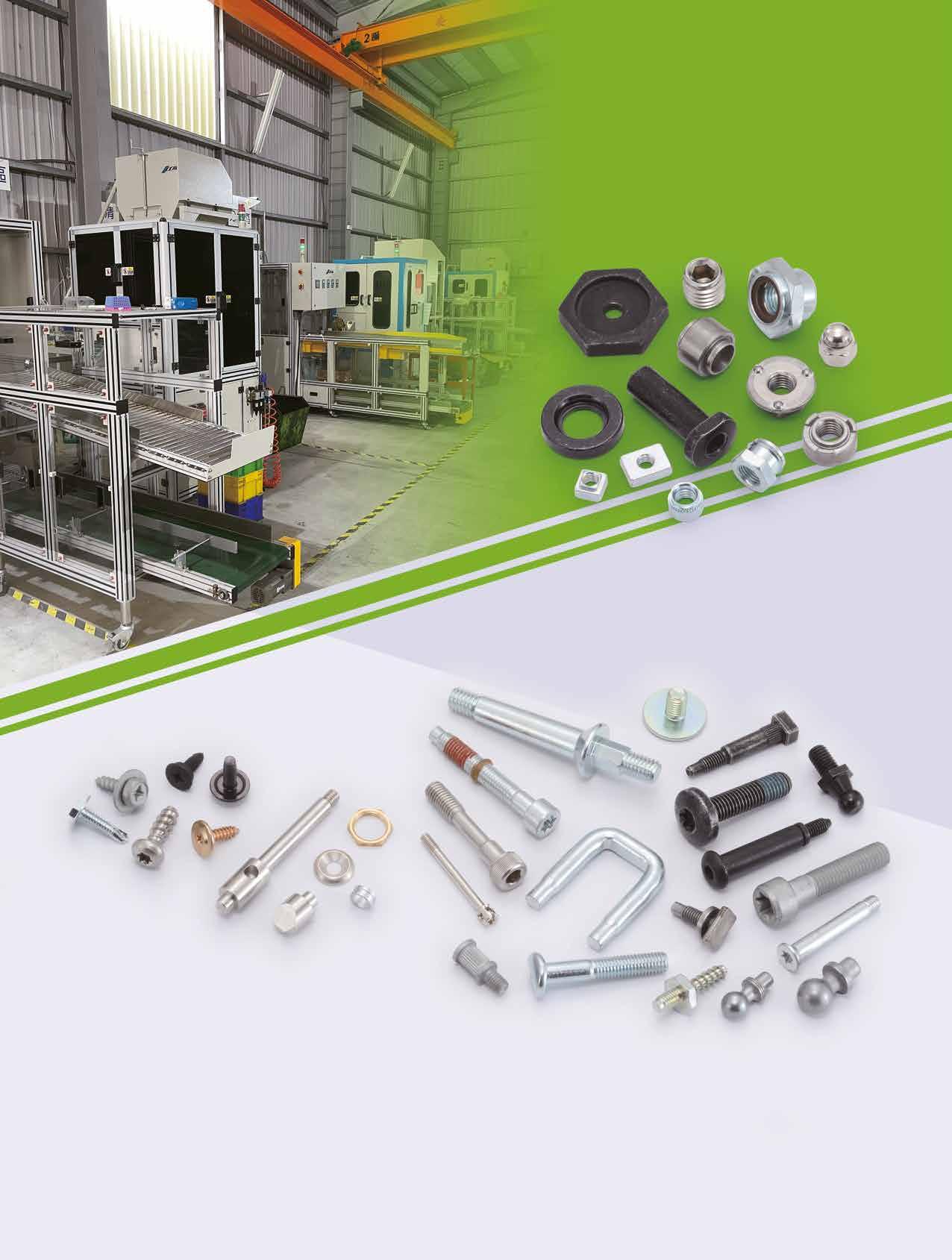


In 2021, Taiwan's fastener imports from major W. European countries amounted to NT$760 million, with a 9.6% CAGR over the past six years, but the overall amount was not significant. The countries with the highest import CAGR were Germany (NTD 0.41 bn) and the Netherlands (NTD 0.15 bn).
The top three countries for Taiwan's fastener exports to W. Europe were: Germany (NT$12.74 billion), the Netherlands (NT$8.17 billion), and UK (NT$5.86 billion), and the overall CAGR of Taiwan's fastener exports to W. Europe in the past six years was 2.9%. The top three exporting countries with the highest CAGR were Austria (12.5%), Switzerland (7.5%), and the Netherlands (4.3%).
In terms of imports, the imported fastener value of Germany in 2021 was about 4.51 billion U.S. dollars, and the CAGR of imports in the past five years was 3.1%. The top five importing sources, amounts and import shares were: Italy (US$636 million / 14.1%), Taiwan (US$581 million / 12.9%), China (US$567 million / 12.6%), Switzerland (US$296 million / 6.6%), the Netherland (US$227 million/5.0%). Germany's main fasteners imported from the world in 2021 were: other types of steel screws and bolts (US$2.02 billion) and steel nuts (US$680 million). Imported fasteners with the highest CAGR were other steel and iron wood screws (7.7%) and steel self-tapping screws (5.9%).
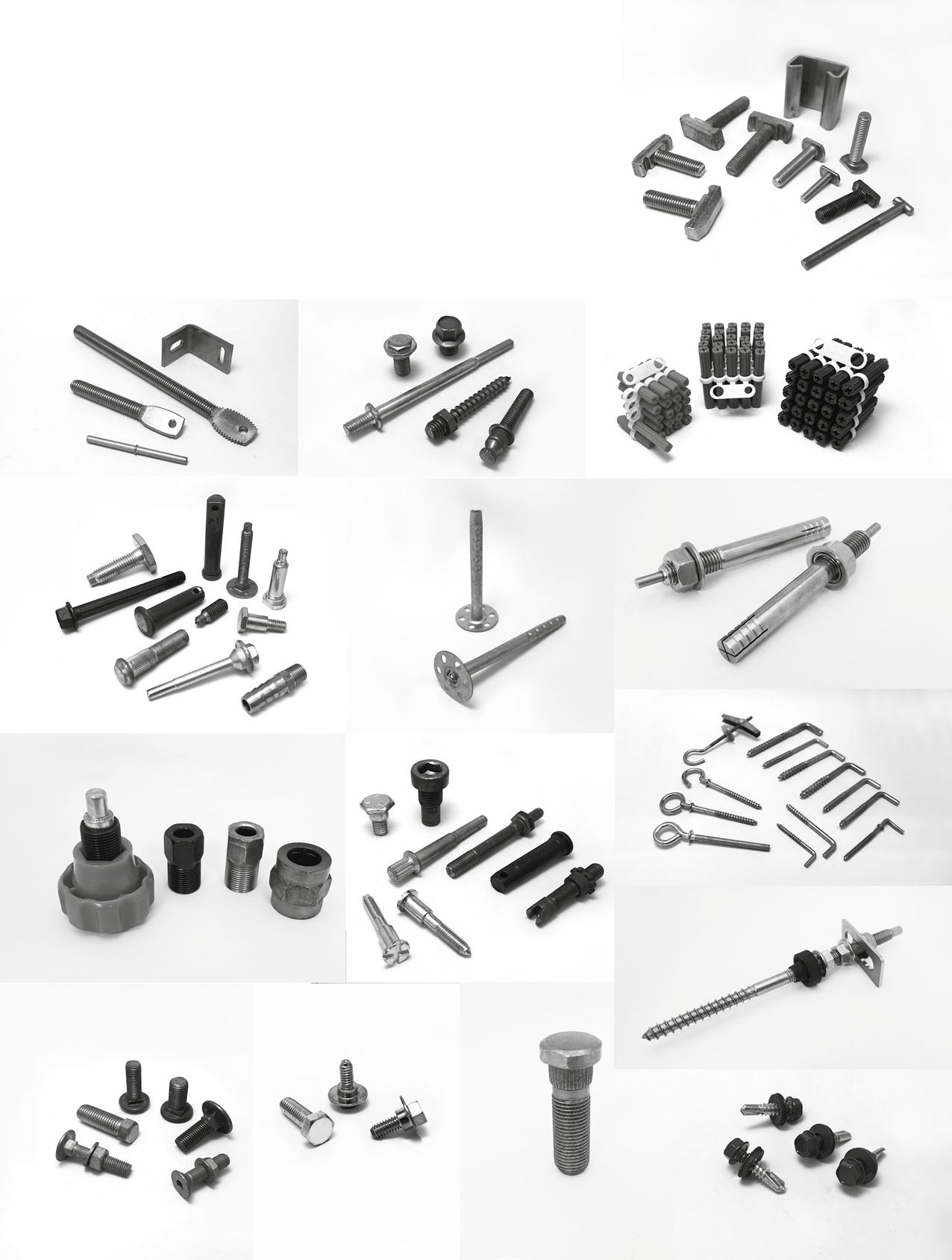

In terms of exports, the exported fastener value of Germany in 2021 was 7.32 billion U.S. dollars, and the CAGR of exports in the past five years was 4.3%. The top five exporting destinations, amounts and export shares in top-down sequence were: China (US$839 million / 11.5%), the US (US$561 million / 7.7%), France (US$555 million / 7.6%), Austria (US$456 million / 6.2%), Czech Rep. (US$450 million / 6.1%). The main exported products were: other types of steel screws and bolts (US$3.11 billion) and steel nuts (US$990 million). Fasteners with the highest CAGR were steel automotive screws (13.5%) and steel spiral hooks and spiral rings (12.2%), but the amounts were not significant.
Germany's gross GDP in 2021 was approximately US$4.223 trillion. The products related to fasteners were automobiles and auto parts, which have been Germany's most important export commodities for years, with a total export value of about EUR 185 billion in 2021, and machinery and equipment ranking second (EUR 1.62 billion). In terms of imports, automobiles and their parts and components were the second largest imported products (import value of about EUR 102 billion), showing that Germany's vehicle market demand potential is amazing. The automotive and parts manufacturing industry is Germany's leading industry, with nearly 1,000 manufacturers and more than 820,000 people working in the industry, and is Germany's largest export-oriented industry in terms of output value; EU is implementing vehicle emission standards (Euro 7) under the framework
Agreement, and Germany, as EU's leading country for electric vehicles, will continue to develop under the trend of energy and carbon reduction. According to the data of the German Federal Statistical Office, Germany will be able to achieve the highest level of electric vehicle emissions by 2025. According to the data of German Federal Statistical Office, Germany will invest up to 150 billion euros in electric vehicles, various new drive vehicles and digital technology by 2025, and Taiwan fastener industry can take advantage of the trend of energy saving, carbon reduction and green energy to develop European standard vehicle fasteners that meet the EU emission standards and expand to the vehicle fastener market in the EU.
In terms of imports, the imported fastener value of France in 2021 was 1.78 billion USD, with a CAGR of about 1.1% in the last five years. The top five importing sources, amounts and import shares were: Germany (US$457 million / 25.7%), Italy (US$287 million / 16.1%), China (US$180 million / 10.1%), Taiwan (US$156 million / 8.8%), and the US (US$156 million/8.8%). The main imported products were: other types of steel screws and bolts (USD 760 million) and steel nuts (USD 220 million). Imported fasteners with the highest CAGR were steel rivets (13.7%) and other steel spring locking washers (11.2%).
of the Paris Table 5. Germany’s Main Imported Fasteners by Product Type in 2017-2021


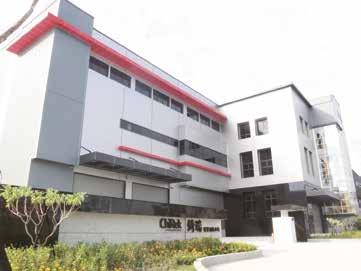
In terms of exports, French fastener exports amounted to USD 1.44 billion in 2021, with a CAGR of -1.0% over the last five years. The top five exporting destinations, in terms of value and share of exports, were: Germany (US$207 million/14.4%), Spain (US$203 million/14.1%), the US (US$124 million/8.7%), Morocco (US$75 million/5.3%), and UK (US$73 million/5.1%). The main exported products were: other steel screws and bolts (US$580 million) and steel nuts (US$280 million), and the fasteners with the highest CAGR were: steel automotive screws (14.9%) and other steel spring locking washers (10.1%).
In 2021, France's GDP was about US$2.937 trillion. French hi-tech industry is well developed and the fastener industries in France and Taiwan have the potential to cooperate or complement with each other in the following areas: automotive parts, aerospace and defense, medical equipment, composite materials, green energy, etc. Take French automobile, bicycle, aerospace, and defense industries as example, the global production of two major automobile groups, Renault and BPS Citroën, reached 7.8 million vehicles in 2021, of which the turnover of BPS Citroën reached 74.03 billion euros; in addition, French bicycle industry has an annual production of about 2.8 million vehicles, and if bicycle parts are included, the annual sales amount reaches 2 billion euros; and French aerospace & defense industry has an annual turnover of 75 billion euros. The annual turnover of French aerospace and defense industry is as high as 75 billion euros, and the ratio of commercial to military use is about 3:1. It can be seen that the French fastener market has considerable potential, and based on the principle of decentralizing the export market and spreading risks, Taiwan fastener industry can also extend the current market deployment (mostly in the US) to cover the French market.
As the global political and economic situation has changed dramatically in recent years, the impact of the COVID-19 epidemic and the Russia-Ukraine war at the beginning of 2022 have had a significant impact on the global economy and energy production, and Russia has mastered the natural gas supply of many European countries, which has deepened the economic tug-of-war between W. Europe and Russia. However, some W. European countries (e.g., Germany and Italy) are potential competitors of Taiwan fastener products in their countries, which will make the deployment more difficult; besides automotive fasteners, it is suggested that Taiwan fastener manufacturers should also combine W. Europe ’ s fastener supply to Ukraine for reconstruction to create opportunities for Taiwan to expand fastener sales to W. Europe.
by Dr. Arthur Hsu Copyright owned by Fastener World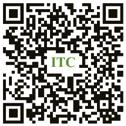
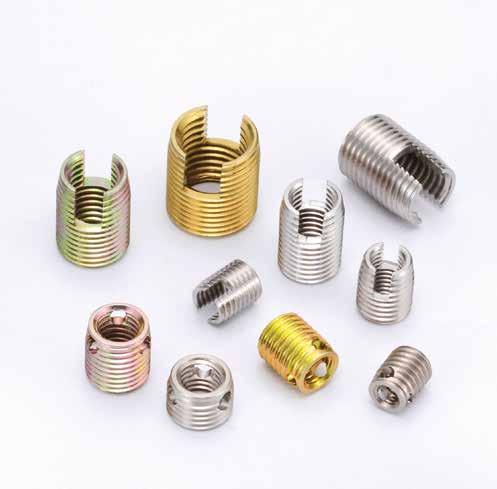
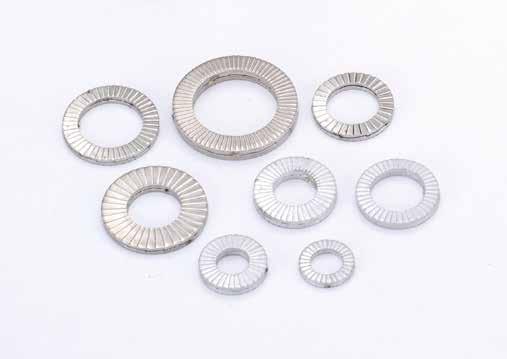
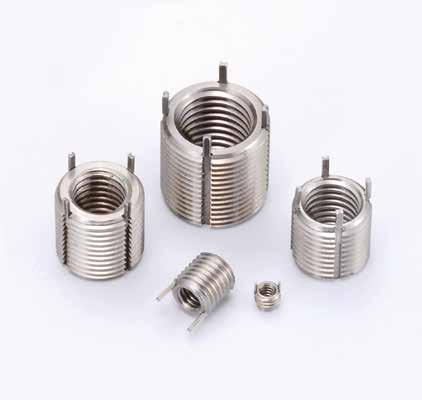
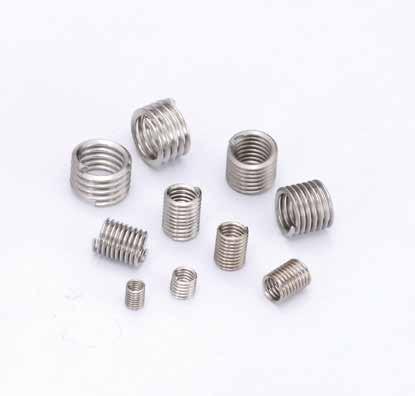


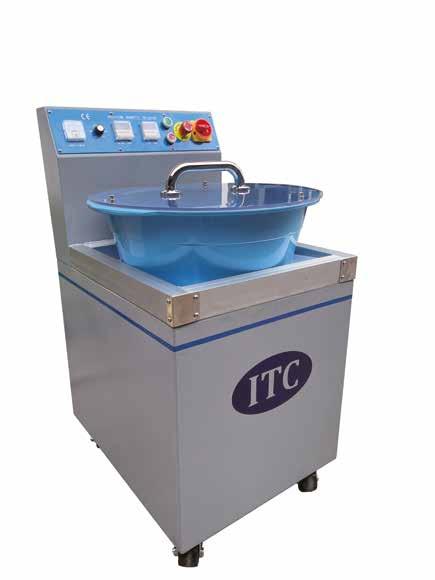
The global industrial fasteners market is projected to witness a CAGR of 5.1% to reach US$ 168.7 billion by the end of 2032. In 2021, the market size was valued at USD 92.16 billion and it’s expected to grow further to reach USD 102.8 billion by the end of 2022. North America holds about 20.5% (USD 21 the billion), Europe holds about 27% (USD 27.6 billion) and China holds about 15% (USD 15.4 billion) of the global fastener market.
The market is mainly driven by the growing demand from diverse industries such as construction, automotive, marine and aerospace. The growing production of machinery and components, motor vehicles, and other durable goods due to the economic expansion of different countries is expected to further support the market growth and increase the penetration of industrial fasteners in the coming years.
The global COVID-19 pandemic has been extraordinary and shocking, with products suffering lower-than-anticipated demand across all regions compared to pre-pandemic levels. The global market demand showed a drop of more than 6.7% in 2020 as compared to 2019. The interruption and closure of industrial operations, to control the impact of pandemic across the globe, severely affected the product demand in 2020.
The pandemic has significantly hindered the growth of the automotive industry across the world, with disruptions in supply chain activities, interruptions in large-scale manufacturing, and restrictions on travel. The pandemic also significantly impacted the construction sector, which is sensitive to economic cycles. However, both automotive and construction sectors, as major contributors to the growth of the industrial fasteners market, have shown steady and strong restoration since early 2022. However, an increase in the substitution of metal fasteners for adhesives and tapes in bonding and Noise Vibration & Harshness (NVH) applications, mainly in the automotive industry, is expected to hamper the market growth.

The COVID-19 pandemic introduced unprecedented challenges for everyone and with no doubt it has had a substantial impact on fastener manufacturers and production downtime. It’s also apparent that there has been an amplified pressure to improve overall efficiency as a natural response to the global pandemic. In terms of manufacturing, there have been key efficiency challenges during the pandemic that constantly stood out amongst the rest and those challenges still exist in the post-pandemic era.
The first and most important challenge is in the supply chain. It was a nightmare for manufacturers more specifically during the first year of the pandemic to deal with this problem. Challenges are mostly about delayed deliveries which have disrupted production plans and limited availability of resources which required manufacturers to even swing production lines. This challenge could still last in the post-pandemic era, if manufacturers do not seek supplier diversification. This is an obligation for fastener manufacturers in the post pandemic era to avoid order fulfilment issues.
It was never easy to find employees with the right skills and credentials for a manufacturing environment, and the pandemic made things worse than ever. Many businesses had to let their employees go during the pandemic. Now, in the post pandemic era, manufacturers have to find labours and skilled talents as their operations are getting back to normal. This is a very challenging task for fastener manufacturers as many job seekers especially specialists and technical experts are now looking more for work-from-home positions. They do not want to worry about their health and safety working in large manufacturing plants.
In summary, sourcing and procurement, operational changes and recruitment are main challenges that fastener manufacturers are faced with in the post-pandemic era. Apparently, there is no single solution to address all those challenges, but Go Digital (i.e. Digital Transformation) would be one of the best solutions for fastener manufacturers, traders and players in the market to be more agile in order to repurpose and/ or reinvent their operations based on immediate and actual needs.
As stated above, to meet the challenges posed by the pandemic, fastener manufacturers and traders around the world had to respond in agile and decisive ways. Moving into the next phase, now it is the time for businesses to look for and grab the opportunities emerging in the post-pandemic era.
The use of online technology, especially for fastener retailers, has taken a leap forward. Using disruptive technologies in operation, production and logistics brings more business opportunities for the manufacturers. The rapid advancement in technology leads to the production of newer and more durable fasteners. Additionally, the pandemic has prompted a search for new markets more than ever. This has stimulated competition and the motivation to adopt cost-effective technologies.
In the post-pandemic era, fastener manufacturers should pay closer attention to these trends and align their business and technology strategies accordingly to maximize their operational execution and resiliency.
Last but not least, the lesson learned from the COVID-19 pandemic has increased the global focus on sustainability more than before. Growing recognition of the environment and the need for conservation of natural resources have brought sustainability practices mainstream for both consumers and organizations in the fastener market. Customers and prospective employees alike want insight into what sustainable practices companies are pursuing. These practices also help reduce packaging and energy costs and can improve profits. Based on analyses, sustainability approaches can increase customer loyalty and bring more revenue gains in the postpandemic era.
Sources:
Industrial Fasteners Market Size, Share & COVID-19 Impact Analysis, by Fortune Business Insights
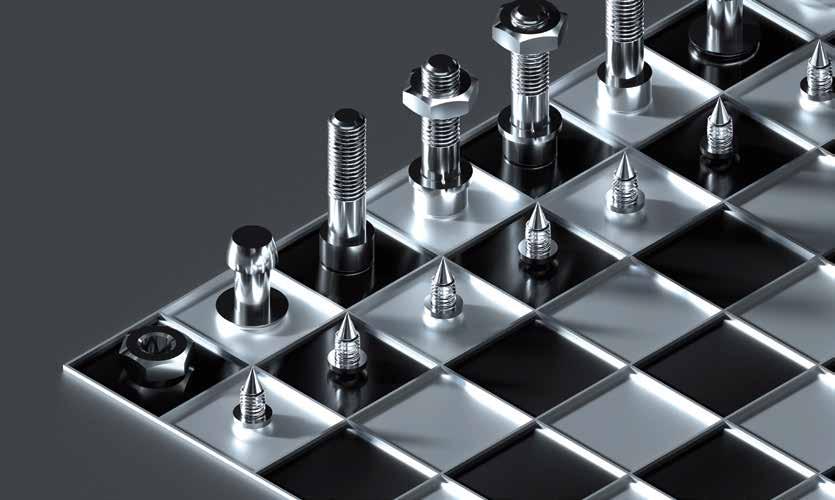
Top 10 Manufacturing Trends in the Post-Pandemic Era, by Market Scale
by Shervin Shahidi Hamedani Copyright owned by Fastener WorldSouthern Europe consists of 11 countries, which include the following countries with the characteristics as below:

In terms of fastener trade, Italy was the biggest country in this region with the total trade value of USD 3,486, 286,000 (62 6% export Vs. 37 8% import) in 2021. It has also the biggest economy in this region and its GDP in 2021 was USD 2,058 3 billion.
In terms of fastener trade, Spain was the second biggest country in this region with the total trade value of USD 1,436,664,000 (43.1% export Vs. 56.9% import) in 2021. It has also the second biggest economy in this region and its GDP was USD 1,435.6 billion.
The third biggest country in the fastener sector was Turkey. Its trade value was USD 1,185,119,000 (54.5% export Vs. 45.5% import) in 2021. On the other hand, its GDP was USD 692.4 billion, making Turkey ranked the third biggest economy in southern Europe.
The fourth biggest fastener trader in the South of Europe was Portugal. Its fastener trade value was USD 298,824,000 (23.6% export Vs. 76.4% import) in 2021. The GDP of Portugal was USD 251.9 billion, making it the fourth place of the biggest economy in this region.
Slovenia was ranked in the fifth place of the biggest fastener trader in the Southern Europe region. Its trade vale was USD 237,761,000 (46.7% export Vs. 53.3% import) in 2021. Its GDP was USD 63.6 billion in 2021, making it ranked the seventh biggest economy in this region.
Croatia was the 6th biggest fastener trader in the region with the total trade value of USD 102,168,000 (47.1% export Vs. 52.9% import) in 2021. Its GDP was USD 69.5 billion, which made it the sixth biggest economy in this region.
Bosnia and Herzegovina was the seventh biggest fastener trader and the eighth biggest economy in this region in 2021. Its fastener trade value was USD 95,322,000 (67.6% export Vs. 32.4% import) in 2021 and its GDP value was USD 23.4 billion.
In terms of fastener trade, Greece was the eighth biggest country in this region with the total trade value of USD 64,455 (7.9% export Vs. 92.1% import) in 2021. It had also the fifth biggest economy in this region and its GDP in 2021 was 222.8 billion.
In terms of fastener trade, North Macedonia was the nineth biggest country in this region with the total trade of USD 13,446,000 (10.6% export Vs. 89.4% import) in 2021. It had also the tenth biggest economy in this region and its GDP in 2021 was USD 14.2 billion.
Albania was the tenth biggest fastener trader in 2020 (there is no new statistics for Albania in this sector) and the nineth biggest economy in this region in 2021. Its fastener trade value was USD 6,287,000 (0.3% export Vs. 99.7% import) and its GDP value was USD 17.9 billion.
Montenegro was the eleventh biggest fastener trader and the eleventh biggest economy in this region in 2021. Its fastener trade value was USD 3,686,000 (0.6% export Vs. 99.4% import) and its GDP value was USD 6.0 billion.

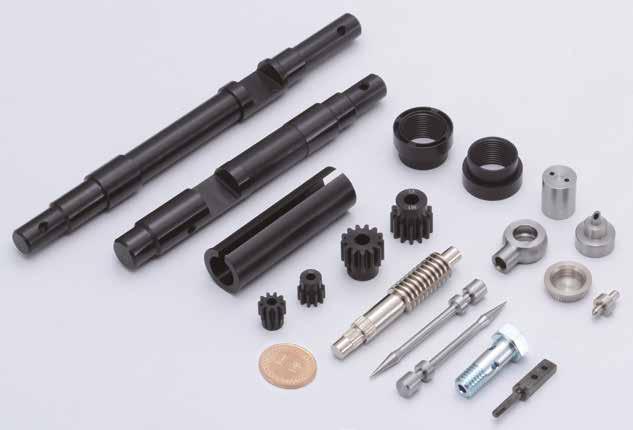





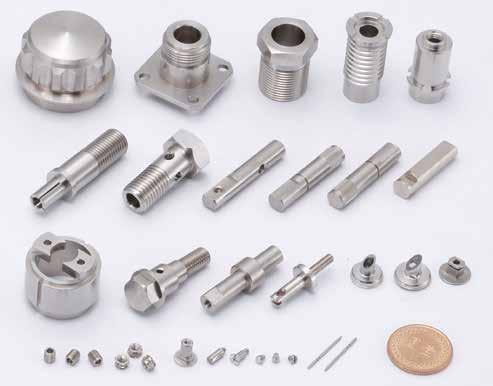



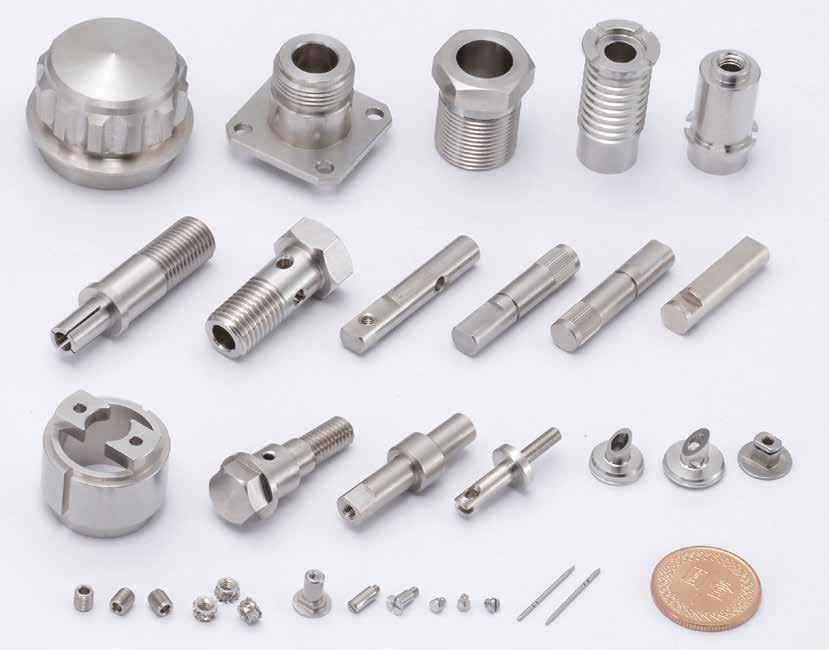

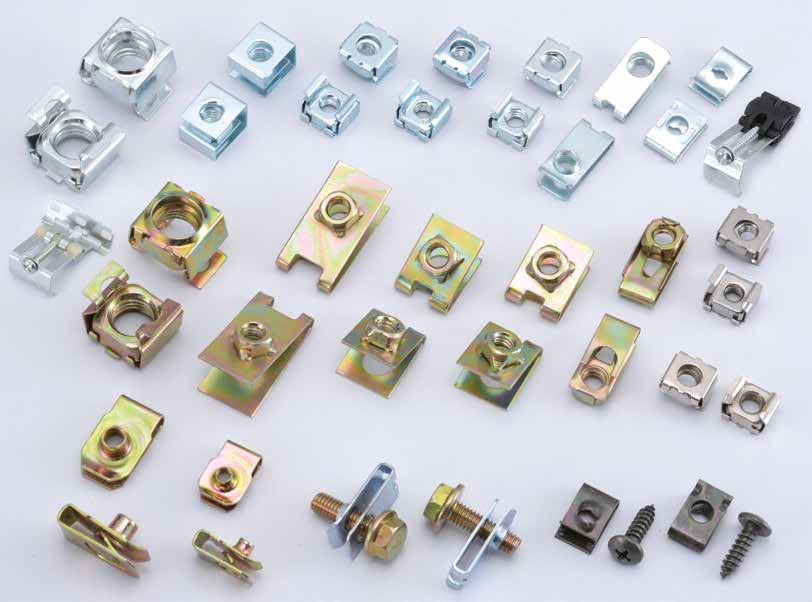





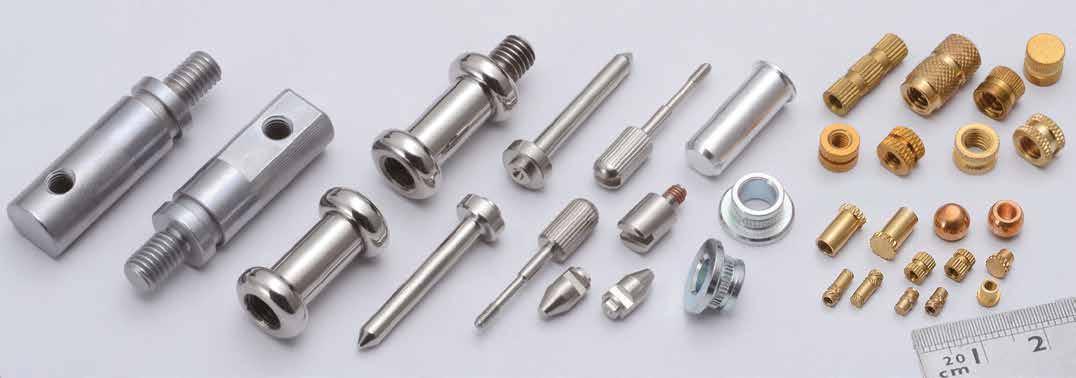

(Notes: Numbers in tables are in thousand USD) Table
Table 1 shows Italian fastener export to the world from July 2021 to June 2022. Italy exported on average more than USD 185 million fasteners per month, which means that the yearly fastener export may be increased from USD 2,168 million in 2021 to around USD 2,220 million in 2022.
Table 2 shows Italian fastener import from the world from July 2021 to June 2022. Italy imported on average more than USD 117 8 million fasteners per month, which means that the yearly fastener import may be increased from USD 1, 319 million in 2021 to around USD 1,415 million in 2022.
Table 3 shows Spanish fastener export to the world from August 2021 to July 2022. Spain exported on average more than USD 51.5 million fasteners per month, which means that its exported fasteners in 2022 may not change a lot from USD 619 million recorded in 2021.
Table 4 shows Spanish fastener import from the world. Spain imported on average more than USD 77. 2 million fasteners per month, which means that its fastener import may increase from USD 817 2 million in 2021 to around USD 926 million in 2022
Table 5 shows Turkish fastener export to the world from August 2021 to July 2022. Turkey exported on average more than USD 62.7 million fasteners per month, which means that its fastener export may increase from USD 645.8 million in 2021 to USD 753 million in 2022.
Table 6 shows Turkish fastener import from the world from August 2021 to July 2022. Turkey imported on average more than USD 48 7 million fasteners per month, which means that its fastener import may increase from USD 539 3 million in 2021 to around USD 585 million in 2022.
The war in Ukraine risks upending southern Europe’s economic recovery. Higher energy prices and trade disruptions could destabilise Southern EU firms already weakened by the pandemic. Real economic growth in the Southern European Union is now expected to fall below 3% in 2022, down from the 4% estimated by the European Commission before the war. A recession could happen, and further trade disruptions or increased economic sanctions would increase the risk for the Southern European economy. But as the statistics show, countries with better condition in their fasteners industry have better economic conditions.
imported
from
of its fasteners from Germany,
countries
from China,
from USA,

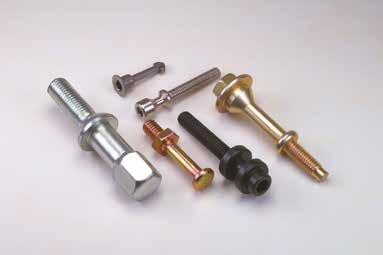
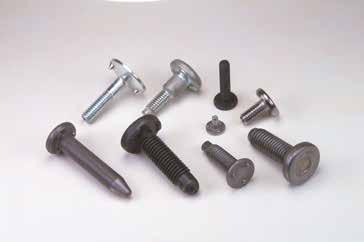
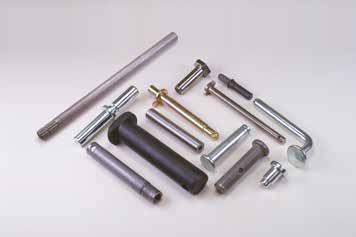


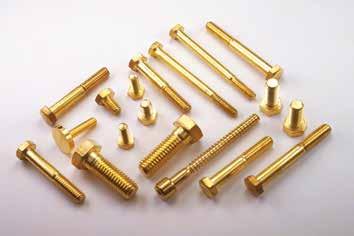
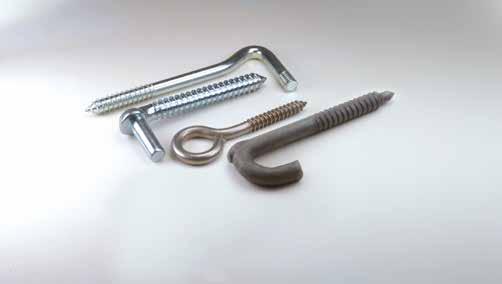

Scandinavia is a subregion in Northern Europe, with strong historical, cultural, and linguistic ties between its constituent peoples. In English usage, Scandinavia most commonly refers to Denmark, Norway, and Sweden. It can sometimes also refer more narrowly to the Scandinavian Peninsula (which excludes Denmark but includes part of Finland), or more broadly include Finland, Iceland, and the Faroe Islands.
In this article I will study the 4 biggest countries in this region, Denmark, Sweden, Norway and Finland.
Swedish population is 10.42 million and its GDP was USD 627.4 billion in 2021. Its growth was set to slow to 2.2% in 2022 and 1% in 2023. Heightened global uncertainty will weigh on business investment and exports. Household consumption is backed by a strong labour market, high savings and fiscal support, but will slow as higher inflation and interest rates start to bite. The unemployment rate continued to fall in 2022 but will level off in 2023, as skills in high demand become increasingly scarce.

Norwegian population is 5.408 million and its GDP was USD 483.4 billion in 2021. Mainland GDP growth of 3.5% was projected for 2022, reflecting the final phase of recovery in the wake of the pandemic. In 2023, its economic growth will decline towards its long-term potential rate, at 1.7%. Risks to inflation are pronounced, given the broadening of large price increases and elevated uncertainties around commodity prices. The labour market, already tight, will add to pressures on wage inflation. House prices and household indebtedness remain high.
Danish population is 2.857 million and its GDP was USD 397.1 billion in 2021. Its growth slowed due to the Russia-Ukraine war, with its GDP forecast to expand by 3% in 2022 and 1.4% in 2023. The resilience of the Danish economy is underpinned by its low reliance on fossil fuel imports and strong household, corporate and government balance sheets. However, consumer and business confidence have fallen considerably and inflation has increased to over 6%. Further energy market disruption could reduce growth and push prices higher again, while the tight labour market could trigger more sustained inflation if it leads to rapid wage growth.
Finnish population is 5.542 million and its GDP was USD 299.2 billion in 2021. Its economic growth slowed sharply to 1.1% in 2022 and will be 0.6% in 2023 owing to the waning of the COVID 19 rebound and to the war in Ukraine. Private consumption will be depressed by falling real household incomes but should slowly recover from late 2023 as they begin to rise again. Headline inflation fell slowly from a peak of 7% in late 2022. After dropping sharply tin 2022, exports should accelerate in 2023 as exporters find new markets and world trade picks up. The main downside risk is that a wage-price spiral develops, increasing inflation and reducing competitiveness and growth.
Sweden’ s fastener trade was USD 1016.197 million in 2021 (the share of imported fasteners was 58% and the share of exported fasteners was 42%).
The main partners of Sweden in 2021 in the export sector were:
• The fastener value Norway imported from Sweden was USD 46.892 million (representing 11% of the whole fastener export of Sweden).
• The fastener value Germany imported from Sweden was USD 34.248 million (representing 8% of the whole fastener export of Sweden).
• The fastener value Poland imported from Sweden was USD 33.686 million (representing 7.9% of the whole fastener export of Sweden).
• The fastener value Denmark imported from Sweden was USD 33.574 million (representing 7.9% of the whole fastener export of Sweden).
• The fastener value USA imported from Sweden was USD 33.421 million (representing 7.8% of the whole fastener export of Sweden).
• The fastener value Netherlands imported from Sweden was USD 28.600 million (representing 6.7% of the whole fastener export of Sweden).
The main partners of Sweden in 2021 in the import sector were:
• The fastener value Germany exported to Sweden was USD 143.479 million (representing 24.3% of the whole fastener import of Sweden).
• The fastener value Taiwan exported to Sweden was USD 121.74 million (representing 19.9% of the whole fastener import of Sweden).
• The fastener value China exported to Sweden was USD 65.051 million (representing 11.0% of the whole fastener import of Sweden).
Norway’ s fastener trade was USD 323.382 million in 2021 (the share of imported fasteners was 80.2% and the share of exported fasteners was 19.8%).
The main partners of Norway in 2021 in the export sector were:
• The fastener value Denmark imported from Norway was USD 22.904 million (representing 35.8% of the whole fastener export of Norway).
• The fastener value Sweden imported from Norway was USD 6.128 million (representing 9.6% of the whole export of Norway).

The main partners of Norway in 2021 in the import sector were:
• The fastener value Taiwan exported to Norway was USD 50.757 million (representing 19.6% of the whole fastener import of Norway).
• The fastener value China exported to Norway was USD 42.580 million (representing 16.4% of the whole fastener import of Norway).
• The fastener value Germany exported to Norway was USD 34.243 million (representing 13.2% of the whole fastener import of Norway).
• The fastener value UK exported to Norway was USD 21.423 million (representing 8.2% of the whole fastener import of Norway).
Denmark ’ s fastener trade was USD 598.346 million in 2021 (the share of imported fasteners was 56.4% and the share of exported fasteners was 43.6%).
The main partners of Denmark in 2021 in the export sector were:
• The fastener value Germany imported from Denmark was USD 64.417 million (representing 24.7% of the whole fastener export of Denmark).
• The fastener value Norway imported from Denmark was USD 19.377 million (representing 7.4% of the whole fastener export of Denmark).
The main partners of Denmark in 2021 in the import sector were:
• The fastener value Germany exported to Denmark was USD 101.609 million (representing 30.1% of the whole fastener import of Denmark).
• The fastener value Taiwan exported to Denmark was USD 34.333 million (representing 10.2% of the whole fastener import of Denmark).
Finland’ s fastener trade was USD 279.196 million in 2021 (the share of imported fasteners was 72.9% and the share of exported fasteners was 27.1%).
The main partners of Finland in 2021 in the export sector were:
• The fastener value Sweden imported from Finland was USD 13.842 million (representing 18.3% of the whole fastener export of Finland).
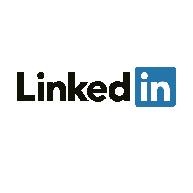
• The fastener value Netherlands imported from Finland was USD 11.304 million (representing 15.0% of the whole fastener export of Finland).

The main partners of Finland in 2021 in the import sector were:
• The fastener value Germany exported to Finland was USD 57.784 million (representing 28.4% of the whole fastener import of Finland).
• The fastener value Taiwan exported to Finland was USD 30.777 million (representing 15.1% of the whole fastener import of Finland).
• The fastener value China exported to Finland was USD 24.730 million (representing 12.1% of the whole fastener import of Finland).
Article by Behrooz Lotfian Copyright owned by Fastener World

The future of fasteners in Scandinavia region is predicted by statistics as below:
The fastener value Sweden imported increased 4% monthly in the last 12 months and the last record was USD 59.489 million in June 2022, which means this number will be around USD 74 million in December 2022.
The fastener value Sweden exported increased 2% monthly in the last 12 months and the last record was USD 34.499 million in June 2022, which means this number will be around USD 39 million in December 2022.
The fastener value Norway imported increased 3% monthly in the last 12 months and the last record was USD 20.922 million in July 2022, which means this number will be around USD 24.1 million in December 2022.
The fastener value Norway exported increased 2% monthly in the last 12 months and the last record was USD 5.185 million in July 2022, which means this number will be around USD 5.7 million in December 2022.
The fastener value Denmark imported increased 4% monthly in the last 12 months and the last record was USD 35.102 million in June 2022, which means this number will be around USD 43.5 million in December 2022.
The fastener value Denmark exported increased 2% monthly in the last 12 months and the last record was USD 20.944 million in June 2022, which means this number will be around USD 23.5 million in December 2022.
The fastener value Finland imported increased 3% monthly in the last 12 months and the last record was USD 21.208 million in June 2022, which means this number will be around USD 25 million in December 2022.
The fastener value Finland exported decreased 1% monthly in the last 12 months and the last record was USD5.890 million in June 2022, which means this number will be around USD 5.50 million in December 2022.
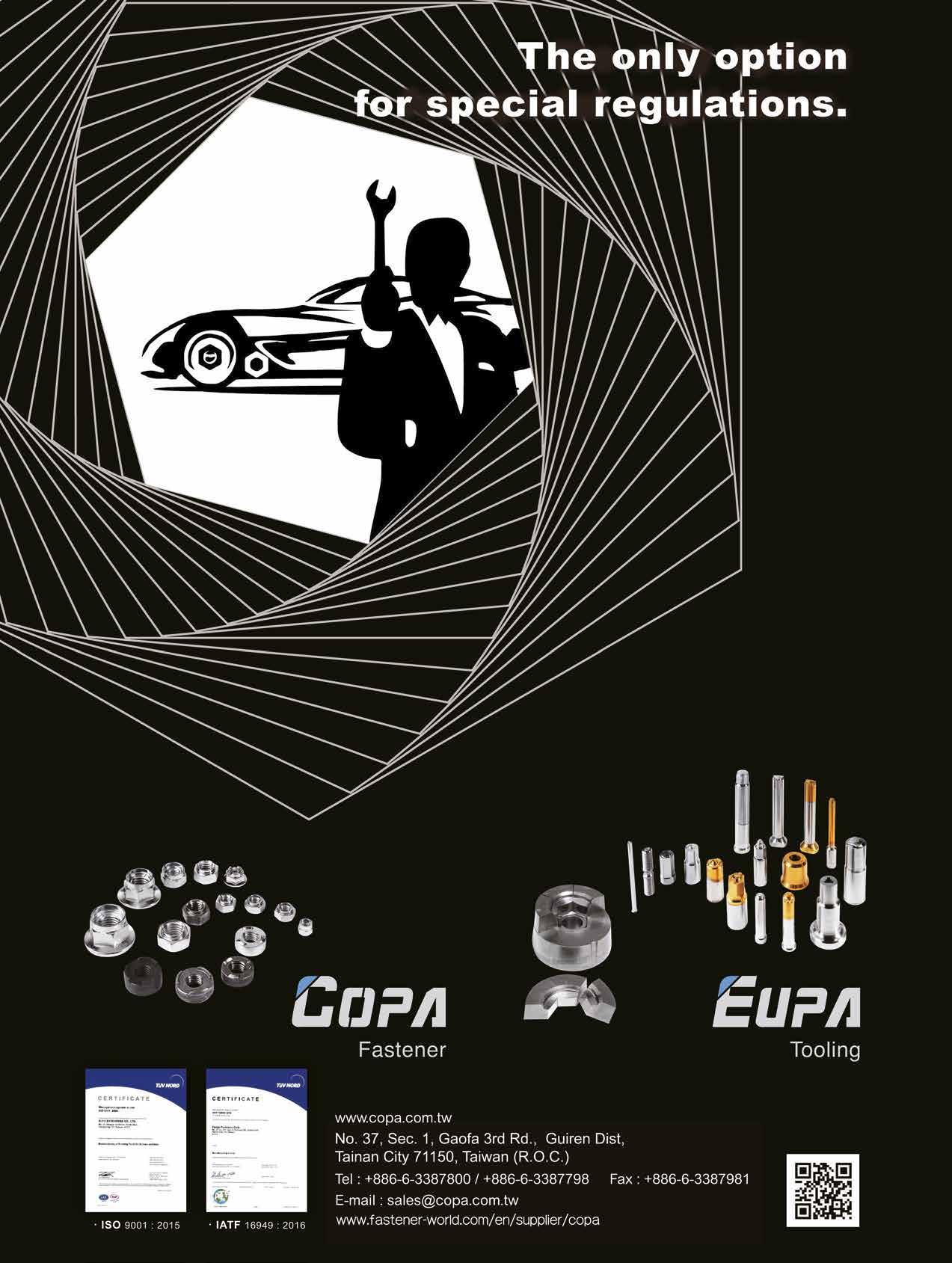
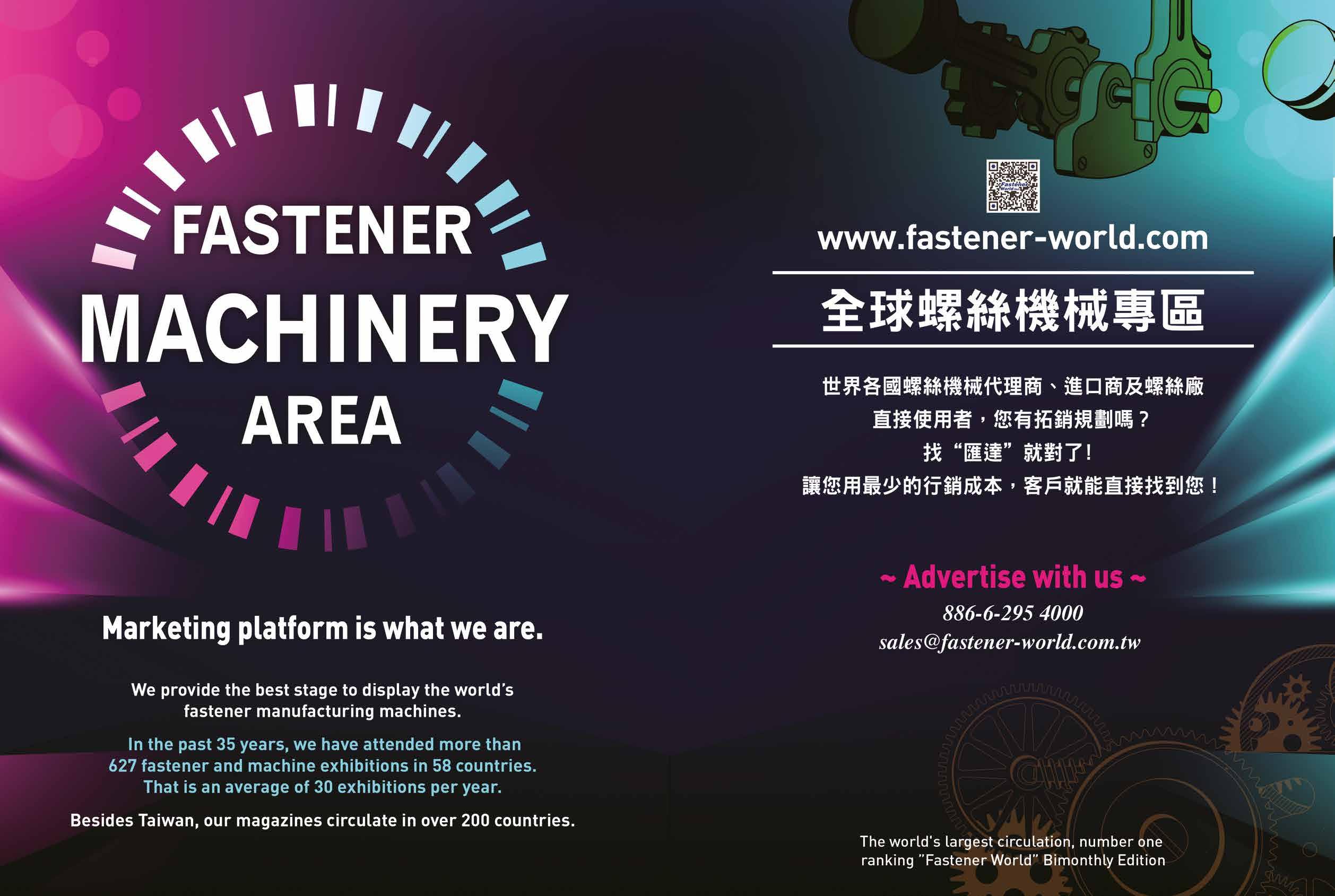

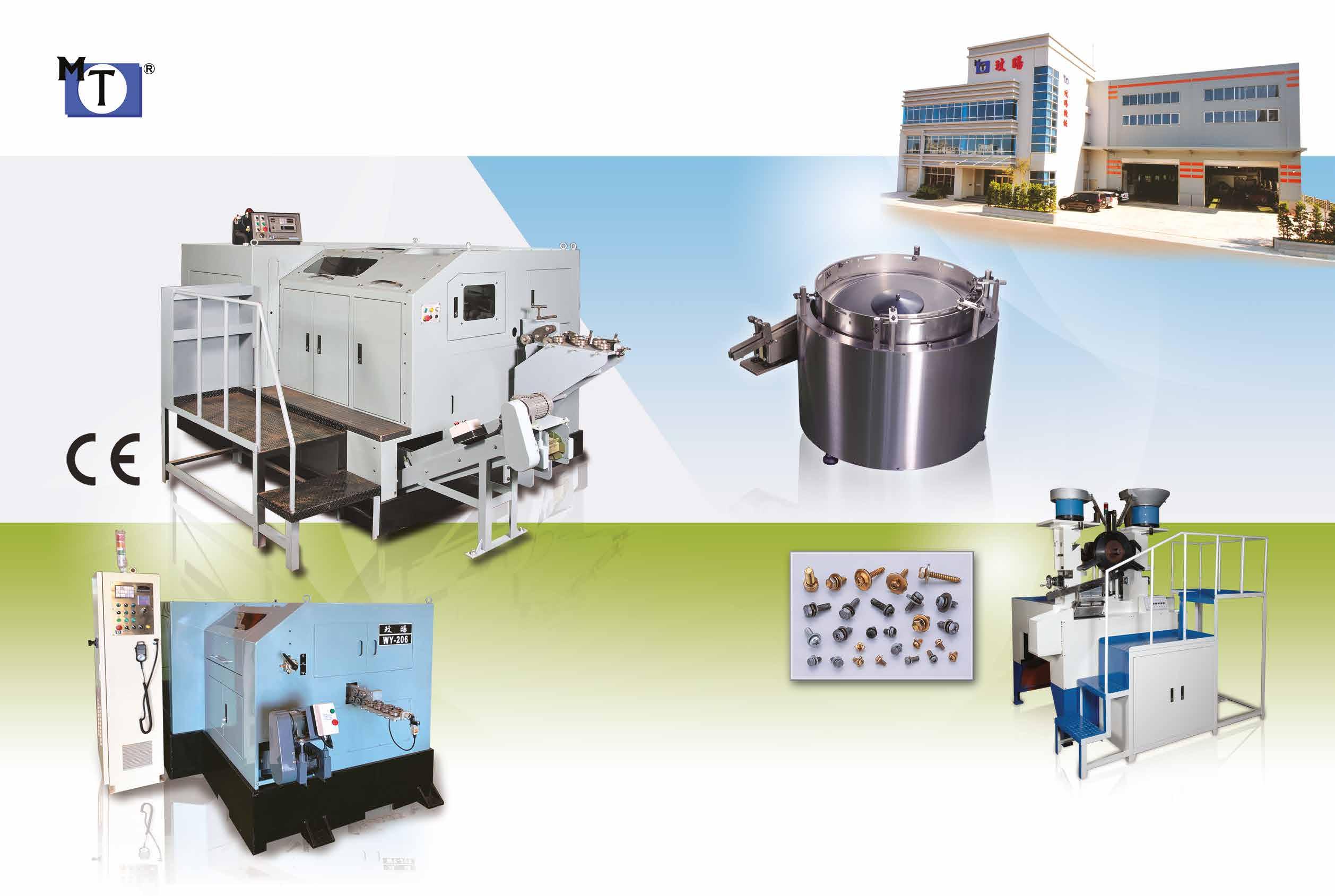


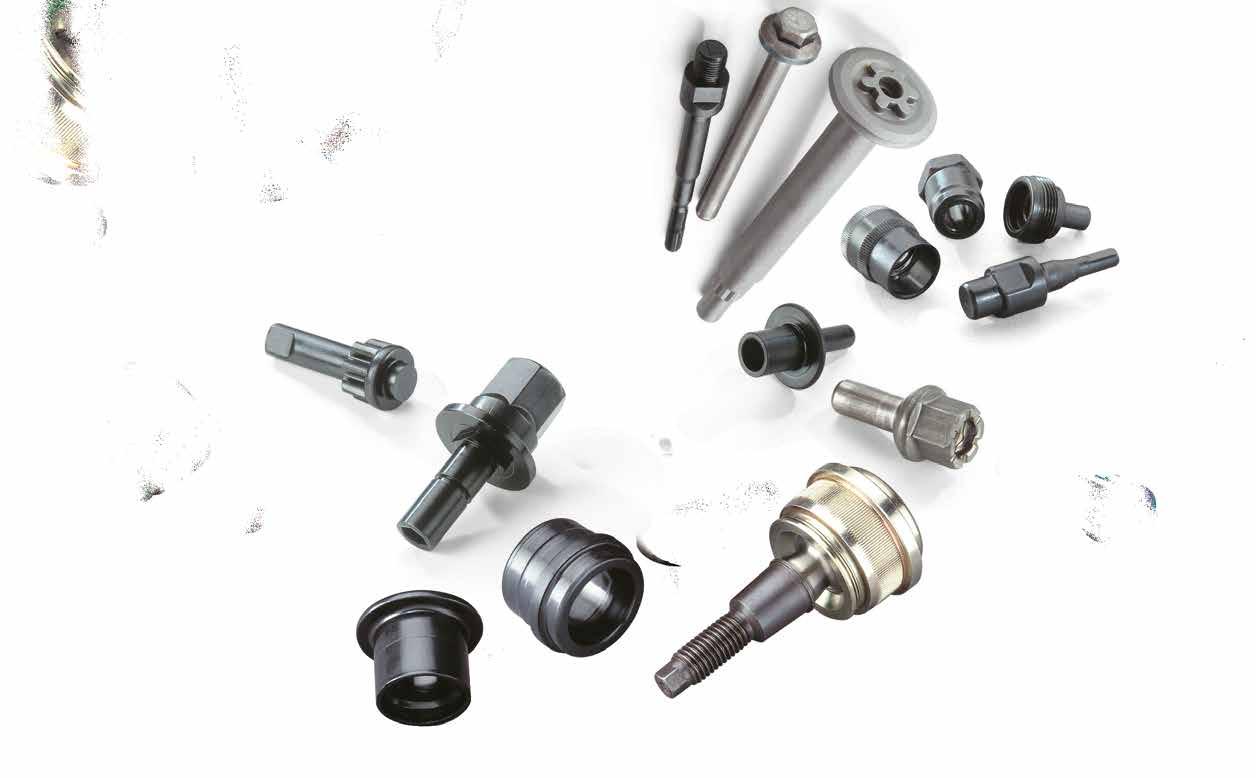


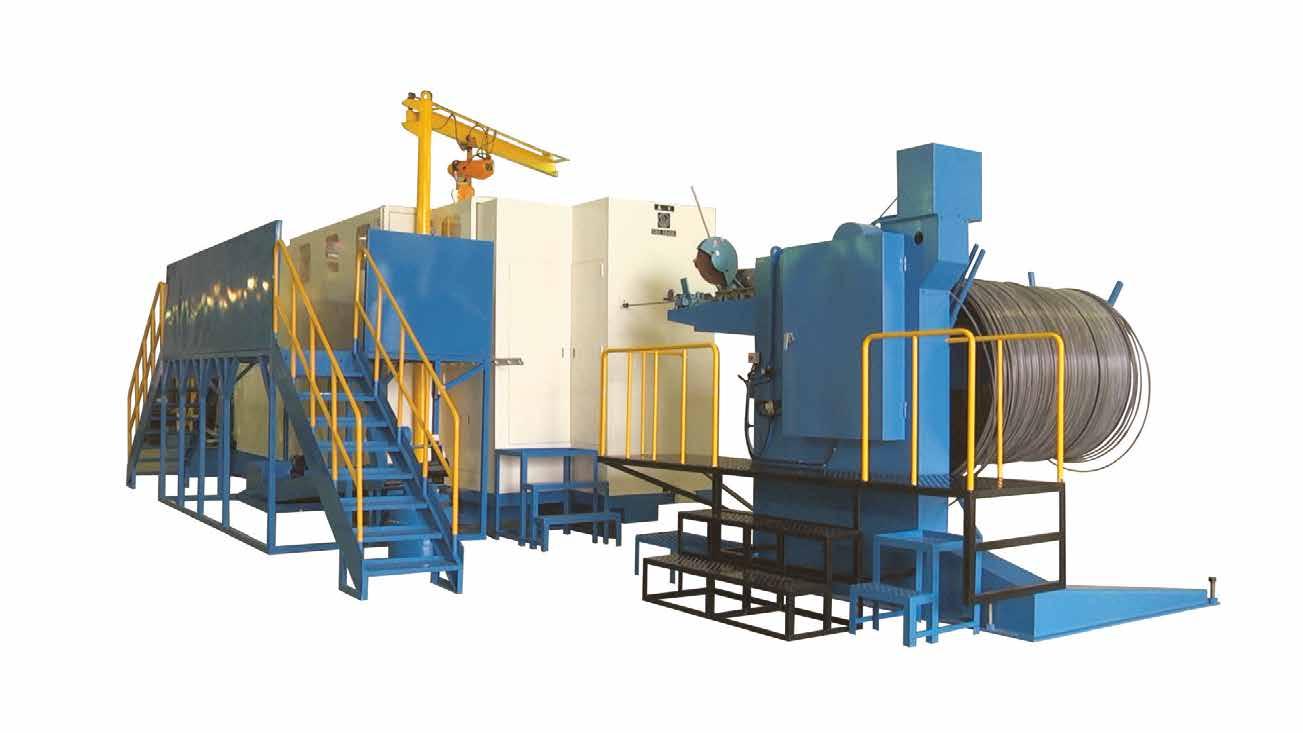

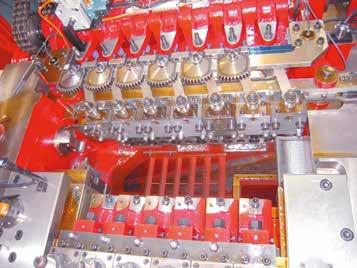

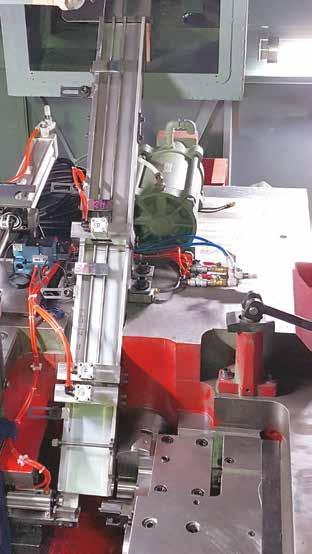

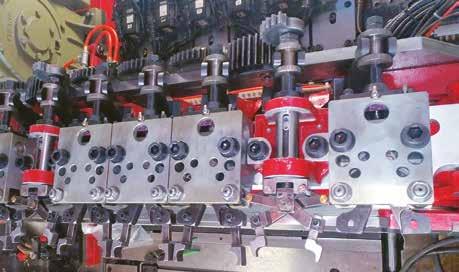




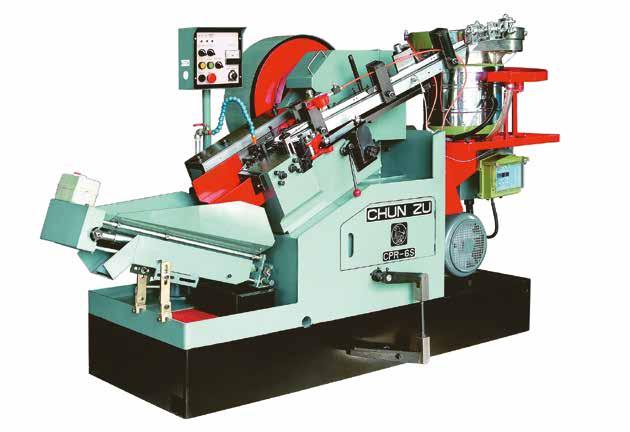
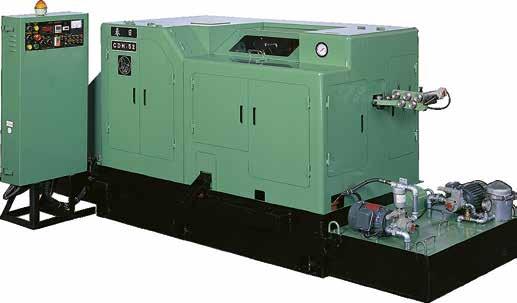
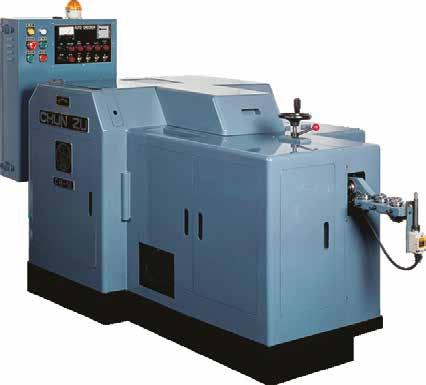

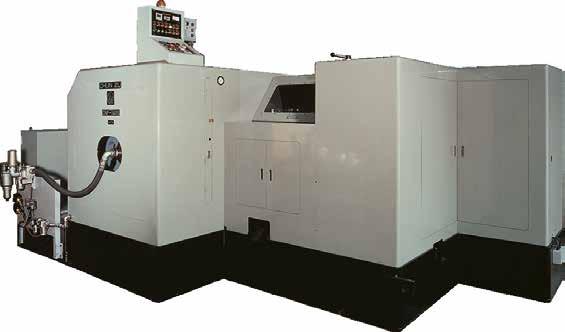

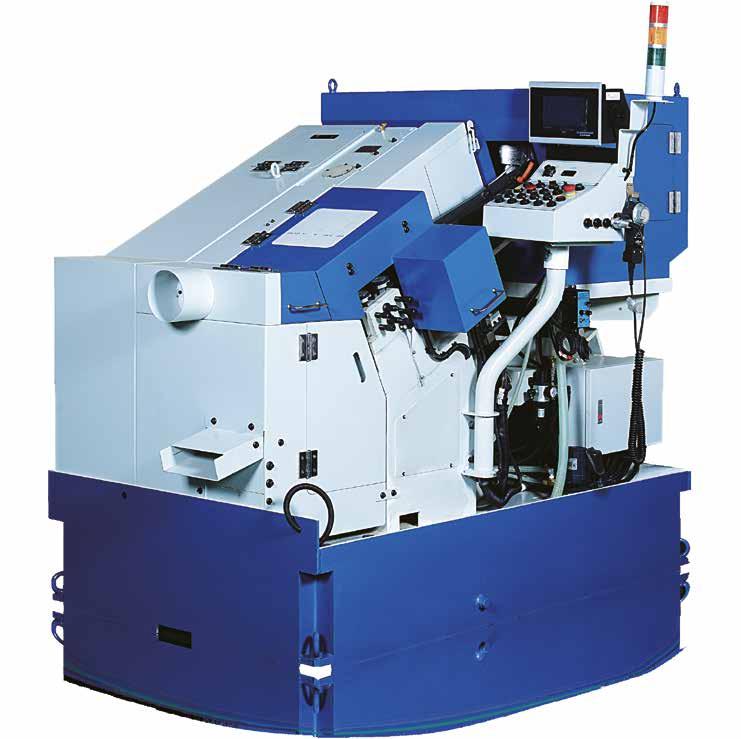


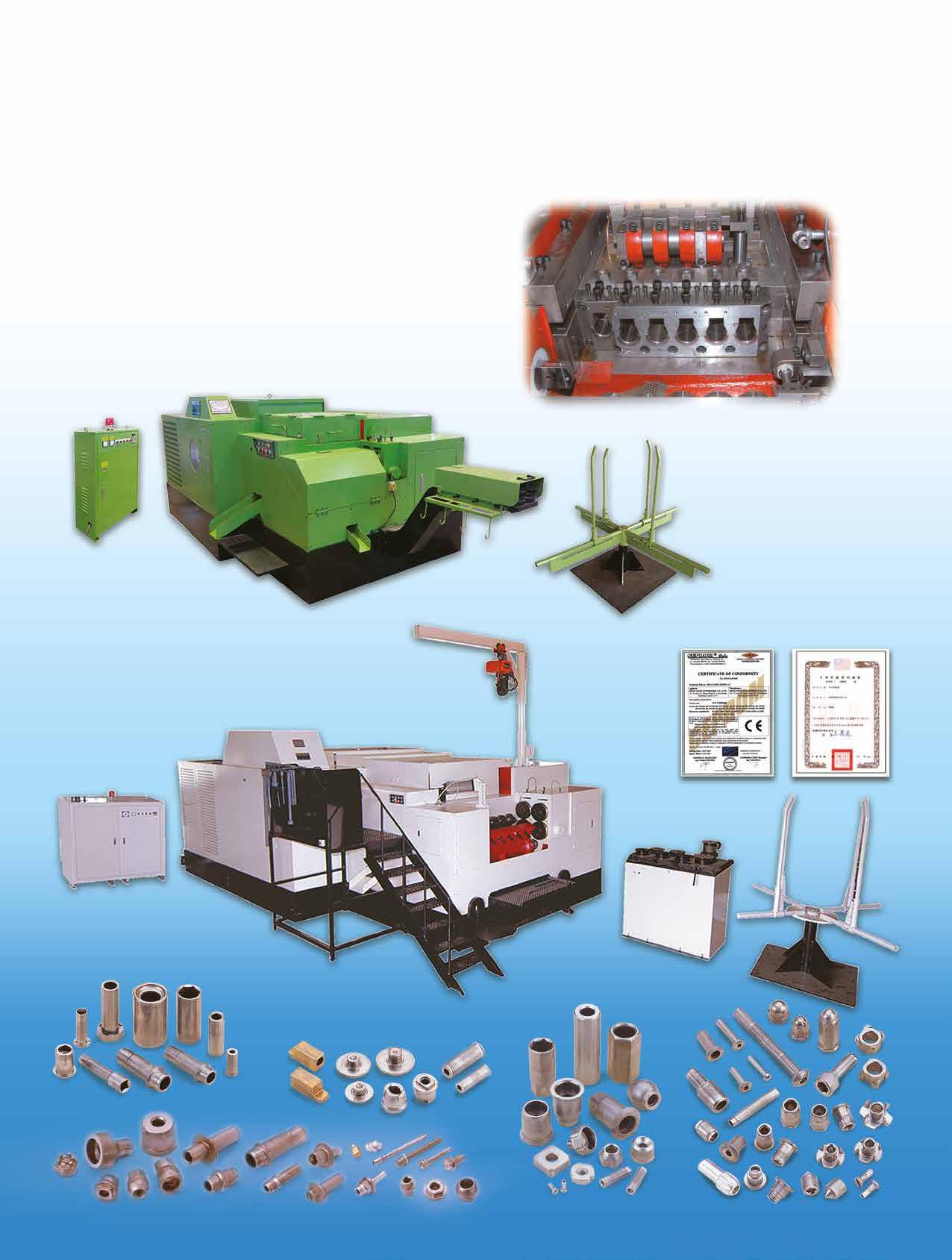





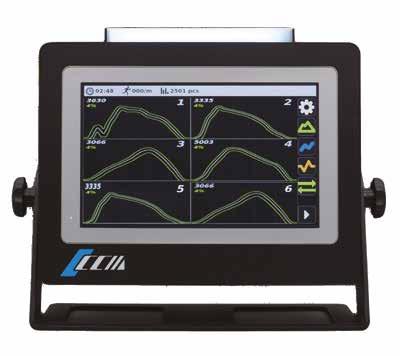
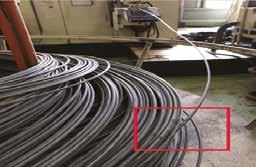
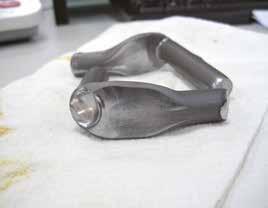
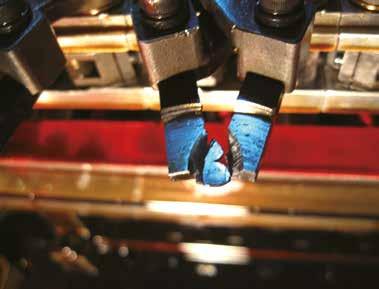
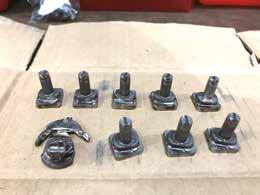
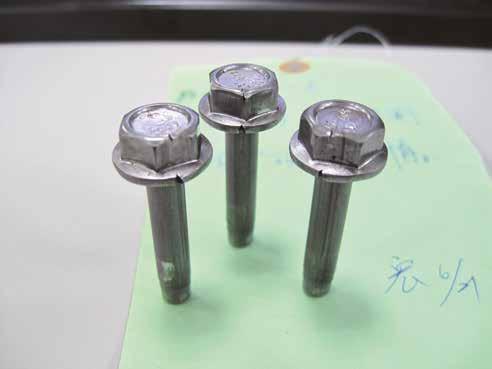
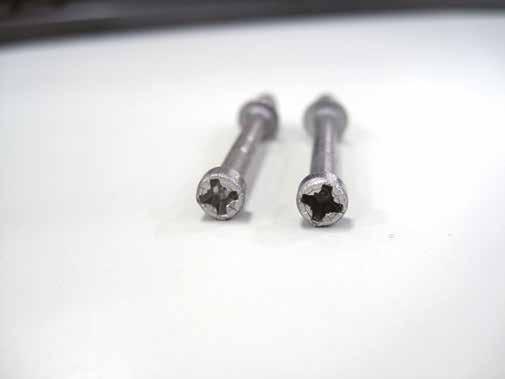

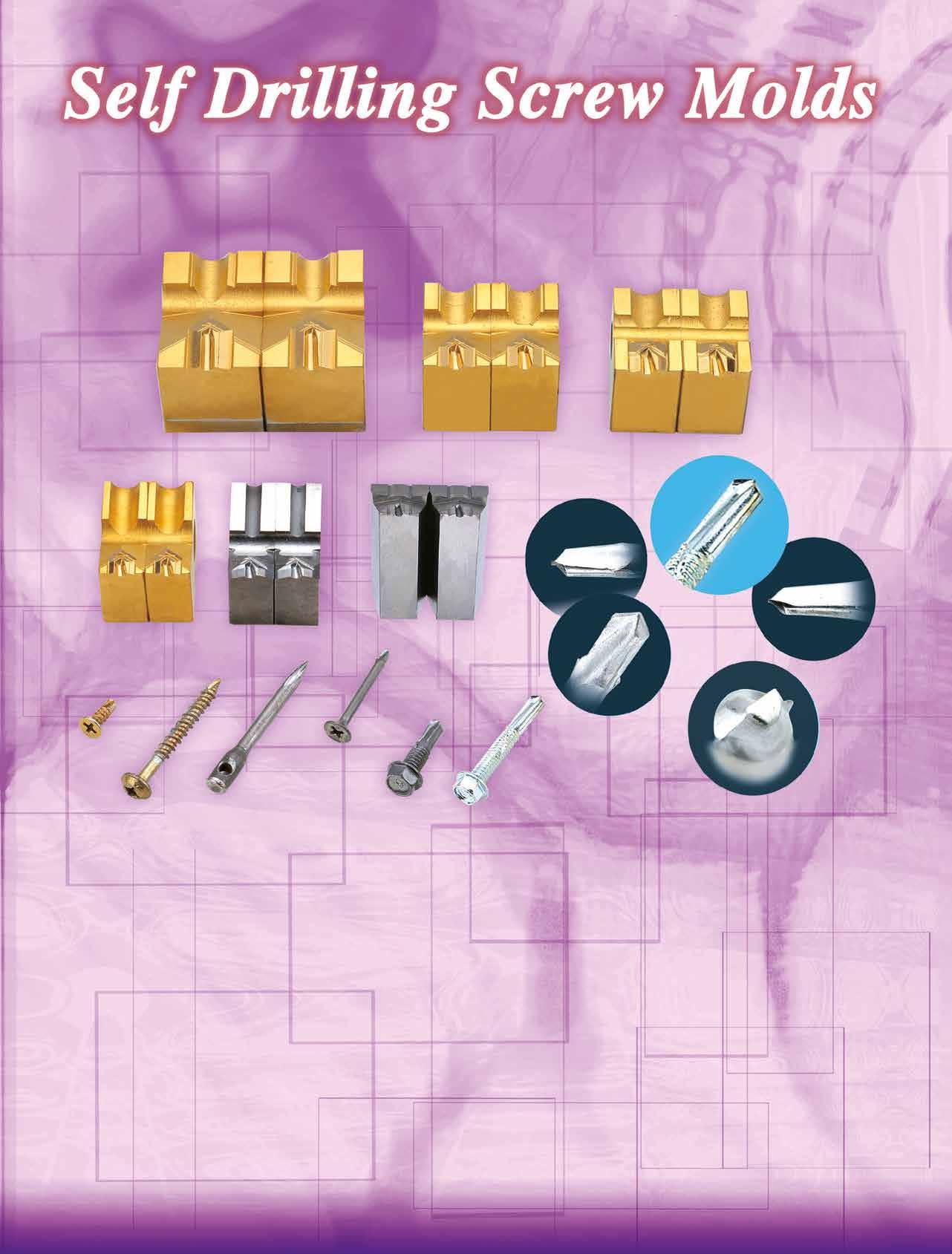
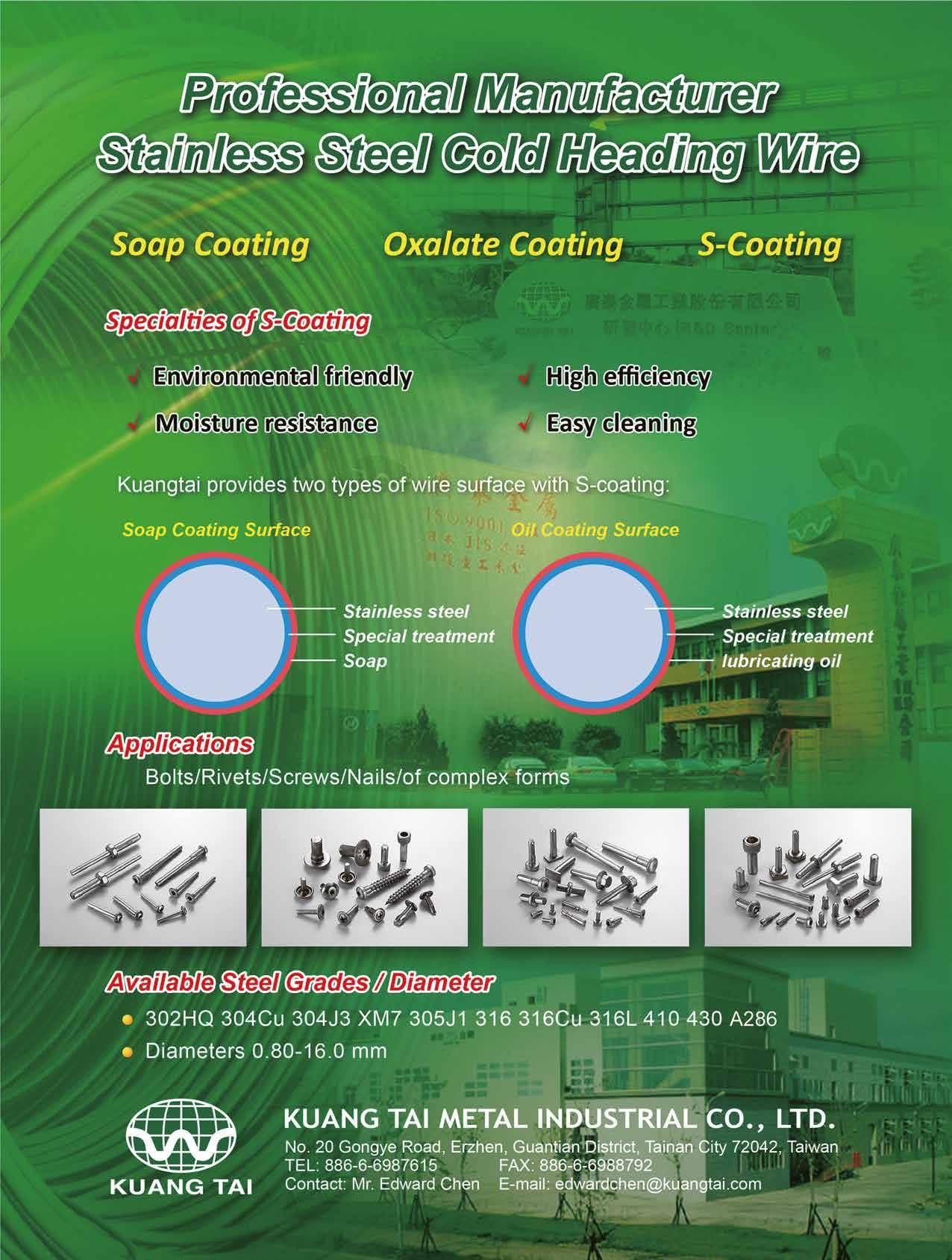

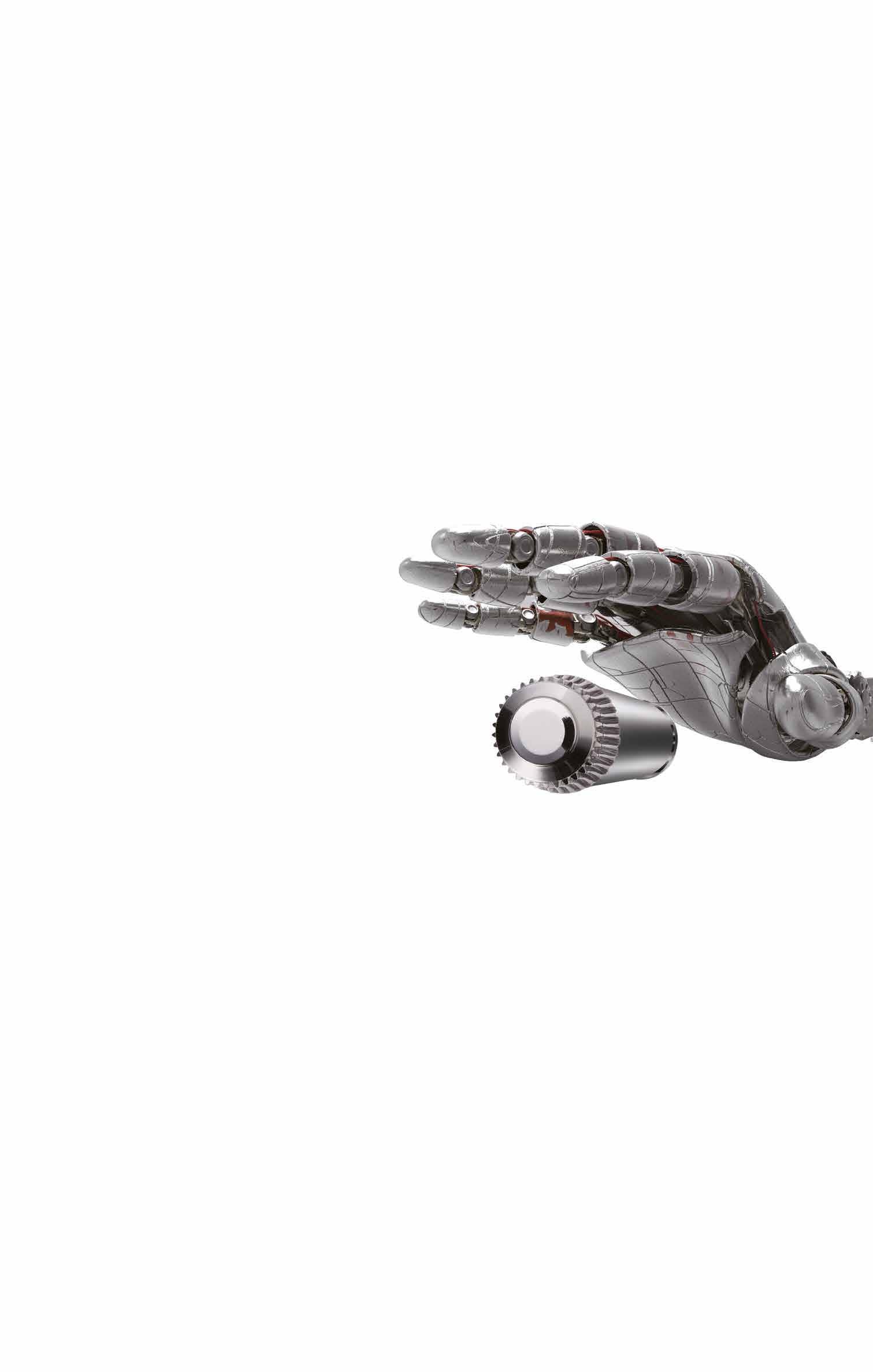
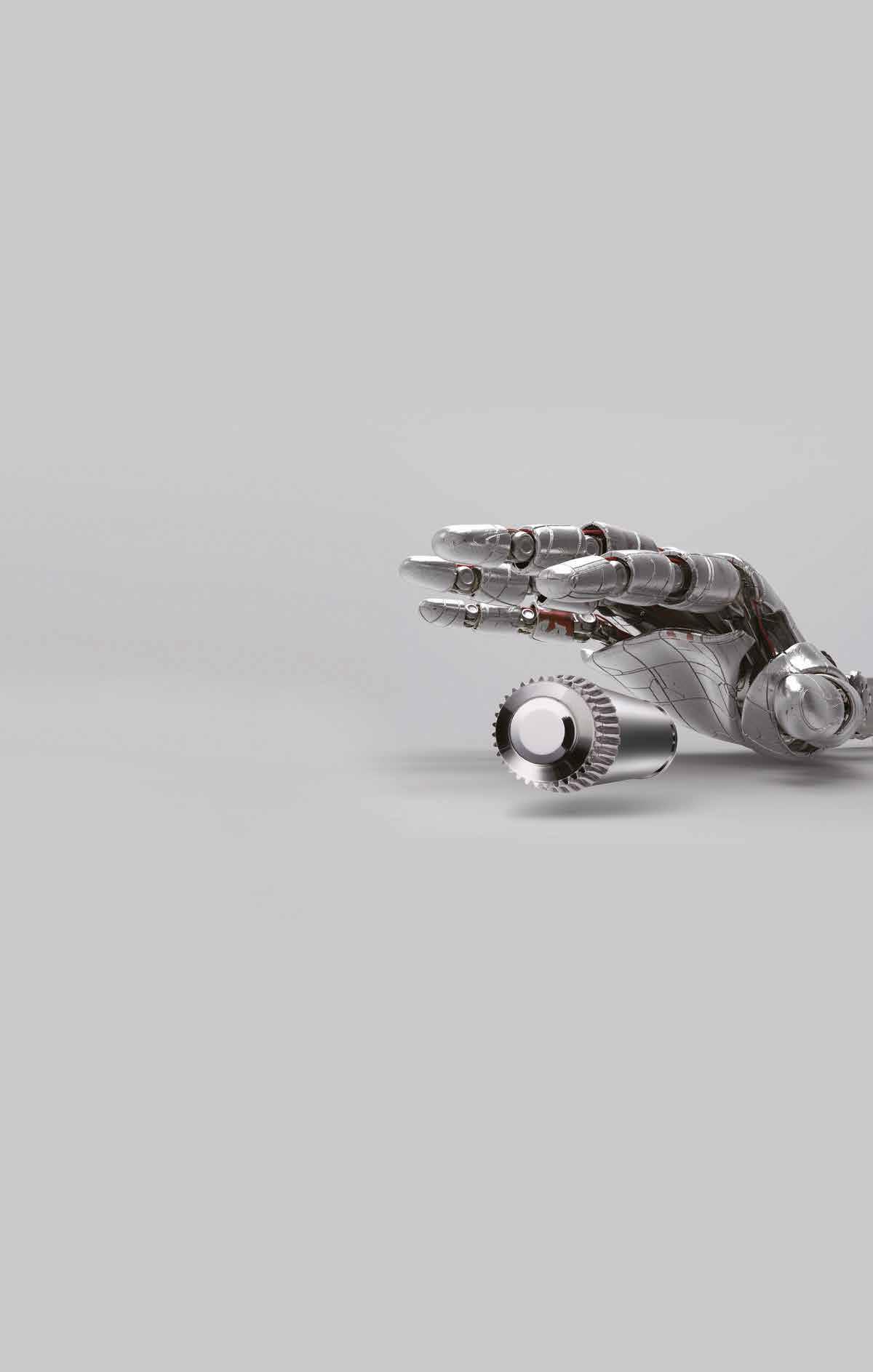
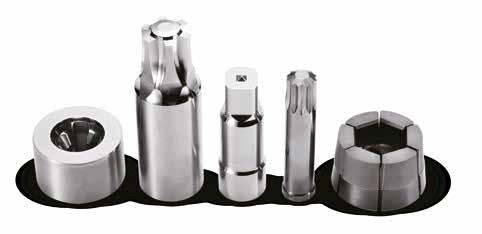
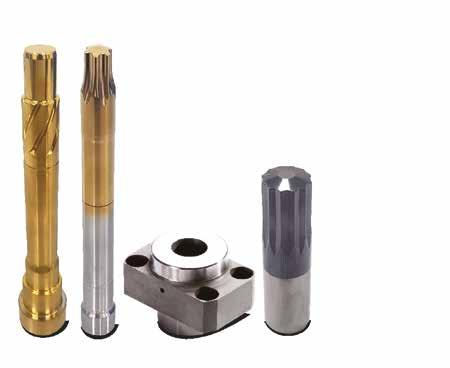

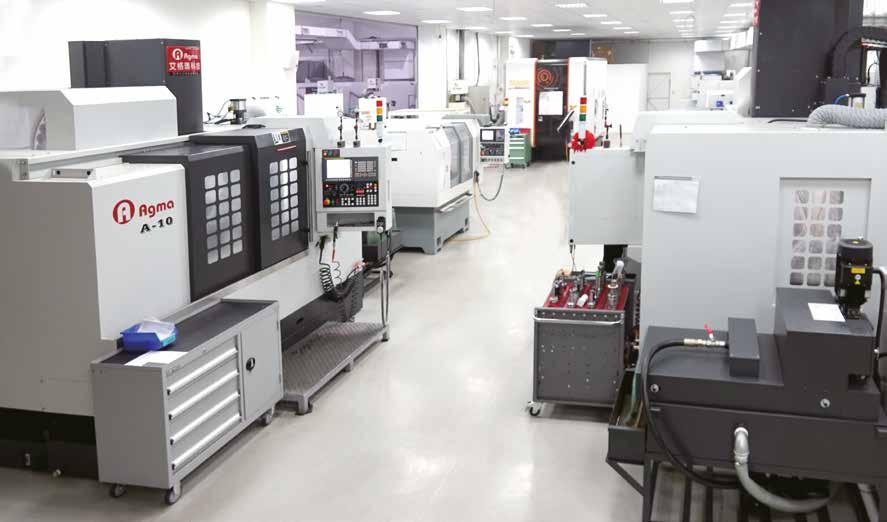
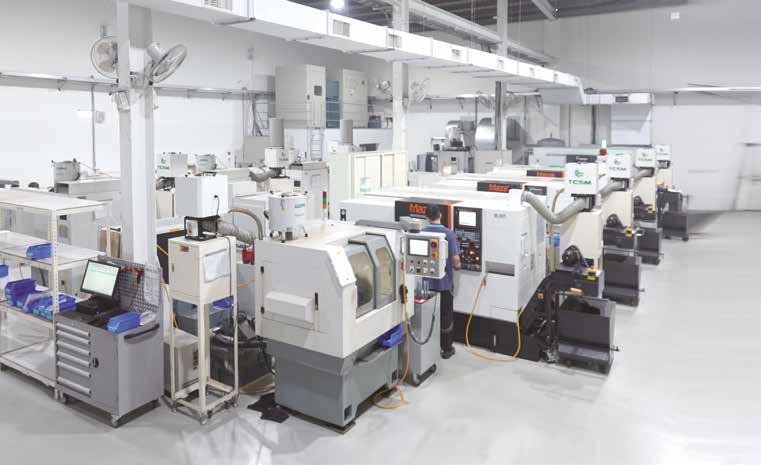
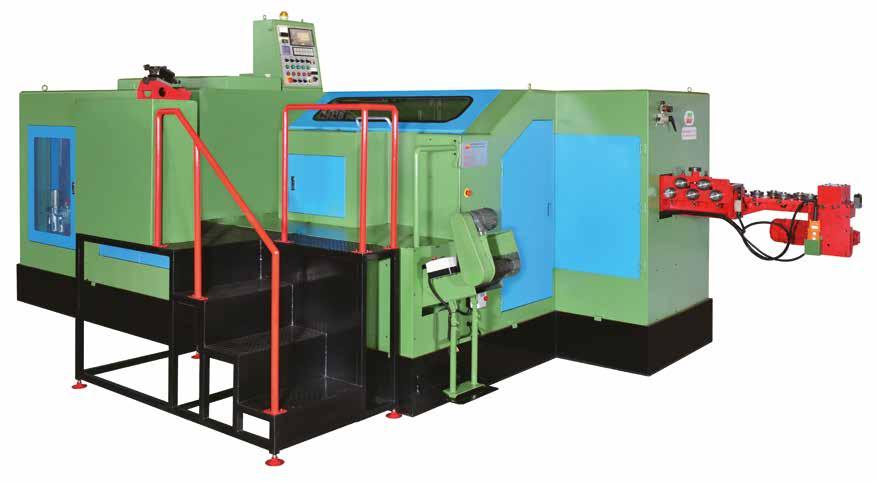

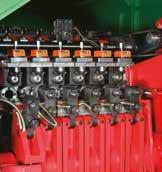

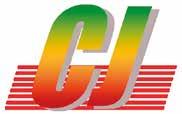

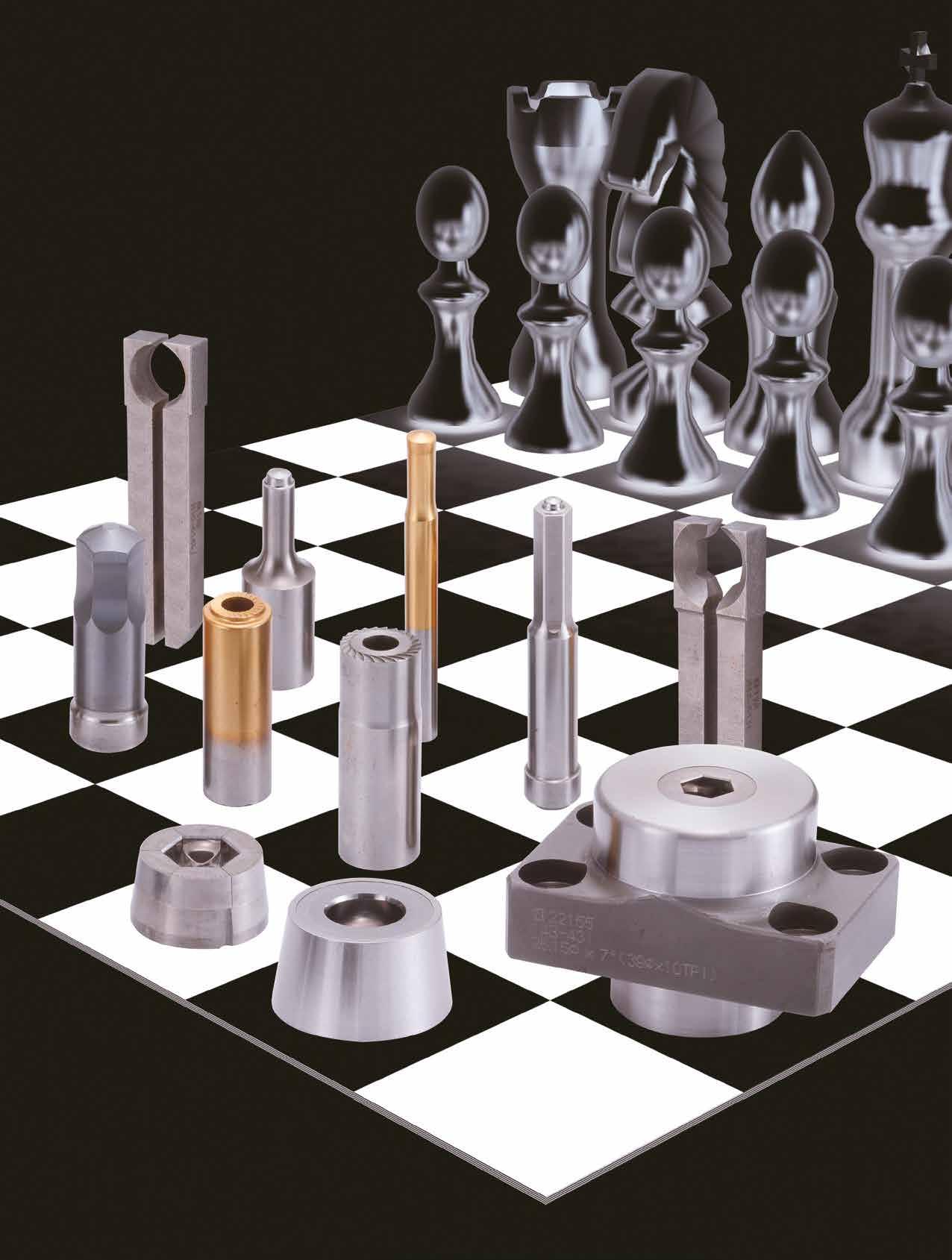


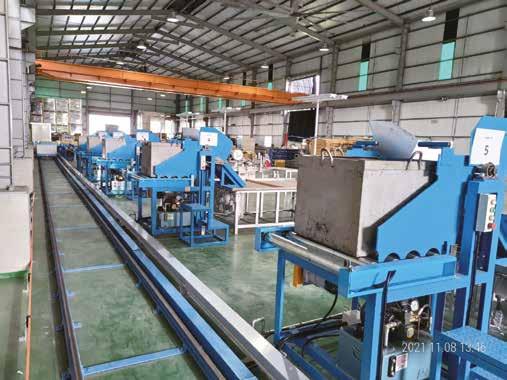
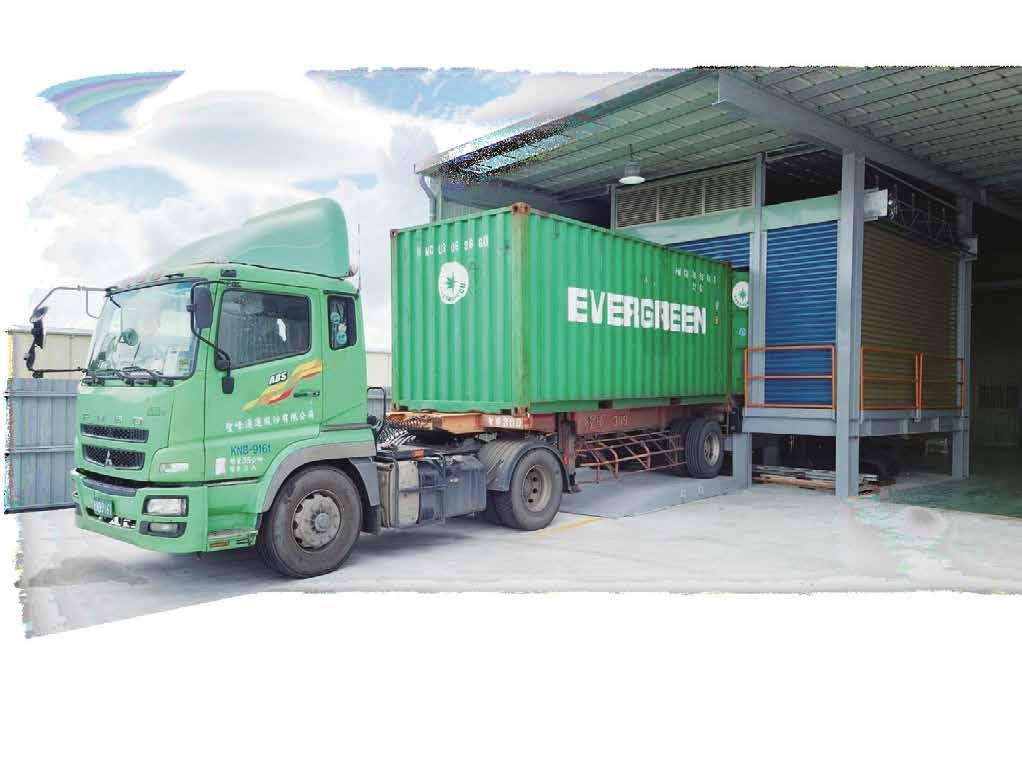
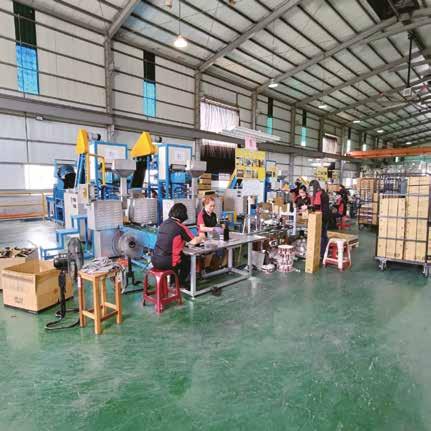
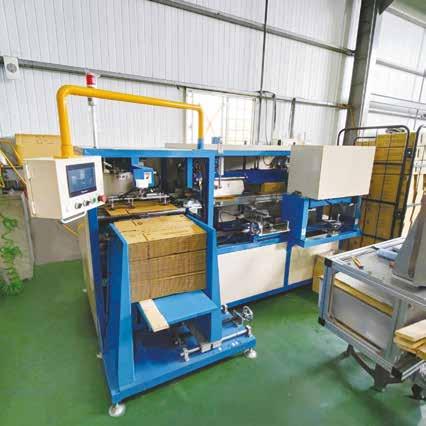
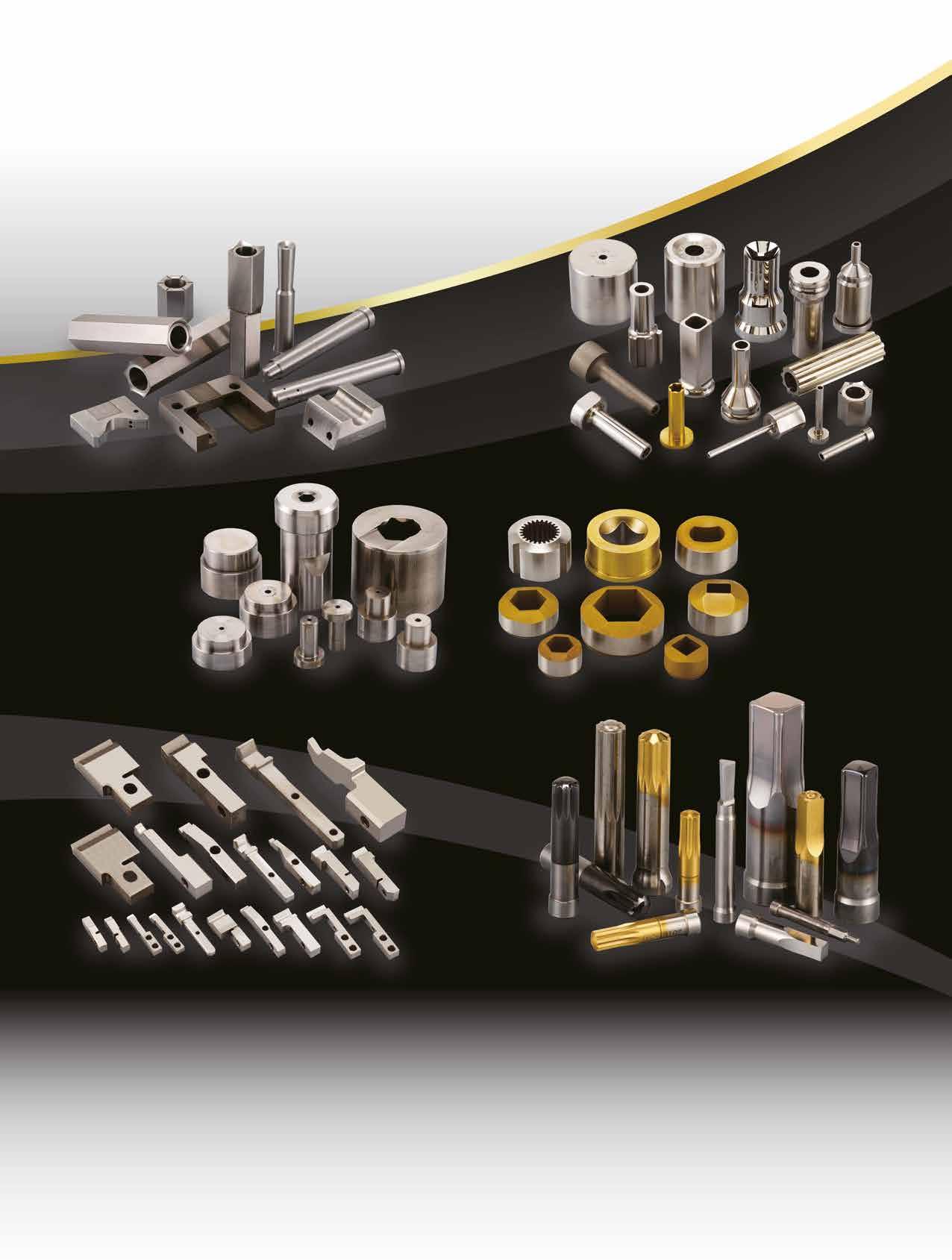

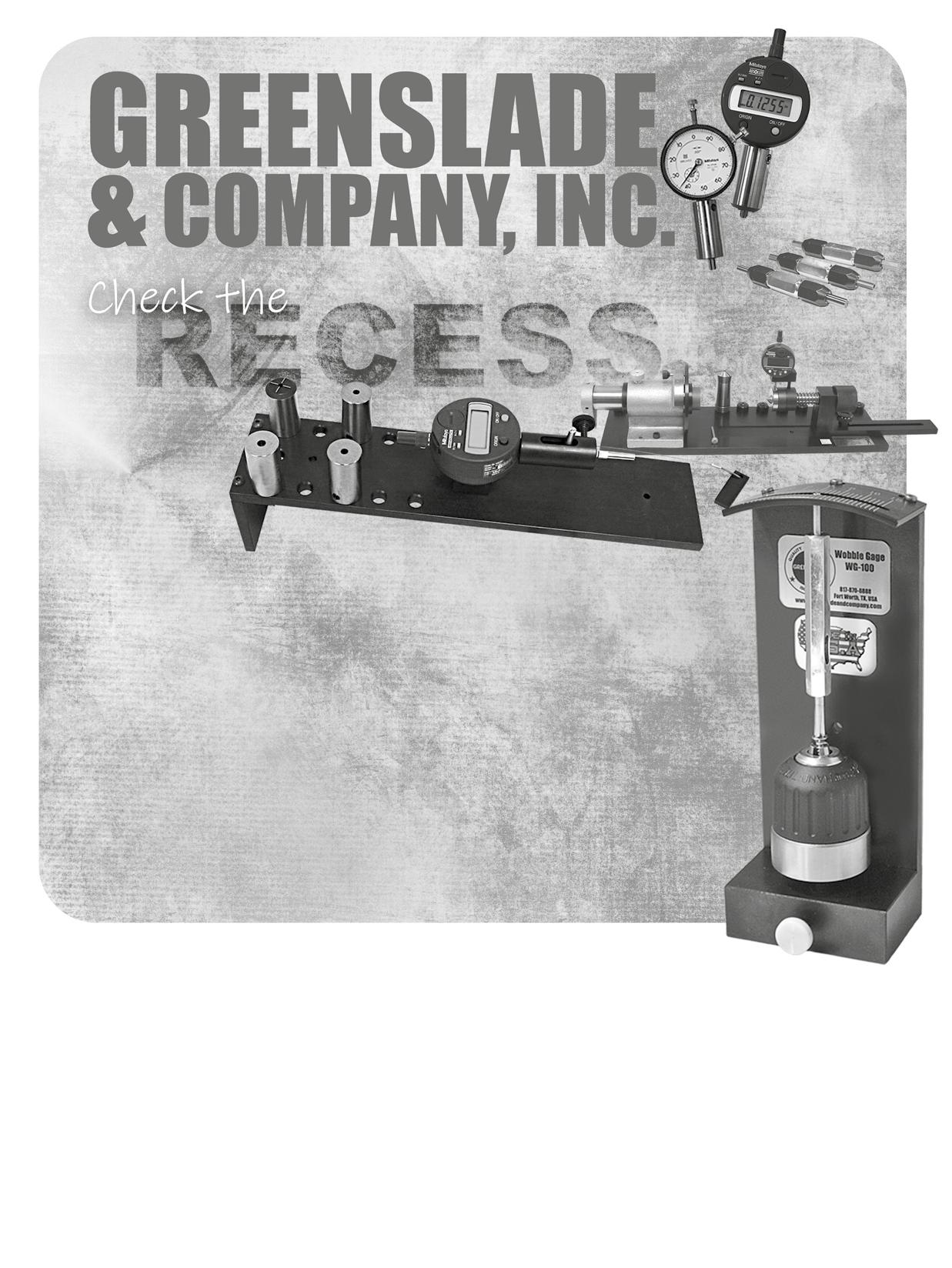


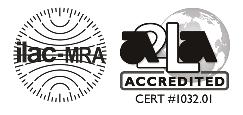

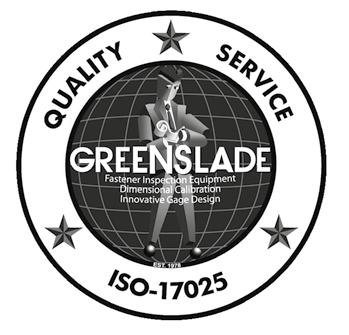



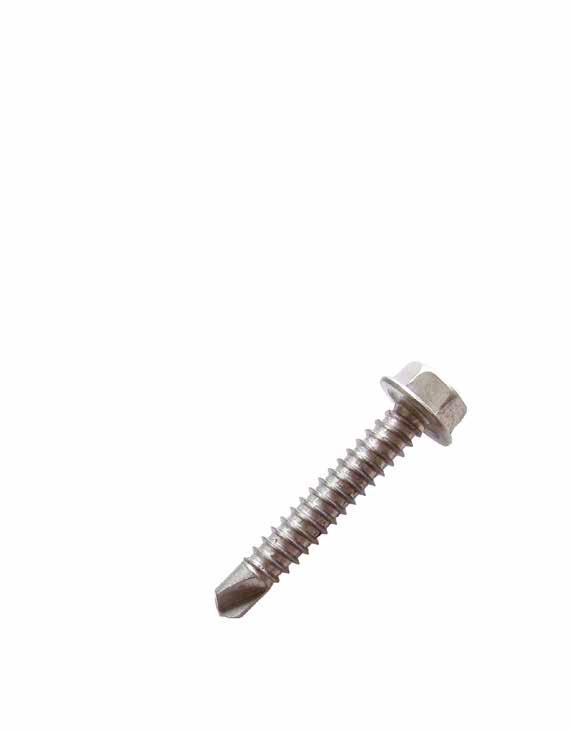
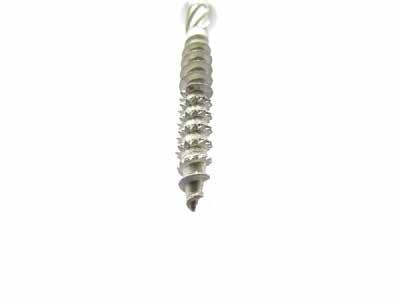
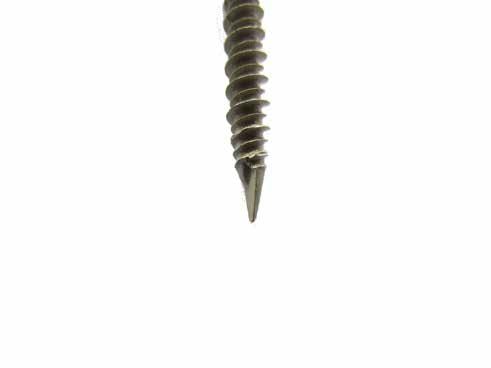
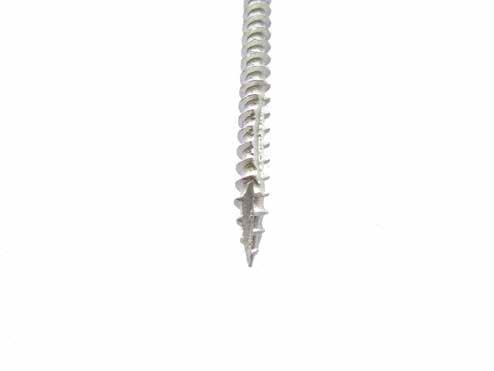

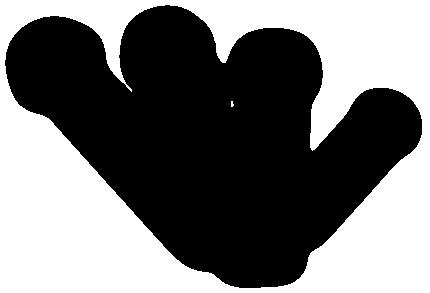
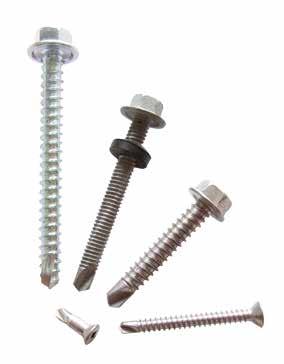
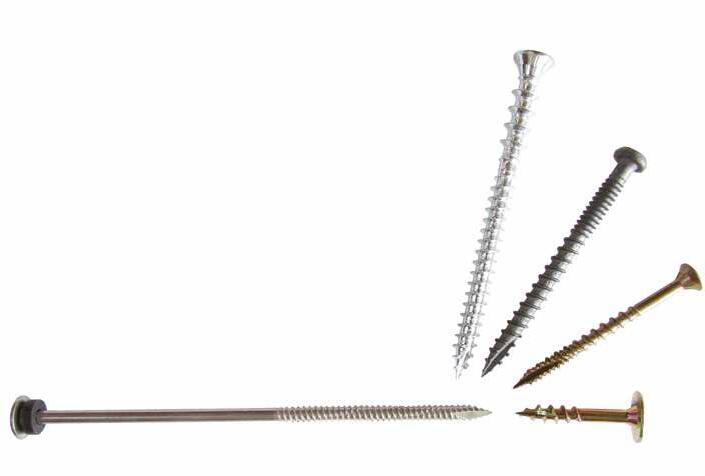
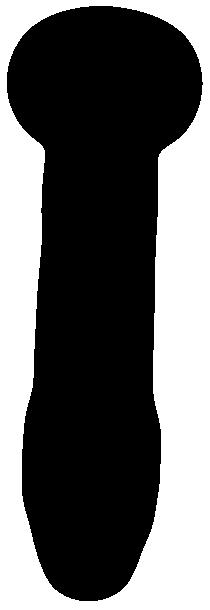




So, what really is torque? Torque is frequently thought of as the critical force when tightening a joint together, but there are many other factors to consider when using torque as a measurement.
Torque is a combination of forces. In physics, torque is a vector that measures the tendency of a force to cause an object to rotate about an axis while applying a tension to the axis. With a fastener, we are rotating either a nut or the bolt head about the axis of the bolt.
Torque is the force applied to a lever (wrench), multiplied by the length of the lever rotated perpendicular about a fulcrum: the fulcrum being the axis of the bolt. The force is measured in pounds, or Newtons. The lever is measured in inches, feet or meters. Therefore, there is the poundinch (lb-in), pound-foot (lb-ft) or Newton-meter (Nm) units of measurement.
Torsion is the amount of twisting performed due to an applied torque. When we stop turning the wrench, or twisting the bolt, the torsional forces dissipate. All forces are at rest. However, it should be noted that in many cases, joint relaxation will occur due to the ‘spring-back’ effect of the bolt as it equalizes the twist. Normal ‘spring-back’ of the bolt results in an average loss of clamping force of about 10%.
Torsion occurs during the tightening of the bolt as it applies a twist to the bolt’s body while the bolt is being elongated by the advancement of the nut along the helical threads (tension). This twist occurs due to the friction created between the threads of the nut, or tapped hole, and the threads of the bolt as the flanks of the mating threads engage under the pressure of tension.
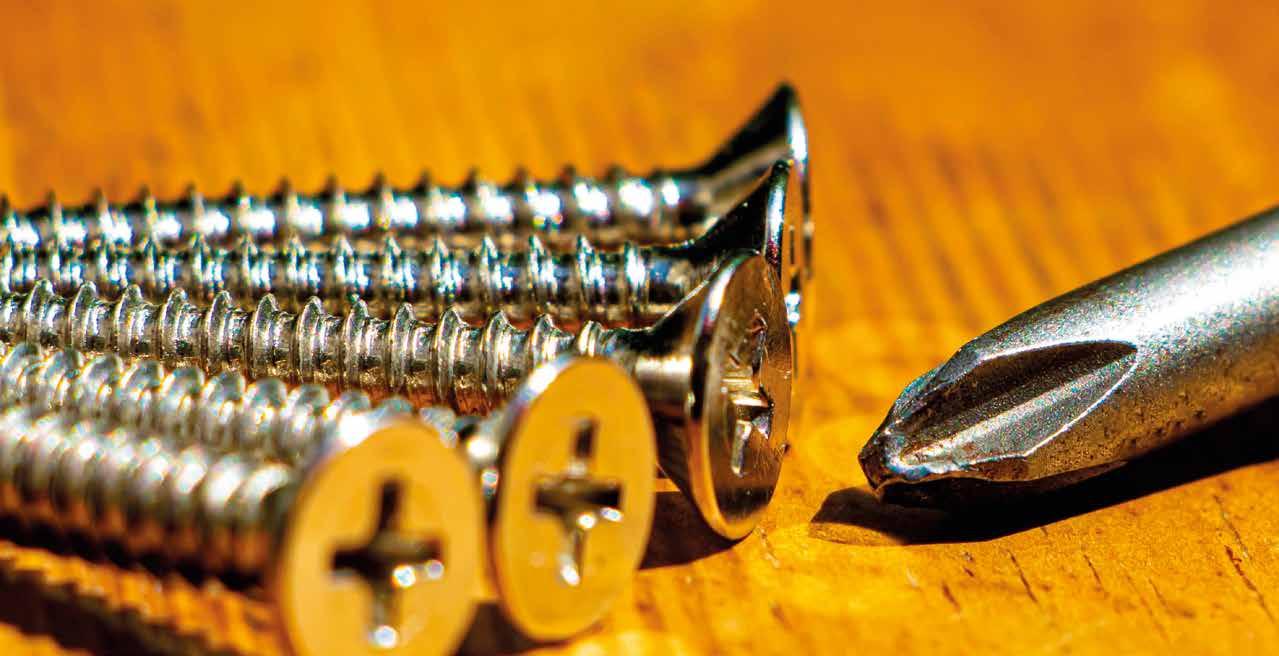
Therefore, torque is a function of friction. In essence, we are only measuring friction, not clamp load, which sets us up to be influenced by many variables.
Friction is that resistance we feel as we rotate the wrench during tightening, no matter if we use a torque wrench or a box wrench. We feel the joint becoming tighter with each degree of rotation as the nut is literally being crushed against the joint surface. This is the friction at the interface of the nut and joint surface.
We have two sources of friction: There is friction at the nut’s bearing surface, or at the washer-face of the bolt’s head, while the mating threads grind against each other at the same time in an attempt to apply enough strain on the bolt to carry it into its proposed elastic region and produce a clamp load upon the joint.
The approximate torque value is calculated using the universally accepted formula:
To calculate a torque value for a specific grade, diameter and thread pitch bolt, the Diameter (D) of the bolt is multiplied by its projected work load (W). Clamp load can be any predetermined desired load for the joint or, more commonly, it is a value that is 75% of that bolt’s proof load (with respect to Grade, Property Class and thread pitch). The product of which is then multiplied by a factor of ‘k’, then divided by 12 to convert inches to feet. The value of 12 is not used in Metric calculations.
The value of ‘k’ is the critical variable. In mathematics, ‘k’ is a constant, but with fasteners, it is a constant variable. This represents the coefficient of friction between the moving parts while under pressure. This includes under the bolt head or at the nut interface and between the threads.
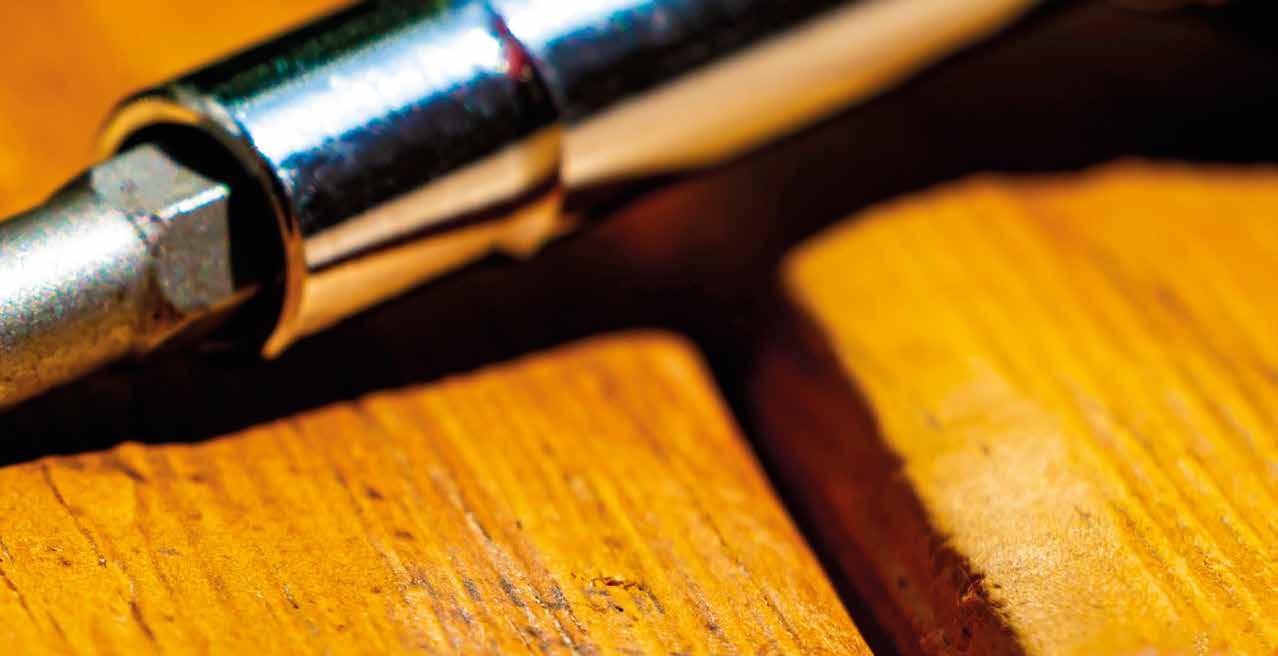
The value of ‘k’ is usually determined experimentally. This can be done using a load cell or by placing a bolt and nut into a solid fixture. When tightening against a fixture, use a beam type torque wrench (Fig. 1). Turn the nut against the fixture while observing the beam deflection. At some point, the beam will stop advancing. Make note of this torque value as this is the point the bolt has gone into yield. Any further rotation of the nut and the beam will begin to drop downwards.
These methods will determine the ‘k’ factor for the particular conditions of that bolt and nut; different types of plating finishes, oils, wax coatings and anti-seize lubricants and in different combinations. Once the ‘k’ factor has been determined, it may be used on other sizes of bolts with the same surface conditions.
Because of ‘k’, a torque wrench’s accuracy can be ± 150%. In fact, torque is only accurate under one condition, which only accounts for less than 50% of its use, and that is with using a lubricant.
The torque formula is just to show that friction variables can interfere with producing any clamping force that is close to being consistent and predictable. It demonstrates that a lubricated fastener will require less torque than a non-lubricated fastener.
Article by Guy Avellon Copyright owned by Fastener WorldUsing a high speed power tool can cause an elastic rebound effect upon the bolt. The joint compresses greater than normal under the high speed pressure which advances the nut further than normal. When the tightening stops, the joint rebounds back to normal exerting a greater force against the nut that produces more tension on the bolt than expected. In some cases, this could be close to yield.
A common saying in the racing community was that horsepower is how hard you hit the wall and torque is how far you move it. This is exactly what happens when the high horsepower of a power tool is applied to the assembly of a fastener; the force and torque on a nut being driven onto the bolt threads by the power wrench and into the joint surface can cause damage.
Speed, whether by hand or power tool, is not as affected by friction because of a builtup of momentum that would overcome any burrs or thread inconsistencies. In some cases, though, this would cause thread stripping of the bolt or nut. Low torque power tools are used for assembling multiple bolt joints but most of the surface variables are consistent with new parts. Maintenance assemblies are quite different and have many variables.
Torsion will destroy a bolt if there are not enough threads in the grip. That is, if the bolt breaks with only one or two threads left on the body of the bolt or one thread outside the nut, there were not enough threads or basic material to absorb the torsional twist of the assembly. Always try to maximize the number of threads in the grip. This will also help reduce the chance of metal fatigue.
Small screws are especially susceptible to head failure due to excessive torsion and speed. The head is against the joint surface and there is not enough material to absorb the twist. Slow application of low torque will help the life of the screws.
A torque number does not mean anything to an impact wrench or most power tools. Torque values are meant to be used as a guide, and then consider the associated variable(s). However, it is the technique of applying that torque which will go a long way to making the connection a safe connection.
The key to avoiding failures in any bolted joint is to be consistent.
Dr. Fastener: In 1841, Sir Joseph Whitworth presented his paper, “A Uniform System of Screw Threads” to Great Britain’s Institution of Civil Engineers, launching the first ever industrial standard. Since then, fastener standards have often led the way and are integral parts of many national and international standards organizations’ resources. In fact, today, there are thousands of different fastener standards. Keeping track of and understanding them can often be an overwhelming task. In this segment, Dr. Fastener will answer some frequently asked questions about fastener standards.
Article by Laurence Claus Copyright owned by Fastener WorldQ: What is a fastener standard?
A:
A fastener standard is a document either generated by an organization that composes and maintains industrial standards or an organization that uses fasteners, with the purpose of creating a uniform framework from which to assess product, performance, or process against. Fastener standards give us information like what material we should use, what dimensions to make the parts to, how parts should perform, what tests to use, and other information like that.
Q: What are the different types of standards?
A: There are thousands of fastener standards out there, but they generally can be categorized into one of several types; Product/Dimensional Standards, Material Standards, Test Standards, Process/Method Standards, Quality Standards, and Procurement Standards. For fasteners, the most common of these are Product/Dimensional Standards and Material Standards. Just about any part that is considered a standard will have an associated Product/Dimensional Standard. This document will either provide or reference all the necessary information to actually produce the part. Not only will it provide dimensions and important manufacturing information but, also, either specify or refer the user to additional standards or sources of information for the required raw materials, tests, quality practices, and other related information necessary to adequately define the part. Material standards may provide information about the raw material, processing information such as heat treating and plating, mechanical properties and performance, or testing. There are some standards written exclusively for the purpose of defining testing for fasteners, a special process or method, the quality system or practices to employ, or the purchasing requirements.
A: A Consensus Standard is one that was developed and maintained by a Consensus Standards Organization. A Consensus Standards Organization is one that has processes in-place to assure that the standard is developed by a diverse group of subject matter experts under strict structural protocols that guaranty agreement of these experts in the final output. Examples of Consensus Standards Organizations are the International Organization for Standardization (ISO), the American Society of Testing and Materials (ASTM), the Japanese Industrial Standards Committee (JISC), and the Deutsches Institut für Normung (DIN), to name a few. Although each Standards Organization has their own rules and methods of ensuring the quality and integrity of their standards, they all work in a similar fashion. Essentially each organization creates a technical committee for fasteners and recruits a group of fastener subject matter experts. They often take special care to make sure that the make-



up of these committees is balanced, so that no particular interest (such as manufacturers, distributors, or end users) has a dominating influence on the outcome of the standard. The process then requires back and forth dialog between the experts and a layered approval process that has checks and balances along the way to make sure that dissenting views must be heard and resolved before a standard can be released. Thus, they are called “Consensus Standards” as the process is designed to get the experts to hash out and resolve any differences they may have.
A: Many countries have their own national standards organizations. There are also many smaller, more specialized organizations that, in addition to standards centered on their primary focus, may maintain several fastener standards. Therefore, the list would be quite long. Internationally, however, the organizations that are very well known for their fastener standards are:
• International Organization for Standardization (ISO Standards)
• American Society of Mechanical Engineers (ASME Standards)
• American Society of Testing and Materials (ASTM Standards)
• Japanese Industrial Standards Committee (JIS Standards)
• Deutsches Institut für Normung (DIN Standards – Note: Many of the DIN fastener standards have been withdrawn and replaced with ISO standards, but DIN is still very much recognized for fastener and raw material standards.)
• SAE International (SAE and AMS Standards)
• National Aerospace Standards Committee (NAS, NASM, NA, and NAM Standards)
A: A Non-Consensus Standard is one that is not developed with a process that requires consensus. Generally any standard created by a user or an organization that is developing the standard for their exclusive benefit would be considered a Non-Consensus Standards. A couple of notable examples include Boeing fastener standards, Automotive OEM standards such as GM, Ford, and Toyota, and US military standards (MS Standards).
A: It all depends. One could make an excellent argument that Consensus Standards are better because they were developed by a broad group of experts that have come to agreement. As such, Consensus Standards usually represent a broader, industry-wide understanding of the topic. On the other hand, if you are a user and have unique requirements, a Non-Consensus Standard customized to your needs is better. Sometimes, however, because they may not reflect limitations or specific knowledge of the industry, they are much more difficult to meet.
A: Again, it depends. Some Non-Consensus Standards rarely get reviewed or revised. Consensus Standards Organizations, however, have rules in-place to make sure that their standards are regularly reviewed and updated as needed. Although ISO is somewhat of an exception because of the longer time frame needed to get international agreement, most organizations have rules to review and update their standards at least every five years. Often a standard needs no updating, in which case it receives a review and is “Re-Issued” or “Re-Affirmed”.
A: Let’s not call it a problem, but it does create challenges. The primary challenge is for user organizations to have a process that assures they are using the right revision level. To complicate matters, although most of the time an organization wants to be using the latest revision, there are cases where providing a part to an old revision is necessary. In this case, the supplying organization must make sure they are using the right revision. A second challenge that updating can create is with slow moving inventory. What does an organization do when it has a large amount of inventory of parts made to older revisions? This depends on each individual situation, although many updated standards have provisions for either selling or using up old stock first.
Q: What does it mean that Consensus Standards “lead the way”?
A: Since Consensus Standards are developed by a broad group of industry experts and they get routinely updated, they usually reflect the “state-of-the-art” understanding in the industry. As such, when a new practice or idea is introduced to the industry, it gets traction first in Consensus Standards. As it is accepted in the industry through Consensus Standards, Non-Consensus Standards usually follow.
Q: Have there been any significant problems in recent years with standards?
A: Yes. Two notable examples come to mind. The Consensus Standards Organizations often have many different technical committees. Sometimes these committees overlap interest. One such example occurred recently within ASTM and another within ISO. Essentially the problem was identical. Within ASTM there is a technical committee for fasteners and one for plating and coating. The Plating and Coating Committee has a general purpose standard, meaning it is meant to apply to many different industries and products, for zinc electroplating. This standard is ASTM B633. This standard was meant for general purpose usage so that it does not have any special provisions for threaded fasteners, such as the unique requirements for thread gauging. This committee was in existence for many years before the fastener committee was formed. Therefore, if a user needed to reference an ASTM zinc plating standard for a threaded fastener, this was their only option. Unfortunately, because it was not written for fasteners, it often created problems. To address these issues the ASTM Fastener Committee created their own zinc electroplating document, ASTM F1941/F1941M. The two standards do not agree on all points, most notably the conditions that trigger a hydrogen embrittlement relief bake. Although this might seem like a trivial difference, in fact, it created a great deal of confusion and lead to a couple of very high profile bolt recalls and legal actions. It became imperative to get this fixed. After several grueling years, the discrepancy in the standards was resolved and a revised B633 released in 2019. However, there is still confusion over which standard to use, and the fastener industry needs to continue to
educate its customers that they should always use a fastener standard for fasteners when one exists. At ISO there was an identical issue with potential confusion between the fastener specific electroplating standard, ISO 4042, and its general purpose counterpart.
Q: Have there been any notable revisions in the last few years or any coming up?
primarily, to inch standards. Alternately, this collection is available in a printed book, but the advantage of the on-line version is that the accompanying standards will always be up-to-date.
A:
To reiterate, Consensus Standards are always being updated and revised, so an answer to this question could be a long list. However, a couple of the most notable examples in the last few years include:
• ISO 4042 - This fastener electroplating standard has received several updates that included the addition a comprehensive Appendix providing guidance on a number of thorny issues related to electroplating fasteners and updating the hydrogen embrittlement relief requirements and actions.
• ASTM F3125/F3125M - This is a new standard that combined six different structural bolt types into a single standard. What were formerly six different standards, A325, A325M, A490, A490M, F1852, and F2280, is now one.

• ISO 898- 2 - This metric strength standard for nuts was revised in 2022.
• ISO898-12 - This primary metric strength standard for bolts and screws is currently being revised.
• SAE J12372 - This metric tapping screw standard was revised in 2021.
• SAE J4292 - This primary inch strength standard for bolts and screws is currently under revision and will probably be released with some significant revisions within the next year or so.
In general, no. Although things may appear “equal”, standards between organizations are not the same. Even if some of the information overlaps, it may not all overlap. If there is even a slight difference between standards, it is not appropriate to replace the existing standard with the other one. Therefore, although there may be instances where this is possible, in general, it is not good practice.
Q: How do I keep my standards library up-to-date? A: This is an important question and one all suppliers must wrestle with. Any organization that is registered with a modern Quality Management System, like ISO9001, must address this question head-on. The challenge for many organizations is the sheer number of standards they must have access to and the high cost associated with purchasing new versions every time they are revised. Although every organization must assess this subject and decide what is best for them, here are a couple of tips:
• If you supply inch fasteners- purchase a yearly subscription to the online IFI Book of Standards (www.indfast.org). This is a collection offered by the Industrial Fasteners Institute of most of the ASME, ASTM, SAE, and IFI standards related,

• If you supply metric fasteners- check with your national standards body to see if they offer an on-line compilation of ISO fastener standards. If not, the Standards Council of Canada (www.scc.isolutions.iso.org) offers a compilation of ISO fastener standards in an on-line format.
• There are also organizations that provide standards management services for you. You provide them a list of all the standards you need to keep up-to-date and they will either notify you or automatically supply you an updated version when it is released. Of course, there is fee on top of the cost of the standard for this service.
Dr. Fastener: The subject of standards is a very important one. Fastener suppliers should know which standards are important to them and be sure to stay updated every time one of these gets revised. Beyond keeping them up-todate, suppliers should have individuals that are “students” of these standards and know what is in them and how to read them. Organizations that don’t have such individuals should make a very concerted and intentional effort to get individuals educated on these documents. Finally, fastener suppliers and users, alike, should consider investing back into the industry by supporting experts from their organization to participate in their national standards committee work.
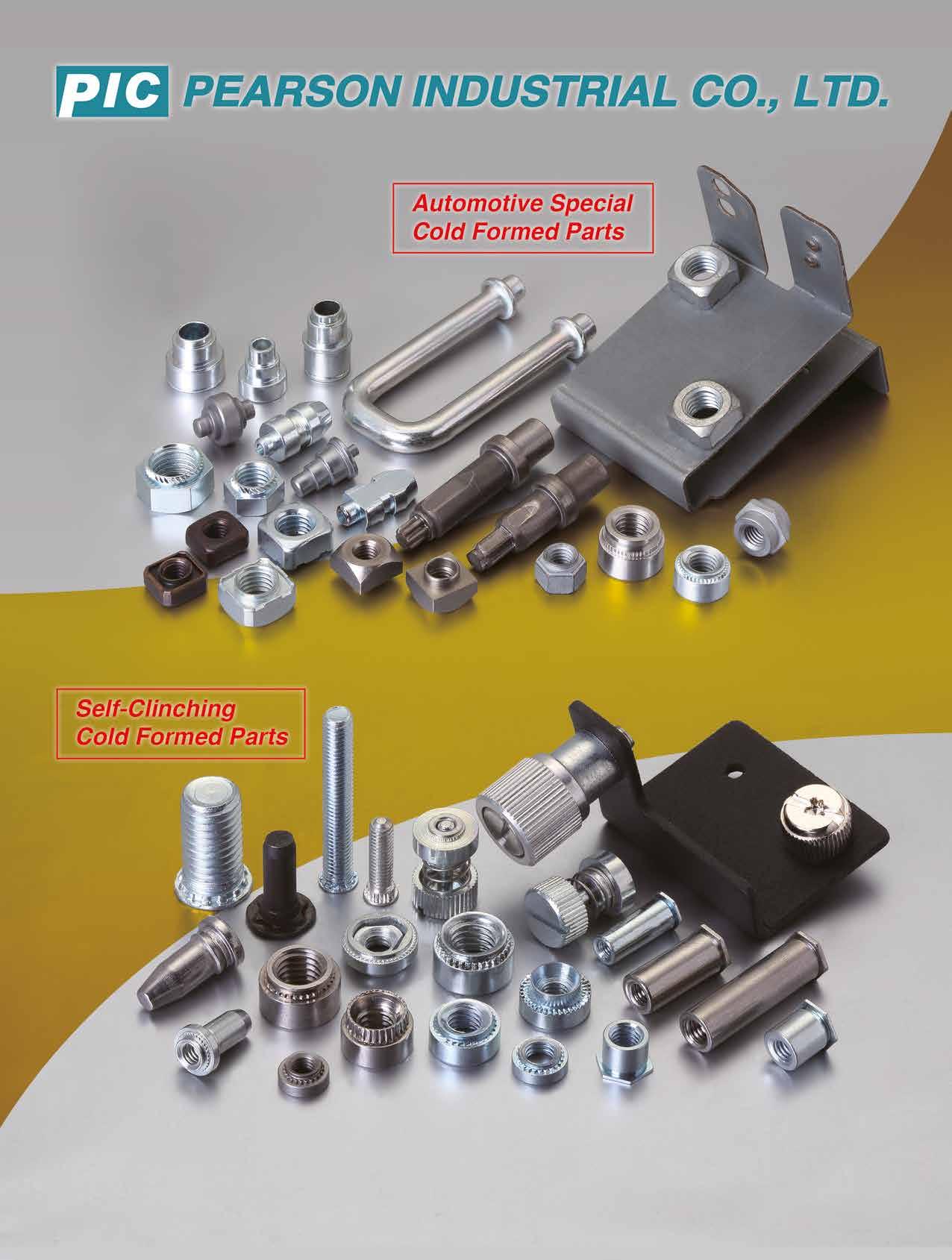
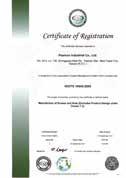

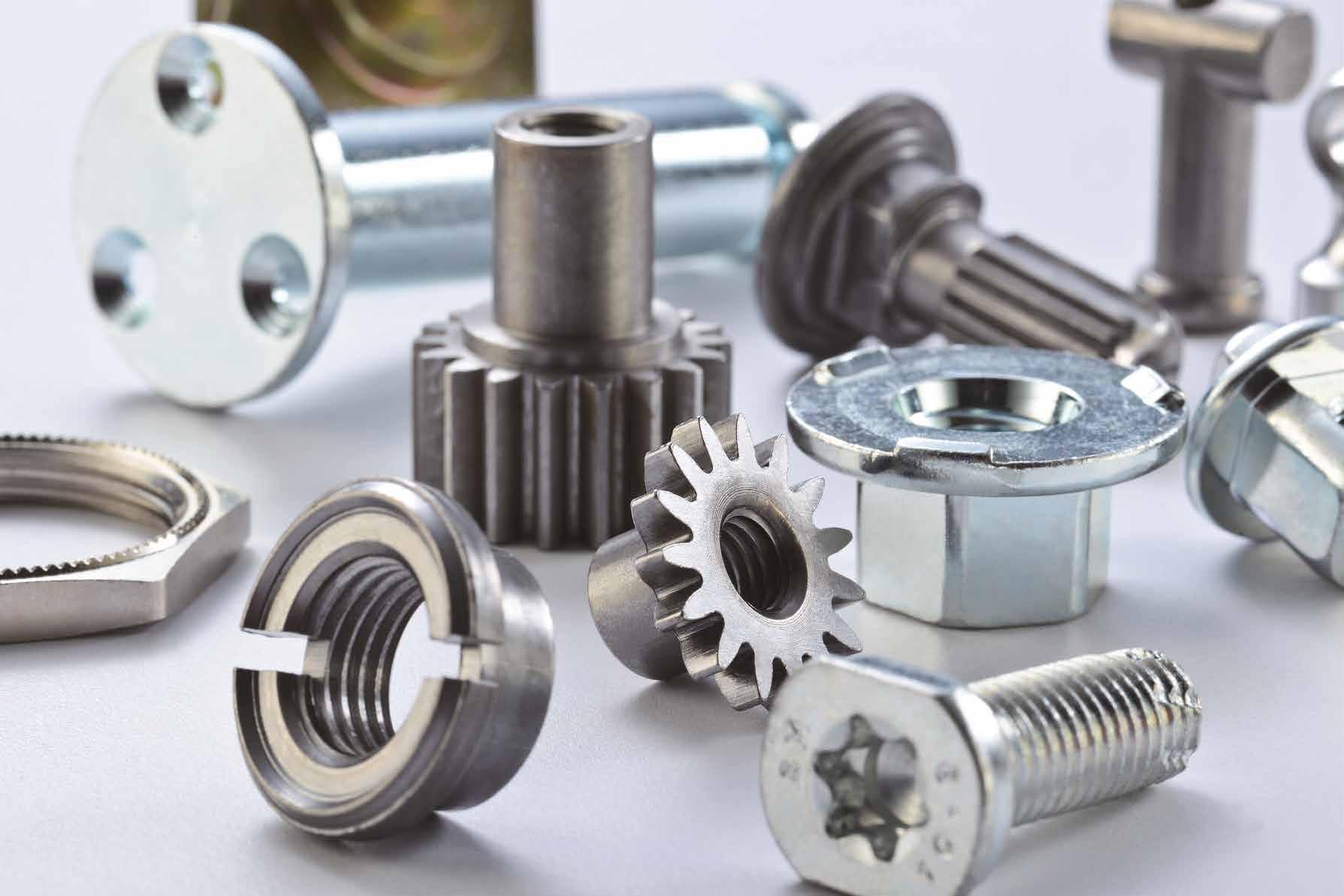
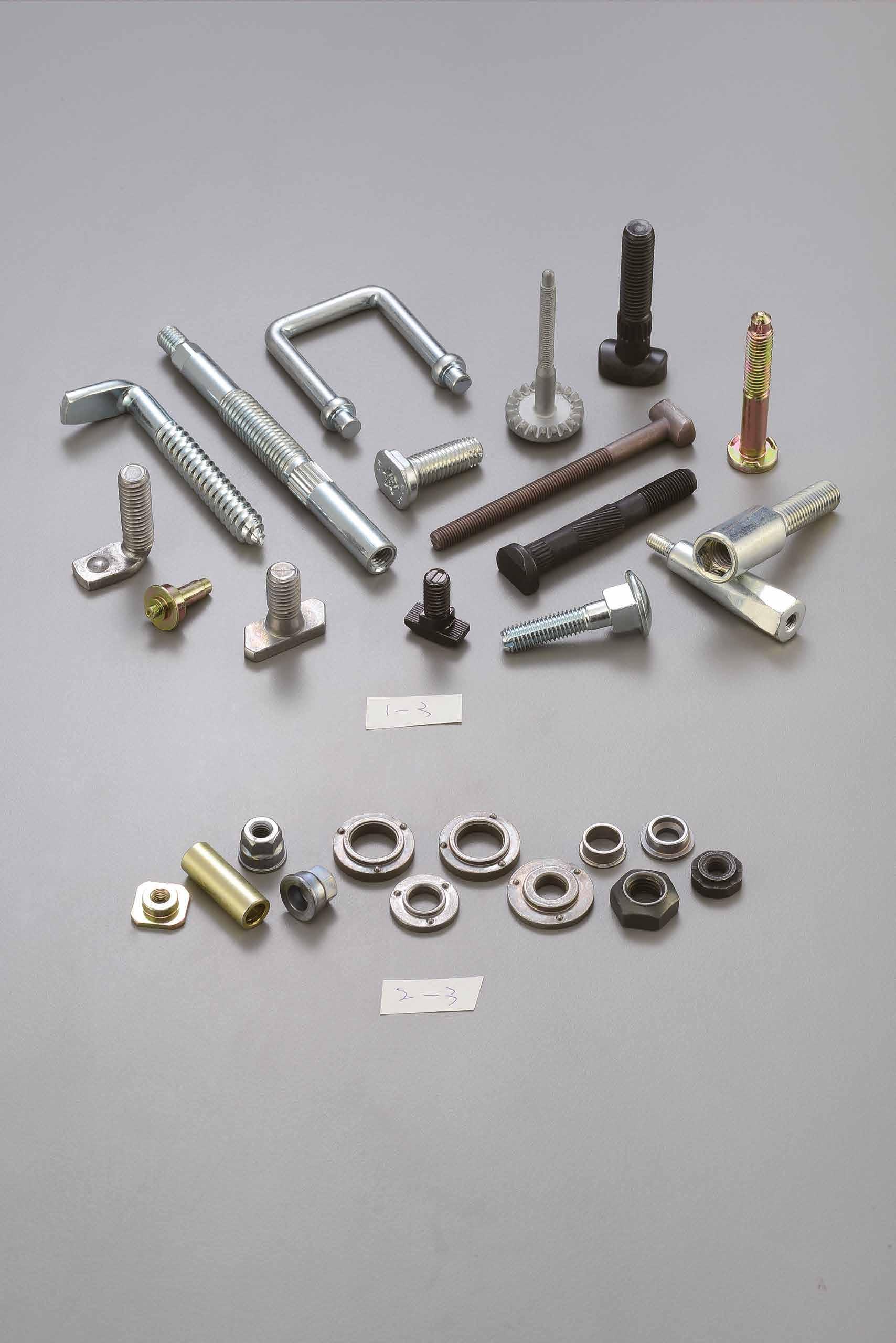
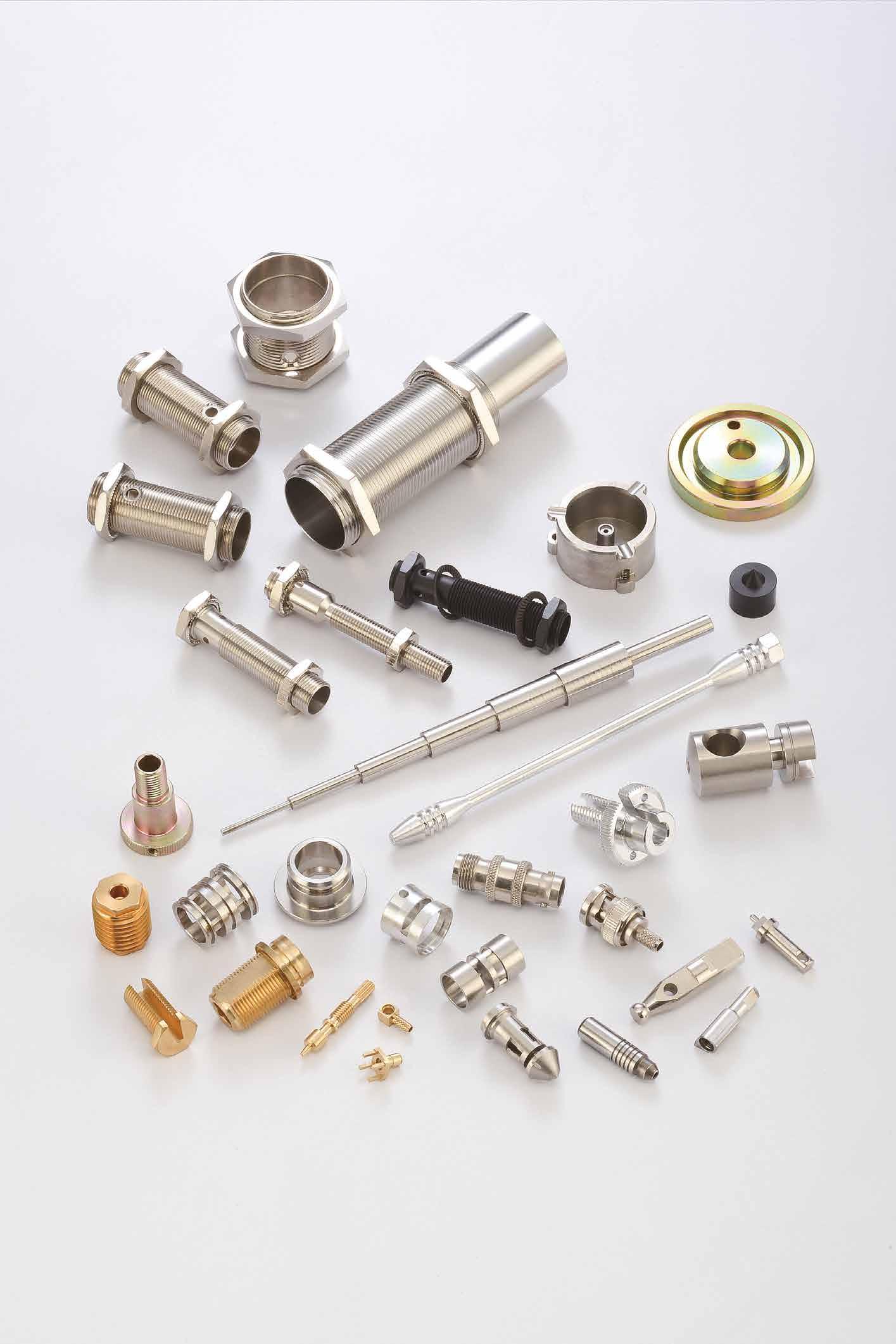
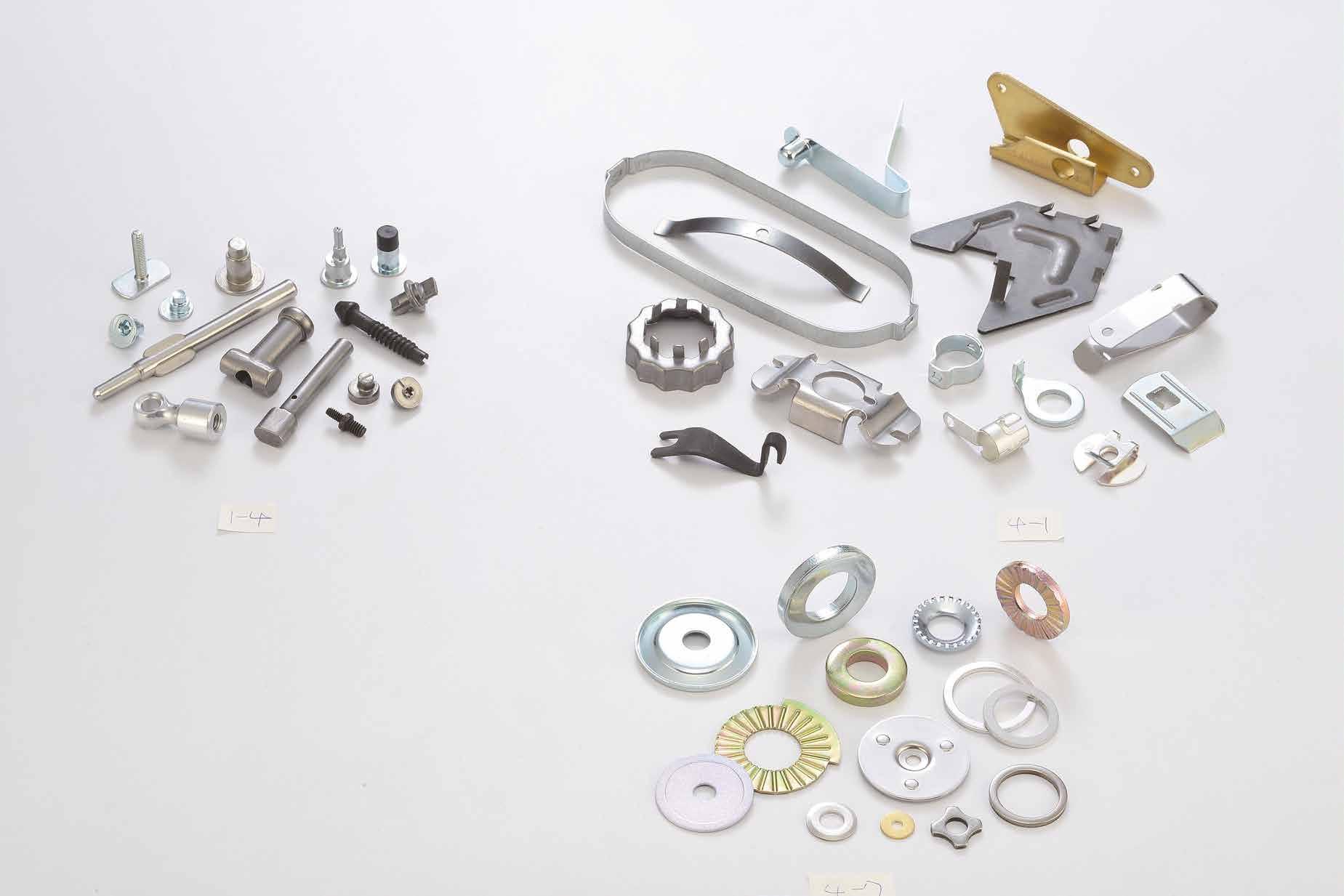

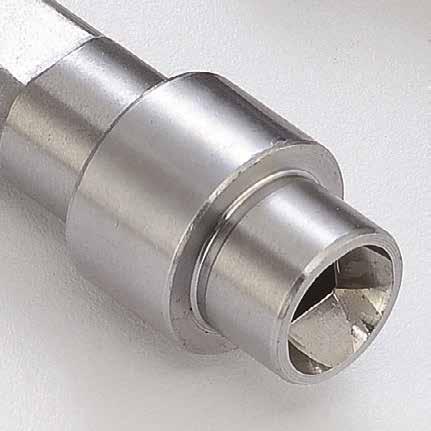

For many years, Taiwan’s fasteners have been mainly exported to the European and American markets. In addition to about 30% of its production capacity being utilized to serve European customers, about 45% of its production capacity is also utilized to serve the U.S. market. The changes in supply and demand in the U.S. construction, machinery, automotive, railway, 3C, aerospace, and other important fastener application industries also often affect the overall marketing and investment development of Taiwan fastener industry, demonstrating the close connection between Taiwan and the U.S. fastener supply chains. Despite the rise of many competing countries in the market, Taiwan’s industry is still unable to be replaced by competitors from other countries in the short term due to its long-standing and in-depth presence in the U.S. market and its leading edge in quality, price, service and innovation. This article will analyze the future development trend of Taiwan fastener industry based on the statistics released by the U.S. ITA and the export database of Taiwan’s Bureau of Foreign Trade. (Note: The data released by the U.S. ITA and Taiwan's Bureau of Foreign Trade may be slightly different due to time difference, but it will not affect the overall analysis results).
During the period from 2019 to November 2022, the overall export trend of Taiwan fastener industry showed a decline followed by a rebound. This was mainly due to the outbreak of the epidemic from 2019 to early 2020, which led to the border control and manufacturing shutdown in various countries, resulting in a decrease in global demand for fastener production. However, despite the decrease in import demand, it can be observed that the amount of fasteners imported by the U.S. from countries around the world still remained at a certain level, with the U.S. importing approximately US$5.514 billion of fasteners from the world in 2019 and decreasing to US$4.777 billion in 2020, without the so-called “total disappearance of fastener demand” or “big dive in orders” curve. On the contrary, during the period of 2021-2022, because the control of the epidemic in Europe and the U.S. gradually changed to the influenza mode, borders gradually opened up, the operation of society gradually returned to normal, as a result, the demand of the industries revived and the procurement of fasteners increased rather than decreased.
At this stage, Taiwan is still the largest source of fasteners purchased by the U.S., and the import amount is obviously higher than those of other countries. And with the performance of Taiwan’s fastener export to the U.S. in the first 11 months of 2022, which was already higher than the whole year of 2021, it can be confirmed that Taiwan’s fastener export to the U.S. will reach a new high in the full year of 2022. In addition, benefiting from Taiwan’s relatively stable control of the epidemic, the U.S. 25% tariff on Chinese fasteners and other products, as well as the epidemic in China becoming more severe again, U.S. buyers have adjusted their procurement strategy and switched orders to Taiwan in order to avoid a broken supply chain in inventory, indirectly weakening the rebound of Chinese fasteners sales to the U.S., and gradually widening the gap between Taiwan and China’s performance since 2020.
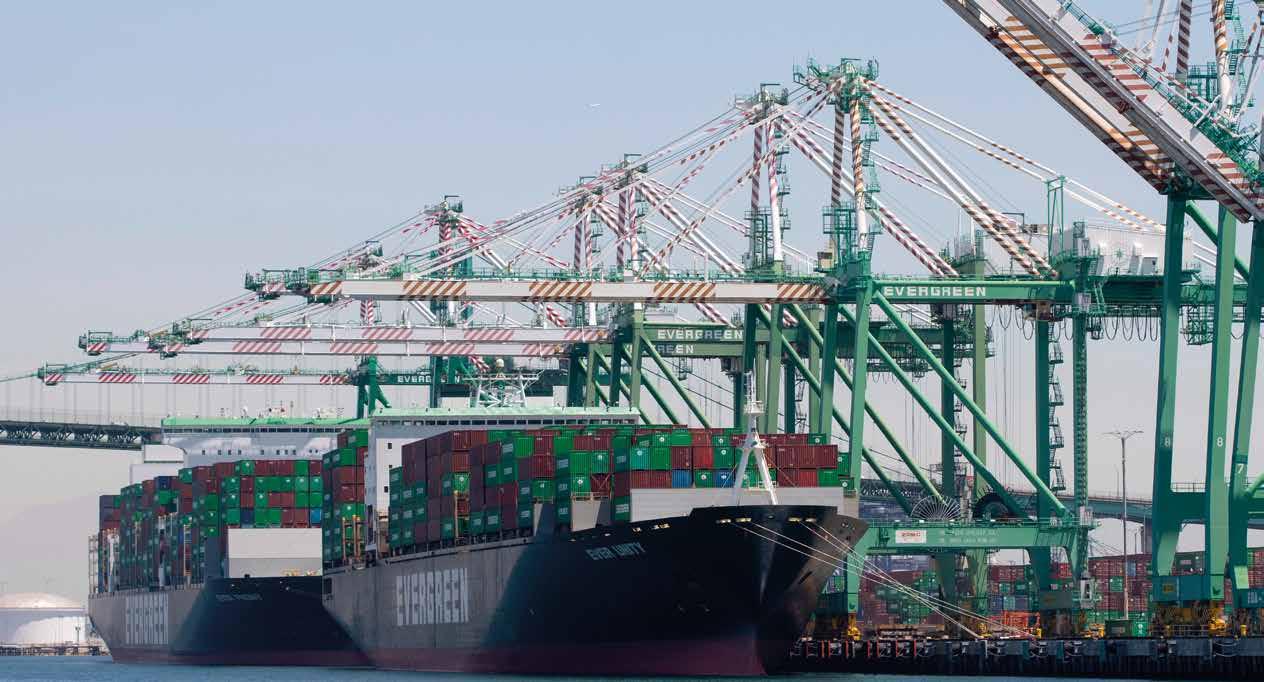
In addition, South Korea, India and Turkey, which are classified as imaginary competitors by some Taiwanese manufacturers for export competition, reported only less than 1/10th of Taiwan’s fastener export to the U.S., and cannot pose a threat to Taiwan’s fasteners in the short term. On the other hand, Japan, Canada, Germany and Italy, which mainly focus on the production of higher-end fasteners, also ranked high in the list of major fastener import sources in the U.S.
The top 20 fastener import sources in the U.S. are Taiwan, China, South Korea, India, Mexico, Thailand, Vietnam, the United Kingdom, France, Malaysia, and Brazil, which have been identified to perform better than the previous year in 2022.
According to the statistical data from Taiwan’s Bureau of Foreign Trade, Taiwan exported a total of about 1.5 million tons of fasteners to the world in the first 11 months of 2022, almost the same as in the same period of 2021, and has returned to the export level of 2019 before the epidemic; its export to the U.S. reached 667,400 tons, accounting for 44.63% of Taiwan’s total fastener exports, a slight increase of 2.30% over the same period in 2021. It is worth noting that although Taiwan’s fastener export volume in the first 11 months of 2022 did not change much compared to the same period of the previous year, but its export values to most of the top 20 export partners have long exceeded the annual data of 2021, which can be roughly deduced that Taiwan’s fastener unit prices in the current exports have been recently on a rise.
In the first 11 months of 2022, Taiwan exported a total of about US$5.7 billion of fasteners worldwide, a significant increase of 17.24% compared to the same period in 2021, of which the U.S. accounted for about US$2.555 billion, and compared to the same period in 2021, an increase of 23.17%, a better overall growth trend.
I think it might be that in recent years Taiwan fastener industry has been doing a lot and proved to be quite successful in its way toward smart manufacturing, higher value-added products, and more customized service, and has invested faster than its competitors in China and Southeast Asian countries, thus indirectly enhancing the competitiveness of Taiwan’s products on the global stage. On the other hand, the crisis of disrupted supply chains encountered by many U.S. buyers during the epidemic has made them realize the efficiency and advantages of Taiwan fastener industry in terms of its quality and service, and they are willing to purchase Taiwan’s fasteners at higher prices to make up for the inventory shortages.
It can also be observed from the statistics of Taiwan’s top 20 export partners that not only the United States, but also Germany, the Netherlands, Japan, Canada, Mexico, Sweden, Italy, Australia, France, Poland, Spain, Slovakia, India, Denmark, and Vietnam have seen significant growth in export value during the same period. Slovakia even nearly doubled the growth, which is worthy of attention.
Taiwan fastener industry has nearly 2,000 companies and up to 40,000 employees. It has the most dense and integrated fastener manufacturing chain in the world, and has continued to play a reliable role in supporting the U.S. and global industries for many years. The relevant data also show that the Taiwanese industry is still an indispensable source of fastener supply for the U.S. market and cannot be replaced by other countries in the near future. The high level of interest from U.S. buyers in the International Fastener Expo (IFE) in Las Vegas this year was also observed. Before the emergence of stronger competitors in the market, Taiwanese suppliers should seize the opportunities to actively strengthen the development of more high-value added products and deployment in more advanced markets, so as to avoid the dilemma that the product homogeneity is too high and can only compare prices with other competitors. On the other hand, they should also make good use of their current leading position in the U.S. market to deepen the cooperation links with local customers and show the uniqueness of their own services, so as to maintain the adhesion of customers to Taiwan’s fastener supply chain and create more possibilities for future cooperation.
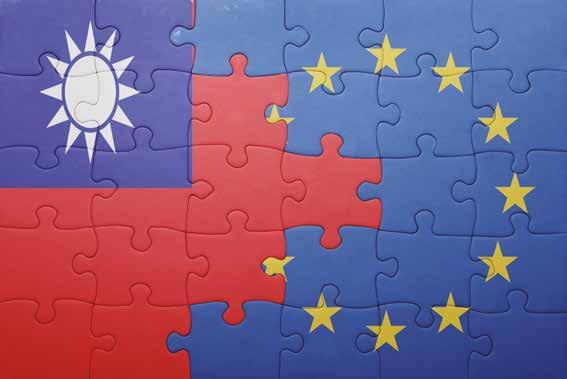
Taiwan and Europe have long been close partners in fastener trading, and there are many fastener manufacturers in Taiwan focusing on the European market. With the upcoming Fastener Fair Global in March receiving strong interest from fastener manufacturers in Taiwan, the first quarter of 2023 is a critical time for the Taiwanese fastener industry to expand its market share in Europe. This article focuses on the fastener trade data between Taiwan and Europe in the past four years, as well as the import and export trends of major fastener trade items, to provide the industry with a reference for assessing market development.
In terms of export weight (Fig. 1), Taiwan exported 493,000 tons of fasteners to Europe in 2019, dropping to 421,000 tons in 2020, rebounding to 534,000 tons in 2021, and 471,000 tons in the first ten months of 2022. The export weight for the whole 2022 is expected to be higher than 2021. Overall, Taiwan's fastener export to Europe benefits from Europe's anti-dumping measures against China, and the export volume should continue to increase with the pandemic subsiding, but due to the current low demand in Europe and the U.S., there is no guarantee of greatly exceeding the export growth of 26% in 2021. On the other hand, Taiwan's export value (Fig. 2) of fasteners to Europe has been growing in recent years, from US$1.39 billion in 2019, down 13% at the time of the outbreak, to a surge of nearly 40% in 2021, and reaching US$1.65 billion in the first ten months of 2022. In other words, Taiwan's import and export of fasteners with Europe are expected to continue to increase in the future.
Taiwan's fastener export partners in Europe are shown in Table 1. Based on the export value in 2021, the top five partners were Germany, the Netherlands, the United Kingdom, Sweden, and Italy. The top ten export partners of Taiwan to Europe in that year were mostly in Western Europe, while the rest were in Central, Northern and Southern Europe. There were no Eastern European countries in the top ten rankings.
Taiwan's exports to Germany grew from US$390 million to US$450 million from 2019 to 2021, and accumulated to US$430 million in the first ten months of 2022, and were expected to approach US$500 million for the whole 2022. The Netherlands grew from US$220 million to US$290
Unit: Weight in kg, Value in USD
Customs Code: 7318
Sorted by Export Value in 2021
Source: Taiwan Bureau of International Trade, Ministry of Economic Affairs
million, reaching US$ 2.8 million in the first ten months of 2022 and was expected to surpass the level of 2021 in 2022. UK grew from US$170 million to US$200 million, reaching US$170 million in the first ten months of 2022, and was expected to maintain or surpass US$200 million for the whole 2022. Sweden grew from US$94.55 million to US$120 million, reaching US$110 million in the first ten months of 2022 and could approach US$130 million for the whole 2022. Italy was up from US$82.02 million to US$100 million and reached US$110 million in the first ten months of 2022, with a chance to approach US$130 million for the whole 2022. Among the top five partners, Taiwan's exports to Germany increased the most, and the Fastener Fair Global is expected to push this increase in the first half of 2023.
Among the fastener items exported from Taiwan to Europe (Table 2), "731815: Other screws and bolts" is the top item, with the export value rising from US$740 million to US$820 million between 2019 and 2021, and US$850 million in the first ten months of 2022, and expected to approach US$900 million for the whole 2022. Nuts increased from US$300 million to US$330 million, reaching US$270 million in the first ten months of 2022, and are expected to remain flat or increase slightly for the whole 2022. It is worth noting that self-tapping screws and wood screws for the construction industry have grown significantly, which shows that the demand for such products in Europe is still increasing, and it is a good opportunity for Taiwan manufacturers to grasp by attending local exhibitions in Europe.
In terms of import weight (Fig. 3), Taiwan imported 1,536 tons of fasteners from Europe in 2019, roughly flat in 2020, 1,805 tons in 2021, and 1,344 tons in the first ten months of 2022. It can be seen that from before the outbreak of the pandemic to 2020, there was almost no increase or decrease in import weight. Despite a large increase of 17.6% in 2021, the uptrend in the first ten months of 2022 was not obvious. It is estimated that Taiwan's fasteners purchase from Europe may decline throughout 2022. Overall, Taiwan's fastener purchases from Europe increased significantly in 2021 when the pandemic was raging, and return to pre-epidemic normal levels in 2022 with the epidemic subsiding. On the contrary, Taiwan's import value (Fig. 1) of fasteners from Europe has been growing in recent years, from US$32.33 million in 2019, down 10.9% at the time of the outbreak, up 32.5% in 2021, reaching US$33.96 million in the first ten months of 2022, and by calculation, it is likely to reach US$40.75 million in 2022, an increase of 19.9%. In other words, due to the shortage of materials and goods during the pandemic, Taiwan's purchase volume (weight) and cost (value) from Europe both increased, and when the pandemic started to subside, the purchase volume returned to normal, and the growth rate of purchase cost slowed down but may still show an upward trend.
Next, let's take a closer look at Taiwan's fastener import partners in Europe. As shown in Table 3, the top five partners in terms of import value in 2021 were Germany, the Netherlands, Switzerland, Sweden, and UK. Most of the top ten sources for Taiwan in that year were from Western Europe, while the rest were from Northern and Southern Europe. There were no Eastern European countries in the top ten rankings.
Taiwan's import value from Germany grew from US$11.85 million to US$14.57 million from 2019 to 2021, and accumulated to US$11.95 million in the first ten months of 2022, and is likely to approach US$14 million throughout 2022. The Netherlands grew from US$ 3.39 million to US$5.2 million, and accumulated to US$ 4.67 million in the first 10 months of 2022. Switzerland grew from US$2.07 million to US$2.93 million, and grew 18% to US$3.47 million in the first ten months of 2022, and is expected to approach US$4.15 million throughout 2022. Sweden fell from US$2.85 million to US$2.78 million, accumulated to US$ 2.75 million in the first ten months of 2022, and is likely to rebound throughout 2022. UK rose from US$1.58 million to US$2.62 million, reaching US$1.57 million in the first ten months of 2022 and is likely to drop throughout 2022. Among the top five partners, Taiwan's purchases from Switzerland increased the most.
Unit: Weight in kg, Value in USD
Customs Code: 7318
Sorted by Export Value in 2021
Source: Taiwan Bureau of International Trade, Ministry of Economic Affairs
Unit: weight in kg, Value in USD Sorted by 2021 value data
Source: Bureau of International Trade, Ministry of Economic Affairs, Taiwan
Looking at Taiwan's fastener import from Europe (Table 4), "731815: Other screws and bolts" was the top item, with import value growing from US$14.67 million to US$16.51 million between 2019 and 2021. It seems there was little room for growth for the whole 2022, but the value still expected to remain around US$16 million. Nuts dropped from US$4.55 million to US$3.96 million, and reached US$3.39 million U.S. dollars in the first ten months of 2022, and could return to US$4 million throughout 2022. Automotive screws increased from US$1.32 million to US$1.71 million in 2021, with definite growth throughout the year. In particular, self-tapping screws had a greater growth momentum, up from US$7.9 million in 2019 to US$26.76 million in 2021, and was expected to grow further in 2022.
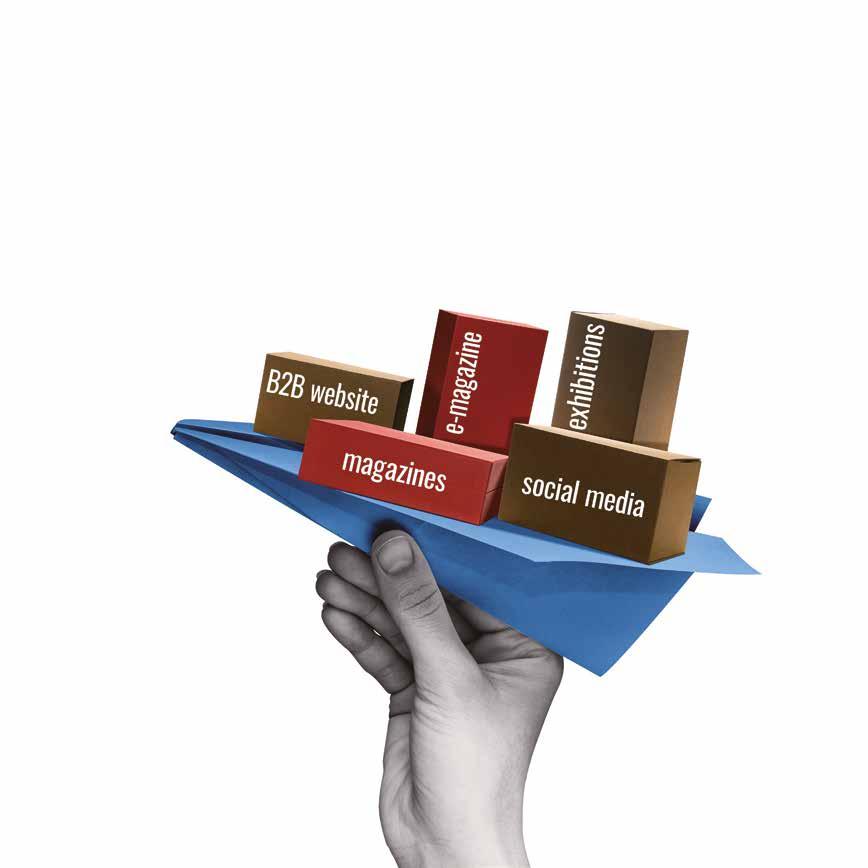
With the lifting of the lockdown and the end of the epidemic, we can see more and more clearly the trajectory of fastener trade figures in many countries before and after the epidemic. Following our analysis of Taiwan’s past trajectory in the November Fastener World Magazine, we will focus on Japan in this article. In the past three years of the epidemic, what changes have occurred in Japan’s fastener import and export trends? As of the time of writing this article, the latest data from the Japanese Customs was released up to October 2022, so this article will analyze it from 2019 to the first ten months of 2022. We will regard 2019 as the pre-epidemic year, 2020 to the first half of 2021 as the rampant period, and the second half of 2021 to 2022 as the market opening period. By the time this article reaches a general understanding of the situation in Japan, it will narrow the scope to the fastener trade data between Taiwan and Japan.
In terms of import weight (Fig. 1), Japan imported 348,000 tons of fasteners from the world in 2019, 297,000 tons in 2020, 318,000 tons in 2021, and 277,000 tons in the first ten months of 2022. We can see that from before the outbreak of the epidemic to 2020, the import weight dropped 17%. Although it has increased 7% in 2021, there was no momentum to keep driving the increase in the first ten months of 2022. It is estimated that Japan's purchase of fasteners from overseas may decline across the 12 months of 2022. On the whole, Japan's purchase of overseas fasteners has been decreasing in recent years. On the contrary, the value (Fig. 2) of fasteners purchased by Japan from the world has shown an overall growth trend in recent years. In 2019, it was 120.1 billion yens, which fell 23% when the epidemic broke out, rose 18.4% in 2021, and increased 9.8% in the first ten months of 2022. The cost (value) of purchase increased, and the volume of purchase decreased. In addition to supply chain challenges, sharp depreciation of Japanese currency in 2022 was also a factor hindering Japanese procurement.
Next, let's take a closer look at the top 10 fastener import partners for Japan. As shown in Table 1 , first of all, the top four import sources for Japan in recent years are China,
Unit: weight in metric tons, value in thousand yens
Customs code: 61703 / Source: Customs Bureau of the Ministry of Finance of Japan
Taiwan, the United States, and South Korea respectively, and there has been no change. Vietnam has replaced Thailand as the 5th largest source from 2020 up to the first ten months of 2020. European countries, including Germany, the United Kingdom and Switzerland, ranked seventh and after that.
China is Japan's largest source of fasteners both before and after the virus outbreak, with imports growing from 46.5 billion yens to 49.2 billion yens from 2019 to 2021, and accumulating to 53.9 billion yens in the first ten months of 2022. There is room for growth in 2023. Taiwan is
Japan's second largest source of fastener imports, growing from 28.7 billion yens to 29.1 billion yens, with 34.3 billion yens in the first ten months of 2022. However, the third largest source, the United States, fell from 18.2 billion yens to 11.7 billion yens, which should be related to the appreciation of the U.S. dollar due to the U.S. interest rate increase, affecting Japan's purchases from the United States. South Korea, the fourth largest source, fell from 7.8 billion yens to 6 billion yens.
Weight Unit: kg; Value Unit: USD; Sorted by 2021 values
Source: Bureau of International Trade, Ministry of Economic Affairs
Comparing Japan's imports of fasteners from China and Taiwan, it is found that in terms of import weight, the import weight from China is about three times that from Taiwan, and the import value is about 1.5 times. In Taiwan’s perspective, the domestic steel prices in Taiwan increased in recent years, affecting the price competitiveness of export sales. To Japan facing high cost pressure, Chinese fasteners were more attractive than Taiwanese fasteners, which is alarming to the fastener industry in Taiwan whose quality can meet the requirements of Japan.
Looking at the fastener imported from Taiwan into Japan ( Table 2), "731815: Other screws and bolts" is the top item, but the import value dropped from US$150 million to US$130 million between 2019 and 2021, and it seems there is not much room for increase for the whole 2022. Nuts, on the other hand, increased from US$53.16 million to US$54.93 million, reaching US$57.8 million in the first ten months of 2022, and it looks like the growth trend for 2022 is all set. Wood screws are also set to grow in 2022, from US$6.41 million to US$6.55 million. The same applies to automotive screws, which increased from US$210,000 to US$280,000. In particular, self-tapping screws are expected to grow more dynamically, from US$7.9 million in 2019 to US$26.76 million in 2021, and are expected to surpass that again in 2022. Table 2 also shows that Japan's demand for Taiwan's construction fasteners, rivets, pins and "731822: Other washers" is much higher than that for automotive screws.
In terms of export weight (Fig. 3) , Japan exported 338,000 tons of fasteners to the world in 2019, 279,000 tons in 2020 (down 21%), 346,000 tons in 2021 (up 23%) and 269,000 tons in the first ten months of 2022 (down 22%), with a significant drop in exports for the whole 2022. Overall, it seems that Japan's export has been highly volatile in recent years. The same fluctuation is also reflected in the value (Fig. 4) of fasteners exported from Japan to the world, which was 305.1 billion yens in 2019, down 15.7% when the epidemic broke out, up 26.4% in 2021, and down 13.7% in the first ten months of 2022, which is greatly affected by the world status.
Let's take a look at the top ten fastener export partners for Japan. As shown in Table 3, in recent years, Japan's top four export partners were China, the United States, Thailand, and Indonesia, and there has been no change. India is likely to replace Mexico as the 5th largest export partner in 2022. Other major export markets for Japan include Latin America (Brazil), Southeast Asia (Vietnam, Malaysia, Philippines), and Taiwan. The UK was one of Japan's top 10 export destinations in 2019 and 2020.
China is Japan's largest fastener export destination both before and after the outbreak, with export growing from 73.5 billion yens to 85.1 billion yens from 2019 to 2021 and accumulating to 67.1 billion yens in the first ten months of 2022, with room for growth in 2023; the United States is Japan's second largest fastener export destination, growing from 71.4 billion yens to 76.9 billion yens, but reaching only 64.7 billion yens in the first ten months of 2022. Thailand, at the third place, rose from 39.8 billion yens to 40.6 billion yens, due to the country's budding demand for construction in the post-epidemic market. Indonesia, the fourth largest destination, fell from 21 billion yens to 18.8 billion yens, before rebounding to 20.2 billion yens in the first ten months of 2022.
Comparing Japan's export of fasteners to China and Taiwan, the weight of export to China is about 17 times higher than that to Taiwan, and the export value is about 15 times higher. In addition, the aforementioned Japanese import from China is significantly higher than from Taiwan, so it can be said that Japan is highly dependent on the Chinese fastener market.
Table 3. Japan's Top 10 Fastener Export Destinations from 2019 to October 2022
Unit: Weight in Metric Tons, Value in Thousand Yens
Customs Code: 61509 / Source: Customs Bureau, Ministry of Finance, Japan
Unit of Weight: kg; Unit of Value: USD; Sorted by 2021 values
Source: Bureau of International Trade, Ministry of Economic Affairs
Looking at the fastener items exported from Japan to Taiwan ( Table 4), "731815: Other screws and bolts" is the top item. The export value rose from US$33.14 million to US$40.46 million between 2019 and 2021. There seems not to be much room for increase for the whole year of 2022. The export value of nuts increased from US$12.92 million to US$14.56 million, and the value reached US$11.03 million in the first ten months of 2022. Table 2 also reveals that Taiwan's demand for Japanese washers, pins, nuts and screws other than those for automobiles and construction was relatively high in recent years.
U.S. National Fastener Distributors Association gave an international industry session during National International Fastener Show/West 2010, which focused on Asia’s future fastener development trend from the supply chain perspective.
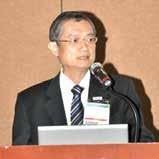
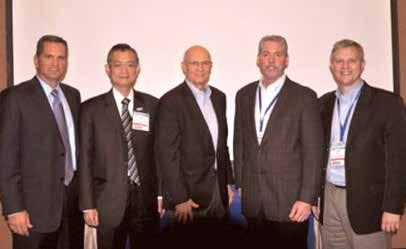
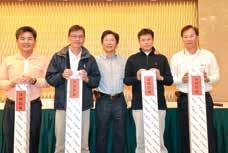
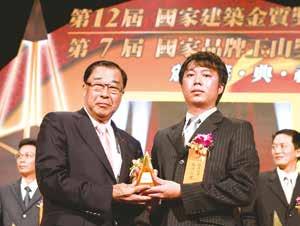
Li Chuan Industrial (a subsidiary of the professional washer maker Li Chin Group) successfully developed a new “Interior Screw Concrete Anchor” and was awarded the high honor of 2010 National Brand Yushan Award (Cat. Best Product).
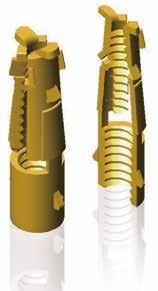
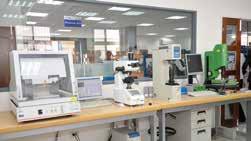
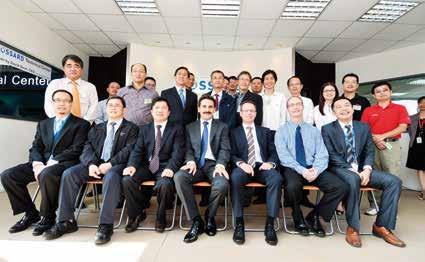
Under the co-hosting of CEO David Dean of Bossard Group, CEO Robert Ang of Bossard Asia Pacific, and General Manager Patrick Lim of Bossard Ltd. (Taiwan Branch), Bossard Technical Center was inaugurated in Taichung, Taiwan.
TFTA held a members meeting in West Lake Resortopia, attracting around 20 companies from central Taiwan and over 30 members to participate in this grand event.

TFTA held Chairman Golf Cup Game & New Golf Playing Team Head Inauguration. Mr. Ricky Hsang of GM of ND Industries was elected to be the new head of TFTA golf playing team.
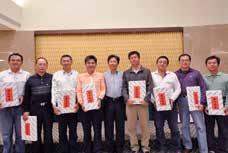
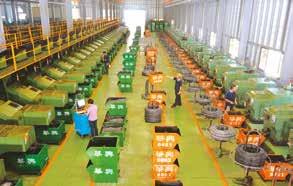
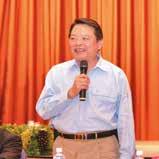
The new plant started in 2010 and fully completed in 2014 is mainly for manufacturing medium to low level of carbon steel small screws.
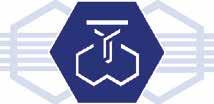
TIFI held the 15th annual third meeting at Grand Hi-Lai Hotel in Kaohsiung on Christmas Eve. Two speeches on fastener opportunities and talents cultivation were also given.
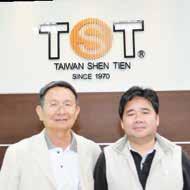

The new plant based in Changhua Coastal Industrial Park and co-invested by Locksure and Sheng Tien Metals was completed in Dec. 2010 and was officially put into operation in Jan. 2011.
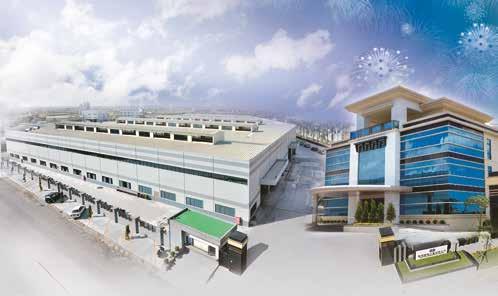
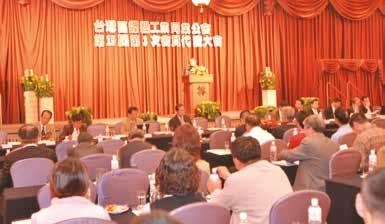
The nearly 20,000 sq. m new plant in Xuejia Industrial Park was completed and was added with a new heat treating department.
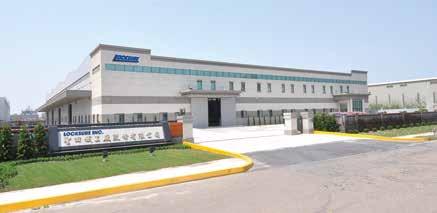
This product can be easily installed on the wall and loaded up to 20 KG. This product was also patented and certified in the U.S. and EU.
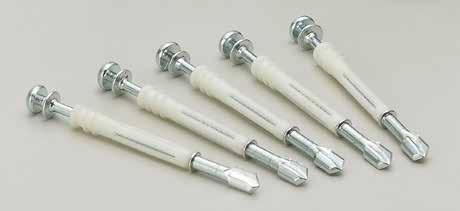

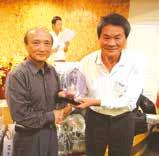
Wang Cheng Precise Technology adopted advanced AutoCAD graphic software to design equipment workflows and the overall mechanical structural drawings required by customers.
In order to celebrate the total sales of over 2,500 sets of screw & nut formers, Jern Yao Enterprise invited clients, industry peers, and associate companies to participate in a golf outing given in Ta Kang Shan, Kaohsiung.
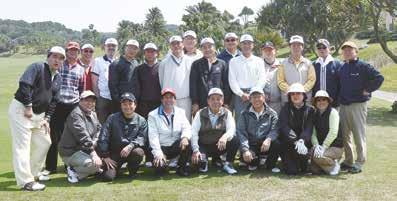
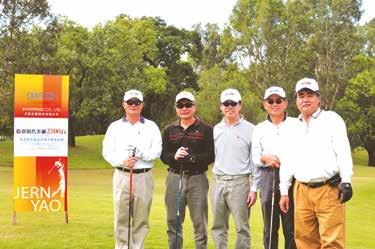
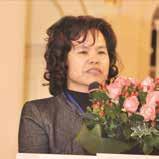
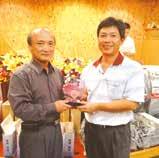
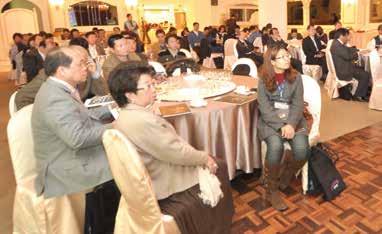
In order to correspond to the demand for business expansion, Wen Yang moved its factory to Hwa Ya Technology Park in Taoyuan.
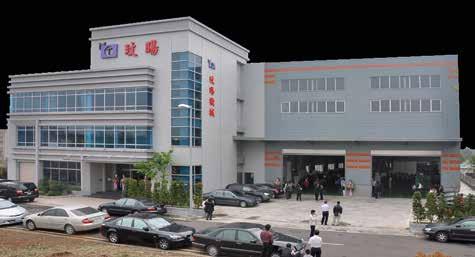
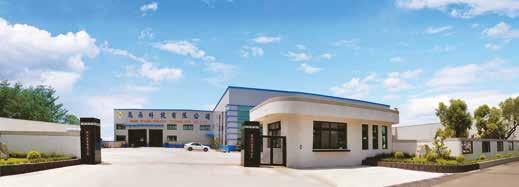
Right after the bank holidays of lunar new year, TFTA gave a spring meeting for all members at Taichung National Hotel in order to facilitate exchange among members and consolidate group unity.
TFTA N. Chapter held its one-year anniversary member union banquet, chairman reelection of N. Chapter, and golf outing.
After officially changing its name to “Ching Chan Optical Technology”, Ching Chan released 3 new models of inspection machines- PQA, PQB, and PQC.
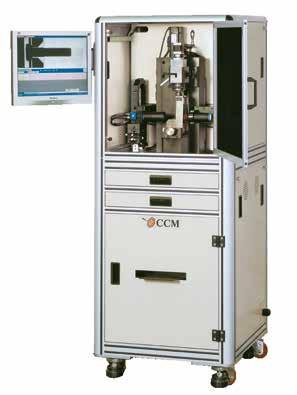
In order to celebrate its first-year anniversary TFTA Central Chapter held a banquet, attracting the enthusiastic attendance of members from northern, central, and southern Taiwan. Jimmy Chang of Special Rivets Corp. was elected as the new chairman of Central Chapter.
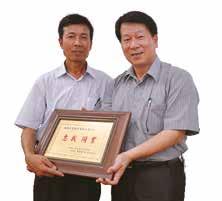
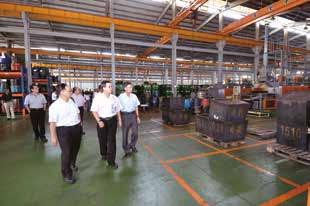
More than 60 members gathered at Chung-hua Coastal Industrial Park, not only visiting Yoang Ming and watching its manufacturing procedure, but also reinforcing the interaction among members in central Taiwan.
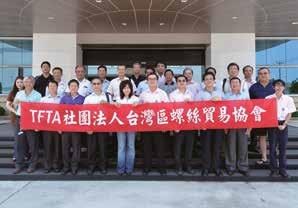

TFTA directors, supervisors, and consultants gathered at Hwa Hsing Screw, and shared their practical experience with each other.
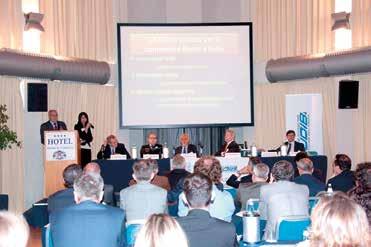
This event took place in Parma and was organized by UDIB with participation of domestic Italian fastener companies.
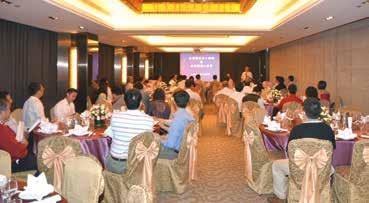
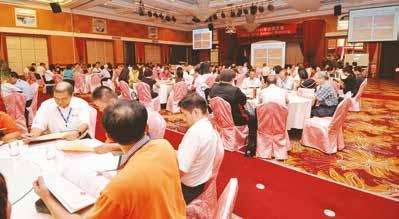
Nearly 180 members gathered together and Jim C.N. Chen was elected to be the new Chairman.

The 9th Conference was held in Yeoudio (S. Korea). Fastener association chairmen and representatives as well as companies also participated and explored issues like reduced carbon emission and green industry certification.
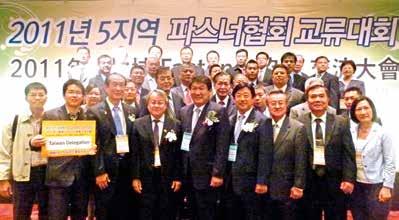
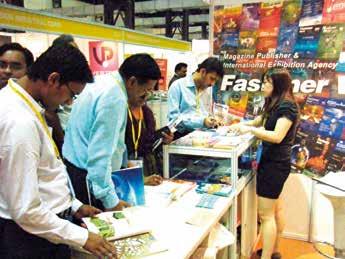
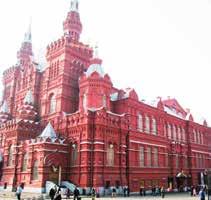
This was the first time for Fastener World to participate in this show in India, which was also the only fastener dedicated show in the Southeast Asian region at that time. As the sales agent of the organizer in Taiwan, Fastener World also brought 12 Taiwanese fastener and machine suppliers to exhibit.
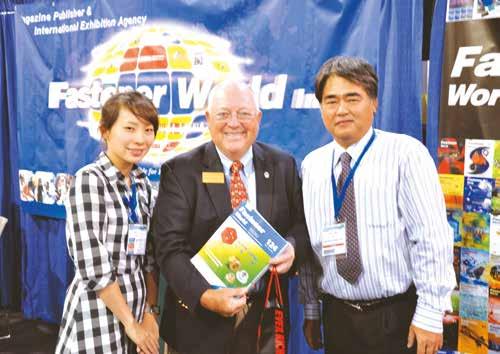
This show merged with International Fastener Exposition and cooperated with International Fastener Machinery & Suppliers Association attracted 568 exhibitors from Taiwan, USA, Canada, China, India, Italy, UK, Spain, etc. on the floor of over 693,000 sq. meters.
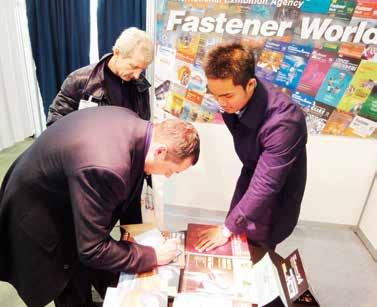
FASTTEC was held at Sokolniki EcoCentre, which was the only one and the most specialized fastener related show in the domestic Russia at that time. 86 exhibitors from Taiwan, China, Russia, Italy, Ukraine, Germany, and Byelorussia joined this grand event. Ray Fu, Fu Hui, and Wang Cheng from Taiwan were also present to exhibit.
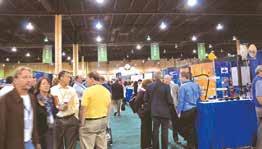
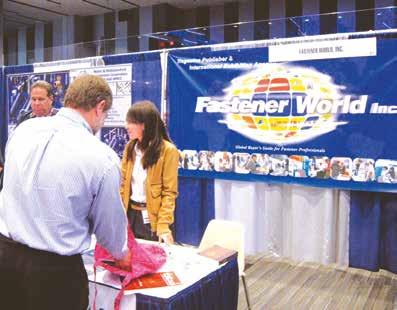
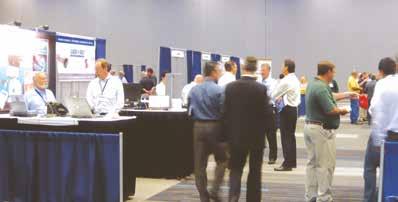
This Show was held in Columbus in the eastern coast of the States. Despite the under-performing economy in the U.S., a myriad of specialist purchasers, distributors, importers, and manufacturers considered participation in the show every year.

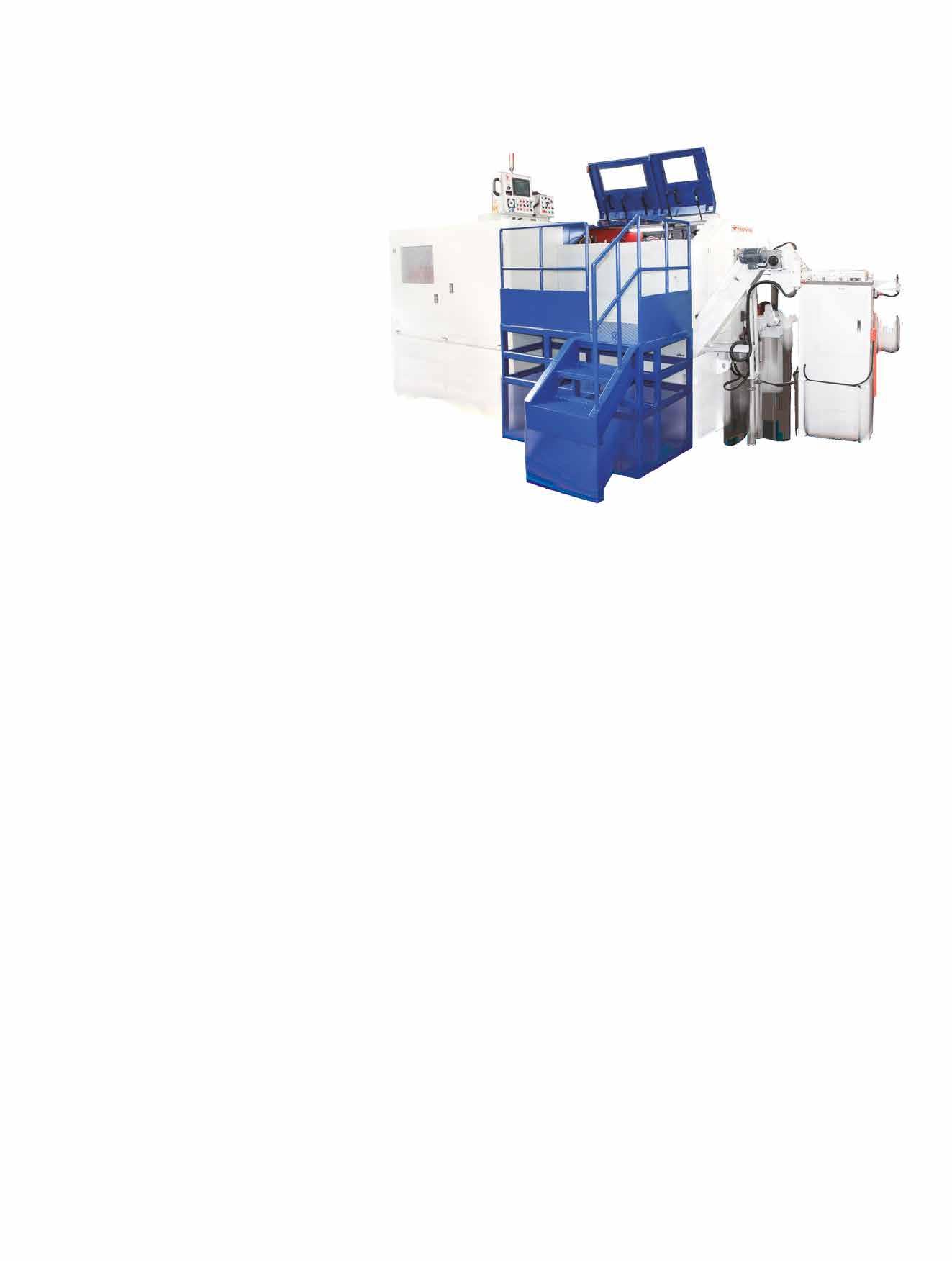
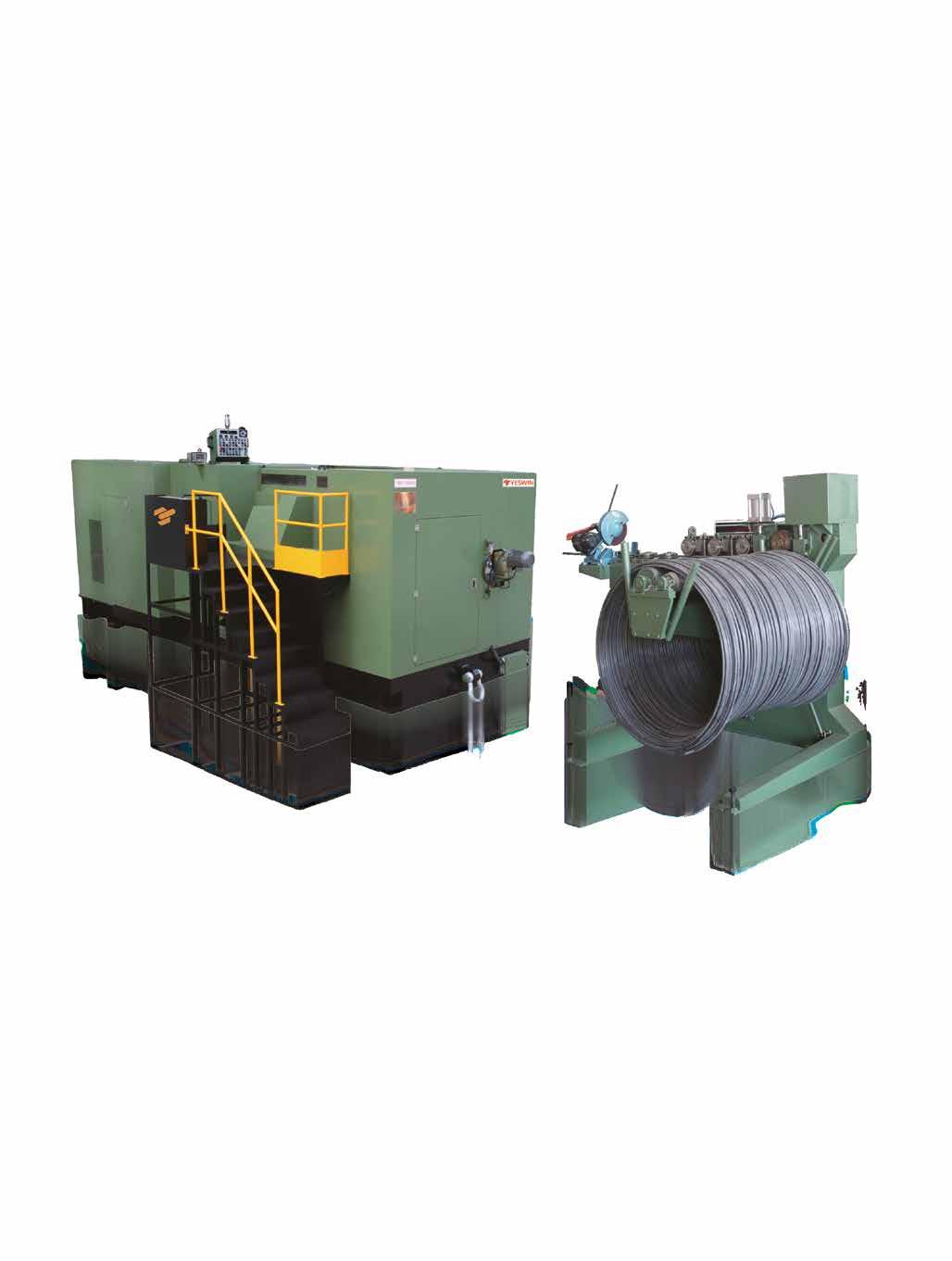



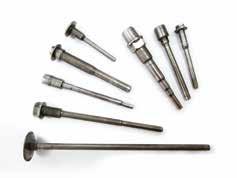

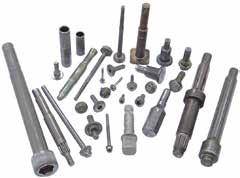
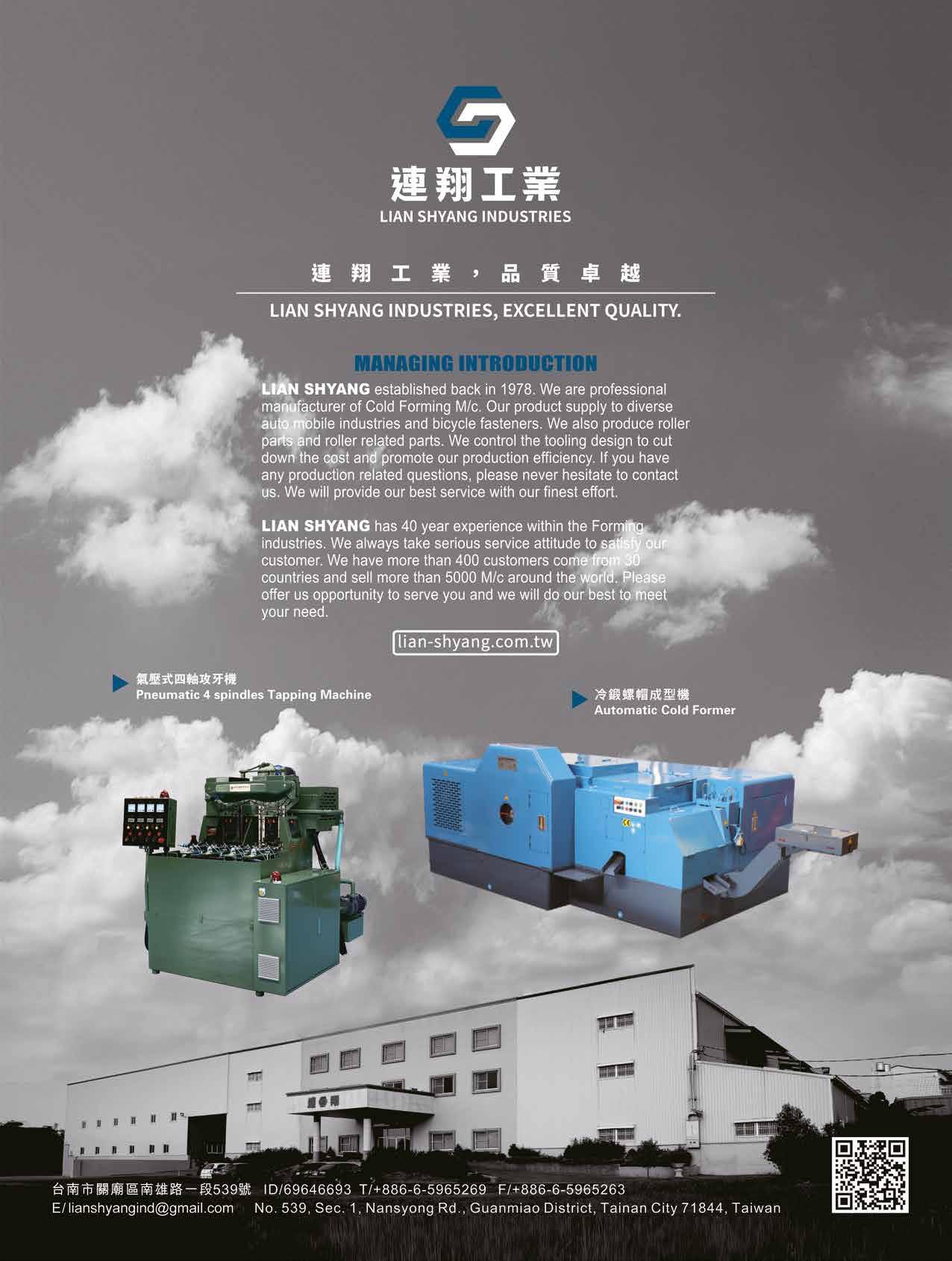
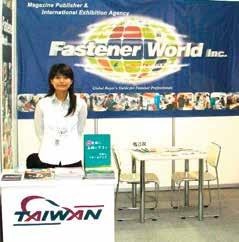
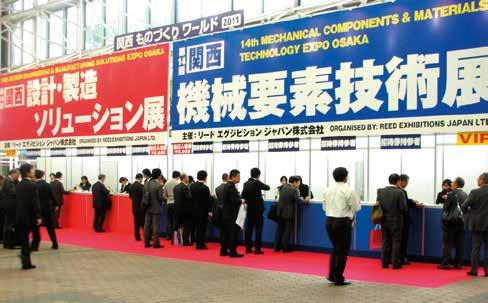

The number of exhibitors reached over 1,200. The organizer opened 6 halls to accommodate all exhibitors including Feng Yi Steel, Chiang Shin Fasteners Industries, and Fong Yien Industrial represented by Fastener World.
The organizer opened 4 halls and exhibits included various mechanical technology and industrial parts. The 3-day event attracted 32,106 visitors and Fastener World was also one of the 16 Taiwanese exhibitors of the year.

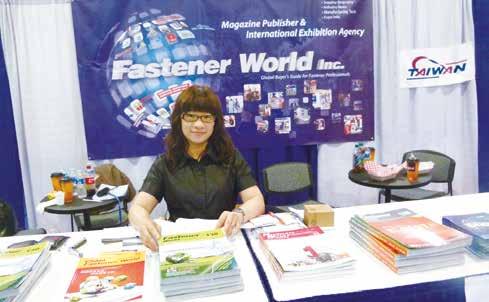
595 exhibitors from 16 countries (booking 757 stands) including 60+ Taiwanese exhibitors represented by Fastener World seized opportunities to promote products and services at America’s largest fastener event. This event also attracted 4,238 visitors from 33 countries.
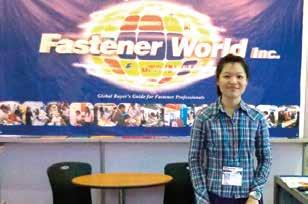

The long-established metal related show in Korea was held at KINTEX, attracting 280 exhibitors from more than 20 countries. Fastener World magazines distributed onsite also drew the attention of many visiting buyers.
